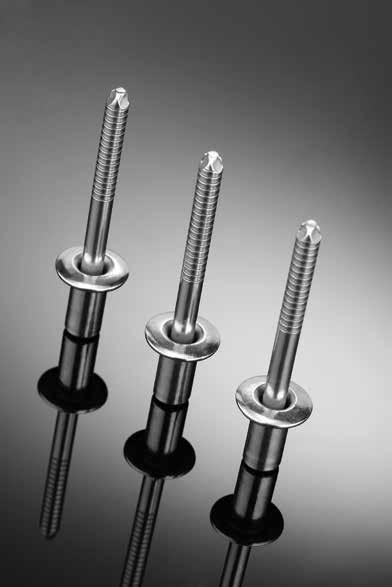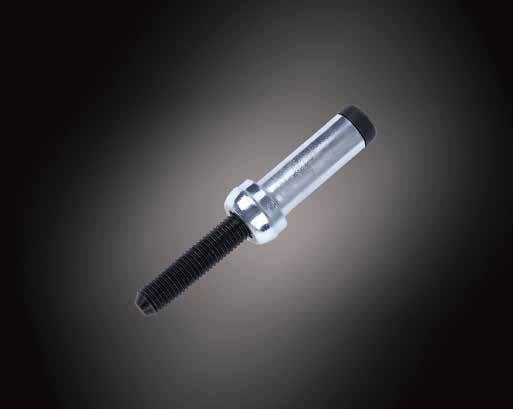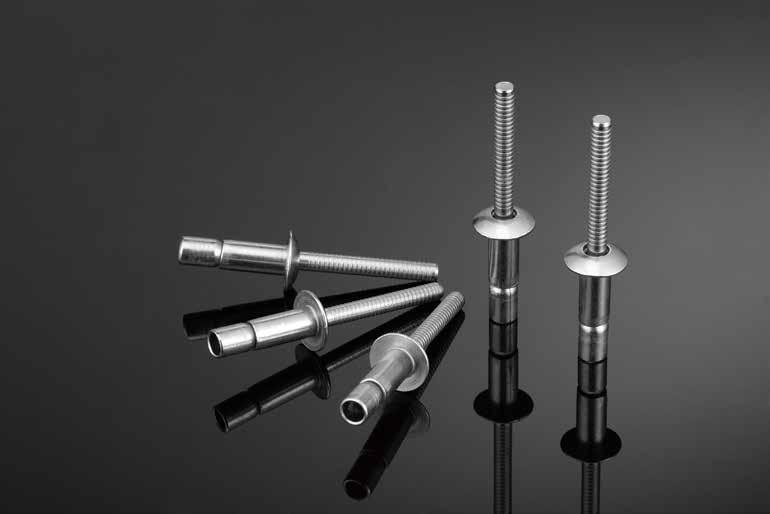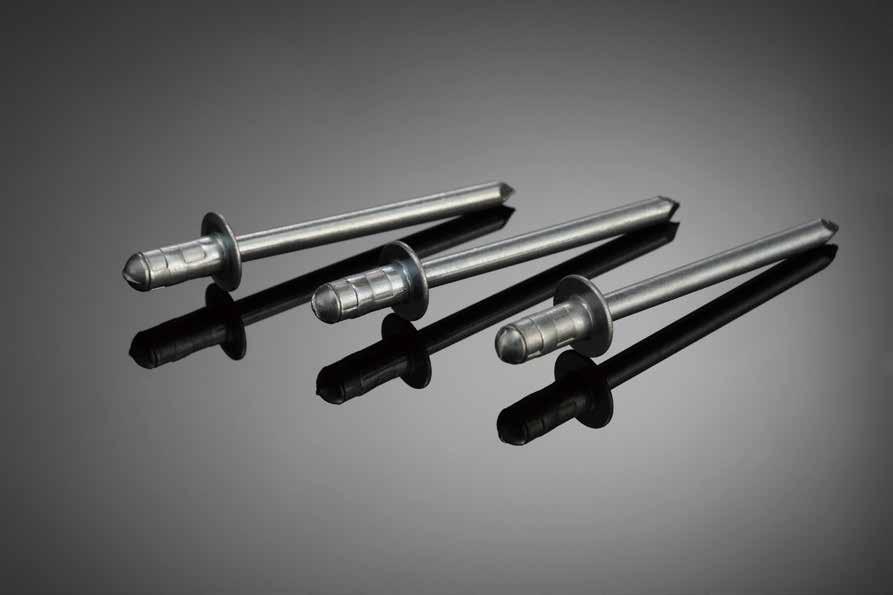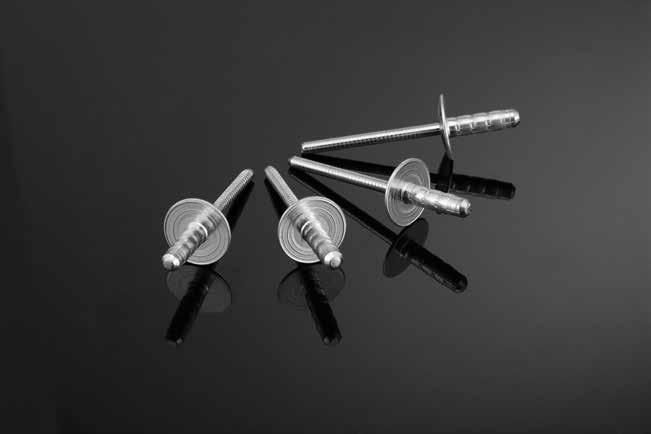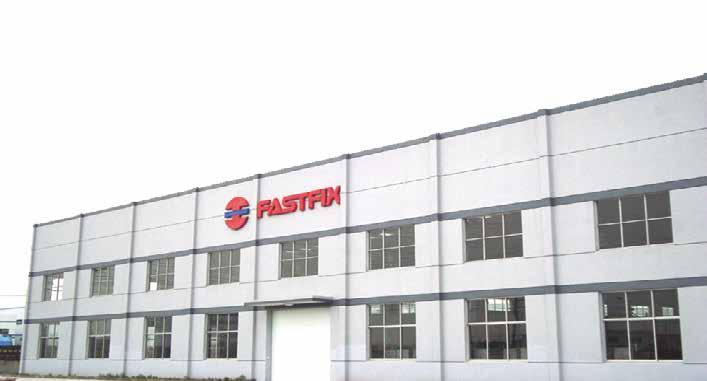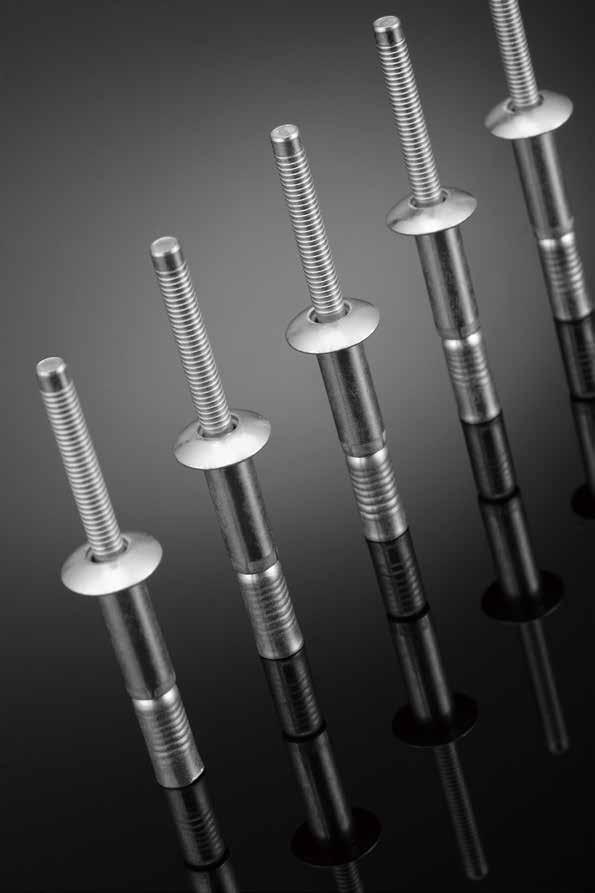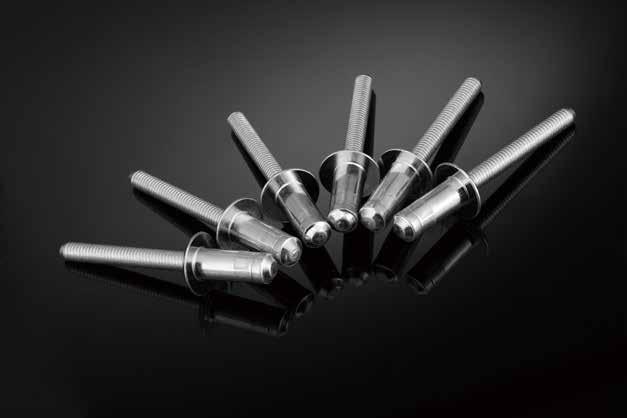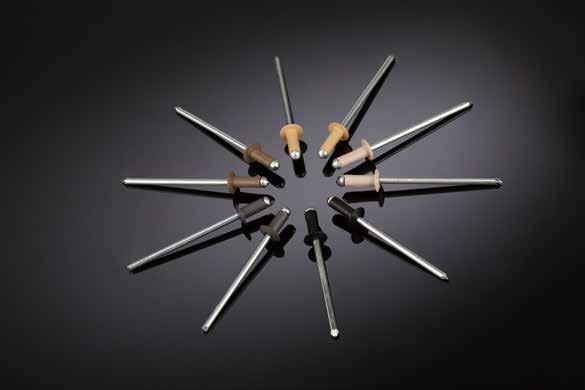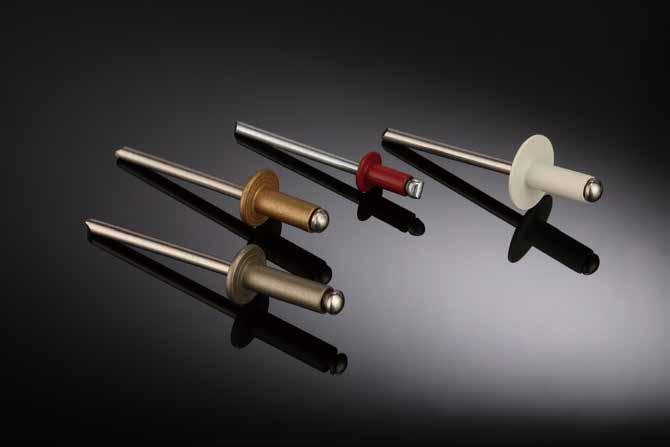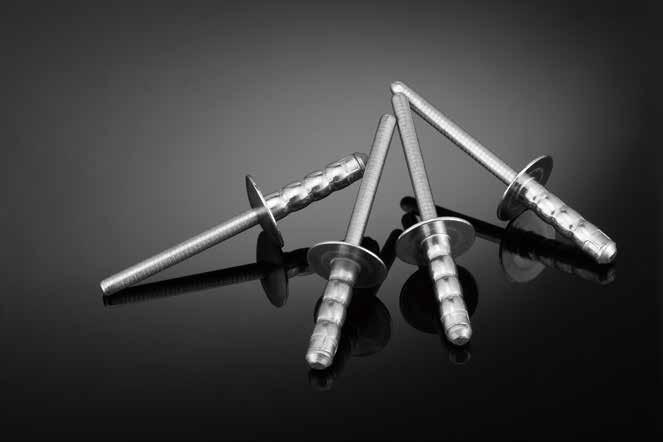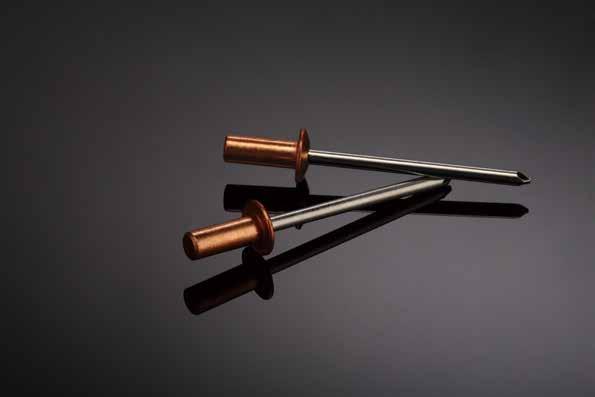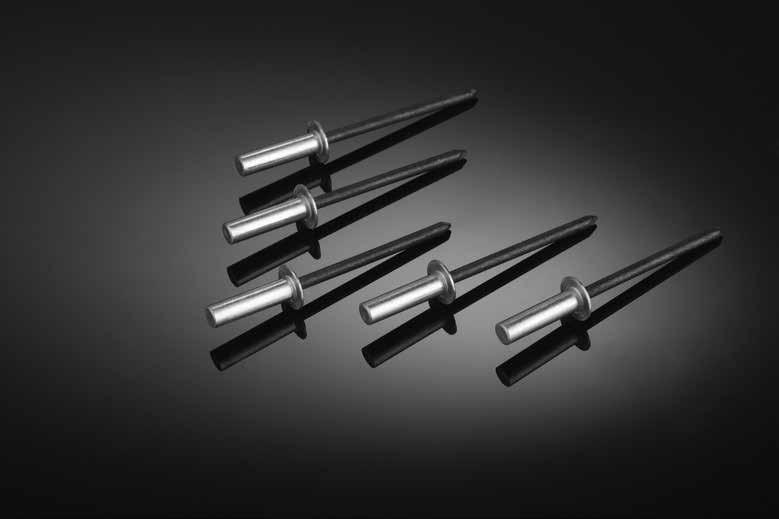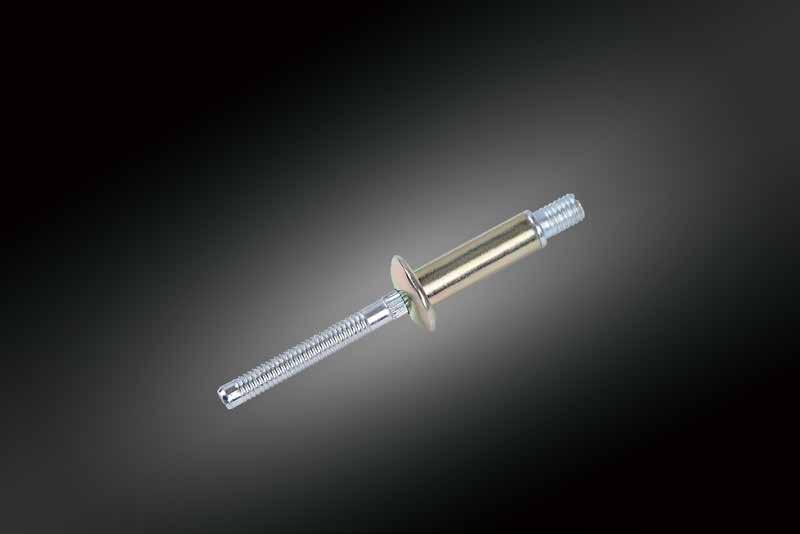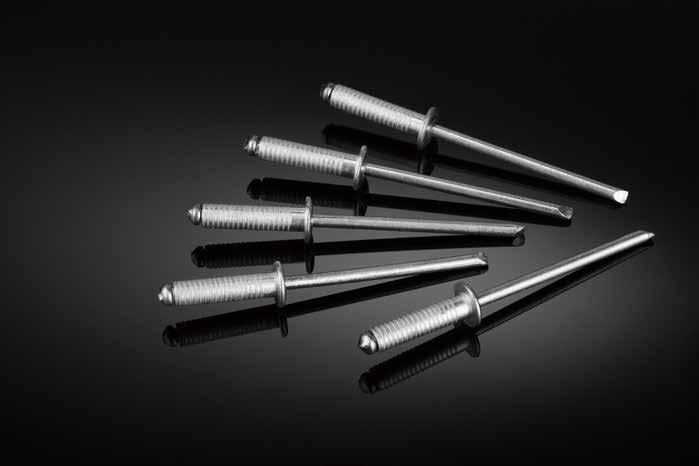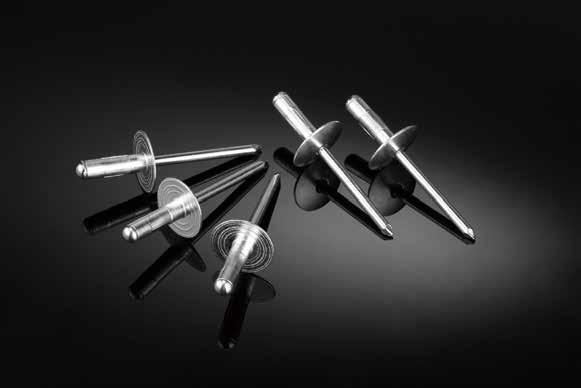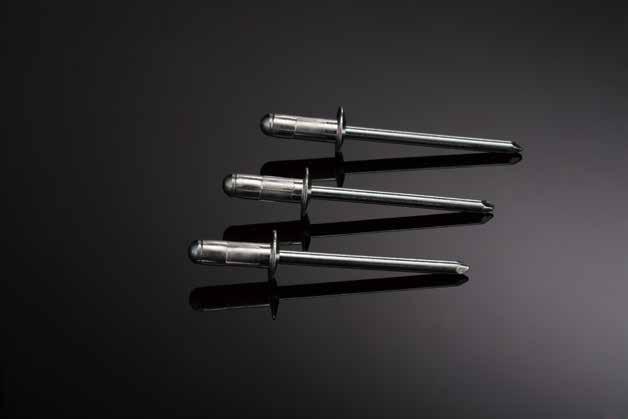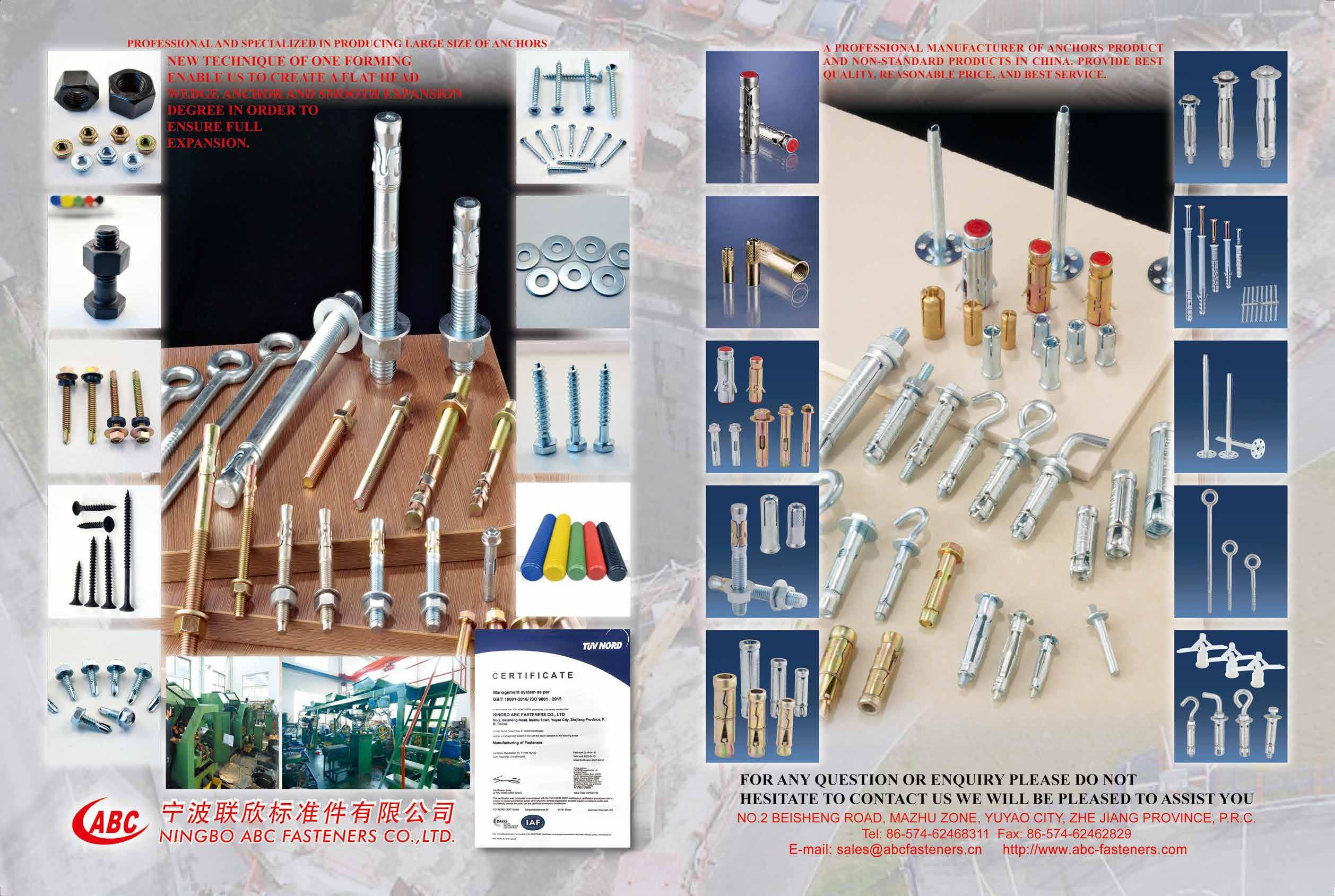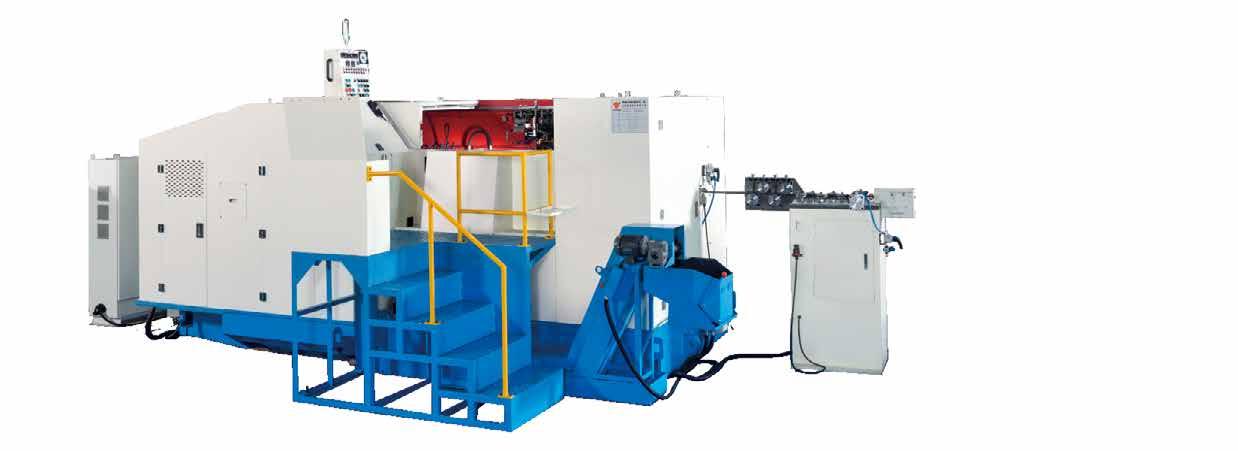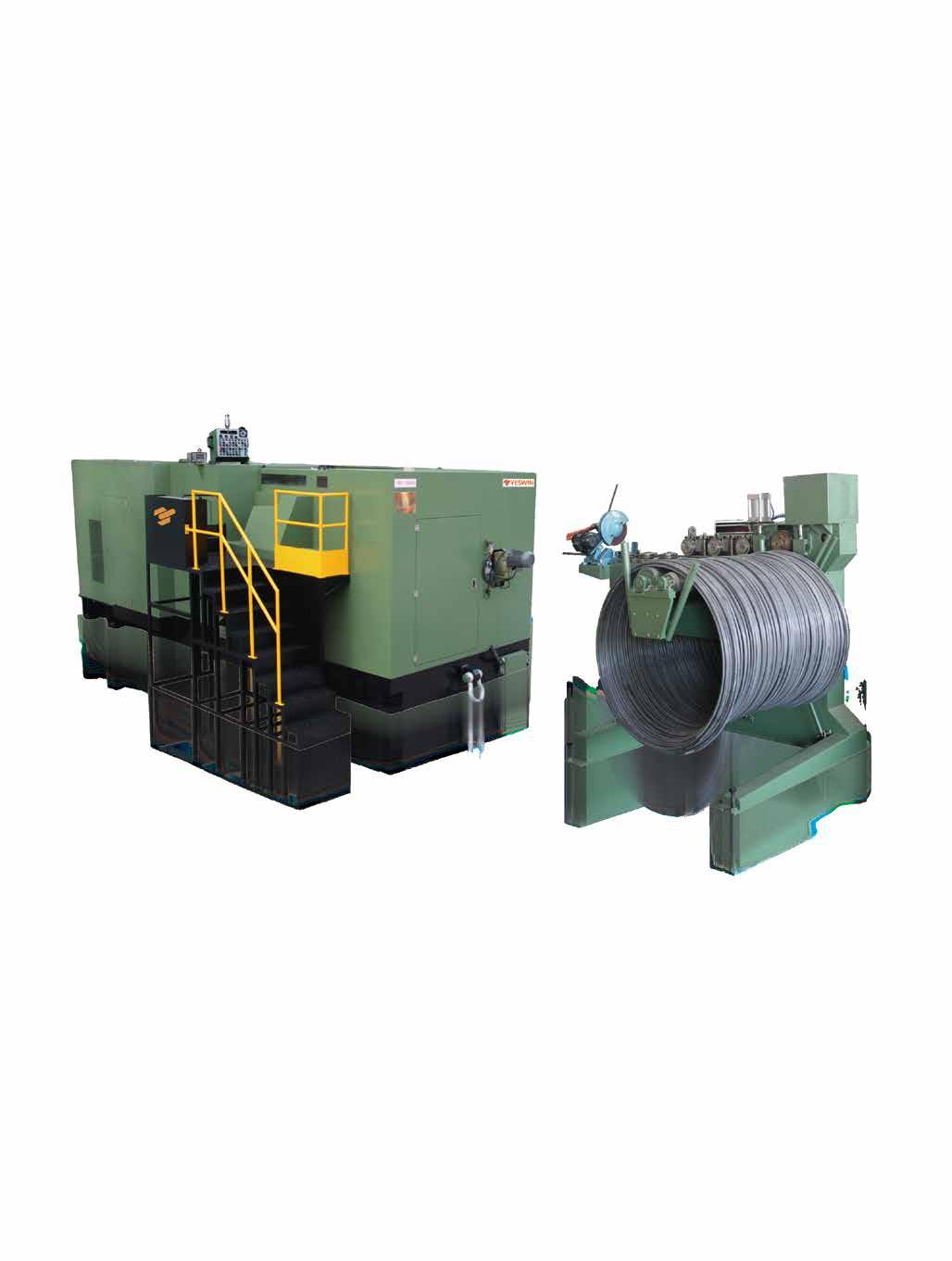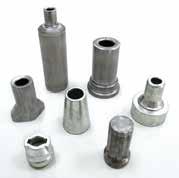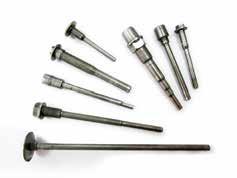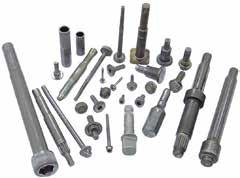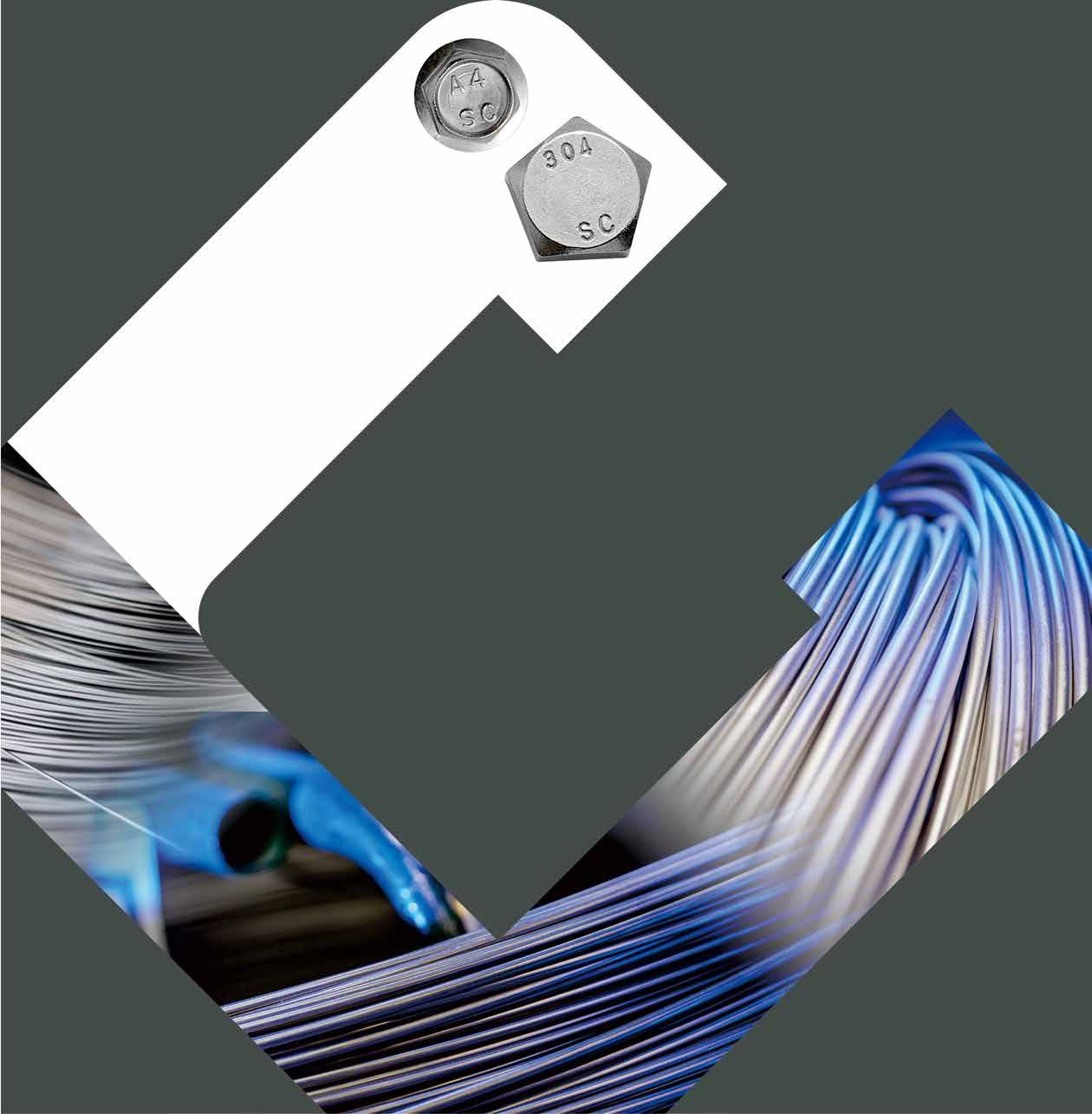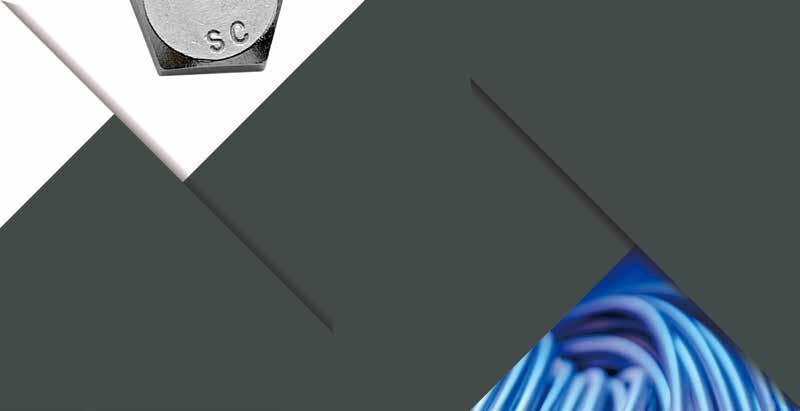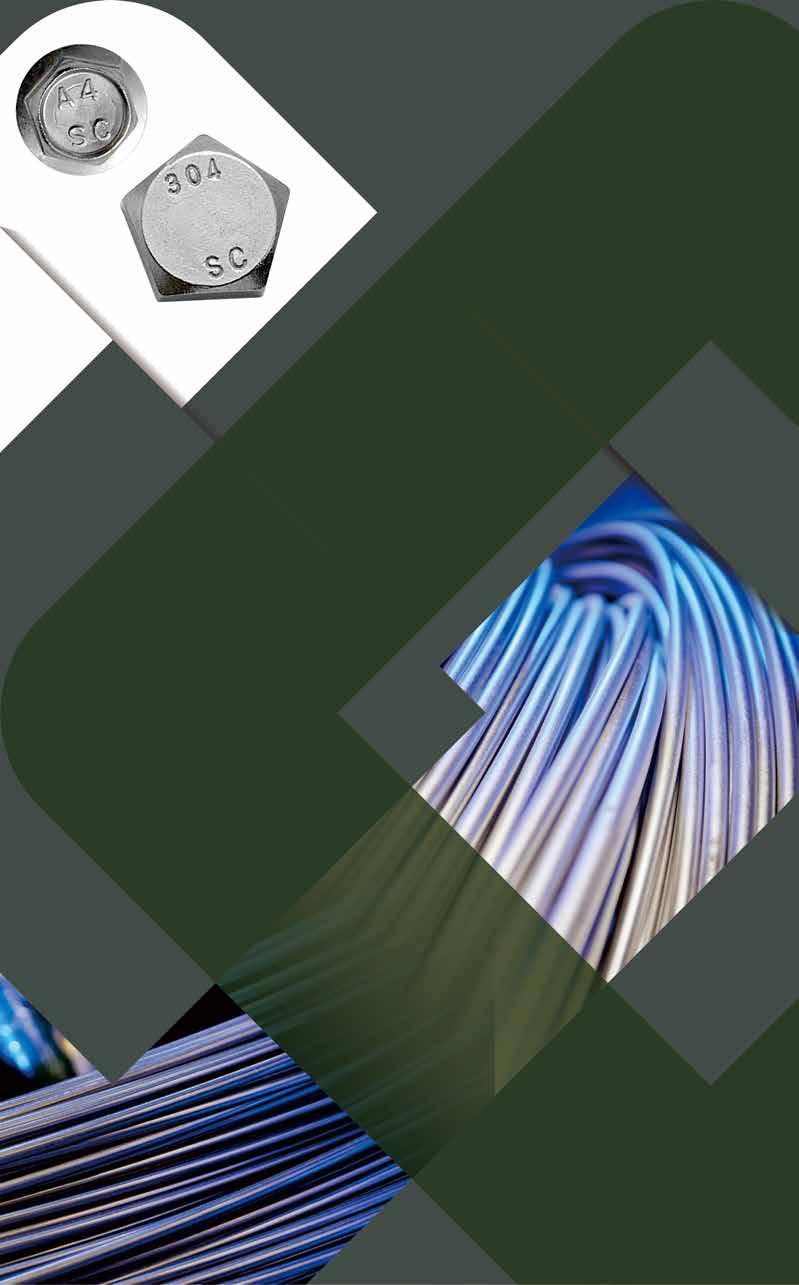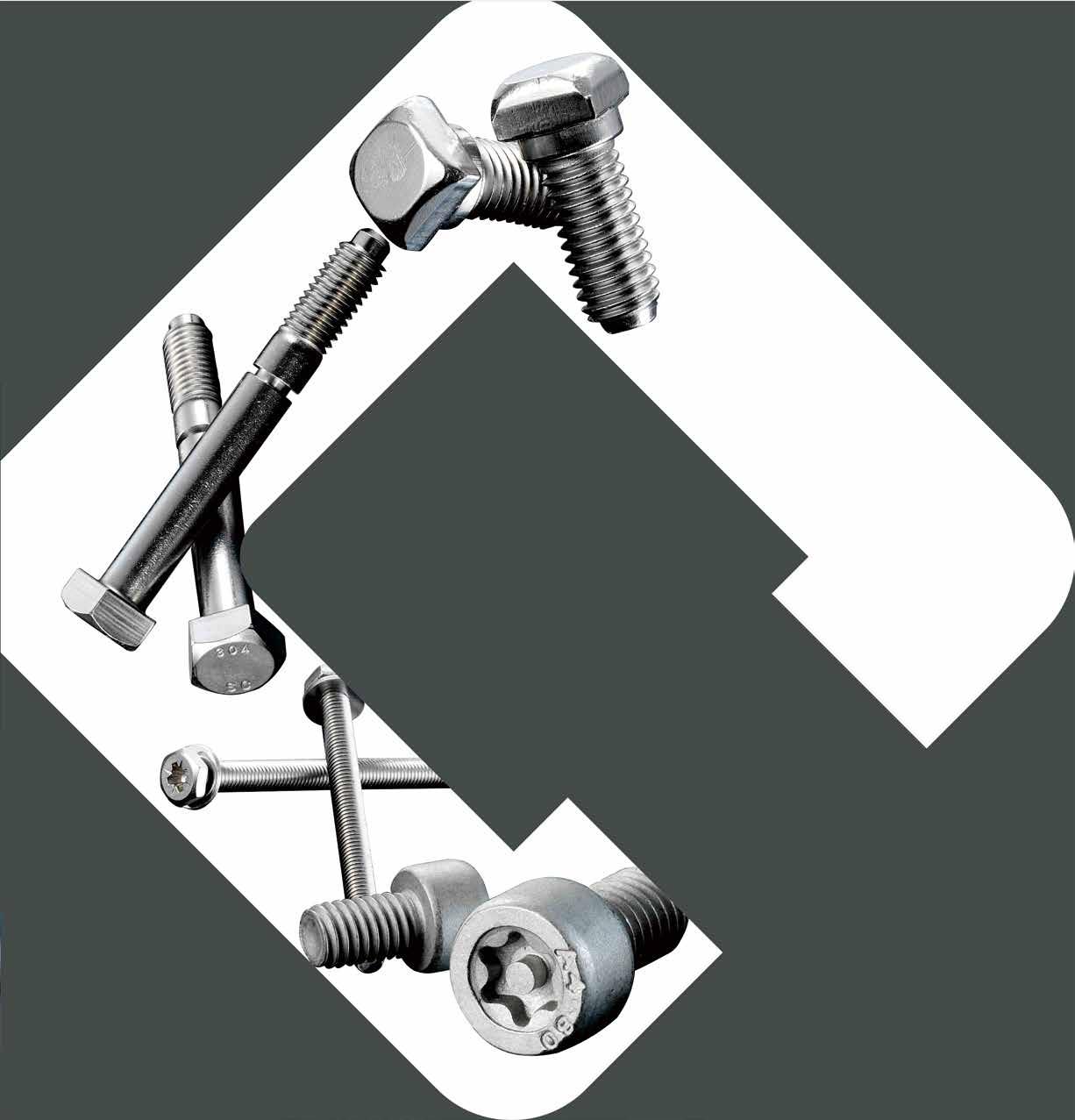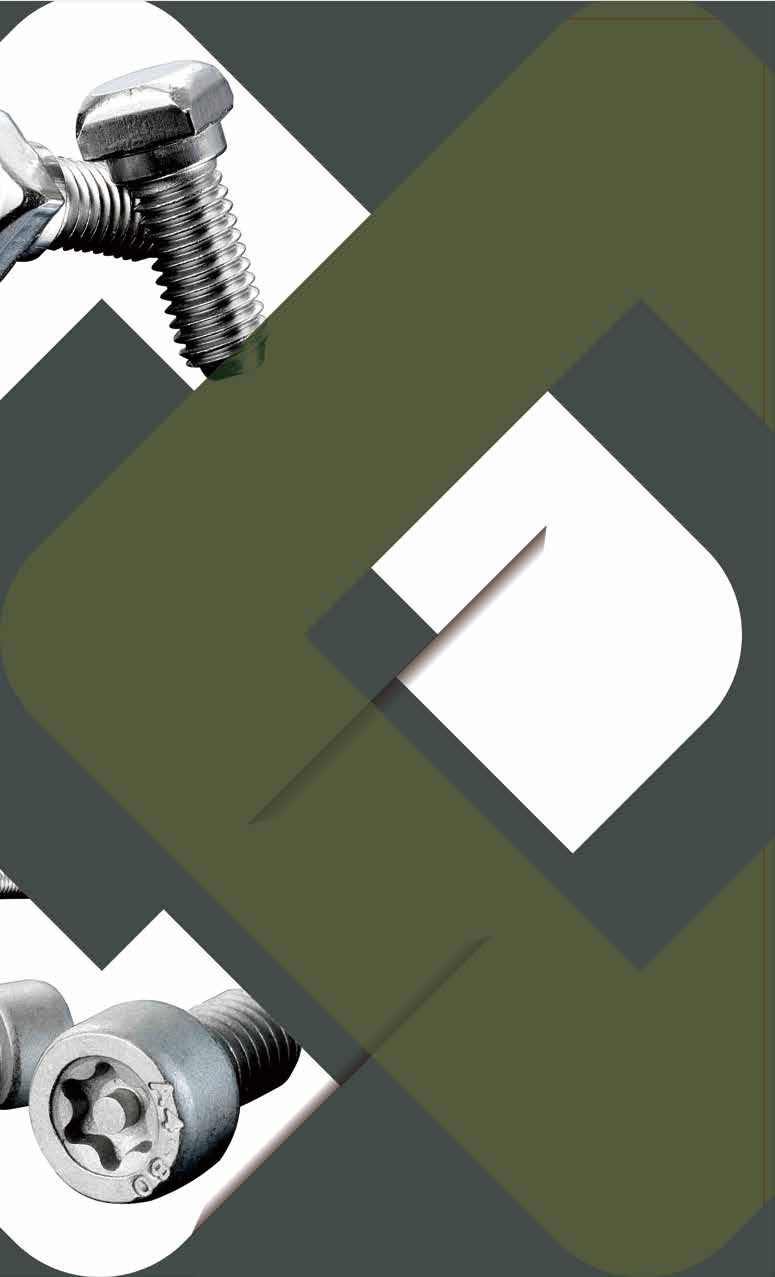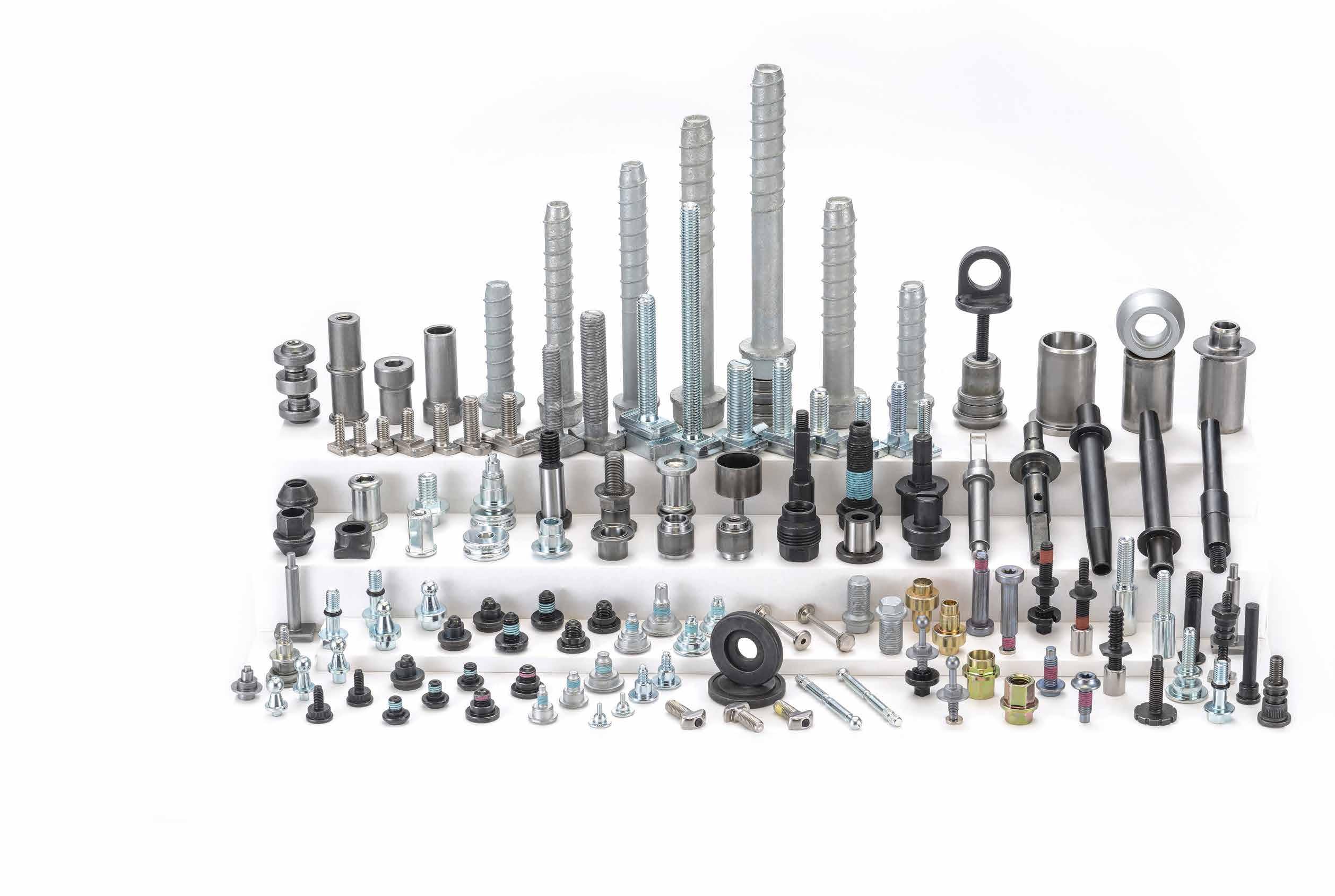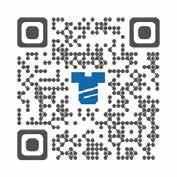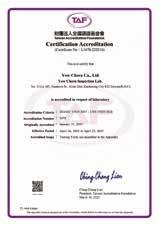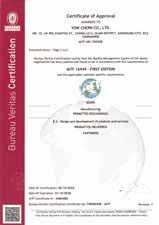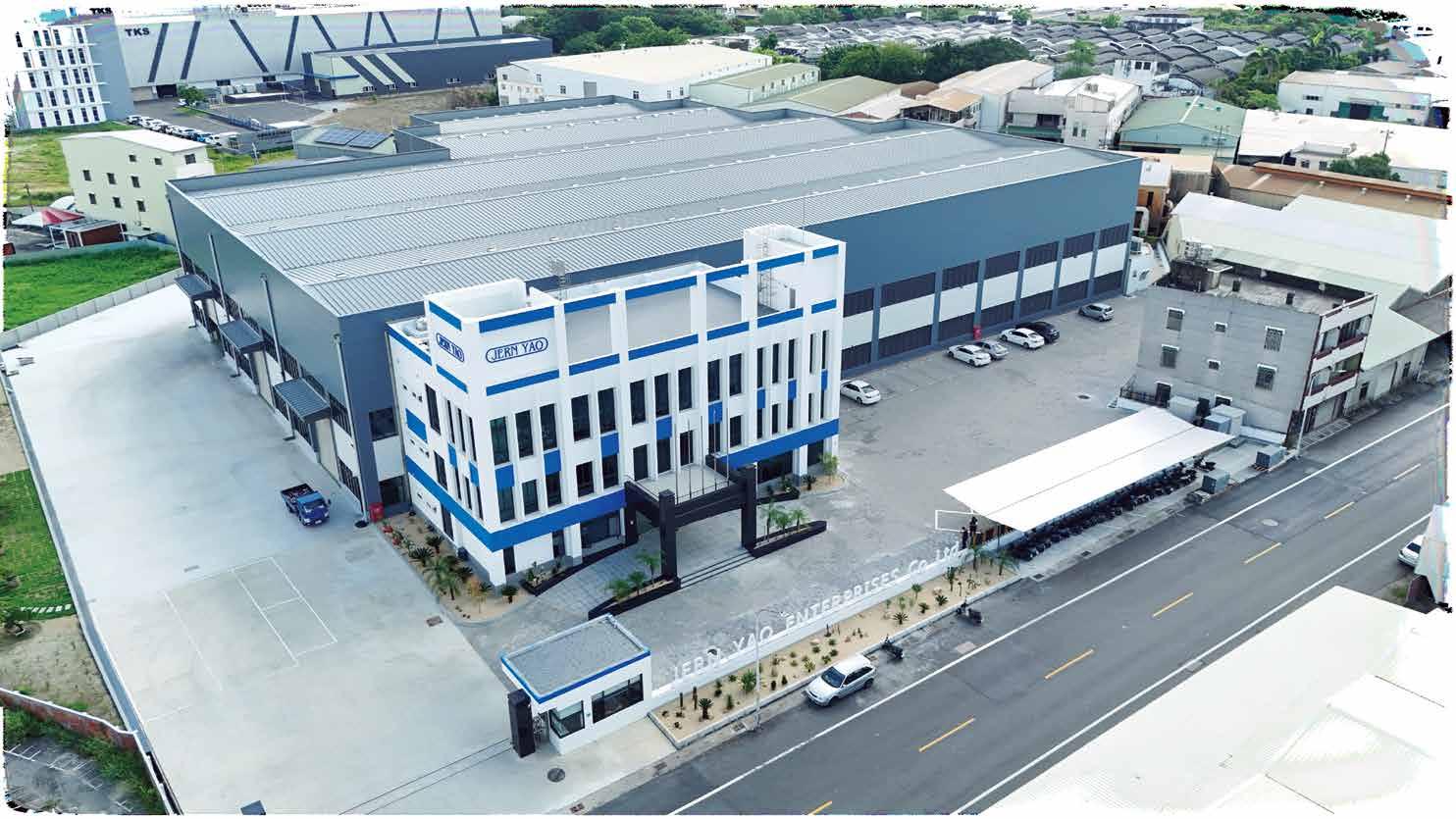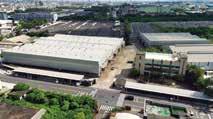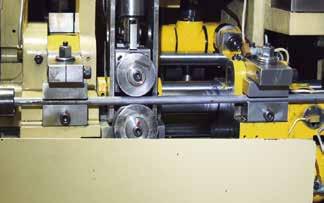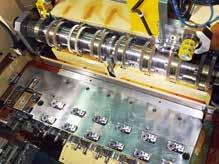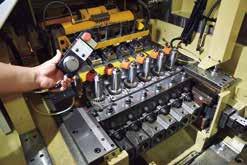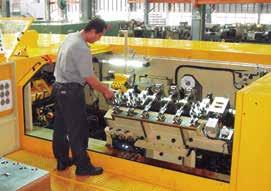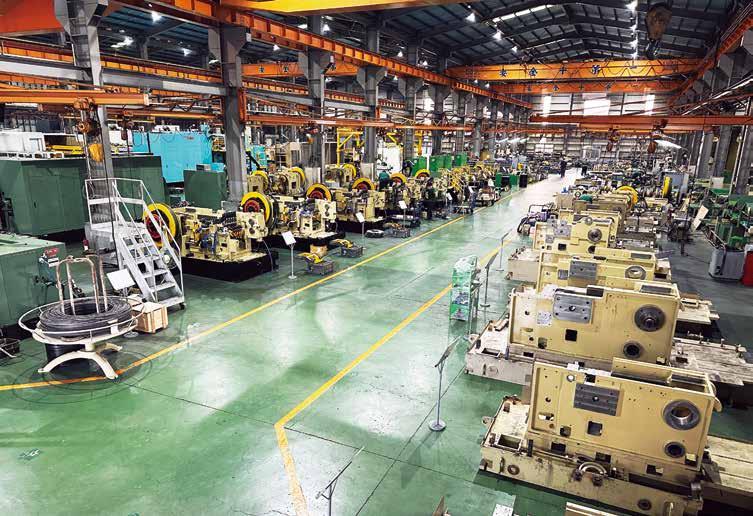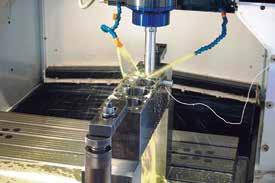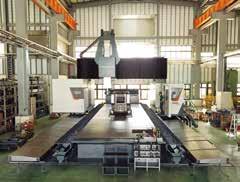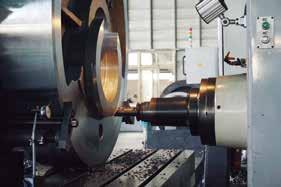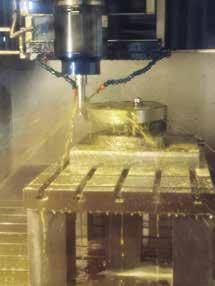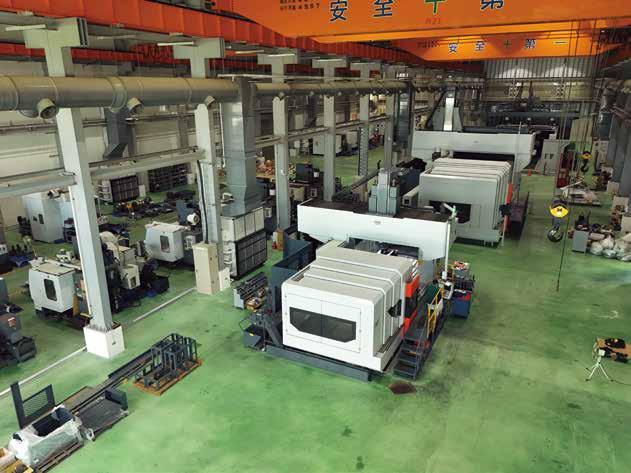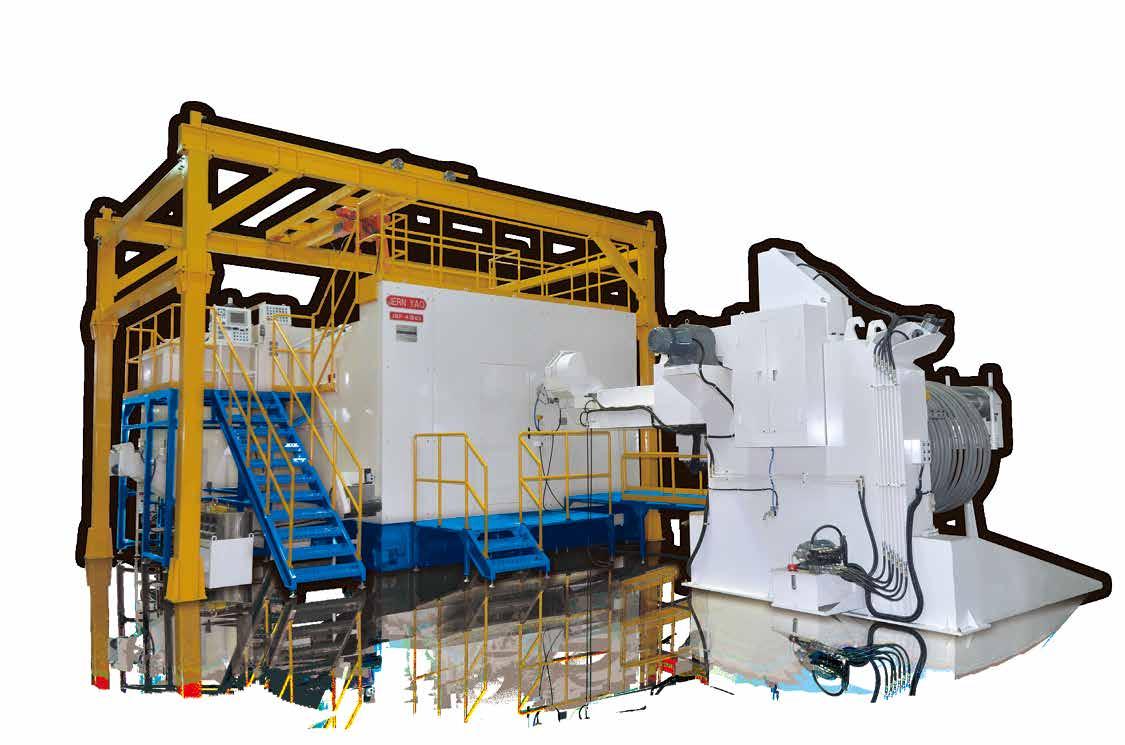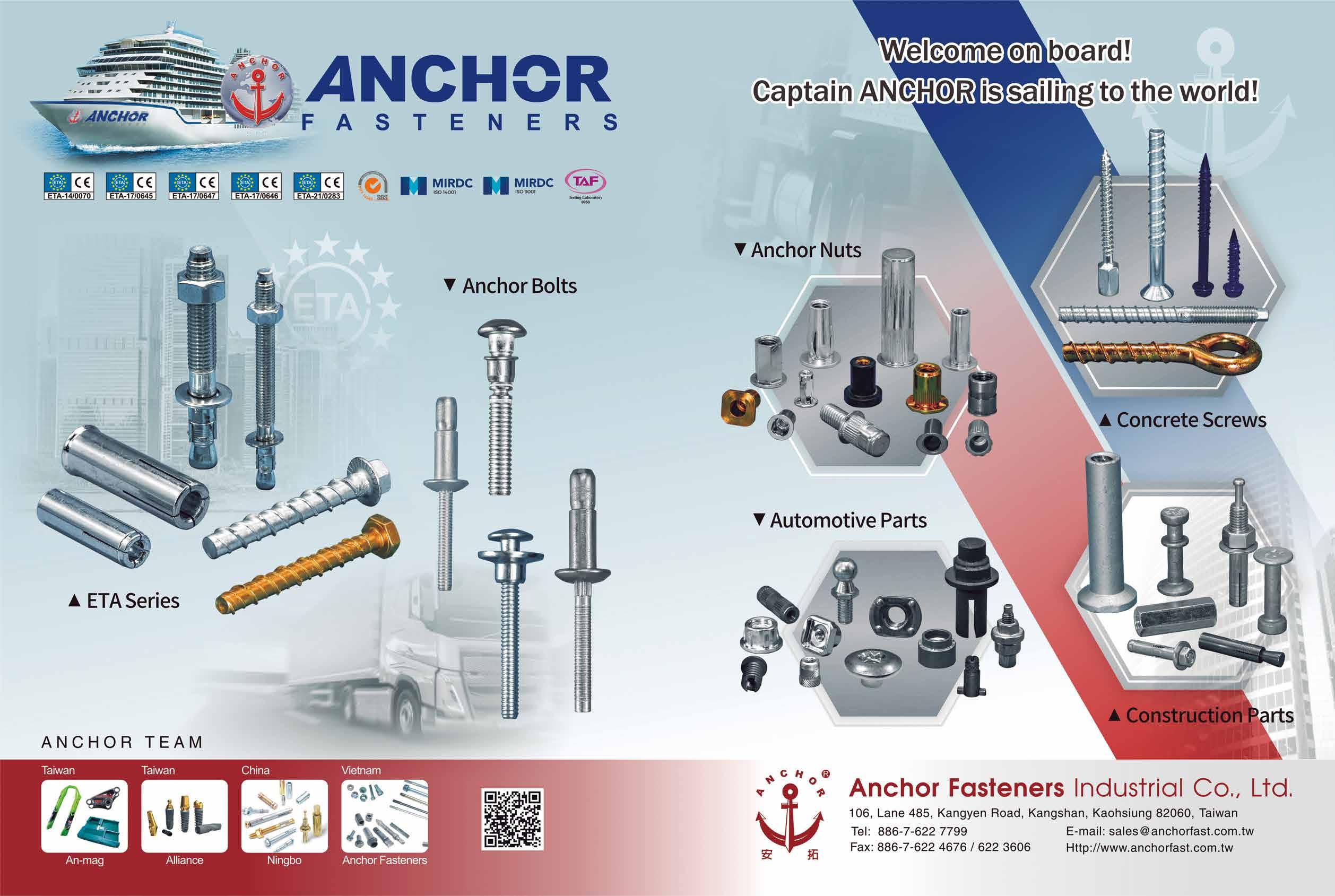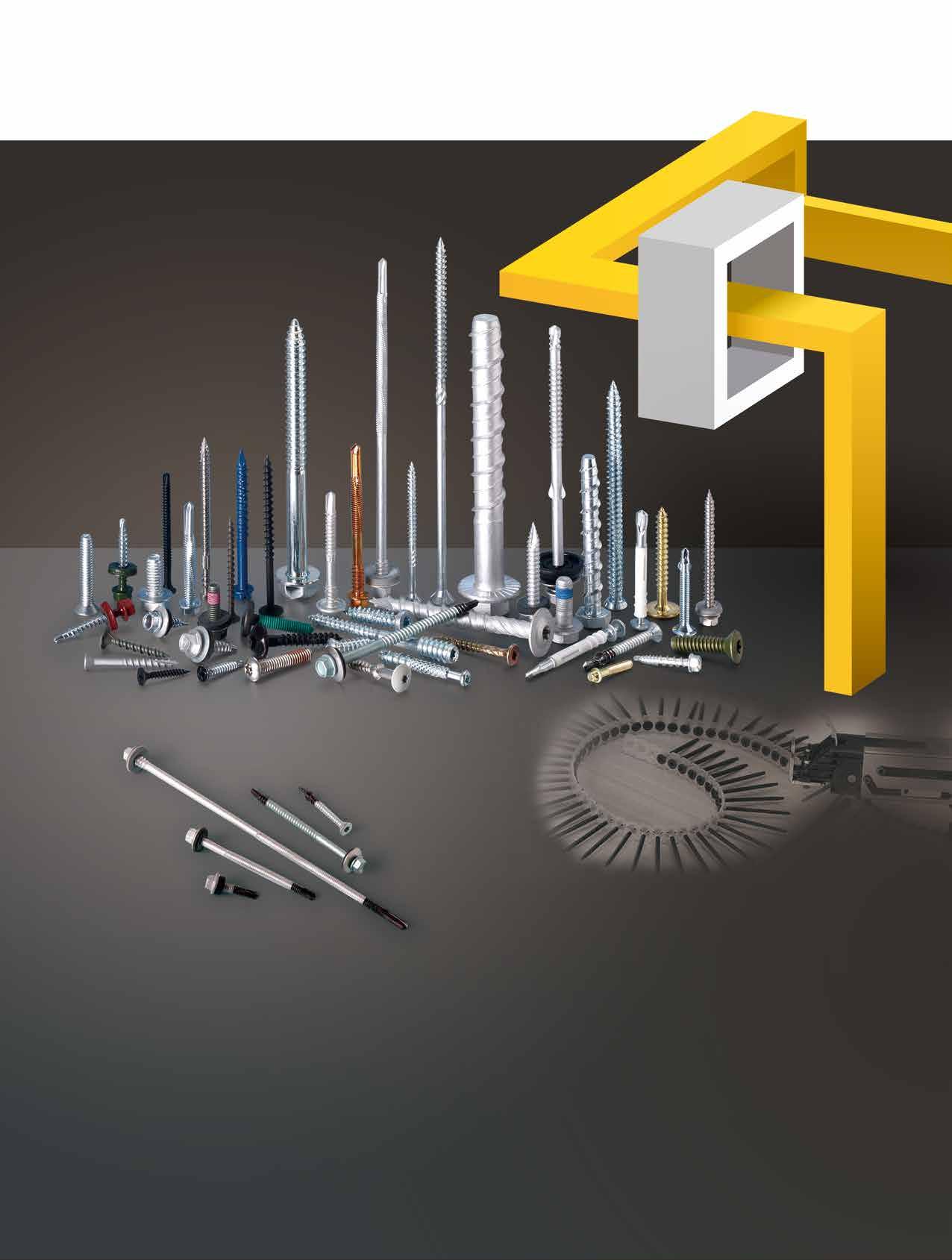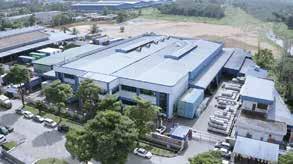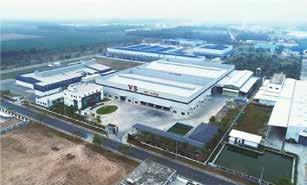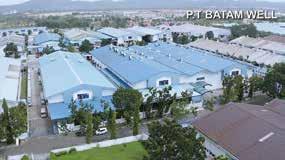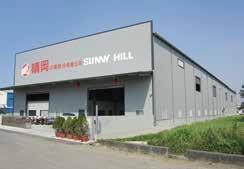


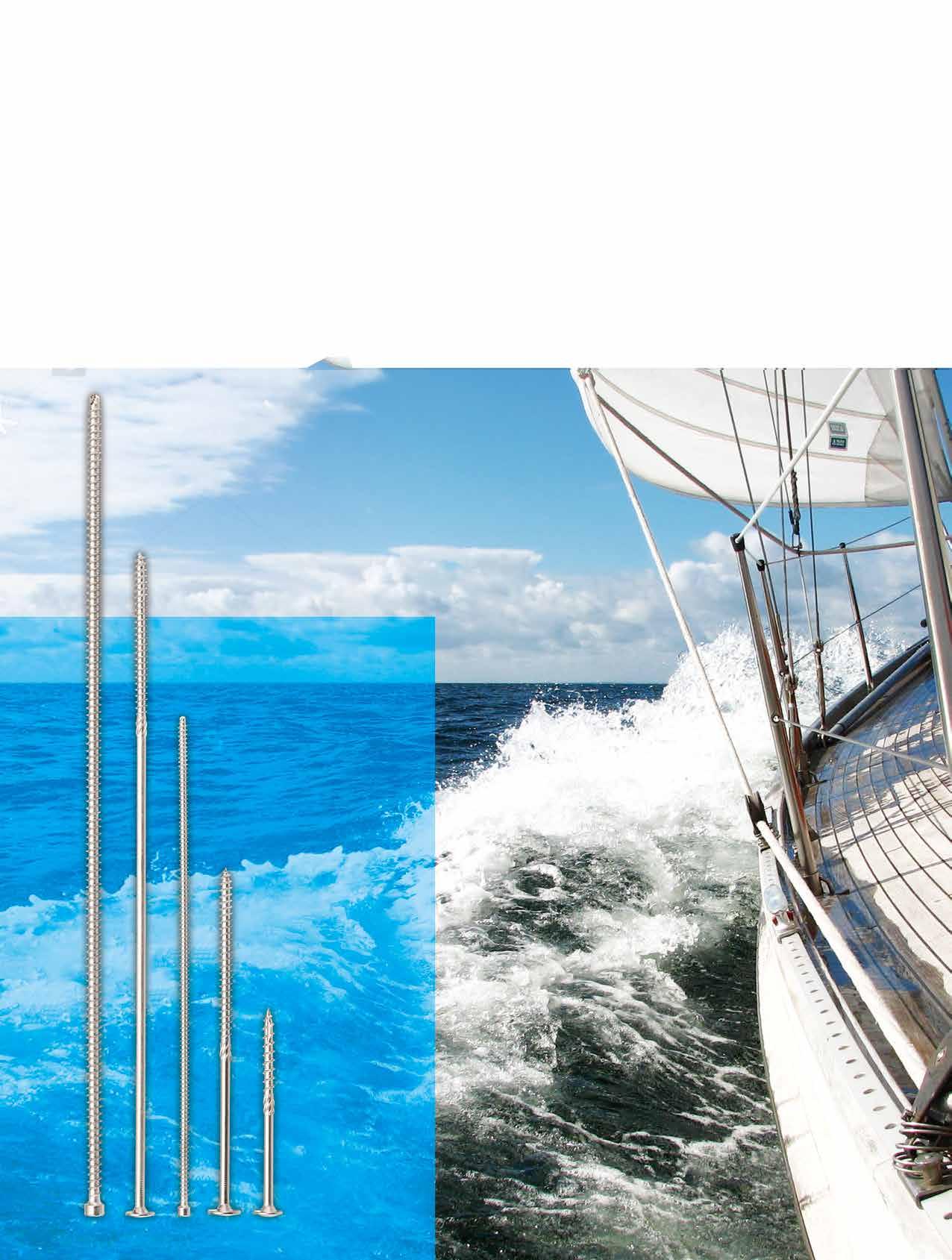



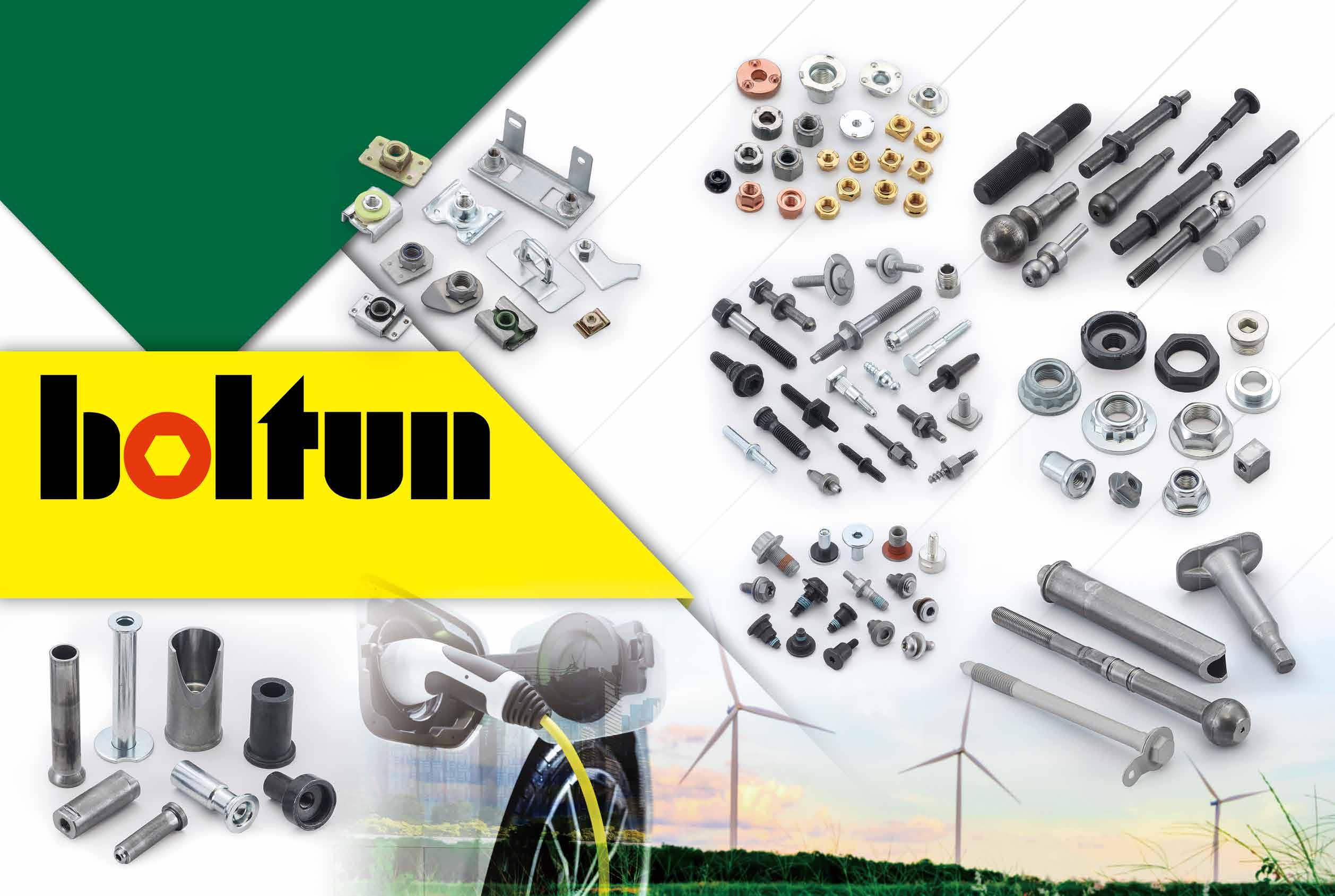

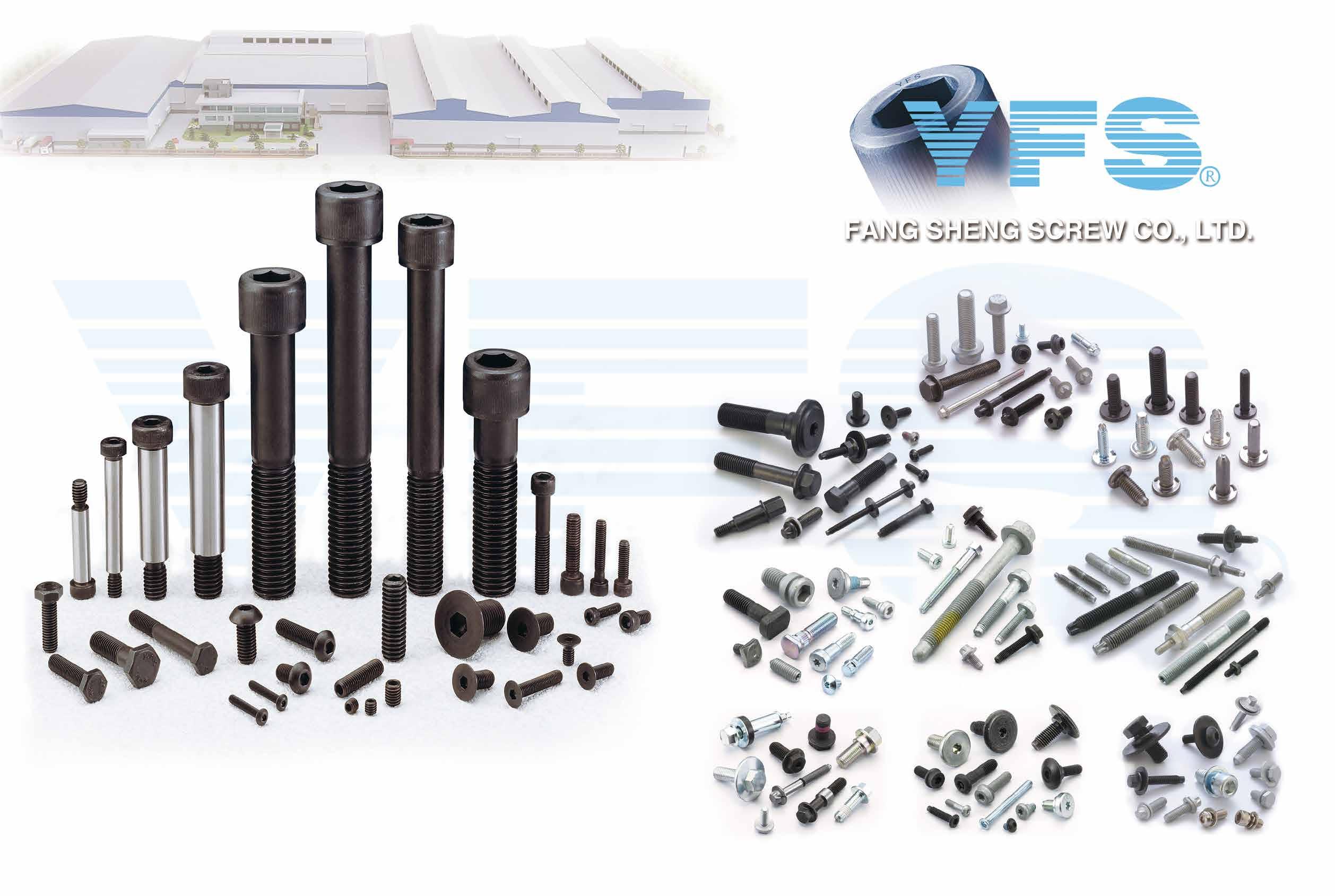



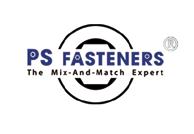



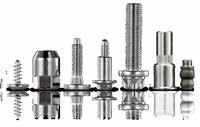

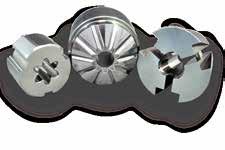


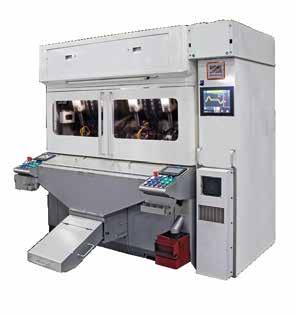


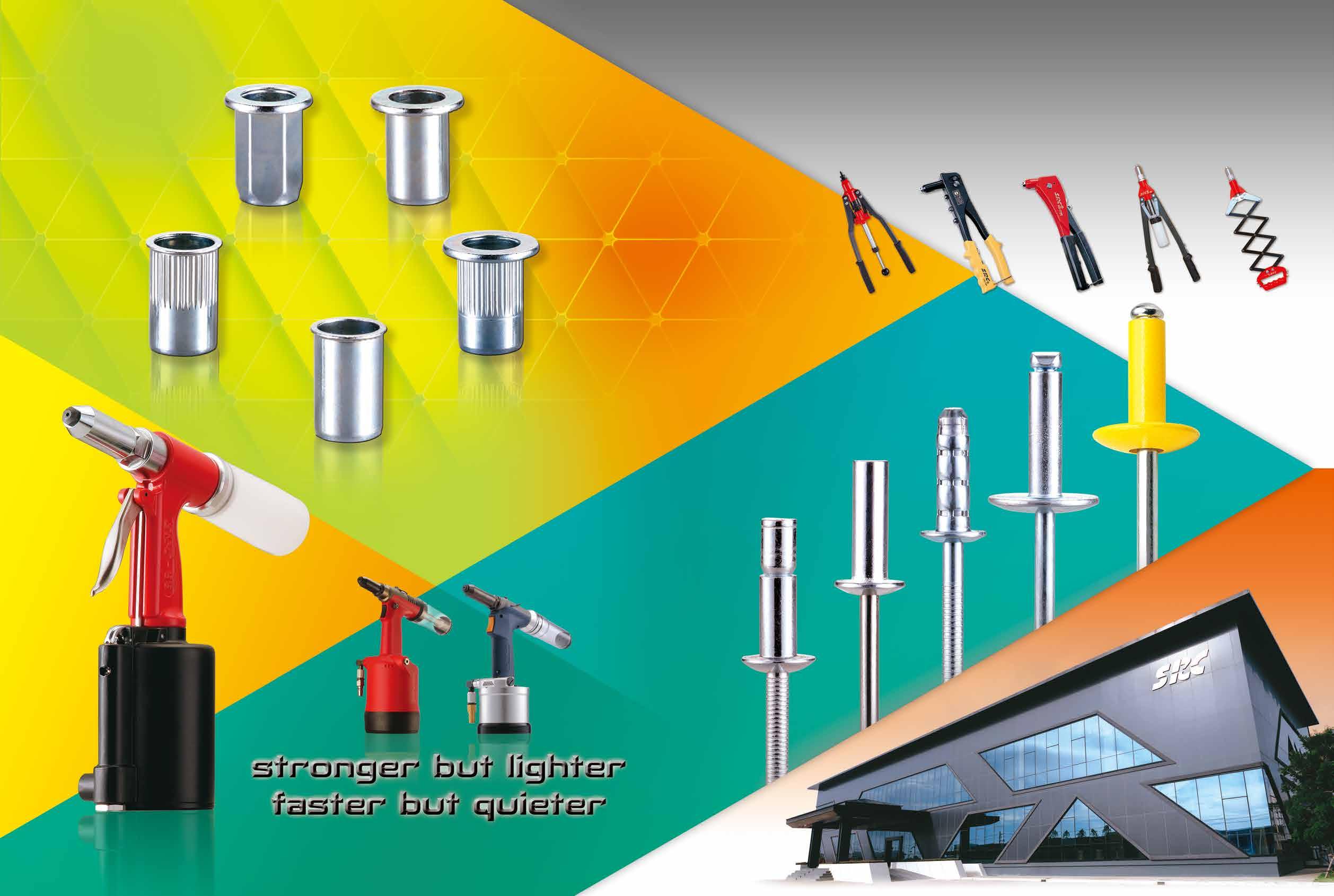








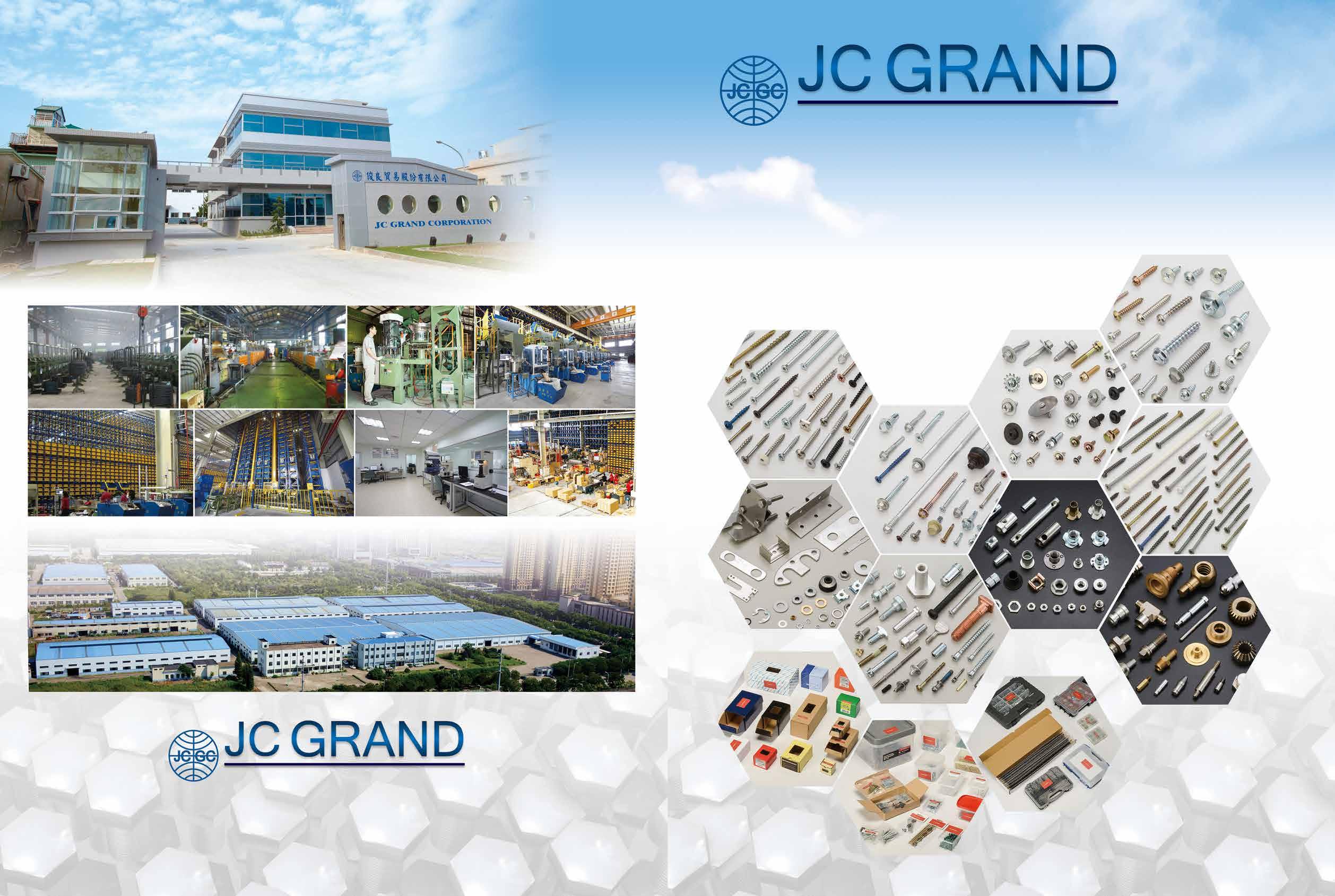












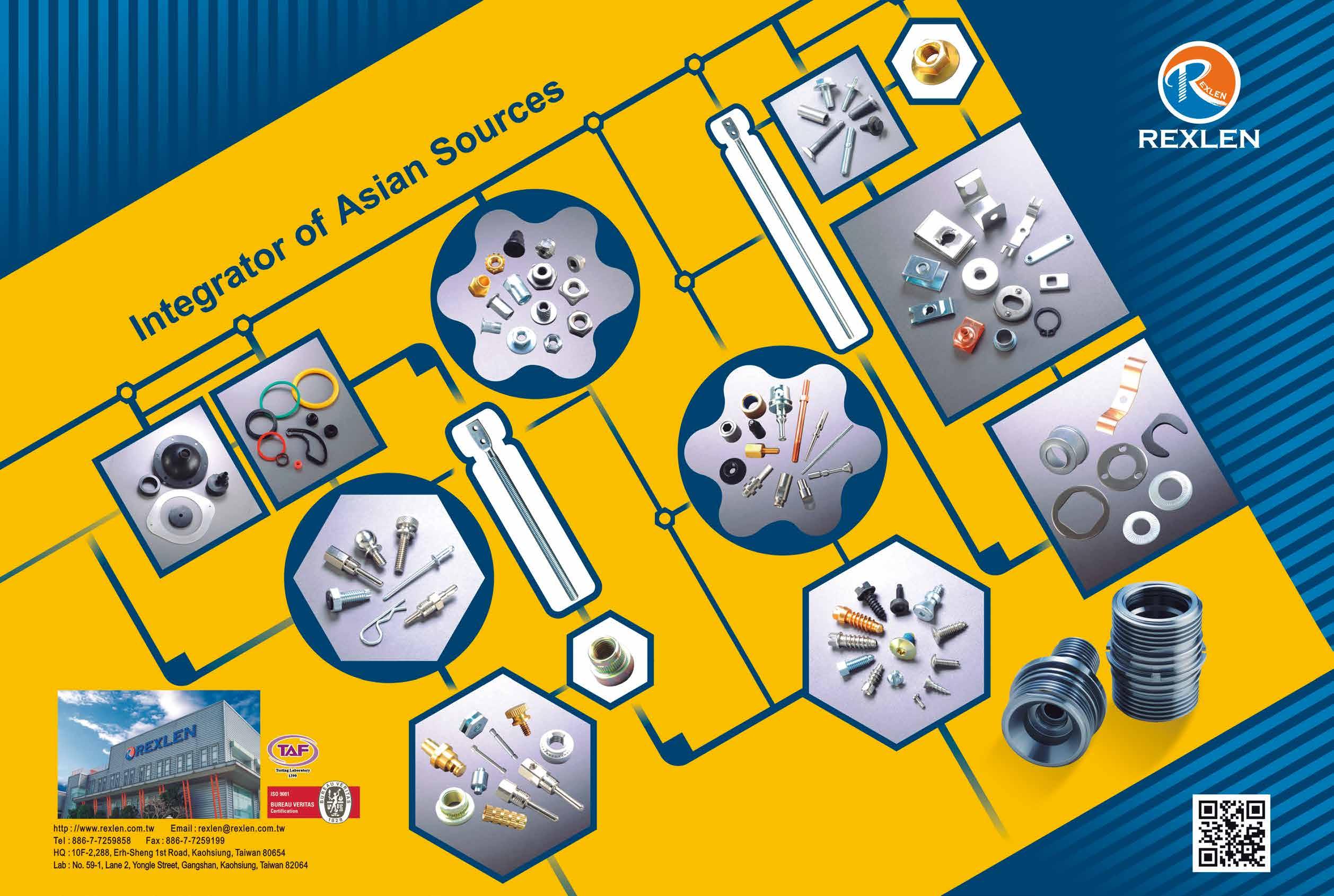

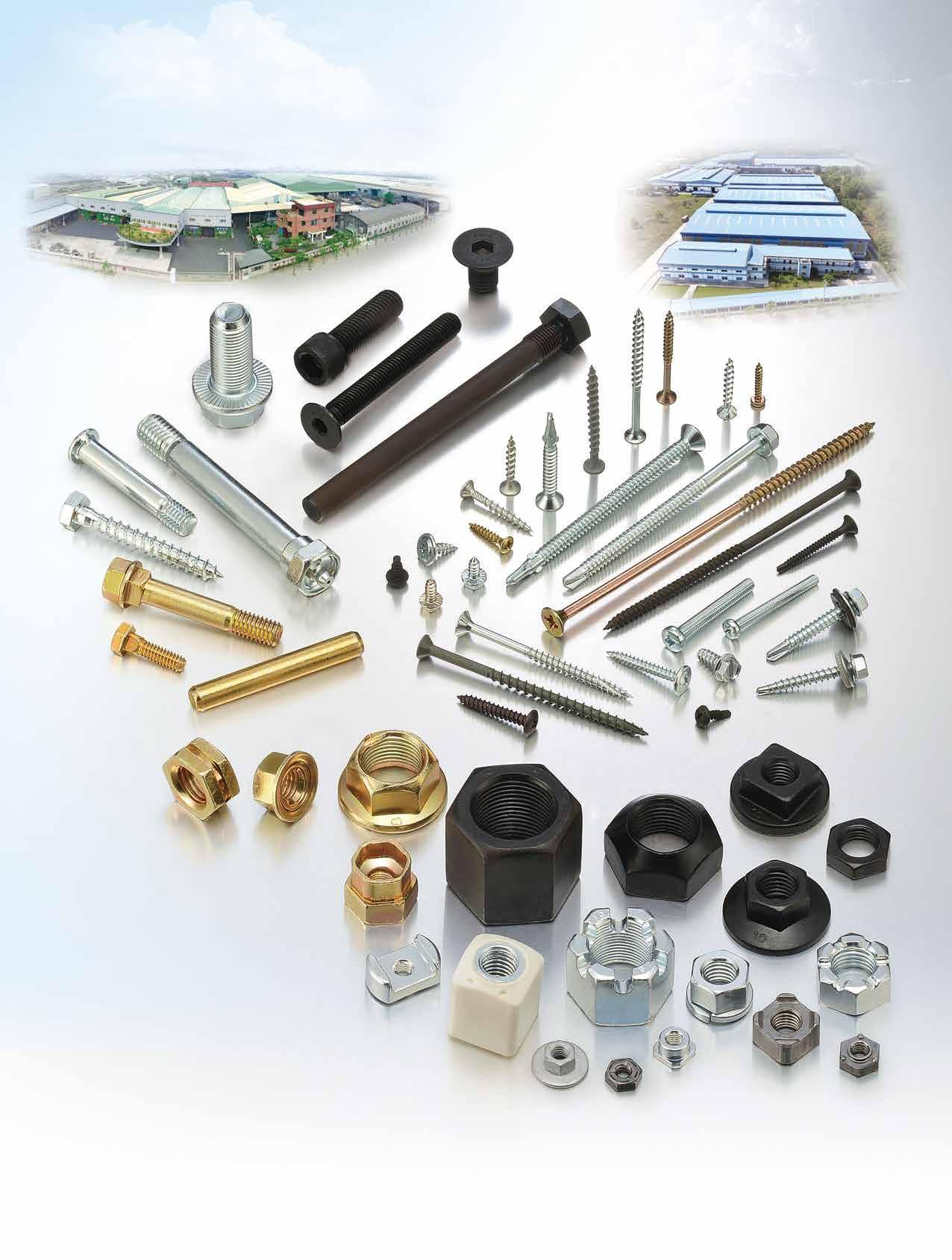

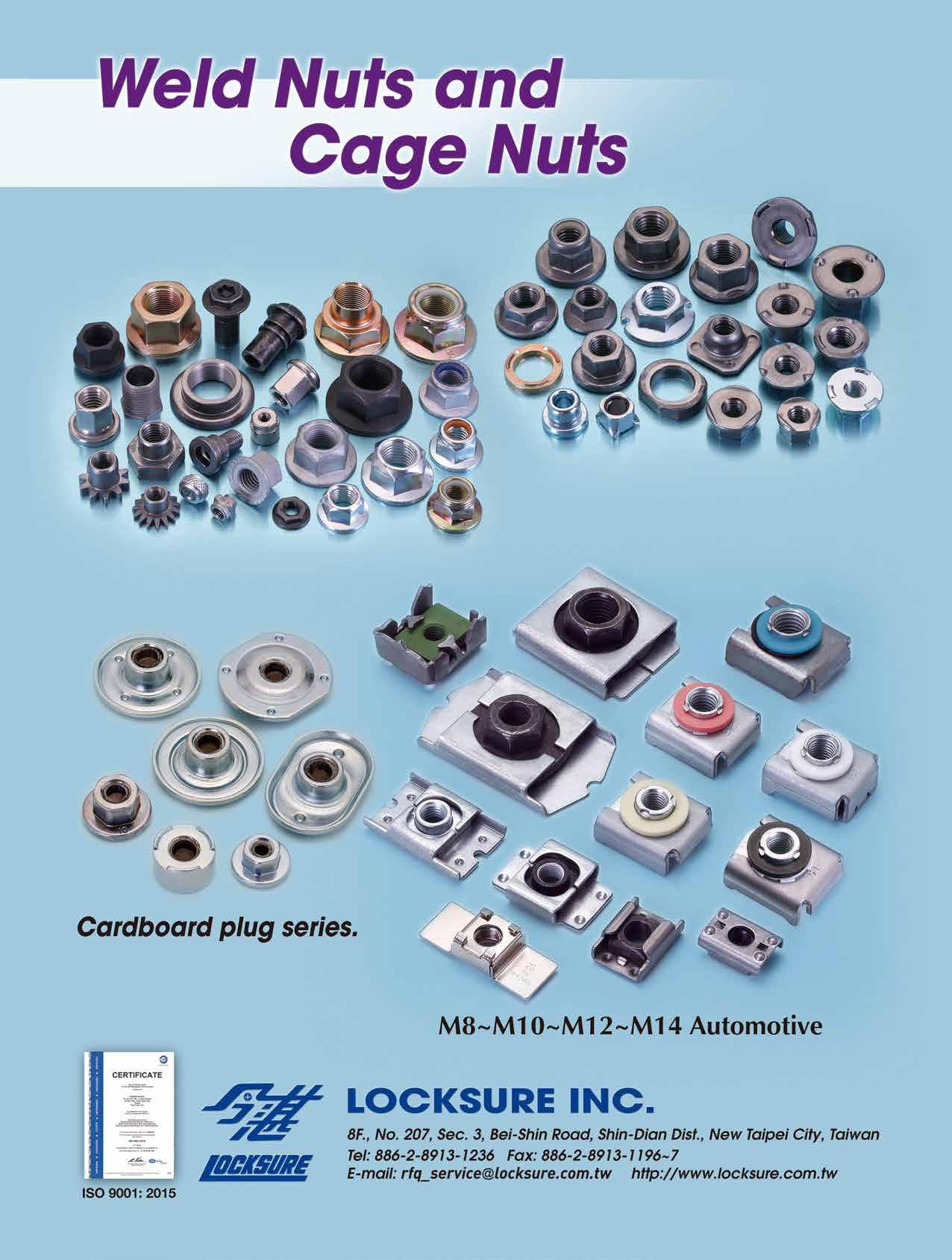
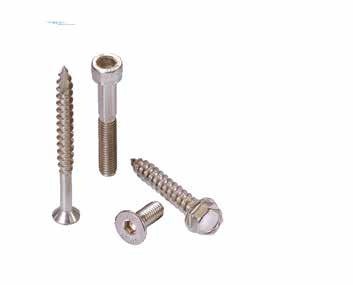

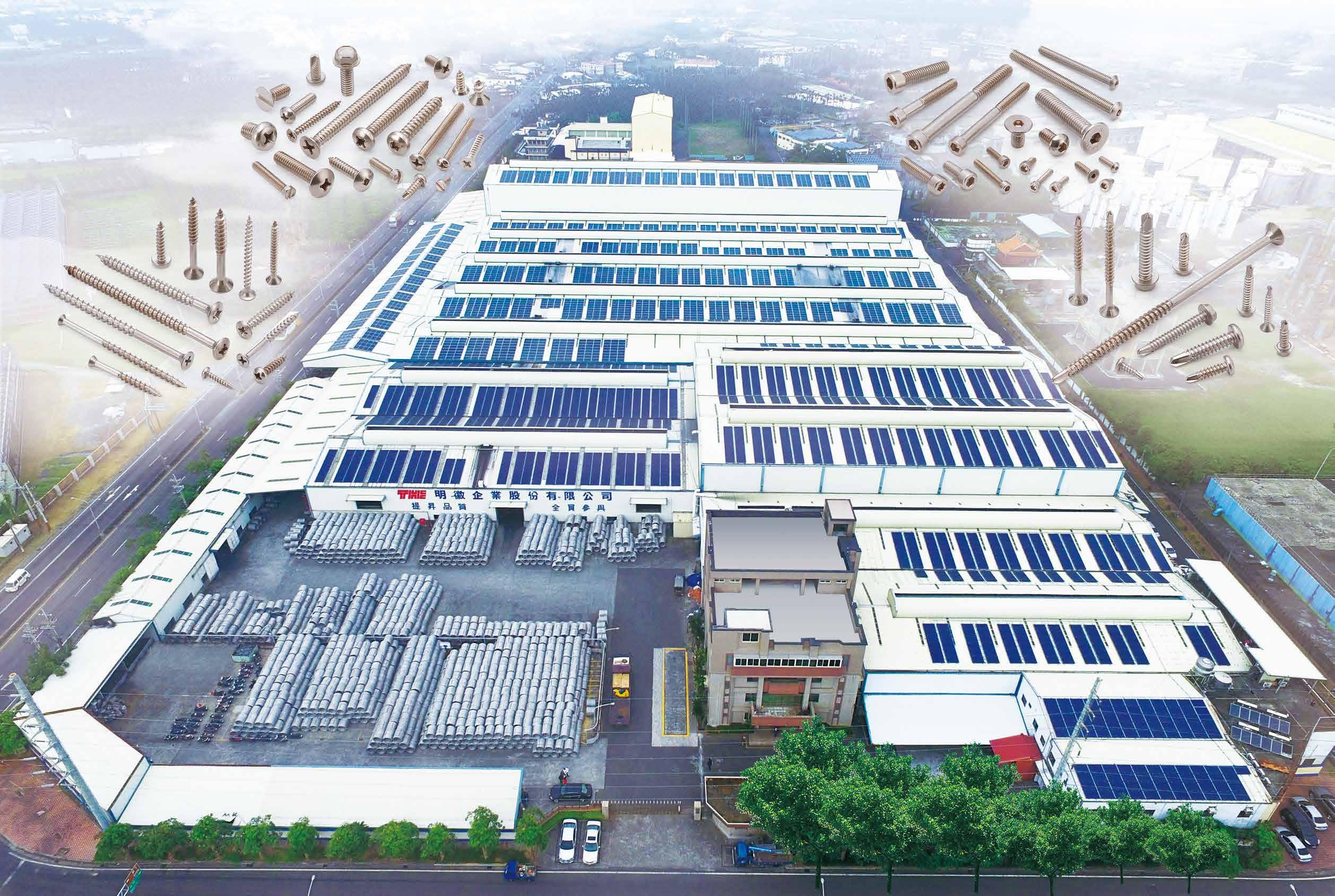















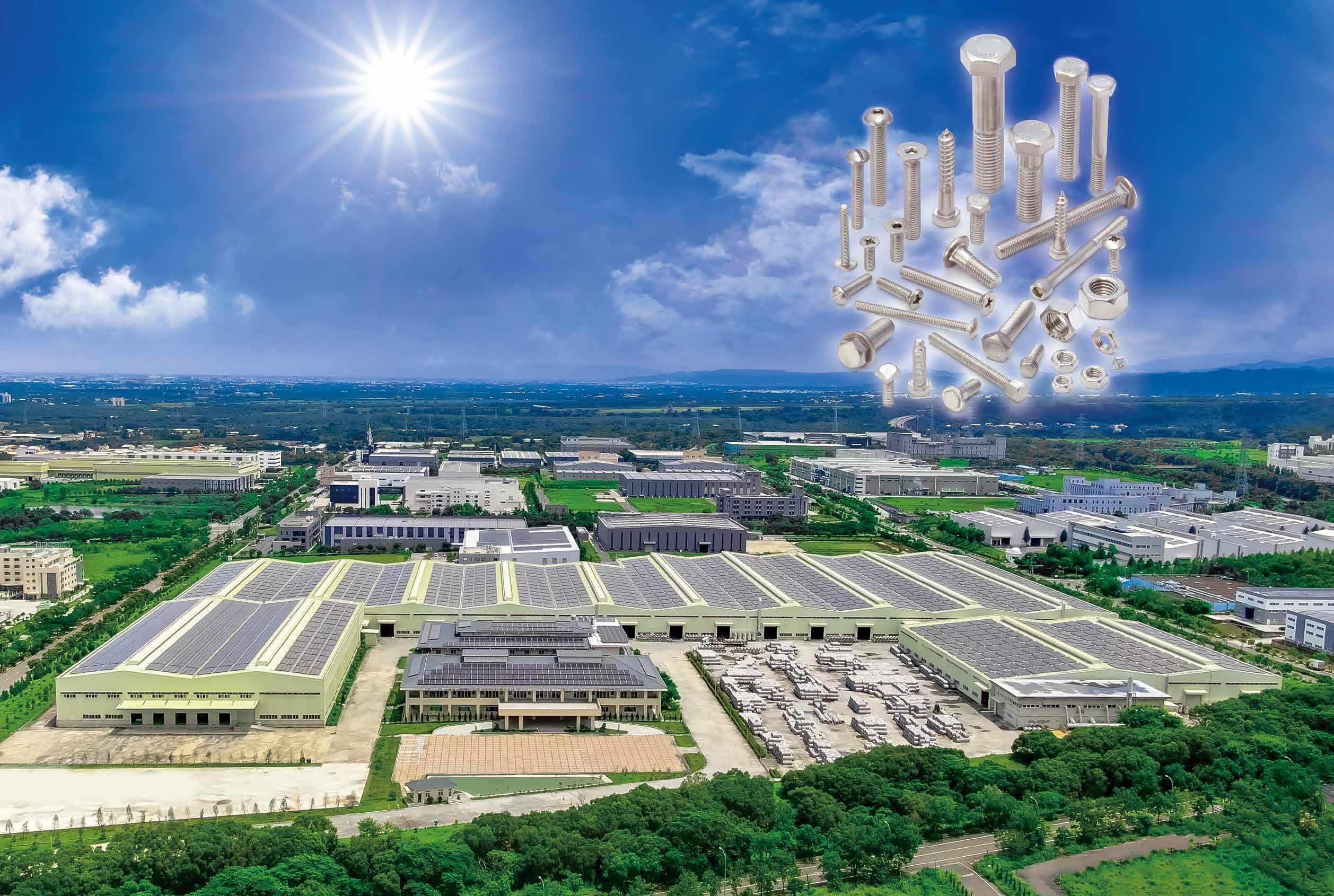





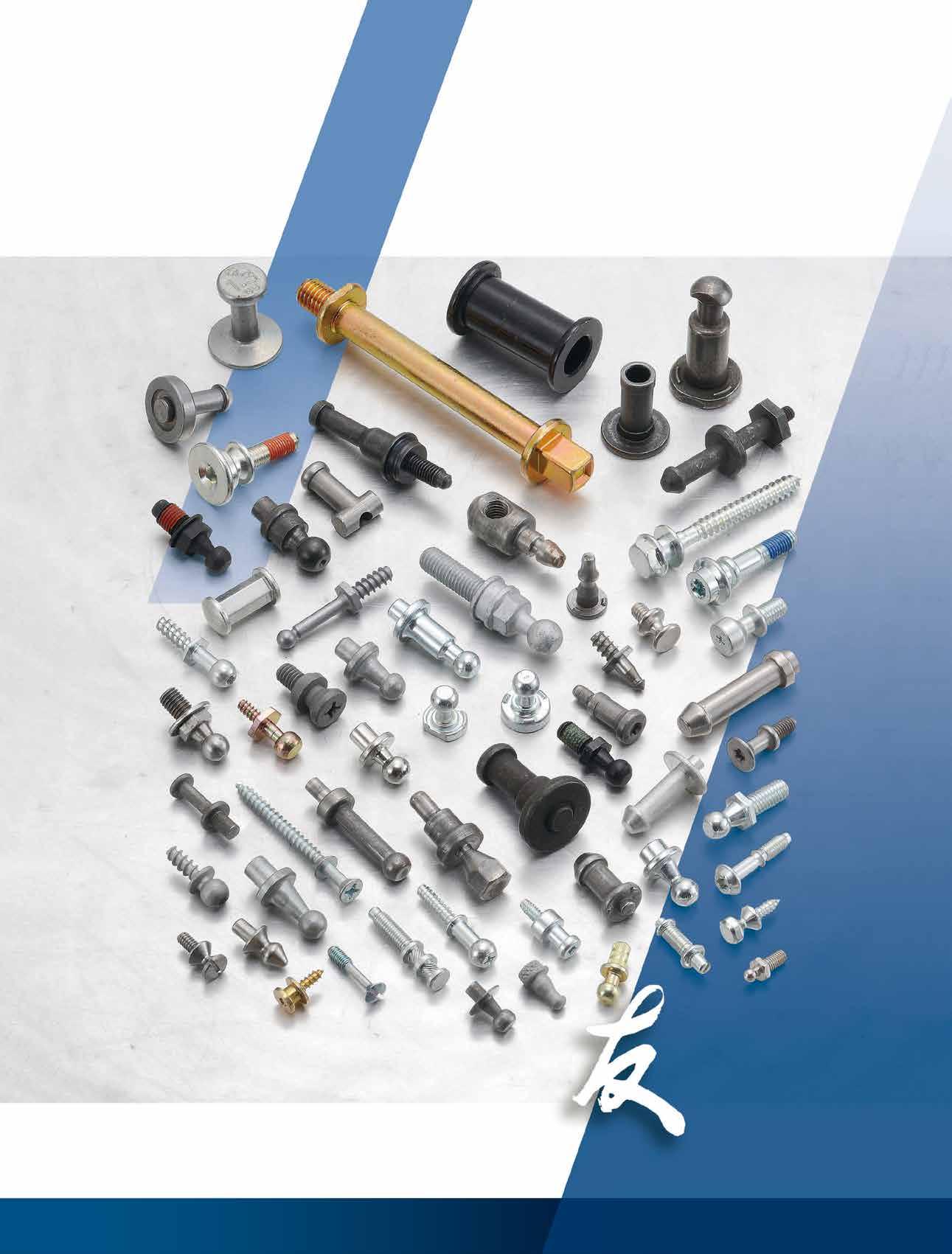




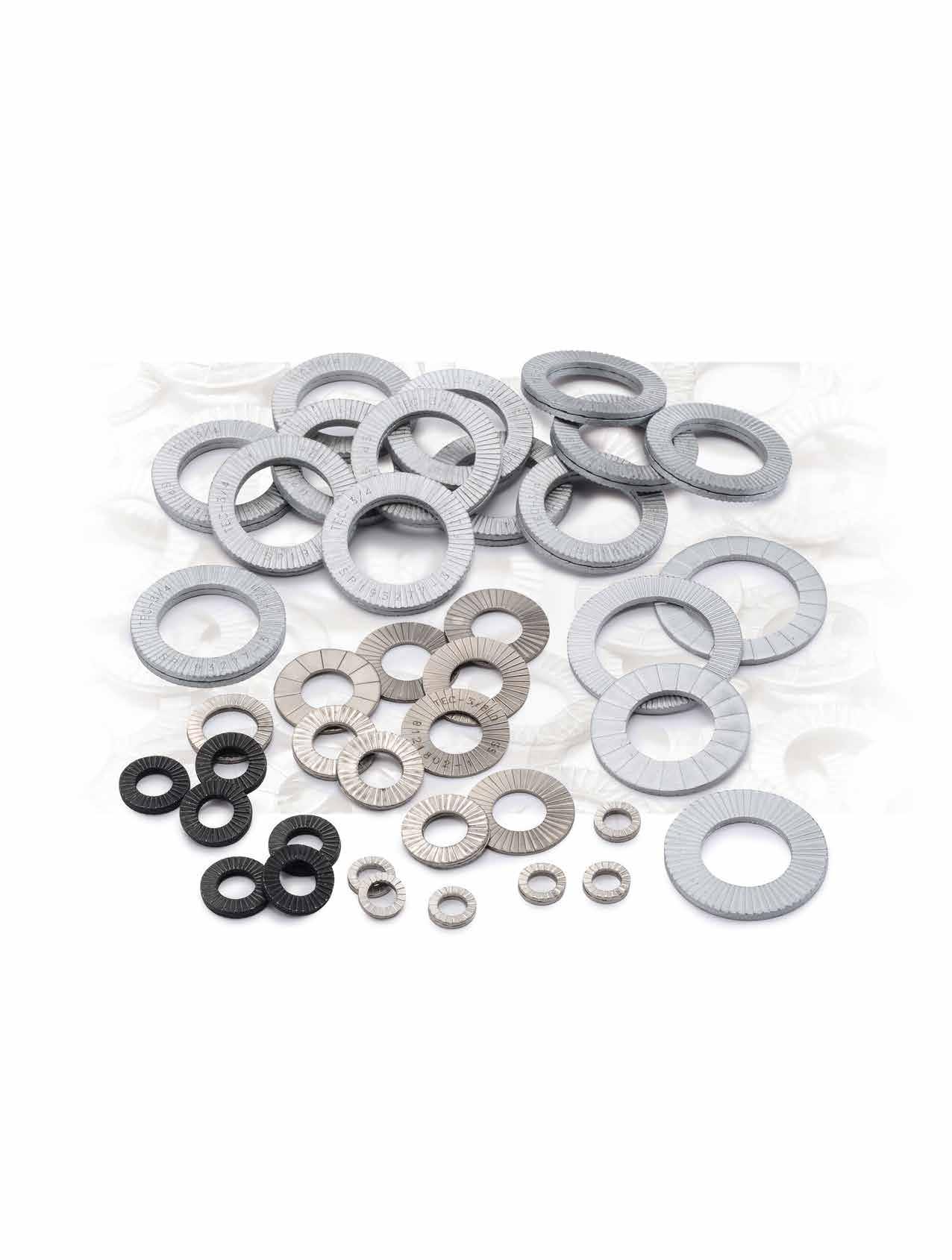

















































































































A
new overseas plant on the horizon after its first scouting
With low-carbon manufacturing, green environmental protection, and sustainability becoming crucial factors for European and American clients in evaluating potential partners, Bi-Mirth Corp. — an expert in Bi-metal, stainless steel, carbon steel, and long-size self-drilling, self-tapping, wood construction, and cement construction screws — has been actively ramping up R&D as well as production of low-carbon, high value-added products in recent years, while expanding its presence in advanced markets such as Europe and the U.S.
The company currently operates 4 locations in Taiwan offering comprehensive one-stop production lines including forming, electroplating, coating, and packaging, enabling quick fulfillment of diverse global client needs. Popular products for the European and American markets in recent years include non-standard
Copyright owned by Fastener World / Article by Gang Hao Chang, Vice Editor-in-Chief

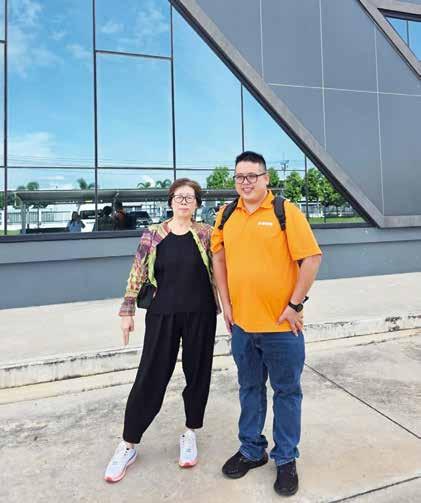
Bi-Mirth's Contact: Tom Shih, Vice President Email: tom@bimirth.com.tw
screws, solar panel screws, chipboard screws, and long-size bi-metal self-drilling screws. Facing increasing global industrial challenges, the company is seriously considering overseas expansion and the possibility of setting up factories abroad to provide clients with high-quality products and efficient services more adaptable to market changes.
The opportunity for overseas expansion mainly arises from many European and American clients’ strong desire for Bi-Mirth to establish overseas factories on the prerequisite of maintaining competitive edges while reducing supply chain risks, aligning better with clients’ expectations. Therefore, to gain deeper insights into the pros and cons of overseas setups and evaluate the potential that ensues, Bi-Mirth’s management flew abroad and spent 5 days in mid-August scouting in Chonburi Province, southern Thailand — one of Southeast Asia’s manufacturing hubs — visiting the specifically chosen Pinthong Industrial Estate and Amata Chonburi Industrial Estate, where numerous Taiwanese fastener peers have already invested. The inspection tour included visits to Dura Fasteners of the Rodex Group, Apex International (Thailand) of Special Rivets Corp., and Domma International (Thailand), as well as meetings with reps from local industrial zones, providing Bi-Mirth with deeper insights into the region's investment landscape and market conditions.
“Due to factors like the US-China trade war and a short-term downturn in the European economy, some of our big clients strongly suggest having our own overseas factories to meet unforeseen challenges,” said Vice President Tom Shih, “Thailand allows free import of wire rods needed for fastener production at relatively low prices. Land acquisition and factory building have no joint venture requirements as in some countries, and full land ownership rights are possible — all factors that make regulations relatively foreign-investor friendly. The proximity of the industrial parks to ports is also beneficial for export, making Thailand a favorable choice. The main purpose of this trip was to comprehensively gather insights from Taiwanese-owned companies in Thailand and understand Thailand’s foreign investment regulations and policies, especially focusing on electroplating — a critical step in fastener manufacturing — to determine the entry into Thailand. We had to confirm whether electroplating is permitted within the industrial estates and find out if there are any rules about electroplating quotas imposed on manufacturers. If all conditions prove feasible, we do not rule out establishing our own factory in Thailand and even inviting European or American partners for joint ventures.”


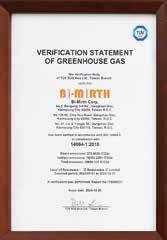

ISO14064-1 and ISO14001 certified
Besides dedicating 20% of production capacity to the US market and 5% to emerging markets, the company exports as much as 75% of its products to the EU market. This makes compliance with European environmental regulations and CBAM highly valued in the eyes of Bi-Mirth. It has implemented noise reduction, electrostatic dust removal, waste oil recycling & treatment, water purification, and installed solar panels to save energy and reduce carbon footprint. They have also completed carbon inventory for all 4 factories and obtained ISO 14064-1 and ISO 14001 certifications. Although significant revisions to CBAM reporting targets and penalties may take effect by the end of the year, the company is fully prepared to provide carbon emission data at any time per client requests. “Transparent carbon emission data is now a necessary prerequisite to do business with European clients. We conduct annual carbon footprint inventory to ensure data accuracy, which will greatly support our future efforts to develop more European clients,” said Tom.
Green sustainable construction has become a hot topic in recent years in European, American, and Taiwanese construction markets. All-wood buildings are no longer a fantasy. Such constructions highly require insulation, using larger insulating boards and soundproofing cotton for assembly, which boosts demand for screws that contribute to energy-saving and carbon reduction effects in buildings. Bi-Mirth has identified the huge market potential for screws used in sustainable green architecture and invested actively in developing wood screws and long-size screws, leveraging proprietary technology to expand possibilities for low-carbon green building solutions.
“We can offer many screw products suited for green construction. For example, our recently developed highly corrosion-resistant long stainless steel screws provide sufficient torque and smooth fastening without heat treatment. They perfectly meet today’s market demand for low carbon and have been widely adopted in many construction projects,” stated Tom.
This year, global markets have experienced uncertainties due to factors such as 50% steel and aluminum tariffs imposed by the US, reciprocal tariffs, and currency fluctuations. Many European and American clients already placed early orders before tariff implementation to hedge risks. Despite market volatility and expectations that it is not until the first half of next year that things may clear up in the market, Bi-Mirth’s growth pace remains undeterred. “Besides closely monitoring market changes, we are optimizing internal management and continuously launching new product development projects. Our goal is to introduce new products when the market stabilizes, fulfilling clients’ expectations for advanced, high-performance screws,” said Tom.
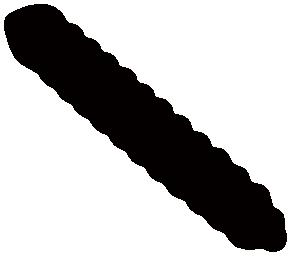
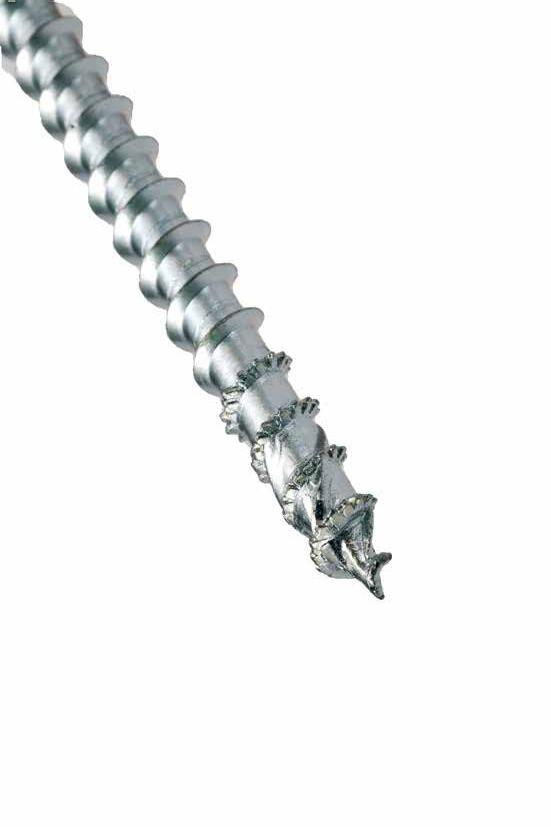
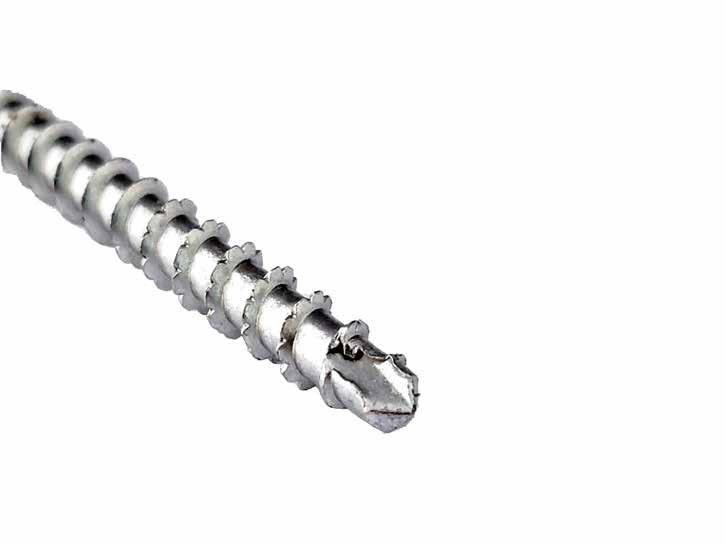
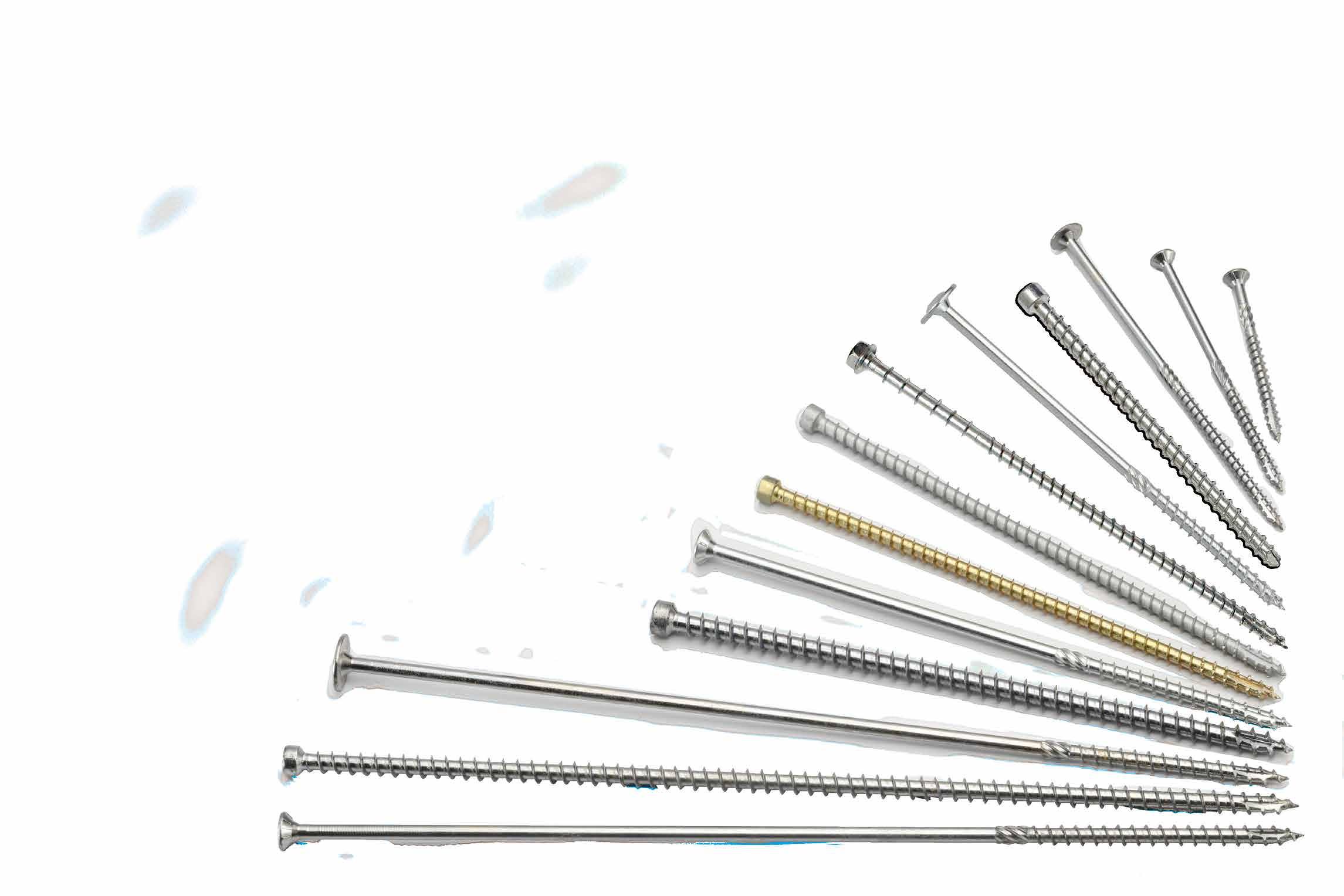



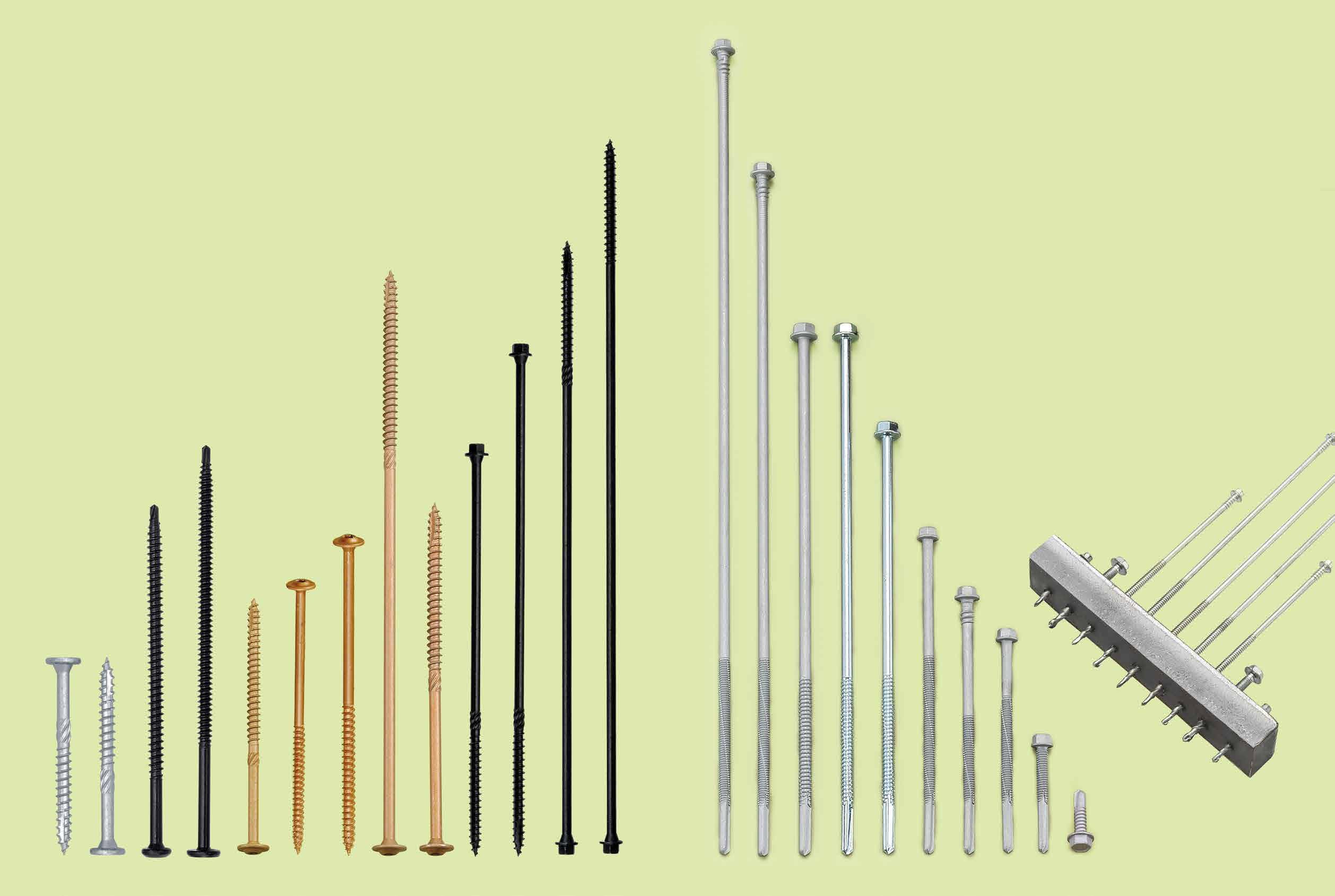







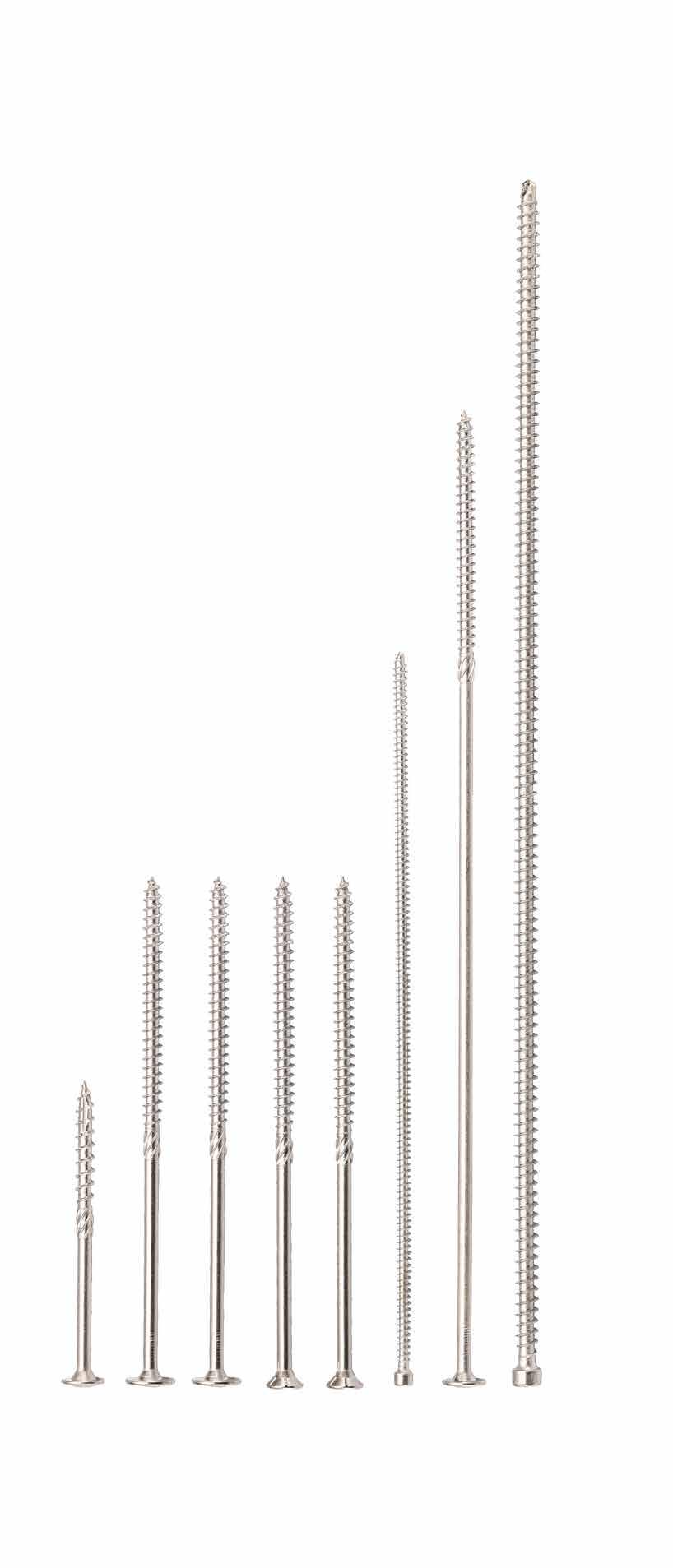



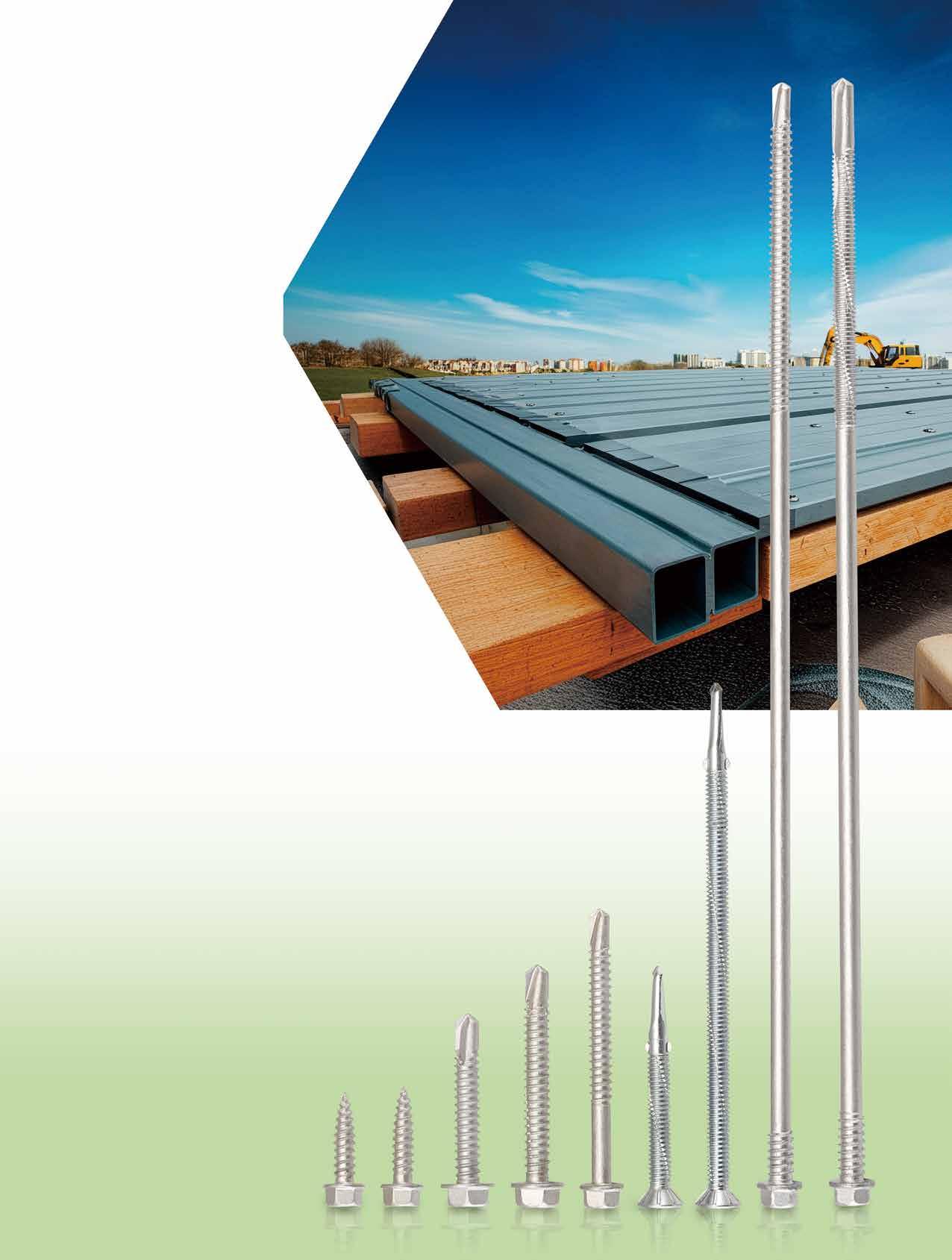

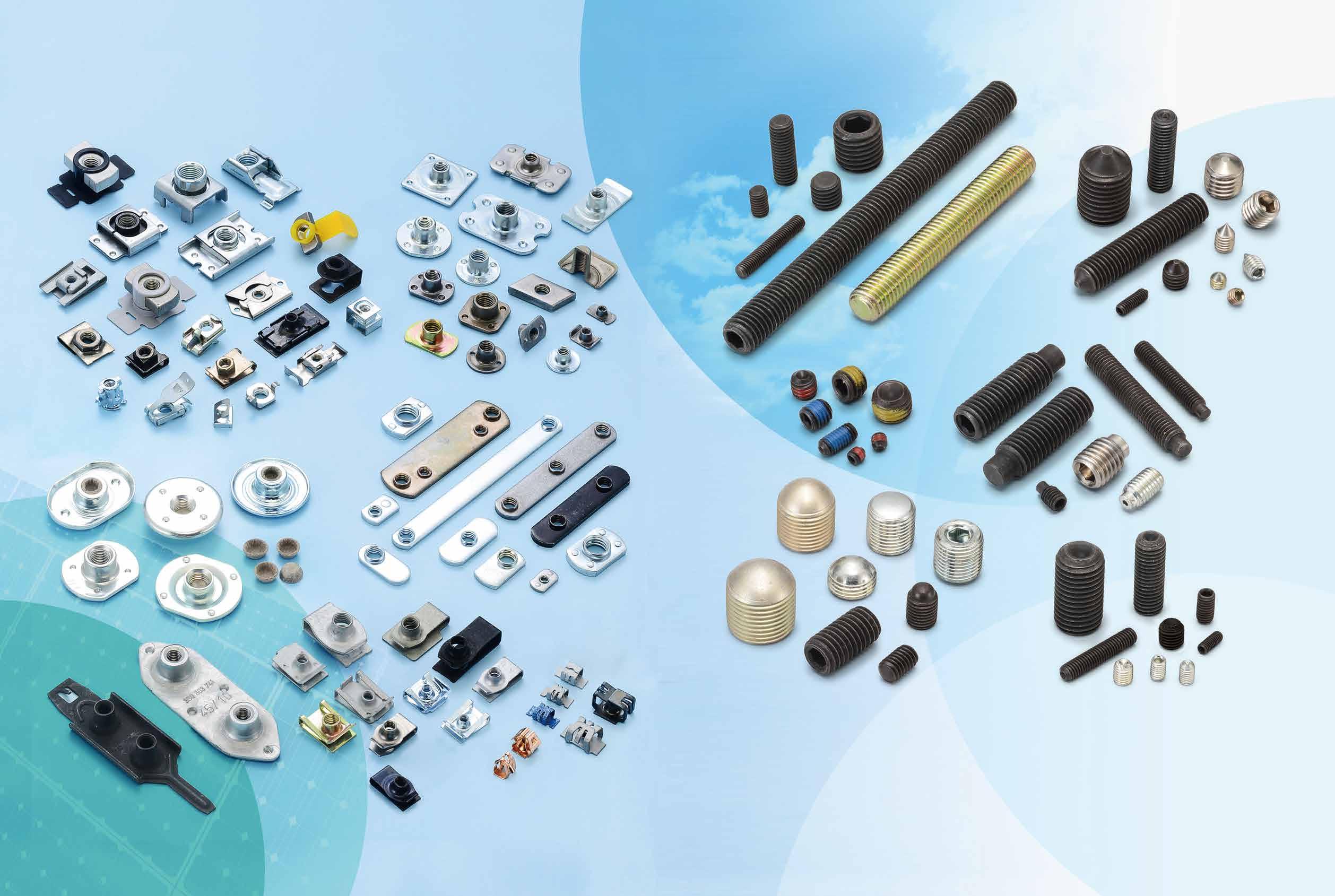
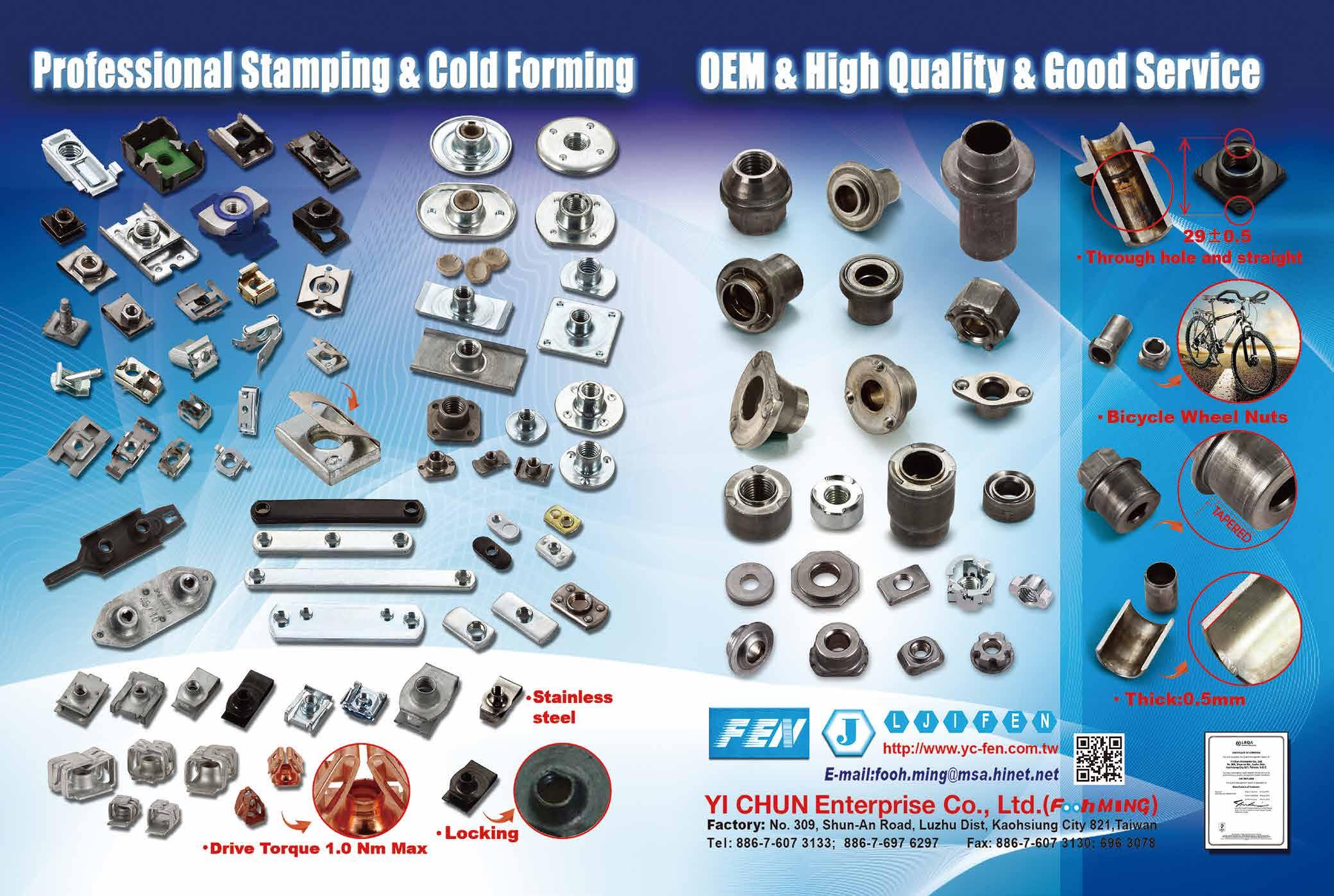

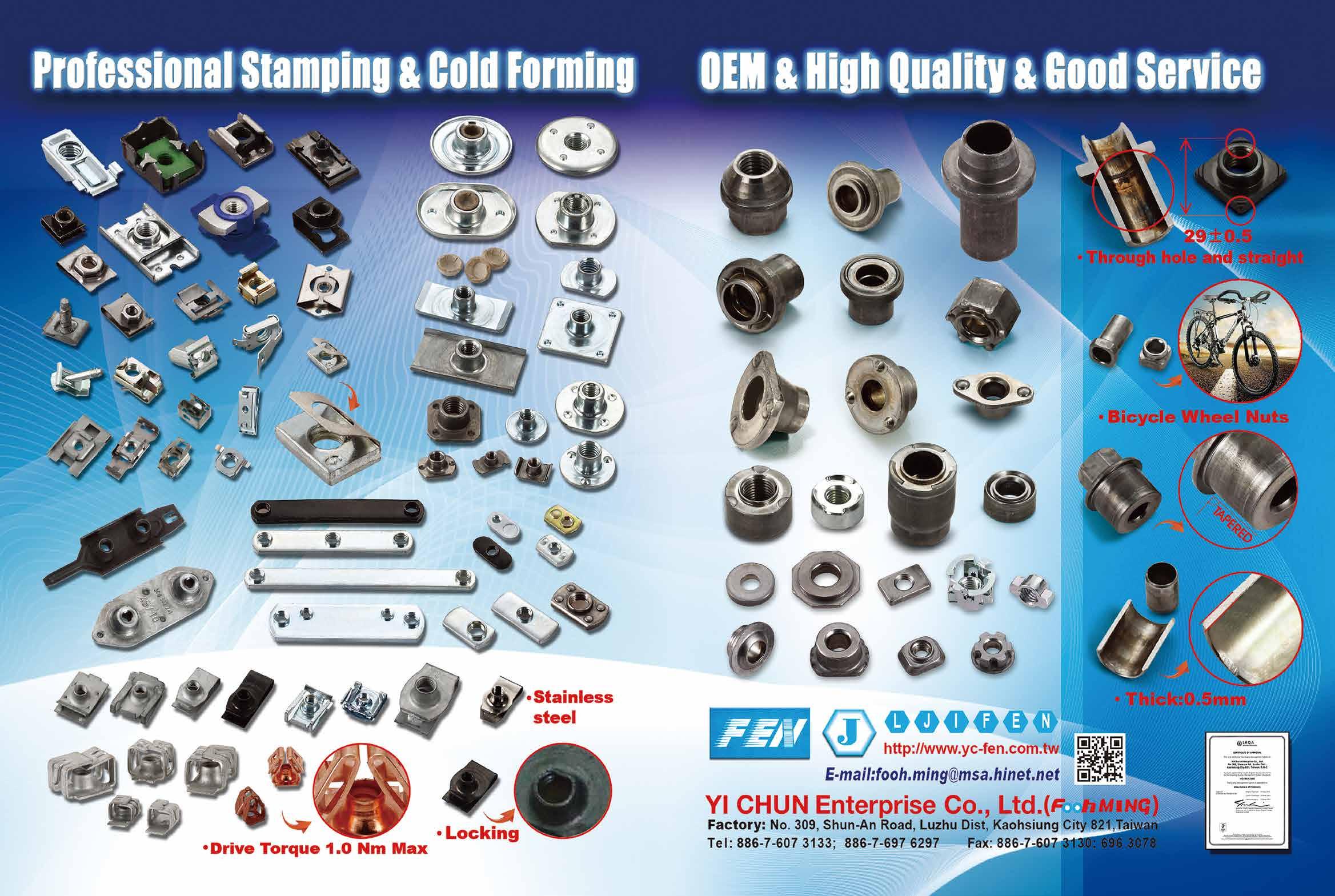

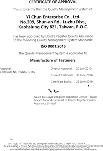



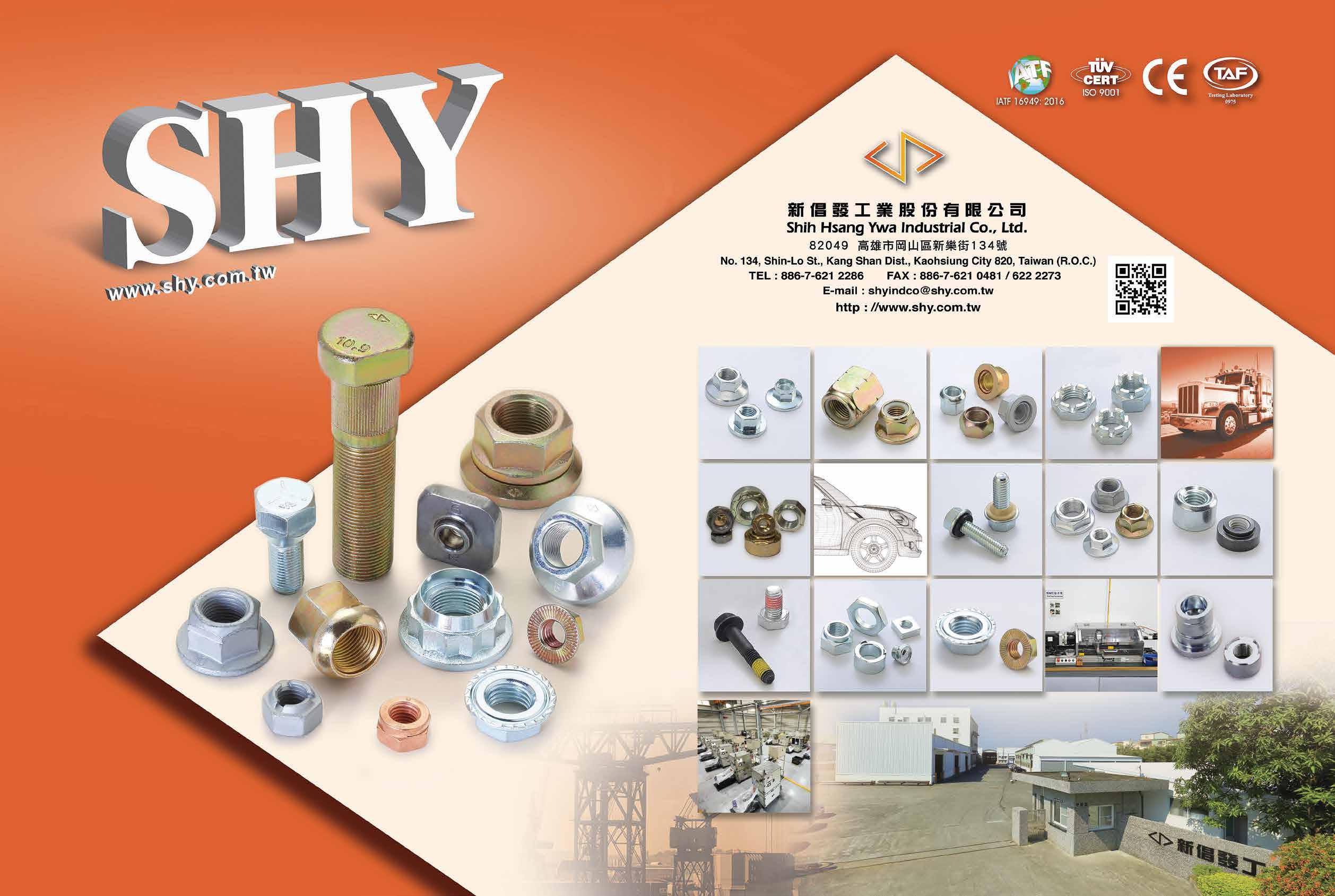



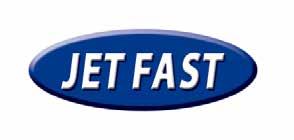
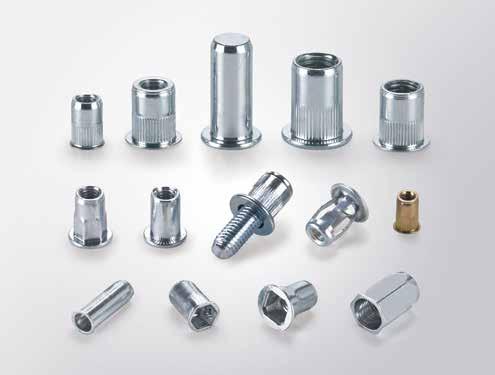
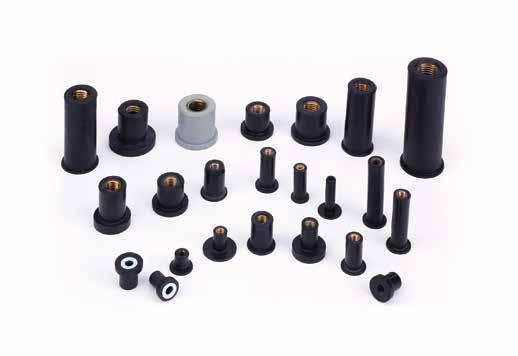

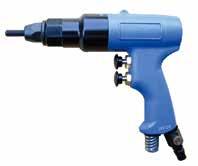
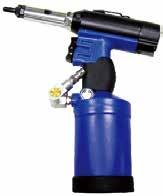
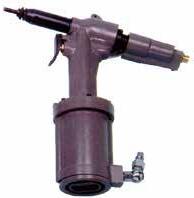
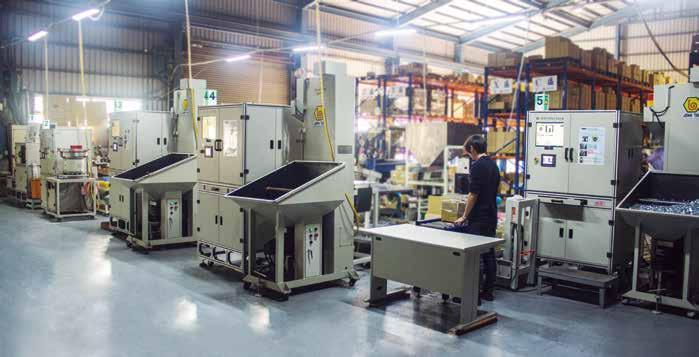


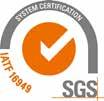
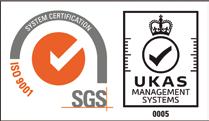
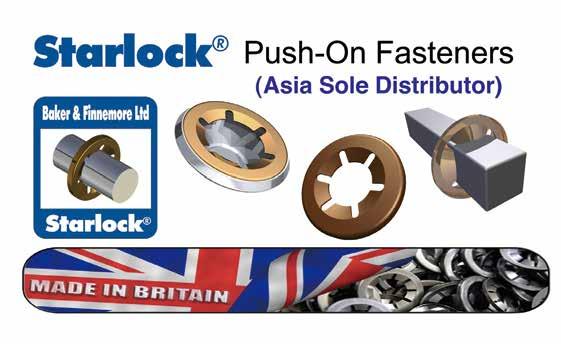
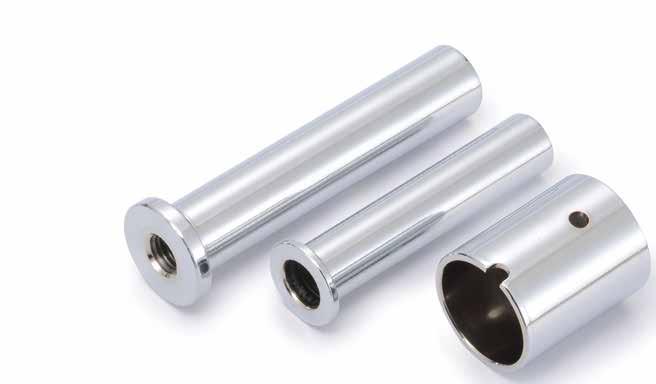

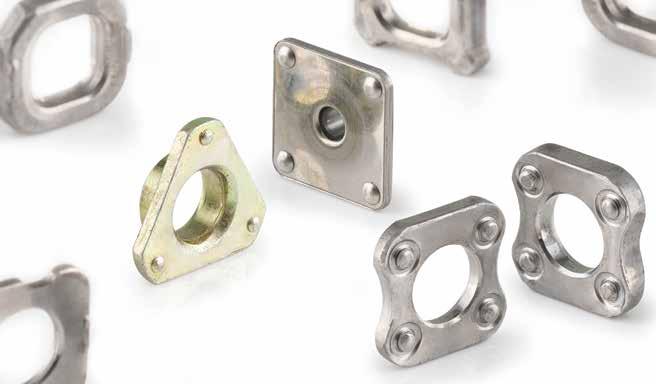

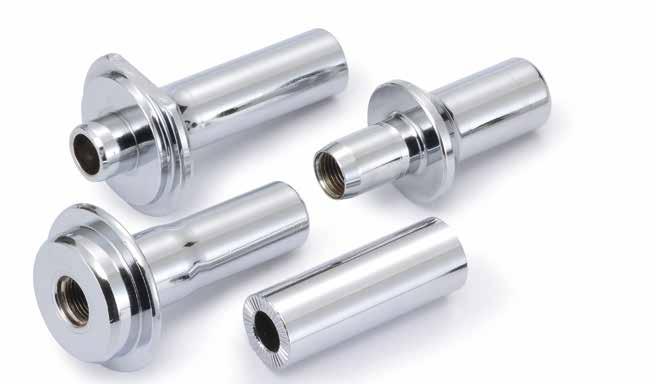


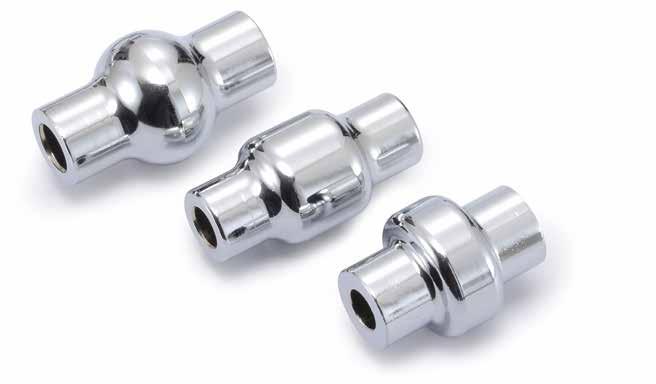

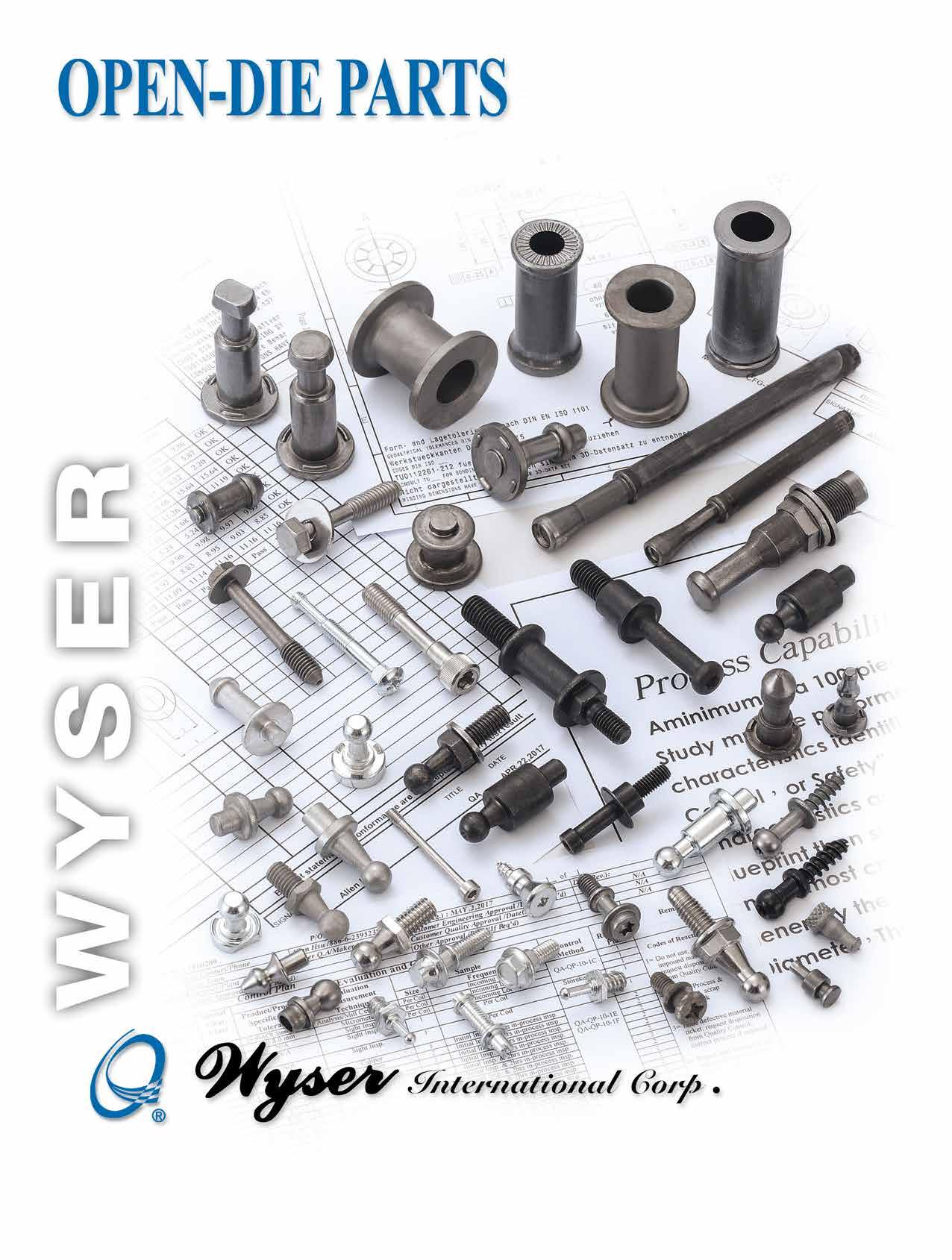
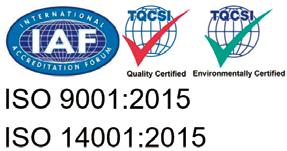
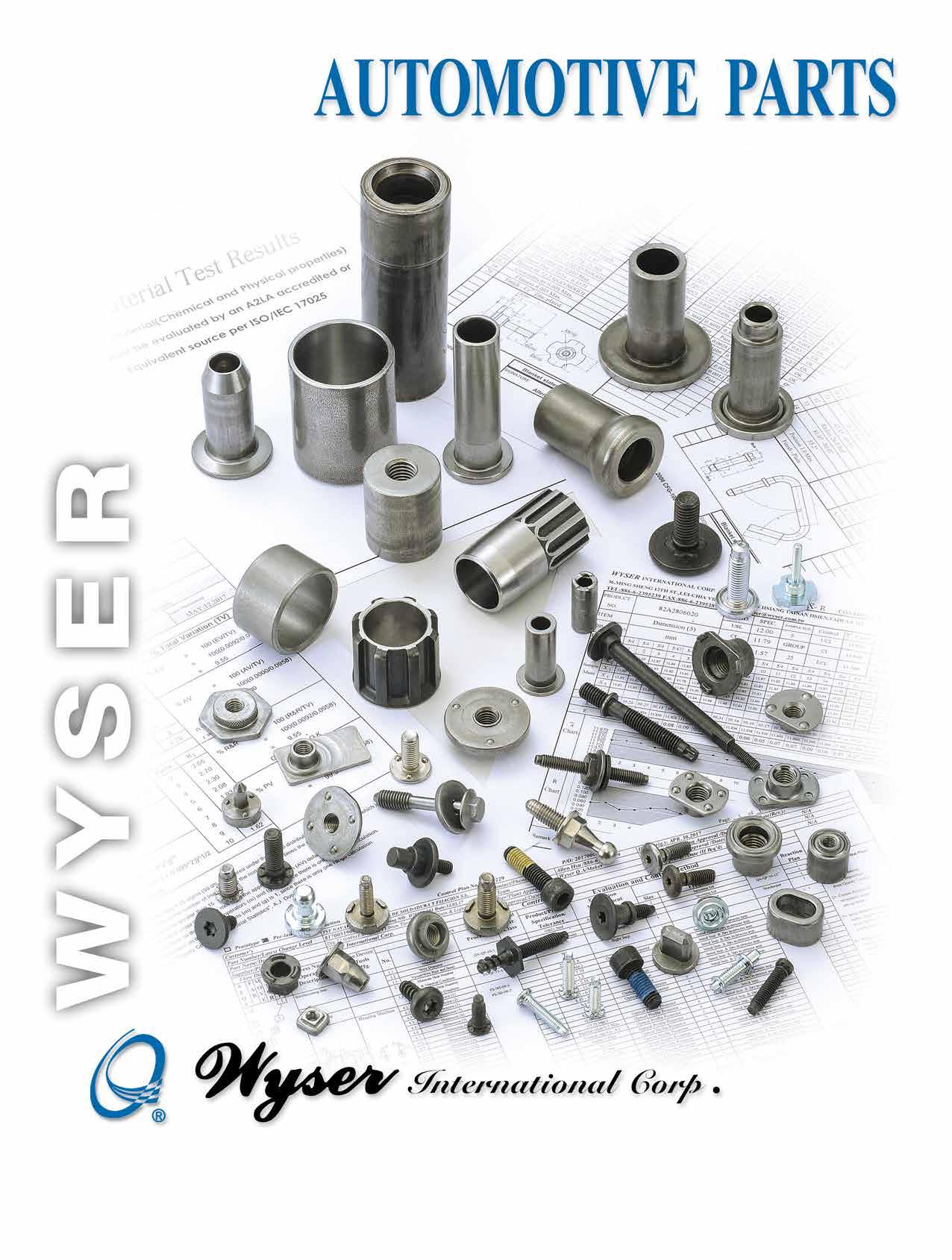

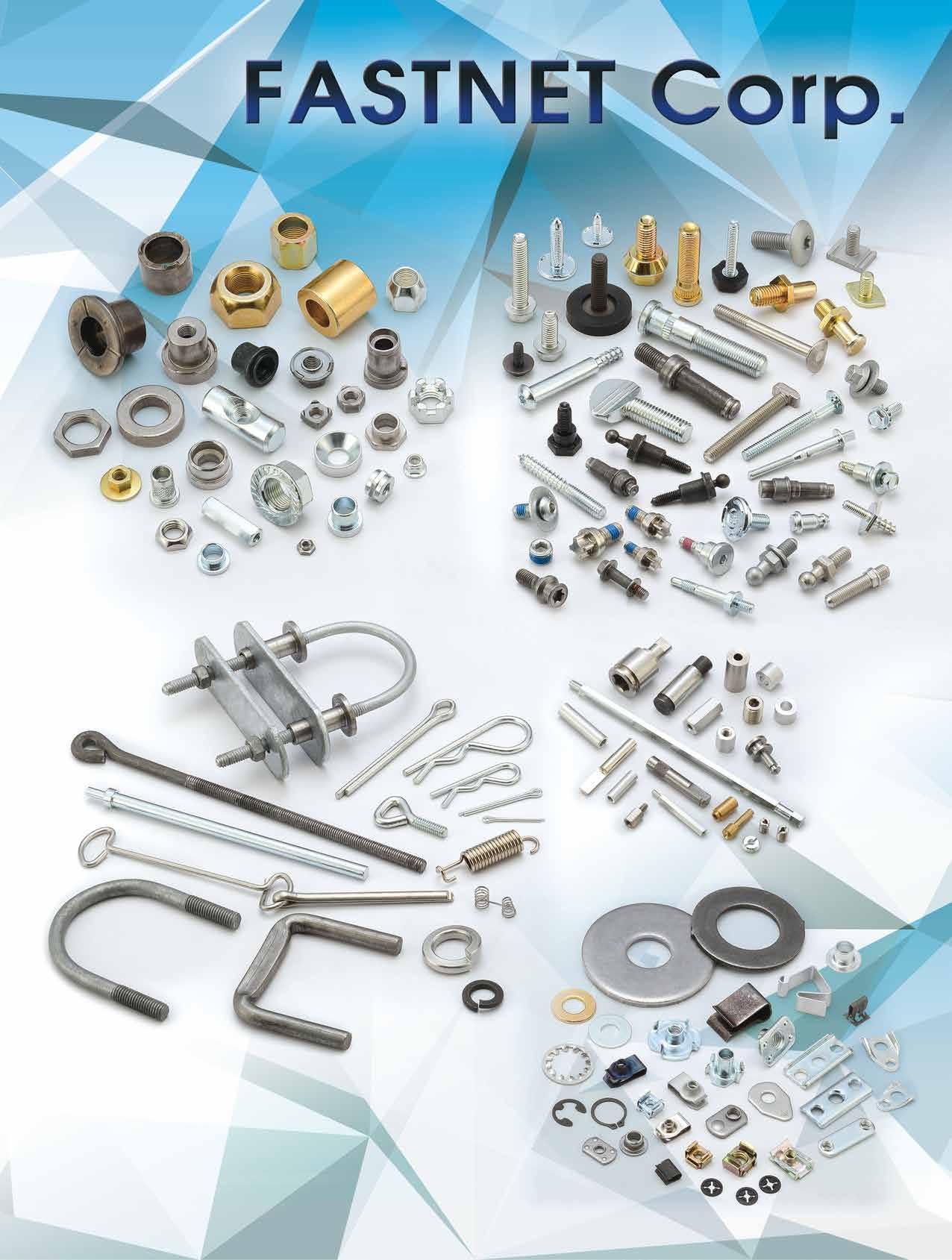

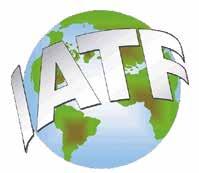

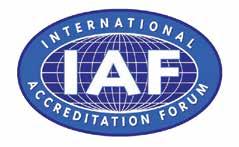
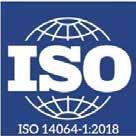
















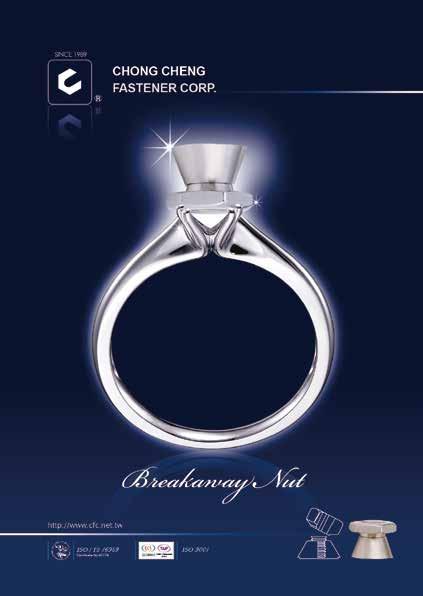






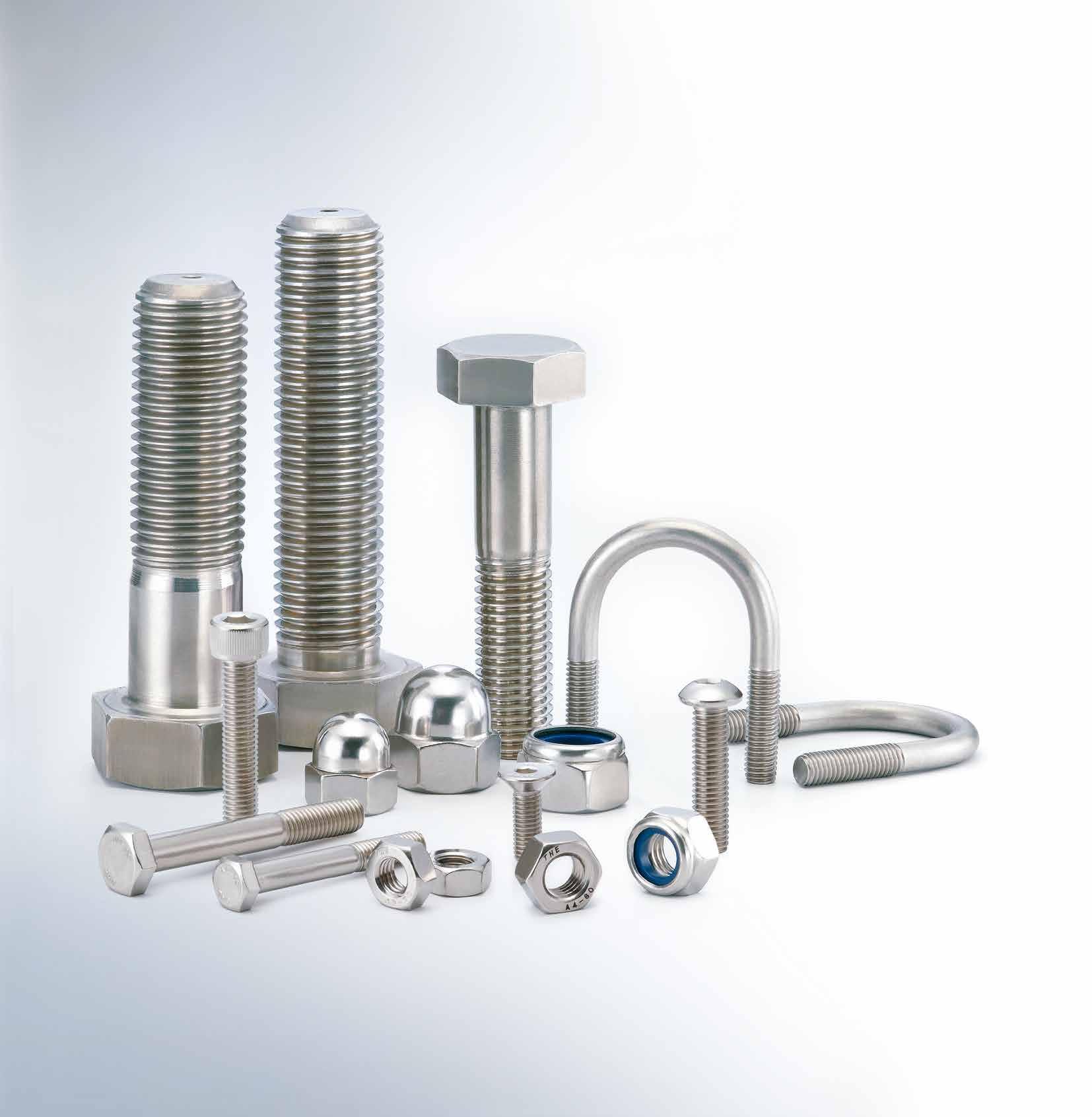

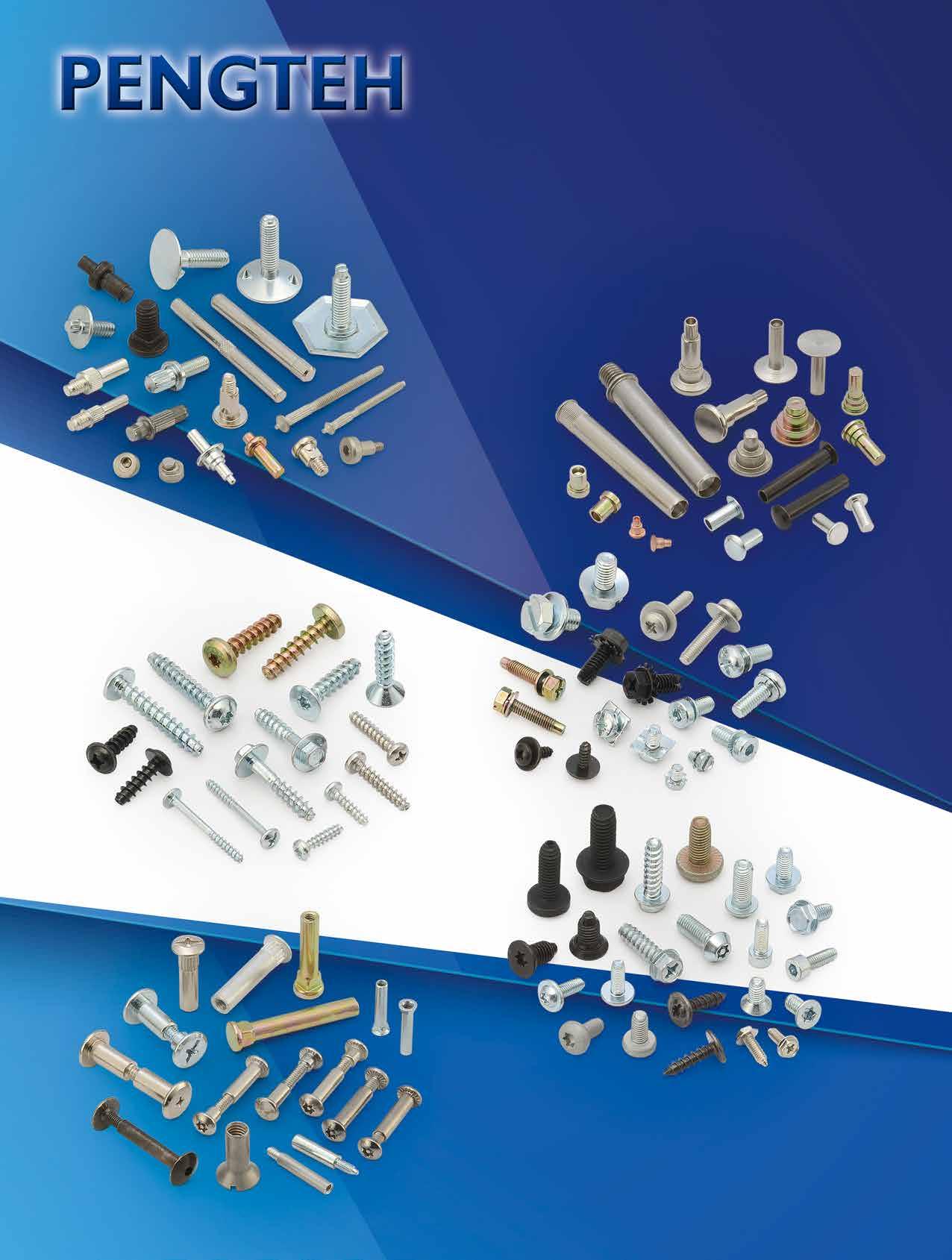
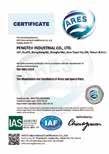
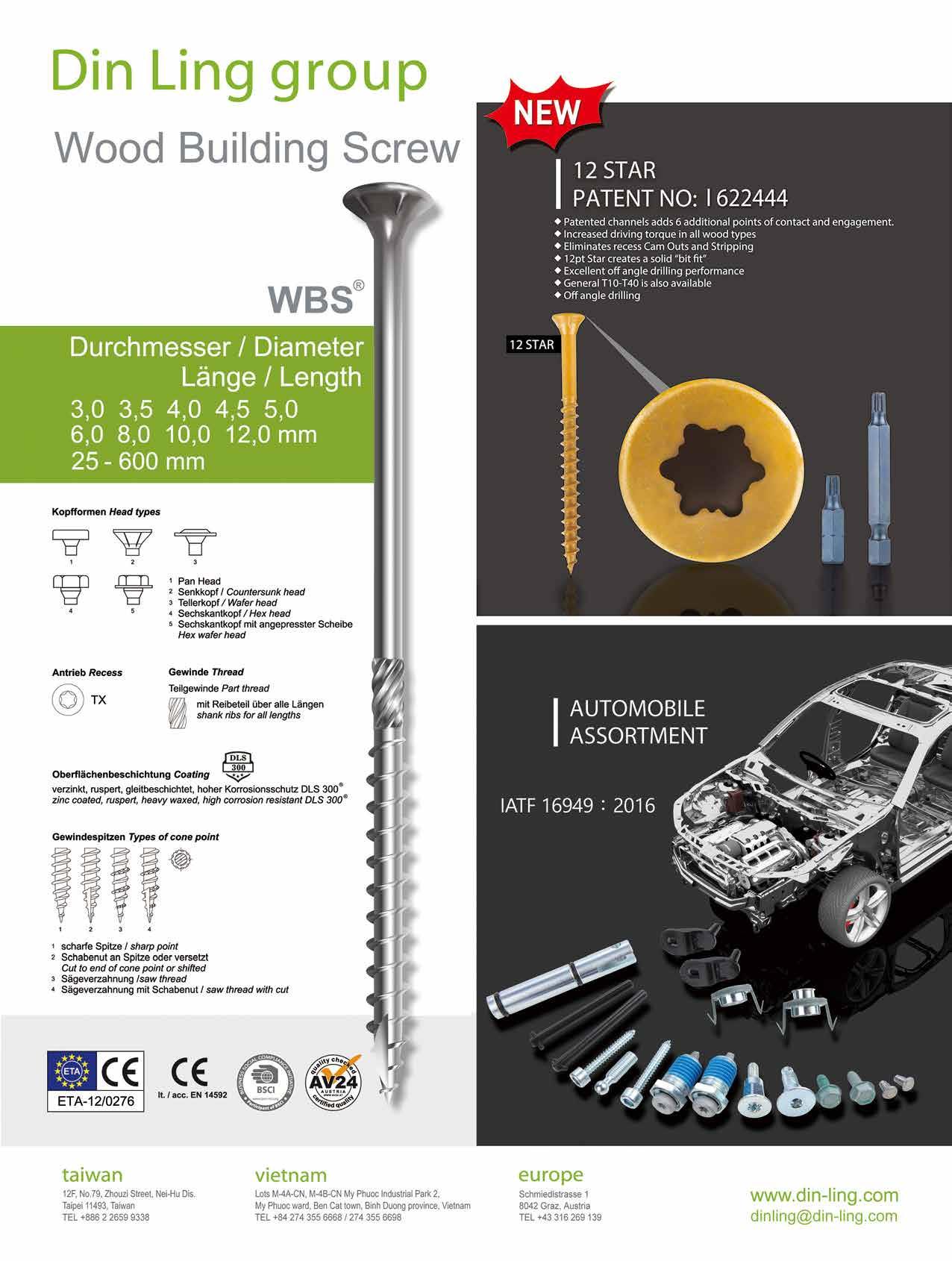
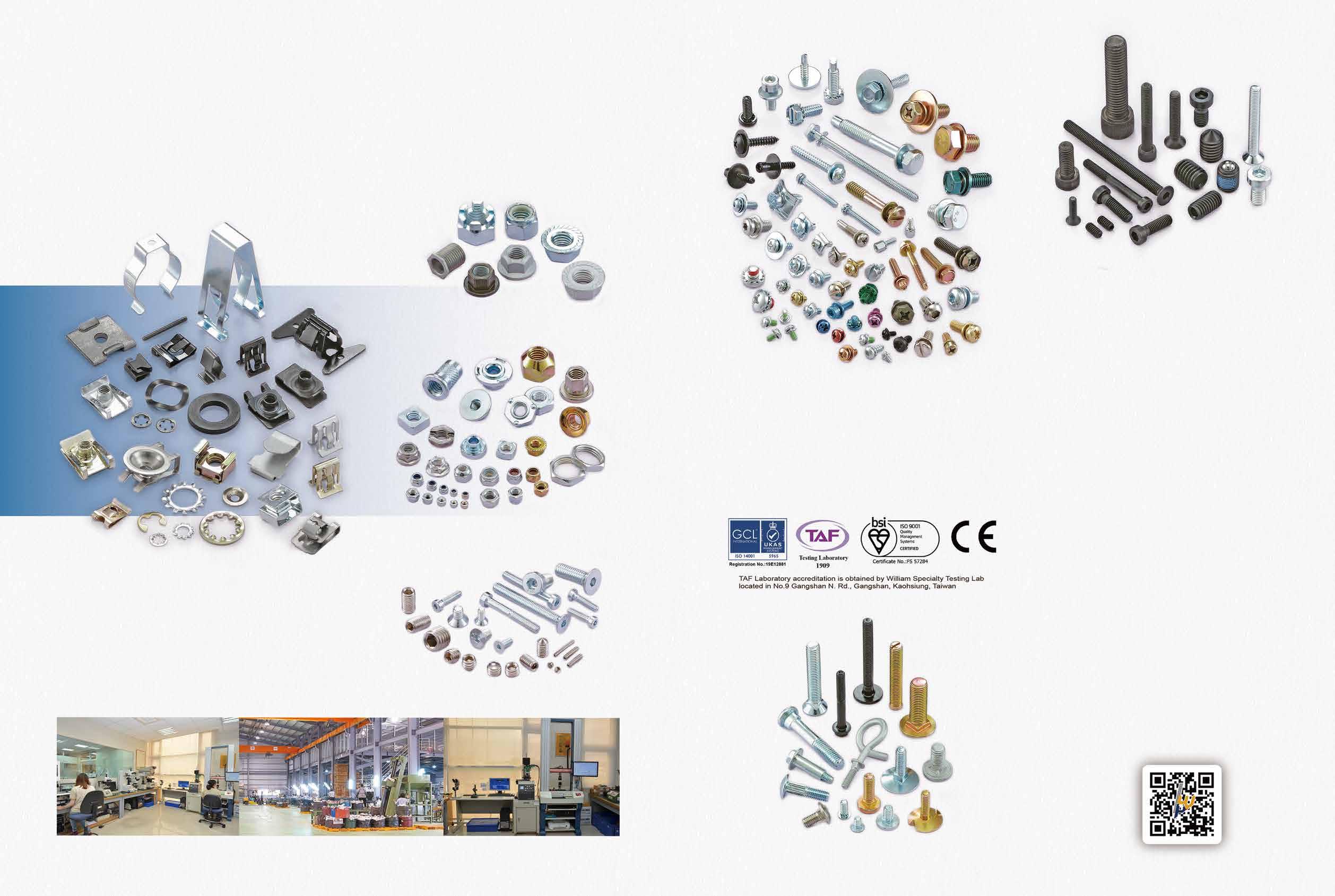











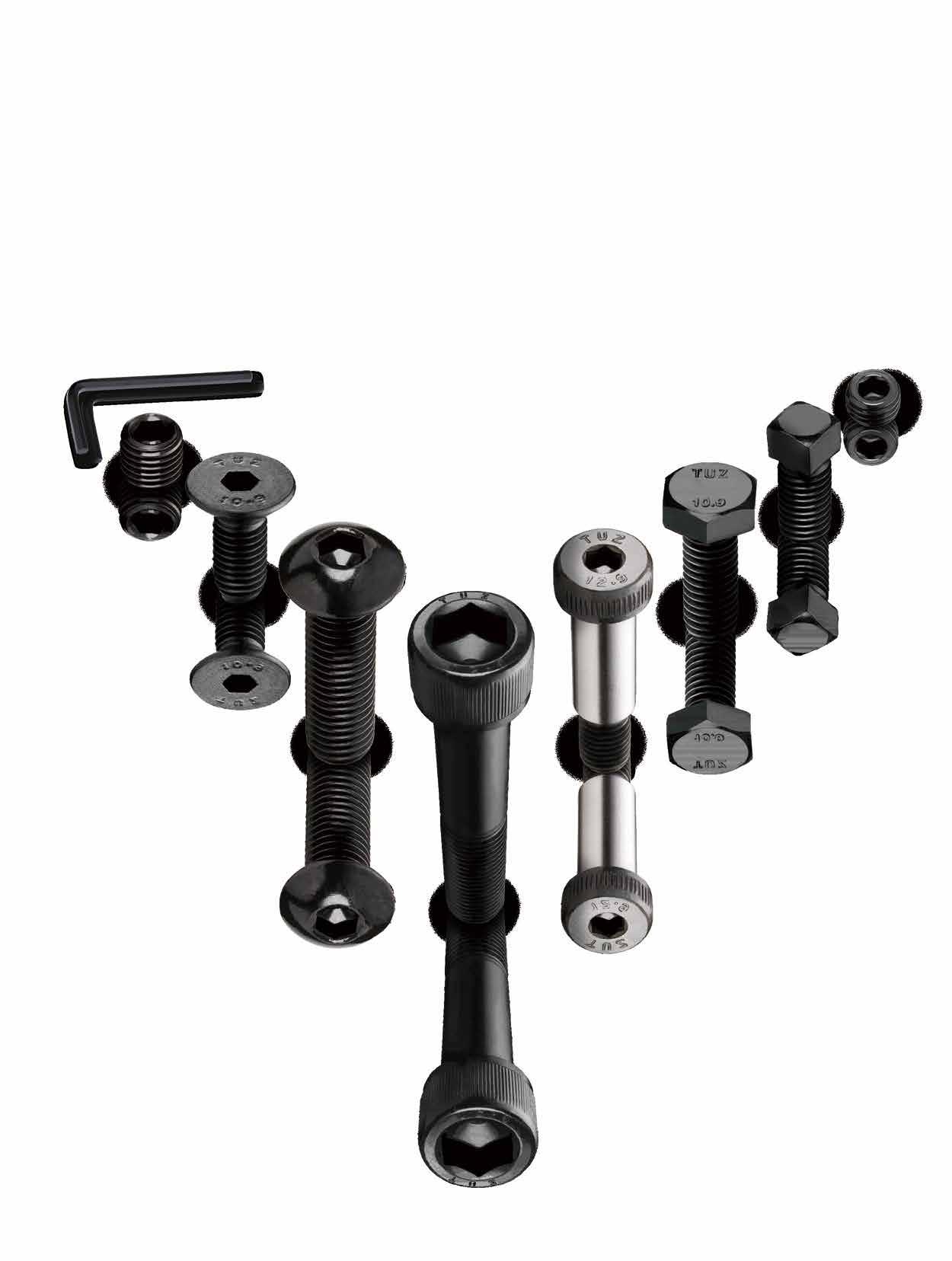






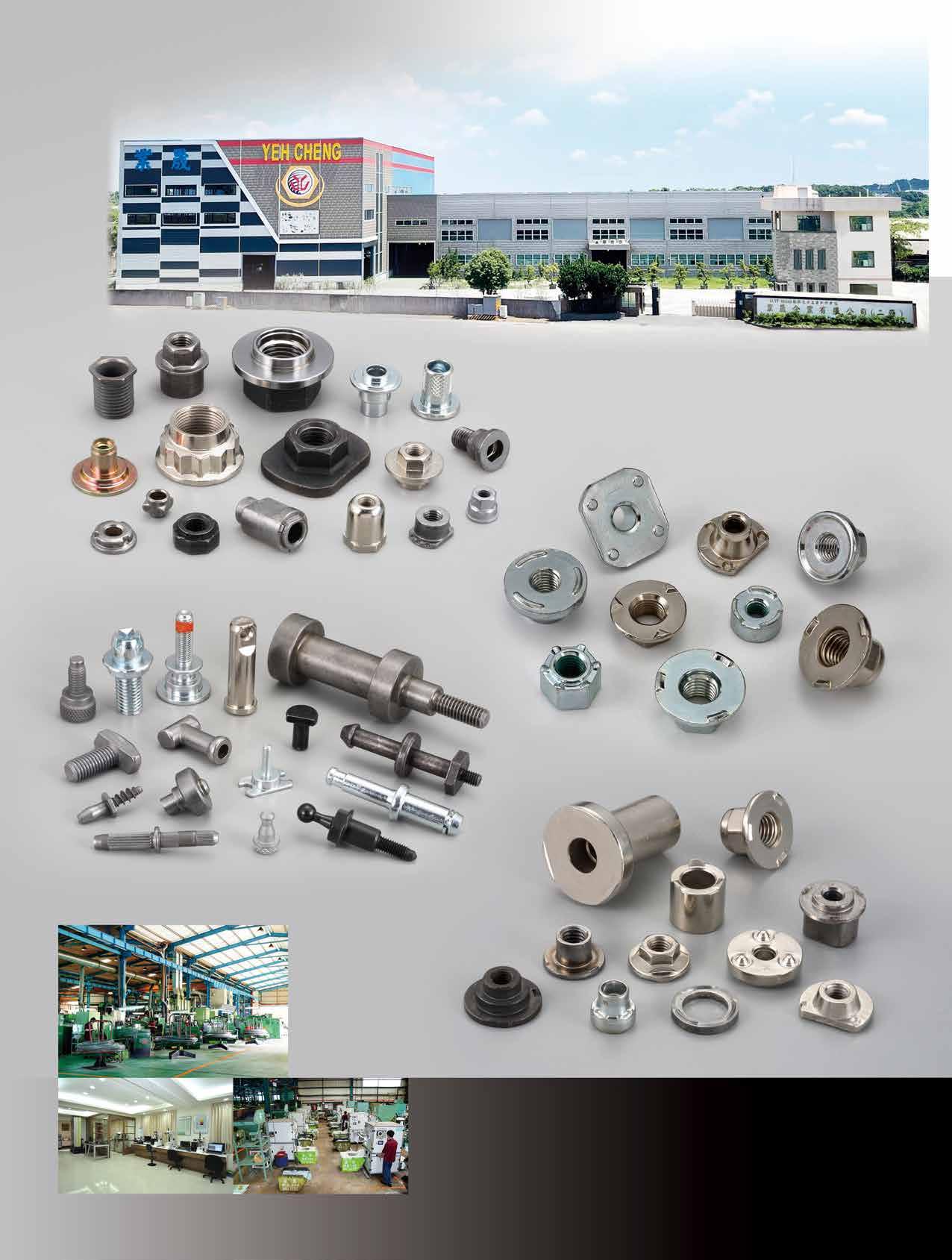


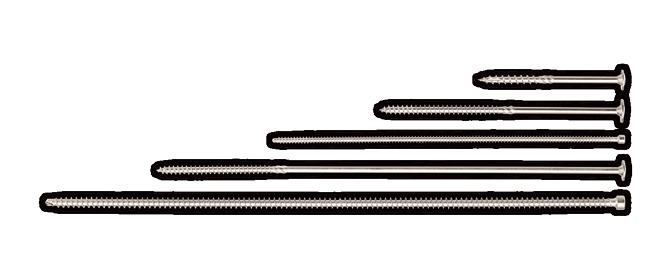

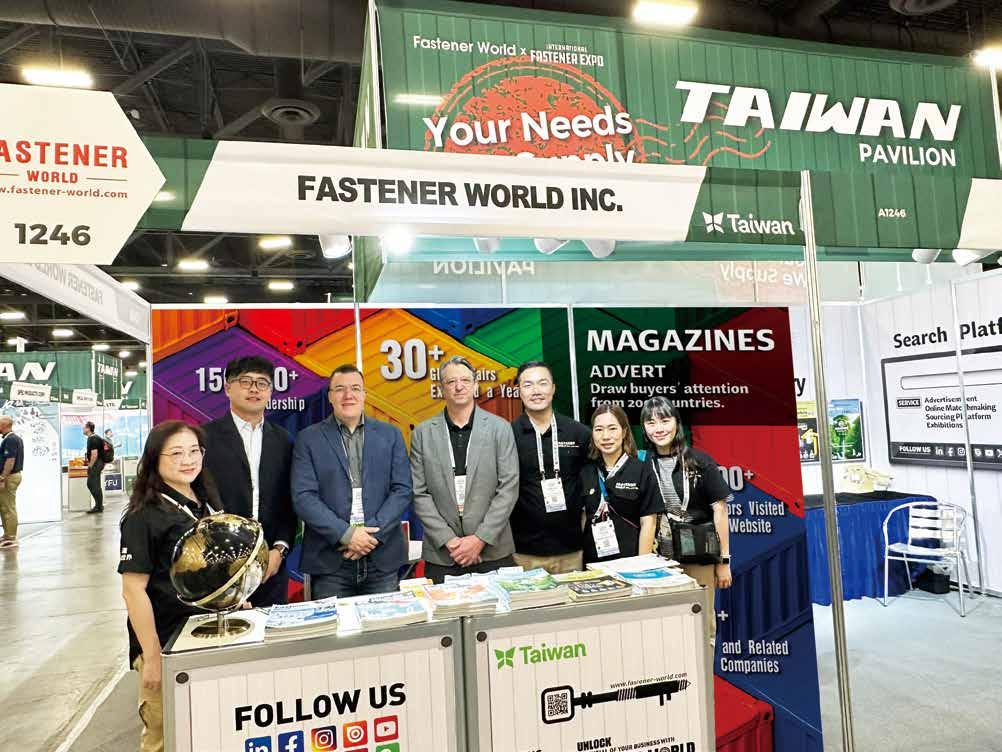

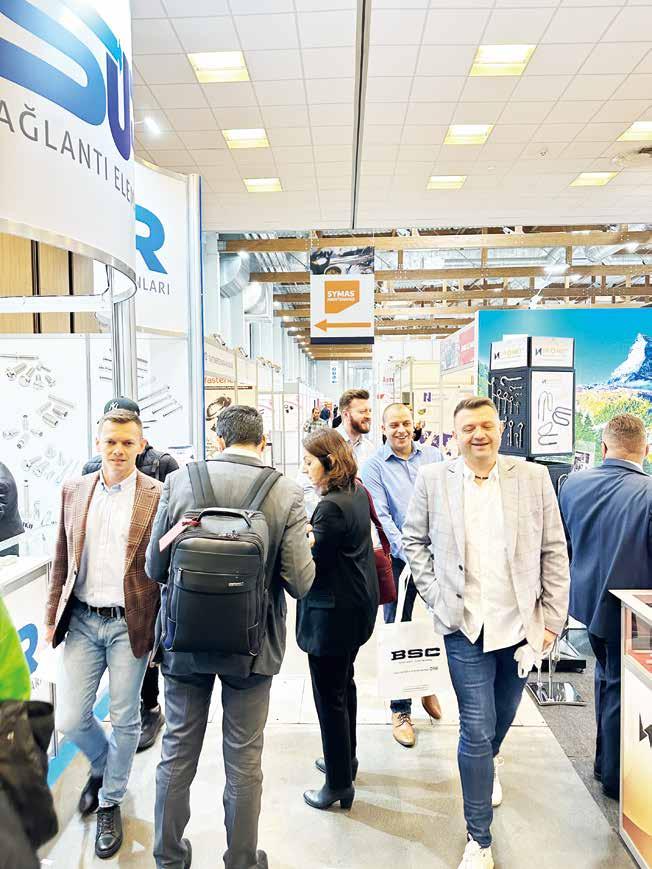
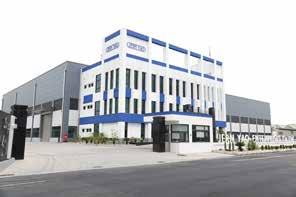

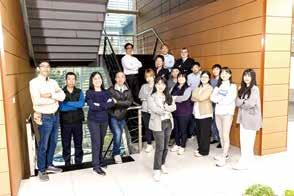

201 310EXPRESS COMPANY (SAIMA) (Japan)
Security, Tamper Proof, Anti-theft Screws...
140 A-PLUS SCREWS INC.
Chipboard Screws, Customized Special Screws / Bolts...
298 ABC FASTENERS CO., LTD. 聯欣
Drop-in Anchors, Expansion Anchors, Wire Anchors...
66 AEH FASTEN INDUSTRIES CO., LTD. 鉞昌
Clevis Pins, Dowel Pins, Hollow Rivets...
79 ALEX SCREW INDUSTRIAL CO., LTD. 禾億
Button Head Cap Screws, Button Head Socket Cap Screws...
88 AMBROVIT S.P.A. (Italy)
Chipboard Screws, Combined Screws, Machine Screws...
308 ANCHOR FASTENERS INDUSTRIAL CO., LTD. 安拓
ETA Series, Anchor Bolts, Anchor Nuts, Automotive Parts...
51 APEX FASTENER INTERNATIONAL CO., LTD. 嵿峰
Nuts, Wing Nuts & Bolts, Turning Parts, Stamping Parts
80 ARUN CO., LTD.
Bi-metal Screws, Chipboard Screws, Drywall Screws...
鉅耕
122 AUTOLINK INTERNATIONAL CO., LTD. 浤爵
Automotive Screws, Machine Bolts, Flange Nuts...
93 BCR INC.
Automotive Screws, Piston Pins, Weld Bolts (Studs)...
必鋮
247 BEAR FASTENING SOLUTIONS, INC. 雄益
IFI, DIN, ISO, JIS standard, Drywall Screws, Decking Screws
26 BI-MIRTH CORP. 吉瞬
Stainless Steel Screws, Chipboard Screws, Timber Screws...
2 BOLTUN CORPORATION 恒耀工業
Automotive Screws, Nuts, Bolts, Special Parts...
191 CANATEX INDUSTRIAL CO., LTD. 保力德
Nuts, Turning Parts, Bolts, Plastic Injection Parts...
230 CHANG BING ENTERPRISE CO., LTD. 彰濱
Hook Bolts, Holders / Hooks / Rings, Dowel Screws...
235 CHARNG JIH ENTERPRISE CO., LTD. 長驥
Bonded Washers, Cotter Pins, Quick Release Pins...
137 CHEN SHIN ENTERPRISE FACTORY 成興
Professional Plastic Container Manufacturer
76 CHIAN YUNG CORPORATION 將運
SEMS Screws
81 CHIN LIH HSING PRECISION ENTERPRISE (CLH) 金利興
Automotive Nuts, Brass Inserts, Bushes, Bushings...
42 CHONG CHENG FASTENER CORP. 宗鉦
Cap Nuts, Coupling Nuts, Conical Washer Nuts...
74 CPC FASTENERS INTERNATIONAL CO., LTD. 冠誠
Stainless Steel, Bi-metal Self-drilling Screws...
37 DA YANG ENTERPRISE CO., LTD. 大楊
Special Automotive Nuts, Special Weld Nuts...
68 DAR YU ENTERPRISE CO., LTD. 達宇
Chipboard Screws, Drywall Screws, Screw Nails...
105 DE HUI SCREW INDUSTRY CO., LTD. 德慧
Drywall Screws, Decking Screws, Self-drilling Screws, Roofing Screws...
47 DIN LING CORP. 登琳
Chipboard Screws, Drywall Screws, Furniture Screws...
67 DRA-GOON FASTENERS CO., LTD.
Chipboard Screws, Phillips Head Screws, TEK Screws...
86 DUNFA INTERNATIONAL CO., LTD.
Bushes, Spacers, Automotive Parts, Tubes, Turning Parts...
104 EASYLINK INDUSTRIAL CO., LTD.
Automotive Nuts, Thread Forming Screws...
129 FAITHFUL ENGINEERING PRODUCTS CO., LTD.
Anchors, Box Nails, Door/Window Accessories...
62 FALCON FASTENER CO., LTD.
Automotive & Motorcycle Special Screws / Bolts...
4 FANG SHENG SCREW CO., LTD.
Shoulder Bolts, Button Head Socket Cap Screws..
90 FASTENER JAMHER TAIWAN INC.
Automotive Nuts, Blind Nuts / Rivet Nuts, Bushings...
40 FASTNET CORP. 俊鉞
Dowel Pins, Flange Nuts, Weld Nuts, 4 Pronged T Nuts...
163 FONG PREAN INDUSTRIAL CO., LTD. 豐鵬
Automotive Screws, Bi-metal Screws, Brass & Bronze Screws...
70 FORTUNE BRIGHT INDUSTRIAL CO., LTD. 鋒沐
Cap Nuts, Dome Nuts, Nylon Cap Insert Lock Nuts...
60 FU HUI SCREW INDUSTRY CO., LTD.
Automotive & Motorcycle Special Screws / Bolts...
126 FU KAI FASTENER ENTERPRISE CO., LTD.
Precision Electronic Screws, Special Screws, Weld Screws...
82 FUSHANG CO., LTD.
Carbon Steel Screws, Chipboard Screws, Concrete Screws...
228 GINFA WORLD CO., LTD.
Chipboard Screws, Countersunk Screws, Drywall Screws...
198 GUANGZHE ENTERPRISE CO., LTD.
Collated Washer Paper Tape, Collated Screw Tape...
69 HAO CHENG PLASTIC CO., LTD.
PP Boxes, PET Jars, ABS Boxes, PC Boxes..
132 HARVILLE FASTENERS LTD. 豪威爾
Special Screws and Bolts, Sems Screws, Stainless Steel Fasteners...
142 HEADER PLAN CO. INC.
Chipboard Screws, Collated Screws, Deck Screws...
217 HEY YO TECHNOLOGY CO., LTD.
Precision Pins, Rollers, Dowel Pins...
219 HISENER INDUSTRIAL CO., LTD.
Wood Construction Screws, Chipboard Screws, Drywall Screws...
120 HO HONG SCREWS CO., LTD.
Alloy Steel Screws, Button Head Cap Screws, Chipboard Screws...
146 HOME SOON ENTERPRISE CO., LTD.
Bit, Bit Holder, Magnetic Nut Setter, Spring Nut Driver...
78 HOSHENG PRECISION HARDWARE CO., LTD.
Auto Parts, CNC Machined Parts, Bolts...
65 HSIN JUI HARDWARE ENTERPRISE CO., LTD.
Bushes, Construction Bolts, Special Cold / Hot Forming Parts...
41 HU PAO INDUSTRIES CO., LTD.
Automotive Nuts, Flange Nuts, Hexagon Nuts...
100 HWALLY PRODUCTS CO., LTD.
Drop-in Anchors, Chipboard Screws, Anchors...
189 INDUSTRIAL TECHNOLOGY RESEARCH INSTITUTE (ITRI)
INNTECH INTERNATIONAL CO., LTD.
All Kinds of Nuts, All Kinds of Screws, Automotive Special Screws... 10 J.C. GRAND CORPORATION
All Kinds of Screws, Chipboard Screws...
71 JAU YEOU INDUSTRY CO., LTD.
Chipboard Screws, Drywall Screws, High Low Thread Screws... 36 JET FAST COMPANY LIMITED
Blind Nuts / Rivet Nuts, Aircraft & Aerospace Washers... 269 JIAXING KINFAST HARDWARE CO., LTD.
Stainless Steel Screws, Fasteners, Anchors...
JIEN KUEN ENTERPRISE CO., LTD.
Hexagon Nuts, Nylon Cap Insert Lock Nuts, Square Nuts... 238 JINGFONG INDUSTRY CO., LTD.
Hex Nylon Insert Lock Nuts, Wing Nuts with Nylon Insert...
233
JOINTECH FASTENERS INDUSTRIAL CO., LTD.
Customized Parts, Bolts, Screws, Nuts, Automotive Parts...
77 JOKER INDUSTRIAL CO., LTD. 久可
Hollow Wall Anchors, Concrete Screws, Jack Nuts...
130 JUNG SHEN TECHNOLOGY CO., LTD. 榮燊
Bi-metal Screws, Automatic Welding & Automatic Inspection...
117 KAN GOOD ENTERPRISE CO., LTD. 鋼固
Fastener, Hardware, Plastic, Instruction Booklet Package in Bags...
121 KEY-USE INDUSTRIAL WORKS CO., LTD. 凱雍
Flanged Head Bolts, Milled Bolts, Rim Bolts, Round Head Bolts...
116 KING CENTURY GROUP CO., LTD.
Drop-in Anchors, Self-drilling Anchors, Sleeve Anchors...
58 KWANTEX RESEARCH INC.
Chipboard Screws, Wood Construction Screws, Deck Screws...
108 L & W FASTENERS COMPANY
Construction Fasteners, Flat Washers, Heavy Nuts...
139 LIAN CHUAN SHING INTERNATIONAL CO., LTD.
Weld Nuts, Special Parts, Special Washers, Flat Washers...
310 LINKWELL INDUSTRY CO., LTD.
All Kinds of Screws, Automotive & Motorcycle Special Screws...
15 LOCKSURE INC.
Weld Nuts, Cage Nuts...
109 LONG THREAD FASTENERS CORP.
Bi-metal Self-drilling Screws, Chipboard Screws...
91 MAC PRECISION HARDWARE CO. 鑫瑞
Turning Parts, Precision Metal Parts, Cold Forged Nuts...
23 MASTER UNITED CORP. 永傑
Chipboard Screws, Drywall Screws, Furniture Screws...
50 MAUDLE INDUSTRIAL CO., LTD.
Button Head Socket Cap Screws, Flange Washer Head Screws...
230 MAXTOOL INDUSTRIAL CO., LTD.
Plastic Screws, Drop-in Anchors, Expansion Anchors...
215 METAL FASTENERS CO., LTD.
Self-Clinching Standoffs, Inserts, Self-clinching Nuts... M K



197 METECK ENTERPRISES CO., LTD.
Automotive Fasteners, Brass Screws (Bolts), Building Fasteners...
16 MIN HWEI ENTERPRISE CO., LTD.
Button Head Socket Cap Screws, Chipboard Screws...
商后
明徽
225 MIT INDUSTRIAL ACCESSORIES CORP. 侑威
Stamping Hardware, Bolts, Nuts, CNC Screw Machine Parts...
133 MOUNTFASCO INC.
All Kinds of Screws, Alloy Steel Screws, Automotive Screws...
118 NCG TOOLS INDUSTRY CO., LTD.
Tools for Fastening Anchors, Blind Nuts / Rivet Nuts...
崎鈺
昶彰
124 PAKWELL GROUP 開懋
Bi-metal Screws
46 PENGTEH INDUSTRIAL CO., LTD. 彭特
SEMs Screws, Special Screws, Binder Screws, PT Screws...
128 PPG INDUSTRIES INTERNATIONAL INC. 美商必丕志
Chromium-free Coating, ED Coating...
175 PRO POWER CO., LTD.
鉑川 Screws, Bolts...
107 PS FASTENERS PTE LTD. (Singapore) 汎昇
Washers, Socket Set Screws, U Bolts, Alloy Steel Screws...
72 QST INTERNATIONAL CORP. 恒耀國際
Hexagon Head Bolts, Square Head Bolts, Weld Bolts (Studs)...
207 RENETSAF CO., LTD.
華鋼金
Brass, Copper, Silicon Bronze, Aluminum and Customized Parts...
12 REXLEN CORP. 連宜
Clinch Nuts, Clinch Studs, CNC Parts, Stamped Parts...
6 SAN SHING FASTECH CORP. 三星
Automotive Nuts, Automotive Parts, Carbide Dies...
115 SCREWTECH INDUSTRY CO., LTD.
Machined Parts, Thumb Screws, Micro Screws...
302 SEN CHANG INDUSTRIAL CO., LTD. 昇錩
Customized Special Screws / Bolts, Socket Head Cap Screws...
296 SHANGHAI FAST-FIX RIVET CORP. 飛可斯
Blind Rivets, High Shear Rivets, Closed End Rivets...
177 SHAW GUANG ENTERPRISE CO., LTD. 紹光
Cap Nuts, Conical Washer Nuts, Flange Nuts...
208 SHEH FUNG SCREWS CO., LTD.
Chipboard Screws, Countersunk Screws, Wood Screws...
210 SHEH KAI PRECISION CO., LTD. 世鎧
Bi-metal Concrete Screw Anchors, Bi-metal Screws...
85 SHEN CHOU FASTENERS INDUSTRIAL CO., LTD.
Button Head Cap Screws, Chipboard Screws...
34 SHIH HSANG YWA INDUSTRIAL CO., LTD. 新倡發
Flange Nuts, Flange Nylon Nuts With Washers...
168 SHIN CHUN ENTERPRISE CO., LTD. 昕群
Automotive Screws, Chipboard Screws, Customized Screws...
205 SHUENN CHANG FA ENTERPRISE CO., LTD. 舜倡發
Long Construction Fasteners and Other Modified Fasteners...
134 SIN HONG HARDWARE PTE. LTD (Singapore) 新豐 Hexagon Nuts, Hexagon Head Bolts, Blind Rivets...
20 SPEC PRODUCTS CORP. 友鋮
Lincensee Fasteners, Turned/Machined Parts...
8 SPECIAL RIVETS CORP. 恆昭 Blind Nuts / Rivet Nuts, Blind Rivets, Air Riveters...
73 SPRING LAKE ENTERPRISE CO., LTD. 春澤 Chipboard Screws, Thread Forming Screws...
227 STRONG JOHNNY INTERNATIONAL CO., LTD. 駿愷
Automotive & Special Parts, Cold-Forged Fasteners...
101 SUNCO INDUSTRIES CO., LTD. (Japan)
Distributor Specializing in Fasteners
113 SUPER DPD CO., LTD. 三御
All Kinds of Screws, Bi-metal Screws, Carbon Steel Screws...
84 SUPERIOR QUALITY FASTENER CO., LTD. 鑫程椿
Weld Nuts, Turning Parts, Long Screws, Spring Nuts...
98 TAIWAN SELF-LOCKING CO., LTD. (TSLG) 台灣耐落
Nylok®, Precote®, Nycote®, Nyplas®, Loctite®...
199 TAIWAN SHAN YIN INTERNATIONAL CO., LTD. 慶達
Bi-metal Self-drilling Screws, Chipboard Screws...
92 TANG AN ENTERPRISE CO., LTD. 鏜安
Customized Automotive Parts and Special Fasteners
14 THREAD INDUSTRIAL CO., LTD. 英德
Chipboard Screws, Flange Nuts, Heavy Nuts...
44 TONG HEER FASTENERS (THAILAND) CO., LTD.
Hex Bolts, Stud Bolts, Socket Cap Screws, Hex Nuts...
44 TONG HEER FASTENERS CO., SDN. BHD (Malaysia)
Stainless Steel Metric Screws, Stainless Steel Screws...
18 TONG HWEI ENTERPRISE CO., LTD. 東徽
A2 Cap Screws, Button Head Socket Cap Screws...
45 TONG MING ENTERPRISE CO., LTD. 東明
Stainless Steel Fasteners, Wire Rods…
125 TSENG WIN TRADING CO., LTD. 成盈
Ceiling Anchors, Cut Anchors, Drop-in Anchors...
64 VERTEX PRECISION INDUSTRIAL CORP. 緯紘
6 Cuts/ 8 Cuts Self Drilling Screws, Barrel Nuts, Cap Screws
48 WE POWER INDUSTRY CO., LTD. 威力寶
Chipboard Screws, Concrete Screws, Drywall Screws...
Standard / Customized Parts, Machining Parts, Stamping Parts...
Rivets, Bifurcated Rivets...
Open-Die Parts, Automotive Parts...
YI CHUN ENTERPRISE CO., LTD.
Cap Screws, Socket Set Screws, Cage Nuts, Automotive Parts...
YI HUNG WASHER CO., LTD.
Rubber Washers, Plastic Screws, Custom Washers...
Automotive & Motorcycle Special Screws / Bolts...
YOUR CHOICE FASTENERS & TOOLS CO., LTD.
A2 Cap Screws, Bits & Bit Sets, Chipboard Screws...
YOW CHERN CO., LTD.
Flanged Head Bolts, Chipboard Screws, Floorboard Screws...
YUH CHYANG HARDWARE INDUSTRIAL CO., LTD.
Automotive & Motorcycle Special Screws / Bolts...
280 CHI NING CO., LTD.
Machine, Nuts, Tooling...
Hot Forming Tools, Punches & Sleeves, Dies, Machinery Accssories...
GIAN-YEH INDUSTRIAL CO.,
Rivet Dies, Self-drilling Screw Dies, Screw Tip Dies...
INFINIX PRECISION CORP.
Customized Punches and Dies
WAN IUAN ENTERPRISE CO.,
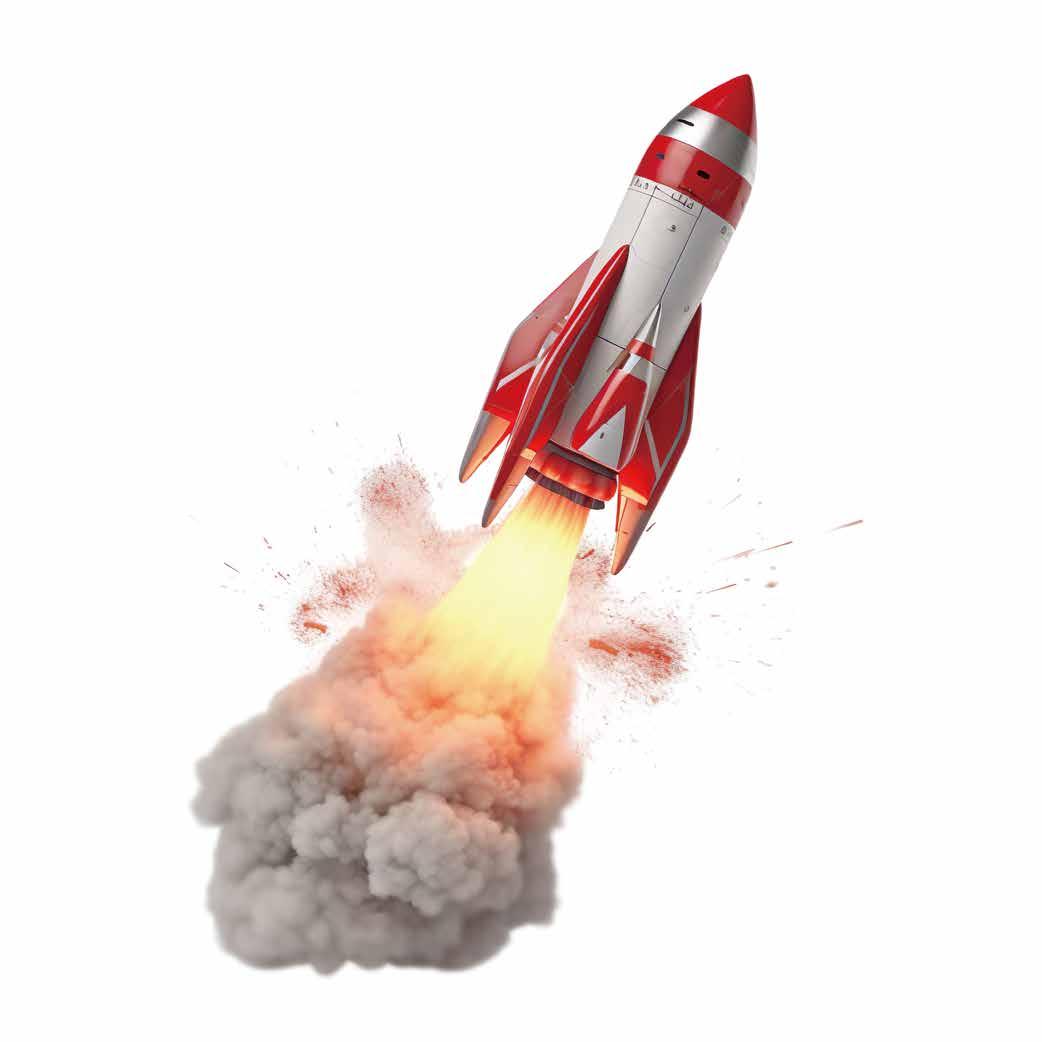
279 BIING FENG ENTERPRISE CO., LTD.
Blind Nut Formers, Multi-station Cold Forming Machines...
278 CHIEN TSAI MACHINERY ENTERPRISE CO., LTD.
Thread Rolling Machines
276 CHING CHAN OPTICAL TECHNOLOGY CO., LTD.
Eddy Current Sorting Machines, Fastener Makers...
291 GREENSLADE & COMPANY, INC. (USA)
Concentricity, Ring Gage, Plug Gage Calibration, Gages...
286 KUANG TAI METAL INDUSTRIAL CO., LTD.
Stainless Steel Cold Heading Wire
289 HONG TAY YUE ENTERPRISE CO., LTD.
Wire Straighteners, Hydraulic Clamping Machines...
306 JERN YAO ENTERPRISES CO., LTD.
Multi-station Cold Forming, Parts Forming Machines...
273 JIE LE MACHINERY CO., LTD.
Consolidation of Artificial Intelligence Equipment
287 KING SHANG YUAN MACHINERY CO., LTD.
Hydraulic Press for Lock Nut Notches & Fasteners Assembly
300 LIAN SHYANG INDUSTRIES CO., LTD. 連翔 Automatic Cold Former, Nut Tapping Machines...
281 SHEEN TZAR CO., LTD.
Self-Drilling Screw Machines & Dies
193 SONG YI MACHINERY CO., LTD.
Spindle Tapping Machine, Thread Gauge Checking Machine...
SUN FAME MANUFACTURING CO., LTD.
Shank Slotting Machines, Screw Point Cutting Machine...
283 TZE PING PRECISION MACHINERY CO., LTD. 智品 Open Die Machines, Cold Headers, Cold Forming Machines...
301 YESWIN MACHINERY CO., LTD. 友信 Bolt Formers, Multi-station Cold Forging Machines...


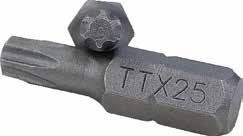
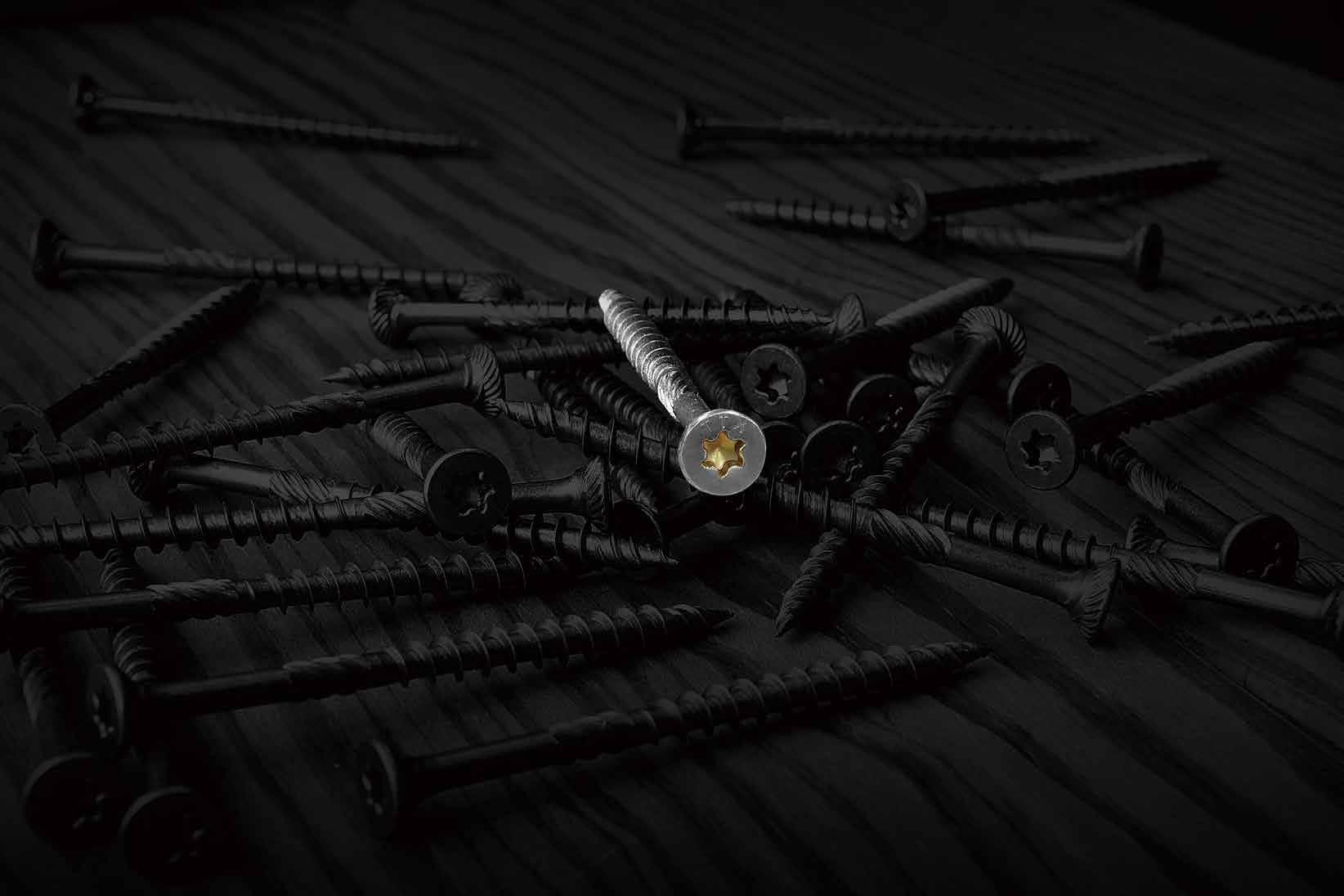
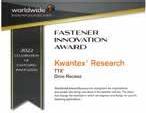
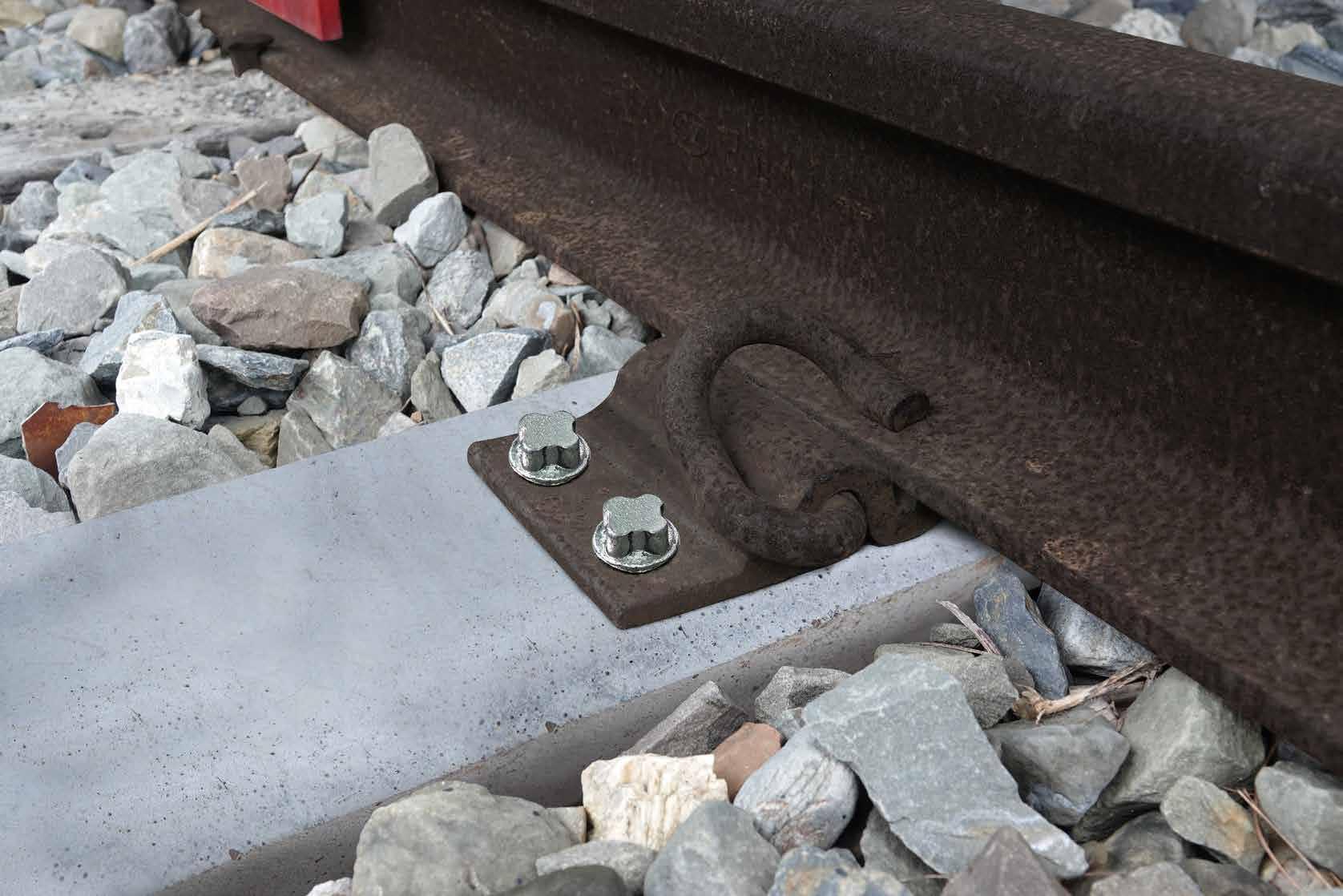
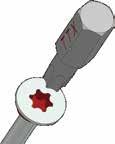






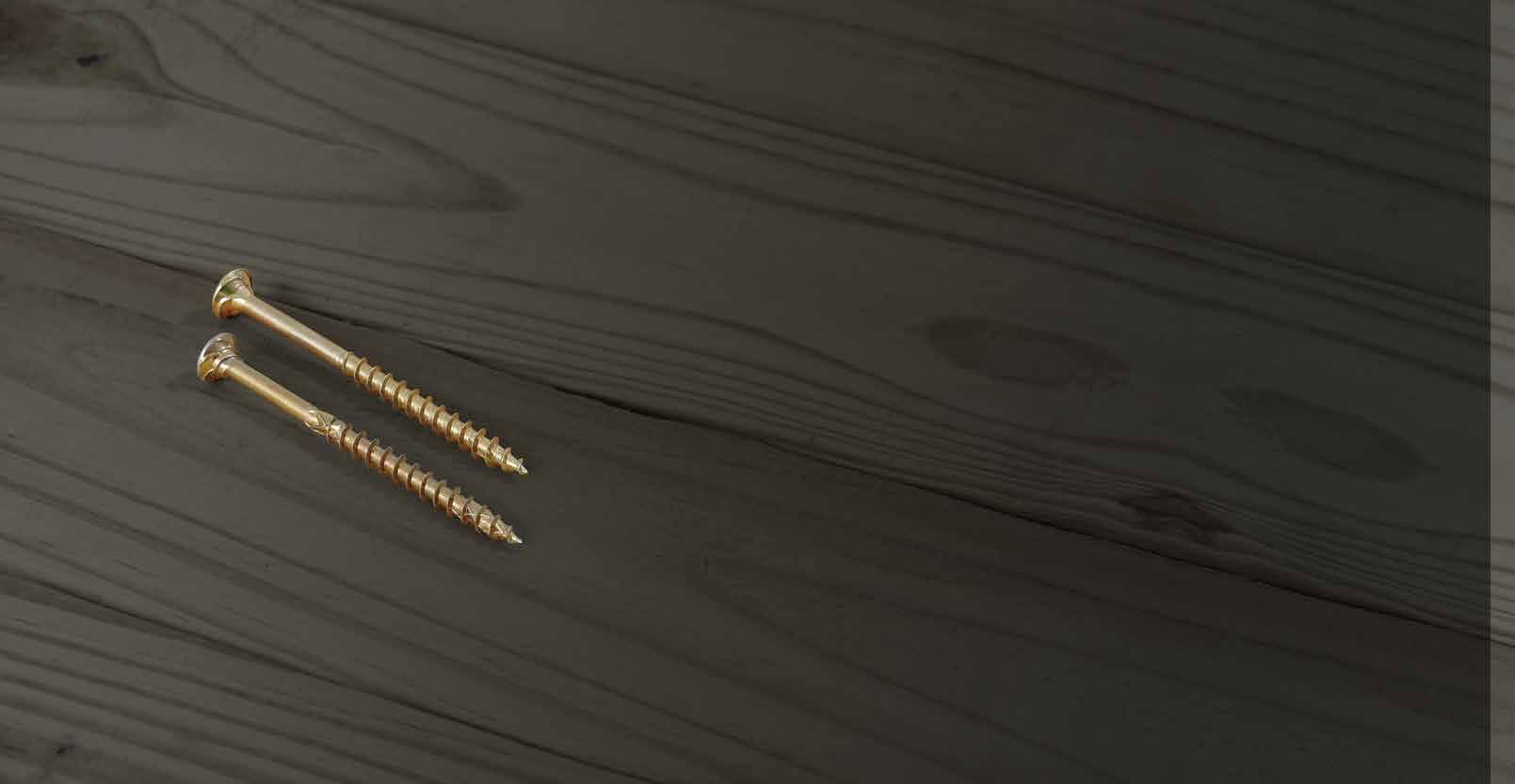


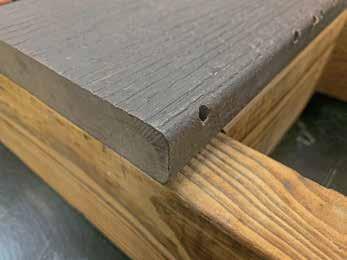
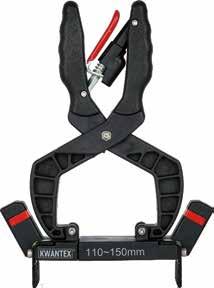

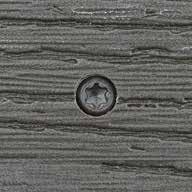








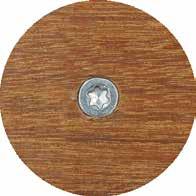


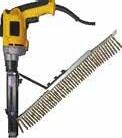
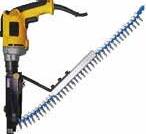
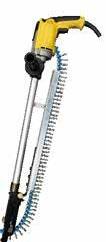








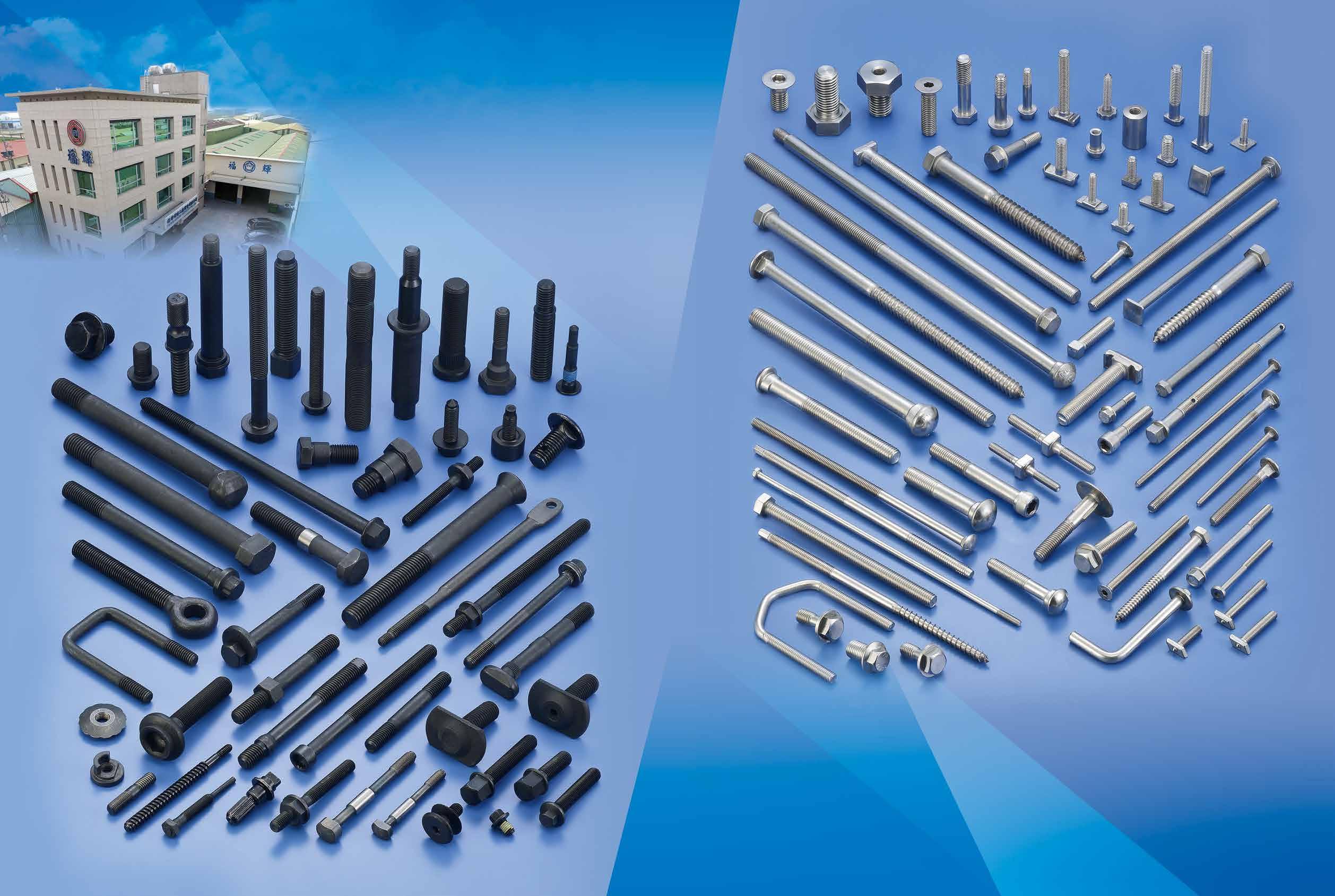


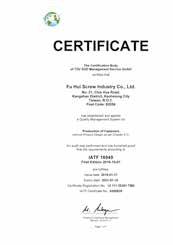
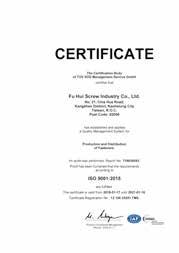





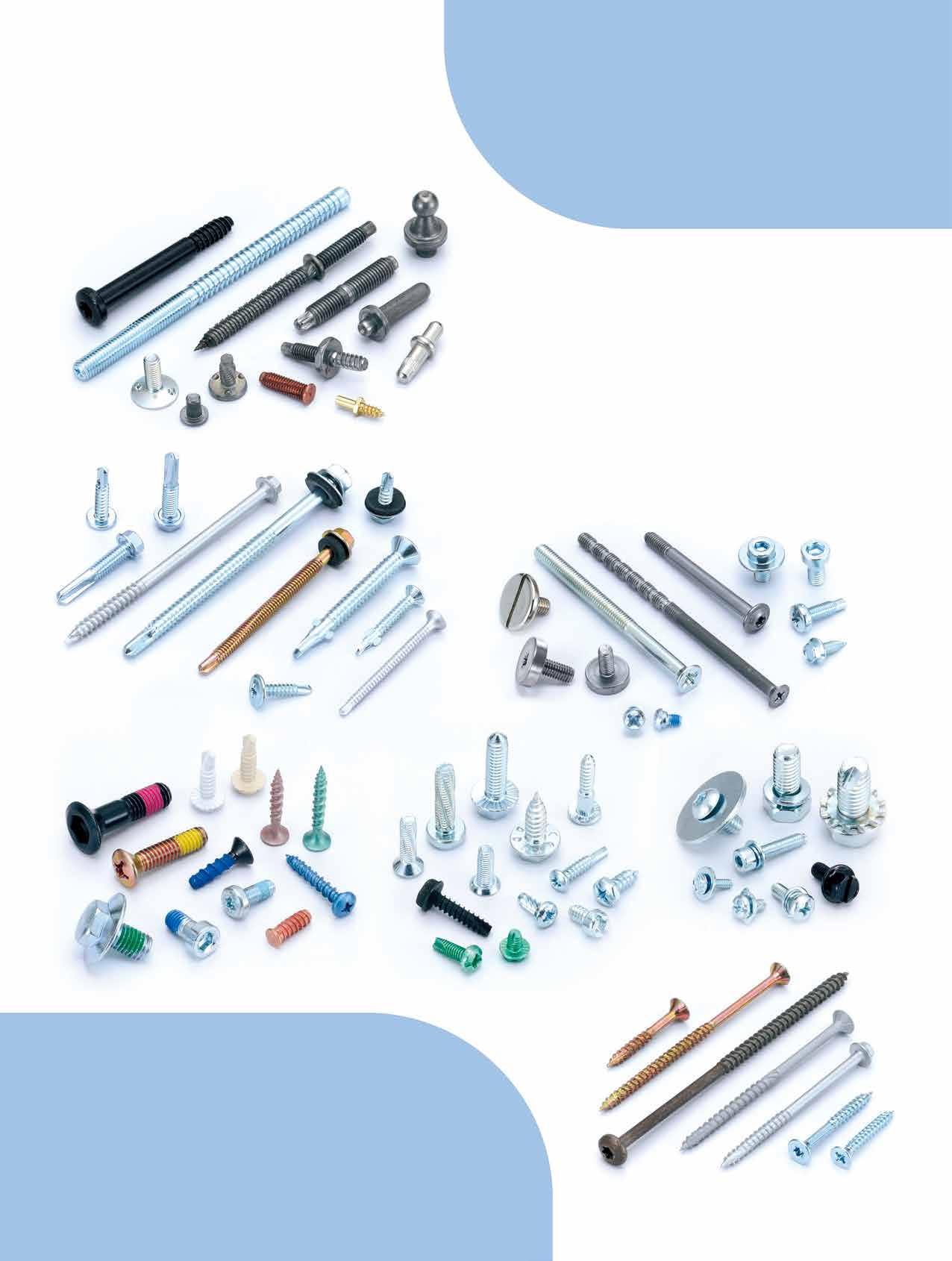

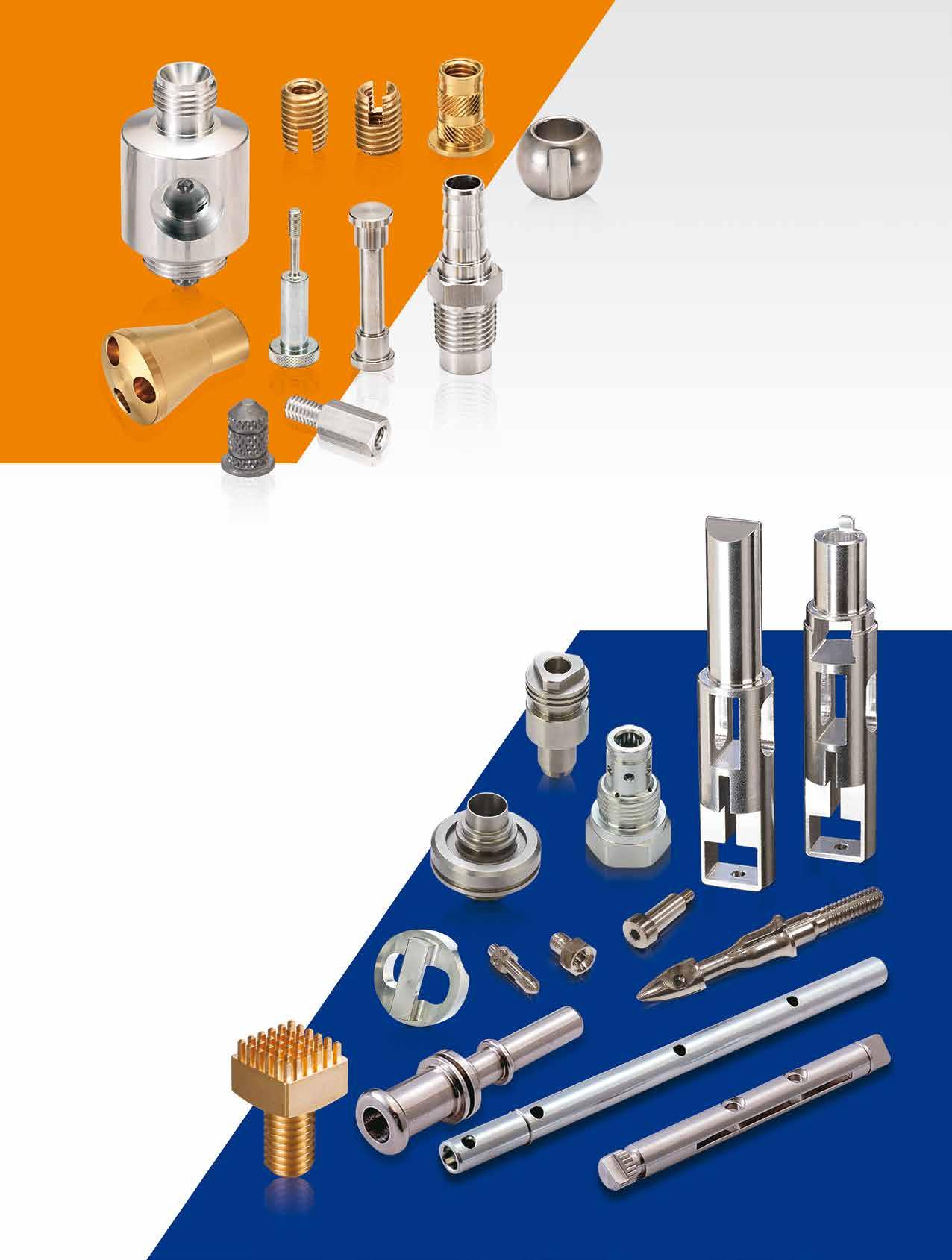
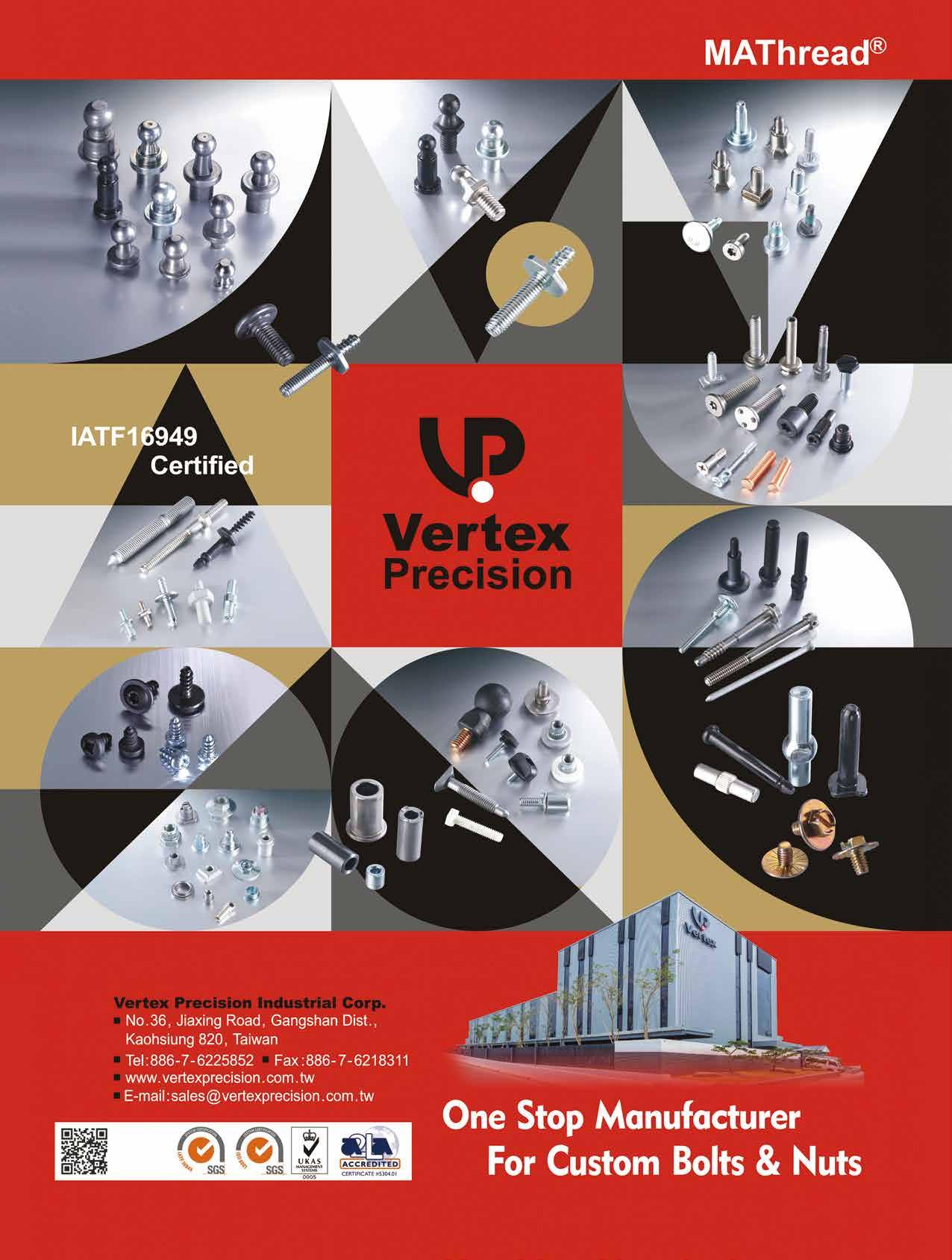

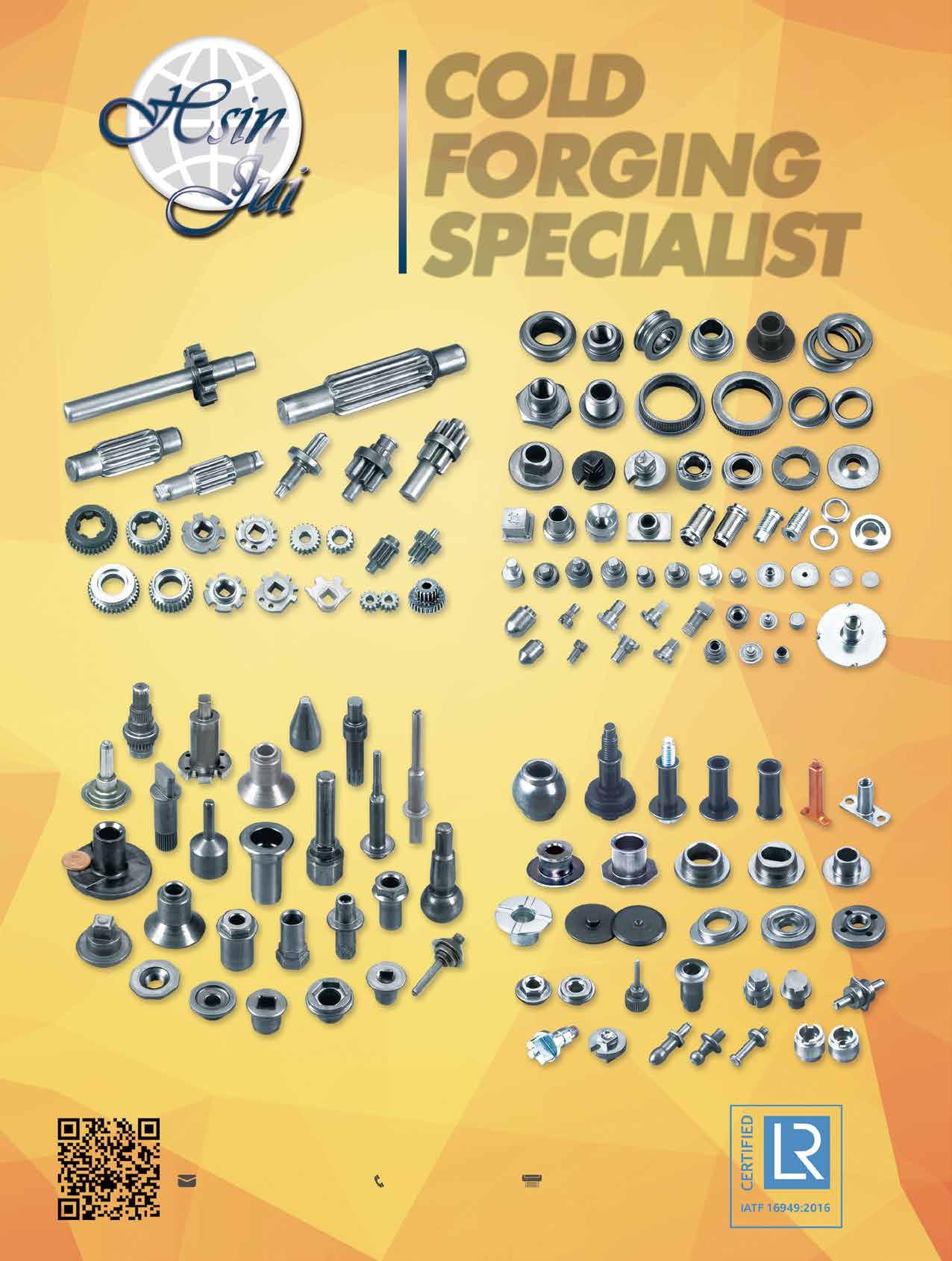





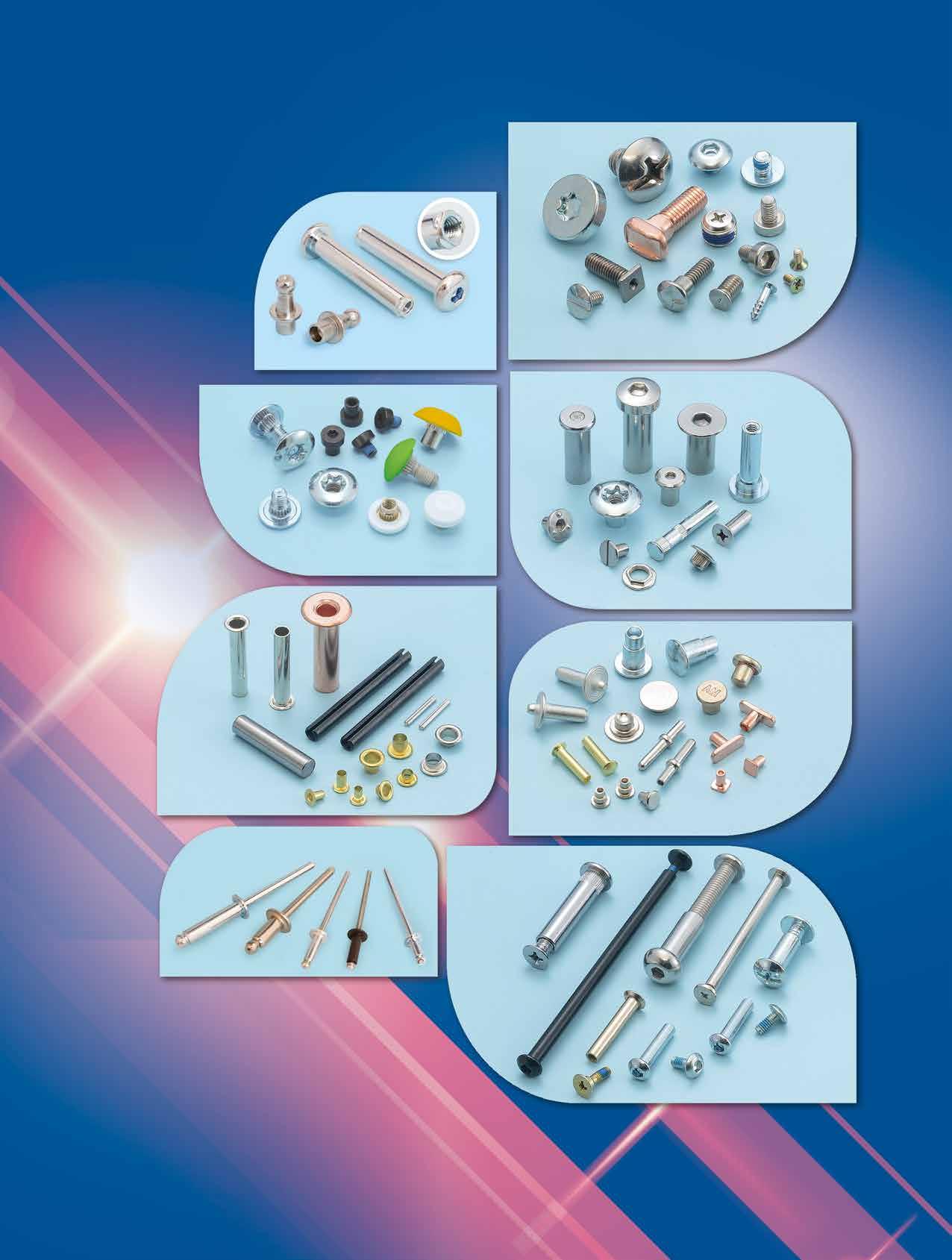









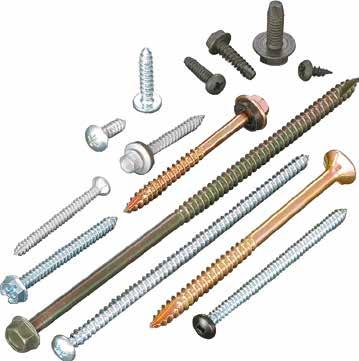
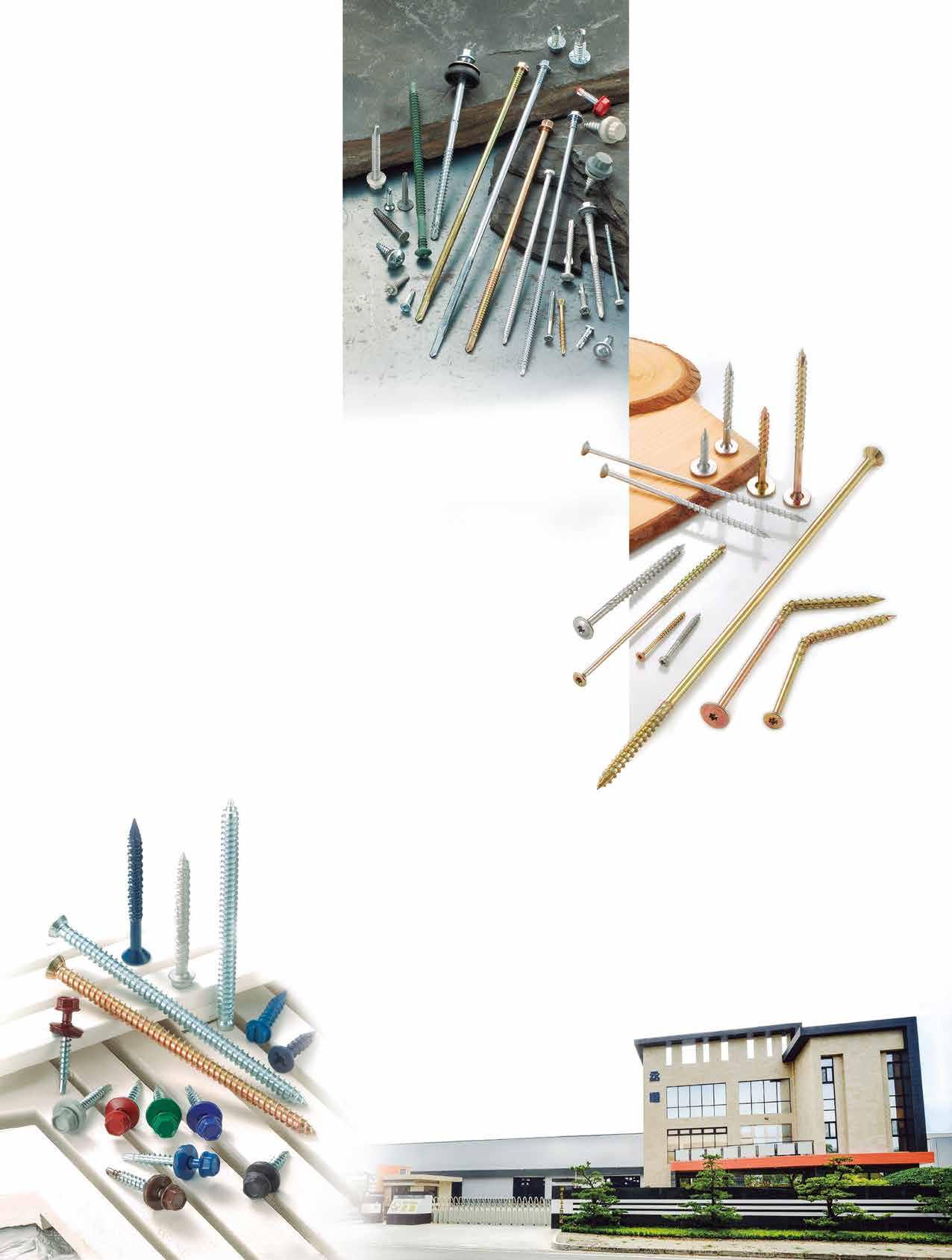

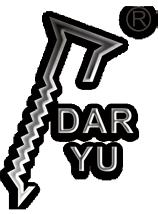

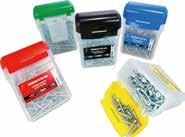

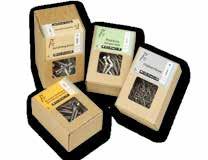
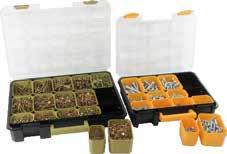
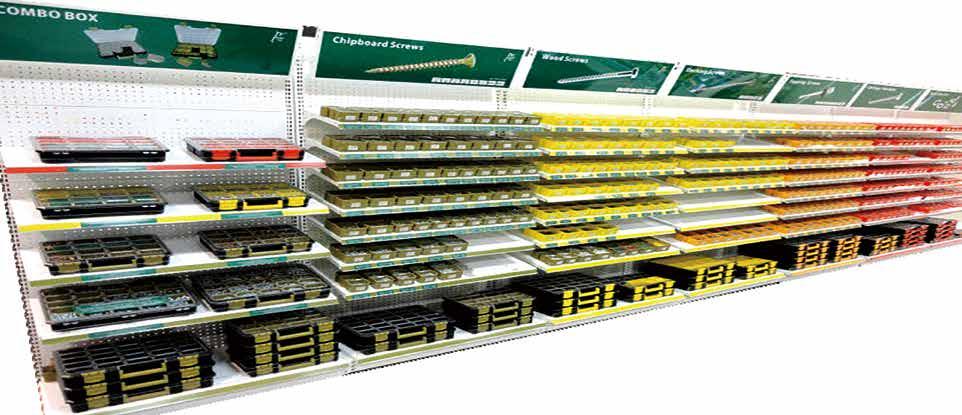
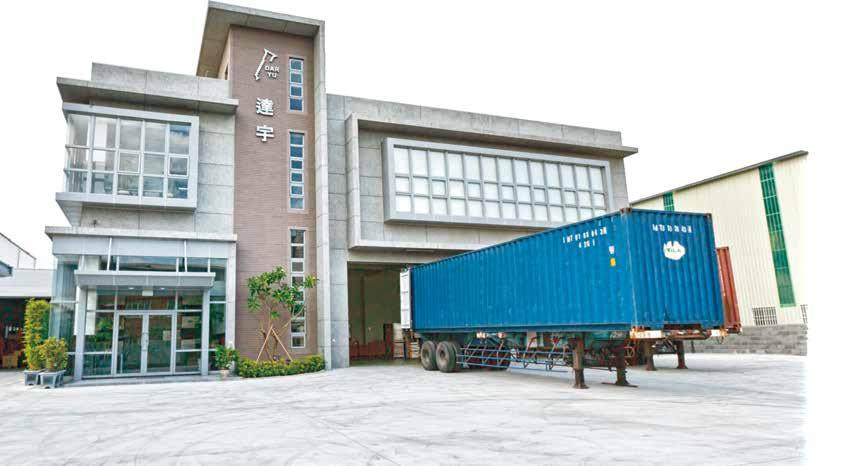


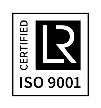

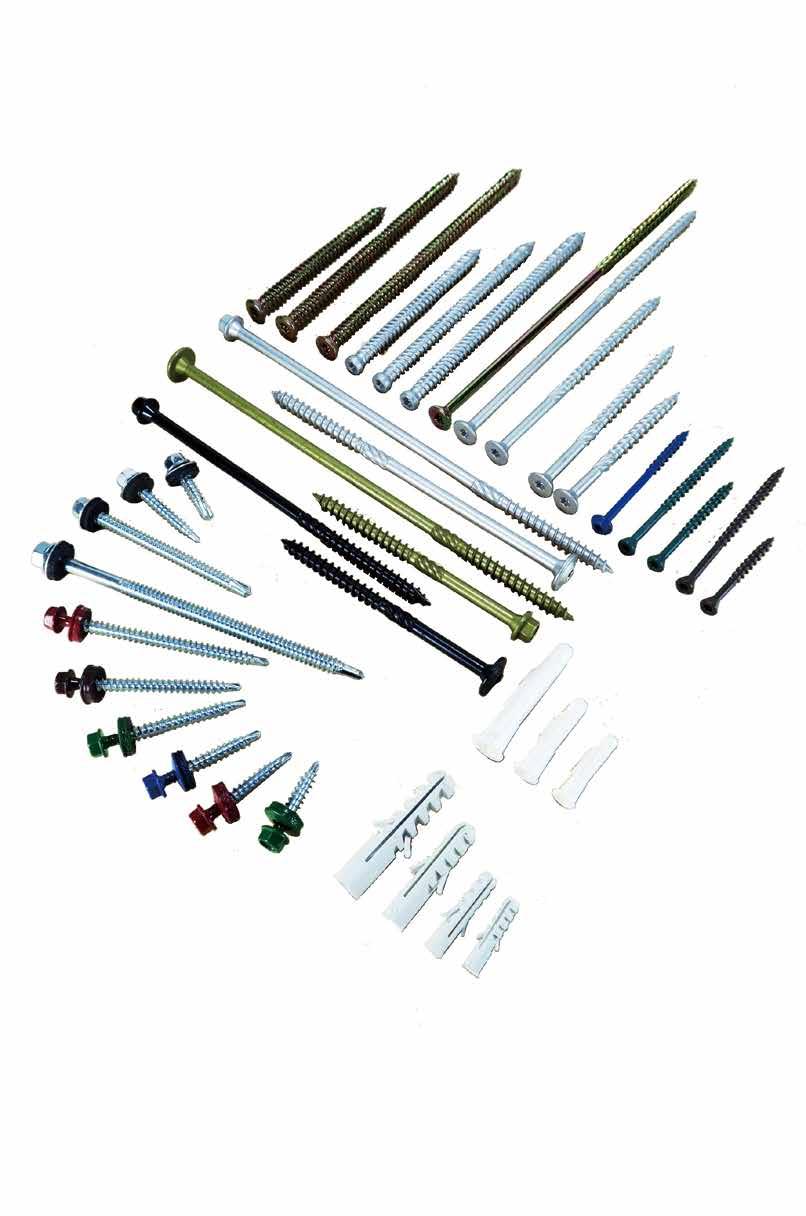

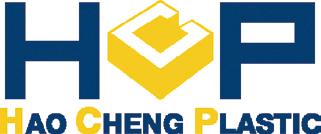


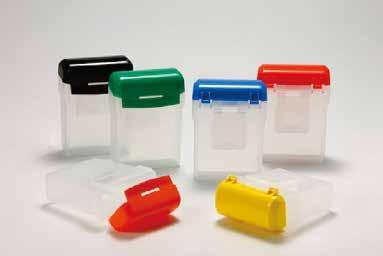
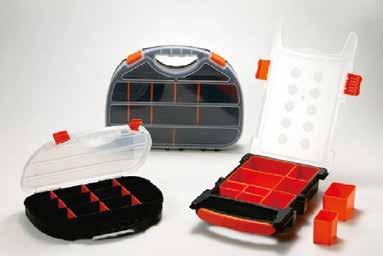

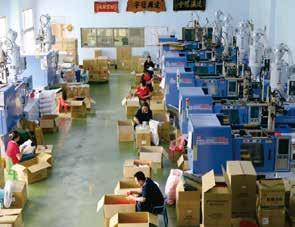

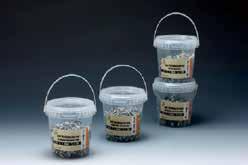
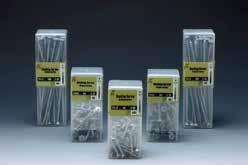
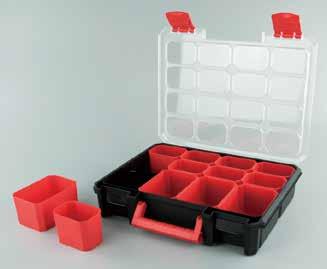
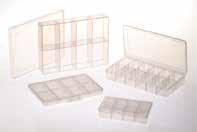
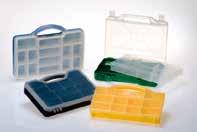
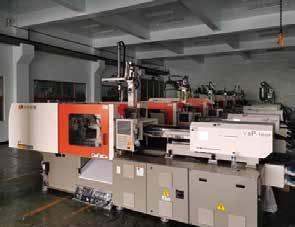


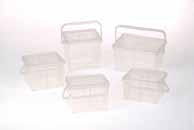
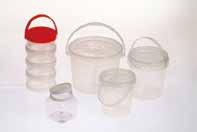
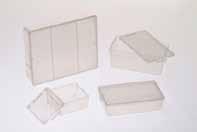
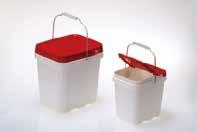
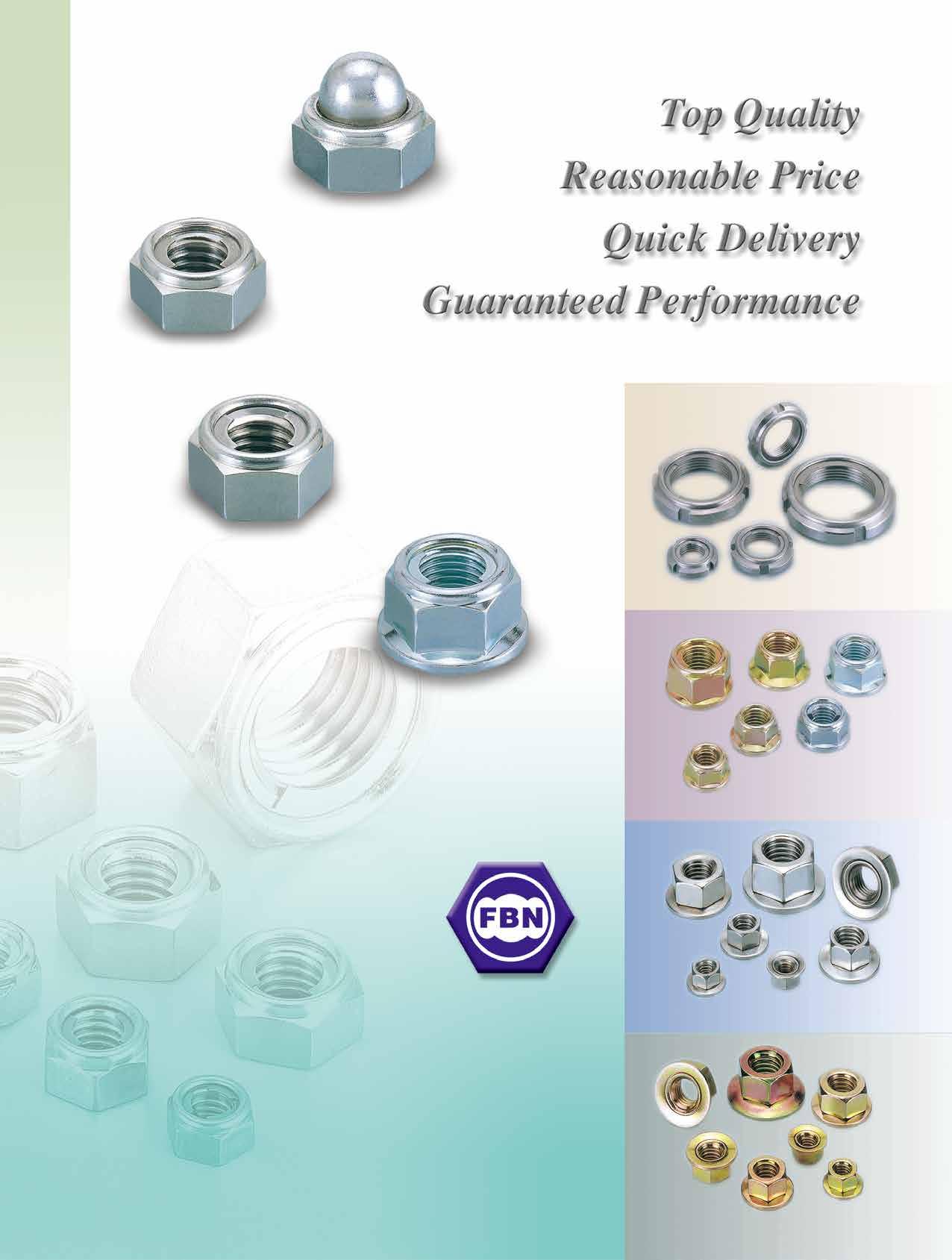

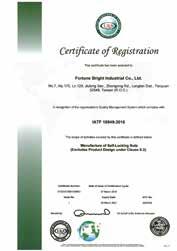

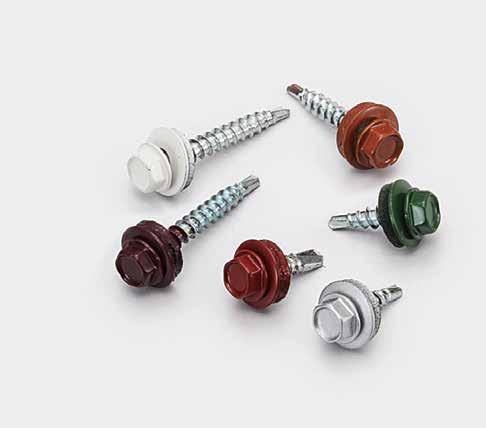
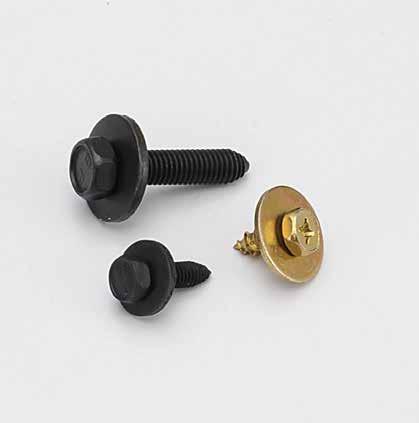
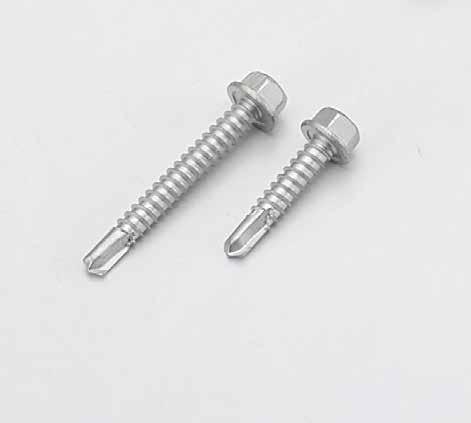
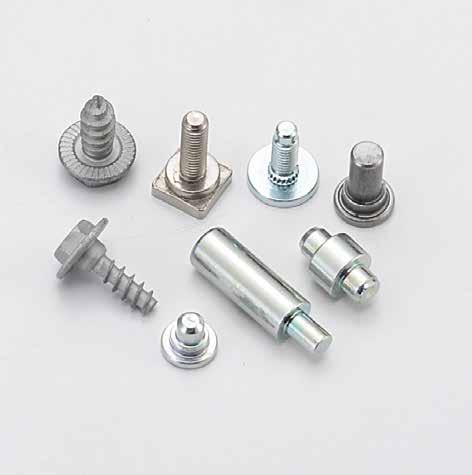
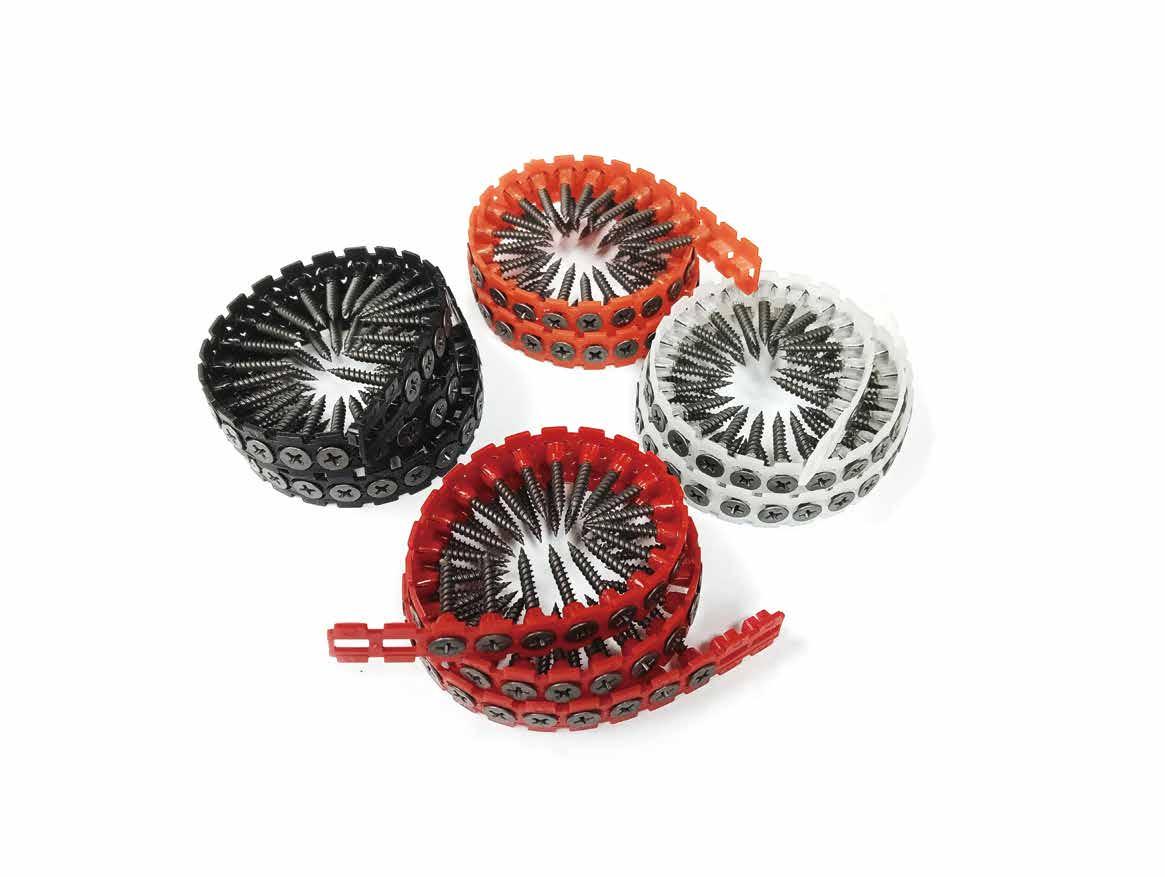
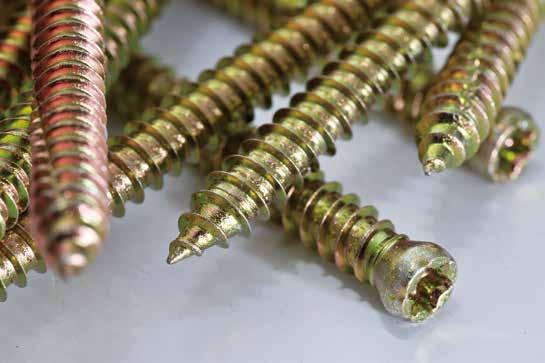
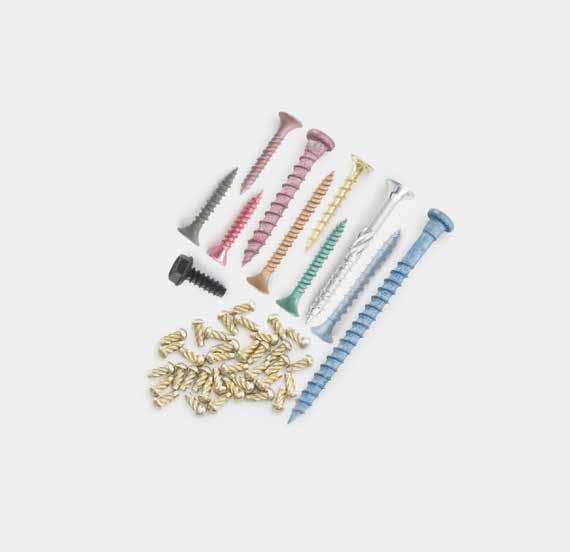
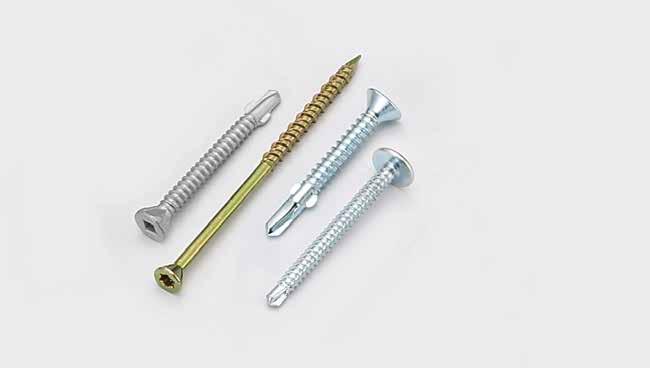
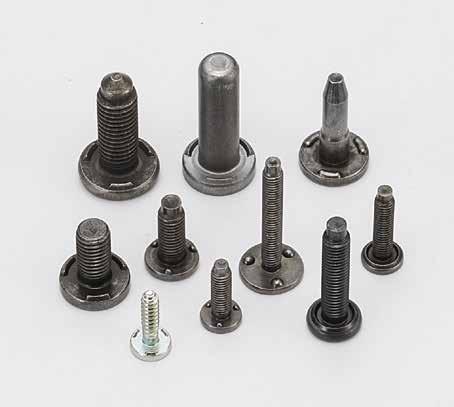
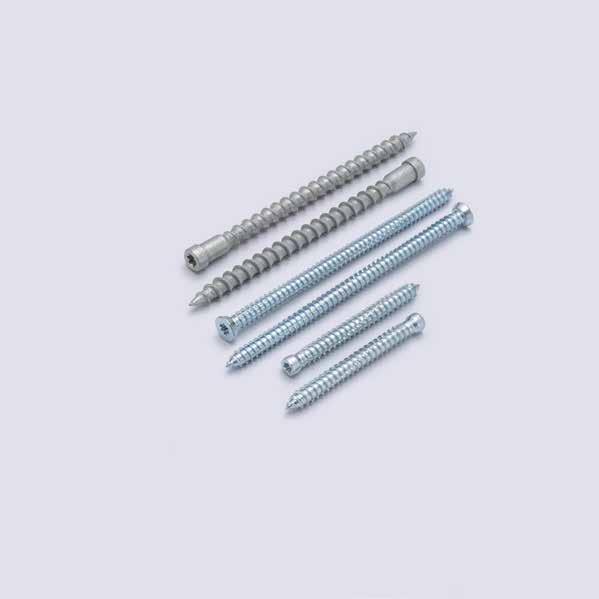
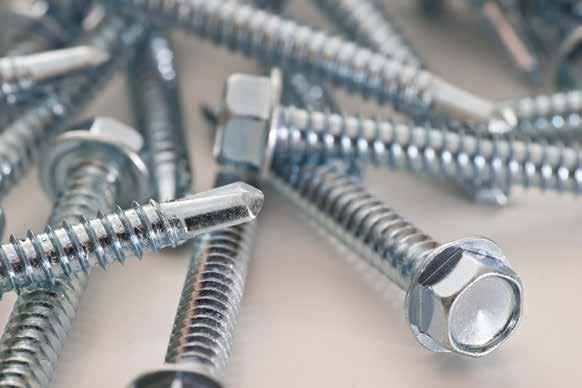
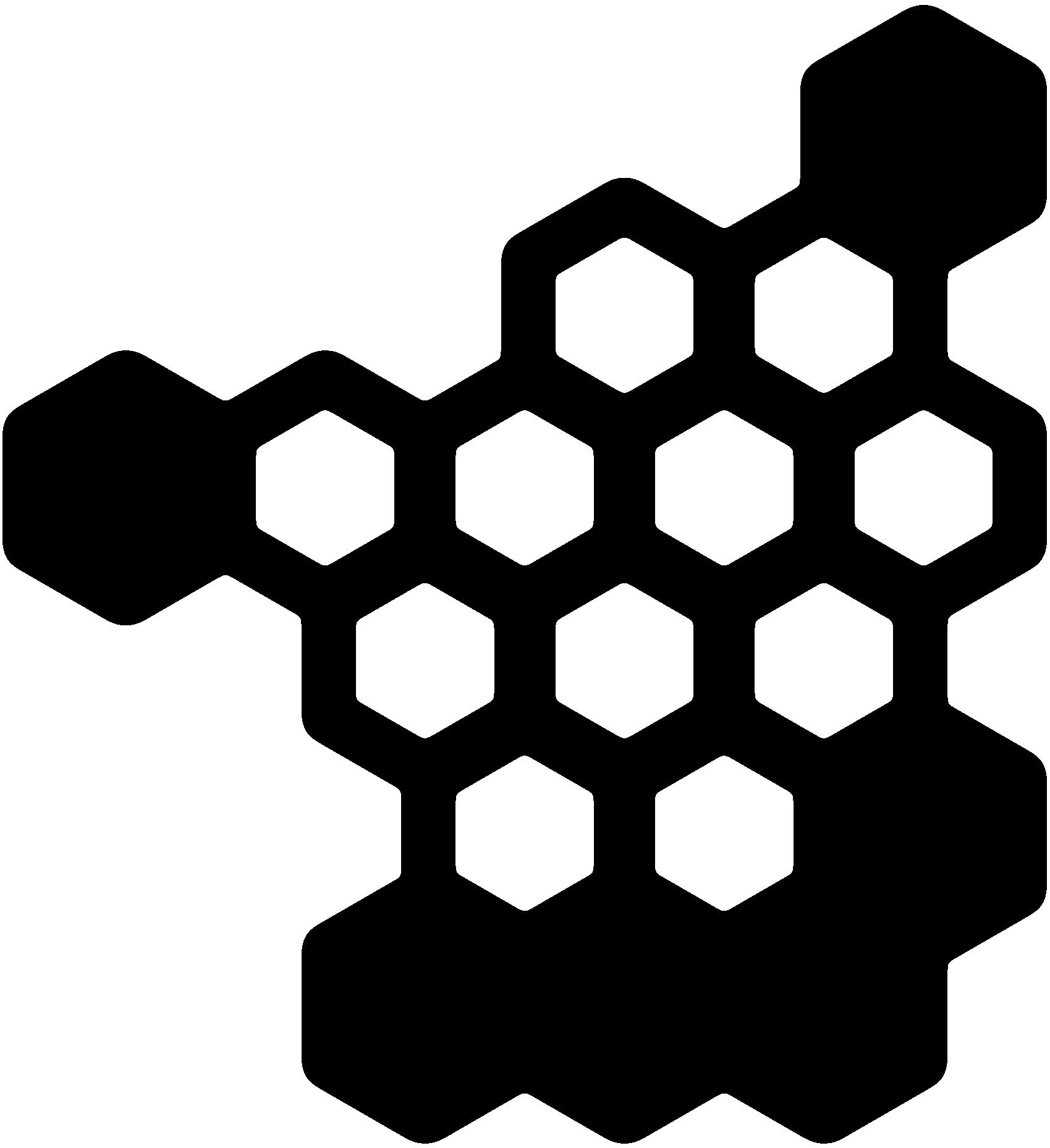
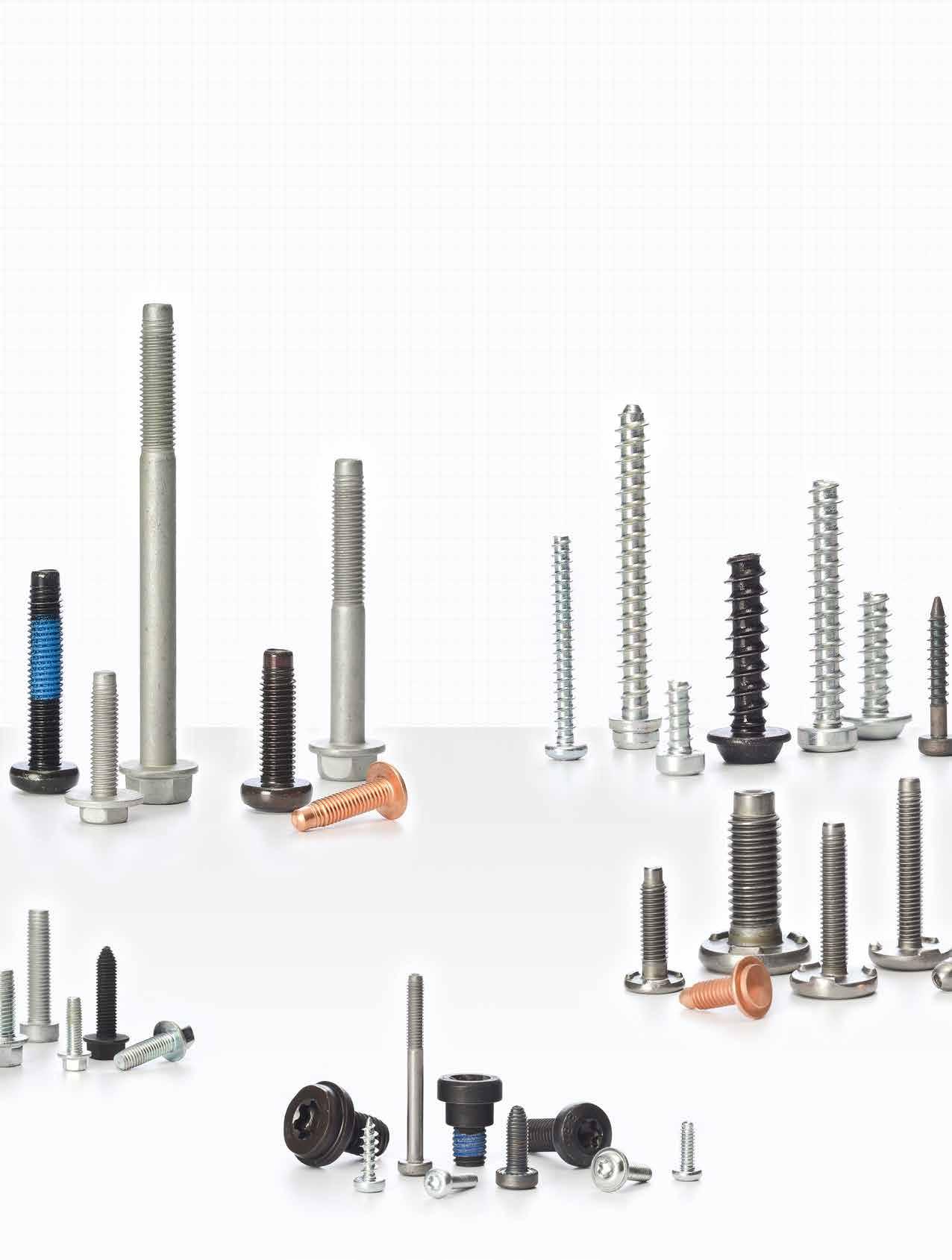

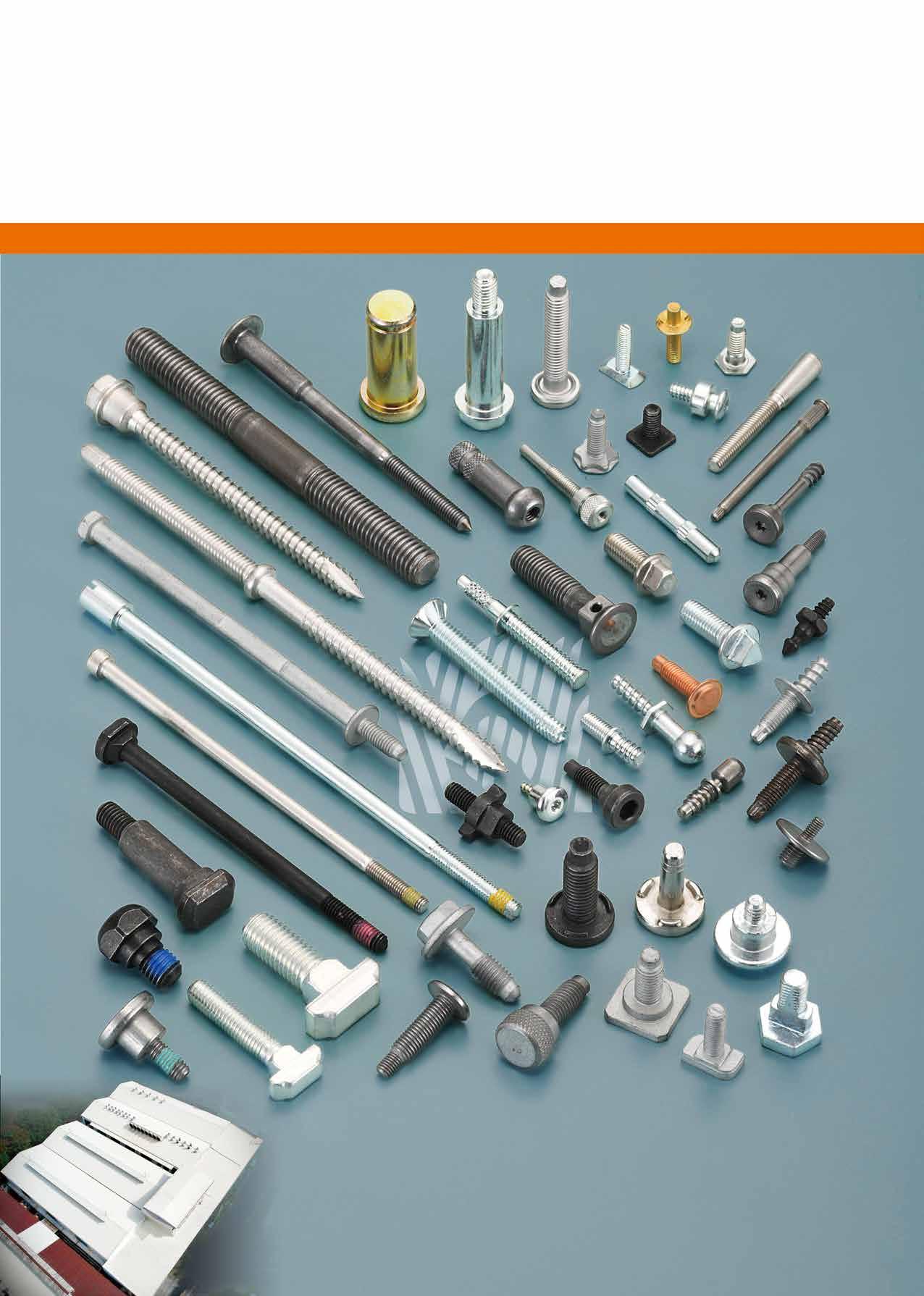
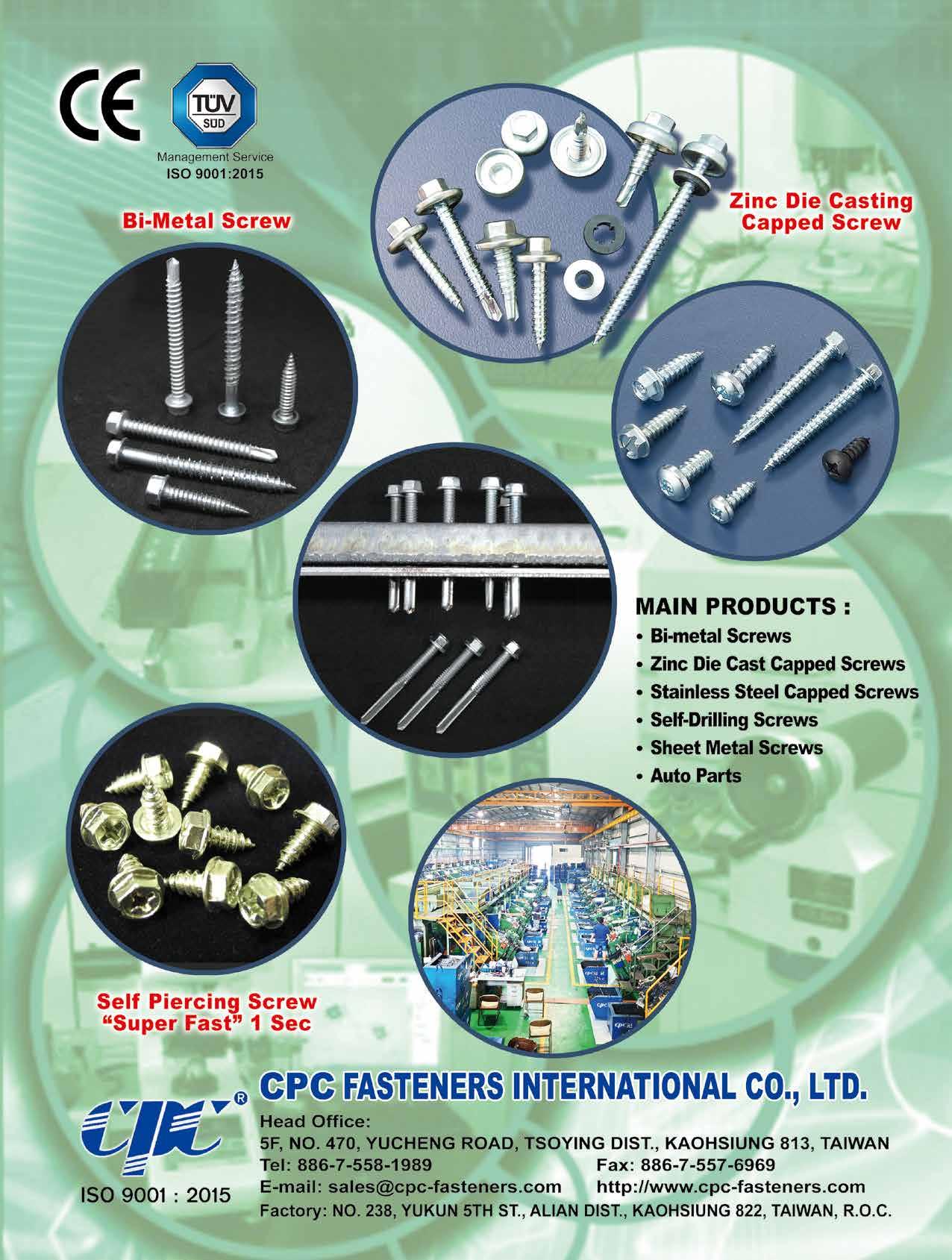


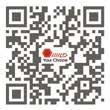

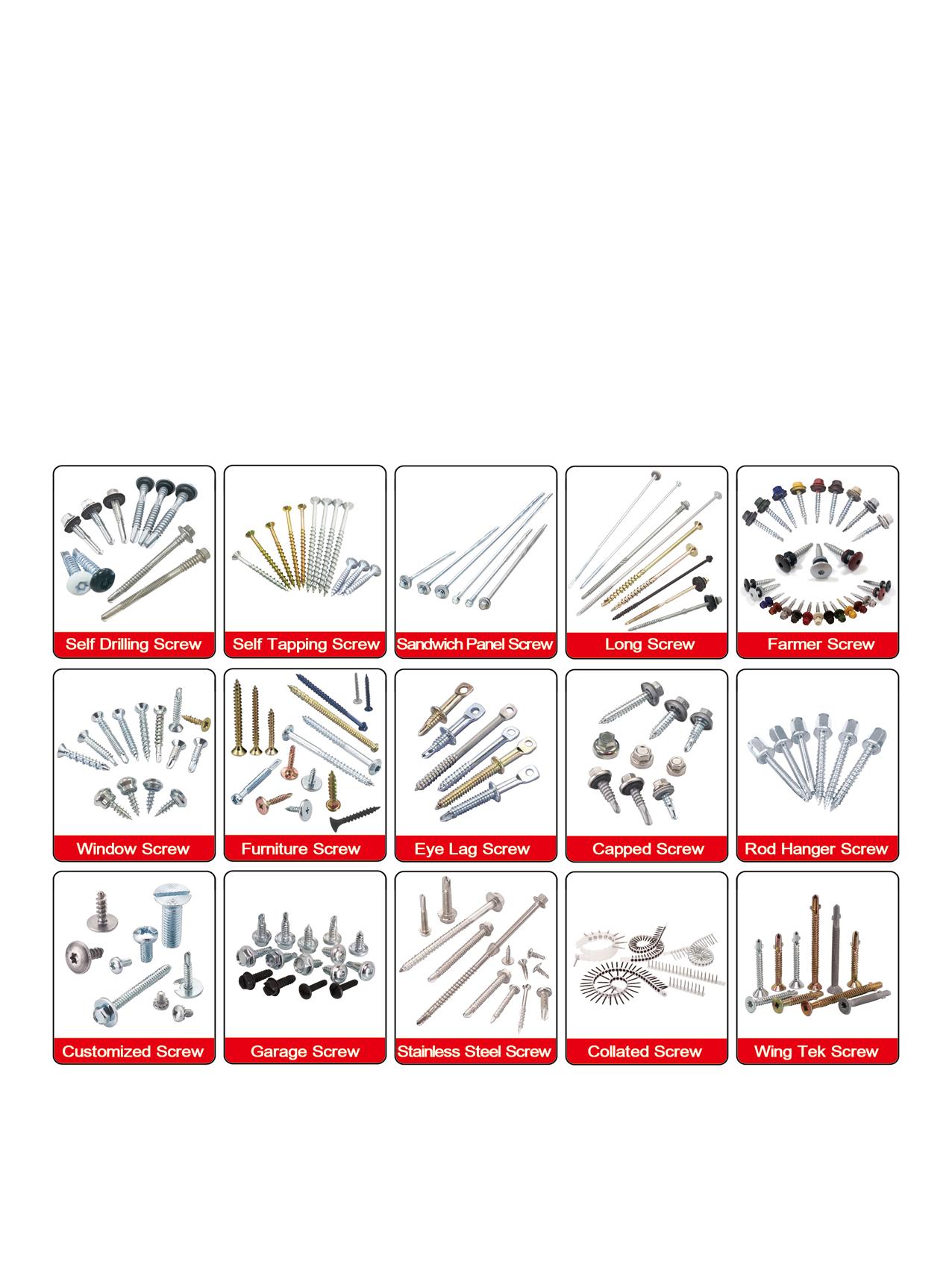
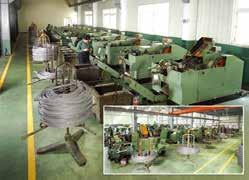
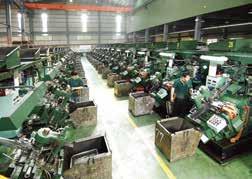
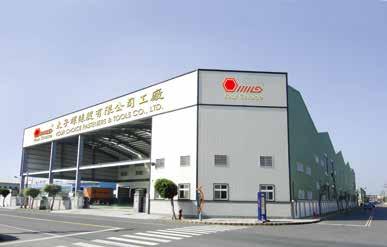
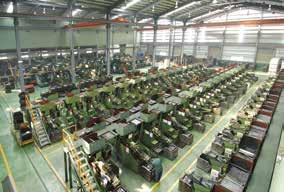
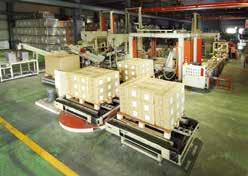

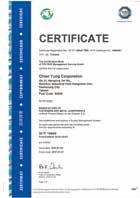

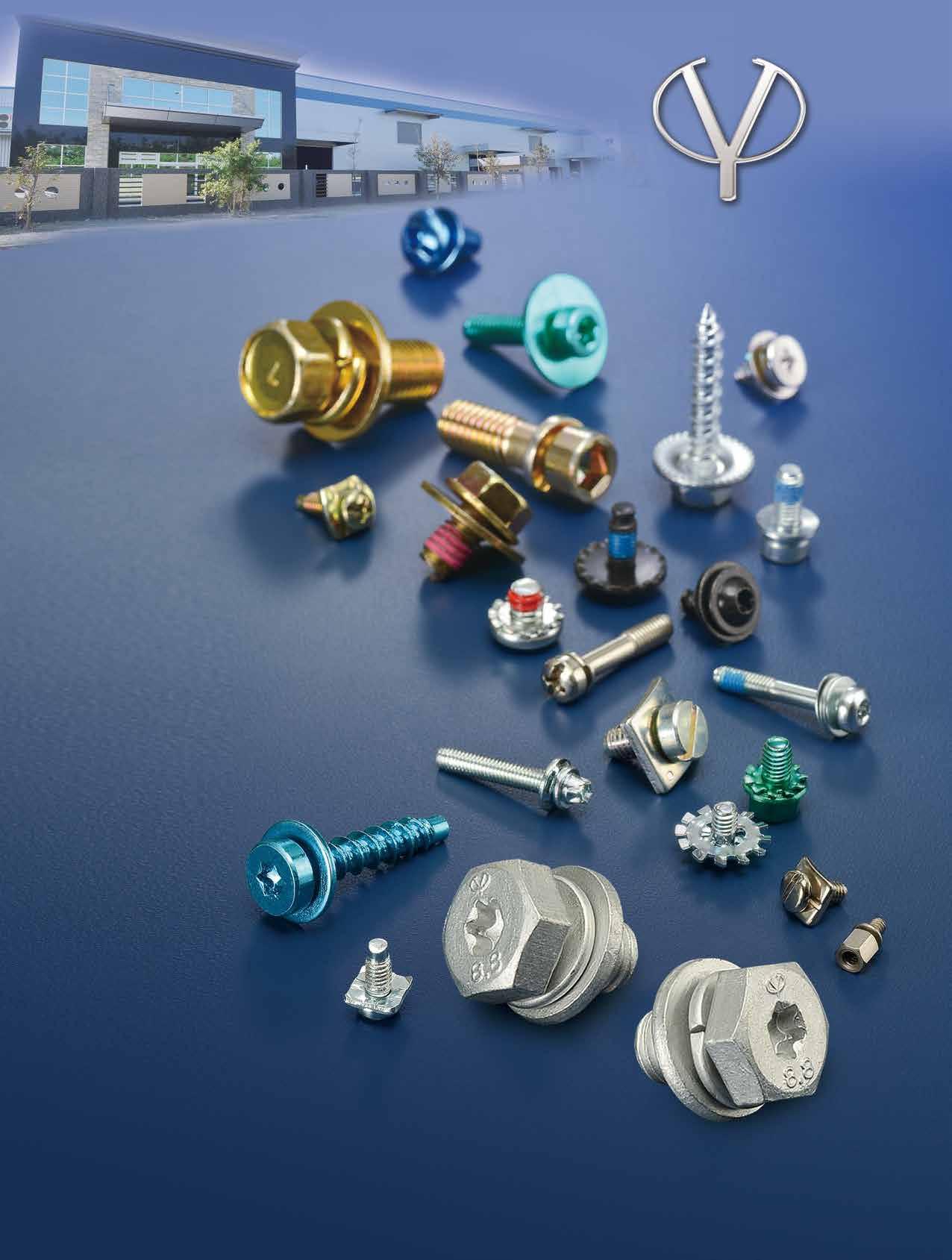






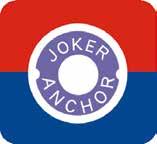
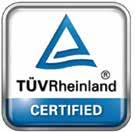
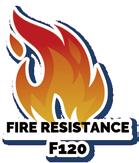
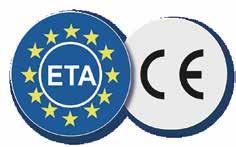
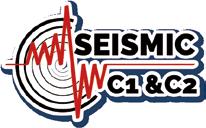





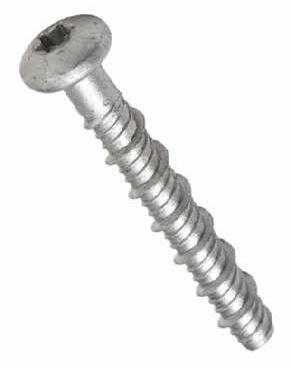
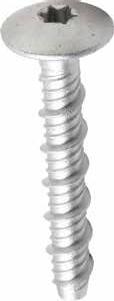
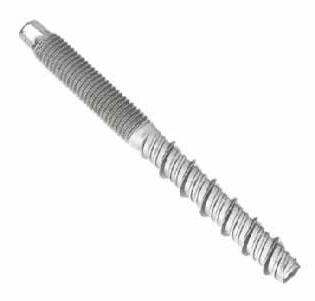
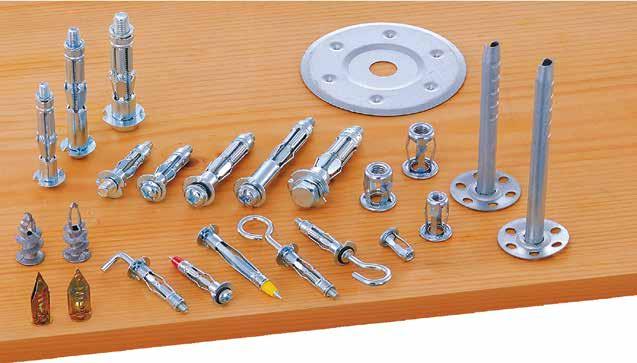

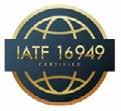
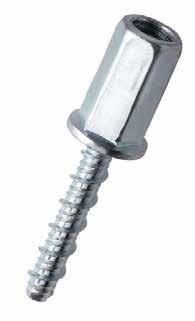


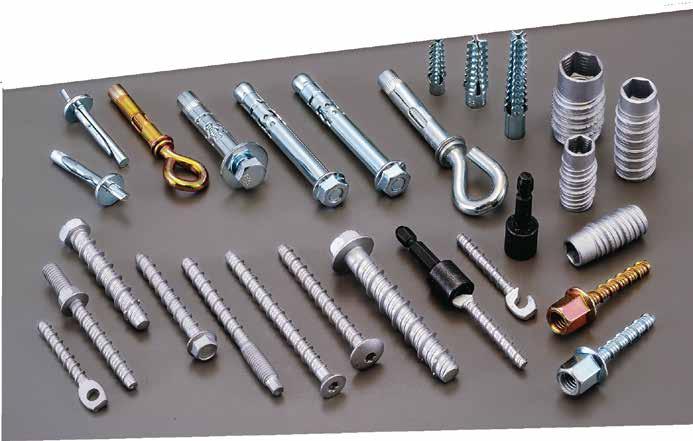
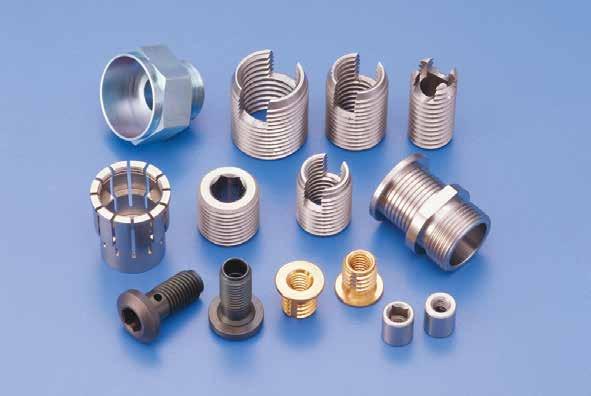
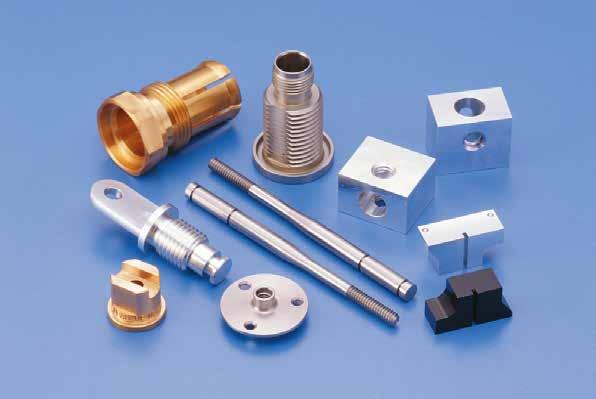
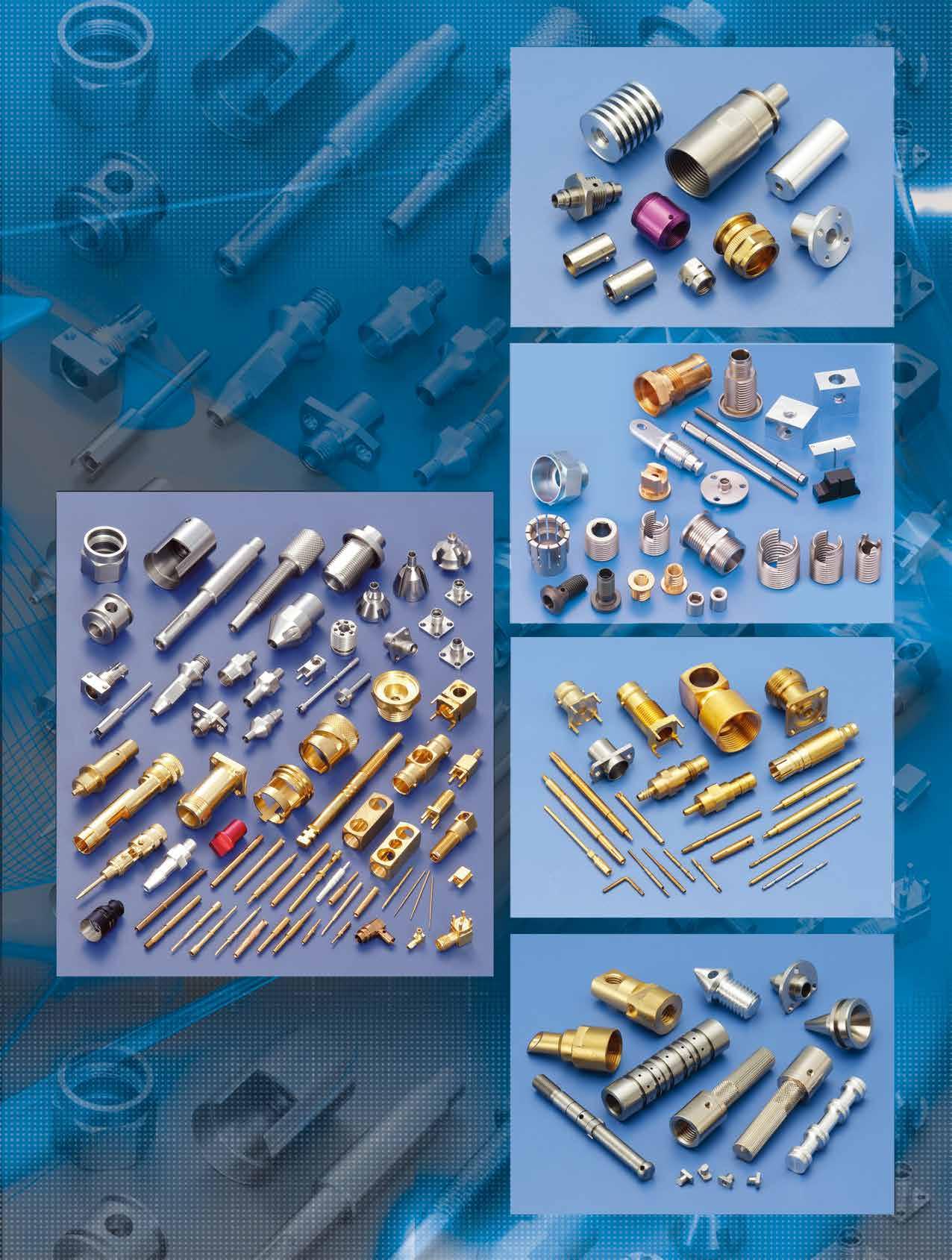







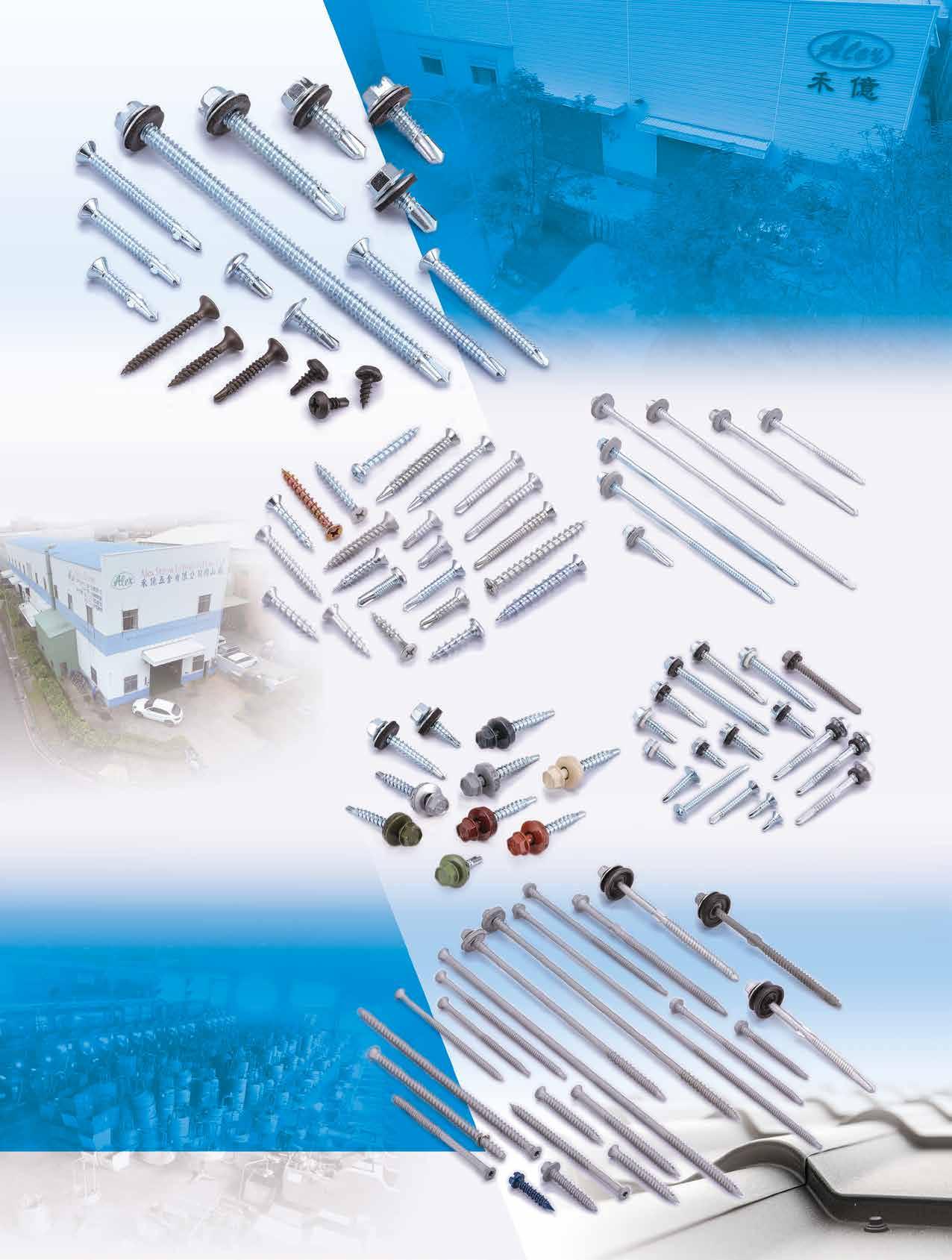
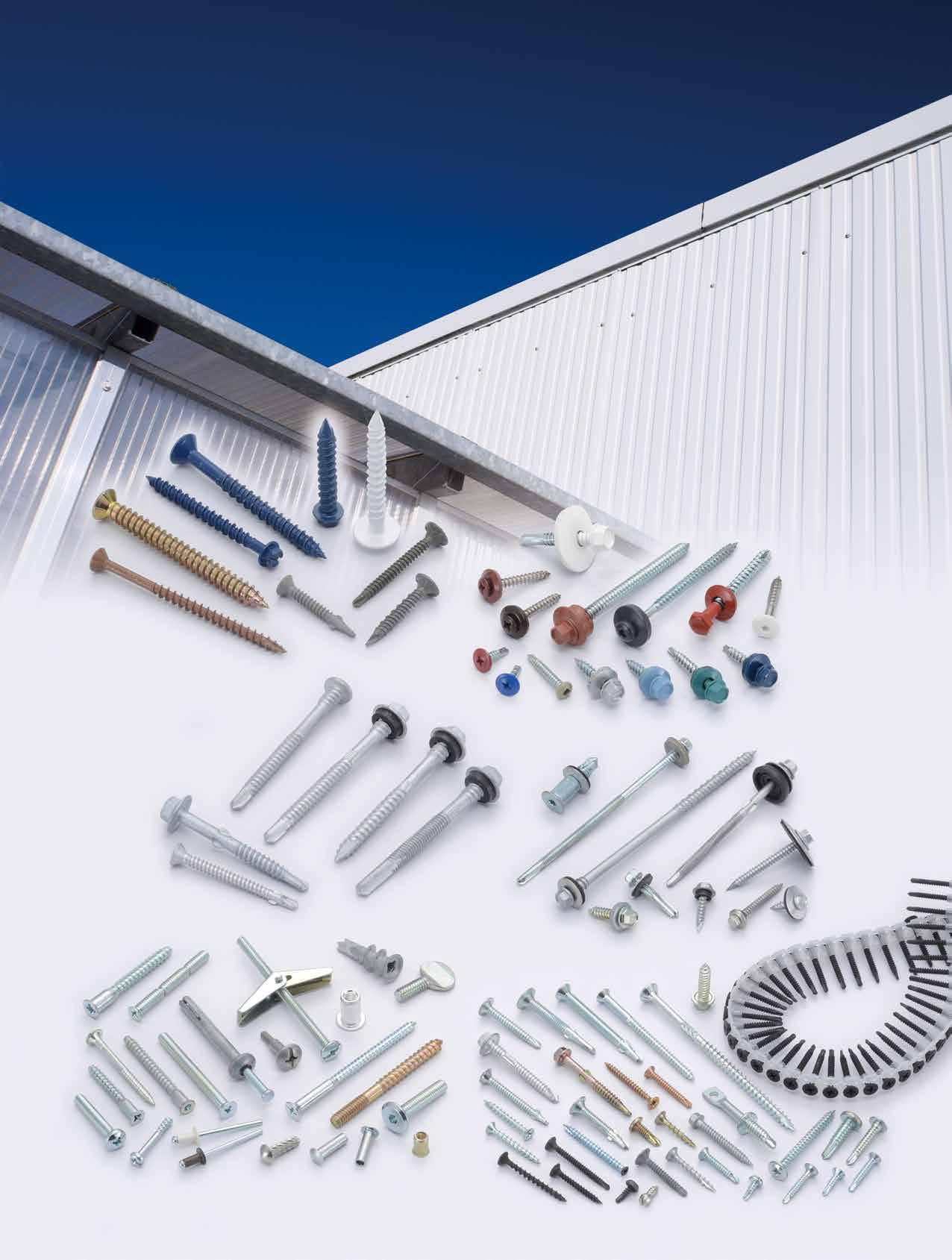
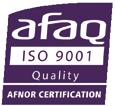

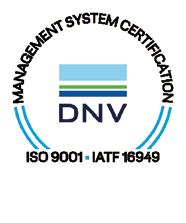
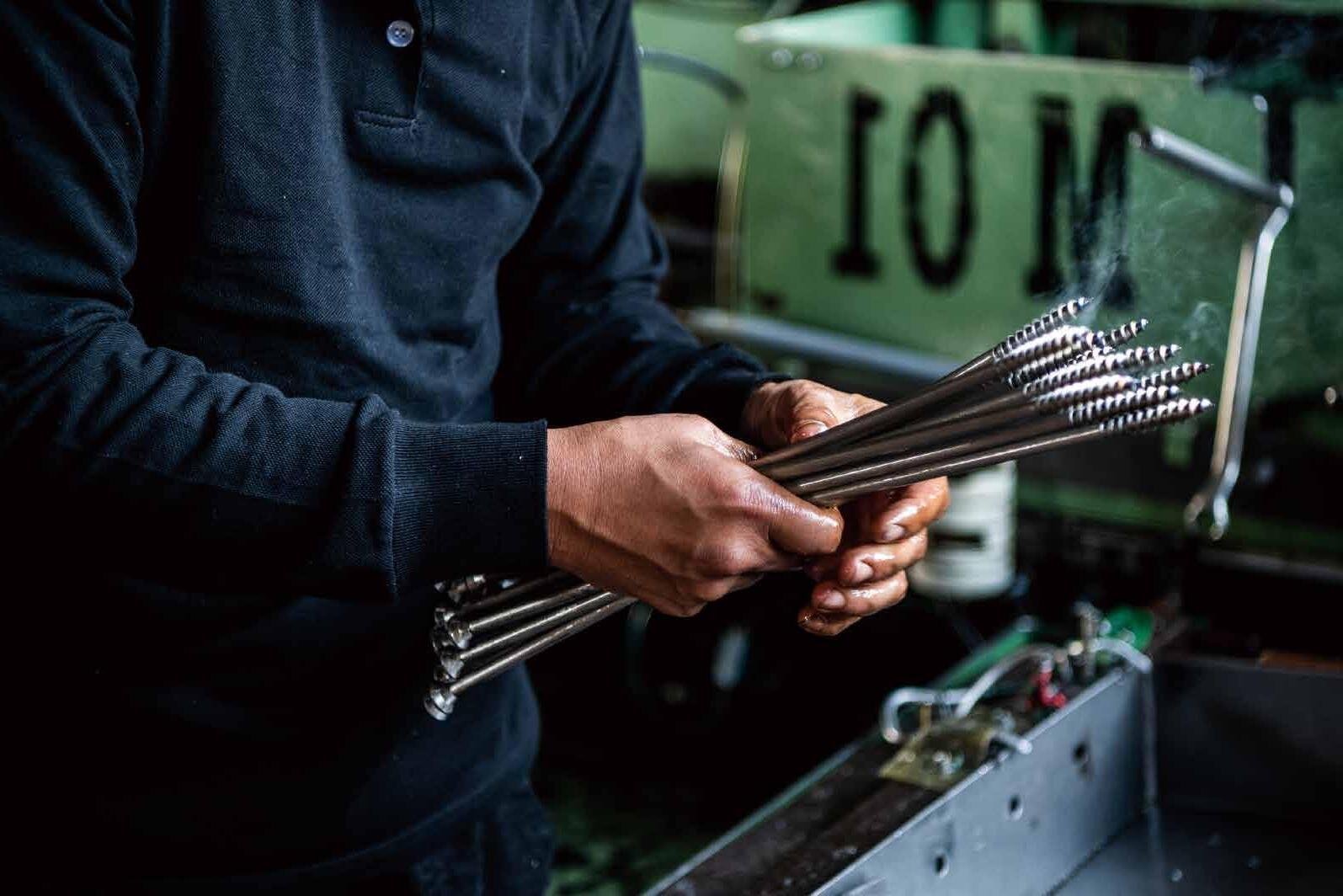
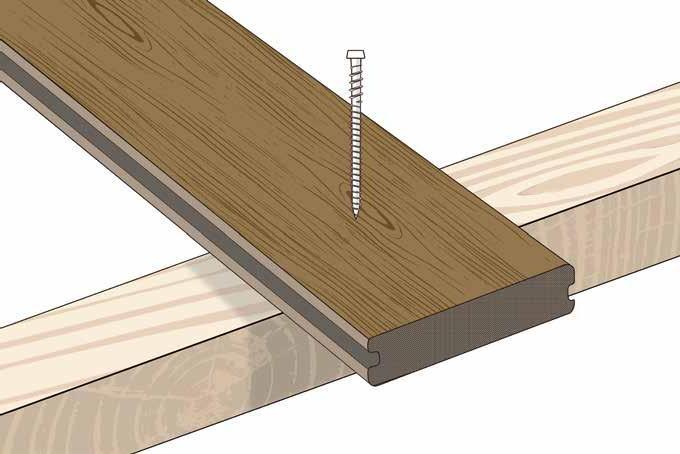
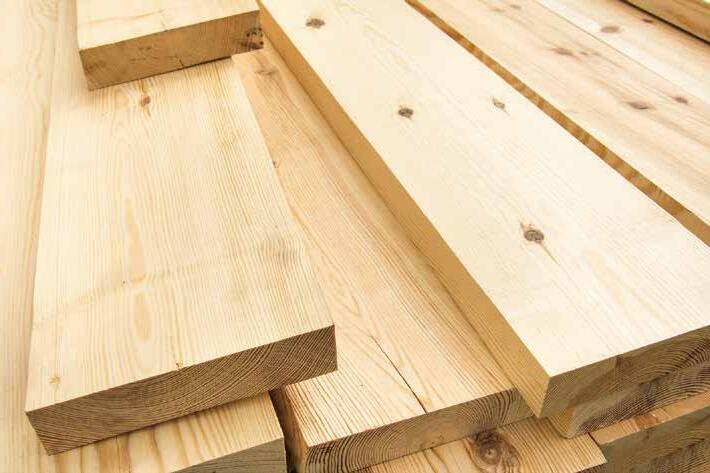
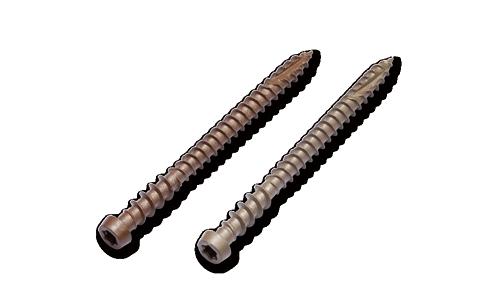
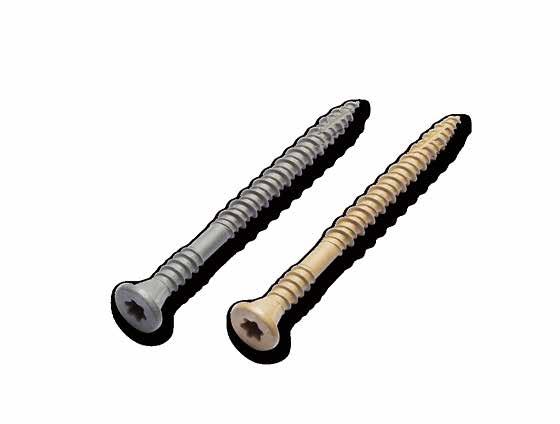

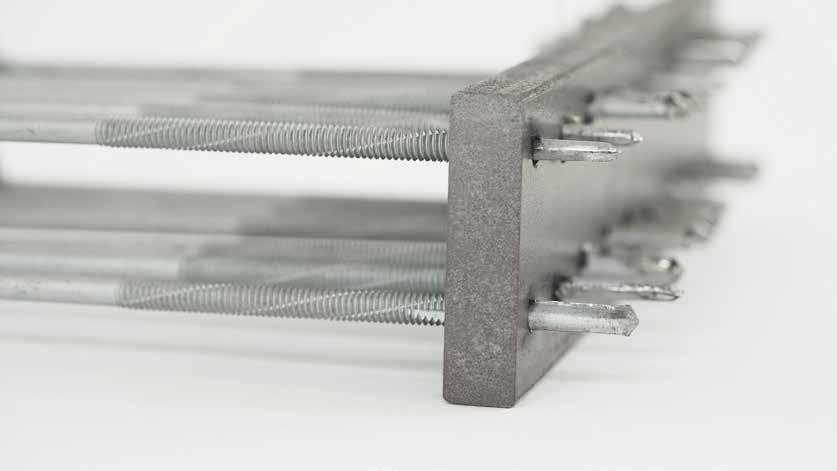
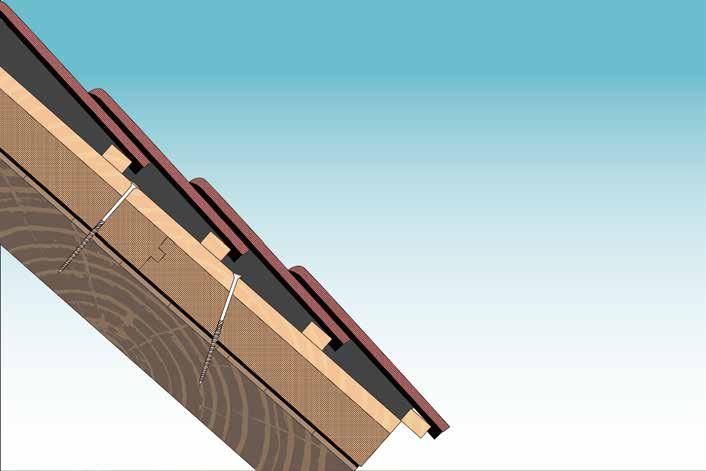
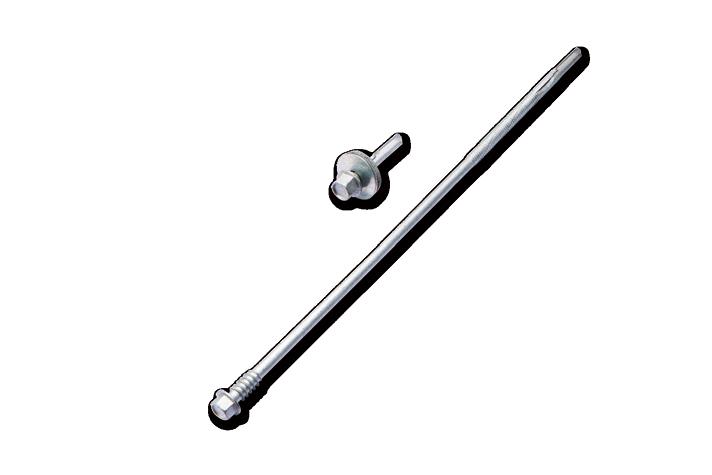
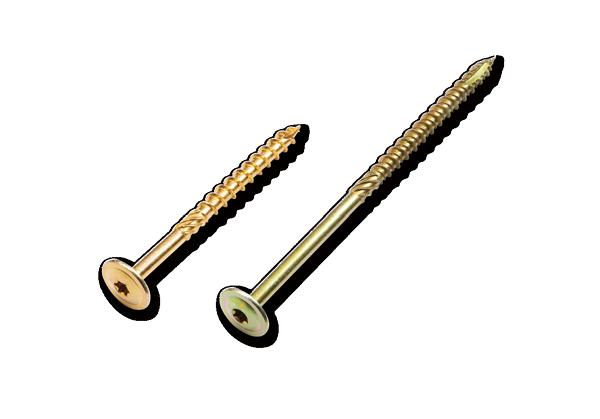

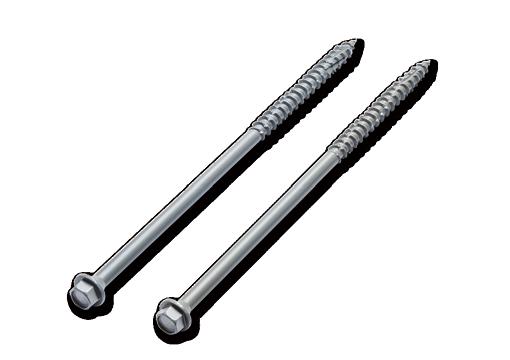



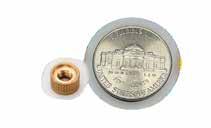

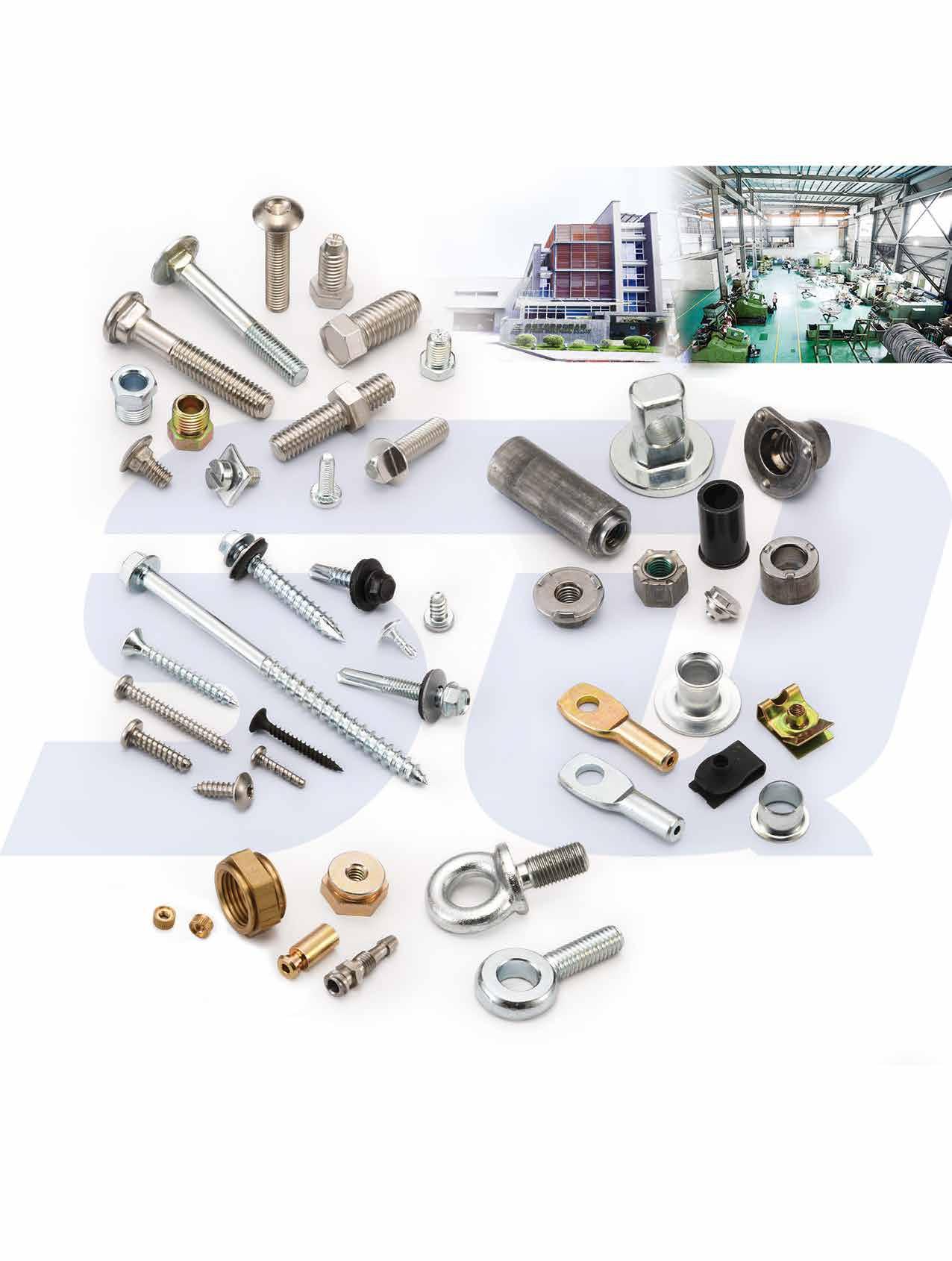








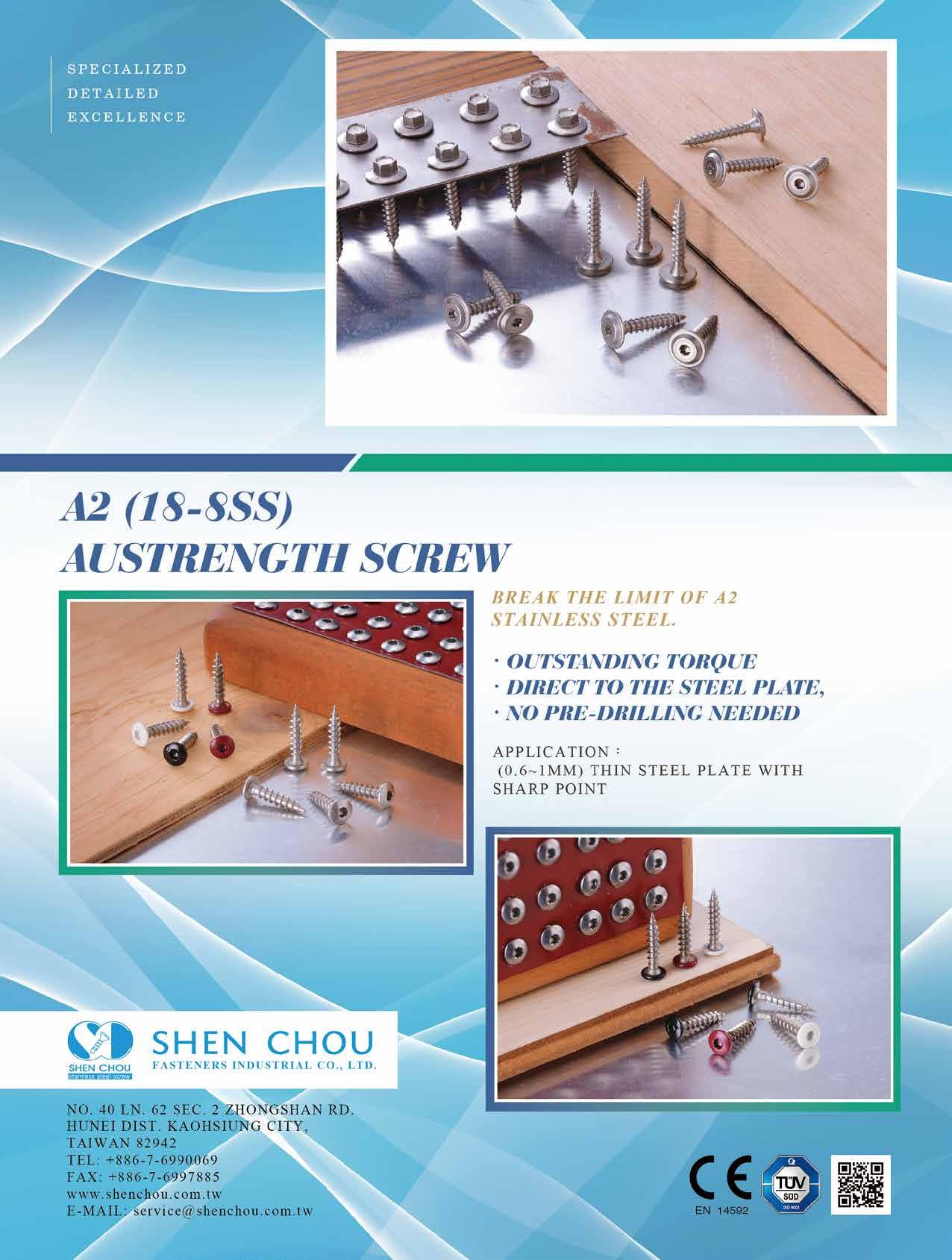
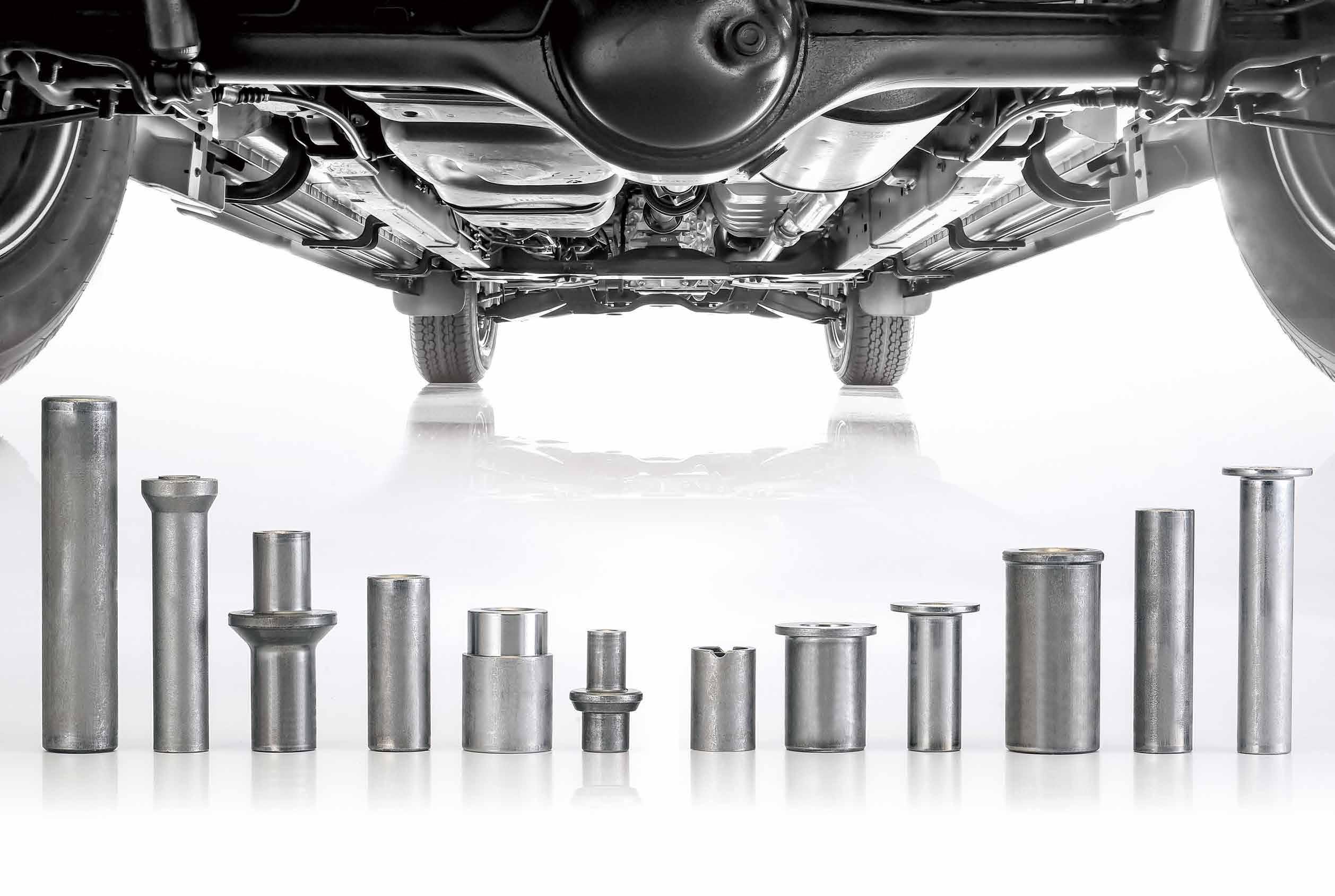

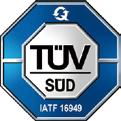
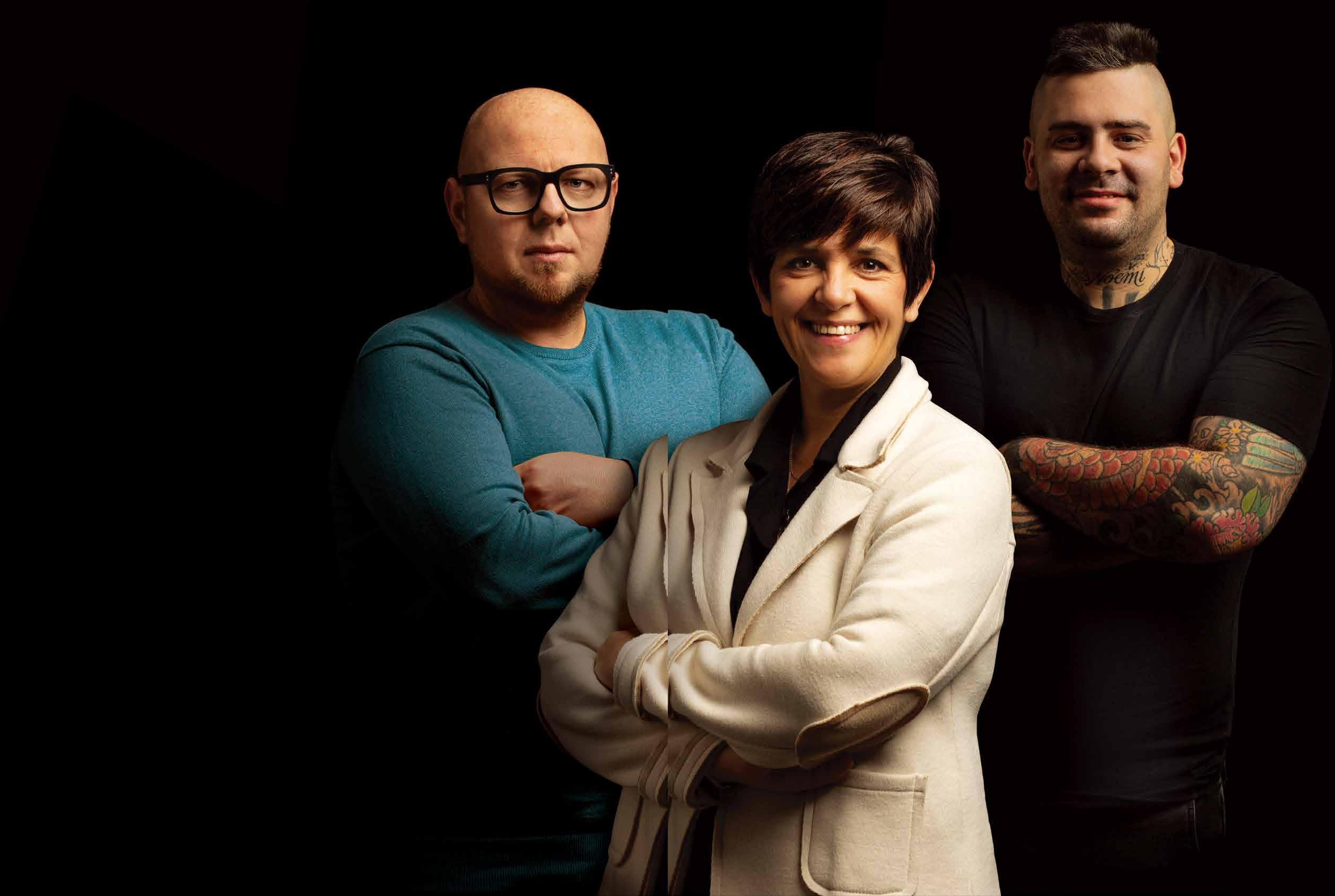














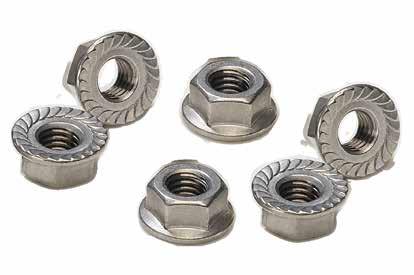

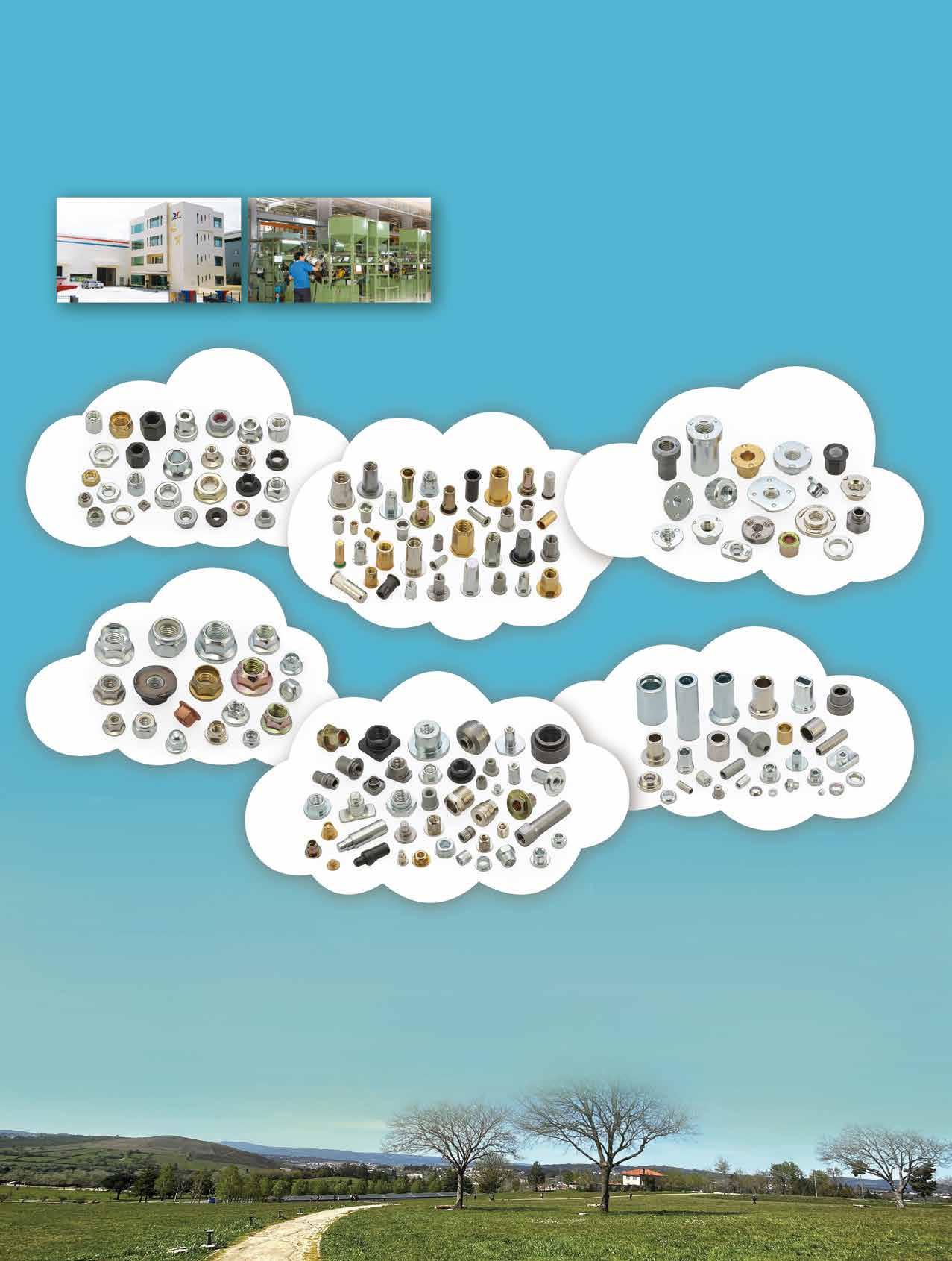
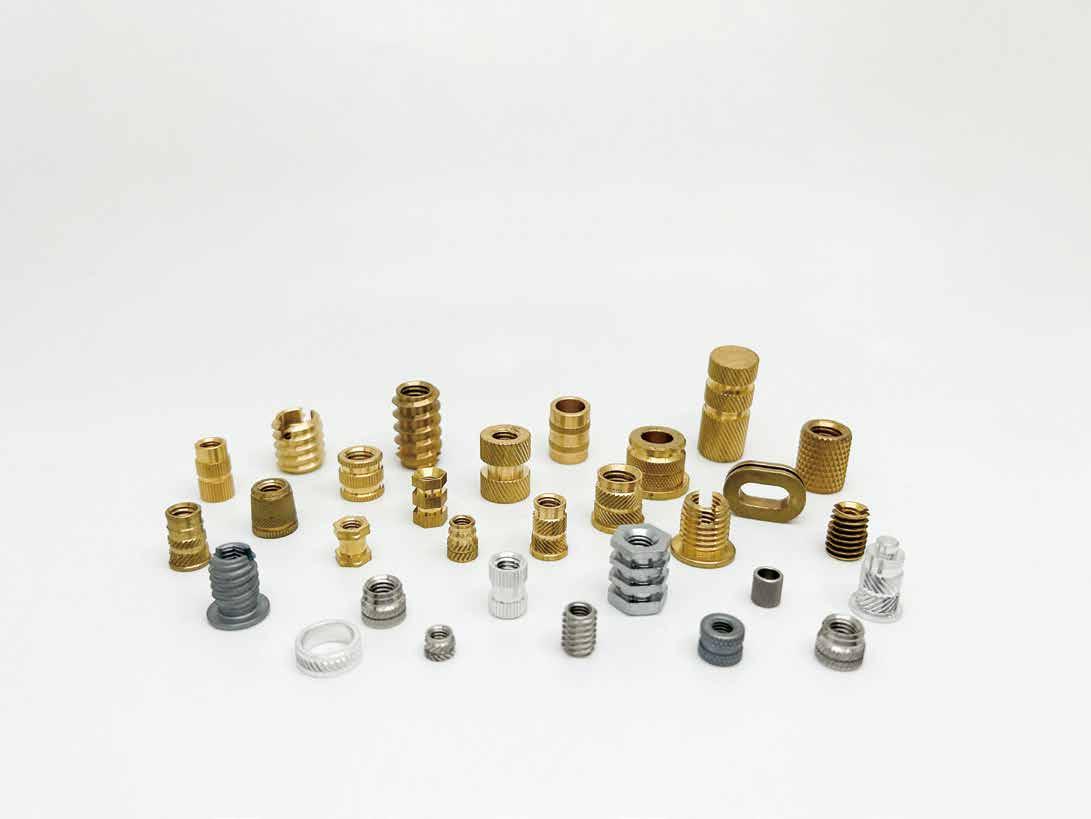
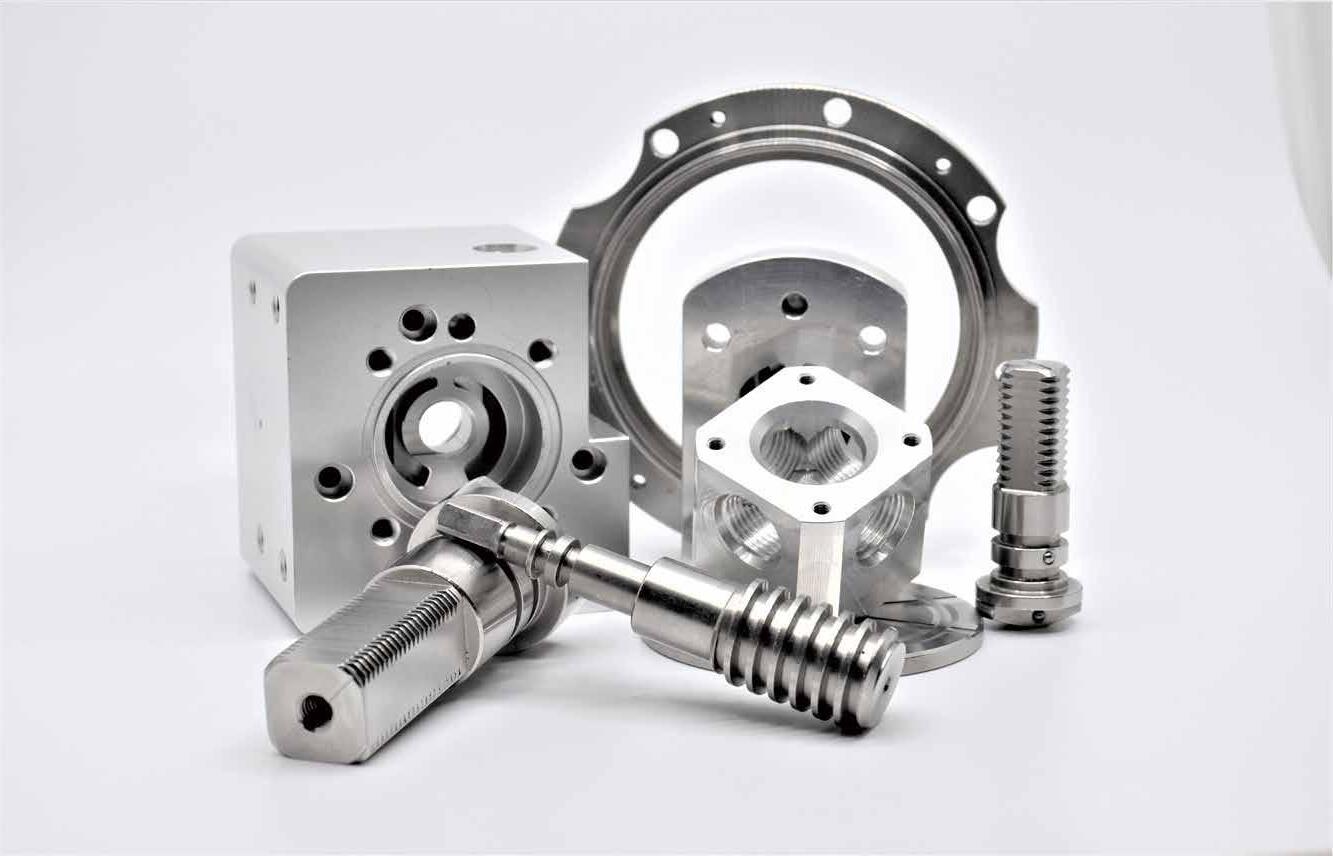
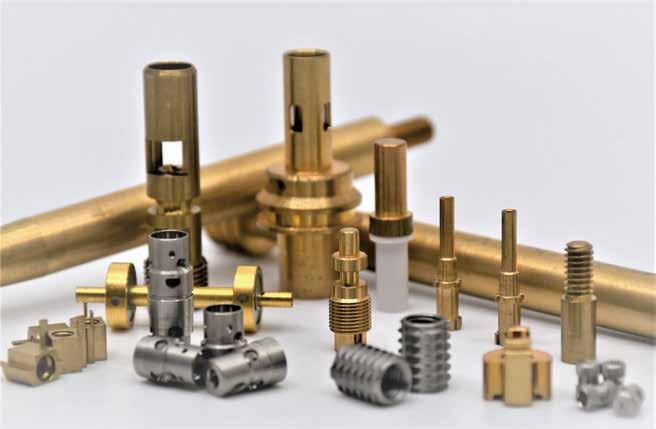
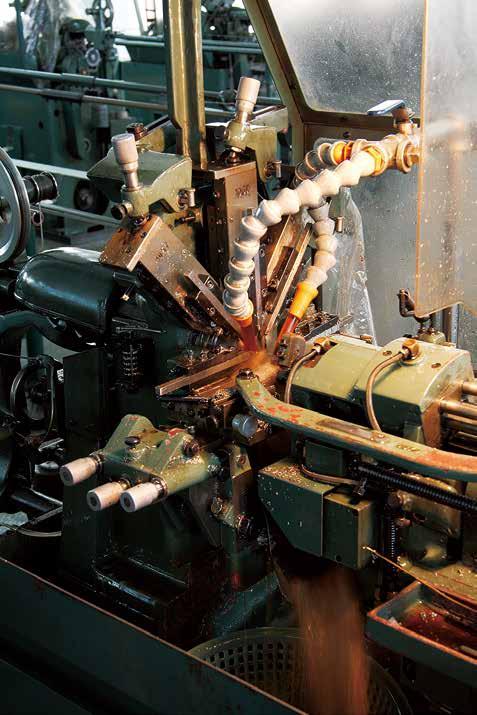

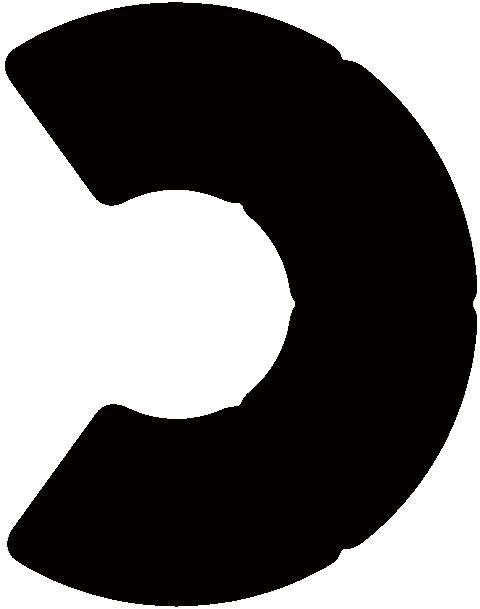
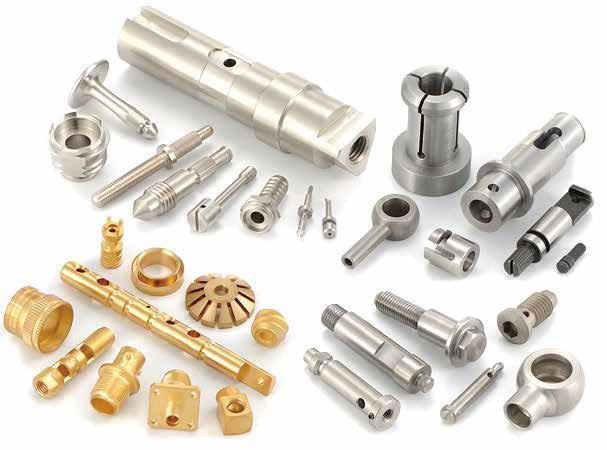

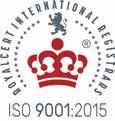






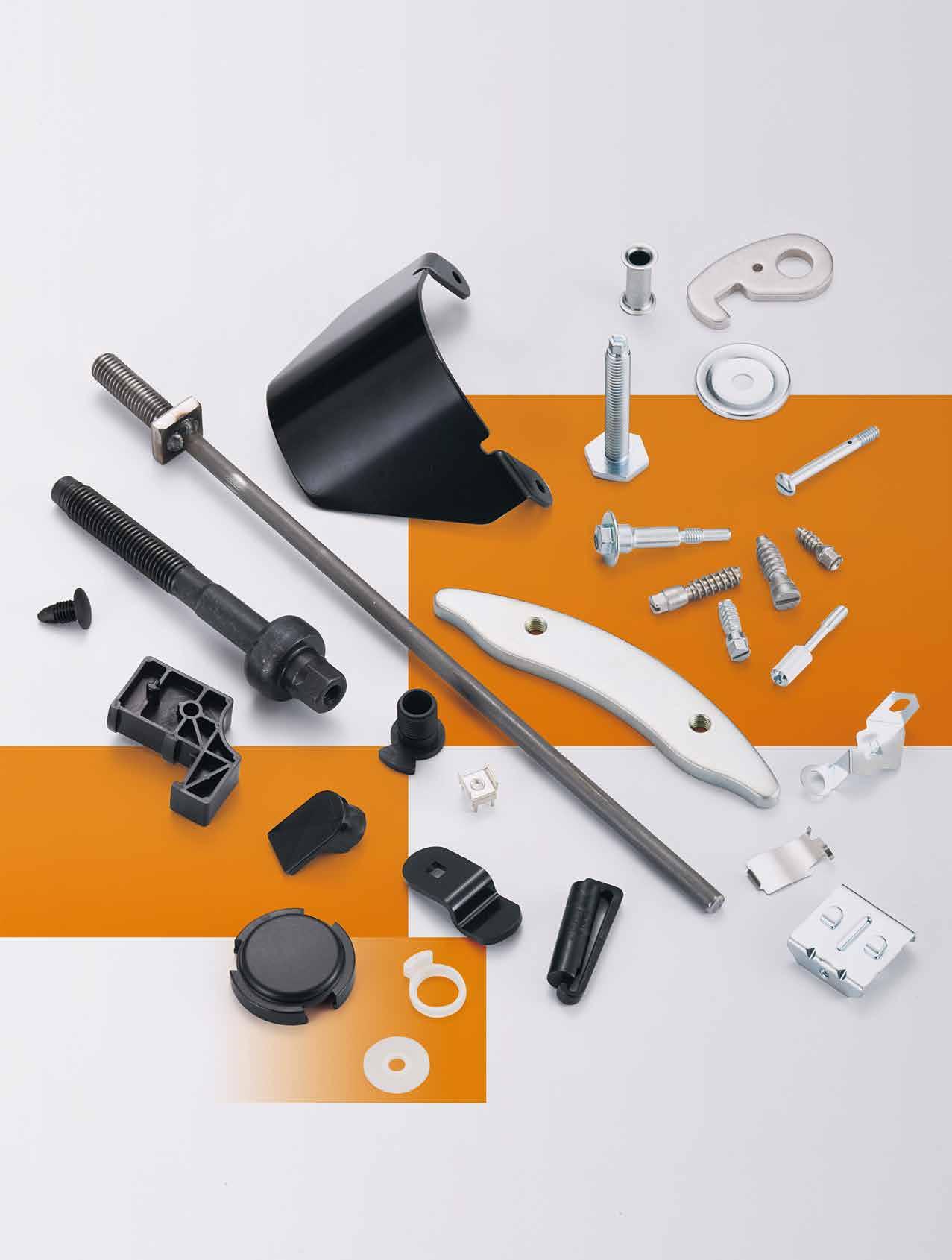

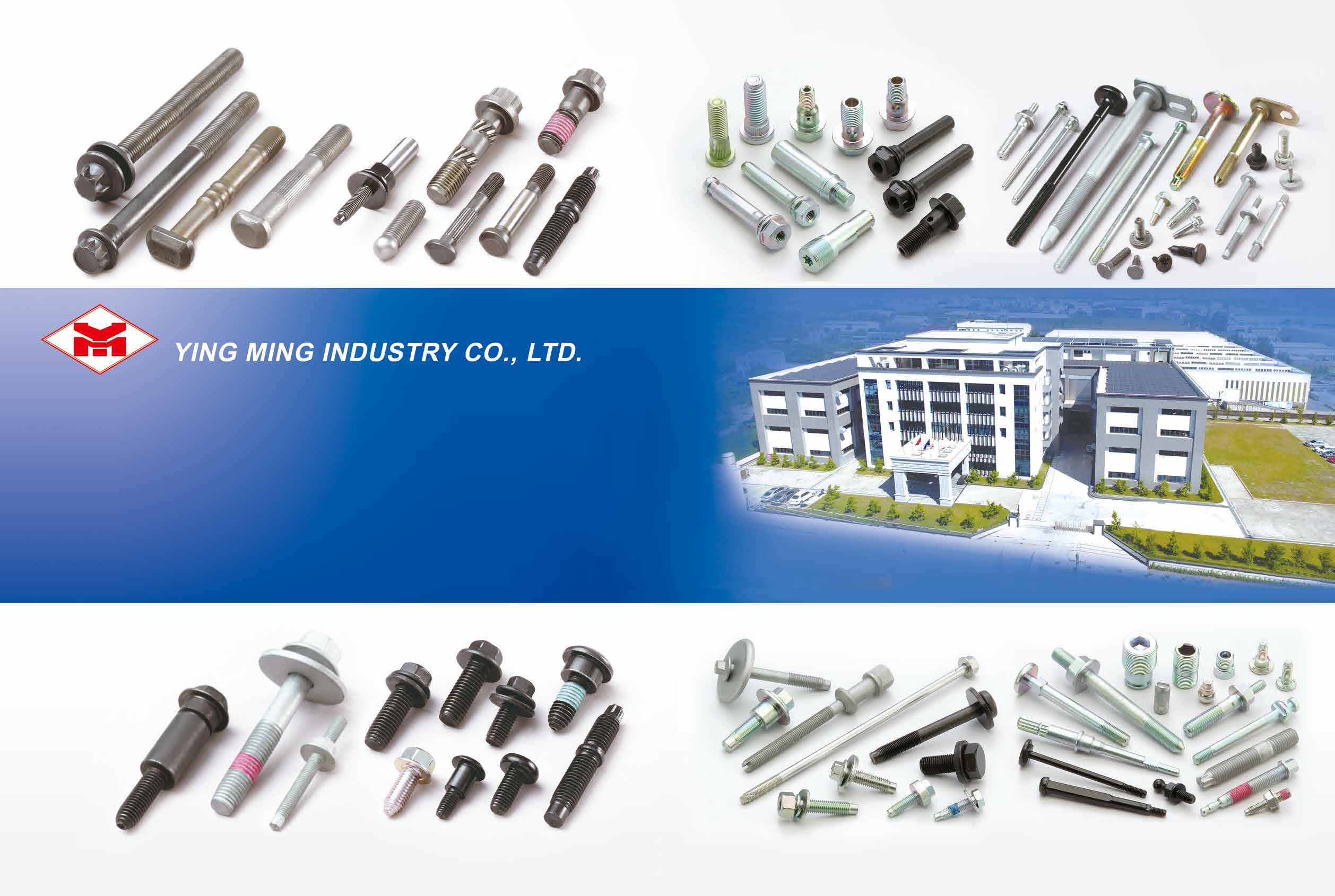
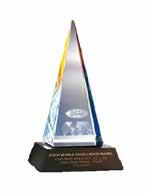
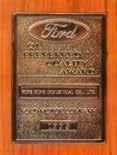

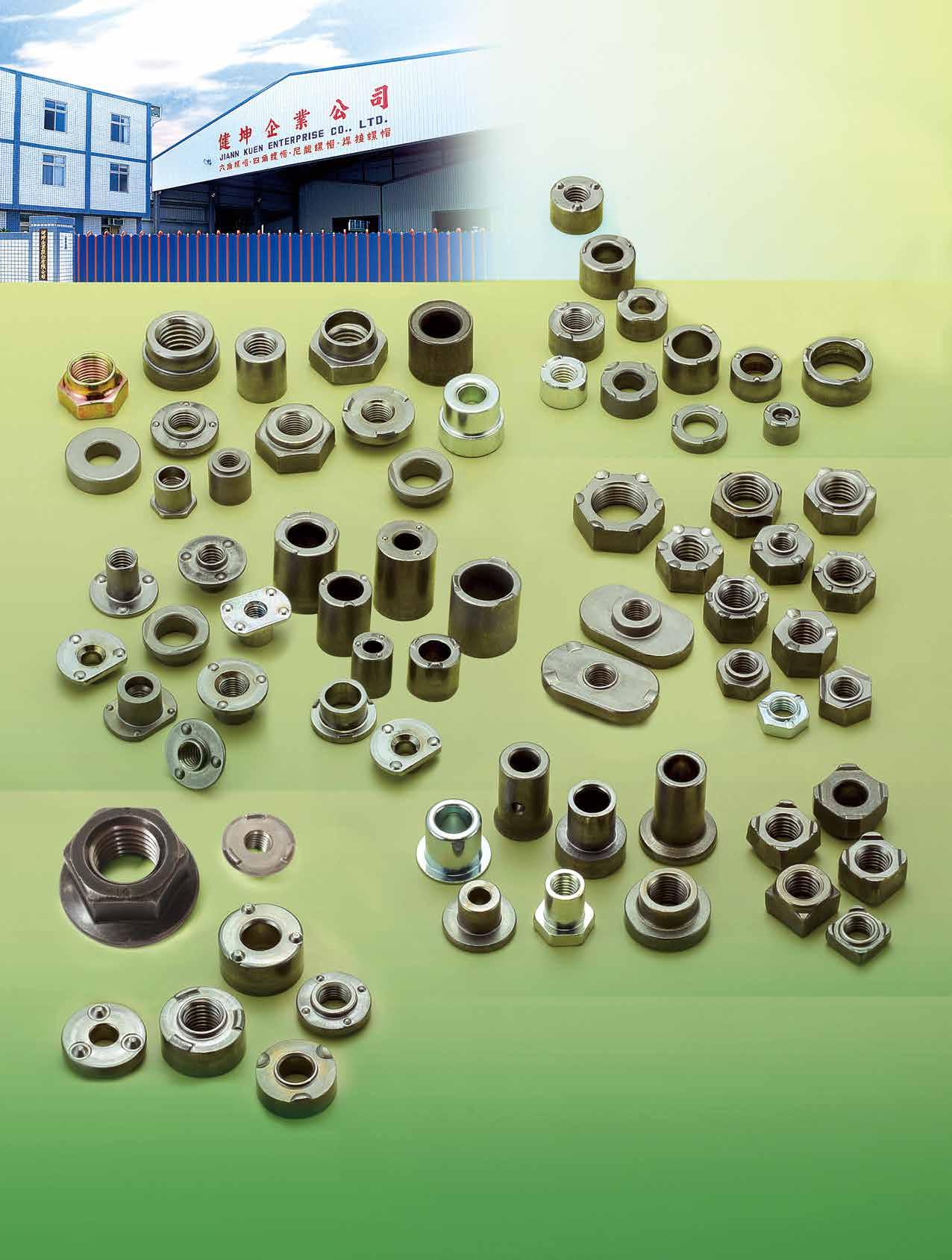


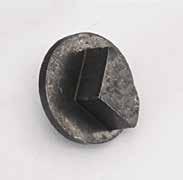


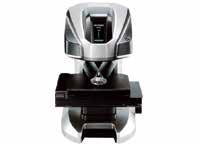

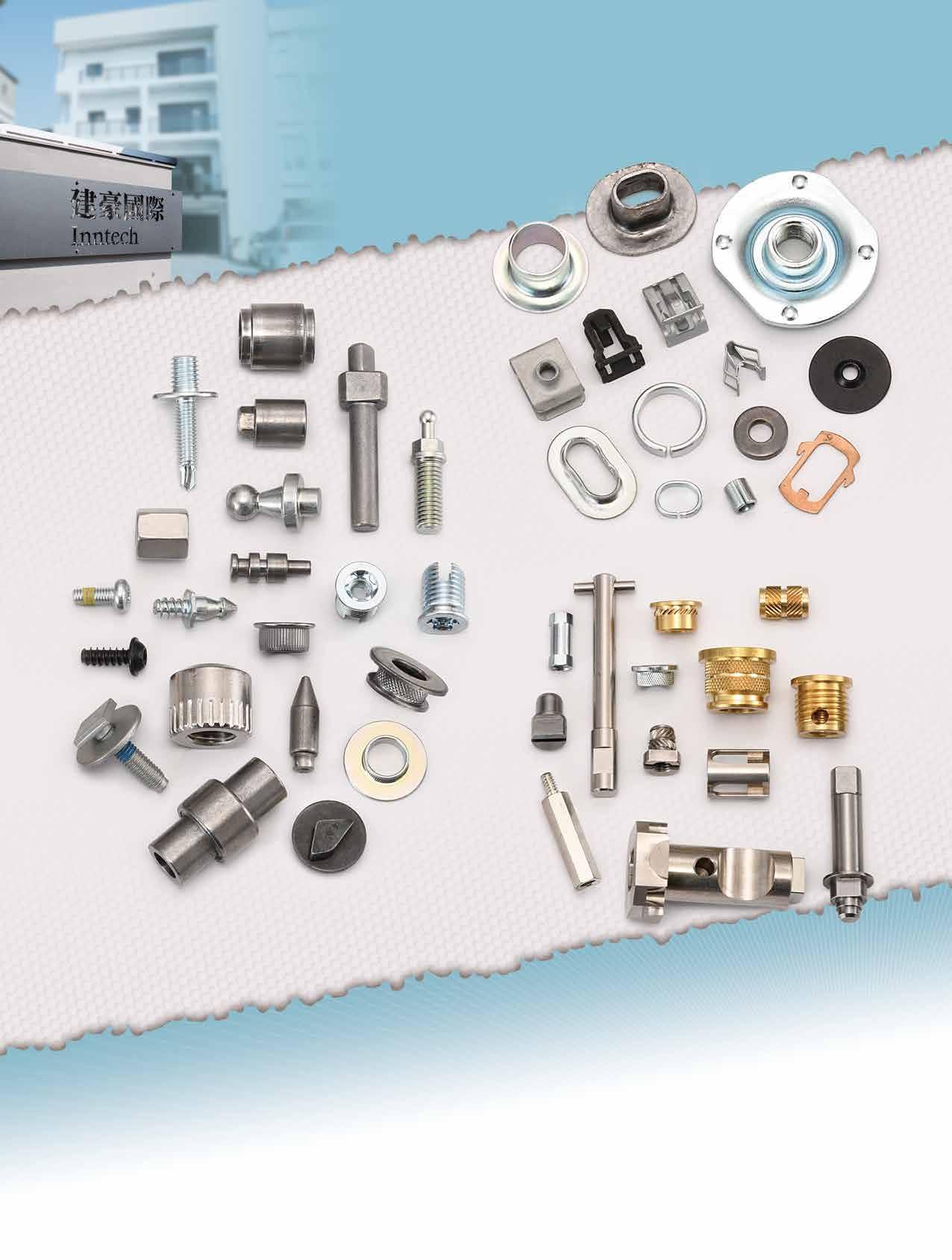
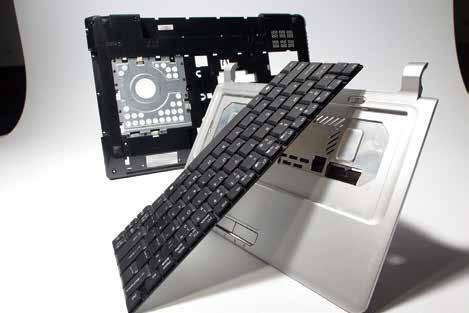
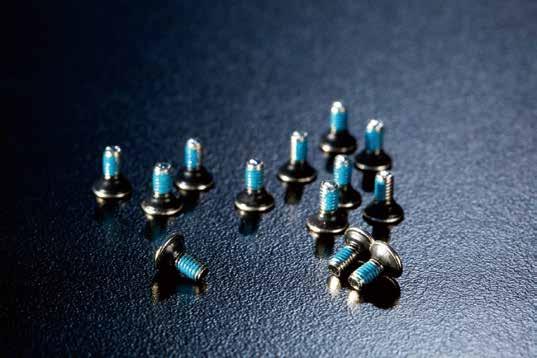
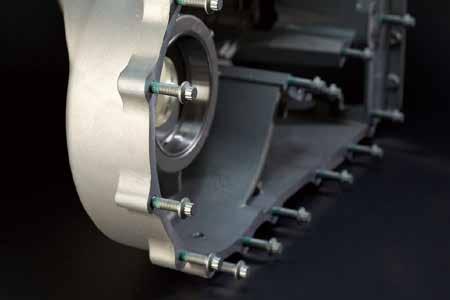
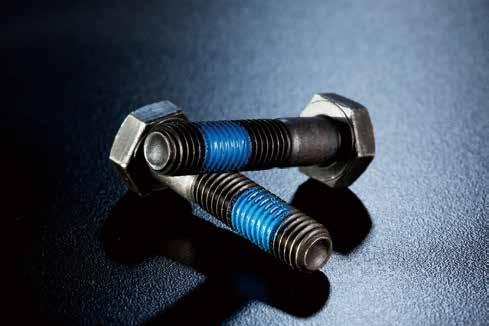
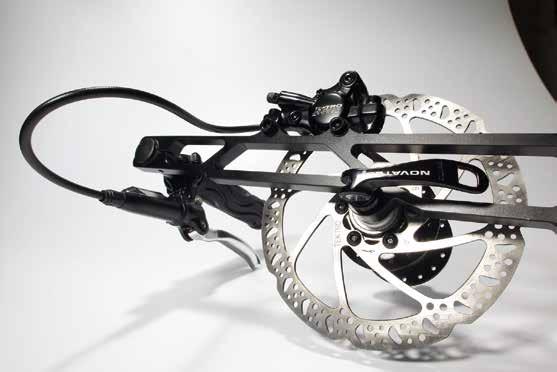
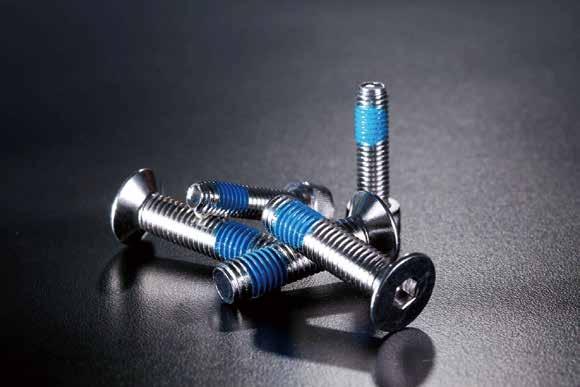
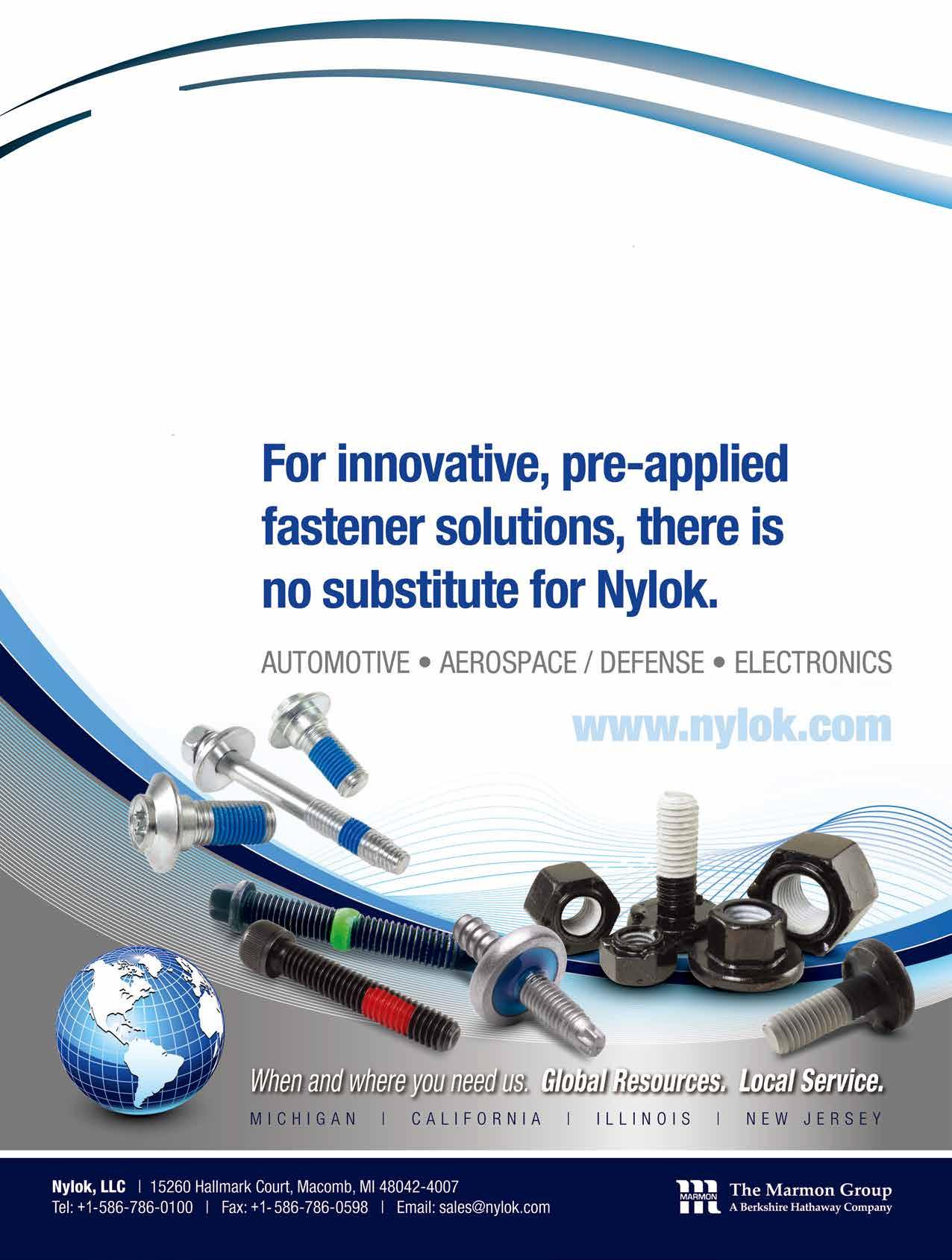










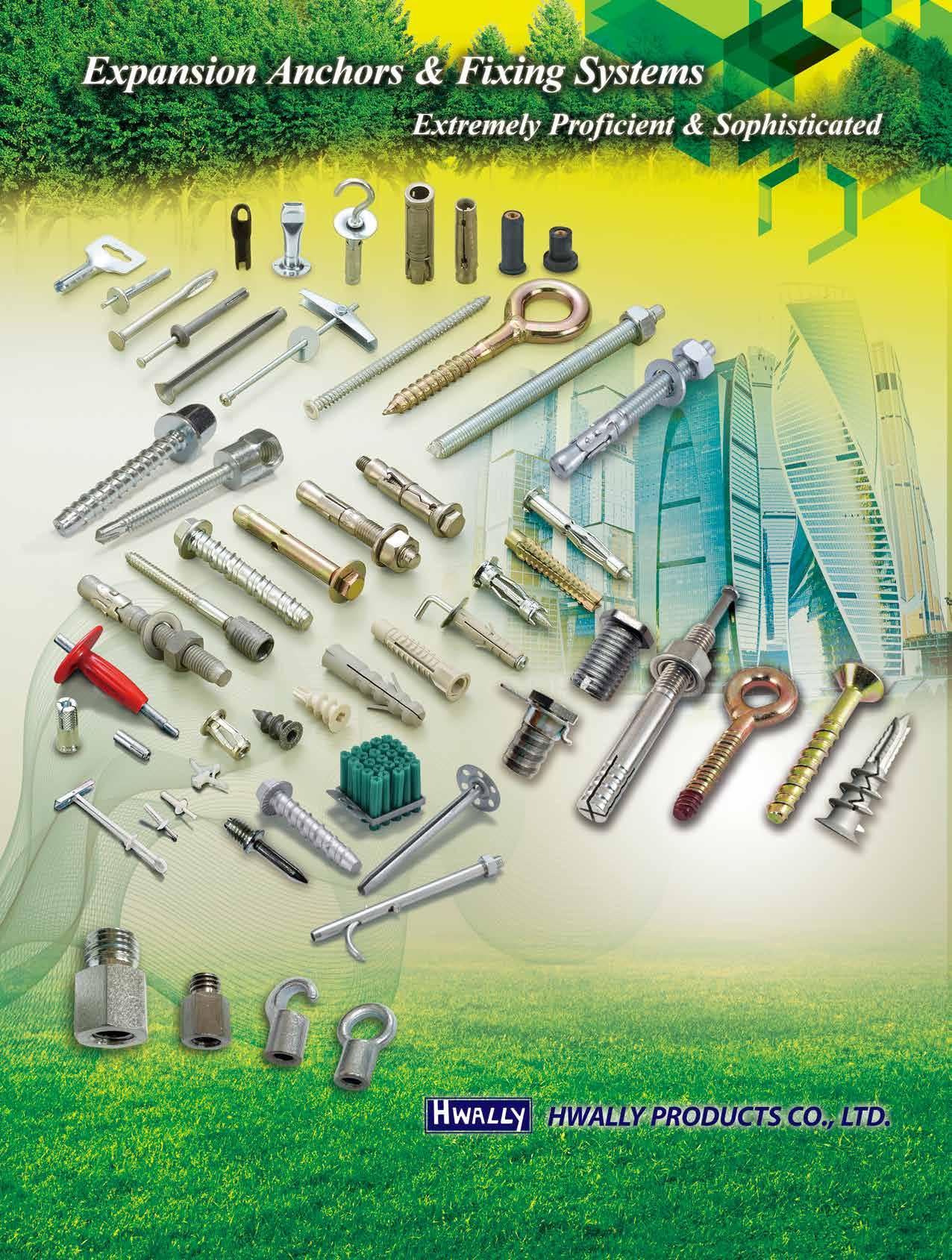


Provided by Sunco Industries
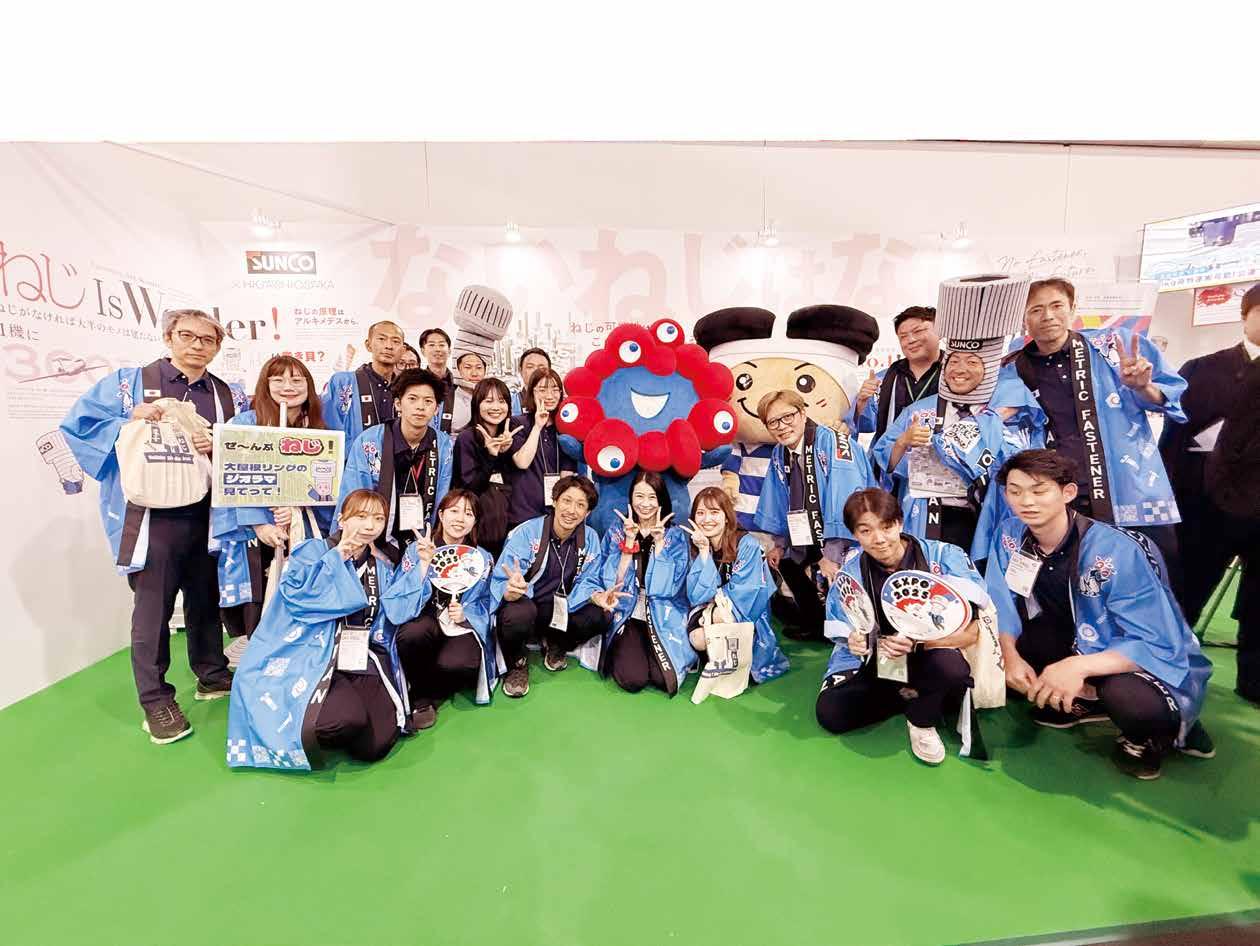
SUNCO exhibited at EXPO 2025, which is being held in Osaka from April 13 through October 13, 2025, under the theme “Designing Future Society for Our Lives.” This international event brings together people and innovations from around the world to address global challenges. Countries from across the globe are participating by presenting their own unique pavilions.
As a related event, the 3rd Japan International Art Festival/Osaka-Kansai EXPO Exhibition was held from July 2 to July 6 at EXPO Messe “WASSE.” SUNCO joined the exhibition through the introduction of the Mayor of Higashiosaka. Its booth, which fused fasteners and art, stood out and captured the attention of many visitors.
Following the opening ceremony of the 3rd Japan International Art Festival/Osaka-Kansai EXPO Exhibition, President Mr. Yoshihide Okuyama gave a greeting at the SUNCO booth. He noted that final products using screws can be found all over the world in industrial goods, automobiles, motorcycles, and more, many of which use JIS-standard screws. Based in Higashiosaka, Osaka Prefecture, home to the largest concentration of screw manufacturers in Japan, SUNCO is committed to delivering JIS screws to the world.
Despite having less than two months to prepare after confirmation, SUNCO’s booth was packed with creative
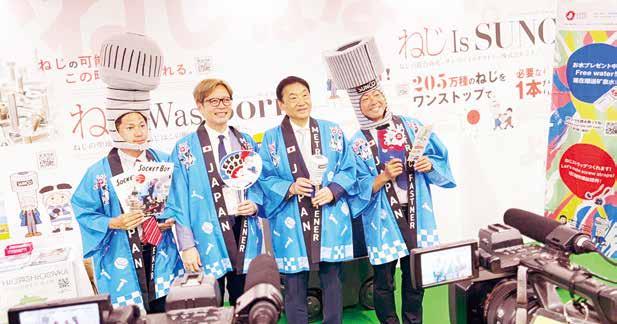
ideas. From meticulously designed booth walls to a screw-themed original keychain-making event, SUNCO’s display overflowed with originality and attracted a constant stream of visitors throughout the day. The highlight was a diorama art piece of the EXPO 2025 ’ s symbolic “ Grand Ring.” This iconic structure was recreated using screws and became a topic of conversation on TV and online news.
Including preliminary meetings, the diorama took over a month to complete. Approximately 1,500 to 1,600 screws, all SUNCO products, were used. Selected from SUNCO’s extensive catalog of over 2.01 million items, the screws added depth and realism to the artwork. The production team stated, “The actual Grand Ring is constructed without any nails or screws. That’s why recreating it with screws carries significant meaning and appeal.” Screws, typically behind-the-scenes structural components, took center stage in this piece. The natural weight and luster of metal gave the work a strong presence. The team hopes visitors will enjoy discovering and being surprised by the screws, saying things like, “ What is this screw normally used for?” or “I can’ t believe this is a screw!”
The booth welcomed a wide range of visitors, from school groups and families to elderly guests, creating a lively and unexpectedly large turnout. Many visitors from Higashiosaka commented, “I’ve seen the penguin logo before,” “I’ve heard the name on train announcements,” and “I saw the TV commercial.” Although most visitors were Japanese, somewhat off from SUNCO’s original aim of promoting JIS screws internationally, the event offered a valuable opportunity to connect with the general public and raised awareness of SUNCO’ s name beyond the industry.
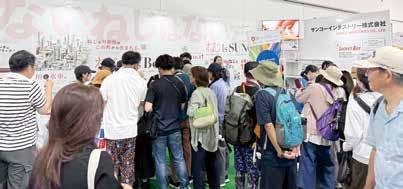
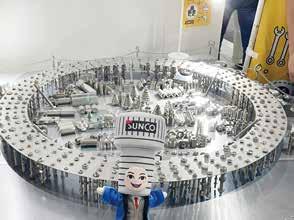
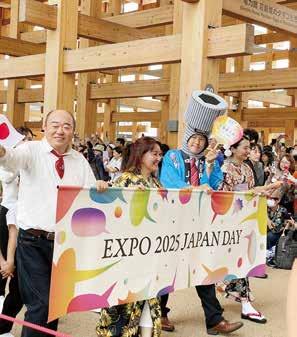
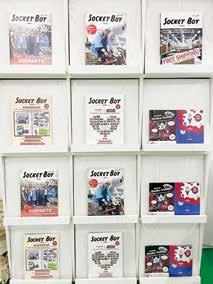
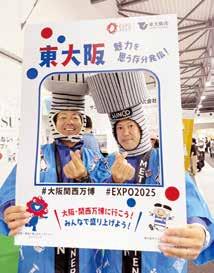
During JAPAN DAY on July 3, a vibrant parade was held, with SUNCO’ s original character “ Socket Boy ” leading the way. As various Japanese mascot characters walked in line, many attendees called out “Hey, Socket Boy!” and waved in support.
Within the booth, SUNCO actively distributed its magazine “ SOCKET BOY ” to share its efforts and highlight the appeal of the screw industry. Although the audience turned out to be predominantly Japanese, limiting the reach to overseas readers, the team remarked that today, anyone can become a media outlet through social media. They believe that spreading the word online can serve as effective marketing. Even simply raising awareness that such an actively PR-driven company exists in Higashiosaka made the exhibition worthwhile.
The collaborative efforts leading up to SUNCO’s participation in EXPO 2025 marked a major achievement for the company. The opportunity to exhibit came just as employees began to develop a global mindset, making it a potential catalyst for future international expansion. Looking forward, SUNCO plans to promote young talent and aims to increase global brand recognition and boost overseas sales. With its mission of delivering Japanese (JIS) screws to the world, SUNCO remains committed to taking on new challenges.
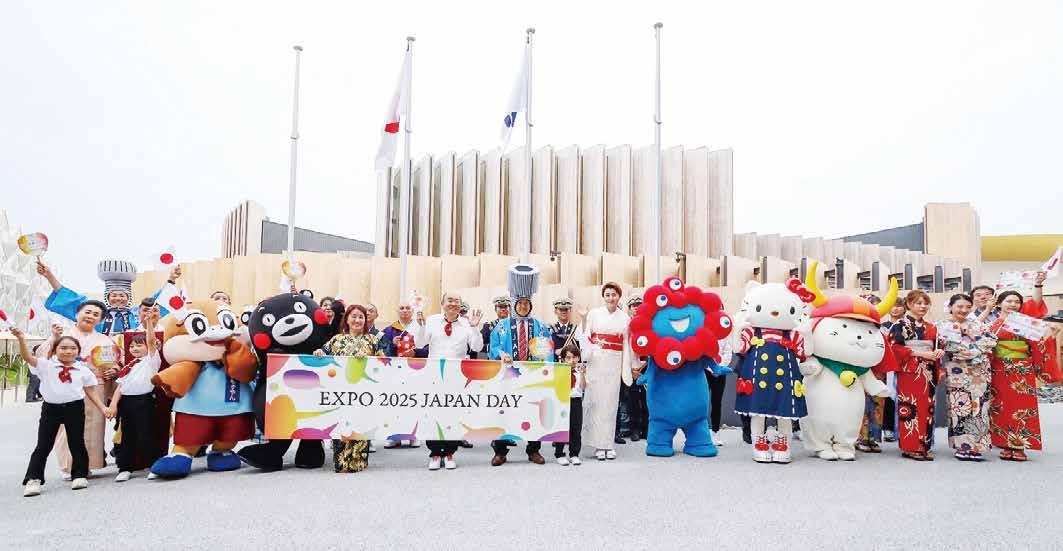







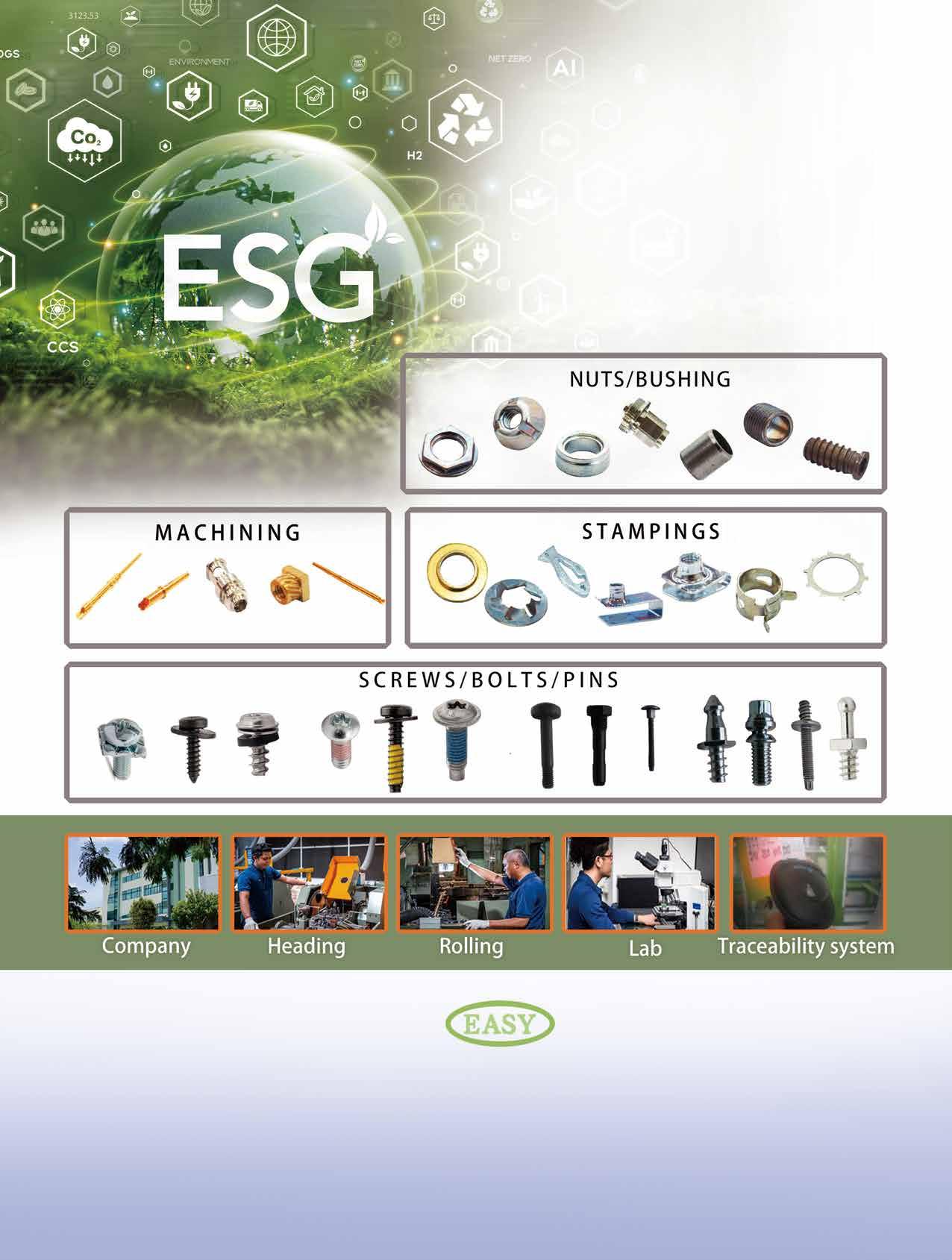

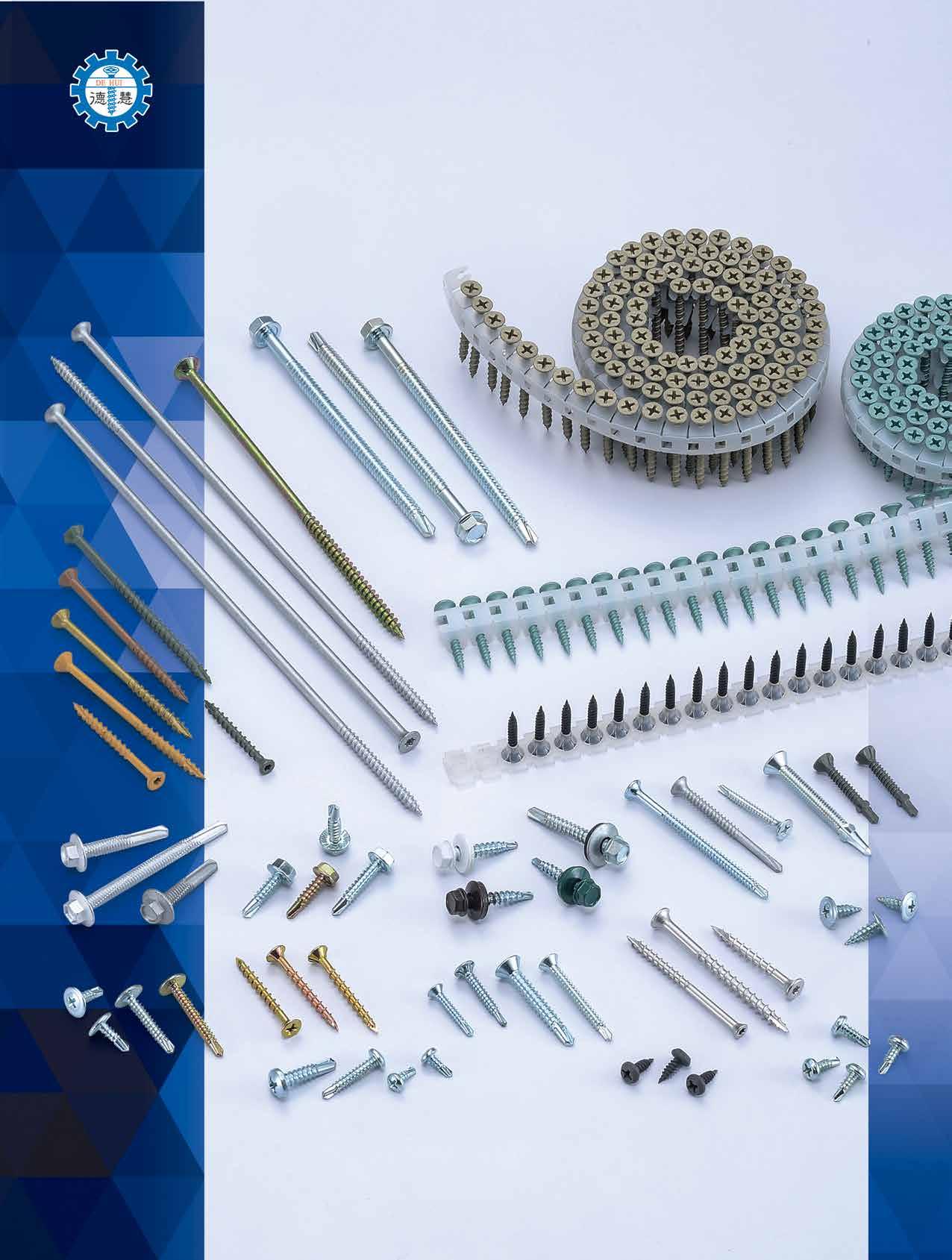



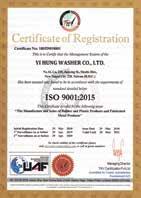

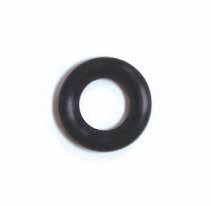


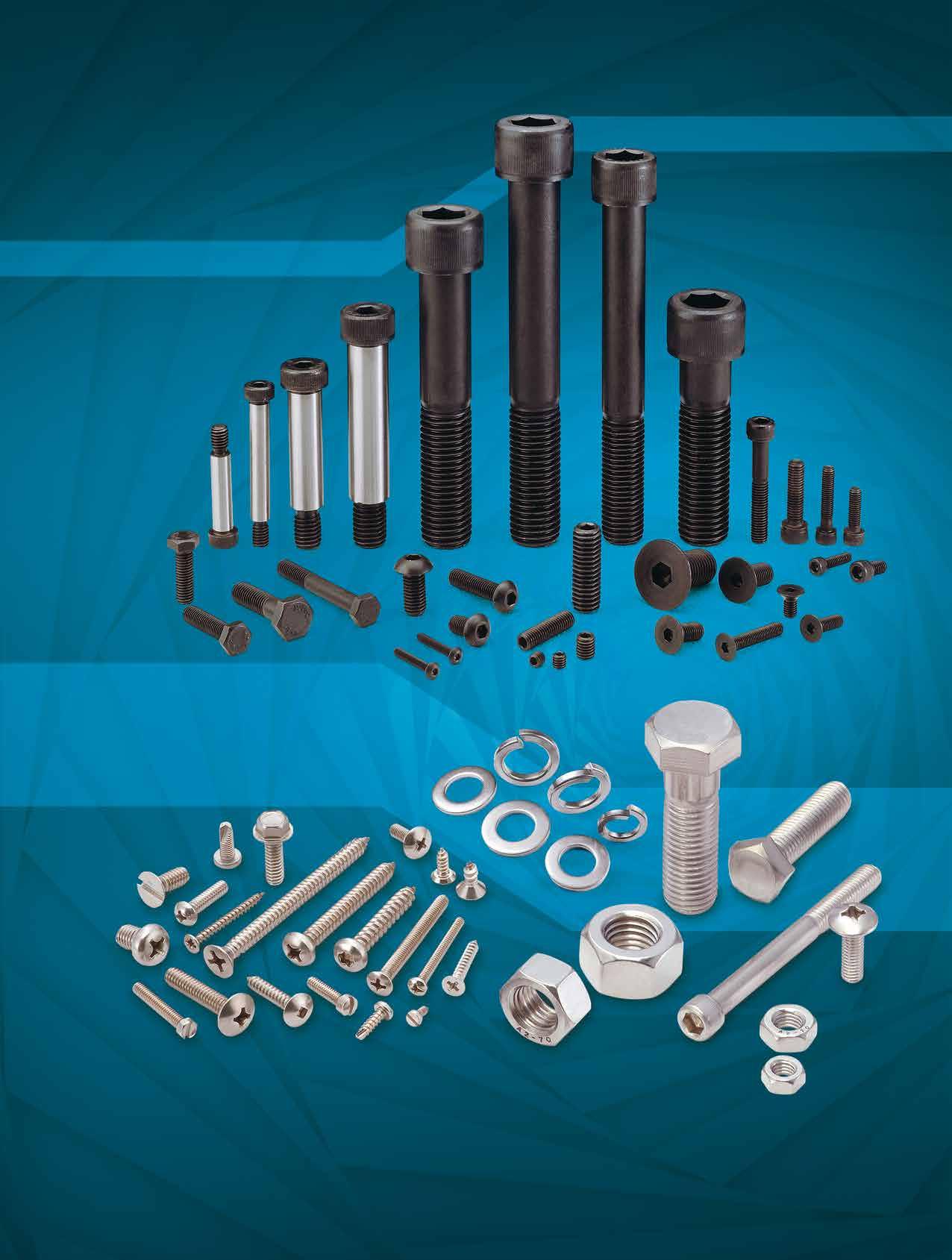




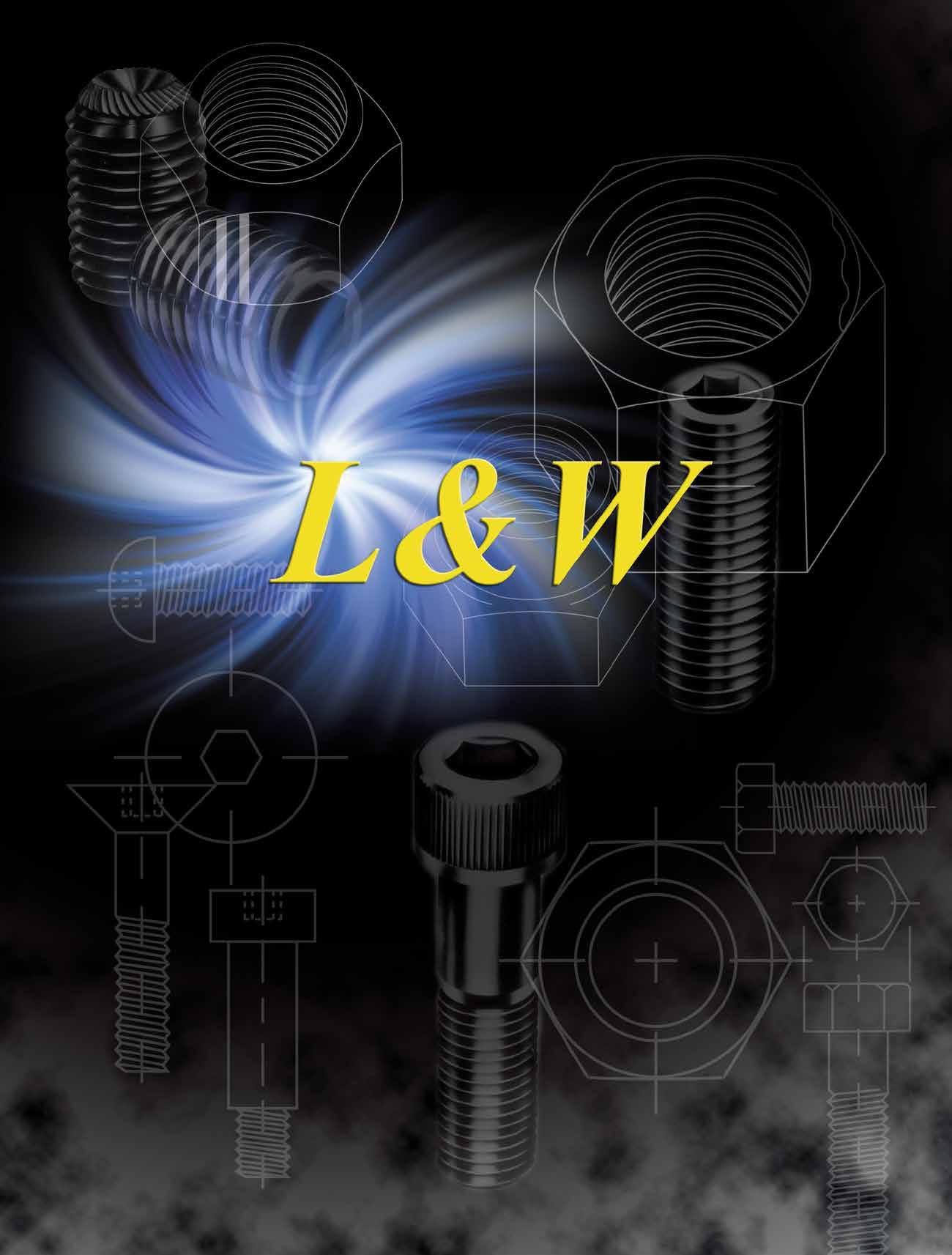

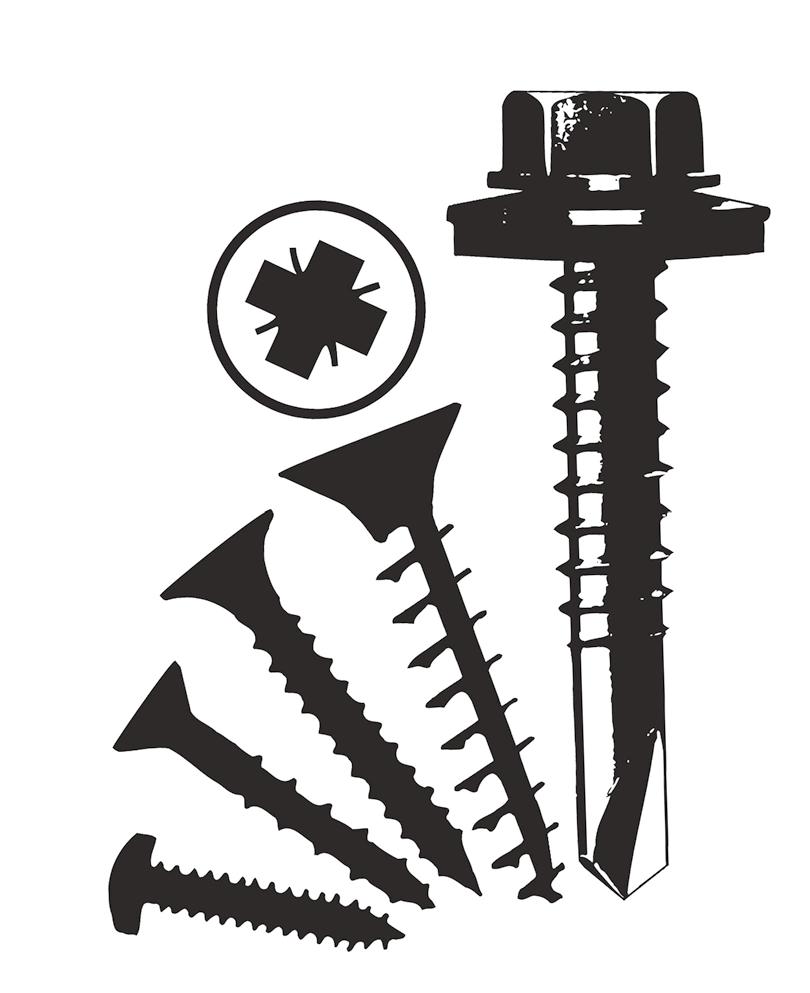
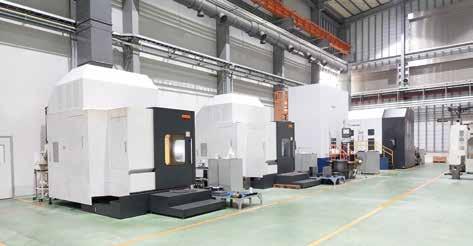
one of the world's largest manufacturers of mid-to-high-end screw, nut, and part formers, with cumulative global sales nearing 5,000 units, officially inaugurated its self-use parts processing plant in Rende (Tainan) at the end of 2024. Unlike the original Plant 1, handling assembly, outsourcing, quality assurance, warehousing, and maintenance, the primary mission of Jern Yao's 2nd new plant will be to “increase the percentage of self-use parts production” and “enhance the precision, speed, and stability of machined parts.”
The 12,560 sqm second plant dedicated to producing self-use parts represents a significant endeavor that sets Jern Yao apart from its competitors in the former manufacturing industry. The percentage of Jern Yao's self-use parts production was previously ~30%, primarily consisting of small-batch custom orders. Considering the challenges such as emerging succession gaps among partner factories, equipment upgrades, and parts lead times increasingly failing to meet the industry's stricter demands, coupled with the company's own desire to accelerate production schedules and enhance finished product precision, Jern Yao made a substantial investment in introducing 45 advanced and 4 five-face milling machines. This initiative aims to rapidly elevate Jern Yao's product precision and manufacturing capacity to a level unmatched by competitors within a short timeframe. At a time when an increasing number of former manufacturers are heard to directly source cheap yet questionable-quality parts from China and have them assembled in Taiwan to reduce their cost, Jern Yao not only refuses

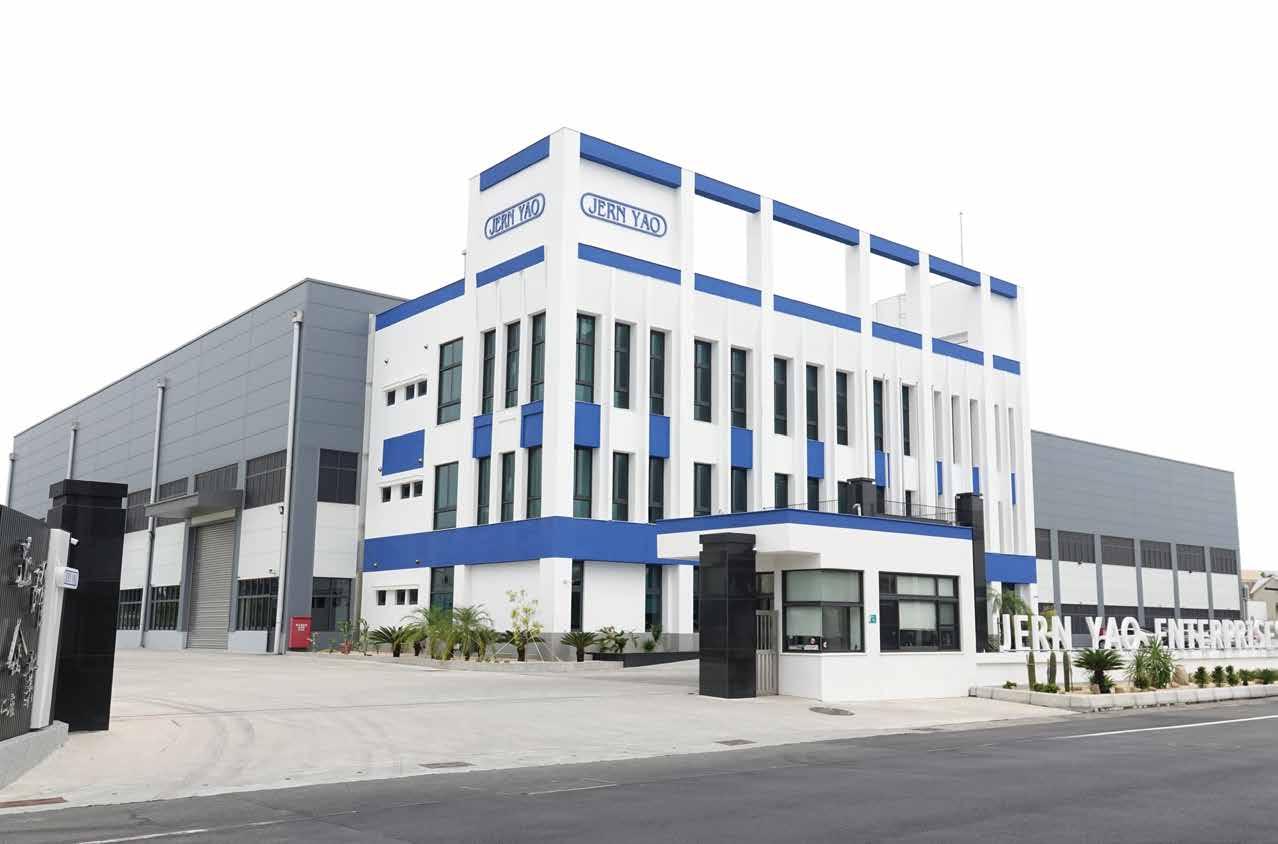
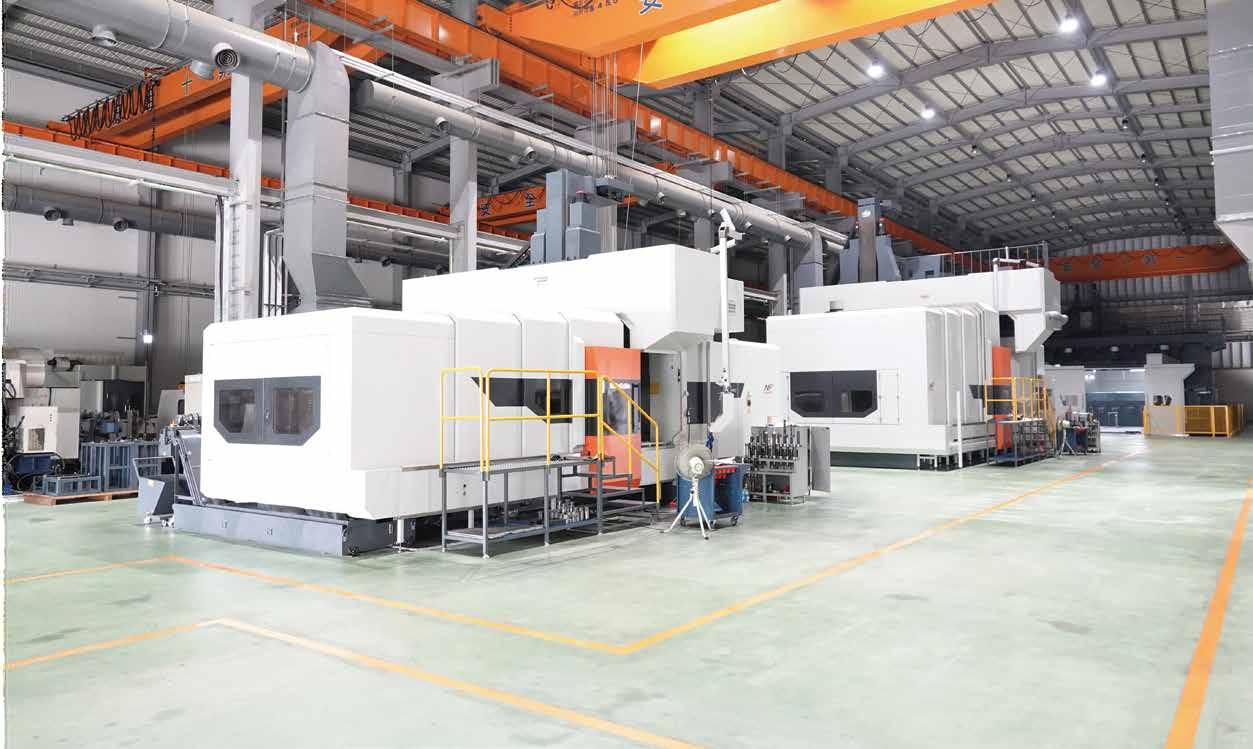
to follow suit by steadfastly rejecting Chinese raw materials and parts that fail to meet its high-standard quality requirements, but also invests heavily in acquiring dozens of advanced milling machines to enhance its self-use parts production capabilities, demonstrating Jern Yao’s unwavering commitment in recent years to actively frame itself as the world's premier former brand and solidify its position as the global leader.

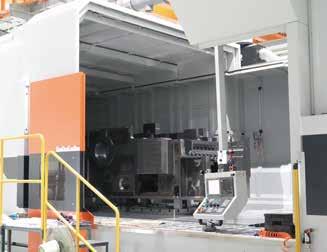
"Currently, few Taiwanese former manufacturers possess five-face milling machines. Unlike traditional CNC machines, the advantage of five-face machines lies in eliminating the need to flip workpieces, significantly boosting machining capacity. It can operate with only a single setup, reducing human-made errors while enabling us to execute more complex designs and achieve higher precision levels. To ensure precision for both tooling and workpieces, we even maintain our plant air conditioning at a constant 28 °C. With the introduction of five-face milling machines, we now have the opportunity to further increase our core part self-sufficiency ratio to a 5:5 split, " stated President Alec Tsai.
Jern Yao currently offers machine models ranging from 2-die to 8-die configurations. To meet customer demands for automated processing speed and efficiency, it actively integrates AI into product design (e.g., machine troubleshooting functions). It also recalibrates existing models (e.g., increasing their production from 240 pcs of M8 screws per min. to 300pcs) and accelerates die change efficiency through external adjustment of male/female dies. These measures comprehensively address increasingly stringent customer requirements for precision, speed, and stability.
“Price cutting represents Jern Yao's most significant challenge at present. However, the superior performance, the capability to produce more precise products, and the stability of our machines remain unmatched by competitors. Moving forward, we will strive to gain greater customer recognition by reducing unnecessary costs in the manufacturing process, ensuring smoother production line operations, and shortening lead times, in order to pave the way for Jern Yao's next era of successes,” added President Tsai.
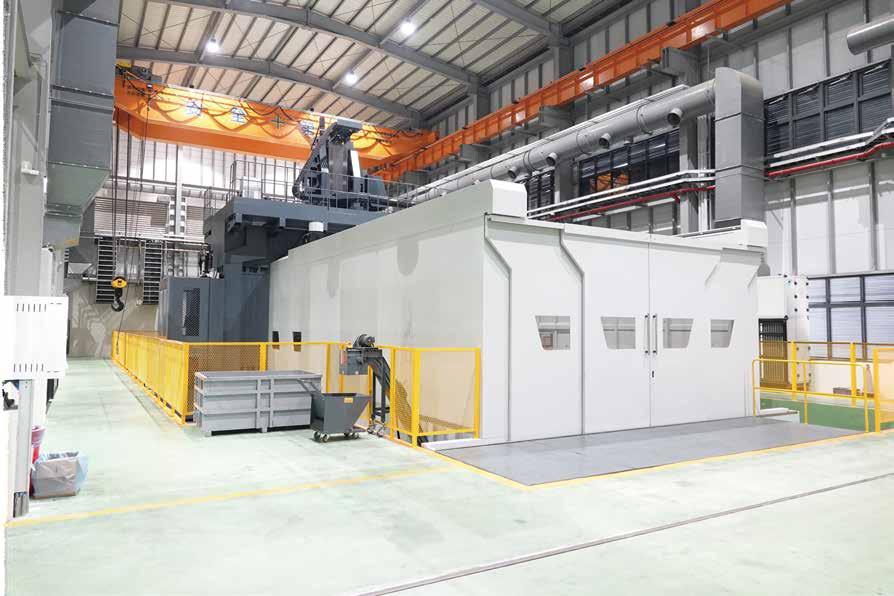
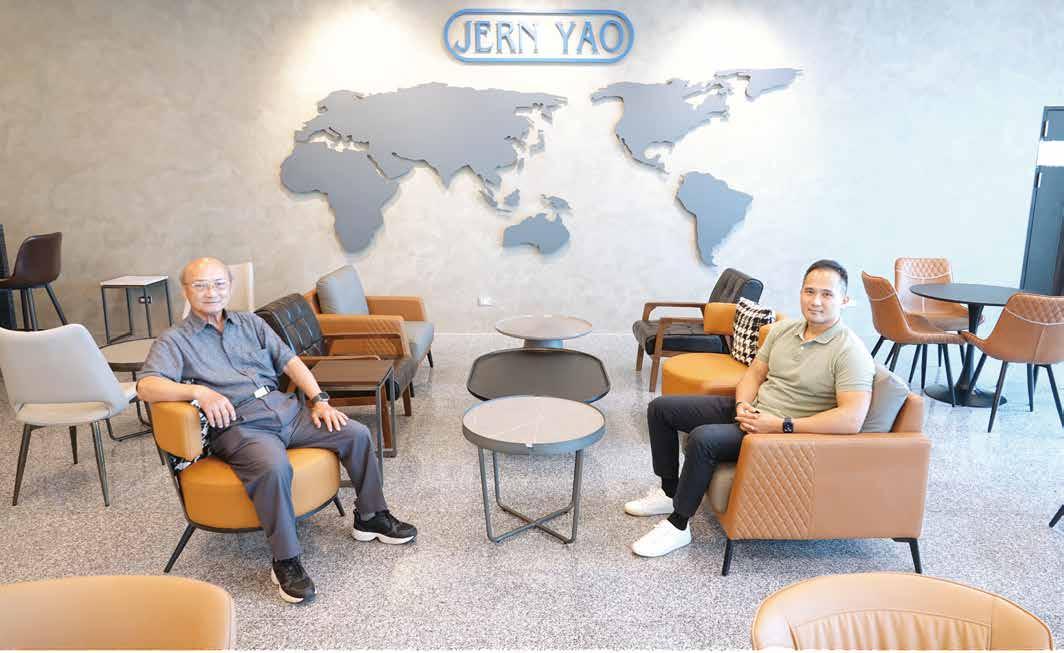
Jern Yao, which has dominated the industry for 32 years with its exceptional high-performance machines, welcomed new leadership in July 2024 as Alec Tsai formally took over the helm from former President Ted Tsai. His first initiative was a sweeping overhaul of Jern Yao's corporate culture, aiming to introduce Western management philosophies emphasizing “frank communication and treating managers as partners.” While the initial implementation proved challenging, the shift in corporate atmosphere is evident today. When employees now feel comfortable addressing President Tsai directly as “Alec,” it signals a departure from the previous era where management dictated every detail.
Before assuming the role of President, Alec had served at Jern Yao for over a decade, gaining deep familiarity with all departments. His years of study, work, and life in the US and Canada also instilled in him a strong emphasis on fostering open communication between employees and management holding different viewpoints. Therefore, in his first year in
office, he vigorously promoted reforms in the company's internal management culture. He hopes to eliminate the corporate atmosphere of the older generation that overly emphasizes hierarchical systems, allowing Western management thinking that encourages bold expression of opinions and mutual growth and progress to further take root in all departments. President Tsai believes: “The invisible distance between employees and supervisors hinders corporate growth and progress. This barrier prevents employees from promptly voicing concerns or suggestions, resulting in valuable input failing to reach management and issues not being resolved through timely team brainstorming.”
To bridge the gap with employees, President Tsai himself frequently addresses staff and managers by their first names in a friendly manner at the company. He actively encourages them to speak up whenever issues arise, emphasizing that even urgent matters can be brought directly to him for discussion—there's no need to hold back simply because someone is a supervisor. He believes that eliminating the hierarchical distance that inhibits openness will enable smoother progress across all company operations.
President Tsai stated: “I aspire to build Jern Yao into a company where employees are genuinely motivated to work hard and even feel a sense of belonging, like it's their home. Traditional industries in central and southern Taiwan often adopt a management style where criticism comes first when things go wrong. I strongly dislike this leadership approach

I aspire to build Jern Yao into a company where employees are genuinely motivated to work hard and even feel a sense of belonging, like it's their home.
Jern Yao’s contact: Mike Huang, Sales Section Chief
Email: mike@jernyao.com
because over time, employees become passive. They hesitate to raise issues or offer constructive suggestions, fearing they might be held accountable for any shortcomings. Instead, I prefer a collaborative approach where we sit down together to discuss problems and find solutions, encouraging everyone to voice ideas that benefit the company's future development."
Corporate culture and employees determine a company's future trajectory. To strengthen employees' sense of identification and belonging with the company, President Tsai has actively promoted knowledge transfer and technical training across departments. His goal is to equip the company team with more robust capabilities to tackle future market challenges. Under his leadership philosophy that “new equipment demands new ways of thinking,” Jern Yao stands ready to secure a decisive victory for the next 30 years.
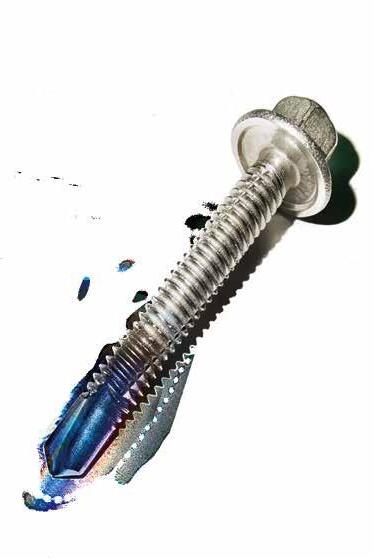

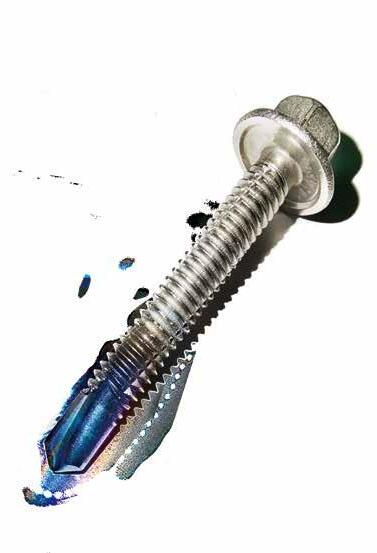
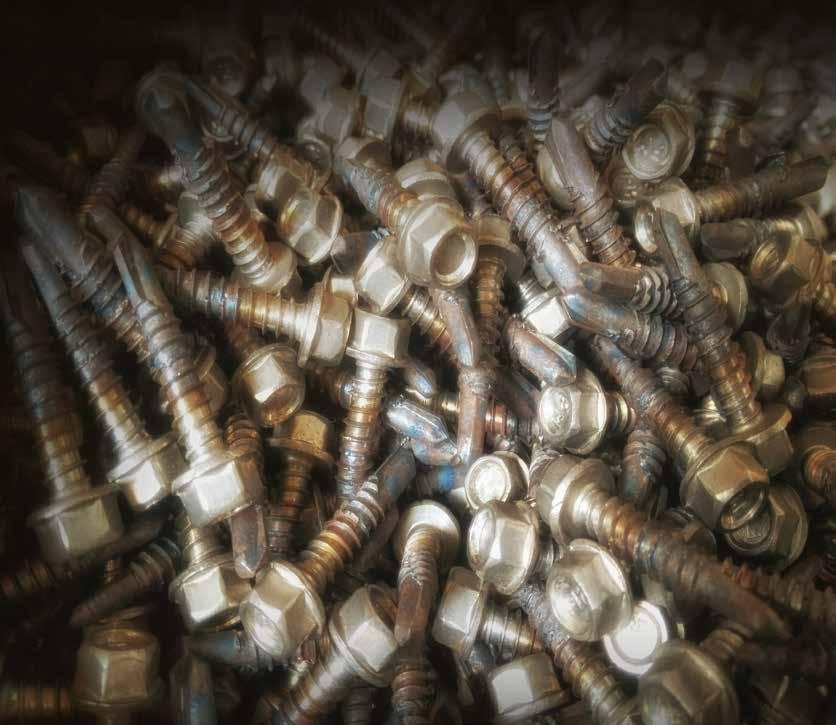

Taiwan’s precision manufacturing leader, Screwtech Industry, successfully obtained the international environmental management system ISO 14001 certification in 2024. This achievement is not only regarded as a major milestone toward entering global markets but also demonstrates the company’s environmental management effectiveness and commitment to continuous improvement. A senior executive emphasized that obtaining this certification is a commitment to environmental protection and a necessary strategy to enhance competitiveness in the global market.
The company revealed that they faced various challenges during the process, especially in encouraging employees to embrace and proactively integrate environmental awareness into their mindset— a key bottleneck. Screwtech promoted sustainable values among employees through internal communication and training, and also engaged upstream and downstream supply chain partners
in environmental initiatives, highlighting the integration and collaboration within the entire ecosystem. This spirit not only overcame resistance throughout the process but also was crucial to successfully passing the certification.
Screwtech has maintained a rigorous approach to environmental management since it passed the certification. Getting approved in the 2025 annual audit reaffirms its solid performance. Auditors especially praised the company for not just setting plans but also actualizing them on schedule, making environmental management a natural part of daily work rather than superficial compliance.
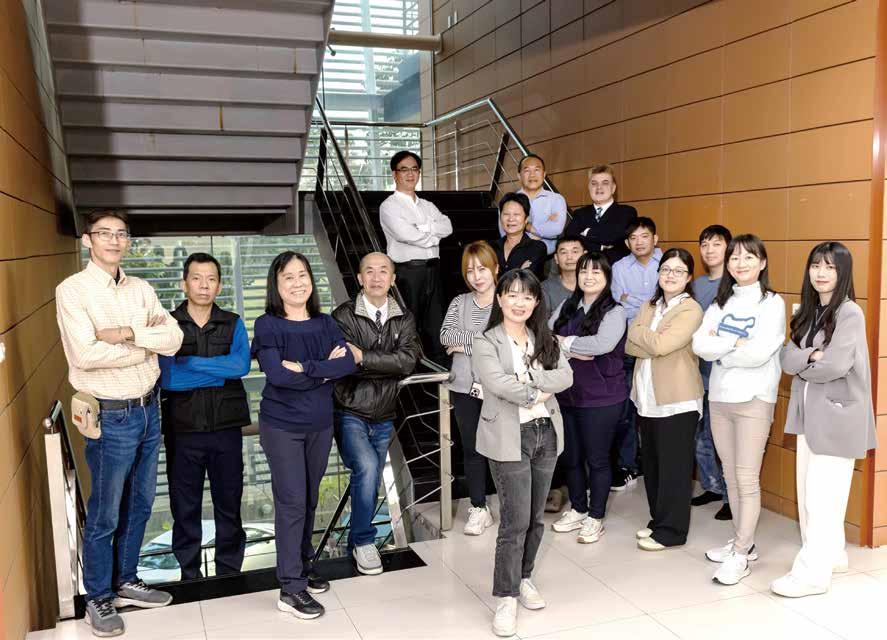
Screwtech proudly recommends its Hi-cass bolts and nuts, well-received in both domestic and global markets and closely aligned with environmental protection:
1. Meets environmental standards: Non-toxic and harmless, complying with RoHS requirements.
2. High corrosion resistance: Effectively reduces consumable losses and replacement frequency caused by rust, extending product lifespan and improving overall reliability.
3. Water-saving production: Significantly reduces water usage during production, minimizing wastewater generation to achieve energy conservation and environmental protection.
4. Innovative ceramic electroplating technology: The nano-ceramic coating differs from conventional electroplating by preventing electric potential differences, thereby stopping rust caused by electron interactions on metal surfaces, greatly improving corrosion resistance and lifespan while reducing maintenance costs.
This robust management and execution capability has enhanced Screwtech’s brand trust among international markets and clients, significantly boosting its ESG performance and establishing a corporate image willing to take responsibility for the planet and the well-being of humanity. Furthermore, it places great importance on employee health and occupational safety by integrating hygiene and safety management systems. These efforts have strengthened cohesion both inside and outside the company and earned recognition from partners for Screwtech’s sustainability spirit. It envisions “net-zero emissions” by driving energy-saving and carbonreduction initiatives, creating a green environment where humans, nature, and all forms of life coexist harmoniously.
In addition to Hi-cass, Screwtech has also been deeply involved in the precision screw sector for many years. Its products, stable and reliable, are widely used in advanced industries such as automotive, electronics, AI, and semiconductors, injecting vigor into high-tech industries. Readers are invited to visit the photonics exhibition this October to witness Screwtech’s breakthroughs in manufacturing innovation and its blueprint for green sustainable prosperity.

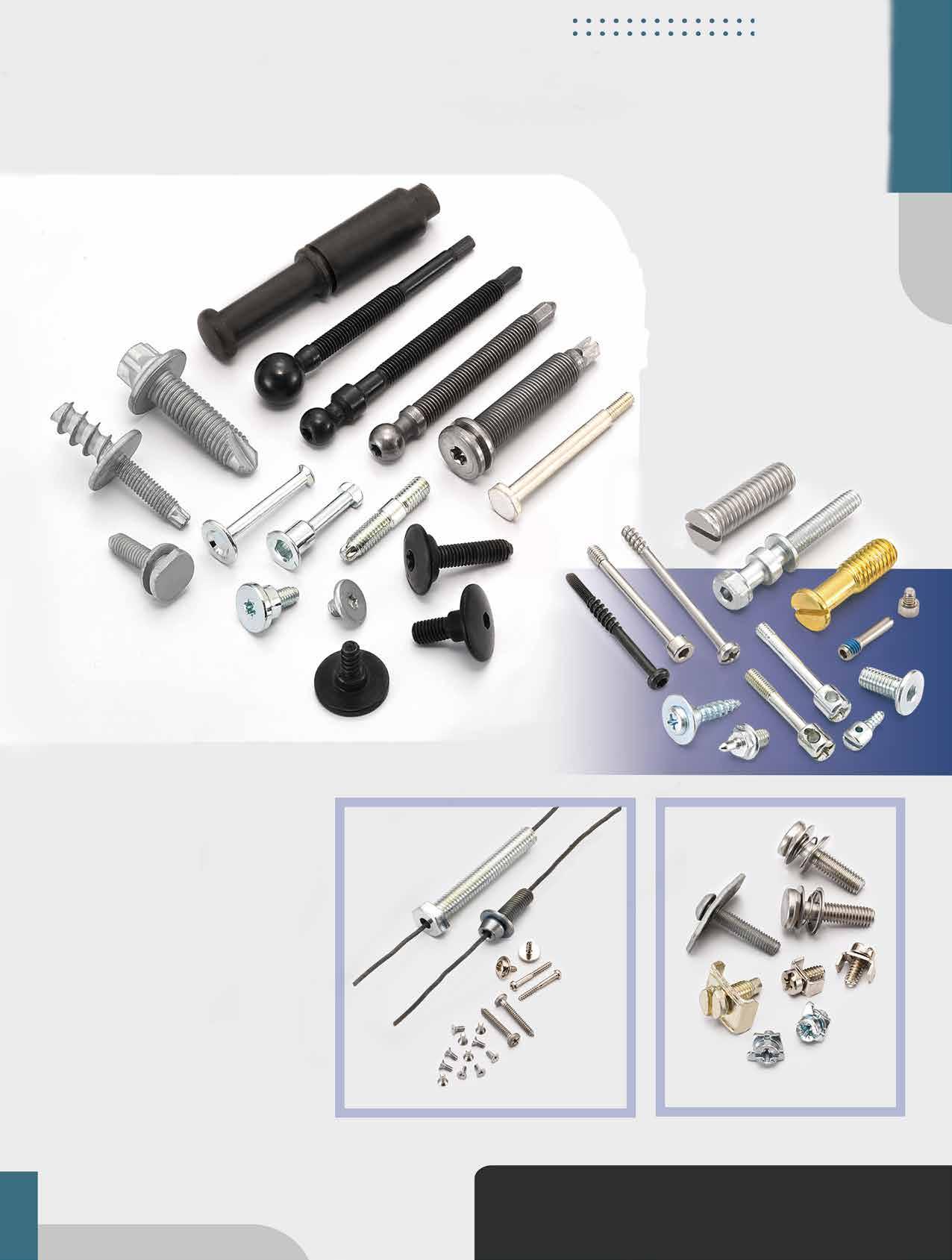

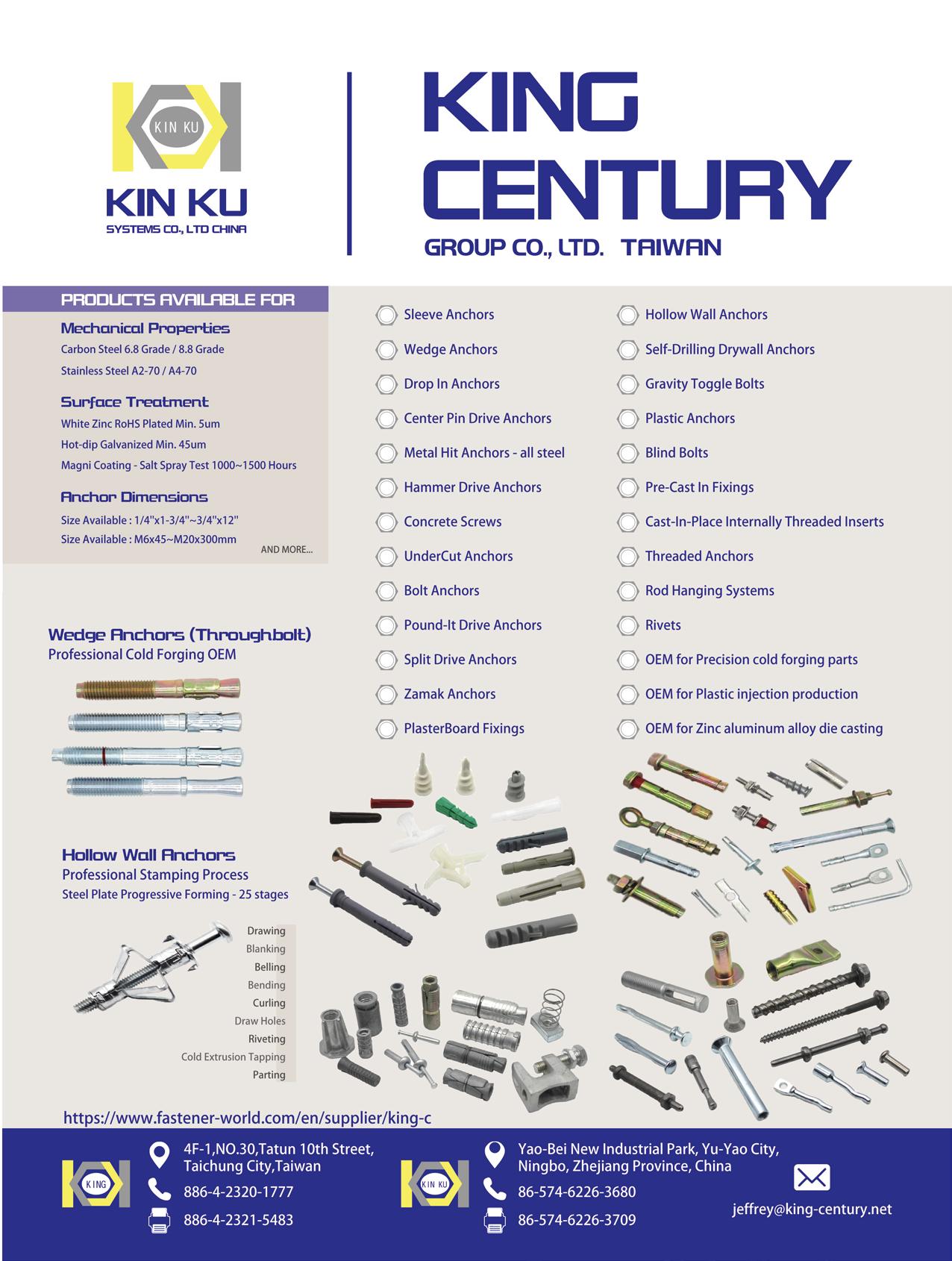
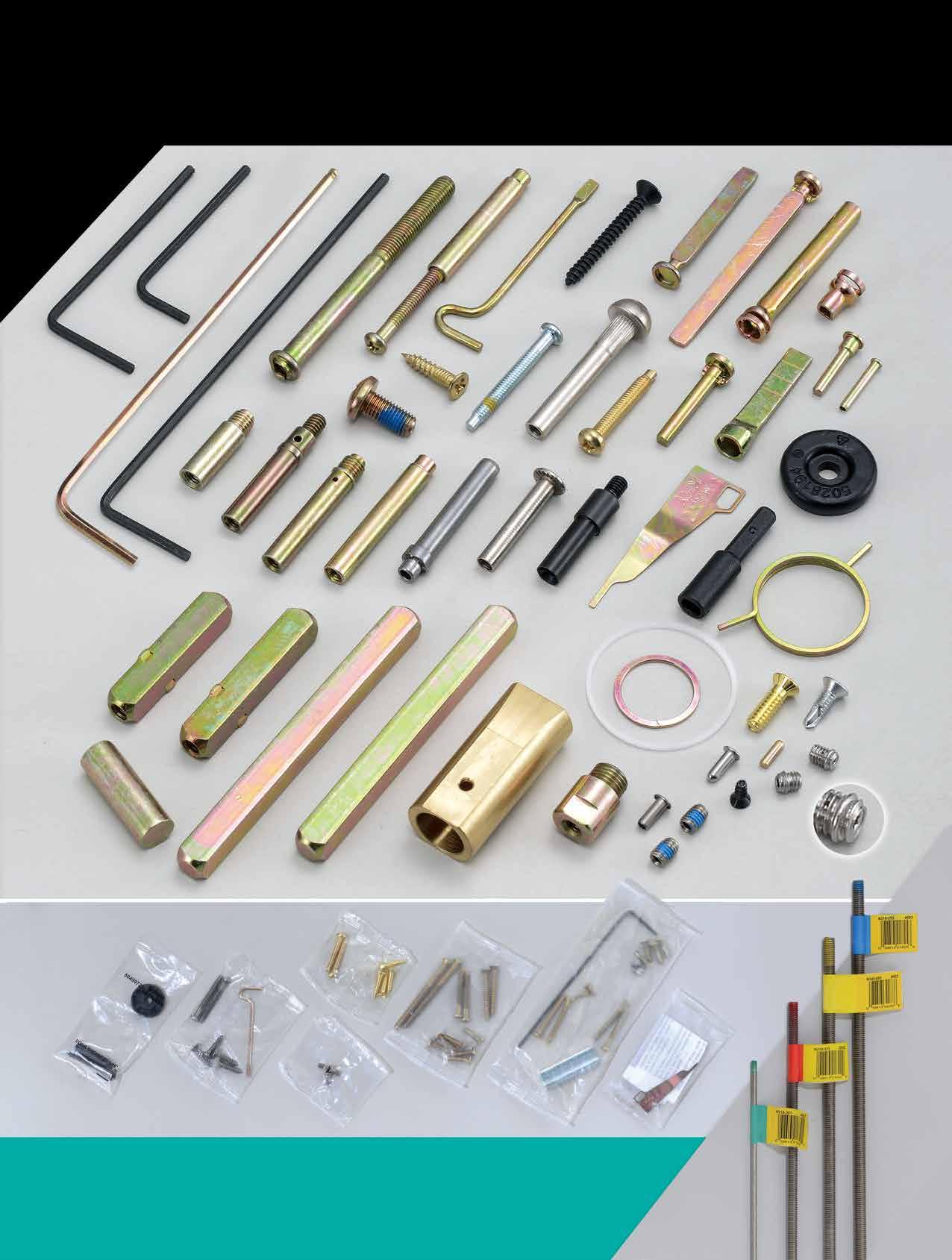

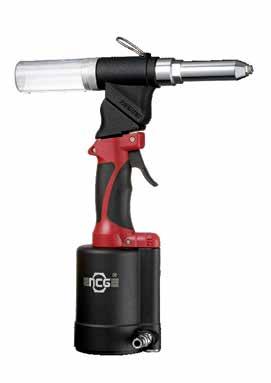

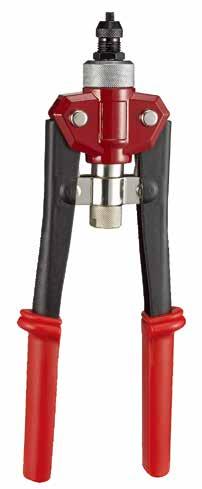

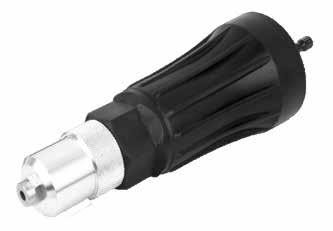













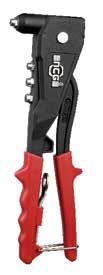
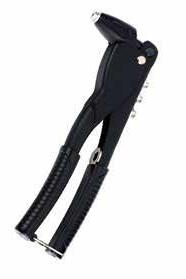
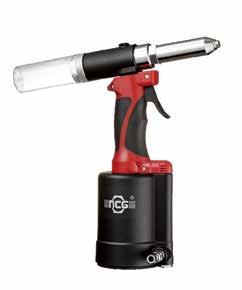
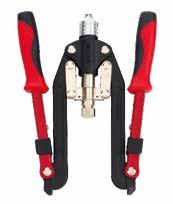
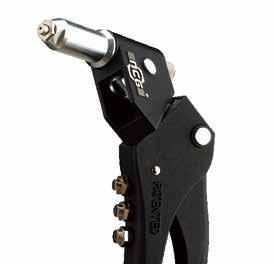
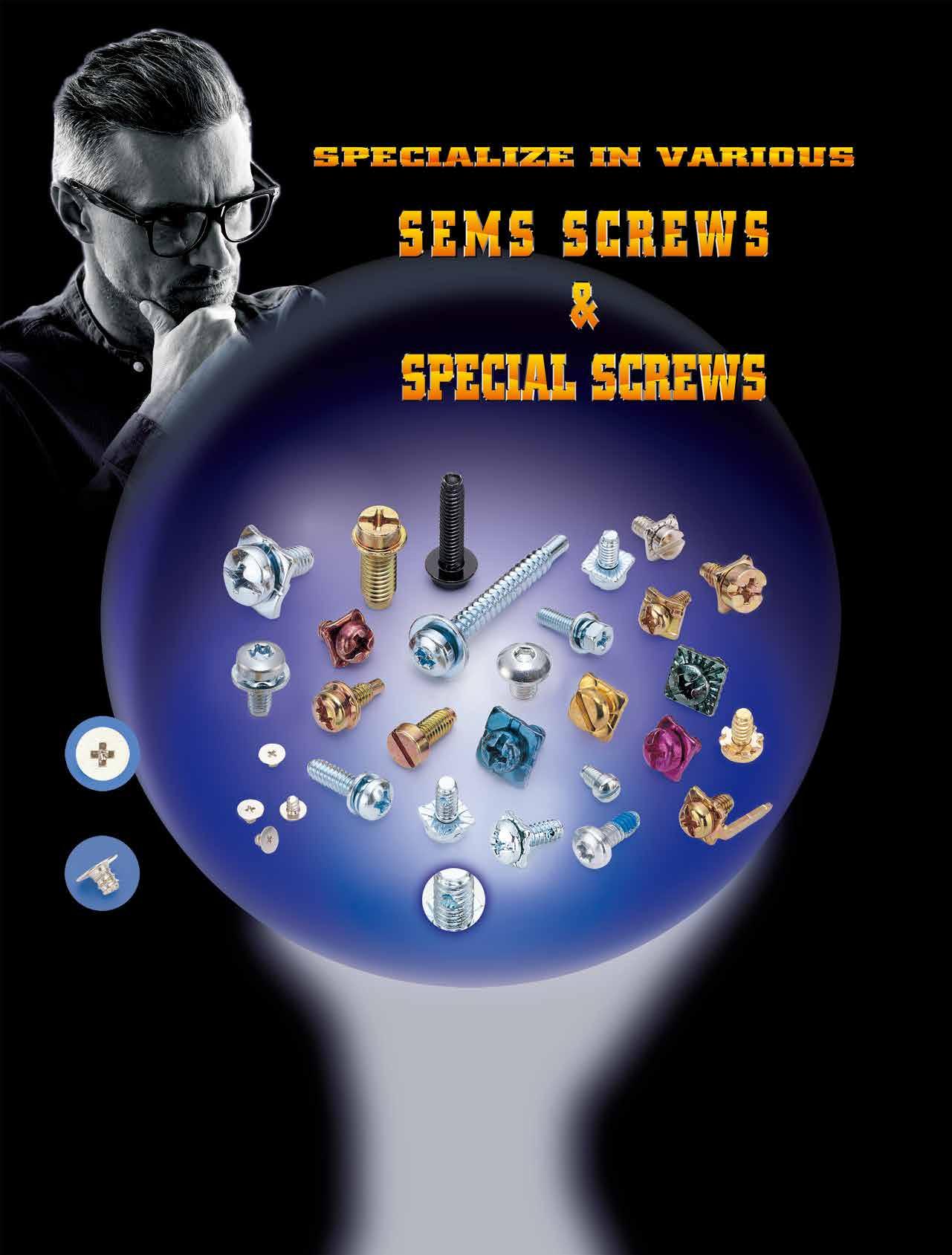

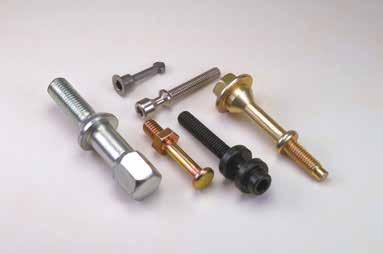
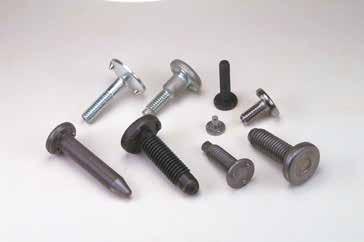
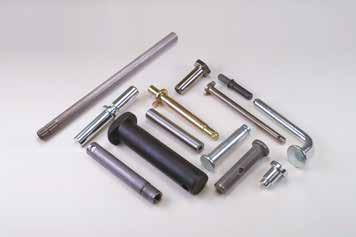

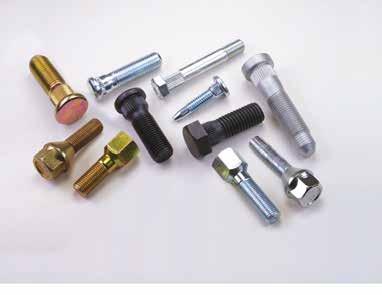
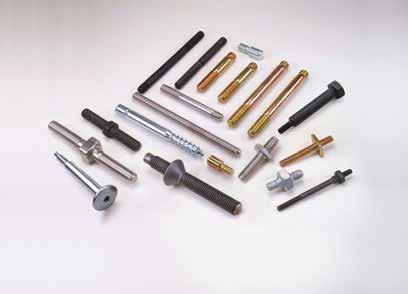
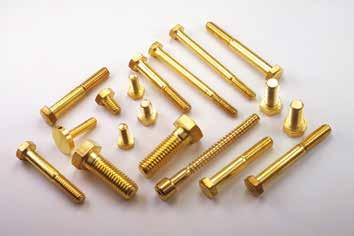
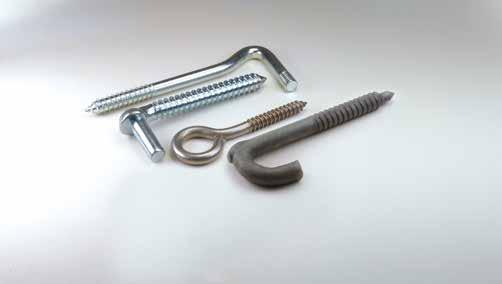
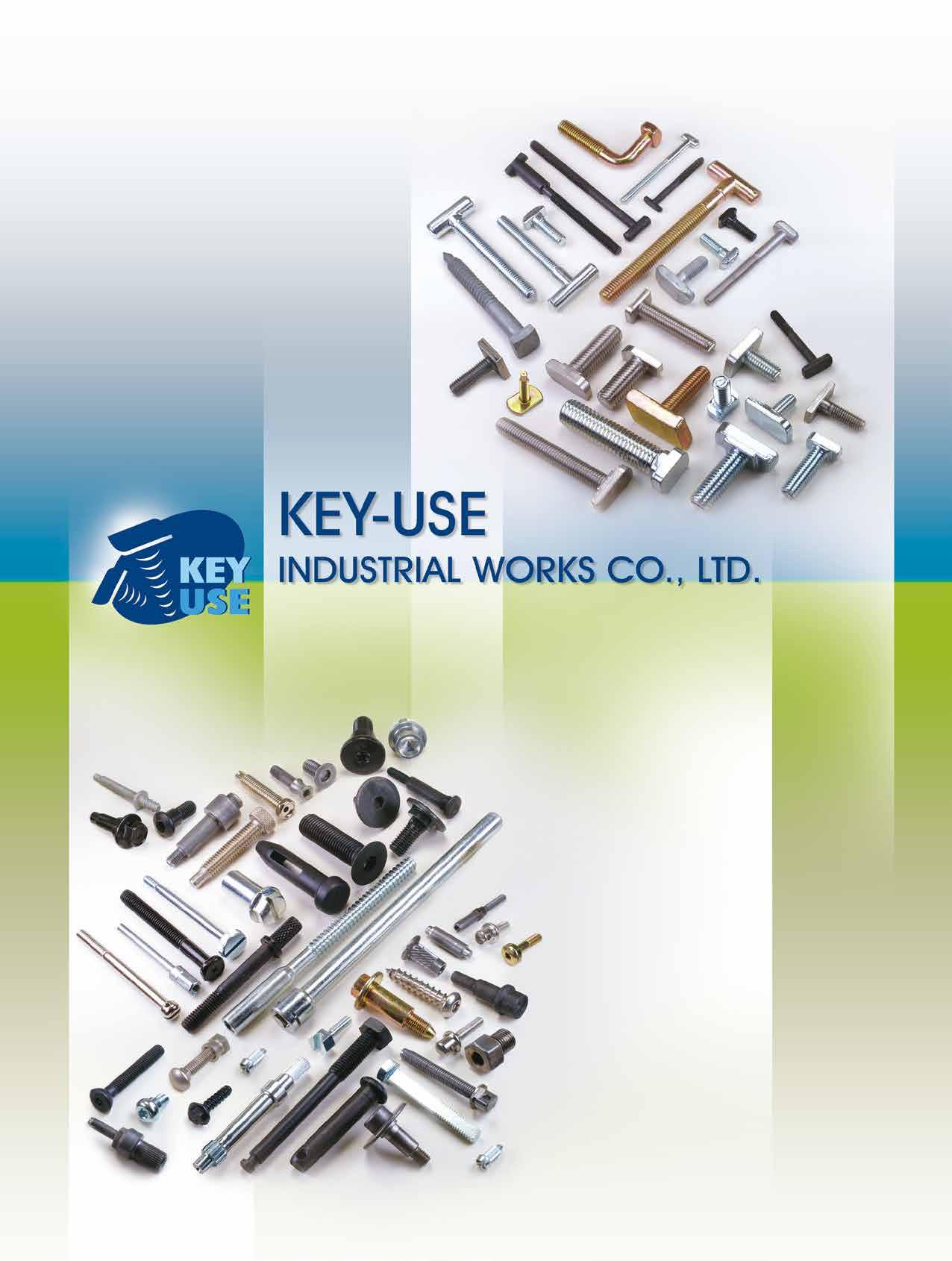
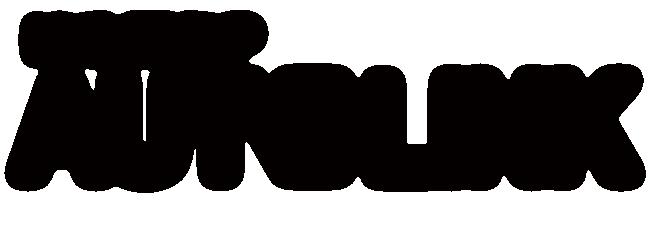
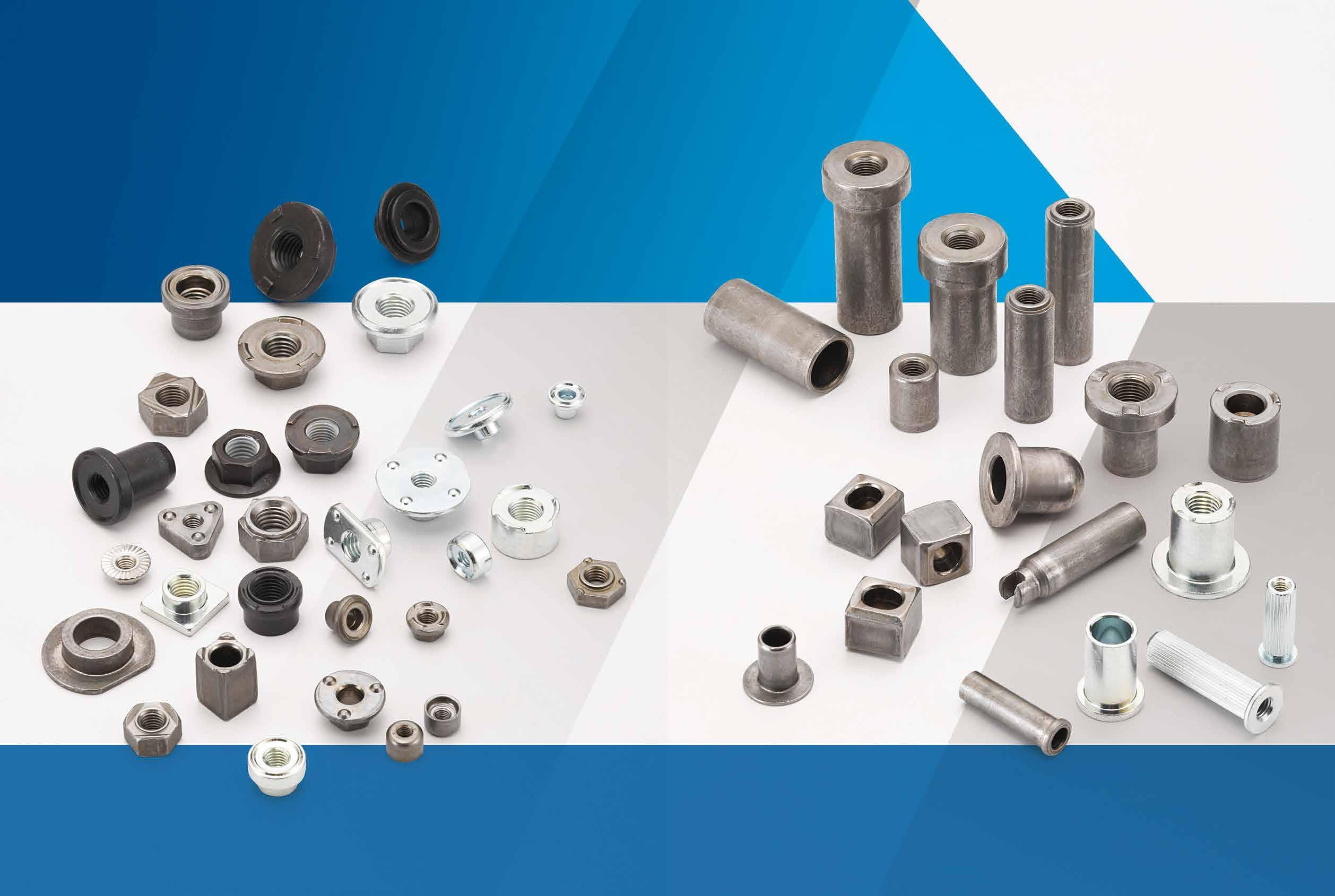



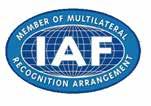

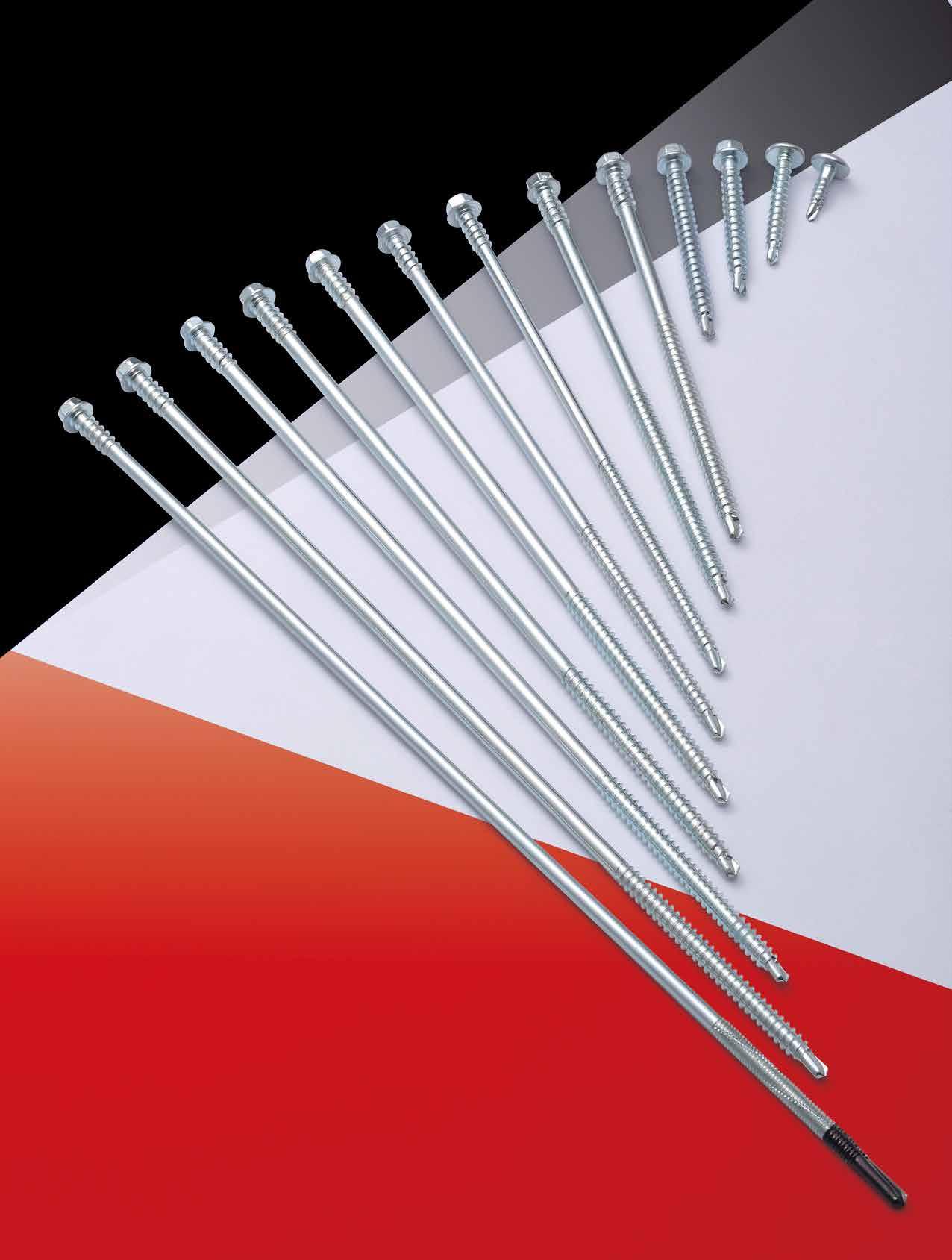
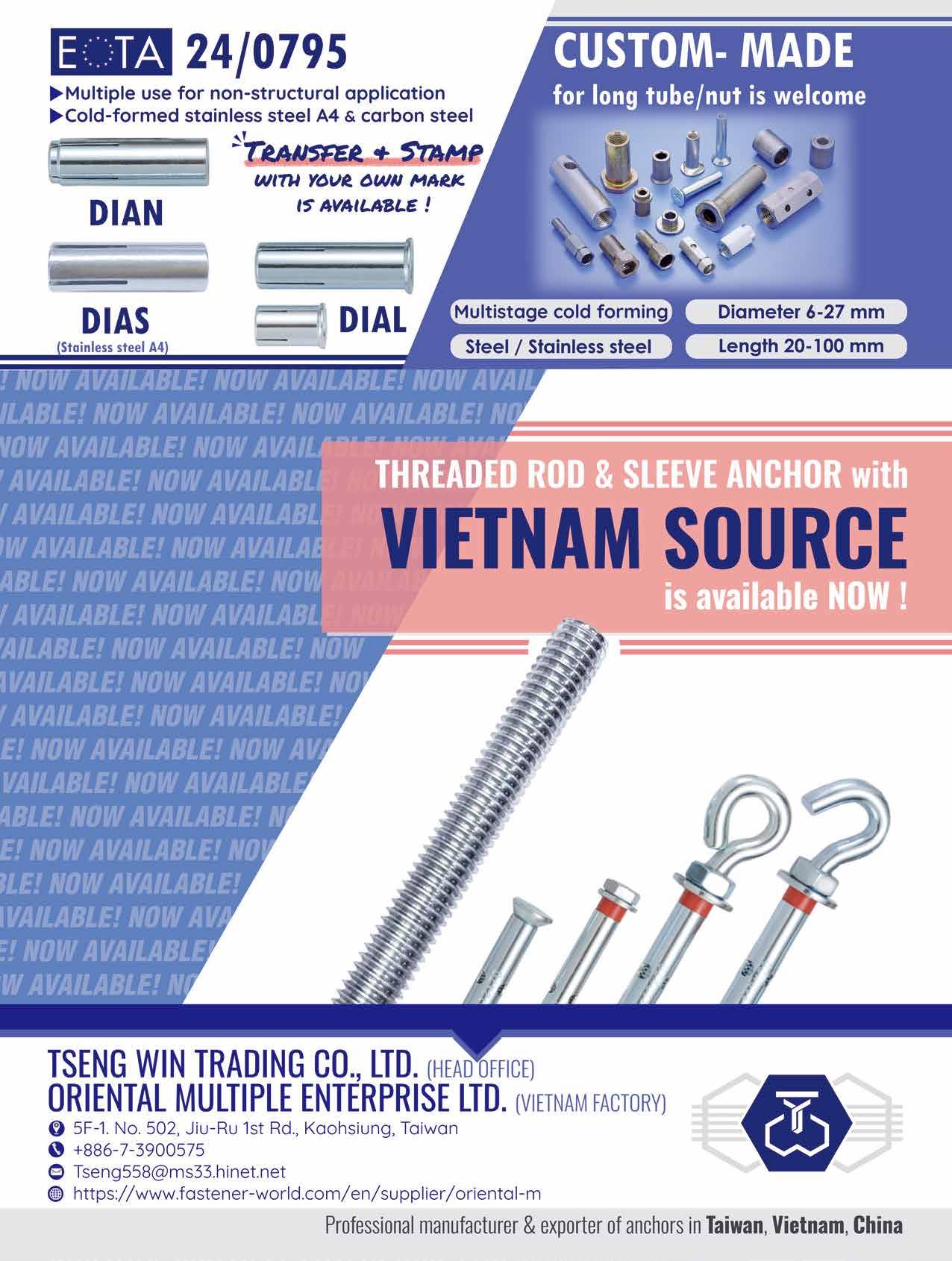
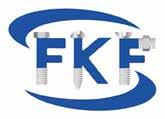
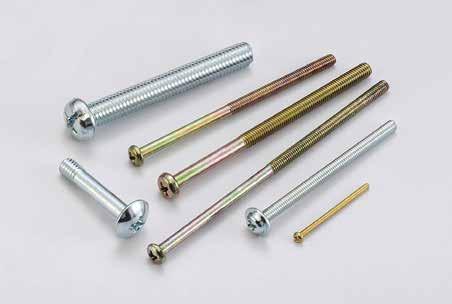


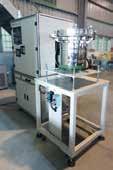
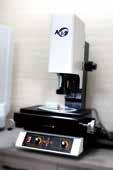
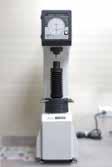
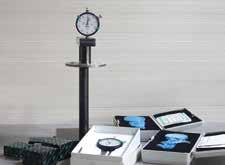
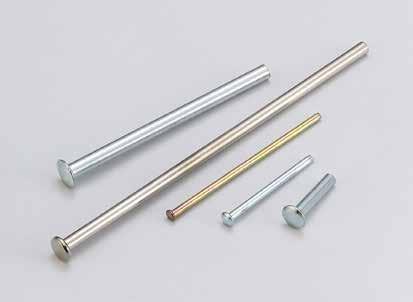






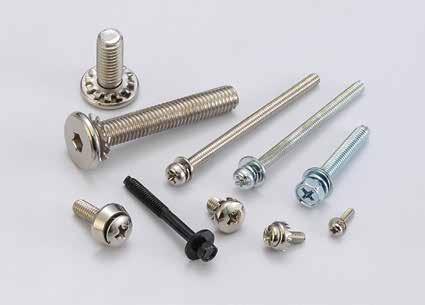

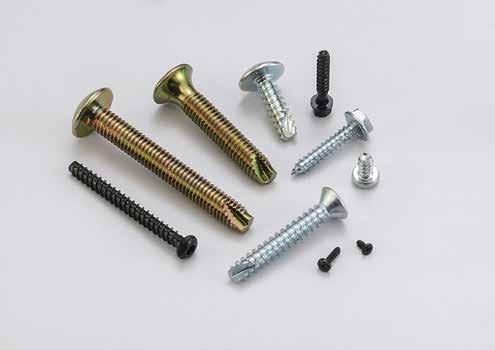
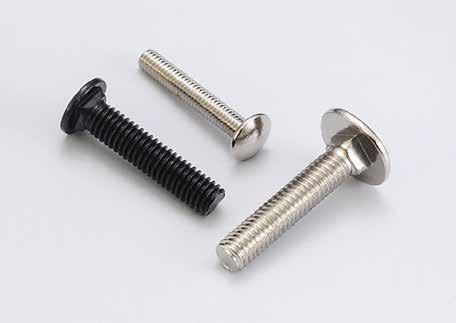






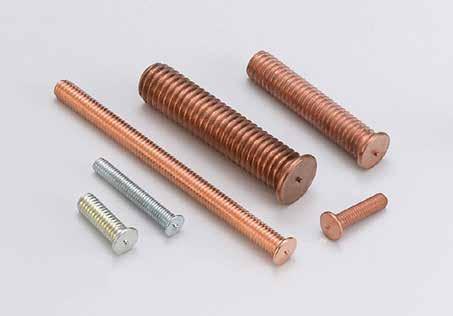



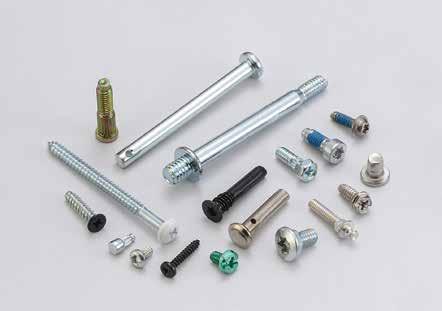


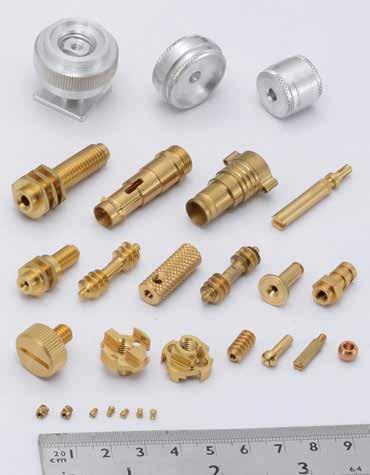


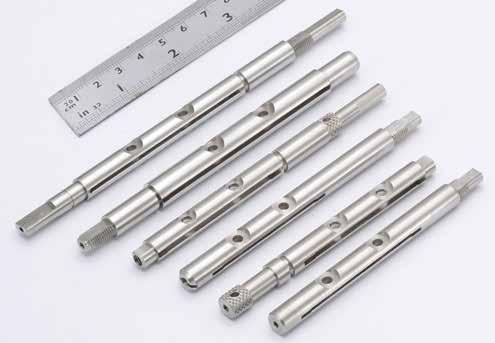



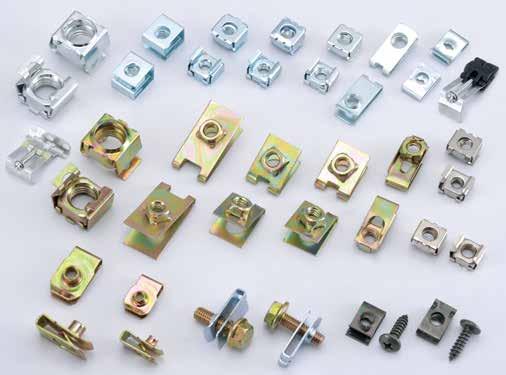



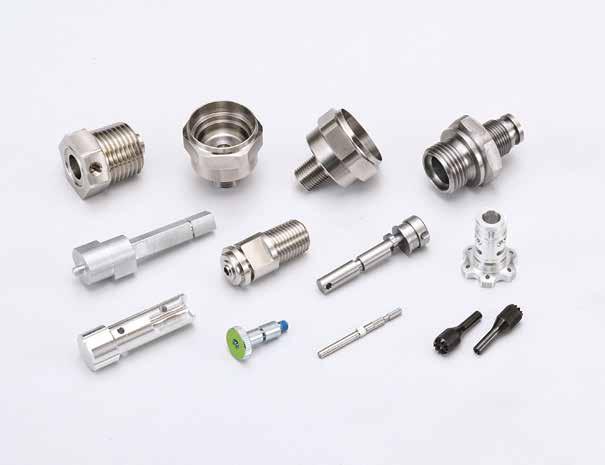


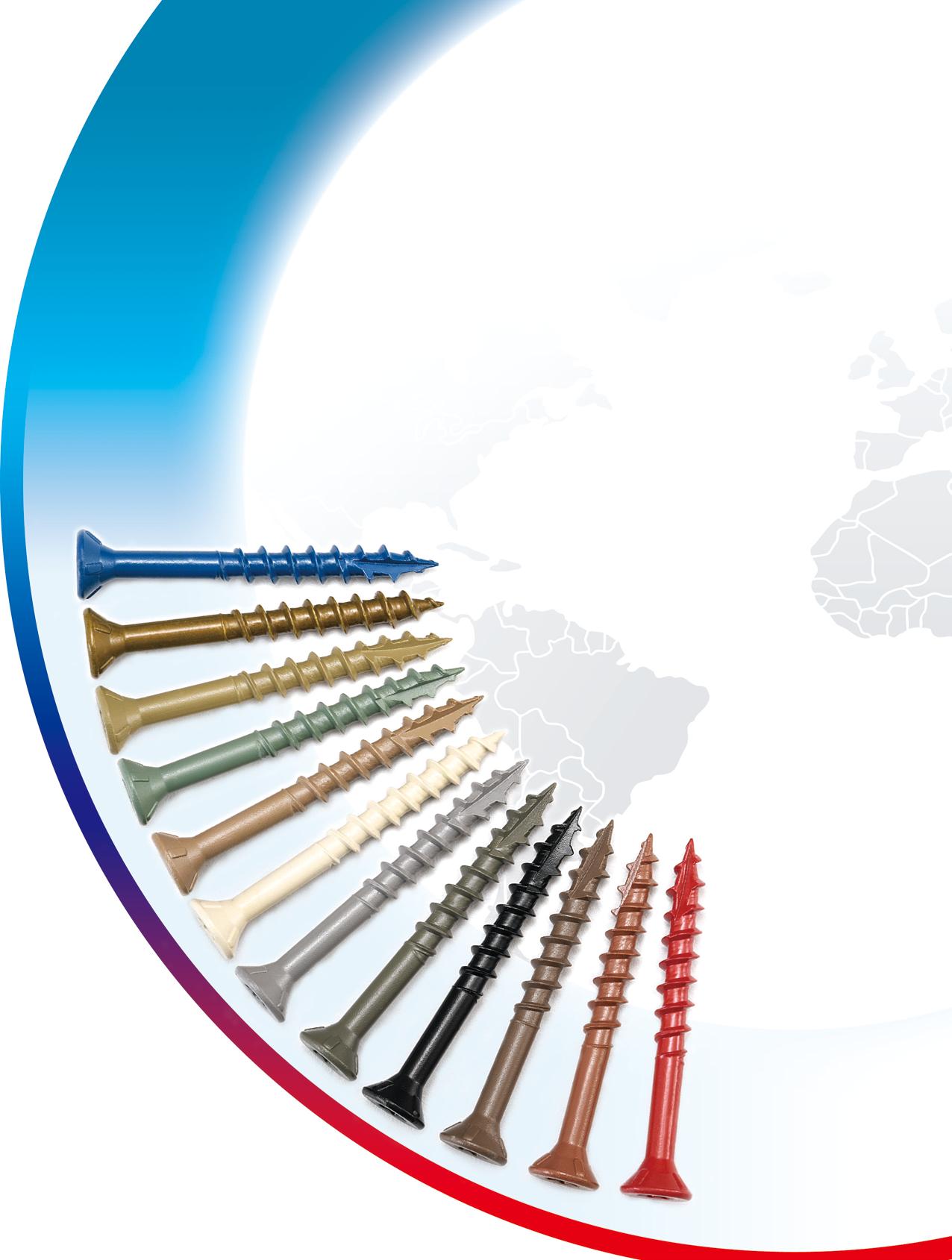
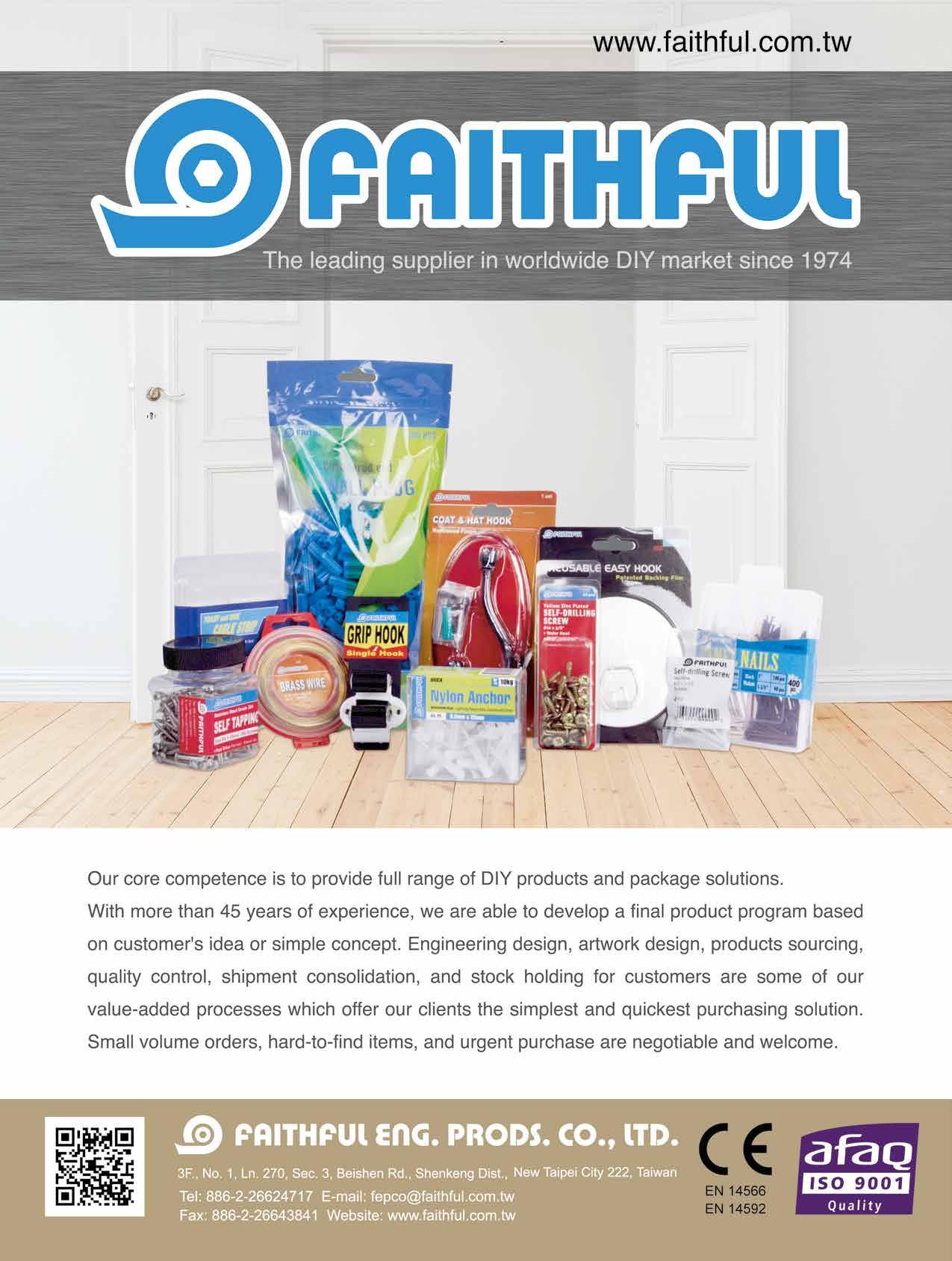
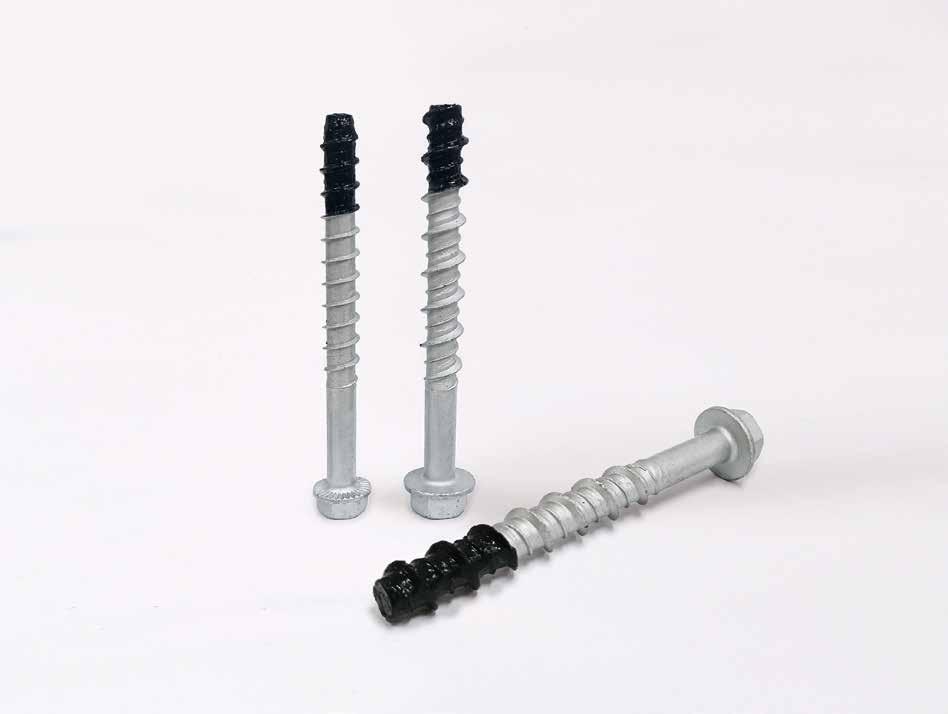
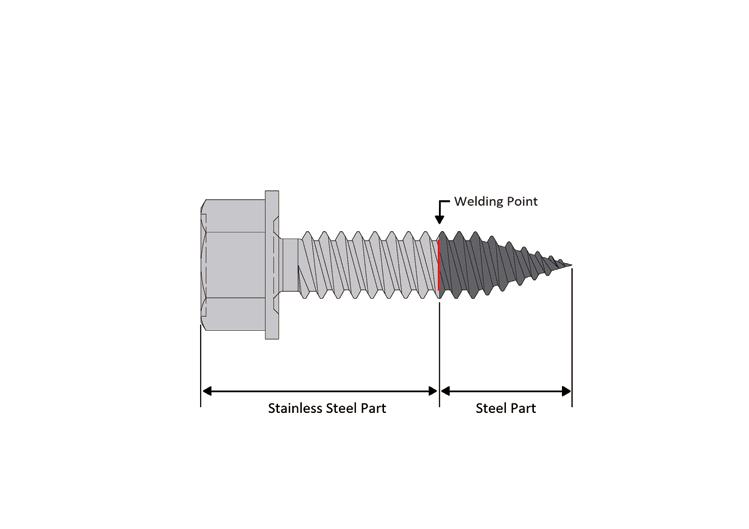
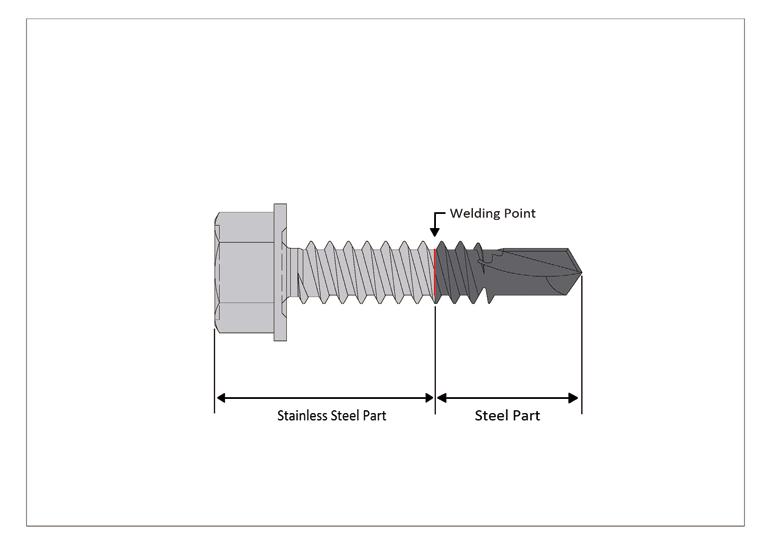
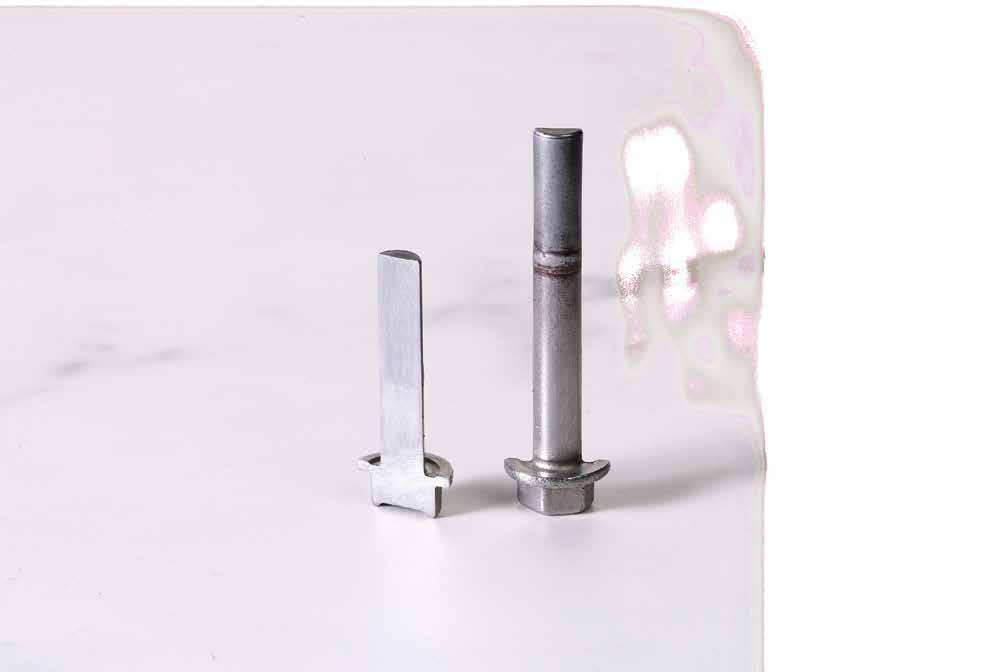
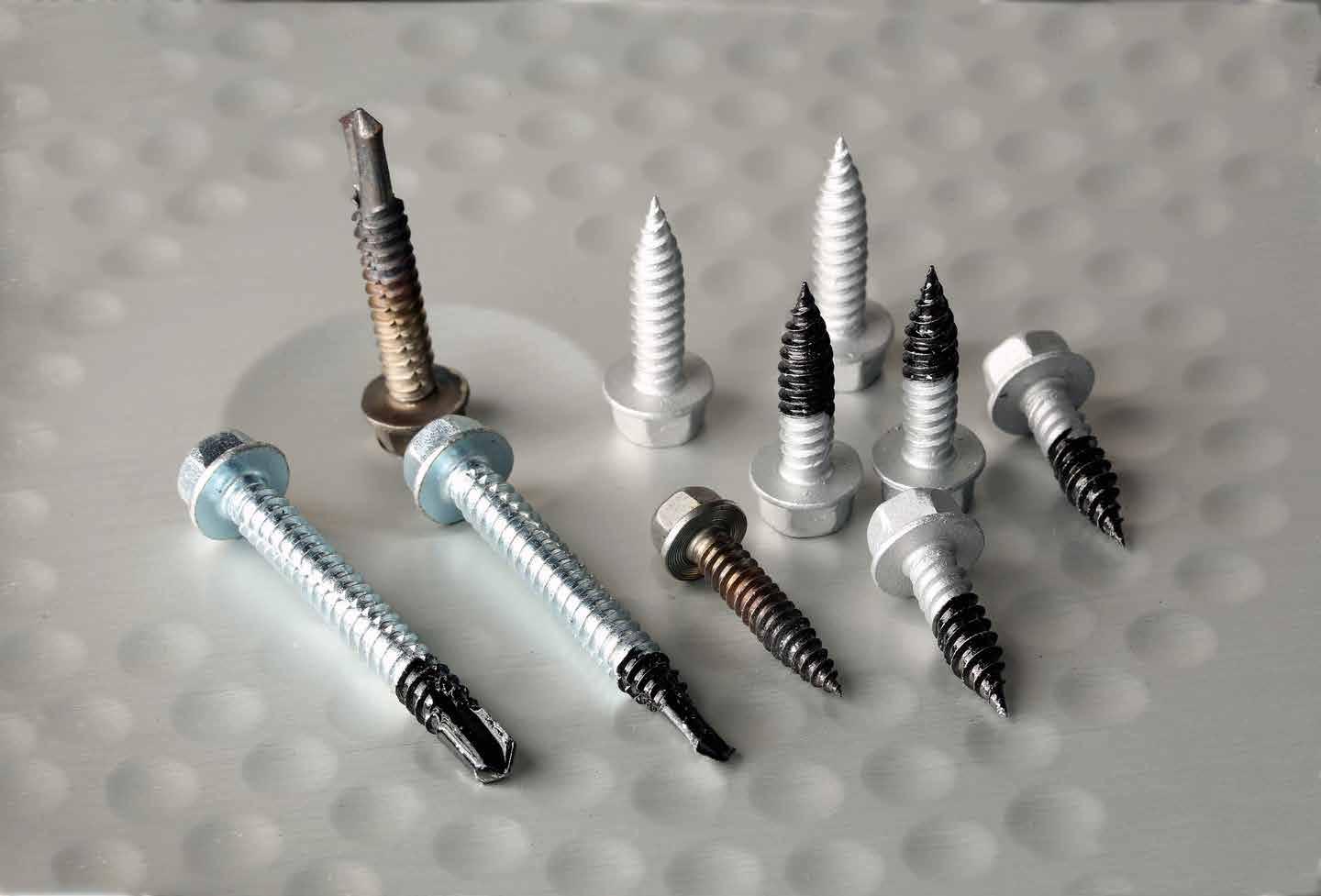
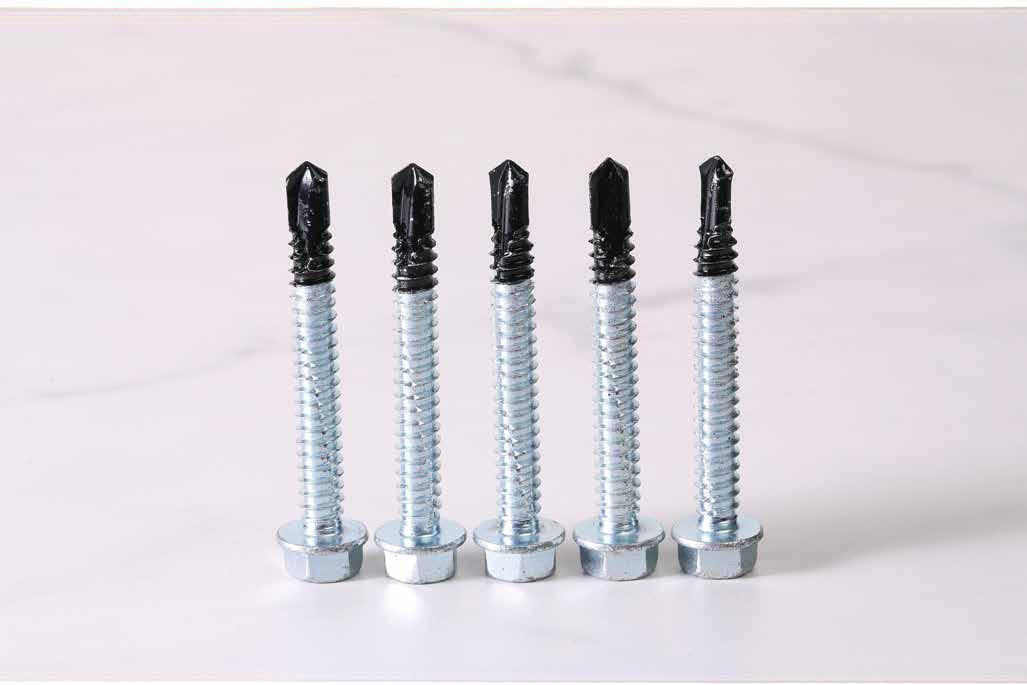

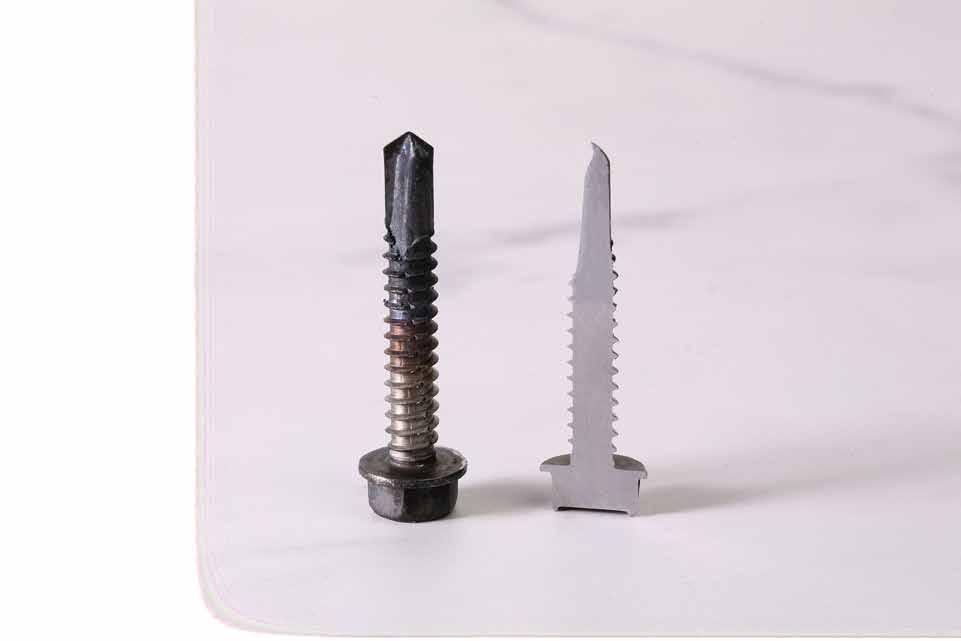

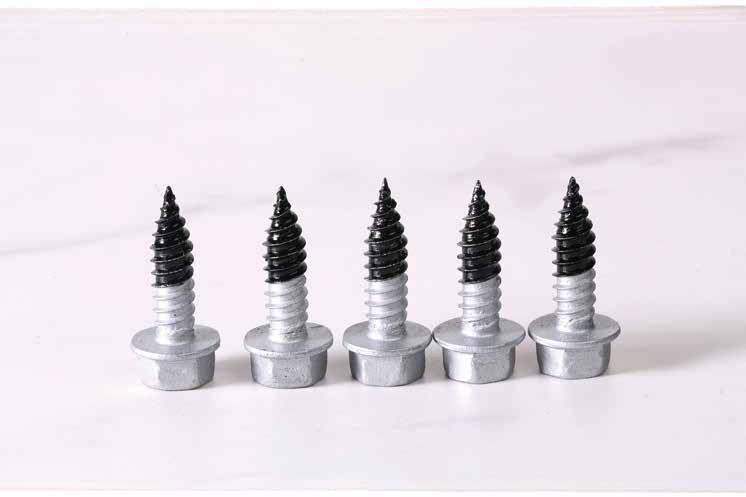

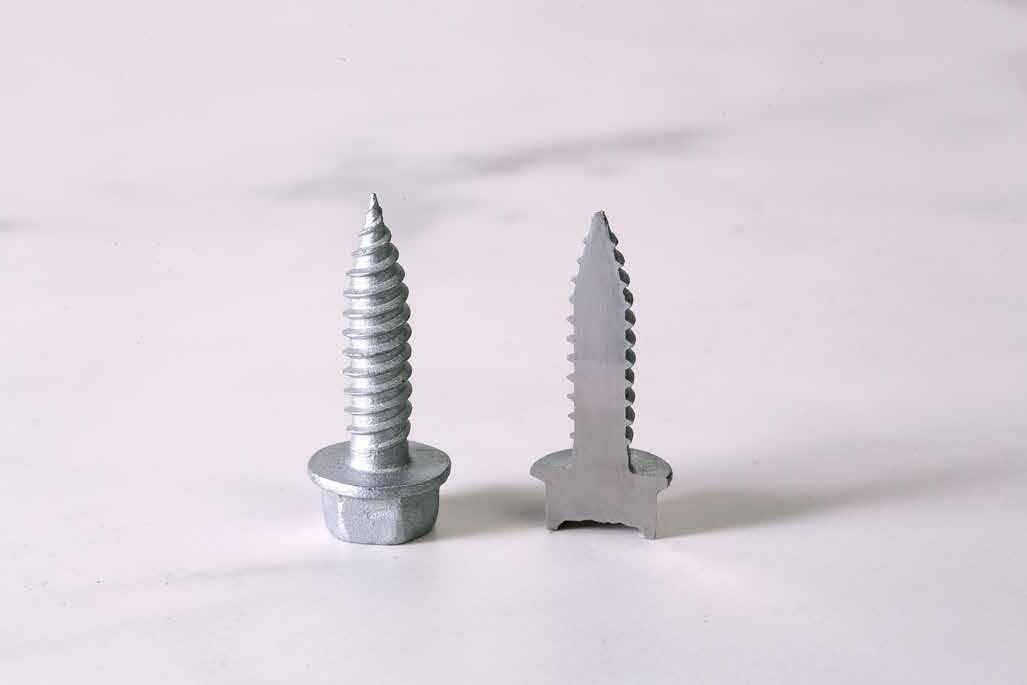

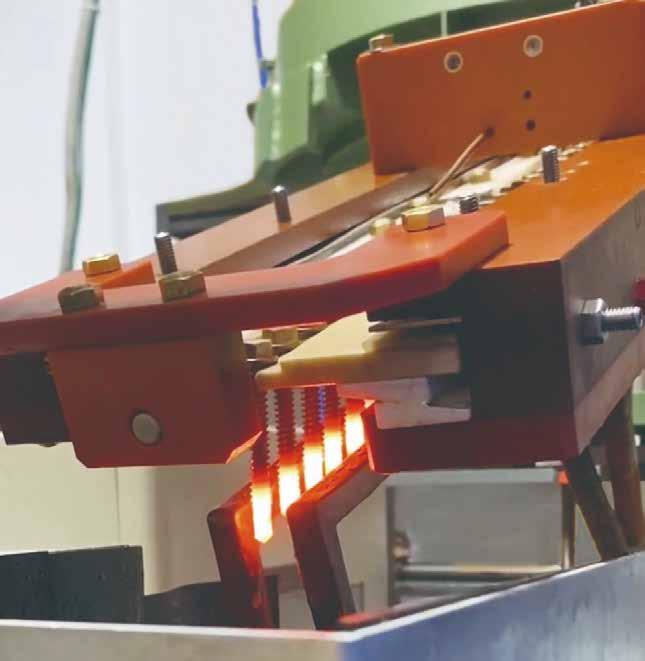
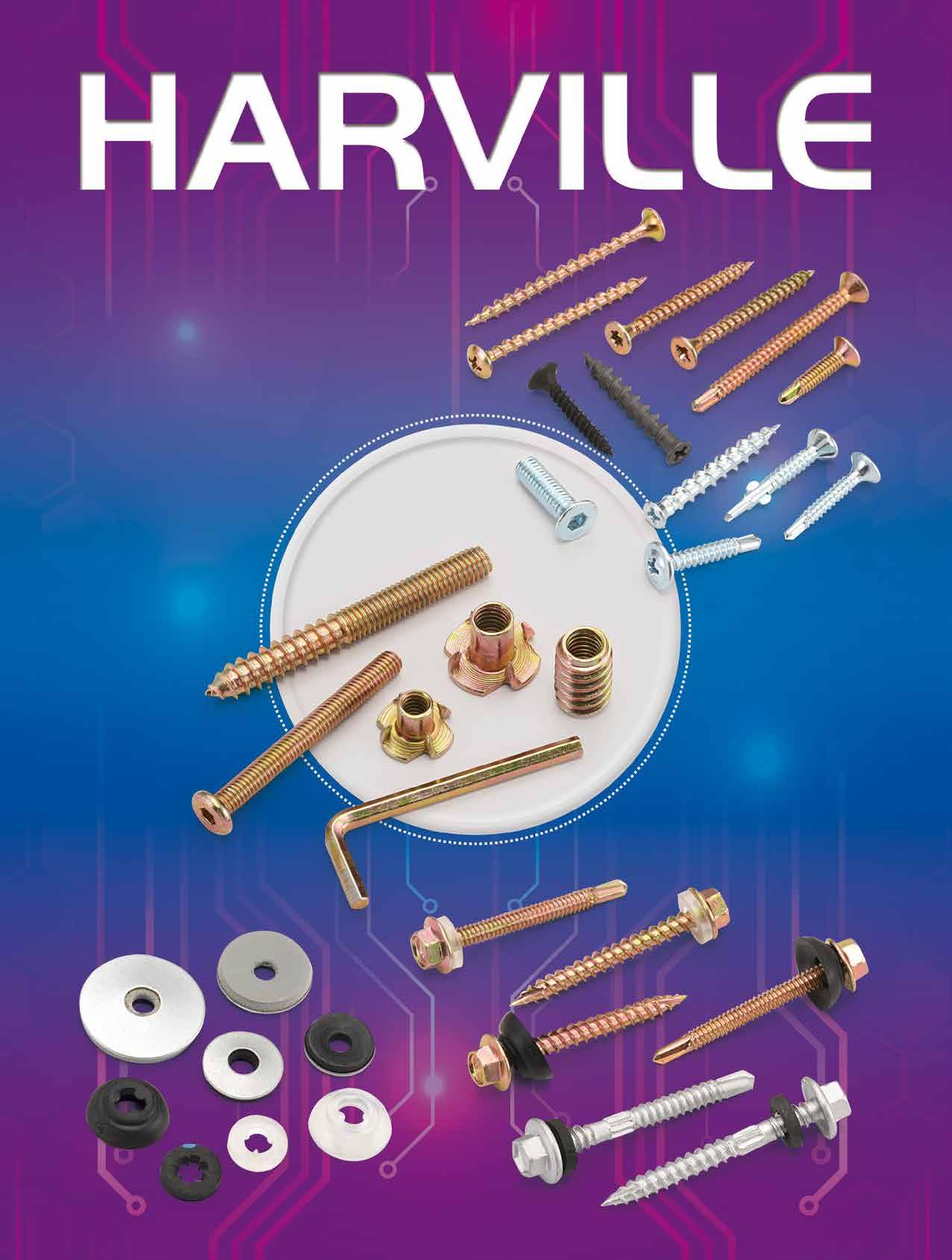
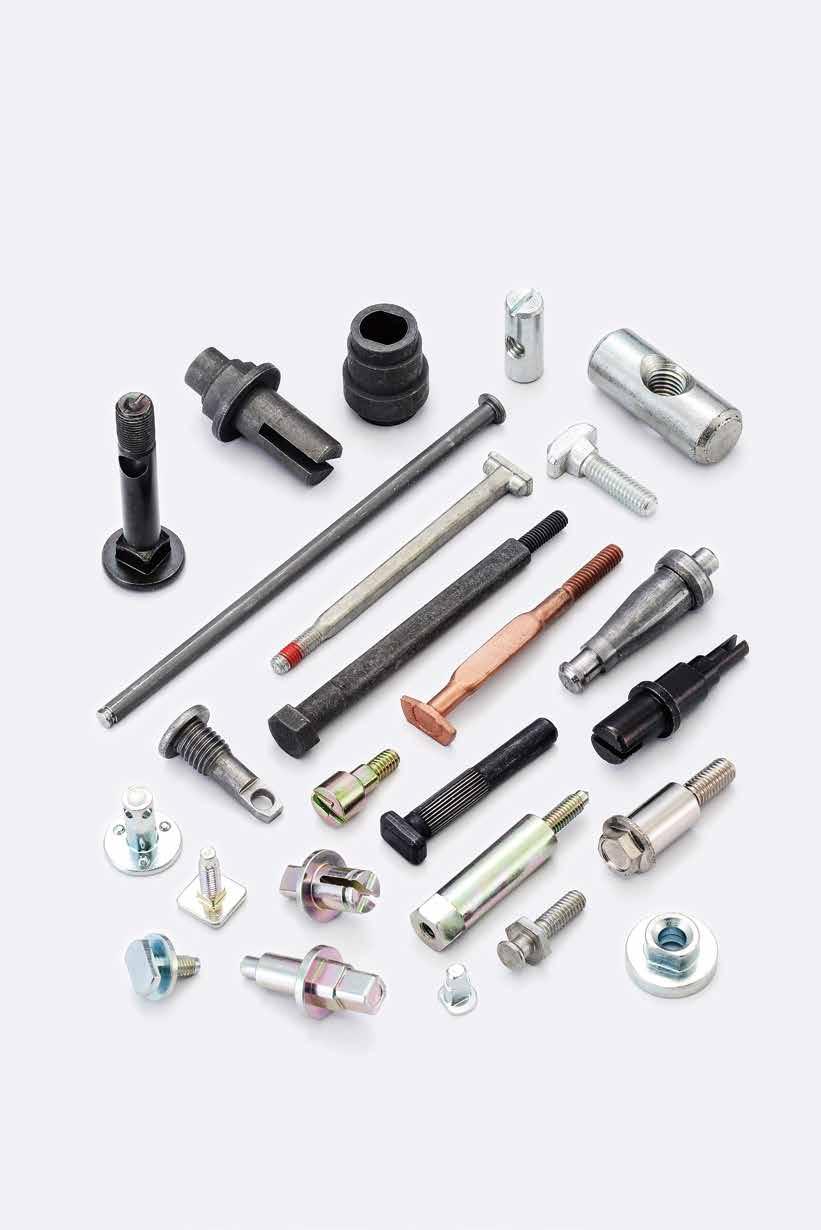
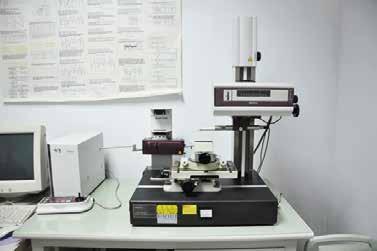





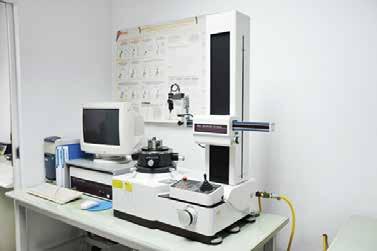
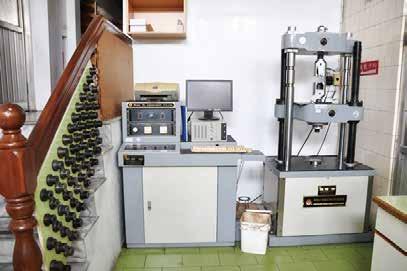
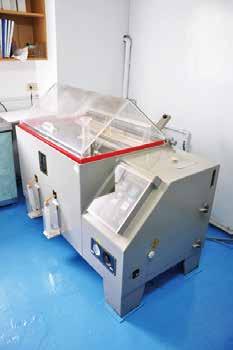
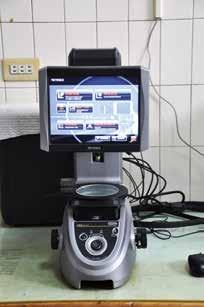
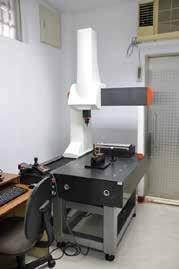

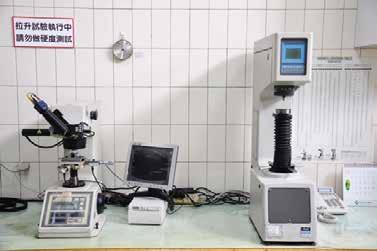
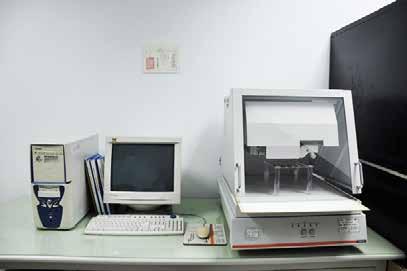
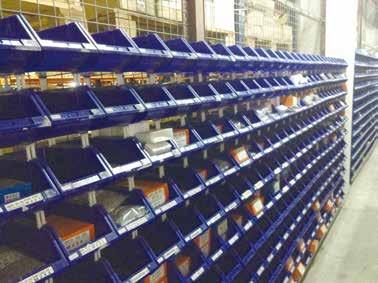

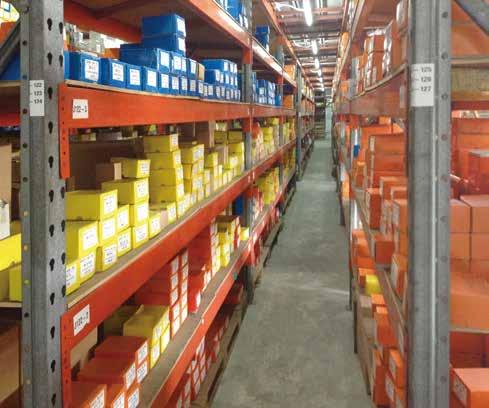





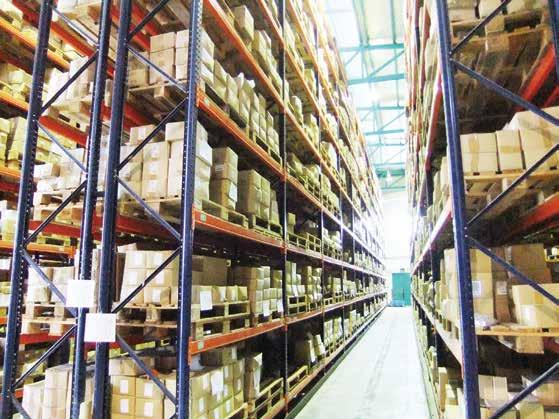
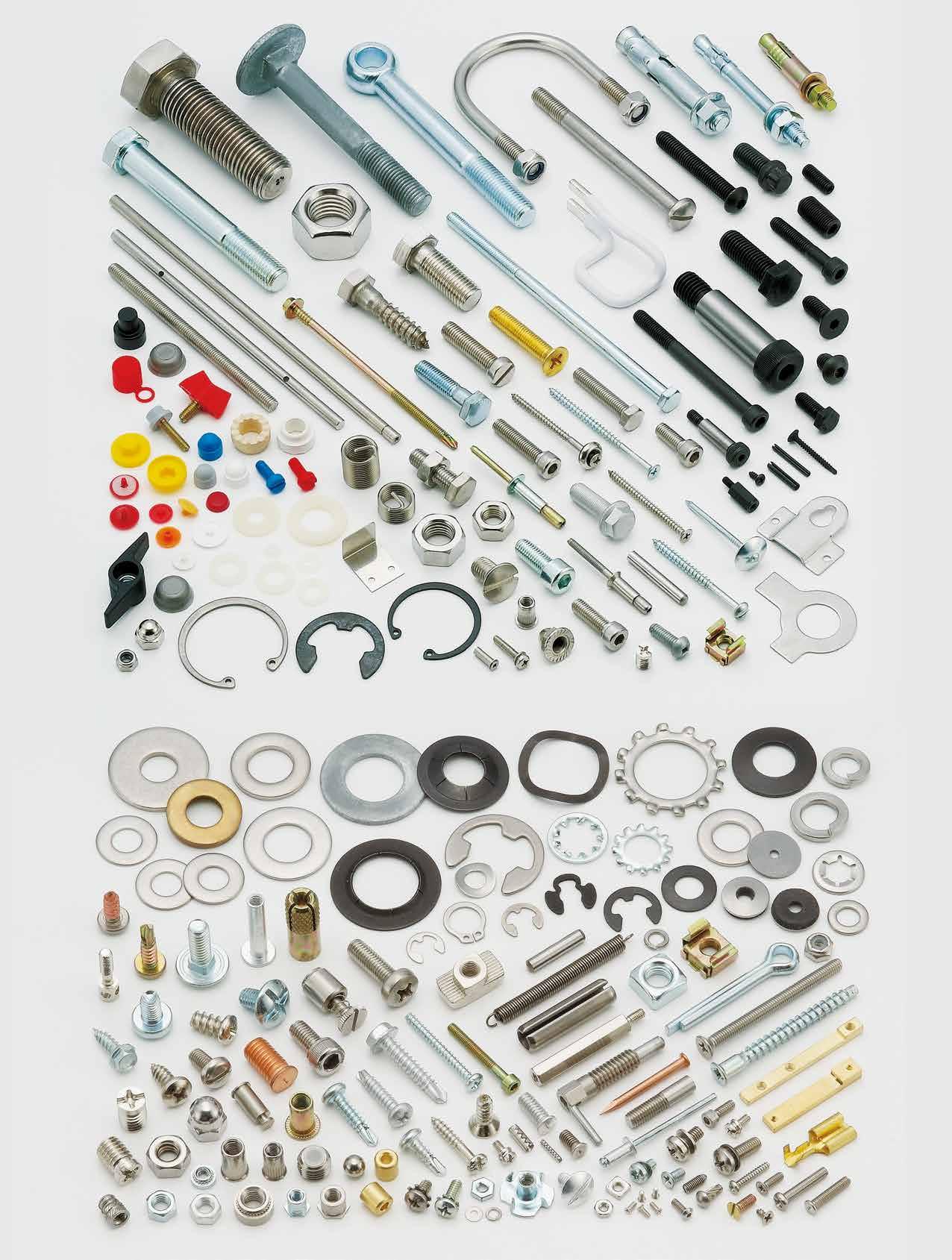
Copyright owned by Fastener World / Article by Laurence Claus


A: Electroplating is an electrochemical process that deposits a thin layer of one metal on another. In the case of fasteners, zinc electroplating is a common choice of customers and users and involves depositing a thin layer of zinc onto a steel substrate. The process essentially introduces an electric current into a “plating bath” resulting in zinc ions being stripped from solid zinc ingots, conducted through the plating bath and being re-deposited on the steel fasteners.

A: There are several different protection mechanisms that can be employed to protect parts from corroding. These can be a singular mode of protection or combined to provide even more protection. In the case of zinc electroplating the base zinc layer provides a sacrificial mechanism, meaning that the zinc layer behaves as an anode and sacrifices itself before the base substrate is attacked and damaged. As soon as the zinc layer has completely sacrificed itself and opened a pathway to the base substrate, corrosion will occur. Most zinc electroplates receive chromate treatment after plating. The chromate is a Chromium rich chemical that triggers a conversion at the surface of the plating layer that provides a passivation mechanism. This generates a more electrically passive layer which boosts the ability of the plating to resist corrosion. So, zinc electroplating protects parts using a combination of sacrificial and passivation protection mechanisms.

A: There are several parts to this answer, but in a nutshell, zinc electroplating can be designed to provide moderate corrosion protection in a cost-effective manner. Additionally, it is available in every industrialized region, provides an attractive surface finish (bright and smooth), is available in multiple colors, possesses good adhesion, and has a long track record of successful application on fasteners.


A: This is partially answered in the protection mechanism question above, but further explanation is warranted. As described above, zinc protects the base metal by utilizing a sacrificial protection mechanism. The sacrificial activity of just zinc is quite rapid and aggressive. Therefore, to provide greater corrosion protection, it is best to slow this mechanism down. This can be accomplished by passivating or making the surface more electrically passive. In simple terms, the passivated surface slows down the rapidity with which the anodic zinc disappears. This increases the corrosion protection by extending the time the parts can withstand accelerated corrosion testing, like the neutral salt spray test. Chromates are made up of different forms of the Chromium atom, primarily either the hexavalent chromium ion or the tri-valent chromium ion. In the old days, chromates were comprised mostly of hexavalent chromium constituents. However, in the last twenty years hexavalent chromium has been exposed to be unhealthy to humans and the environment. Therefore, the European Union banned it from automobiles about twenty years ago and now it is mostly available only in the trivalent form.
A: Yes, hexavalent chromates, in addition to possessing the passivation protection mechanism, were also self-healing. A selfhealing mechanism is a particularly effective one that is able to repair itself when damaged. Stainless steel possesses this protection mechanism, which is one of the reasons it is such a strong performer for corrosion protection. In addition to providing a real ability
to boost corrosion protection, hexavalent chromium-based chromates could be formulated to naturally produce a variety of colors. Trivalent chromium-based chromates, at least in the early days, did not possess either of these advantages. They were unable to produce the variety of colors that the market had become accustomed to and were weak in regard to adding to Zinc’s corrosion protection.

A: The simple answer is, mostly, yes. Trivalent chromates are still not as effective as their hexavalent counterparts, but they have been improved and today they are able to naturally reproduce many of colors that were previously available. Additionally, the surface finishing industry developed and added many sealer options that enhance corrosion protection by creating additional barriers to penetrating the surface.

A: Yes, there are a couple of other considerations that fastener engineers need to keep in mind when specifying zinc electroplating. 1. Electric Current Density- this refers to the way that the electric current distributes itself across a part. In areas of the part where the electric current density is high, plating (the depositing of zinc on the surface of steel parts) occurs more quickly and efficiently. Conversely in areas of low current density, deposition occurs more slowly. In most instances the current density is higher at the ends of a part than it is in the middle. This makes zinc electroplating of long parts tricky because meeting the minimum required plating thickness everywhere on the parts means leaving it in the plating bath long enough for the areas of low electric current density to reach the minimum thickness. However, plating thickness continues to grow in the areas of high electric current density, giving the overall plating layer a dog bone shape. This wouldn’t be problematic except that most fasteners have threads on one or both ends, so that the maximum plating thickness occurs in the threaded region and results in potential gage or thread fit issues. 2. The ability of a plating or coating to get into recesses or hollow features on a fastener is called throw. Zinc electroplating generally has poor throwing capability, meaning that it either does not deposit at all or very minimally in recesses and hollow features. That will make fastener features like drive recesses more vulnerable than surfaces where throw is not a concern.

A: Per ASTM F2708, Hydrogen embrittlement is a permanent loss of ductility in a metal or alloy caused by hydrogen in combination with stress, either externally applied or internal residual stress. Hydrogen embrittlement failures take two forms, Internal Hydrogen Embrittlement (IHE), where the source of hydrogen comes from the manufacturing process and Environmental Hydrogen Embrittlement (EHE), where the hydrogen source is usually a by-product of Cathodic Hydrogen Absorption from localized corrosion. It is important to remember that hydrogen embrittlement does not occur unless several key factors intersect in sufficient quantity. Those factors are material susceptibility, presence of hydrogen, and tensile stress. Today we know that the most influential of these factors regarding hydrogen embrittlement risk and ultimate failure is material susceptibility. Long-term research has shown that fasteners become highly susceptible when they possess a Rockwell Hardness above HRC39. That means that all metric property class 12.9 parts and inch socket head cap screws processed to ASTM F574 are quite vulnerable. It is for this reason that metric PC12.9 and inch socket head cap screws should not be zinc plated.
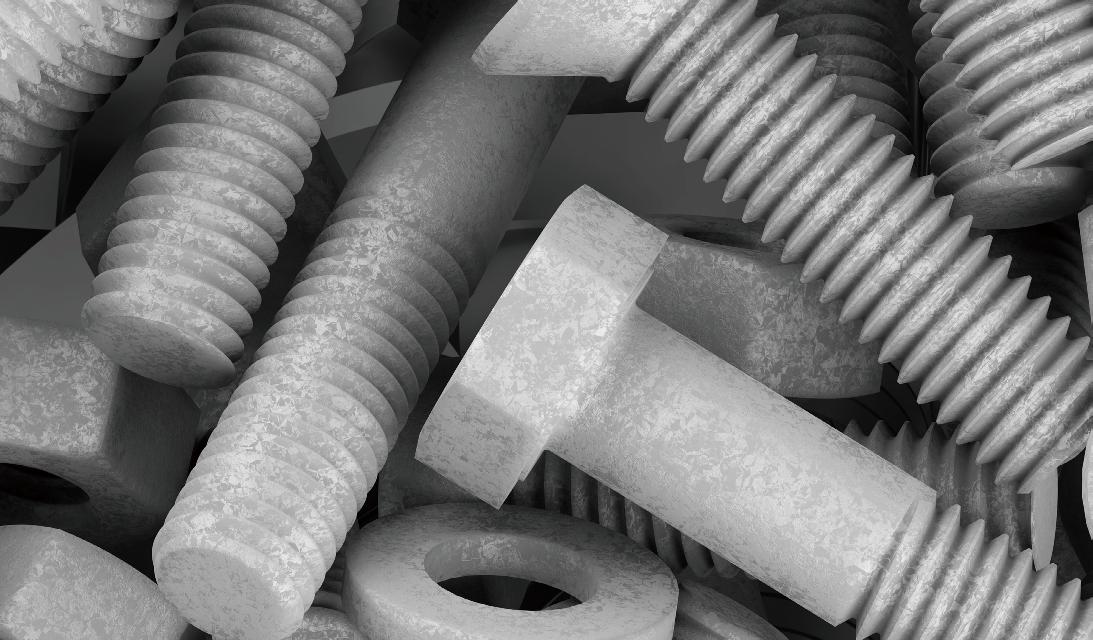
The two most common and concerning sources of hydrogen for IHE are from part cleaning and electroplating. Both are parts of the electroplating process. Recent research into hydrogen embrittlement in fasteners has identified that not all platings are the same. In fact, platings that create dense, very impermeable layers are higher risk for hydrogen embrittlement than those that possess a more permeable layer. The reasoning for this is that the more permeable finishes have more pathways to allow the hydrogen to get out. Electroplated zinc happens to form a very impermeable layer. Thus, zinc plated parts are at higher risk than those possessing many other platings and coatings. It is also the reason that manufacturers and users of high strength fasteners (metric fasteners in PC 12.9 and above and inch fasteners above 150,000psi) should take great care when using zinc electroplating on these parts. In fact, the best practice would be to avoid zinc (or any other high-risk electroplating) altogether on these high strength (highly susceptible) parts. However, if a customer is resolute on using zinc electroplating on highly susceptible parts it is important that the manufacturer takes every step to minimize hydrogen embrittlement, including baking for sufficient time (like 16 to 24 hours or more), testing each lot for hydrogen embrittlement, minimizing the plating thickness, and only using applicators that employ statistically controlled plating processes.

A: Yes. As mentioned above, when hexavalent chromates were banned in favor of trivalent and non-chrome systems, it posed problems with eliminating color choices and lessening corrosion protection. Much has been accomplished in the last twenty years to reestablish some of this lost performance. Today trivalent chromated systems can be obtained with both yellow and black coloring that does not depend on dye additives. These color choices are ultimately improving in UV stability since they depend less on dyes. Sealers are now added to almost all zinc plating systems. These topcoat sealers can dramatically improve corrosion protection and usually do so without adding significant thickness to the zinc layer.
Torque tension ability (lubricity) has also become a key feature desired by many customers. Friction modifiers lessen the effort to drive fasteners, making zinc plated, friction modified fasteners desirable for ergonomic and safety reasons. Additionally, friction modified parts lessen the amount of variation in both torque and tension during installation. Even small reductions in installation variation can keep an assembly line running more smoothly.
About thirty years ago, zinc alloy platings began to emerge. These included Zinc-Nickel, Zinc-Iron, Zinc-Cobalt, and Zinc-Tin. Each of these zinc plating alternatives have strengths that make them interesting to application specific uses. However, in the last ten years Zinc-
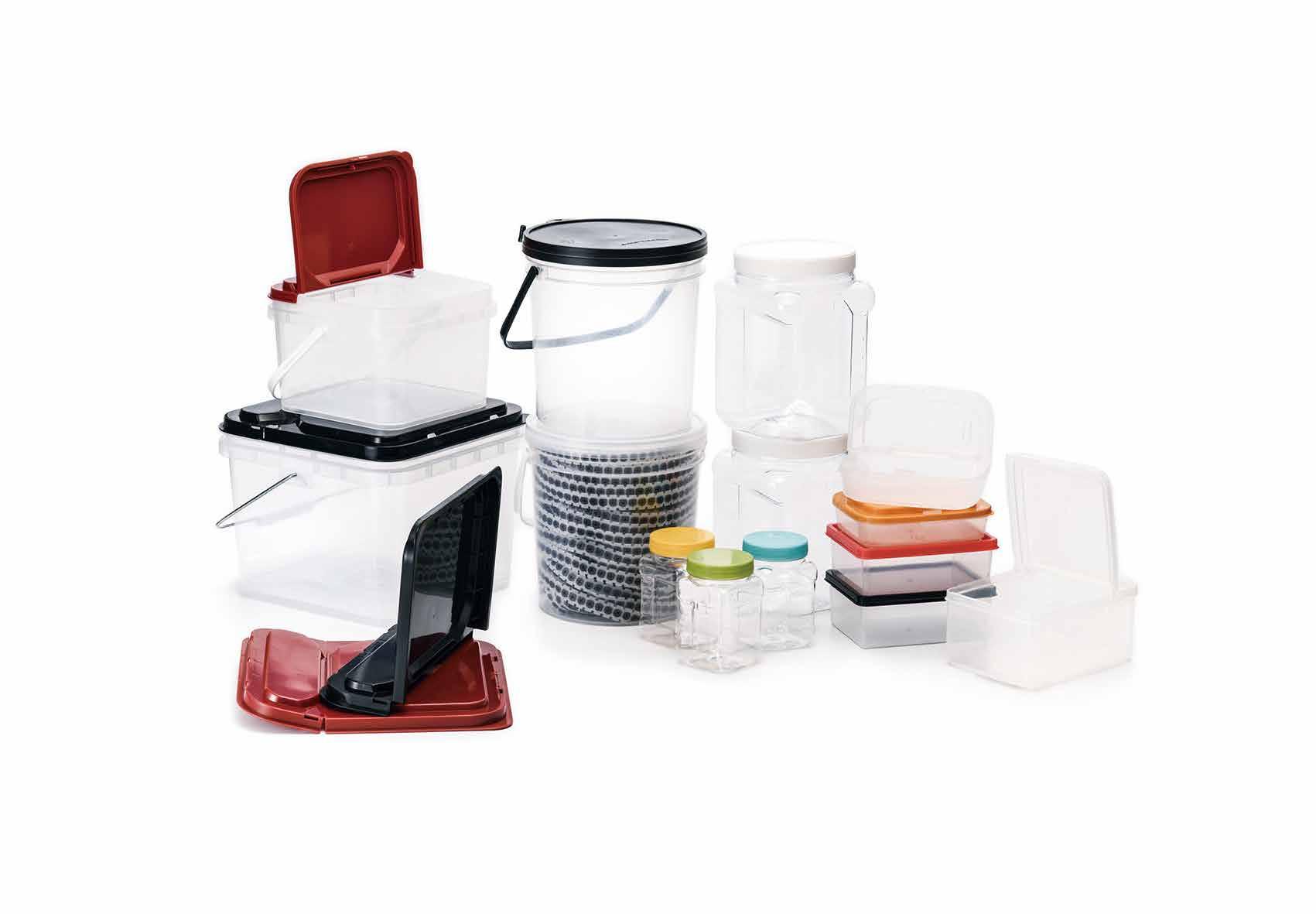


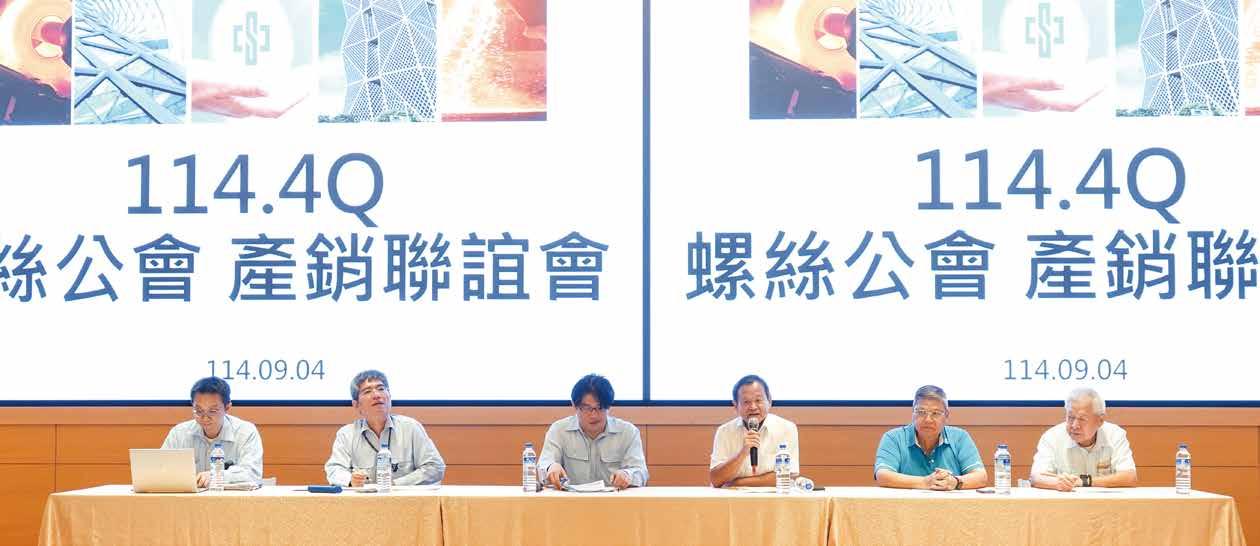
Tariffs and the appreciation of the New Taiwan Dollar have impacted Taiwan's manufacturing industry. These two topics were the main focus during the conference held on September 4, 2025, at Taiwan CSC headquarters. In the conference, Mr. Yung-Yu Tsai, Chairman of Taiwan Industrial Fasteners Institute (TIFI), stated that due to severe involution within China, Chinese fastener products are being dumped worldwide, competing with Taiwan's fastener exporters and even causing difficulties for some Taiwanese companies with factories in China.
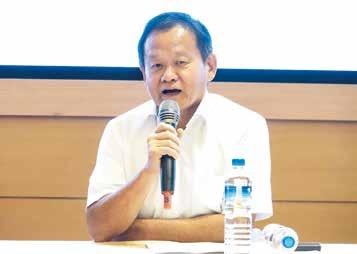
▲
Yung-Yu
Tsai, TIFI Chairman
Regarding the U.S. market, Chairman Tsai observed that the impact of Trump's tariff policies has not been fully reflected; and therefore, has not drastically affected the business of U.S. importers or the domestic U.S. market. However, importers are reluctant to import because they will have to bear a 50% tariff on fastener products plus an additional 5% to 7% interest, significantly increasing operating costs. In that sense, buyers prefer to purchase locally in the U.S.
Chairman Tsai extended from that phenomenon with a former example: during COVID-19, global shipping costs soared, yet buyers still placed large orders to Taiwanese fastener manufacturers despite the high costs. Even when Taiwanese fastener prices increased, record order volumes were still achieved. Now putting this example in perspective, we can tell that the decline in orders for Taiwanese companies this year is not due to pricing but rather disruptions in international supply chains and structural changes in demand.
From this perspective, Chairman Tsai said Taiwanese companies should avoid competing solely on low prices and
instead be patient. "The U.S. market still holds opportunities for us, and collaboration between American and Taiwanese manufacturers remains beneficial. For Taiwan's fastener industry, the scenario is not going to be any worse than where we are now," he emphasized, "Taiwanese fastener manufacturers aren't just ‘manufacturing’, but prioritizing ‘service’. The fasteners we sell are not just usable; they are critical fasteners that ensure life safety. We have higher quality, better service, and a stronger brand image than China and Southeast Asia!" He believes Taiwan's quality advantage is irreplaceable, so Taiwanese fastener manufacturers must have confidence in themselves amid these challenges.
After Chairman Tsai’s speech, Taiwan CSC presented an analysis of the current situation in a briefing, stating that the impact of Trump’s tariffs on global manufacturing procurement and inflation is not as severe as initially expected and predicting a high possibility of interest rate cuts before the end of the year. Taiwan CSC also noted that China's steel production cuts have helped improve global supply and demand mechanism, yet China's steel exports from January to July this year still increased by 11%. Overall, Taiwan CSC’s market outlook for the fourth quarter is positive. Uncertainties are fading, markets are seeking stability amid fluctuations, supply and demand momentum are coming back, and a peak season effect can be expected, leaving room for market growth and opportunities.
Finally, regarding the fastener industry, data provided by the Taiwan Industrial Fasteners Institute showed that Taiwan’s fastener exports reached 751,800 tons in the first seven months of 2025, a yearon-year increase of 1.58%. The average unit price was 3.47 USD per kilogram, a decline of 0.84%. Exports of wood screws, self-tapping screws, and bolts all grew slightly, but nut exports decreased. In addition, Taiwan’s fastener exports to the U.S. during the same period declined by 0.95%, while exports to Germany increased significantly by 24.75%, indicating changes in the destination structure of Taiwan’s fastener exports under current conditions.
Copyright owned by Fastener World Article by Dean Tseng







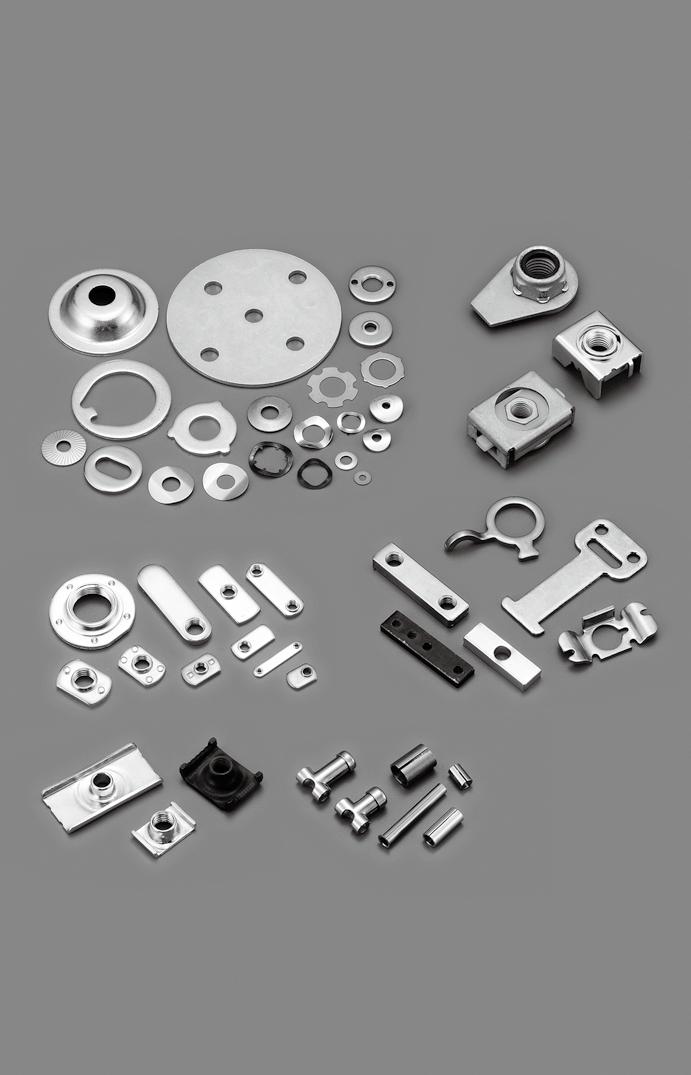
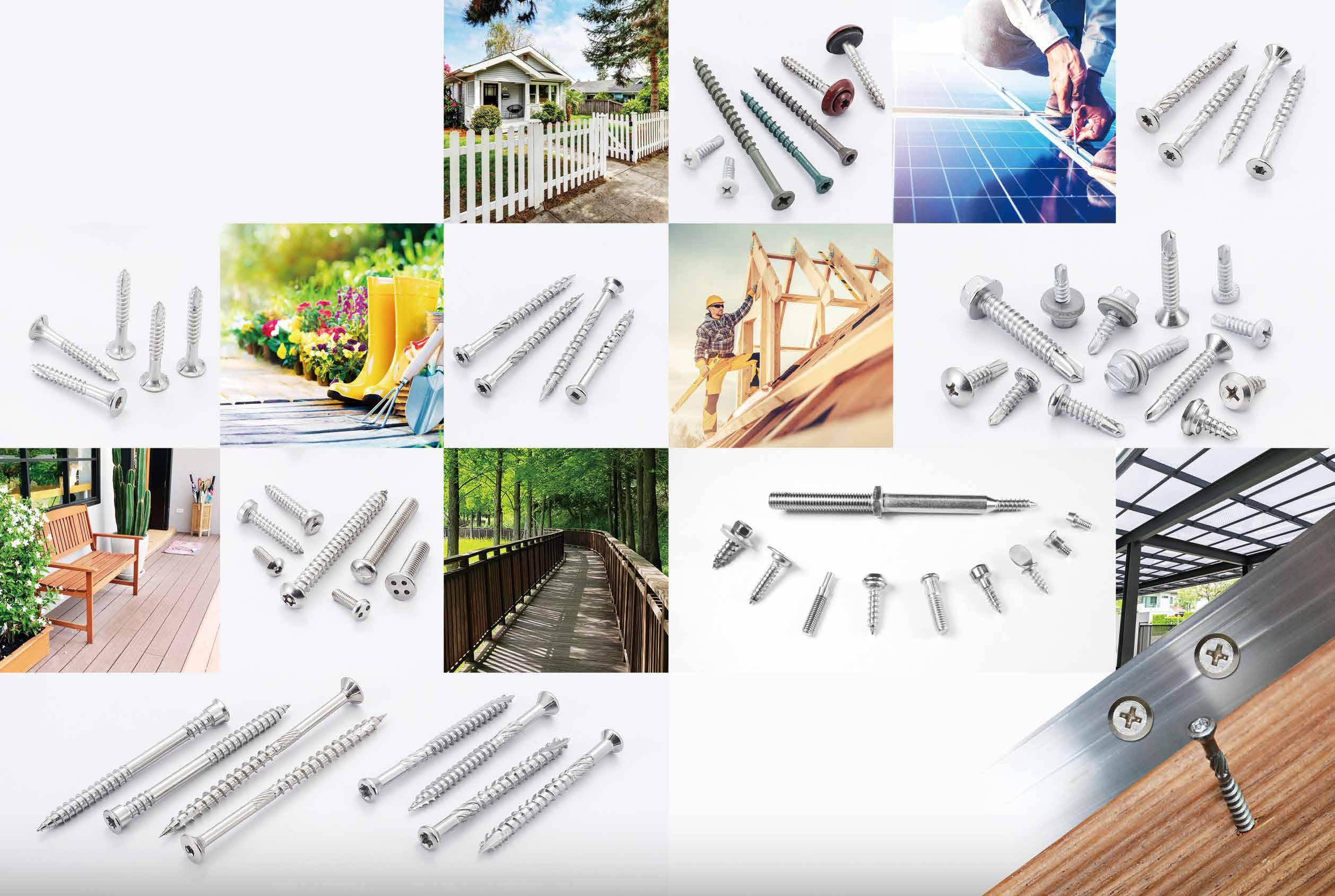



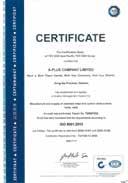
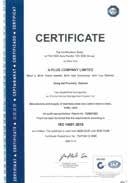






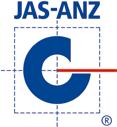




Q1:First of all, congratulations on your new appointment as NFDA president. Could you please share your thoughts on being elected as president of the association for 2025-2026? At the same time, could you please briefly talk about your professional background and past industry experience, and how these background and experience will help you play the new role?
A: Thank you, it's truly an honor to give back to an industry that has given me so much over the past 30 years. I got my start in the fastener business as a young man working in a warehouse, learning the ropes of products, operations, and everything in between. I spent nearly two decades in master distribution with Porteous Fastener Company and continued with Brighton-Best after the acquisition. For the past 10 years, I've been part of the Procurement team at Wurth Industry USA.
Having grown from warehouse roles to regional sales at Porteous, I’ve had the opportunity to work closely with a wide range of distributors and develop a strong understanding of their needs. Now, on the procurement side at Wurth, I’ve gained a new perspective on the challenges facing distributors—both large and small—and how those challenges continue to evolve.
Q2:Tariffs against all steel and aluminum imports and exchange rates are the top concerns for global fastener manufacturers in 2025. Based on your observation, what are the main impacts of these two issues on the US fastener industry (incl. manufacturers/distributors/ importers)?
A: I believe there’s still a fair amount of uncertainty when it comes to tariffs and exchange rates. Tariffs are intended to protect national security and support the revitalization of domestic manufacturing. However, rebuilding the infrastructure needed for steel production—and developing a skilled workforce for fastener manufacturing—will take years. In the meantime, market demand remains steady, and imported fasteners will continue to play an essential role. As for the impact, we’re seeing rising costs and a variety of approaches in how those increases are being passed through different distribution channels.
NFDA President Ed Smith
Compiled by Fastener World

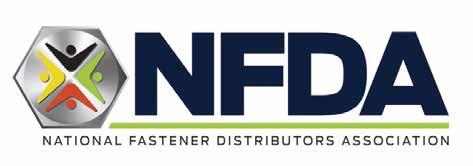
Q3:Apart from steel and aluminum tariffs and exchange rates, what other issues and trends are also worth paying attention to in the US fastener industry at present?

A: Business acquisition and consolidation continue to be major trends in the industry. We’re seeing increased activity from private equity firms acquiring companies, as well as closures driven by a range of factors—such as owners retiring or a slowdown in demand forcing businesses to shut their doors.
Q4:(Following Q2 and Q3) Have US fastener distributors and importers responded to these challenges and trends in any way?
A: That’s a tough question, as the challenges can vary widely depending on where you are in the market. That said, given the ongoing uncertainty, I believe it’s essential for U.S. fastener distributors and importers to stay informed about tariffs, understand how they may impact their business, and be prepared to adapt accordingly.
Q5:Based on the latest market research reports and data indices, which fastenerdemanding industries in the US do you think have a potentially growing market?
A: I believe the markets will continue to be diversified with the growing segments being tied to modernization, sustainability, and high precision manufacturing – namely EV automotive, aerospace/ defense, construction/infrastructure, electronics and renewables. Demand is driven by material innovation, manufacturing automation and reshoring of key industries.
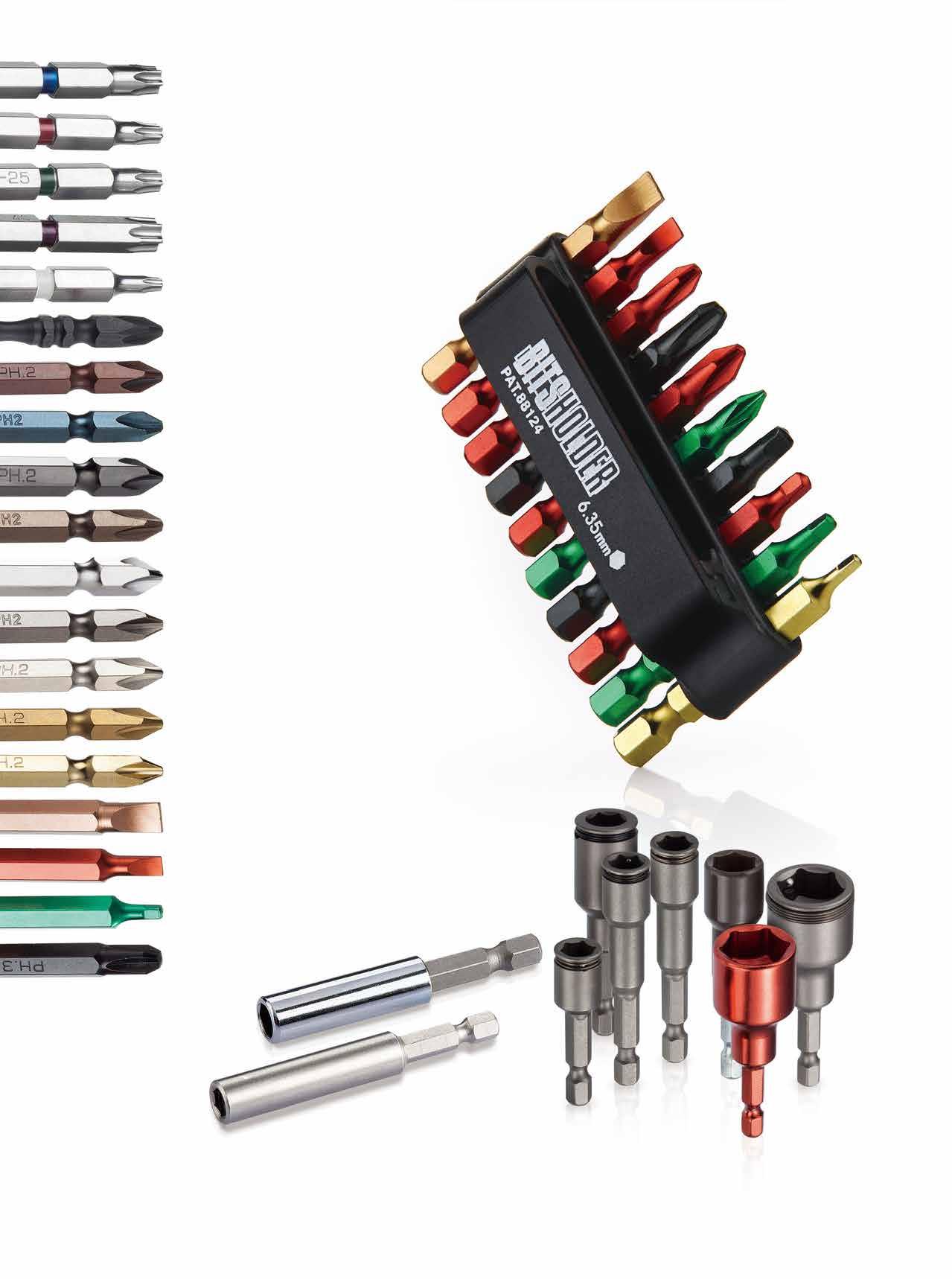
Q6:What are the main plans and goals you wish to accomplish during your tenure as president (internally and externally)?
A: It’s simple: we must stay true to our mission of helping members thrive in a global marketplace. This means continuing to grow our membership by offering fresh and meaningful learning and networking opportunities at our in-person events. We also want to provide resources that support our members in developing their teams, with a strong focus on attracting and retaining talent in the industry. Additionally, I’d like to see NFDA become more inclusive by welcoming anyone interested in what we offer, even if they feel they don’t quite fit the mold. Give NFDA a chance and let us help change your perspective.
Q7:NFDA maintains close ties with major associations in Europe, the U.S., and Asia, and many NFDA members have close partnerships with overseas fastener manufacturers. How do you plan to assist NFDA members in strengthening their collaboration with key overseas suppliers (especially those in the Taiwanese supply chain) in the future?
A: Many of our members work closely with overseas suppliers, particularly in Taiwan, a key player in the global fastener market. As an association, we aim to support these relationships through open communication and industry collaboration. It’s about giving members the tools to make informed sourcing decisions, wherever opportunity aligns with

Q8:As Taiwanese fastener manufacturers or other Asian manufacturers are part of the US fastener supply chain, what advice would you give them?
A: My advice is to stay the course and maintain open, frequent communication with your U.S. customers. While we may see shifts in certain commodity products, demand for fasteners produced in Asia and around the world will continue.
Q9: What other important activities or training courses has the NFDA planned for 2025 and 2026?
A: We have two events coming up to close out 2025: a virtual session on Fastener Certifications and Test Reports on October 1st, and our Executive Summit in Key West, FL, from October 15th to 17th. Currently, no virtual events are scheduled for 2026, but our Learning Committee is actively reviewing key industry topics and will announce the upcoming schedule soon. Looking ahead to June 2026, we’ll gather in Indianapolis, IN, for our Annual Meeting and ESPS.
Q10:What are your expectations for the market outlook for 2025-2026?
A: I expect market demand to remain steady, with moderate growth through 2026, driven by core industries such as automotive, construction, aerospace, and high-tech manufacturing. Tariffs and exchange rates will continue to be top of mind and will undoubtedly influence sourcing strategies as we adjust to what feels like a new normal.
Q11:Is there anything else you would like to share with our readers?
A: Thank you for the opportunity to participate in this interview. I’ve been a longtime reader of Fastener World Magazine, and it’s an honor to share some of my insights with fellow readers. I appreciate your time and the chance to contribute.
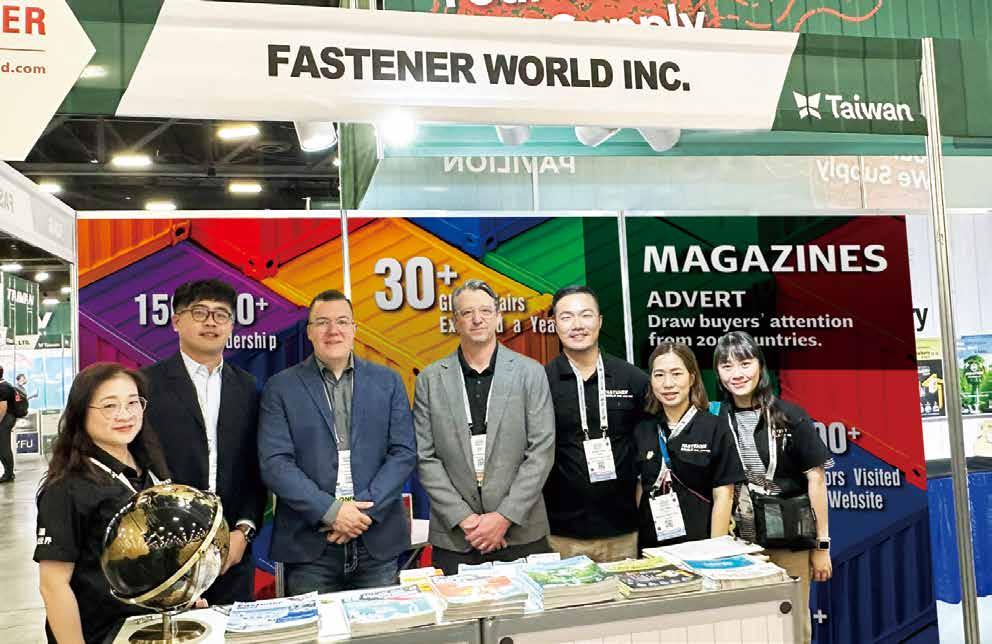
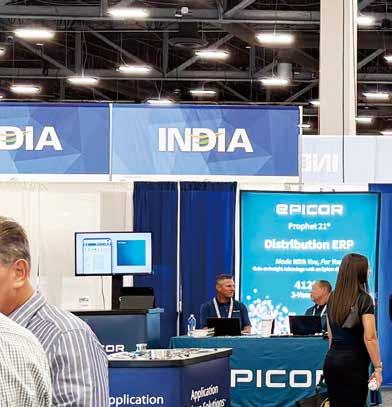
From September 16 to 17, 2025, the International Fastener Expo (IFE) grandly opened at the renowned Mandalay Bay Convention Center. As one of the largest professional fastener exhibitions in North America, the show gathered fastener products, related technologies, and peripheral service suppliers from around the world. Taiwan, Turkey, and India specially set up their own pavilions, providing an important platform for industry professionals to exchange ideas and collaborate.
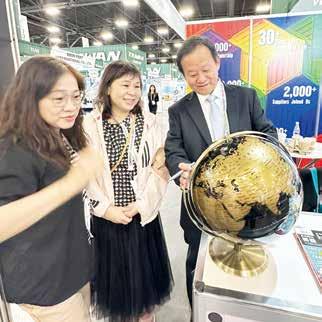
This year, Taiwanese exhibitors were led to IFE by Fastener World, the sales agent for Taiwanese booths, bringing together 60 quality Taiwanese exhibitors. The exhibitors included: Ably Screw, Aeh Fasten Industries, A-Stainless International, Bear Fastening Solutions, Bi-Mirth, Chite Enterprises, Chong Cheng Fastener, Din Ling, Dragon Iron Factory, E Chain Industrial, Evereon Industries, Falcon Fastener, Fang Sheng Screw, Feng Yi Titanium Fasteners, Fong Prean Industrial, Fong Yien Industrial, Fontec Screws, Foss Reach Manufacturing, Gofast, Homn Reen Enterprise, Hong Yuan Pm, Hsiung Jen Industrial, Hu Pao Industries, Hwa Hsing Screw, J.C. Grand, Ji Li Deng, Jin Hsiang Enterprise, Jung Shen Technology, K. Ticho, Katsuhana Fasteners, Kingwin Precision, Kuntech International, Kwantex Research, L & W Fasteners, Link Upon, Linkwell Industry, Mao Chuan Industrial, Metal Fasteners, Mols Corporation, Pingood Enterprise, Ray Fu Enterprise, Rexlen, Rong Yih Jiang, Shaw Guang Enterprise, Sheh Fung Screws, Shinn Rung, Sintec, Soon Port International, Spec Products, Special Rivets Corp., Sun Through Industrial, Taiwan Industrial Fasteners Institute, Taiwan Metiz Alliance, Taiwan Precision Fastener, Taiwan Shan Yin, Wattson Fastener, Wei I Industry, Yiciscrew, and Yow Chern.
The exhibits from Taiwanese companies covered high-strength screws, nuts, special fasteners, dies, equipment, and smart manufacturing solutions, showcasing Taiwan's competitive and diversified strength in the global fastener supply chain. Meanwhile, Taiwan Industrial Fasteners Institute also organized a group to exhibit, consolidating Taiwan’s industry power and jointly promoting its brand image.
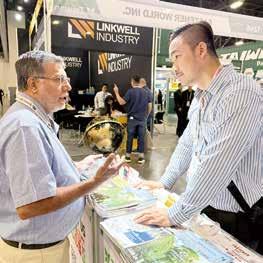

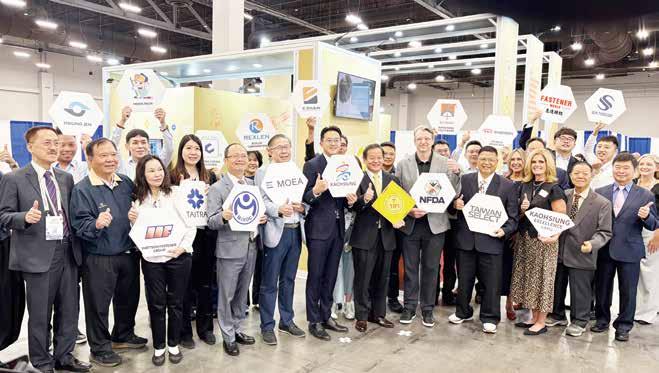
In addition to exhibitors, the show attracted strong attention from Taiwanese government officials and research units. Economic Development Bureau of Kaohsiung City Government, Taiwan Industrial Fasteners Institute, Industrial Technology Research Institute, and the International Trade Administration (MOEA) all sent representatives to demonstrate the determination of the government and industry to jointly expand international markets. In the show, Fastener World’s staff on-site actively interacted with local US importers, distributors, and end buyers to promote Taiwanese suppliers and successfully helped build multi-party collaboration bridges.
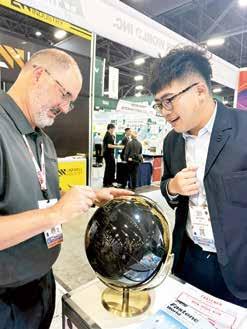
Notably, Fastener World not only served as the sales agent and communication coordinator for the Taiwan region but also facilitated in-depth exchanges between National Fastener Distributors Association and Taiwan Industrial Fasteners Institute, paving the way for future collaboration between the U.S. and Taiwan. On the evening of September 15 before the show, Fastener World held a special gala dinner titled “Fastener World Night” inviting Taiwanese exhibitors and international guests to gather. The lively atmosphere enabled industry professionals from different countries to exchange experiences and explore collaboration opportunities in a relaxed setting, making it a key highlight of the show.
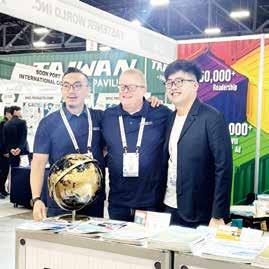
Overall, IFE 2025 not only showcased the latest trends in the global fastener industry but also highlighted Taiwan's influence in the international market. Through the efforts of Fastener World and related entities, Taiwanese exhibitors not only strengthened connections with the U.S. market but also successfully expanded more potential collaboration opportunities, laying a solid foundation for future international development.
Copyright owned by Fastener World / Article by Gang Hao Chang, Vice Editor-in-Chief
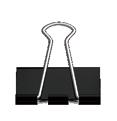
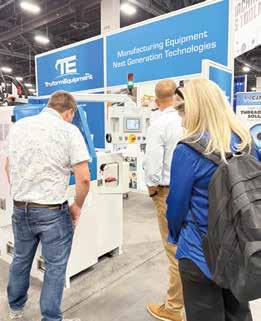
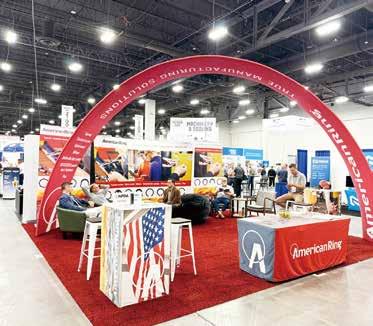
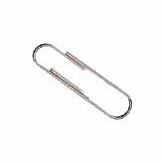
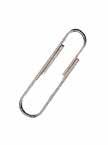
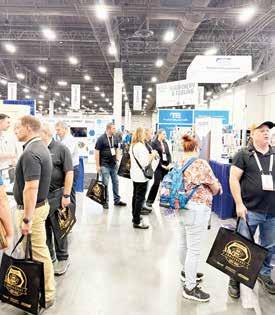
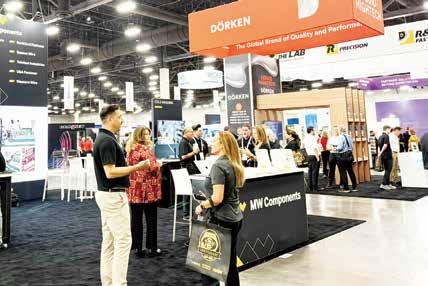
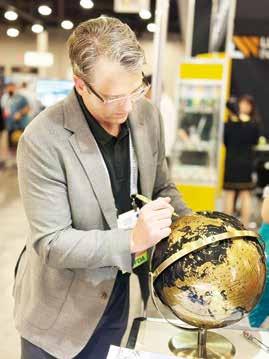
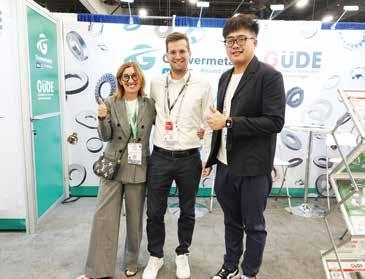
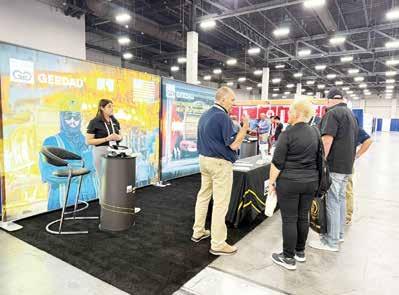
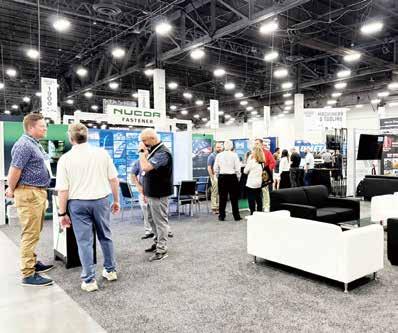
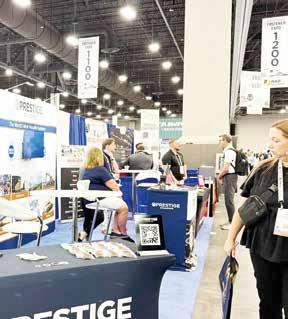
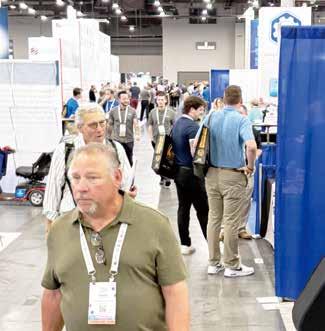
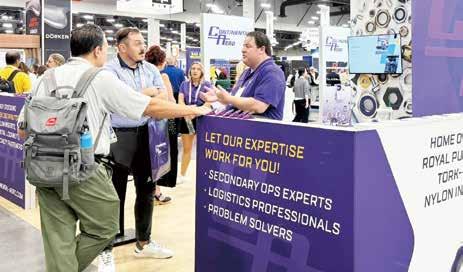
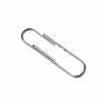

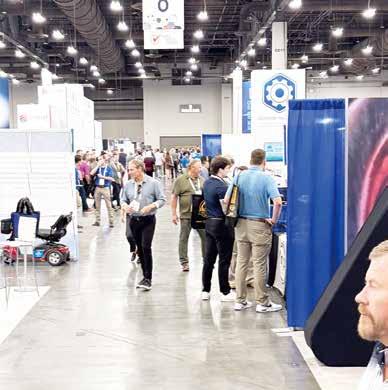
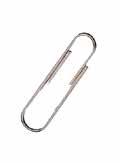
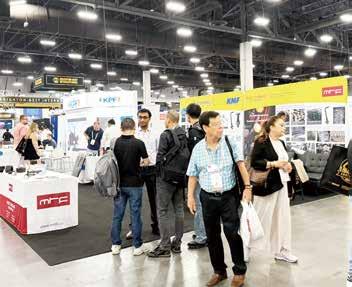
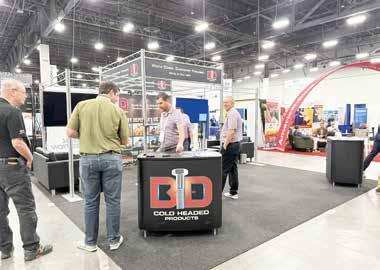
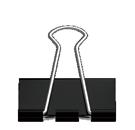
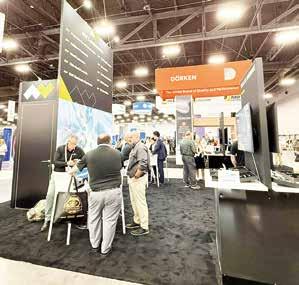

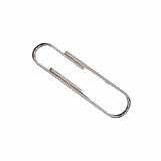
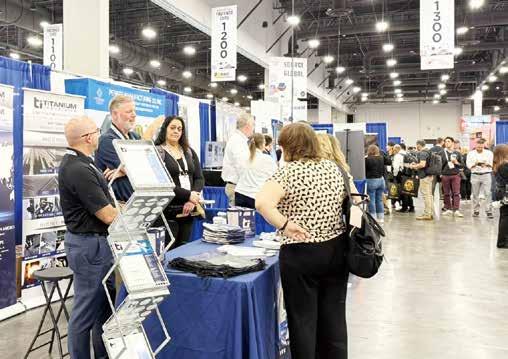
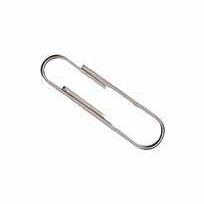
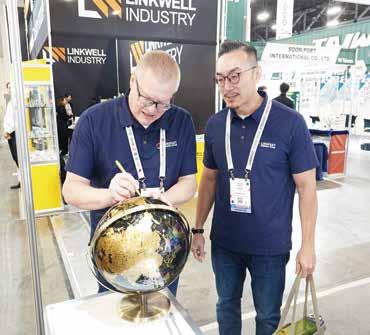
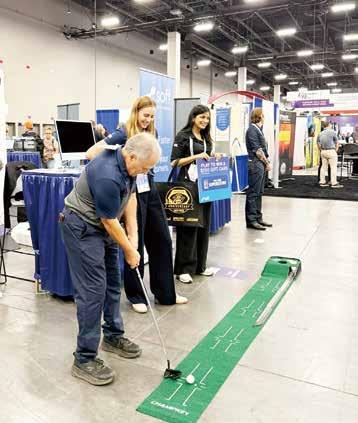
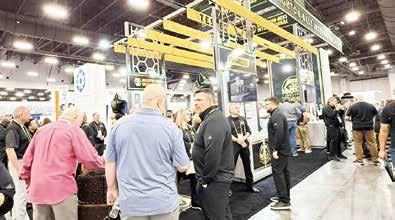

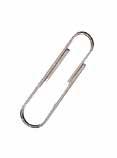
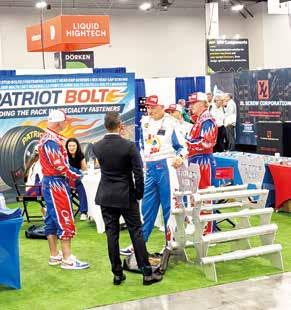
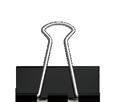
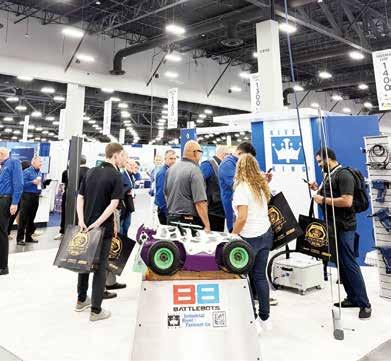
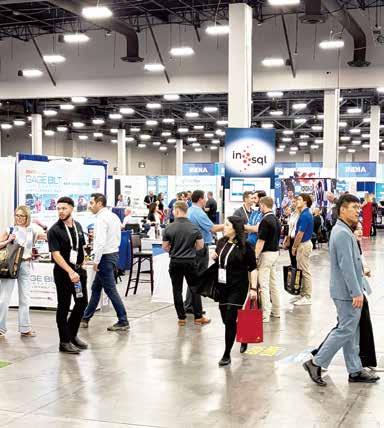
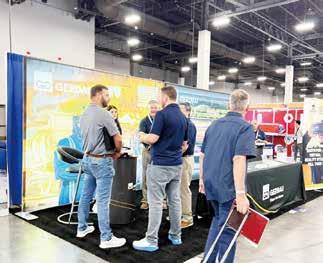
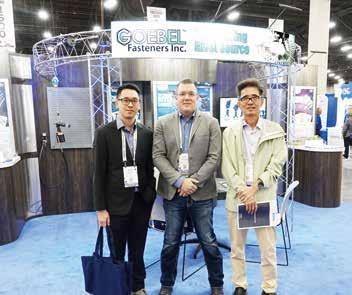
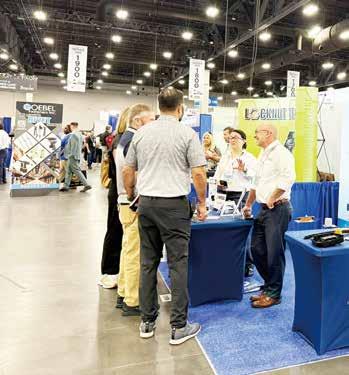
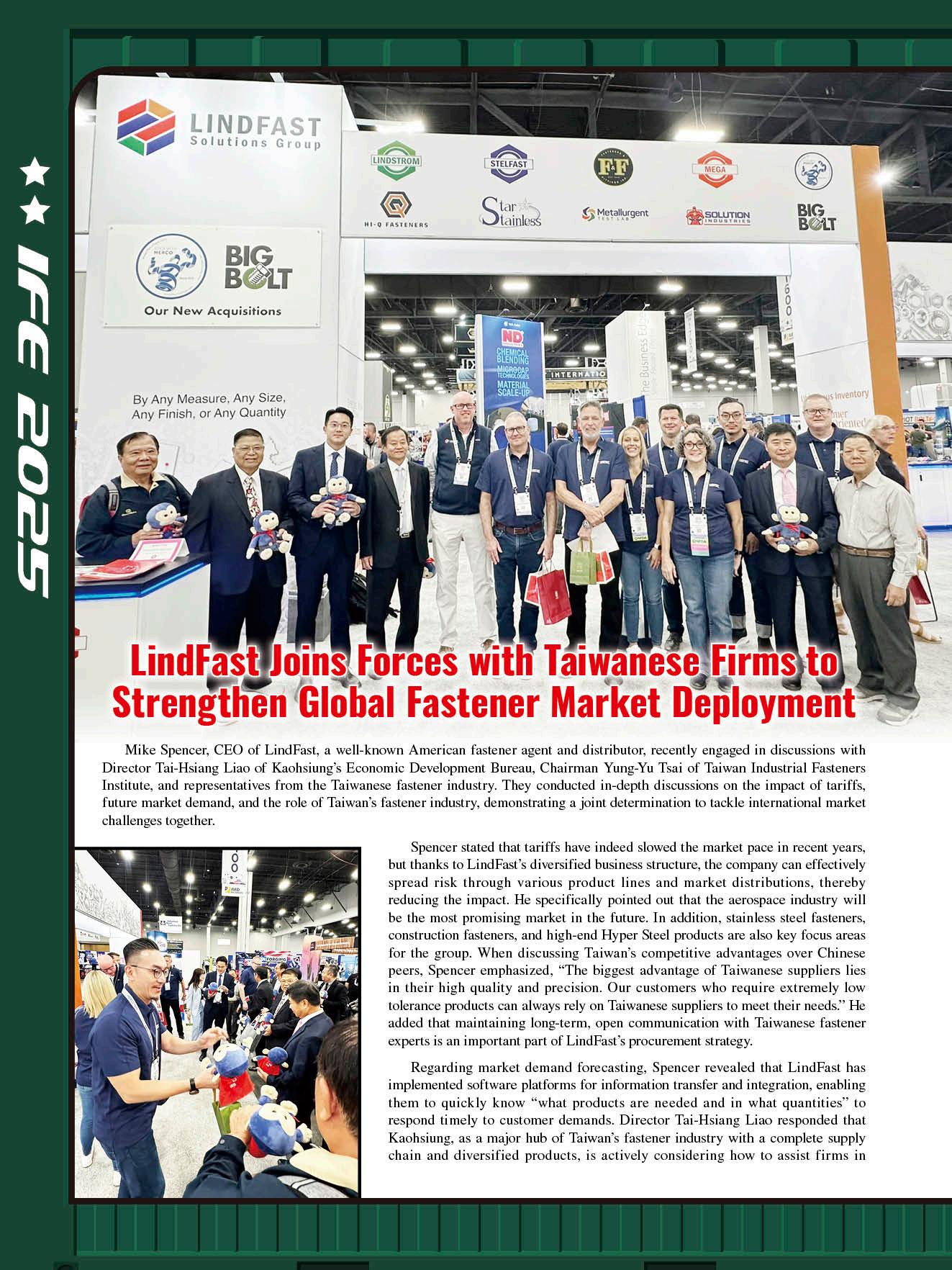
resource integration to build a joint platform, thereby responding more efficiently to the U.S. market needs and providing one-stop comprehensive services.
James Lee, General Manager of Chiang Shin Fasteners Industries, also shared experience of LindFast’s long-term collaboration with Taiwan. He pointed out that the group’s brands require both imperial and metric products, applied in industries such as automotive and railway. Currently, about 40% of the group’s products come from Taiwan, with the remainder sourced from China and Southeast Asia. He emphasized that Taiwanese suppliers' advantages in special products and technical quality remain a key reason for LindFast’s continuous partnership. James further explained that previously each brand managed procurement independently, but under the current CEO’s leadership, they are moving towards centralized management, consolidating procurement forecasts for the next one to two quarters, then uploading them to a platform for purchasing managers’ use. If Taiwanese suppliers actively collaborate, it will help improve efficiency and deepen collaboration.
Addressing external concerns about geopolitical risks, James expressed optimism. He said that fasteners are a rigid demand that will not disappear due to environmental challenges but will continue to grow with the flourishing of U.S. industries such as construction, oil rigs, and automobiles, along with the promotion of the “Made in America” policy. He acknowledged that the biggest current challenge is that rising tariffs require buyers to manage cash flow more cautiously, but he still believes the market’s “explosive demand” will return soon. He stated, “I encourage Taiwanese partners not to be pessimistic during short-term market downturns. When demand recovers, everyone will be very busy again.”
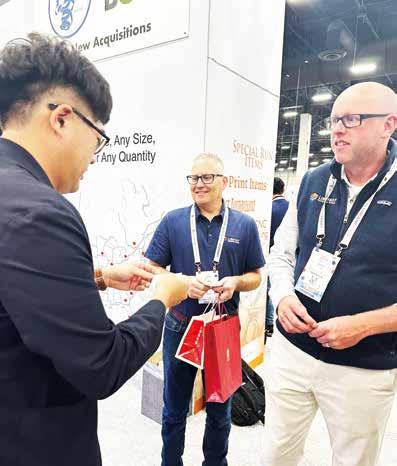
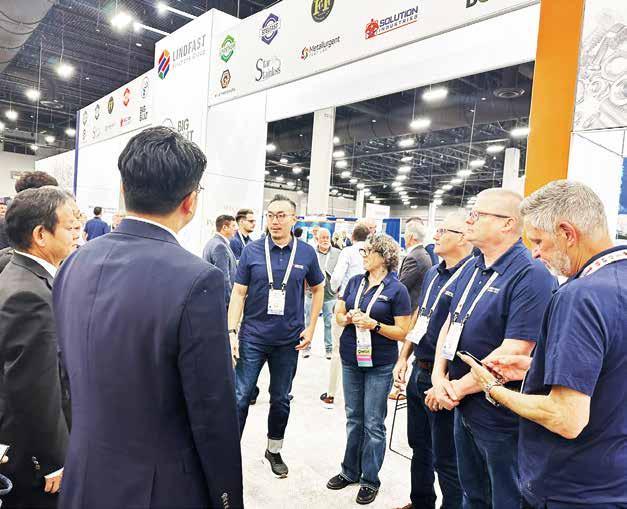
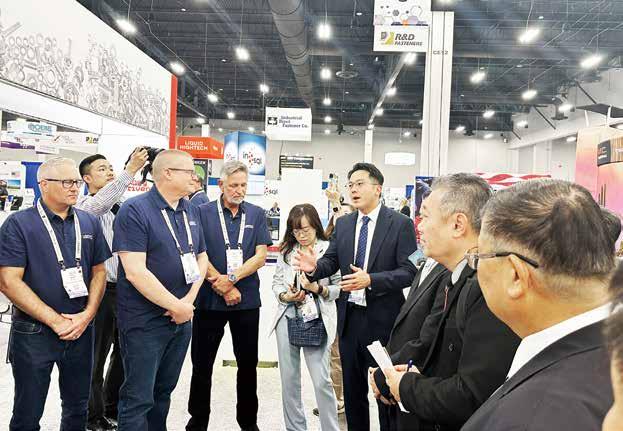
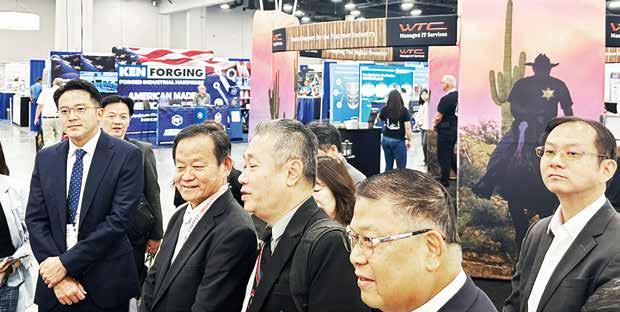
Overall, this exchange highlighted the close collaboration between LindFast and Taiwanese firms. Whether it is high-quality products, precise market forecasting, or digitized integration of procurement platforms, both sides demonstrate strong complementarity and confidence in ongoing collaboration. As international market demand gradually recovers, Taiwan’s strategic position in the global fastener supply chain will continue to be recognized and strengthened.
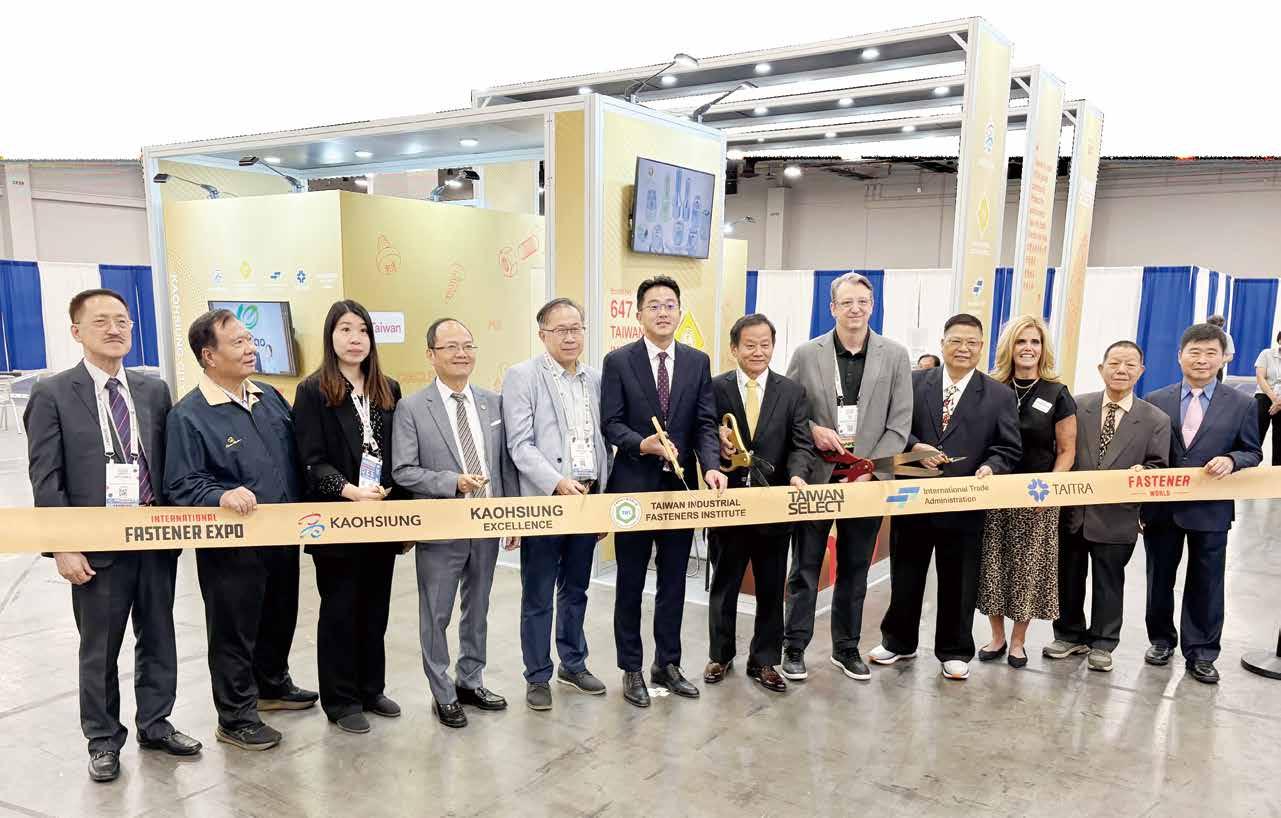
On September 17, the newly appointed President of National Fastener Distributors Association (NFDA), Ed Smith, and Vice President Melissa Patel met with representatives from Taiwan fastener industry as well as the Kaohsiung City Government and Taiwanese trade organizations. The meeting took place at the Taiwan Pavilion specially set up by the Taiwan Industrial Fasteners Institute (TIFI) at the IFE show, where diverse exchanges were held. They discussed U.S. market demands, Taiwan-U.S. collaboration, tariff policy impacts, and prospects for future bilateral industry collaboration. Before the exchange meeting, prominent figures from Taiwan and the U.S. from government and industry— including Director Mr. Tai-Hsiang Liao of Economic Development Bureau of Kaohsiung City Government, Chairman Mr. Yung-Yu Tsai of TIFI, NFDA President Ed Smith, NFDA Vice President Melissa Patel, and IFE Executive Vice President Karalynn Sprouse—gathered in front of the Taiwan Pavilion to hold a lively ribbon-cutting ceremony. Witnessed by many exhibitors and visitors, the event underscored hopes for closer and stronger collaboration between Taiwan and U.S. fastener industries in the future.
In the post-ceremony exchange, Ed Smith expressed that domestic U.S. facilities remain insufficient for full self-supply, leading to strong dependence on the Taiwan supply chain. He emphasized Taiwan’s advantage in the U.S. market based on quality and craftsmanship. However, he also noted that under tariff policy impacts, companies must find ways to reduce production costs to offset profit losses. Melissa Patel pointed out that beyond technical advantages, U.S. partners are more concerned about how Taiwanese suppliers can shorten delivery times to improve efficiency.
Chairman Yung-Yu Tsai suggested considering establishing large warehouses in Taiwan to allow clients to place orders in advance for direct delivery, thus reducing tariff-impact costs and speeding up shipment flow. Yung-Hsiang Lai, President of MIRDC, said Taiwan is actively introducing AI to help companies improve manufacturing efficiency and reduce waste. Director Tai-Hsiang Liao noted that local governments in Taiwan help industries by expanding markets, providing financial loans, and employee training, with plans to continuously adapt strategies to meet North American market demand. He invited U.S. industry representatives to participate in the Taiwan International Fastener Show 2026 in Kaohsiung to deepen bilateral exchange and collaboration.
Future participation of Taiwan industry representatives in the NFDA annual meeting and related seminars was also discussed. Ed Smith responded that he is very willing to submit this suggestion for discussion at the next NFDA board meeting. Melissa Patel emphasized that Taiwan has always been an important partner for U.S. businesses and will remain the preferred partner going forward. Director Tai-Hsiang Liao stated that Taiwan-U.S. industry exchanges will continue to be promoted toward efficient production and innovative development. The Taiwan-U.S. bilateral exchange meeting held at the Taiwan Pavilion at IFE was an unprecedented success, not only enhancing mutual understanding between Taiwan and the U.S., but also marking a milestone for deeper collaboration in the Taiwan-U.S. fastener industry.
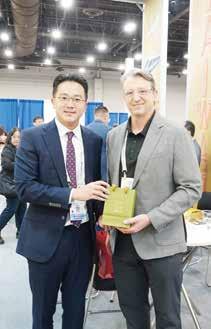
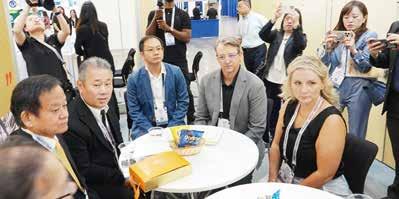

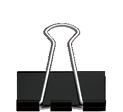
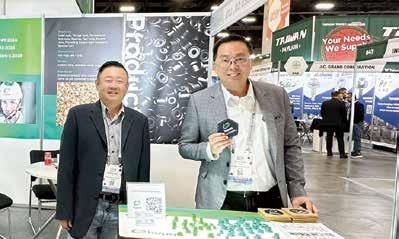

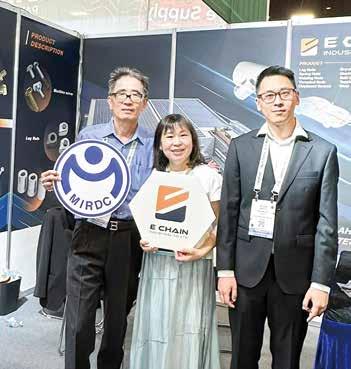

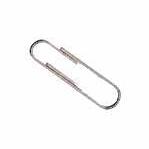

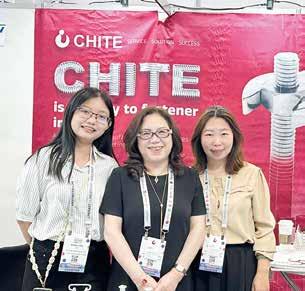
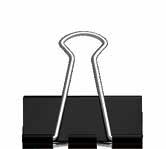
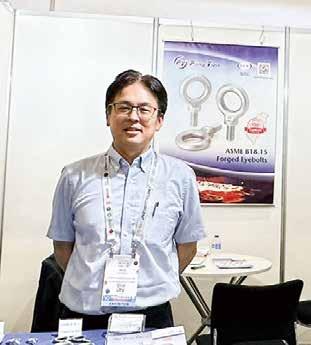
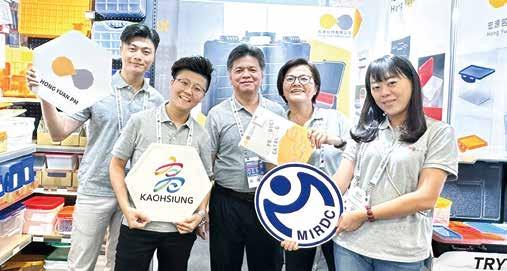
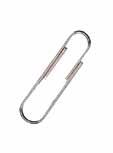

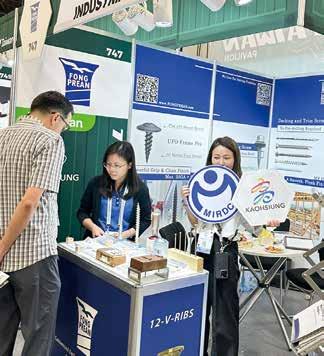

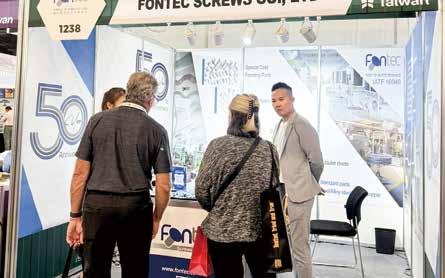
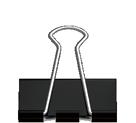
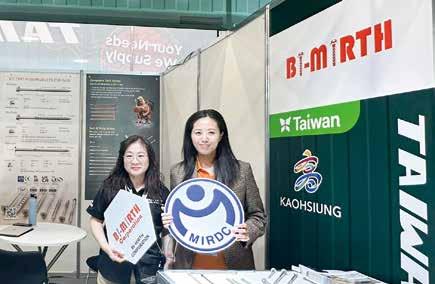
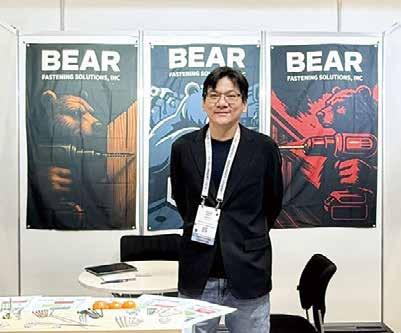
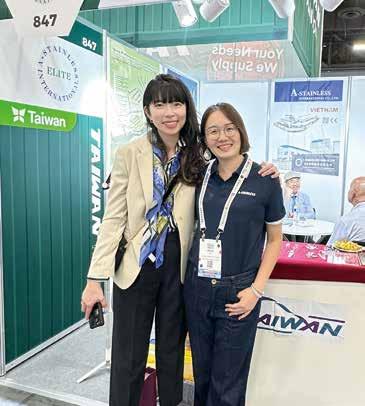
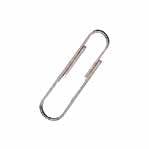


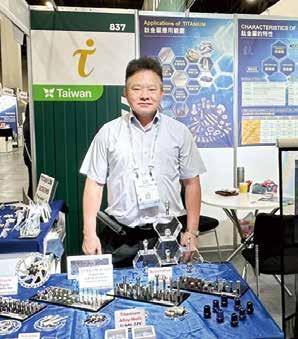
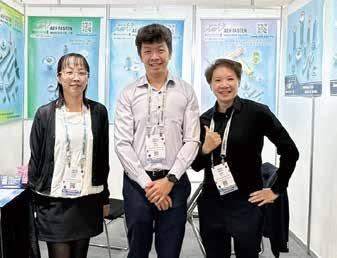
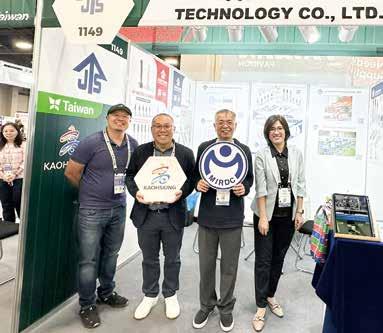
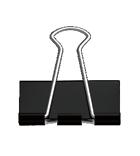
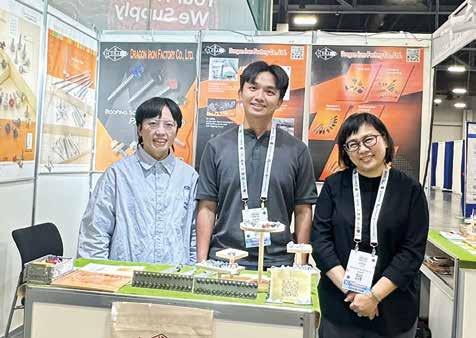
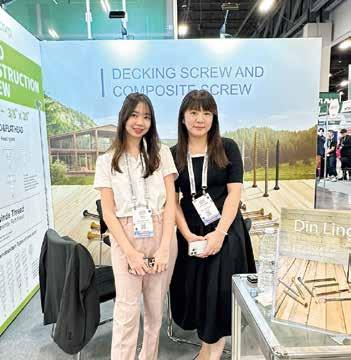
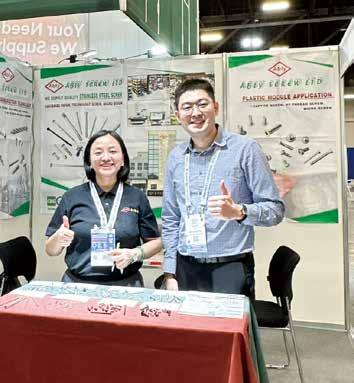

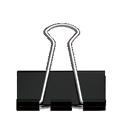
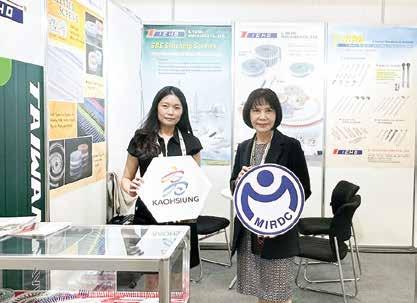
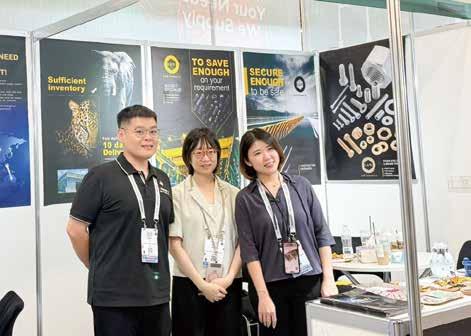
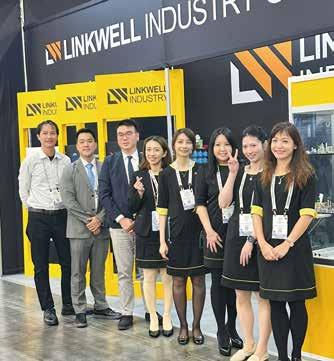
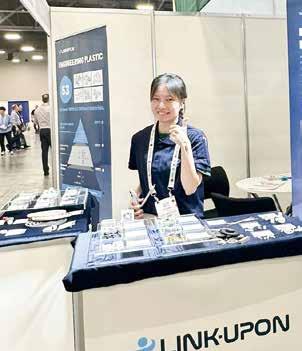

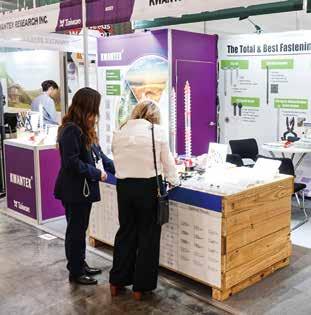
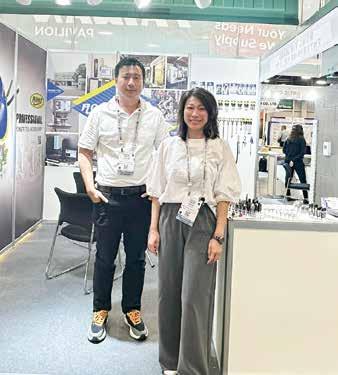



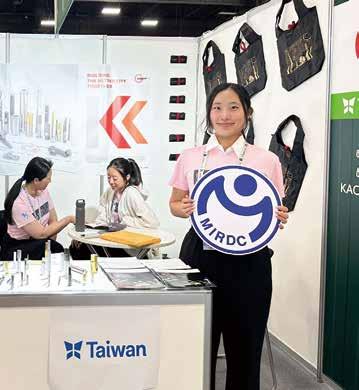
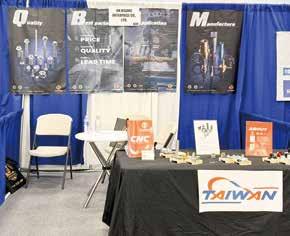
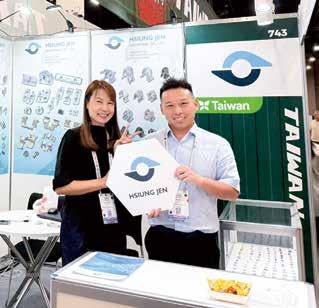

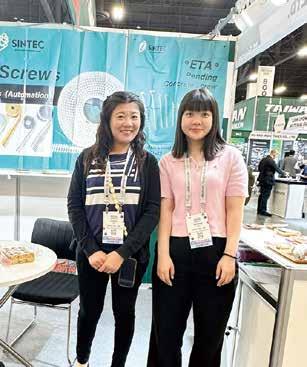
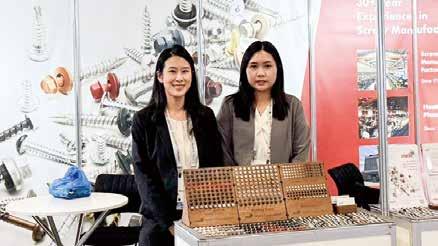

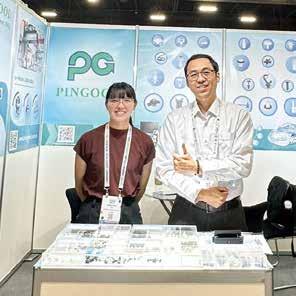
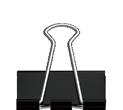
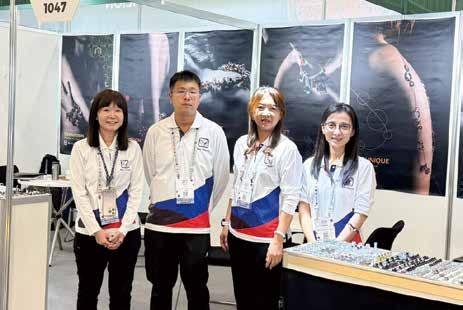
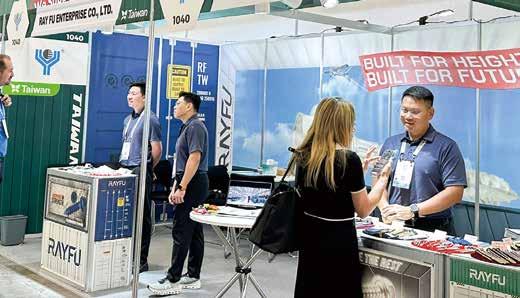
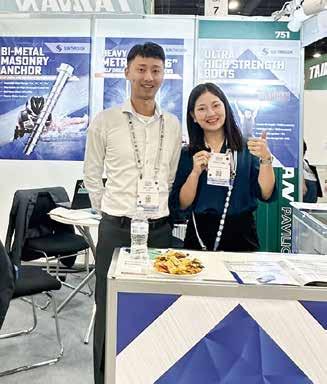
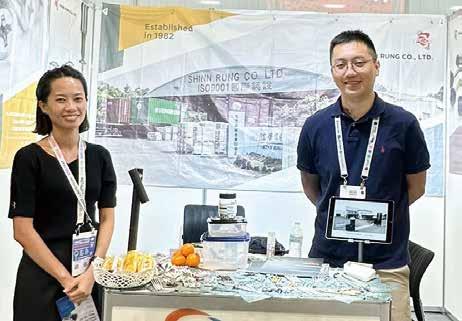
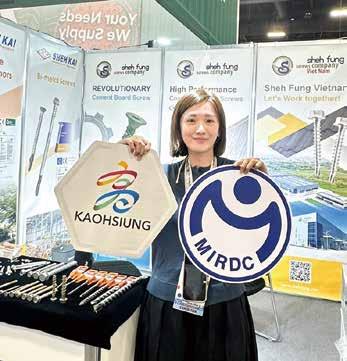
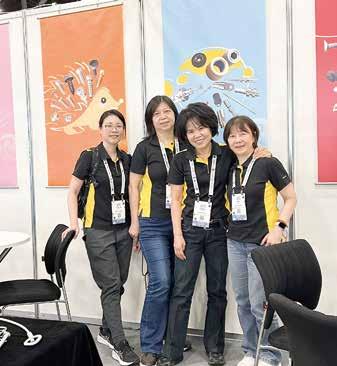
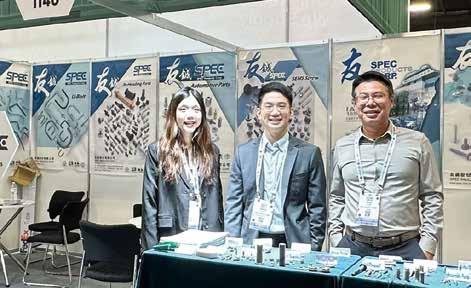
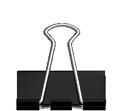
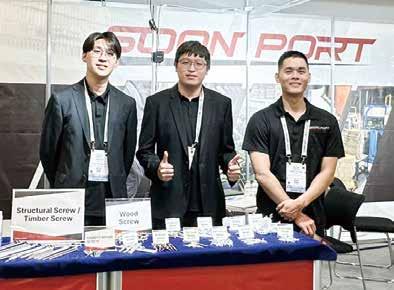
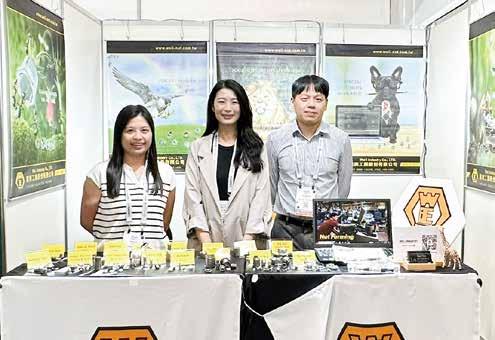
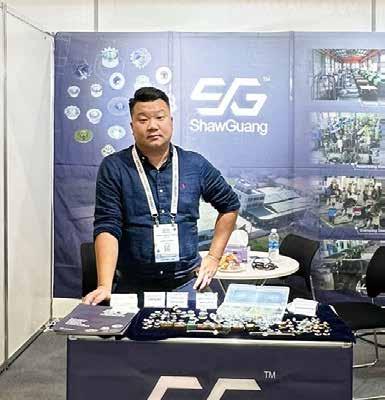
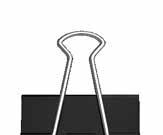

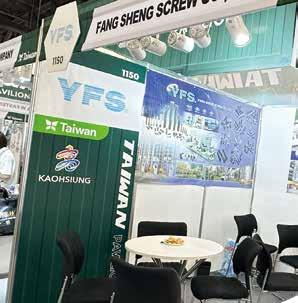
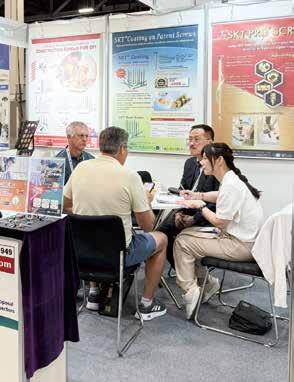
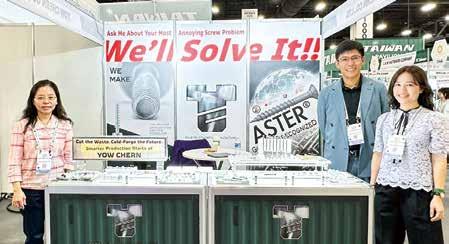
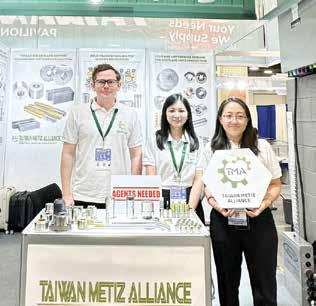
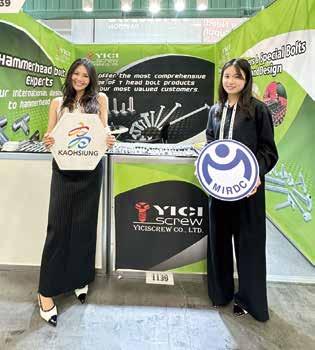
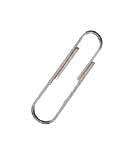
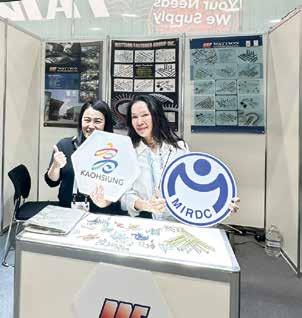
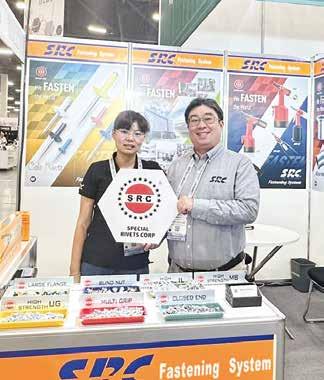
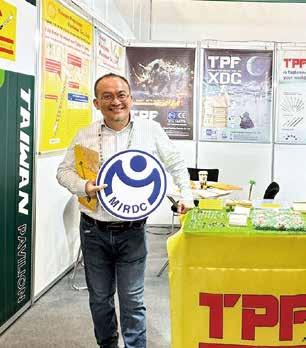
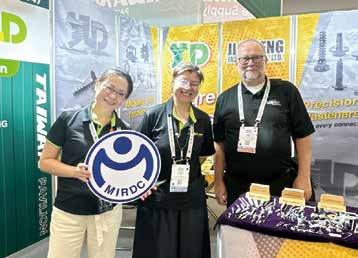
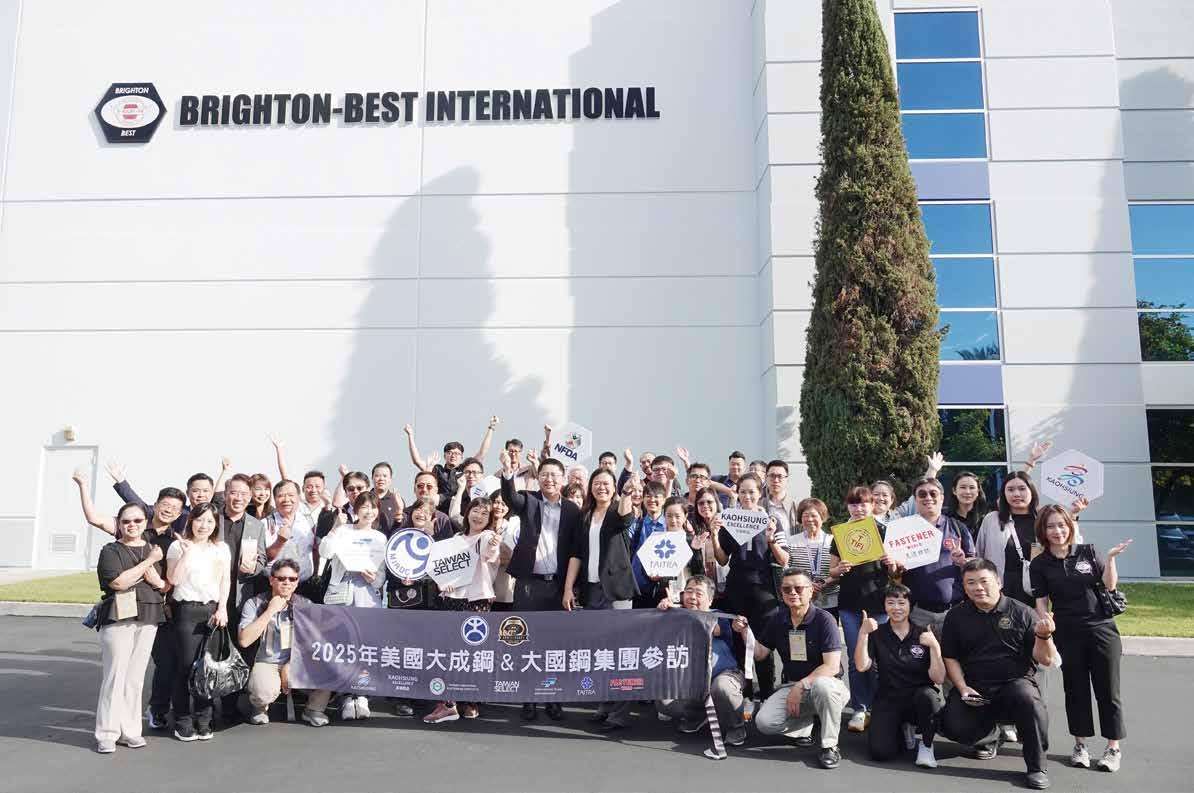
On September 18, Taiwan Industrial Fasteners Institute (TIFI), together with Fastener World and several Taiwanese fastener firms, visited the well-known U.S. fastener distributor BBI (Brighton-Best International) to deepen industrial chain exchanges and collaboration between both sides. In the morning, the delegation visited Ta Chen International’s warehouse and office in the U.S., as well as BBI’s warehouse, and attended a presentation on industry and business strategy delivered by BBI General Manager Jun Xu.
Before the presentation, remarks were given by Director TaiHsiang Liao of Kaohsiung’s Economic Development Bureau, TIFI Chairman Yung-Yu Tsai, and Jun Xu. Director Liao noted that this was the first time Kaohsiung City Government joined TIFI to participate in the IFE show and visit Ta Chen International and BBI. He expressed the government’s hope to promptly understand and assist industry players in overcoming challenges, promote the transformation and international linkage of Taiwan’s fastener industry, strengthen collaboration with distributors, and build a more diverse and stable supply chain. Chairman Tsai emphasized the significant role of Taiwanese businesses in the Asian market but pointed out that facing strong price competition from Indian firms, Taiwanese firms must break away from a mindset of going at it alone and enhance competitiveness through collaboration and

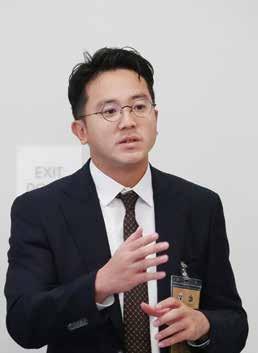
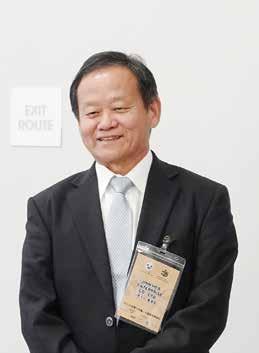
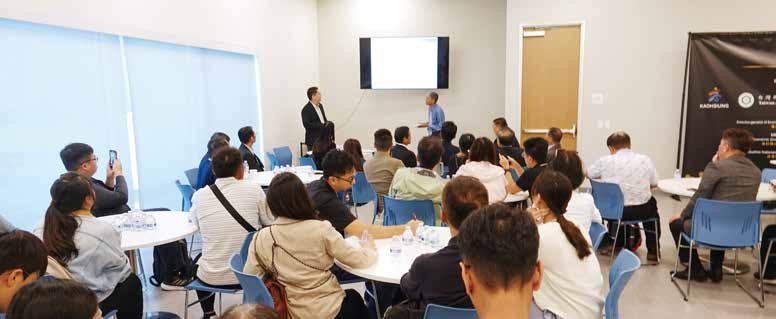
integration. Jun Xu pointed out that while manufacturers face market and customer pressures, distributors like BBI can flexibly adjust by switching suppliers and marketing channels while benefiting from U.S. tariff policies, and highlighted BBI’s competitive advantage in its large inventory.
In his presentation, Jun Xu detailed that BBI specializes in the complex and diverse socket fastener market, offering about 6,000 product specifications to meet different customer needs. After being acquired in 2008 by an investment group led by Ta Chen International, BBI expanded through acquisitions, including Porteous Fastener in 2013, Australia’s EZ Sockets in 2015, and IRONCLAD Performance Wear and Vertex Distribution in 2021, strengthening its business scale and inventory advantages. BBI operates with 80% of its business online, improving customer inquiry and service efficiency, enabling distributors to quickly respond to orders, with about 95% of orders shipped within one day. Regarding U.S. steel and aluminum tariffs, Jun Xu believes that investing in highly complex critical fasteners increases irreplaceability and competitiveness despite tariff impacts. BBI leverages this opportunity with its ample inventory and operational flexibility to maintain control in competition. Currently, BBI holds about 60-70% market share in U.S. distribution channels, with annual revenue near USD 3 billion and serving 3,000 to 4,000 customers. Its main products are medium- and low-carbon steel fasteners, with high-end fasteners maintaining a stable share.
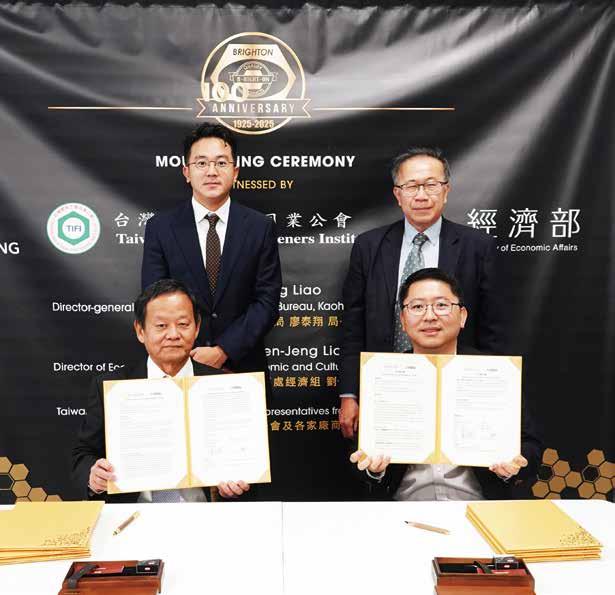
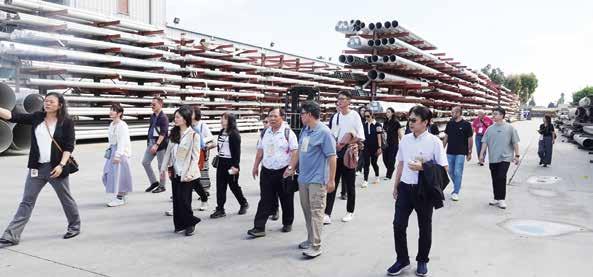

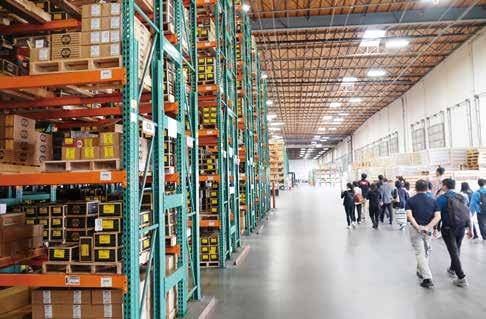

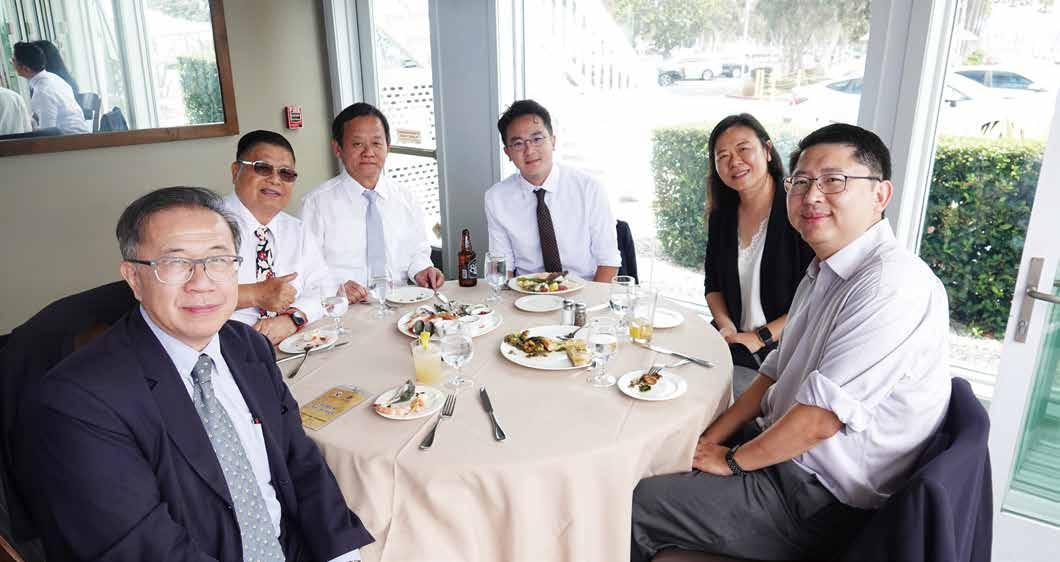

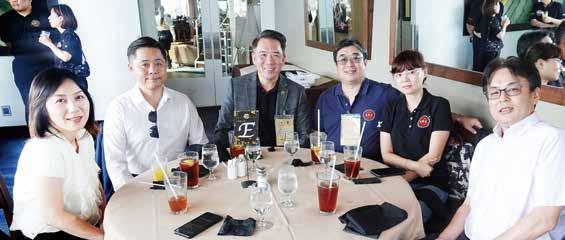
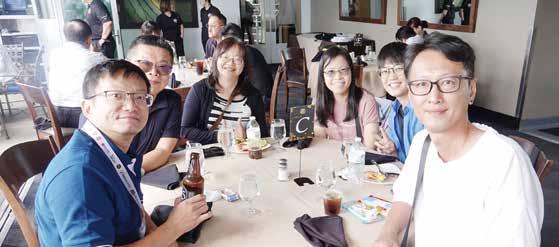
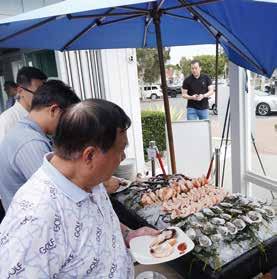
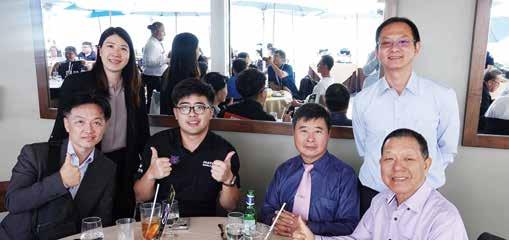

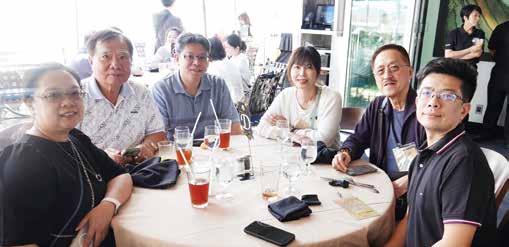
Near midday, TIFI and BBI formally signed an MOU, symbolizing closer collaboration and concluding the visit on a high note. Director Liao pointed out that following the recent U.S. Federal Reserve rate cut, economic growth is expected to continue, and rising demand in U.S. construction, automobile, and public infrastructure will drive fastener market development. Kaohsiung Government and TIFI will jointly support industry players in expanding R&D and sales channels, further deepening Taiwan-U.S. fastener collaboration.
This trip not only strengthened industrial chain interaction but also provided forward-looking strategic insights for Taiwanese fastener firms. It demonstrated that under fierce global competition and tariff policies, enhancing channel integration and collaboration is a key objective for the industry. Taiwan’s fastener industry will continue to deepen international collaboration, strengthen brand and supply chain competitiveness, and promote stable industry growth.
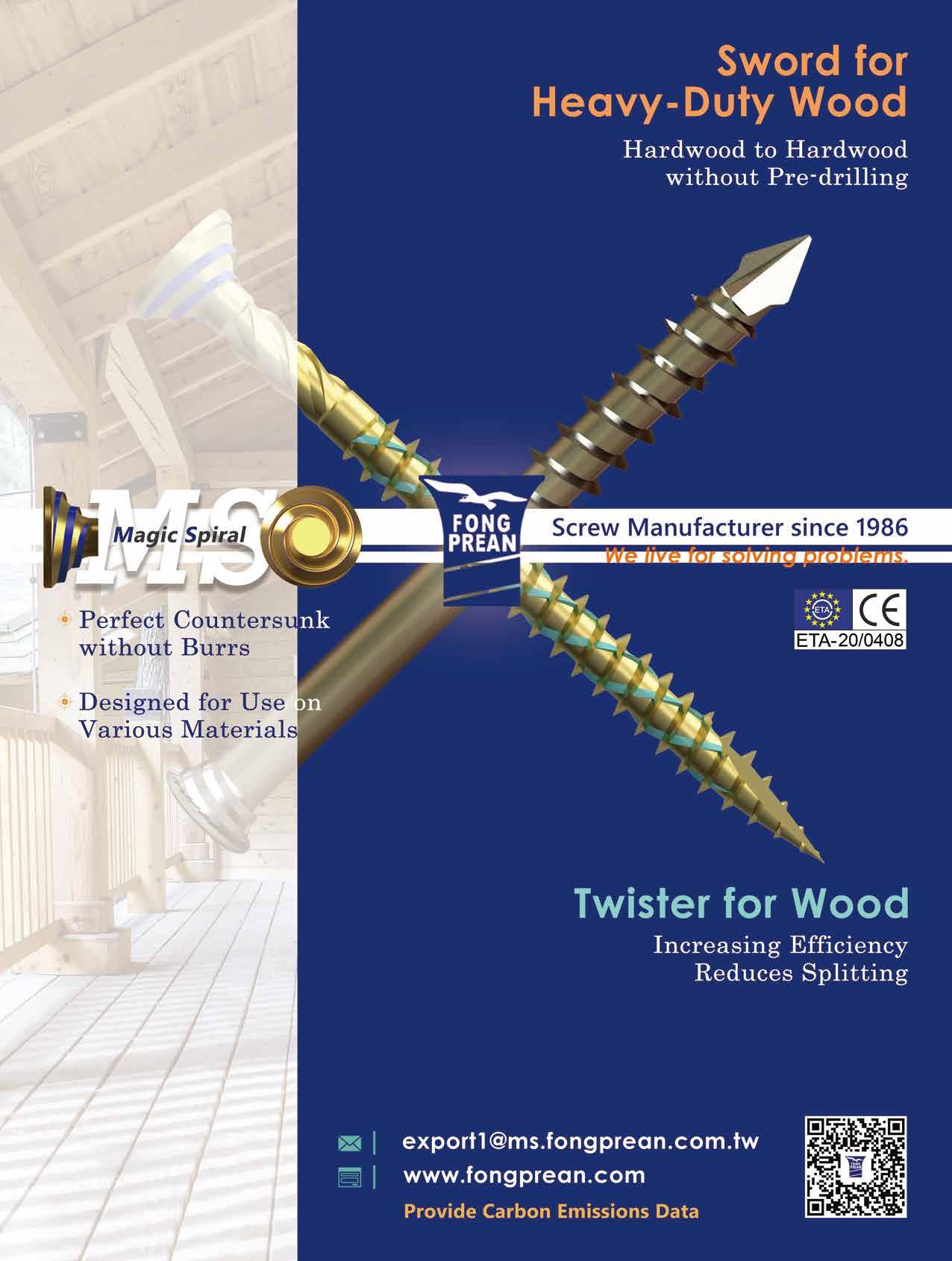
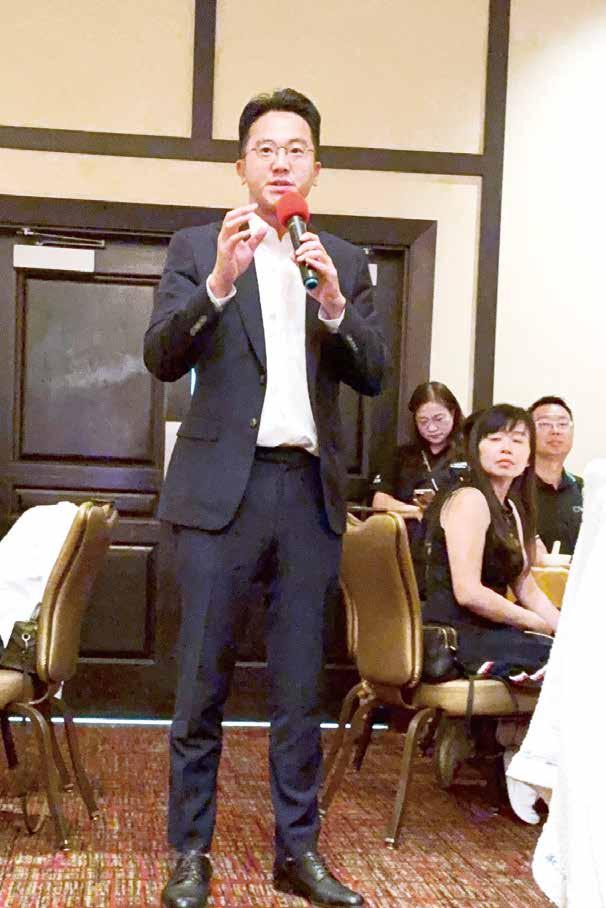

In tandem with the grand launch of IFE 2025, Fastener World (the exclusive sales agent for Taiwanese exhibitors) specially held the "Fastener World Night" gala dinner the evening before the show. The event took place at the well-known Chinese cuisine restaurant Ping Pang Pong, inviting Taiwanese exhibitors to gather together and enjoy a sumptuous meal in a warm atmosphere.
Director Tai-Hsiang Liao of Kaohsiung’s Economic Development Bureau said: "This year brought many challenges, including reciprocal tariffs. The fastener industry remains a vital pillar of Kaohsiung. Recent industrial transformation and new investments, especially in electric vehicles, highlight its importance. The government will continue supporting fastener firms in advancing technology and applications. Attending this show with you all is a valuable learning experience for me, helping to better understand your needs so we can tackle challenges like tariffs and exchange rates together."
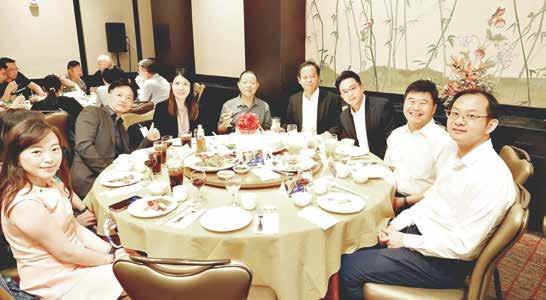
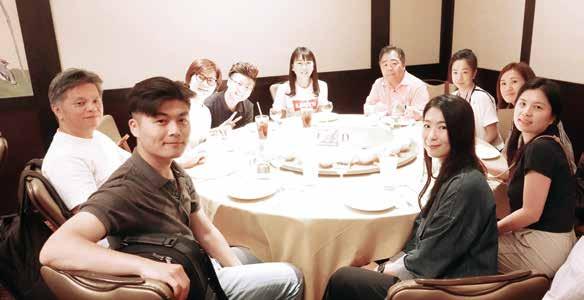
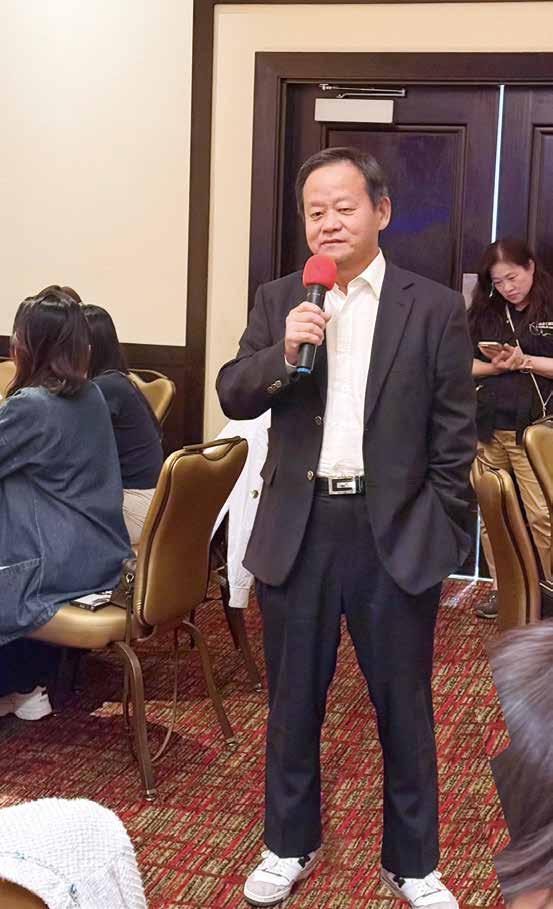
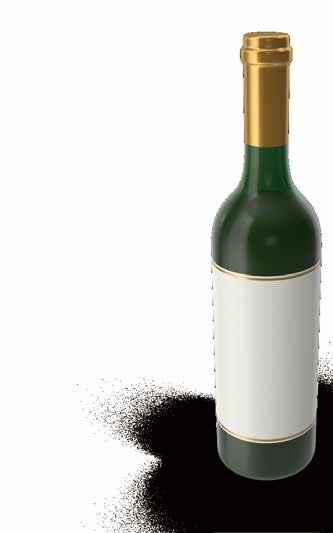
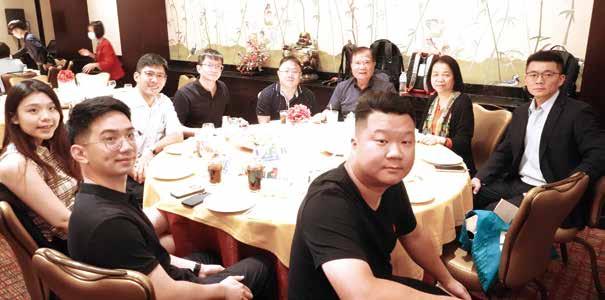
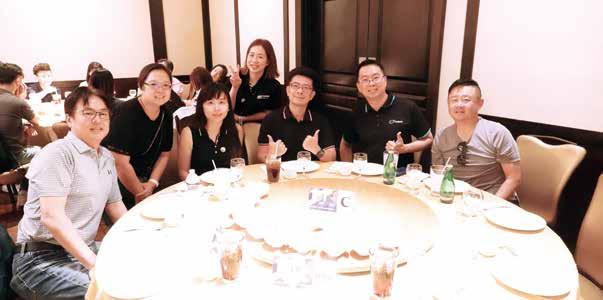



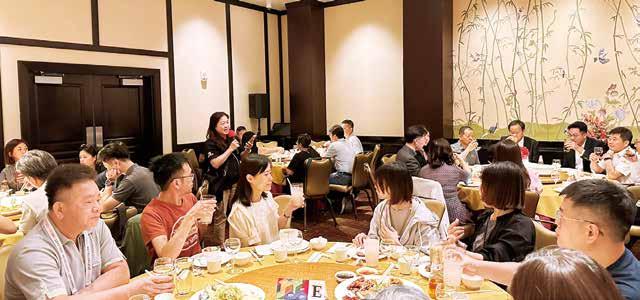


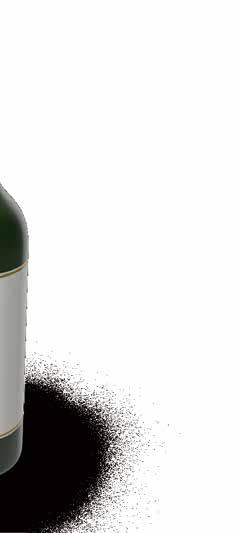
Chairman Yung-Yu Tsai of Taiwan Industrial Fasteners Institute said: "Thanks to Fastener World for hosting and the Kaohsiung City Government for their strong support. Working closely with fastener companies at this show has deepened our understanding of the difficulties U.S. clients face under Section 232 tariffs. After the event, the Institute will partner with the government to develop strategies to overcome these tariff challenges. Facing tough competition from Chinese products in global markets, we will also engage clients to consider relocating warehouses to Taiwan, boosting Taiwan's industrial capacity, strengthening Taiwan-U.S. ties, and securing Taiwan’s fastener industry's future."
Fastener World has long been dedicated to promoting Taiwan’s fastener industry. By organizing "Fastener World Night," it not only demonstrates support for the exhibitors but also hopes to unite support through this dining event, working together to enhance the image of Taiwan’s fastener industry.
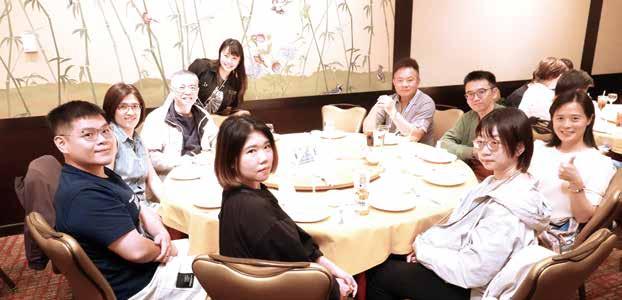

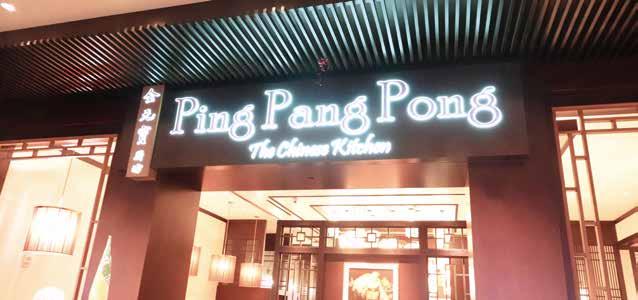
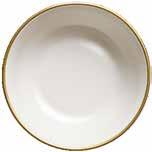
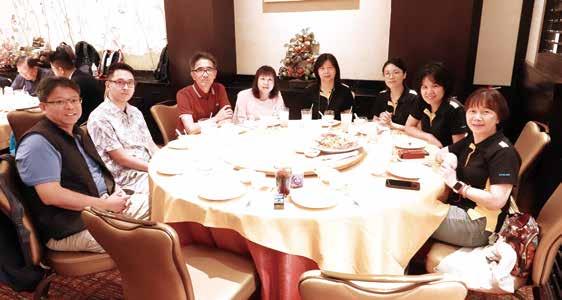
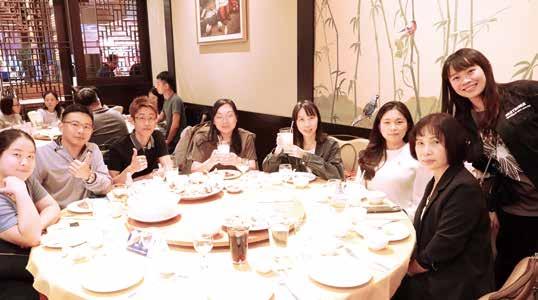
Tour to Antelope Canyon & Horseshoe Bend











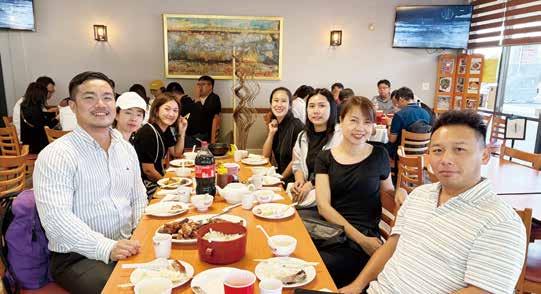




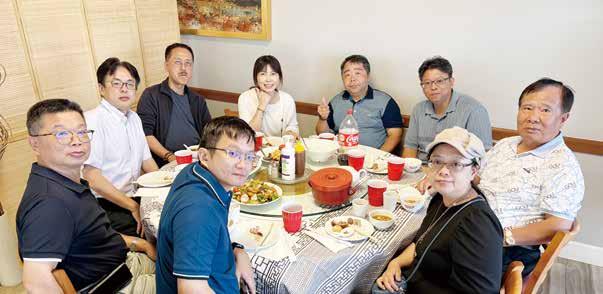


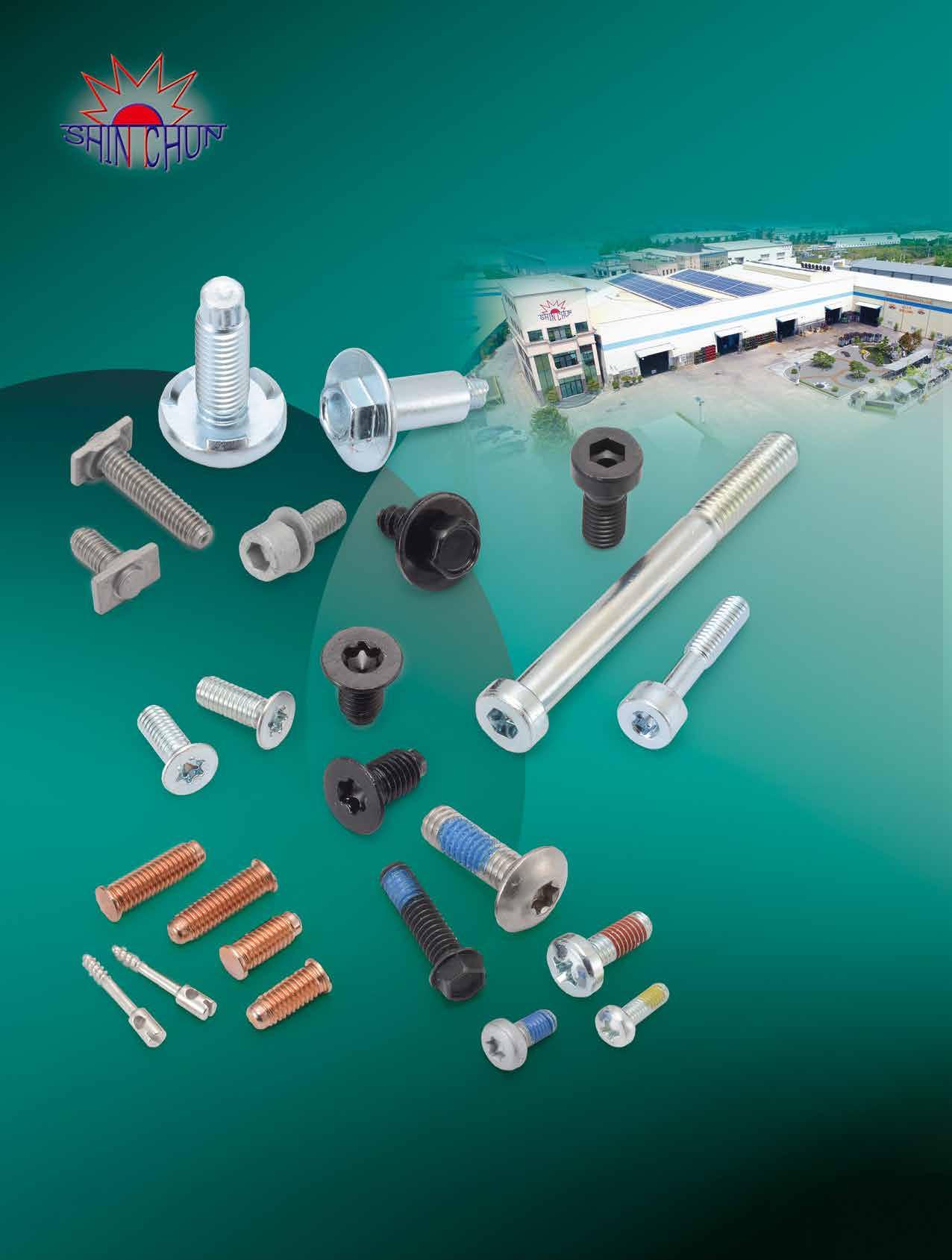


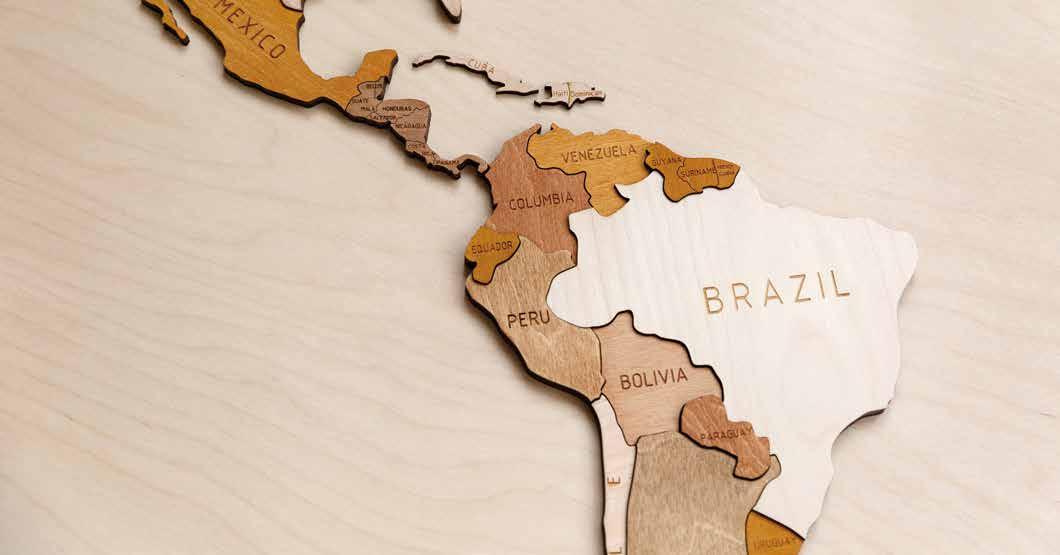
In the context of steadily growing global industrial demand, Latin America is increasingly asserting its importance as an emerging market. With ongoing development in infrastructure, automotive, and manufacturing sectors in this region, the Latin American market for fasteners is expanding steadily and showing a clear reliance on imports. Fierce competition among the United States, China, and Europe contributes to a complex and dynamic international trade environment within Latin America. Taiwan has also gradually penetrated this market, demonstrating its influence within the global industrial supply chain. This report offers an in-depth analysis of the Latin American fastener market in 2024. It examines the trade structure, key country roles, international competitive landscape, and policy risks. The aim is to provide the industry with comprehensive and forward-looking market insights to help enterprises grasp opportunities, meet challenges, and continuously optimize their deployment and strategic adjustments.
The report offers Fastener Products Analysis illustrated with charts presenting trade statistics for Latin America covering the full year of 2024 and partial months of 2025. It highlights the top 15 importing and exporting countries in the region and delves into the primary trade partners of the top 5 countries. It also features Taiwan’s top ten export destinations in the region during the same period to illustrate trade flows between Taiwan and Latin American countries.
The Latin American trade data are sourced from Inter-American Development Bank (IDB), which provides data based on trade values. Taiwan’s trade data come from the International Trade Administration of Taiwan’s Ministry of Economic Affairs, which include both trade values and weights. Given the fact that not all Latin American countries’ data for 2025 are updated to the same month, the time frames of the 2025 data for respective countries have been clearly marked in a separate table column. As for Taiwan’s trade statistics, the 2025 data are currently updated through June. Since not all Latin American countries publicly disclose data, this report focuses the analysis on countries listed by the Inter-American Development Bank.
‧ Ranking of Fastener Trading Countries in Latin America ‧
Table 1 ranks the top 15 Latin American countries by their fastener import values for 2024 from the highest to the lowest. The top five were: Mexico (imports of USD 2.8 billion, exports of USD 270.6 million), Brazil (imports of USD 1.0 billion, exports of USD 152.5 million), Argentina (imports of USD 219.9 million, exports of USD 9.7 million), Chile (imports of USD 198.2 million, exports of USD 13.0 million), Peru (imports of USD 176.5 million, exports of USD 6.7 million). Mexico’s import value accounted for about 58.5% of the combined total of these 15 countries—roughly 2.6 times (refer to Figure 1) that of Brazil (21.7%) and 12.9 times that of Argentina (4.5%).
This large gap illustrates Mexico's clear dominance over other countries in the Latin American fastener import market. In terms of exports, Mexico held about 56.6% of the total among the 15 countries, which was 1.7 times (refer to Figure 2) that of Brazil (31.9%) and 27.8 times that of Argentina (2.0%). In other words, Mexico controlled over half of both the fastener import and export markets in Latin America, while Brazil commanded around 20-30%.
The combined total of these 15 countries indicates that the fastener import market size in Latin America reached at least USD 4.8 billion in 2024, while exports totalled at least USD 477.5 million. The region’s overall fastener imports were more than 10 times its exports, revealing that Latin America had a strong dependence on imports for fastener products. For the first three to four months of 2025, import rankings largely mirrored the 2024 pattern. However, there are some changes in export rankings for this period. The combined import value of this period for these 15 countries was USD 1.3 billion, with exports totaling USD 133.2 million.
Table 1. Fastener Trade Values of Top 15 Latin American Countries
HS 7318: Screws, bolts, nuts, threaded hooks, rivets, washers (including spring washers), cotter pins and similar products of iron or steel
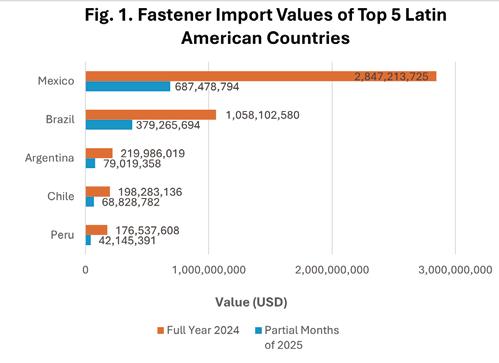
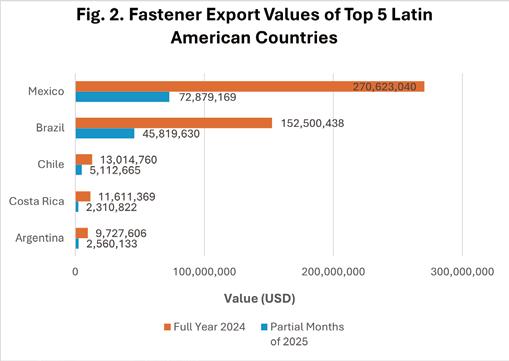
This article extracts and analyzes the top five Latin American countries from Table 1, analyzing their top ten import and export trading partners. The data are visually presented side-by-side as pie charts in Table 2
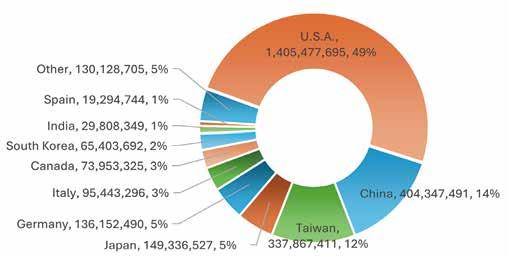
1. The largest import sources for Mexico: The United States, China, Taiwan.
2. The United States held nearly a 50% market share in Mexico.
3. The import proportions from Taiwan and China both exceeded 10%. Taiwan and China were mutual competitors in Mexico.
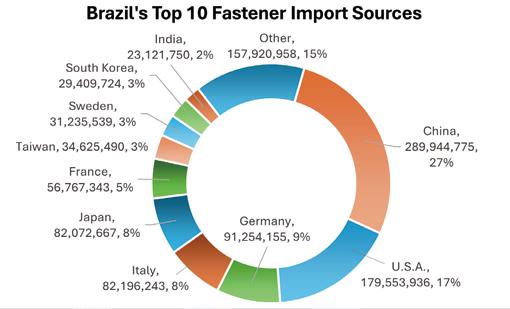
1. Brazil's largest import sources: China, The United States, Germany.
2. China and the United States were mutual major competitors in Brazil.
3. Brazil imported at least 79% from mid-to-high-end fastener manufacturing countries (The U.S., Germany, Italy, Japan, France, Taiwan, Switzerland, S. Korea), at least 25% from Europe, and at least 43% from Asia.

1. The United States dominated Mexico's fastening export market, accounting for as much as 89%.
2. The proportion of Mexico's exports to Latin American countries was at least 5.8%, with Brazil (3%) being the largest recipient.
3. Mexico’s main export destinations were the United States and Latin American countries.
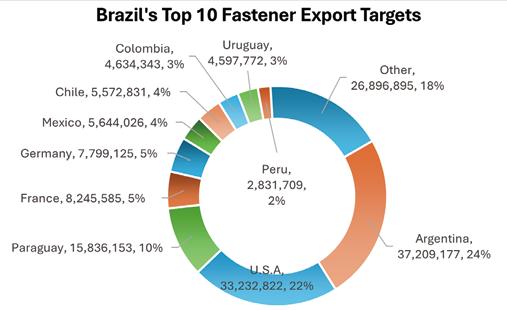
1 Argentina and the United States jointly dominated Brazil's fastener export market, each accounting for about 20%.
2. The proportion of Brazil’s exports to Latin American countries was at least 50%, exports to Europe at least 10%, and exports to mid-to-high-end fastener manufacturing countries (the U.S., France, Germany) at least 35%.
3. Brazil’s main export destinations were the United States and Latin American countries.
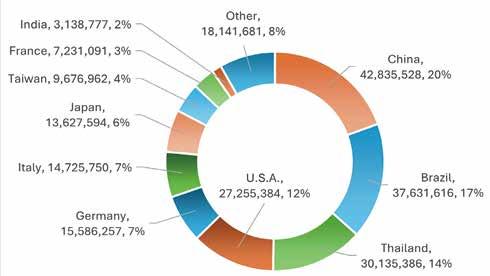
1. Argentina's largest import sources were China, Brazil, Thailand, and the United States. These four countries directly competed with each other.
2. Argentina imported at least 39% from mid-to-high-end fastener manufacturing countries, at least 46% from Asia, and at least 17% from Europe.
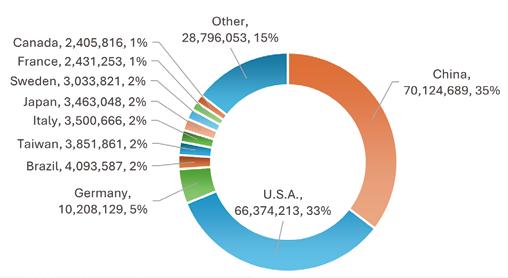
1. Chile’s largest import sources were China and the United States. These two countries directly competed with each other, each accounting for about 30%.
2. Chile imported at least 48% from mid-to-high-end fastener manufacturing countries, at least 39% from Asia, and at least 10% from Europe.
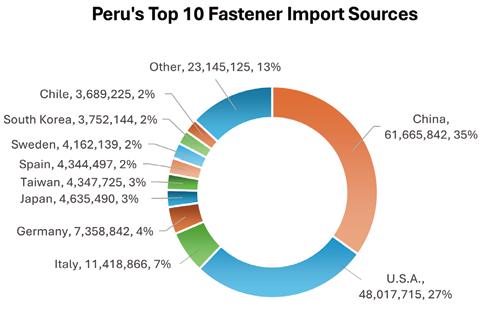
1. Peru’s largest import sources were China and the United States. These two countries directly competed with each other.
2. Peru imported at least 50% from mid-to-high-end fastener manufacturing countries, at least 43% from Asia, and at least 15% from Europe.
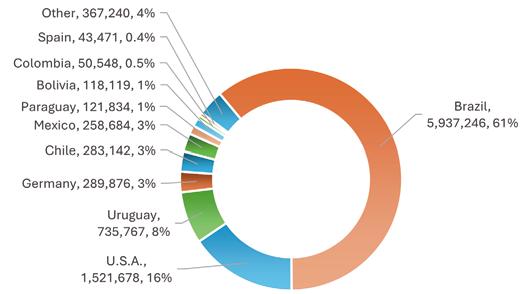
1. Brazil dominated Argentina's fastener export market, accounting for as much as 61%.
2. At least 77.5% of Argentina’s exports went to Latin American countries, 16% to the United States, and at least 3.4% to Europe.
3. Argentina main export destinations were Latin American countries.
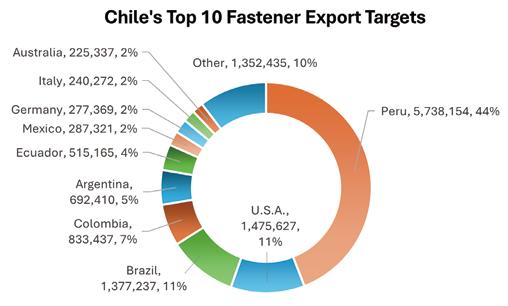
1. Peru dominated Chile’s fastener export market, accounting for as much as 44%.
2. At least 73% of Peru’s exports went to Latin American countries, 11% to the United States, and at least 4% to Europe.
3. Chile’s main export destinations were Latin American countries.
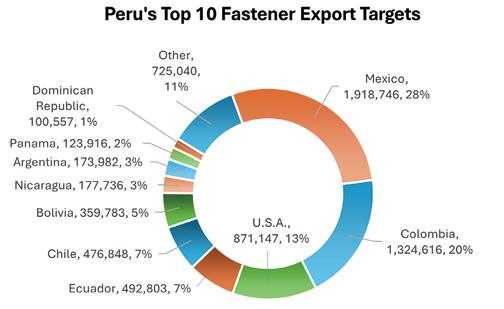
1. Peru’s largest export destinations were Mexico, Colombia, the United States.
2. At least 76% of Peru’s exports went to Latin American countries, 13% to the United States, and there were no European countries among its top ten export destinations.
3. Peru main export destinations were Latin American countries.
1. Taiwan’s fastener products were included in the top ten rankings of all the above five importing countries.
2. In Latin America, only in the Mexican market could the United States and Taiwan compete with China in terms of market share. In Brazil, Argentina, Chile, and Peru, China’s market share surpassed that of the U.S. and far exceeded Taiwan’s.
3. China occupied a large market share in Latin America. Against the backdrop of tense U.S.-China relations and the unified 50% tariffs imposed by the Trump administration on global steel and aluminum products, China is expected to accelerate expanding its market share and intensify competition in the Latin American market to diversify its market risks.
1. The top five fastener exporting countries in Latin America primarily exported to other Latin American countries. Among them, Mexico and Brazil also counted on the United States as a main export destination. Mexico’s exports to the U.S. were even 15 times higher than its exports to other Latin American countries, showing Mexico’s heavy reliance on U.S. demand for fasteners.
2. Argentina, Chile, and Peru’s fastener exports were highly dependent on Latin American countries.
Taiwan’s fastener exports to Latin America are primarily export-driven and Taiwan imports only a small volume from the region, so this section analyzes the export aspect only. According to Table 3, Taiwan’s top 10 export destinations in Latin America in 2024, ranked by weight from the highest to the lowest, were: Mexico (USD 140.3 million in export value, 33,264.8 tons), Brazil (USD 16.6 million, 4,866.1 tons), Argentina (USD 5.9 million, 1,437.6 tons), Peru (USD 2.0 million, 681.8 tons), El Salvador (USD 2.1 million, 677.5 tons).
In 2024, Taiwan’s total fastener exports to Latin America amounted to USD 181.6 million by value and 45,533.4 tons by weight. In the first half of 2025, exports totaled USD 88.0 million and 21,972.7 tons. Based on this, the export weight and value in 2025 might decline by about 3% compared to 2024. Figure 3 highlights that Taiwan’s fastener exports to Mexico alone accounted for 38% of its total export weight to Latin America—6.8 times the weight exported to Brazil (5%). This substantial gap emphasizes Mexico’s critical role as Taiwan’s most important export market in the region.

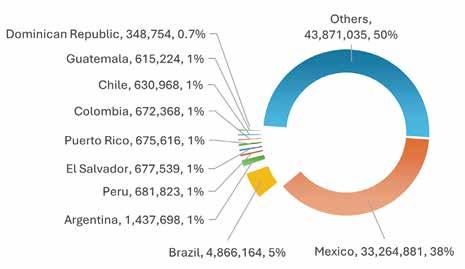
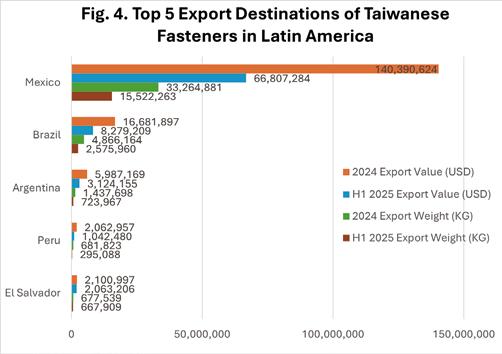
The following key points based on the above analysis are summarized below
1. Exports of fasteners in Latin America mainly rely on Latin American countries as well as the United States.
2. The import volumes of fasteners in Latin America are both greater than their export volumes.
3. Mexico and Brazil are the top two countries in the fastener market in Latin America.
4. Mexico’s exports of fasteners are highly dependent on the United States.
5. Although Taiwan’s exports of fasteners to Latin America are not large, they have made the rankings, indicating that Taiwan is also an important participant in the Latin American market.
6. The market shares of the United States, Europe, Taiwan, and others in the Latin American market are being greatly squeezed by China.
7. China is gradually dominating the import market for fasteners in Latin America. Against the backdrop of tense US-China relations, China's aggressive expansion in Latin America (and even globally) during Trump’s administration has reached a peak.
The frequent reversals and high unpredictability of tariff policies initiated during the Trump administration remain one of the most significant unresolved risks shaping the international trade landscape. Although some countries have reached agreements with the U.S. by the end of July this year, which alleviated some trade tensions in the short term, overseas media analyses warn that the U.S. government could still initiate a new form of trade war based on changing domestic political or economic conditions or outcomes of trade investigations, using tariffs as leverage in negotiations. This persistent external risk means companies may face the dual burden of high tariffs and trade friction in the near term.
The instability and potential changes in Trump’s tariff policies remain crucial risk factors restricting Latin America’s economic development. The region is directly impacted by U.S. tariff hikes coupled with immigration enforcement pressures, creating significant short-term economic strain. However, this adversity is also accelerating regional integration and cooperation with other countries, highlighting Latin America’s potential value as a risk mitigation option.
Businesses are advised to carefully assess the market environment and consider Latin America as a key region for risk diversification and hedging. Proactively developing regional supply chains and sales networks can reduce overreliance on the U.S. market and strengthen resilience to trade shocks. Preparing strategically for possible renewed trade conflicts will allow companies to maximize both risk avoidance and growth opportunities.
Copyright owned by Fastener World / Article by Dean Tseng
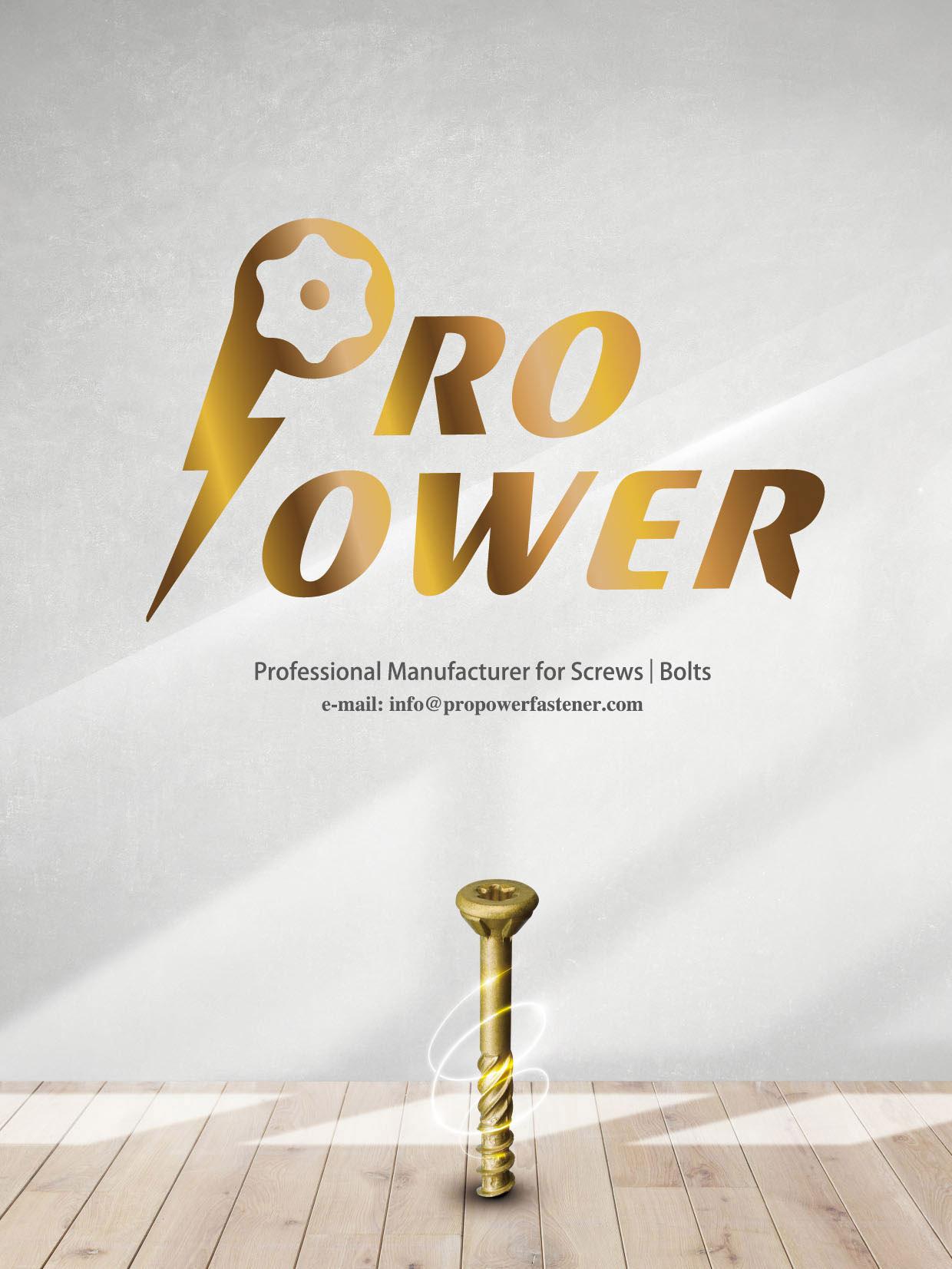
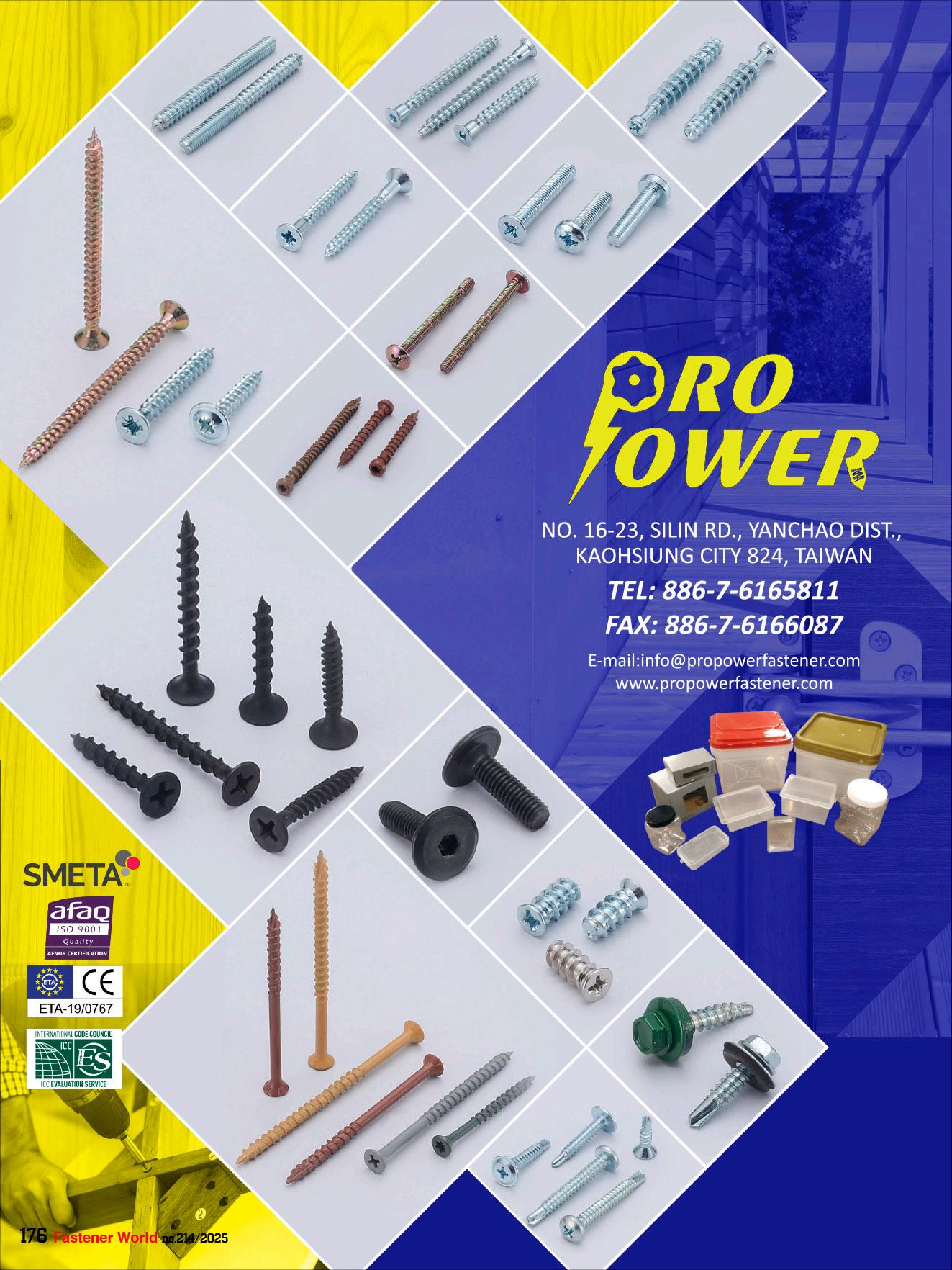




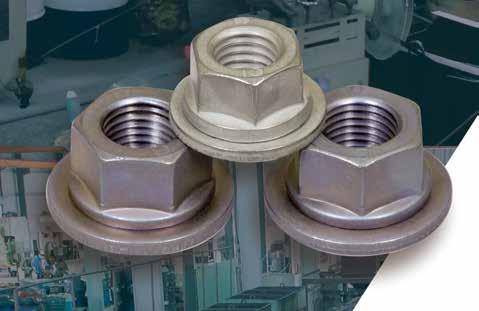
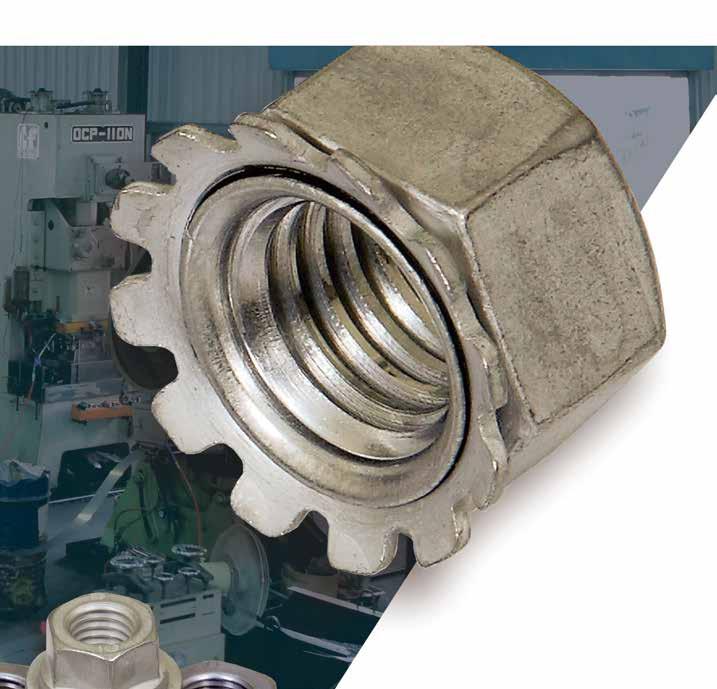



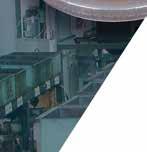


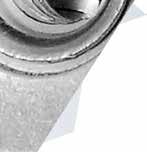


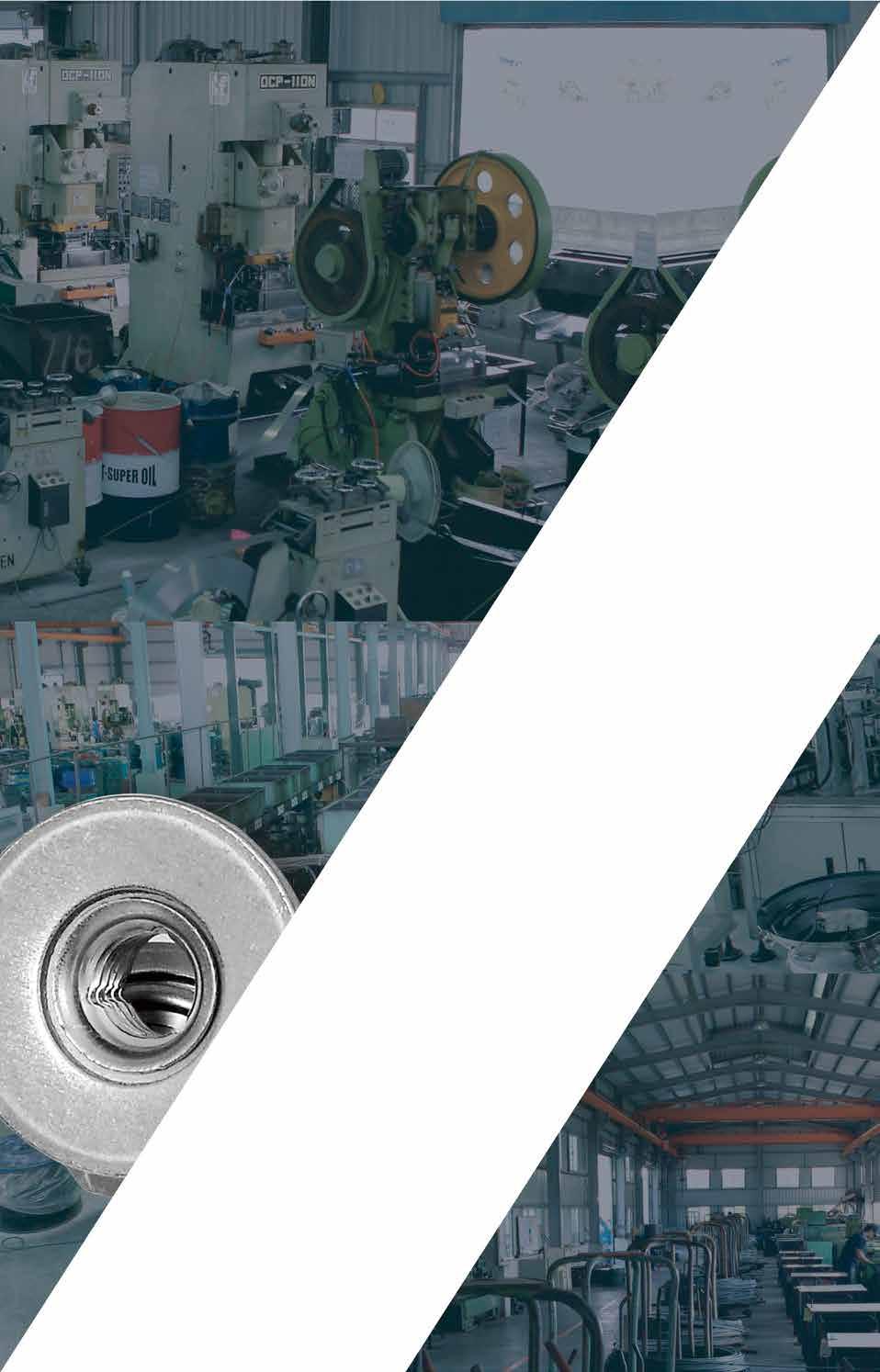


























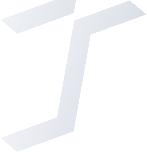





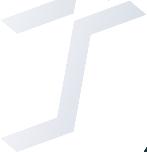























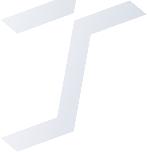





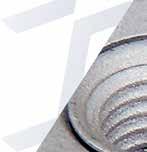










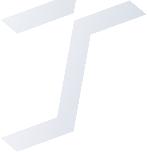





















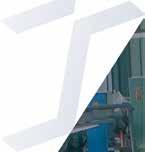
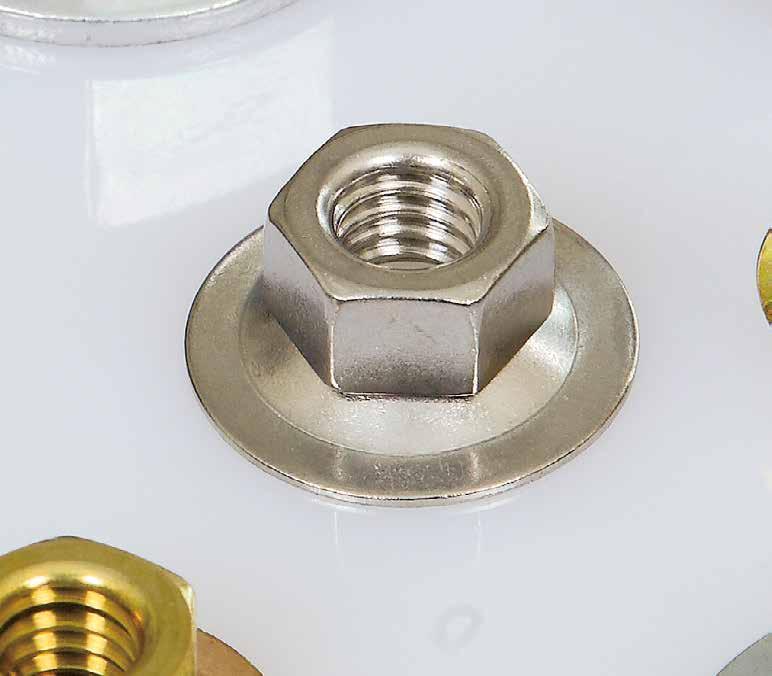

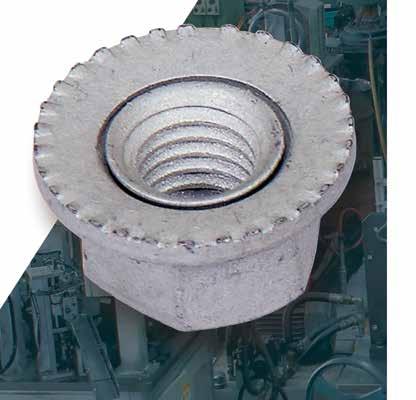
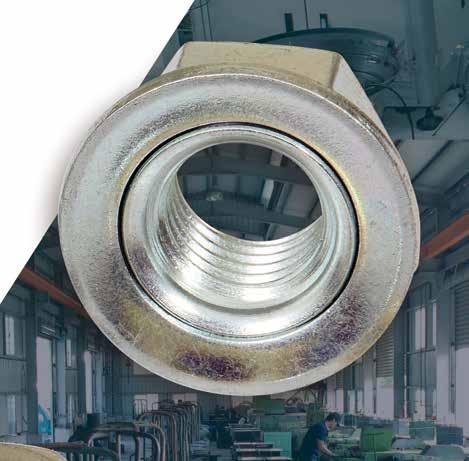
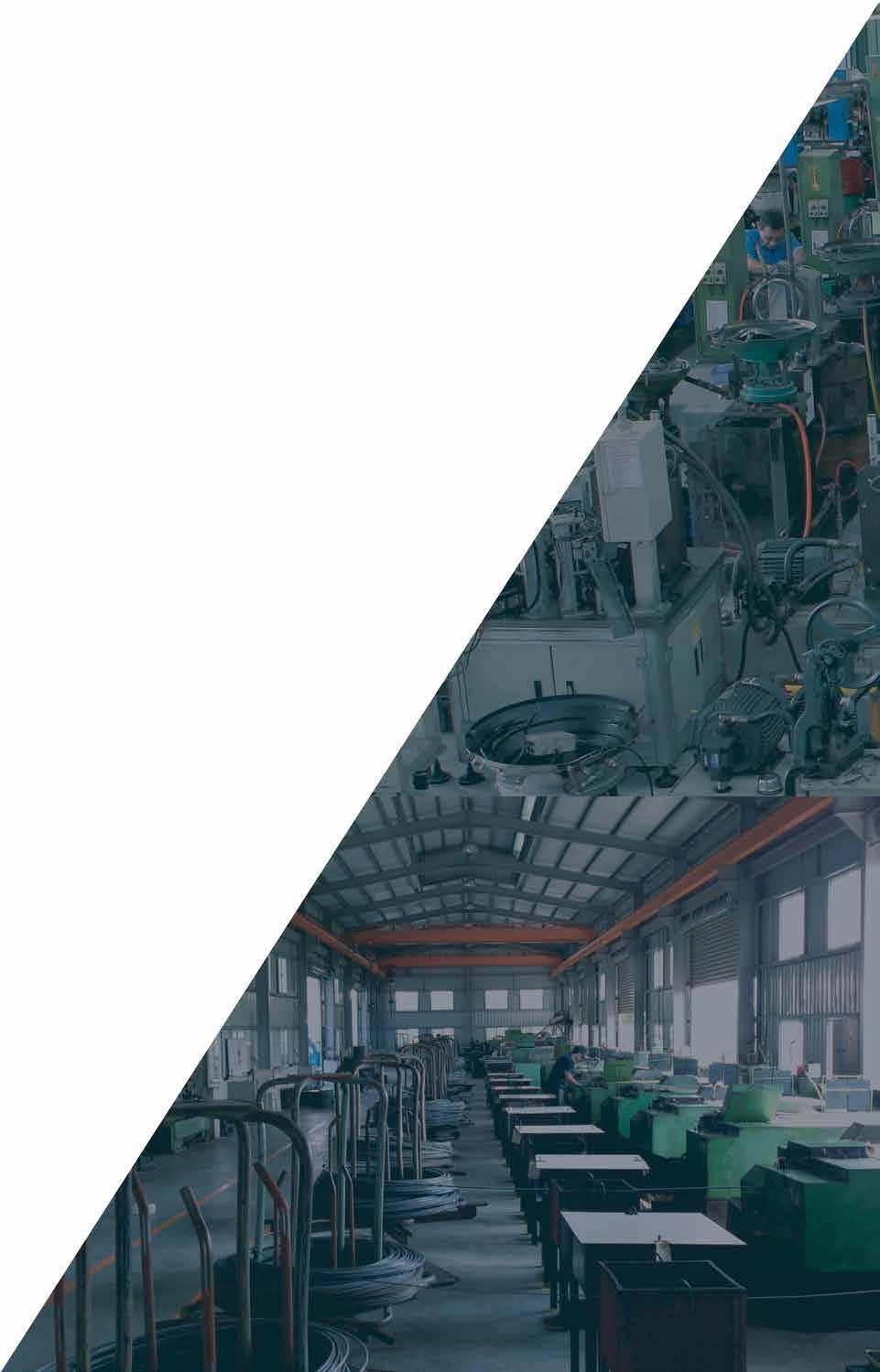
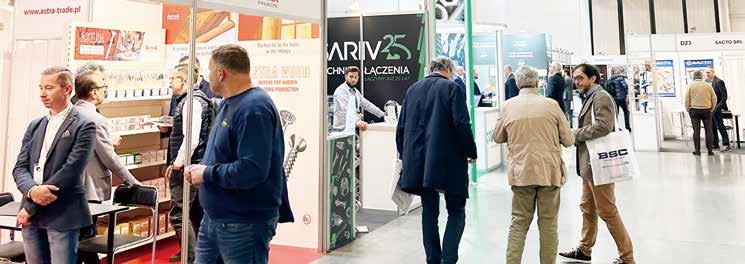
Two days of industry meetings, presentations of the latest technologies and products, an expert conference on topics important for the fastener industry, Meeting Zone and novelty – Surface Protection Exhibition. This is a preview of this year's edition of the International Trade Fair for Fastener and Fixing Technologies FASTENER POLAND®. The trade fair will take place on October 15th-16th at EXPO Kraków.
The previous edition of the trade fair was attended by 153 exhibitors from 18 countries, 75% of which were foreign companies. The statistics of visitors were equally international. Of the 2,856 guests, 46% came to Krakow from abroad. Europe was most represented by industrialists from Germany, the Czech Republic, Slovakia, Ukraine and Romania. The above data only emphasize the importance of the event and the fact that the FASTENER POLAND® trade fair is the most important place for business meetings in the industry in Central and Eastern Europe.
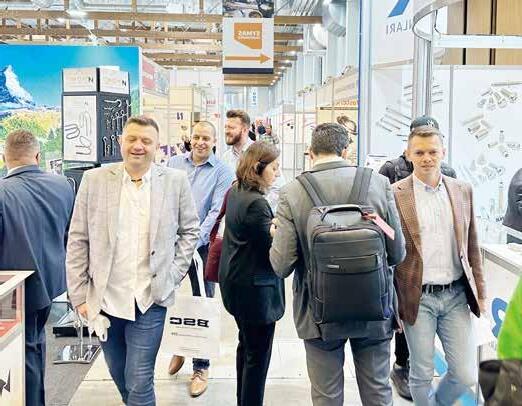
The demand for specialised fasteners, in terms of quality and standards, is constantly growing. This is probably influenced by the most technologically advanced industrial sectors. Polish suppliers have specialised in supplying high-quality fasteners. Thanks to investments in modern technologies that are friendly to the environment and the continuous improvement in the qualifications of production staff, Poland is the third largest supplier of fasteners in the European Union, after Germany and Italy. The location of our country and well-developed transport infrastructure guarantee uninterrupted supply chains to the furthest corners of the continent. Although labour costs are also rising in our country, Poland still offers competitive prices compared to other European countries. All these factors make Poland an ideal place for investment in the fasteners industry. Exhibitors from all over the world know this, and every year at the only event dedicated to fasteners in our country they want to establish business contacts, find an agent or investigate the potential to open a branch.
A novelty of this year's edition of the FASTENER POLAND® Trade Fair will be an exhibition devoted to the preparation and protection of the surface of fasteners. This work is carried out at every stage, both by manufacturers and distributors of fasteners. Therefore, we invite manufacturers and suppliers of cleaning, degreasing, coating, varnishing and protection of metal surfaces to EXPO Kraków. Manufacturers of machines and devices, suppliers of chemicals, paints, varnishes and galvanic technologies will present their offer.
The previous edition showed that B2B meetings are a very important aspect of the trade fair. Meeting Zone dedicated to companies that are beginning their adventure with participation in fairs and those that have not planned this form of promotion in this year's budget. In a dedicated area, with a small financial outlay, traders had the opportunity to present their offer and obtain orders. This project was enthusiastically received and will certainly be continued this year, too.
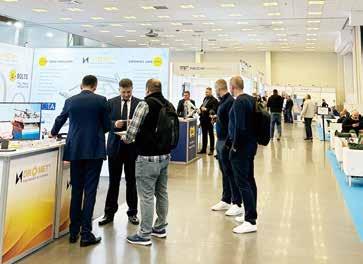
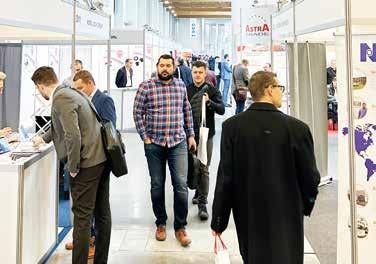






D116
FASTENER WORLD INC. www.fastener-world.com sales@fastener-world.com.tw
Established in 1987, Fastener World Inc. is a world-renowned marketing media for fasteners, hardware, and industrial components industries. With a team of over 30 years of experience in offering the global industry the most effective marketing solutions and the combination of printed magazines, online B2B platform, representation of leading int’l trade shows, and instantaneous business info service, Fastener World provides the industry with diversified marketing approaches to promote their brand awareness and boost order intake.
Our publications include:
• Fastener World Magazine Bimonthly Edition
• China Fastener World Magazine
• Hardware & Fastener Components Magazine
• Emerging Fastener Markets Magazine
• Fastener World Europe Special Edition
Our publication has a circulation of over 10,000 printed copies per issue sent to more than 200 countries and we participate in at least 30 int’l trade shows per year. We are also the exclusive sales agent in Taiwan of Fastener Fair Global, IFE, Fastener Poland, Fastener Fair India, Fastener Fair Mexico, etc.


D156
BIING FENG ENTERPRISE CO., LTD. www.bf-bestformer.com bf@bestformer.com
Fastener manufacturing technology
D153
BOSS PRECISION WORKS CO., LTD. www.screwboss.com bossp@ms11.hinet.net
Construction fixings
D158
CHI NING CO., LTD. www.nutformer.com.tw sales@chining.tw
Industrial fasteners and fixing, assembly and installation systems, fastener manufacturing technology, services, others: toolings
D136
CHITE ENTERPRISES CO., LTD. www.chite.com.tw chite@chite.com.tw
Industrial fasteners and fixing, construction fixings
D138
DE HUI SCREW INDUSTRY CO., LTD. www.dehuiscrew.com dehui@dehuiscrew.com
Construction fixings
D120
FENG YI TITANIUM FASTENERS (FENG YI STEEL CO., LTD.) www.fengyi-ti.com fengyi.ti@msa.hinet.net
Industrial fasteners and fixing, construction fixings,fastener manufacturing technology, others: titanium fasteners
D152
FRATOM FASTECH CO., LTD. www.fratom-fastech.com thomas.liu@fratom-fastech.com
Industrial fasteners and fixing, fastener manufacturing technology
D118
HOPLITE INDUSTRY CO., LTD. www.hoplite.com.tw hoplite.ind@msa.hinet.net
Industrial fasteners and fixing, construction fixings
D114
INDUSTRIAL TECHNOLOGY RESEARCH INSTITUTE(ITRI) www.itri.org.tw lingchi@itri.org.tw Government agency
D115
JOKER INDUSTRIAL CO., LTD. www.joker-fastener.com info@joker.com.tw Industrial fasteners and fixing, construction fixings, fastener manufacturing technology
D161
KO YING HARDWARE INDUSTRY CO., LTD. www.ko-ying.com.tw koying@koying.com.tw
Industrial fasteners and fixing, assembly and installation systems, fastener manufacturing technology
D117
L & W FASTENERS COMPANY www.lwfasteners.com.tw king-lin@lwfasteners.com.tw
Industrial fasteners and fixing, construction fixings, services
D154
MAC PRECISION HARDWARE CO. www.machardware.com.tw service@machardware.com.tw
Industrial fasteners and fixing, services
D133
MAO CHUAN INDUSTRIAL CO., LTD. www.maochuan.com.tw maochuan@maochuan.com.tw
Industrial fasteners and fixing
D155
RAY FU ENTERPRISE CO., LTD. www.ray-fu.com export@ray-fu.com
Industrial fasteners and fixing, construction fixings
D135
TAI HUEI SCREW INDUSTRY CO., LTD. www.taihuei.com ship@taihuei.com
Industrial fasteners and fixing, construction fixings
D137
TAIWAN INDUSTRIAL FASTENERS INSTITUTE www.fasteners.org.tw tifi.tw@msa.hinet.net Association
D176
TAIWAN PRECISION FASTENER CO., LTD.
www.taiwan-precision-fastener. com
sales@taiwan-precisionfastener.com
Industrial fasteners and fixing, construction fixings
D160
TSUNAMI LTD.
www.tsunami-p.com.tw shuantai.trade@gmail.com
Fastener manufacturing technology
D121
VERTEX PRECISION INDUSTRIAL CORP.
www.vertexprecision.com.tw sales@vertexprecision.com.tw
Industrial fasteners and fixing, fastener manufacturing technology
D162
YESWIN MACHINERY CO., LTD. www.twyeswin.com joanne@twyeswin.com
Fastener manufacturing technology
D159
YI XING SCREW CO., LTD.
yixing-fastener.tw allmarktw1979@gmail.com
Industrial fasteners and fixing, construction fixings, assembly and installation systems
D157
ZHISHAN XING ENTERPRISE CO., LTD. www.fastener-world.com/ en/supplier/zhishan zhishan.xing@msa.hinet.net
Industrial fasteners and fixing, fastener manufacturing technology, services
VERTEX PRECISION INDUSTRIAL CORP.
www.vertexprecision.com.tw
Vertex Precision was established in 2005, which is an IATF 16949 certified manufacturer located in the heart of fastener industry in Kaohsiung, Taiwan. We supply fastener solutions to our customers. Vertex specializes in manufacturing of custom fasteners and serving our customers in various industries.
And our advantage is to help customers save cost and time for the turning parts to cold forging plus secondary operation!
YESWIN MACHINERY CO., LTD. www.twyeswin.com
Yeswin Machinery specializes in the development and manufacturing of cold forging machines tailored for the construction hardware and automotive fastener industries. Our product line— ranging from 3-die 3-blow to 5-die 5-blow bolt former models—is ideal for producing hex screws, flange bolts, wheel bolts, and high-strength structural fasteners. Besides the standard fastener models, Yeswin also offers 5-die 5-blow to 7-die 7-blow parts former machines used for forming various complex parts. These models utilize multistation advanced molding technology and automation mechanisms, provide greater forging power, and feature larger cut-off diameters to handle the production of more complexshaped parts and fasteners. They are suitable for the automotive, electronics, construction, medical machinery, furniture and home appliance, aerospace, and other industries. Engineered for precision, durability, and efficiency, our machines support automatic feeding, servo controlled systems, and are fully compatible with in-line threading operations to enable seamless, high-efficiency production. With a focus on extended tool life and stable performance, Yeswin meets the evolving needs of fastener manufacturers worldwide, supporting fastener makers with reliable, production-ready solutions.
RAY FU ENTERPRISE CO., LTD. www.ray-fu.com
Founded in 2000, Ray Fu is a professional manufacturer and exporter of wires and fasteners, offering an integrated one-stop service that includes wire production, screw manufacturing, heat treatment, surface treatment and packaging. These products are widely applied in construction, home renovation, and automotive components, earning strong recognition across global markets.
Committed to excellence, Ray Fu has obtained international certifications including ISO 9001, ISO 14001, IATF 16949, AS 9100D, CE, and ETA. With a solid foundation in quality and service, Ray Fu is well equipped to support diverse industry needs and looks forward to contributing to future projects worldwide.
DE HUI SCREW INDUSTRY CO., LTD. www.dehuiscrew.com
Since 1988, De Hui Screw Industry Co., Ltd. has been a professional screw manufacturer in Tainan, Taiwan. Founded by President CHEN CHINTE, we have built a reputation for excellence by focusing on superior quality, exquisite packaging, prompt delivery, and thoughtful service.
We specialize in construction screws, offering a comprehensive range of fasteners, including SELFDRILLING, STAINLESS STEEL, ROOFING, WOOD, AND DRYWALL SCREWS. We also produce custom fasteners based on customer drawings and samples, or to meet international standards like DIN7504.
Our commitment to quality is paramount. We work with trusted partners for specialized processes like heat treatment and finishing, ensuring rigorous quality control throughout the entire production process. Our inhouse Quality Assurance Department, equipped with advanced testing equipment, performs meticulous checks from raw material intake to final delivery. This dedication to excellence has made us a leading force in the Southern Taiwan fastener industry and your ideal choice for all your screw needs.
MAO CHUAN INDUSTRIAL CO., LTD.
www.maochuan.com.tw
OFFER THE BEST EXPERIENCES TO TIER 2 AUTOMOTIVE SUPPLY CHAIN & TIER 1 AUTOMOTIVE CUSTOMERS
A professional stamping parts supplier, Mao Chuan Industrial is a qualified manufacturer of Tier 2 automotive supply chain, and is also an IATF 16949 and VDA 6.1 certified manufacturer. We have a wide range of products, including automotive metal domes, clips, cable ties, washers, caps, weld nuts and diversified customized products. All raw materials are sourced from non-conflict mining countries and comply with EU RoHS and Reach regulations. The products meet the various mechanical characteristics in automotive regulations in tests. Mao Chuan is also a major brand with experience in European automotive supply chains.
Our automatic stamping machines are networked and visualized to control the production line productivity in real time. They have also developed customized automatic assembly machines that combine AOI and automatic packaging lines to improve production efficiency and yield through "smart" manufacturing. The entire internal process follows ISO/IATF/VDA quality management standards, and the external process is in line with ISO/IATF/CQI heat treatment and electroplating manufacturers to meet customers’ PPM requirements.
We focused on Carbon Reduction and Labour Force Trends and we also completed 80% of the greenhouse gas inventory and expects to conduct an ISO 14064, ISO14067 product carbon footprint certification by 2025, and become a green venture.
TAI HUEI SCREW INDUSTRY CO., LTD.
www.taihuei.com
We are a professional screw manufacturer established in 1980. Our factory is located in Tainan, Taiwan. We have rich experiences in producing screws, and we provide our customers screws with excellent quality, reasonable prices, and best services. We also help customers to design customized products for the purpose of developing separated markets. We possess 70 sets of heading machines and 70 sets of threading machines. Our production range is from M2 to M10, length is up to 400mm. The maximum capacity is 600 tons per month. Also we have our own packaging department to satisfy different packing demands. Continuous investment in forming machines, quality control facilities, and packaging equipment makes us more efficient from producing to packaging!
TSUNAMI LTD.
www.tsunami-p.com.tw
Founded in 2003 in Taiwan, Tsunami Precision Mold Ltd. specializes in high-precision molds for the global fastener industry. With over 20 years of experience, we design and manufacture header dies, punch pins, and carbide tooling for cold forging applications.
We use premium tool steel and carbide materials, processed with advanced CNC, grinding, and EDM equipment. Our in-house heat treatment and strict inspection ensure dimensional accuracy, durability, and stable quality.
Tsunami’s molds are widely used in automotive, construction, and electronic fasteners. We work closely with global clients to provide custom tooling solutions, especially for complex shapes or extended tool life.
Committed to innovation and global service, Tsunami offers technical support, trial production, and co-development. We are your reliable partner for precision, speed, and longterm value.
ZHISHAN XING ENTERPRISE CO.LTD.
www.fastener-world.com/en/ supplier/zhishan
With over 20 years of experience in manufacturing and exporting in the fastener industry, Zhishan Xing specializes in self-drilling screws, selftapping screws, stainless steel screws, machine screws, bolts, and more.
Backed by extensive knowledge and expertise in research and development, we support our customers in creating their own functional and customized products. Our advanced packaging facilities accommodate a wide range of packaging needs, from bulk packs to small and DIY retail packs.
Committed to honesty and integrity, we strive to build longterm, win-win partnerships with our customers. Zhishan Xing is your trusted partner for professional manufacturing, competitive pricing, on-time delivery, and efficient service.
FENG YI TITANIUM FASTENERS (FENG YI STEEL CO., LTD.)
www.fengyi-ti.com
Feng Yi Titanium Screw has specialized in manufacturing titanium fasteners for over 15 years, exporting to more than 25 countries. Our flexible production and customized services have earned high praise from over a hundred domestic and international clients. We also maintain readily available stock of common metric and imperial sizes to meet urgent demands.
Through our independently developed forging technology, we provide you with safer, more durable, and higher-quality titanium screws. In addition to our standard off-the-shelf products, we can also develop and design various customized special titanium parts based on your drawings or through collaborative development. We are definitely a partner you won't want to miss.
Feel free to contact Feng Yi at any time to further explore the mysteries of titanium fasteners.
CHITE ENTERPRISES CO., LTD. www.chite.com.tw
We, Chite Enterprises Co., Ltd, specialize in various fastener products (screws, bolts, nuts per standards and drawings). We have factories and branch offices in Taiwan, Vietnam and China. With our manufacturing experience and various sources, we provide wide ranges of fasteners with high quality and competitive prices.
Below are the list of Chite's advantages.
• Have established factories in Taiwan, Vietnam and China, providing customers with different options in purchasing.
• wide range of product sizes and items with high quality.
• 30 years of fastener manufacturing and trading experience, exporting fasteners to over 80 countries.
• CE certificate of EN 14566 and EN 14592.
• TAF certified QC lab test before each shipment.
• Great sourcing ability for various kinds of products with competitive prices.
As Europe’s infrastructure focus shifts eastward and the massive reconstruction demand brought by the Russia-Ukraine war continues, the fastener market in Central and Eastern Europe is embracing unprecedented business opportunities. With over 40 years dedicated to the fastener industry, Joker Industrial, Taiwan’s first leading brand to obtain the EU ETA certificate for concrete screws in 2014, will make a grand appearance at Fastener Poland. Leveraging patented technology and digital innovation, Joker Industrial aims to secure long-term development and customer trust in the local market.
The company points out that Eastern Europe has been deployed over the years by advanced manufacturers from Western Europe, China, Japan, and South Korea, driving local growth. Additionally, the destruction caused by the Russia-Ukraine war has exceeded estimation. Poland, with its people culturally and linguistically close to Ukraine, has seen increased exchanges since the war began. Therefore, tire-1 to tier-3 suppliers of construction materials alone cannot fully meet local reconstruction demand. Joker Industrial, with its technological leadership, outstanding quality, and excellent service, is confident in elevating both quality and quantity in the Central and Eastern European market.
This exhibition will feature Joker Industrial’s ETA-certified carbon steel and 316 stainless steel concrete anchor screws. This year, this entire product series also received fire and seismic certifications, offering clients 3 distinct advantages: certified reliability, cost-effectiveness, and high quality. Another star product, the patented hollow wall anchors, is designed from the users’ perspective, ensuring that both professional construction teams and DIY users can easily and securely install it. The safety after installation and positioning will not be compromised as a result of varying levels of expertise. The lightweight patented product, Easy Anchor, focuses on ESG by reduced use of zinc alloy materials, while providing more stable locking power than conventional anchors, balancing high quality with environmental sustainability. Joker Industrial excels at collaborating with clients who provide comprehensive technical support to professional local enduser constructors, and develops patented fasteners to meet end-user needs, consistently achieving high customer satisfaction.
Having cultivated the European market for many years and established a good reputation and brand awareness, the company’s own production lines support both OEM and ODM services, flexibly helping clients develop new products with excellent quality and fair pricing, which are key to maintaining a foothold in the market. In addition, collaborating with the German software company DesignFix, the company has launched a digital load calculation software for anchor bolts which assists engineers in simulating on-site load conditions, completing design planning in advance, improving work efficiency, ensuring construction safety, and saving rework time and costs—making this a unique value-added service from Joker Industrial.
Joker Industrial’s contact: Ryan Huang, Product Manager
Email: info@joker.com.tw
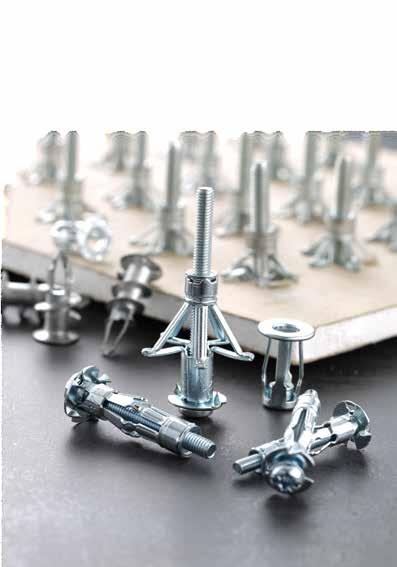


The company believes that the rapidly changing global situation, ongoing wars, U.S. tariff impact on global industrial deployment, ESG requirements, and the rise of far-right conservatism pose severe challenges to globalization and division of labor. Small and medium enterprises find it difficult to cope with sudden shocks. Only by building a good reputation and cultivating deep relationships and mutual understanding with clients can there be room for survival. Currently, Joker Industrial’s clients are spread across Europe, the U.S., New Zealand, Australia, and Japan. Central and Eastern Europe remains a market with untapped potential. The company looks forward to deepening client ties and expanding local sales and brand influence through the Poland show. It is committed to quality and service, partnering with European collaborators to create a construction future that is safe, efficient, and environmentally friendly, injecting new momentum into the fastener industry.
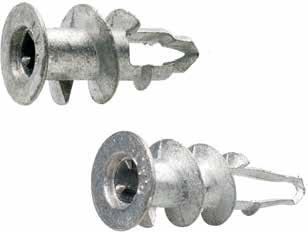
Copyright owned by Fastener World / Article by Dean Tseng
With the global supply chain and manufacturing landscape shifting, Central and Eastern Europe has become an emerging market for Taiwanese companies to expand into. Known for its technological R&D and diverse manufacturing capabilities, L & W Fasteners Company will leverage the Poland show to gain in-depth insights into the industrial trends and client needs in Poland and Central and Eastern Europe. The company seeks fastener distributors and technical agents with strong technical expertise and knowledge of the local market. Through flexible OEM/ODM production capacity and customized services, L & W seeks to establish long-term partnerships to jointly capture the high-end alloy fastener market.
For the upcoming show, L & W has chosen to present the high-performance Monel® K500 screws. Thanks to its unique nickel-copper alloy composition (including aluminum and titanium), the product demonstrates unparalleled corrosion and high temperature resistance in the market. It is a precipitation-hardened alloy, stronger than Monel 400, maintaining stable mechanical properties from -200°C to 480°C.
After heat treatment, it achieves a tensile strength of 960 MPa, yield strength of 690 MPa, elongation ≥ 20%, and hardness of HRC 22 to 35. Manufactured according to ASTM B865 and ASME B18.2.1 standards, it offers customized sizes from M6 to M48, meeting diverse highend applications in oil and gas, shipbuilding, offshore wind power, chemical equipment, and military aerospace.
L & W boasts multiple advantages. Leveraging Taiwan’s R&D strength and cost control at its production base in East China, the company achieves flexible location switching and capacity scheduling, balancing quality and competitive pricing. It is skilled at adjusting materials and craftsmanship according to clients’ drawings to develop customized solutions.
In quality control, the company is ISO 9001 certified, maintaining complete records from material certificates (MTC), heat treatment reports, to coating inspections, and provides proof of third-party certifications such as SGS and BV. Its thread and critical dimension accuracy reaches PPM levels, supporting full inspection and image sorting.
With a monthly capacity of several million pieces, the company can simultaneously supply standard products and large volumes of customized items. It arranges safety stock, annual contracts, and batch deliveries based on demand, flexibly meeting market needs. In addition, it offers branded customized packaging and barcoding services to improve logistics efficiency and brand recognition.
L & W’s global export footprint covers North and South America, Western Europe, New Zealand, Australia, and South Africa. Central and Eastern Europe is still in the early stages, with 2025 marking the company’s first attempt to enter this market. Over the next three years, the company strives to establish a stable export and partnership network. Participating in the Poland show is key to building initial contact with potential clients in Poland, the Czech Republic, Slovakia, and facilitating sample shipments and small-batch collaborations. The company plans to focus on energy equipment, chemical machinery, construction steel structures, and MRO industries to build a long-term supply system while advancing certification of packaging, labeling, and testing to meet European technical standards.
With the technical advantages of Monel K500 alloy fasteners, flexible production system, and quality control, L & W pledges to bring high value to the European market, aiming to create win-win partnerships with European collaborators and promote diversified development and upgrade in the global manufacturing industry.
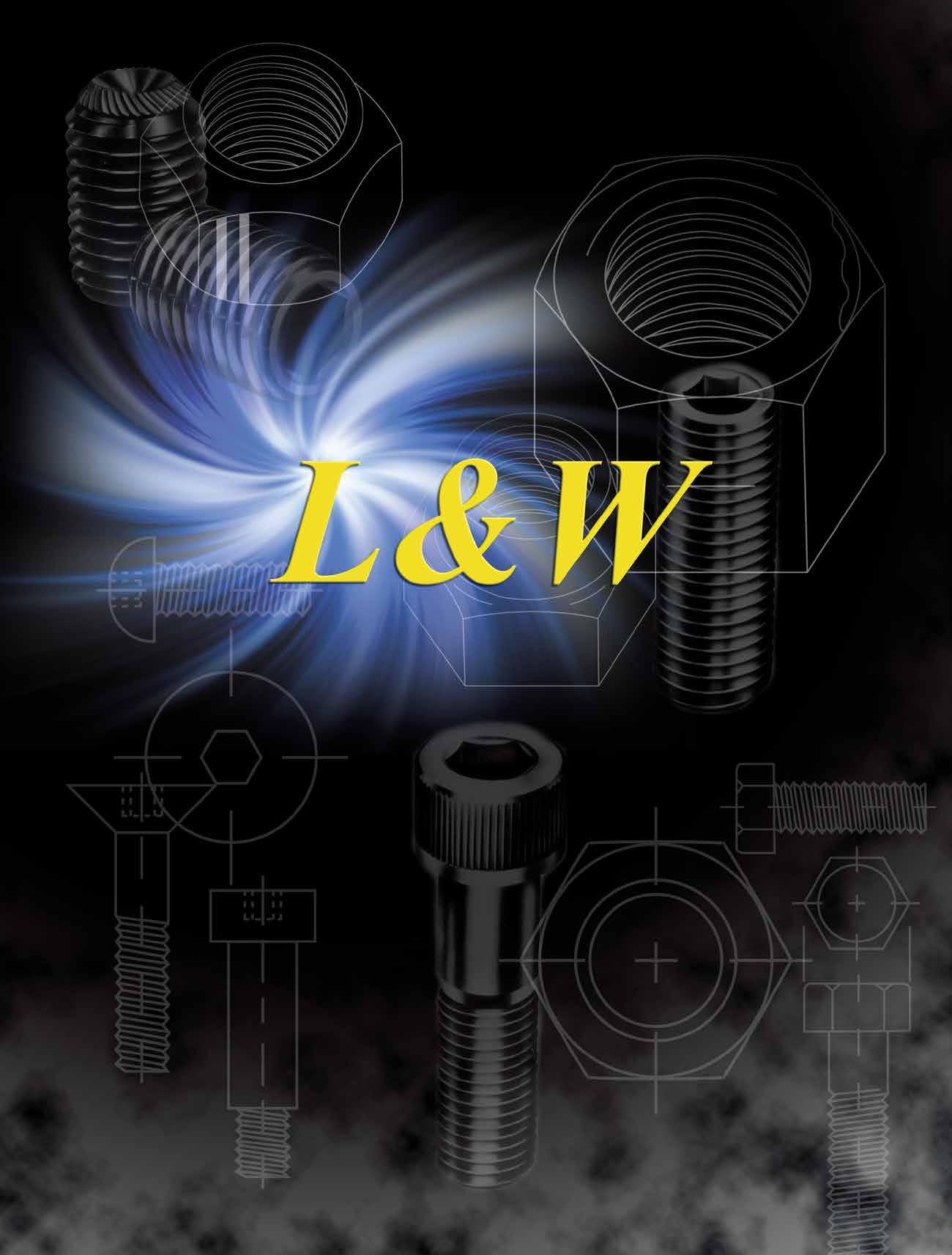
L & W’s contact: Mr. Sky Lin, Vice General Manager
Email: lw.skylin@lwfasteners.com.tw



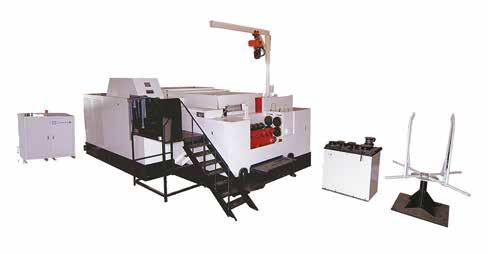
Driven by the global trend toward regionalized and localized supply chains, Central and Eastern Europe is becoming a new battlefield for the manufacturing industry. Biing Feng believes that Taiwan’s conventional industries should not be confined to the domestic market but must actively expand into emerging markets. As a trade and logistics hub in Central and Eastern Europe, Poland serves as an important springboard for entering the region. Considering its market potential, geographic location, and cultural-economic development, Poland is strategically significant and the top choice for exhibition.
Focusing on the design and manufacture of cold forging machines for nuts, Biing Feng is responding to the massive reconstruction demand following the Russia-Ukraine war by actively expanding in this region. The company will showcase its stable and cost-effective cold forging machines in Poland, aiming to provide local buyers with the best channel to quickly access high-quality Taiwanese-made machinery.
Biing Feng’s nut cold forging machines adhere to using high-quality processed materials from Taiwan, with only parts like bearings and inverters sourced from European brands to ensure stable performance. The machines are not only easy to operate but also have an extremely low failure rate, making them well-suited for various nut cold forging processes and meeting the strict stability and durability requirements of Central and Eastern European clients.
Additionally, customized adjustments are also available to flexibly tune machine parameters according to the manufacturing needs of different products, helping customers rapidly improve production efficiency and quality to create tailored production solutions.
Biing Feng will particularly target automotive, construction, furniture, and aerospace fastener manufacturers in Central and Eastern Europe at Fastener Poland this year, with the hope of building partnerships with upstream and downstream enterprises. The company remains open to welcoming both end-users and distributors or agents for diversified collaboration, striving to build a cross-industry win-win ecosystem.
In the highly competitive Central and Eastern European machinery market, Biing Feng aims to attract clients with cold forging machines of excellent cost-performance. The company points out that many fasteners do not actually require high-end machinery for production. Instead, appropriate equipment can already meet production needs. Compared to expensive European brands, Biing Feng’s products guarantee quality and durability while significantly reducing clients’ equipment investment costs. This economic efficiency and the optimal balance between cost and performance are highly favored by Central and Eastern European customers.
Biing Feng’s contact: Gisele Liu
Email:bf@bestformer.com
Biing Feng’s products hold a very high market share in Taiwan, with full-fledged technology and stable quality, earning strong client trust. Compared with overseas competitors, Biing Feng’s advantage lies in price competitiveness and the ability to accompany machine exports with support to help overseas clients adopt Taiwan’s comprehensive fastener forming knowledge and practical experience. This is the company’s key added value.
Currently, the company focuses sales on Taiwan, China, India, Turkey, Iran, and Southeast Asia. This is the first attempt to expand into the Central and Eastern European region, aiming to understand the local market structure and production trends through Fastener Poland to lay the groundwork for the future. Biing Feng will continue to optimize product and service quality, go deeper into the Central and Eastern European region, and join hands with partners to embrace the wave of global manufacturing regionalization. AD Page: 279
Copyright owned by Fastener World / Article by Dean Tseng
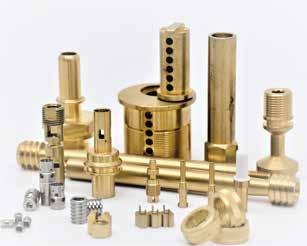
The global automotive industry supply chain is undergoing shifts and upgrades. In response to the trend of automotive manufacturing moving eastward, Central and Eastern Europe is experiencing rapid growth in demand for high-quality special fasteners. MAC Precision Hardware, focusing on high-precision customized automotive parts production, leverages nearly 50 years of experience and diverse process integration technologies to actively expand its client base in Central and Eastern Europe.
MAC Precision Hardware will be exhibiting in Poland to gain deeper insights into the local demand for high-quality special fasteners. Inquiries in the automotive sector are becoming increasingly diverse and stringent, perfectly aligning with the company's core product strategy of manufacturing high-precision special automotive fasteners. The company will showcase fully customized high-precision CNC machined parts, including inserts, standoffs, shafts, bearings, and bushings, made from carbon steel, stainless steel, alloy steel, aluminum, brass, and other materials to meet the stringent standards of the automotive industry.
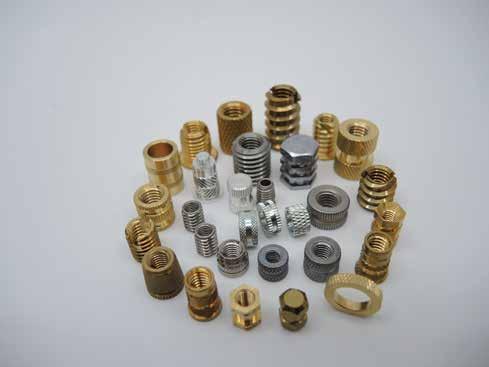
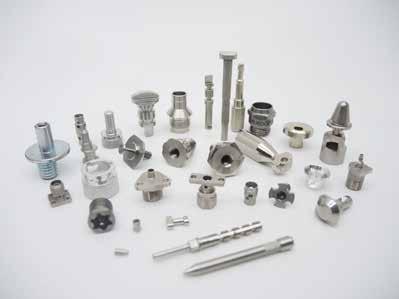
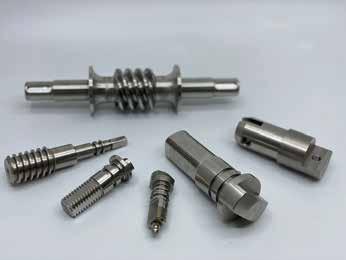
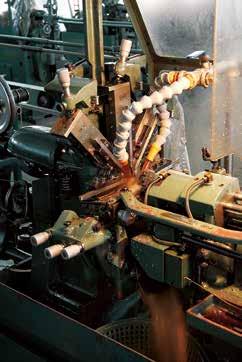

The company’s core strengths also include its professional service team and rapid responsiveness—not just customized production based on customer drawings but also flexibly integrated processes such as cold heading, stamping, hot forging, machining, and secondary processing. This helps clients control costs while enhancing quality competitiveness, offering efficient, cost-advantageous and complete solutions.
With multi-year investment in advanced quality control equipment, the company added a brand-new Coordinate Measuring Machine last year to ensure every shipment meets the highest quality standards. This commitment has enabled the company to maintain steady growth amid global economic fluctuations, achieving 20% growth in 2024 compared to two years prior, and expecting to sustain over 10% growth in 2025.
Facing a fluctuating global climate and trade barriers, the company holds a production base in both Taiwan and China and is evaluating the establishment of a new site in Vietnam to diversify risk and offer more flexible supply chain options. Furthermore, the company maintains close collaboration with clients to stay abreast of EU regulations and policy changes, swiftly adjusting strategies to ensure compliance and maximize clients’ benefits.
The company shares that current demand for automotive parts in Central and Eastern Europe is significantly increasing, with major European distributors gradually setting up local bases. It believes that securing a position in this market ahead of time is a crucial AD Page: 91
MAC Precision Hardware’s contact: Willis Tung, Sales Manager
Email: willis@machardware.com.tw
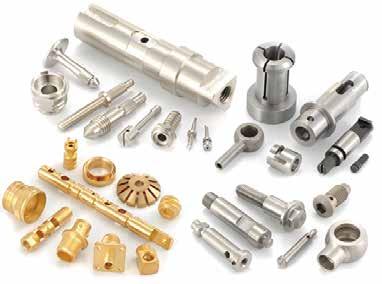
opportunity for future growth, looking forward to building channels to directly communicate demand through the exhibition, and strengthening a leadership position in the special fastener field.
The company not only provides customized production but also supports clients from the drawing and design stage, assisting in design optimization and cost reduction. This greatly improves downstream mass production efficiency and quality, continuously securing repeat and redirected orders from clients. This deep collaboration model is a key reason for steady development in Central and Eastern Europe. Looking ahead, MAC Precision Hardware will continue upholding a customer-first spirit, embracing diverse challenges in Central and Eastern Europe, and seizing every growth opportunity to become the most trusted partner in the special fastener field.
Copyright owned by Fastener World / Article by Dean Tseng

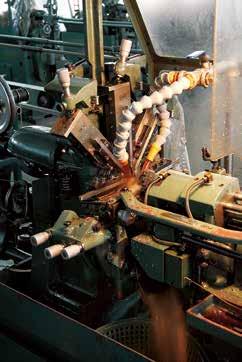
AD Page: 288


Fratom Fastech will showcase its technical expertise in cold and hot forging tools, punches, and dies at Fastener Poland. With demand in Poland and Central and Eastern Europe rising sharply, the company not only continues to deepen relationships with local clients but also actively expands into potential markets. The company reports a significant increase in new clients from Poland this year, sensing rapid growth in demand from the region. Through face-to-face exchange at the show, the company aims to gain a deeper understanding of clients’ needs and expectations, further expanding its market footprints in Poland and across Central and Eastern Europe. Poland’s geographic advantage as a trade hub connecting multiple European countries is expected to provide a solid foundation for Fratom Fastech’s development in Europe.
The company will exhibit multiple key products representing “Made in Taiwan” high-end quality, including braze carbide, trimming dies, hex punches, and six-lobe punches. The braze carbide products are more cost-effective than all-tungsten steel and offer longer lifespan than conventional steel materials. The company emphasizes its mature technology and quick delivery, giving clients peace of mind. The trimming dies include various specifications such as round hole, square hole, and hexagonal hole, meeting diverse processing needs. Hex and six-lobe punches are Fratom Fastech’s best-selling products, made from high-speed steel, powder steel, and tungsten steel. The company also produces 12-point punches, demonstrating outstanding technology and production capacity.
Fratom Fastech not only manufactures various punches and pins but also supplies sleeves, transport fingers, machine spare parts, dies, and various dies for forging, offering clients one-stop solutions. It stresses its ability to produce according to clients’ drawings and provides design optimization advice based on rich experience to help extend product life. It is also eager to assist with any issues encountered during testing, showcasing its complete customized service capabilities.
Fratom Fastech’s contact: Thomas Liu, Manager
Email: info@fratom-fastech.com
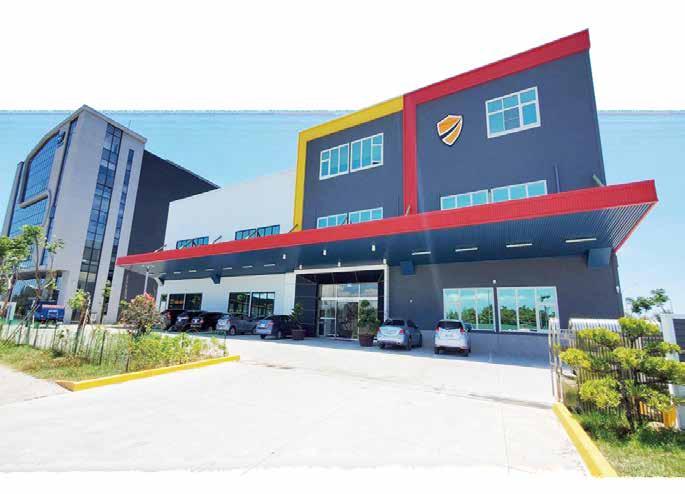
The company has acquired both ISO 9001 and ISO 14001 certifications, meeting international standards in quality management and environmental protection. This greatly enhances clients’ confidence in Fratom Fastech, and combined with its fast processing efficiency, makes it a strong competitor in the Central and Eastern European market.
Fratom Fastech’s exports cover Europe, the U.S., and Oceania, with Europe accounting for approximately 70% of total sales. Thanks to Central and Eastern Europe’s edge in labor cost, orders are increasingly shifting to this region. The company is leveraging this opportunity to accelerate market expansion and capacity deployment.
Additionally, the company continues to monitor the latest EU environmental and carbon emission standards, integrating relevant regulations into its R&D and production processes early on to ensure compliance with strict requirements. It actively participates in local exhibitions to increase brand exposure and steadily improve market share. With mature technology and a flexible supply chain, Fratom Fastech looks forward to building long-term partnerships with more local end-users and fastener manufacturers in Poland, jointly creating a win-win future!
In response to the United States' implementation of reciprocal tariffs, which has once again disrupted the global supply chain, the Tainan City Government Economic Development Bureau is actively integrating high-quality local industries to strengthen overseas market diversification and mitigate international market risks. To assist small and medium-sized enterprises in overcoming export challenges, the city has commissioned the Industrial Technology Research Institute (ITRI) to implement the "Trade Expansion Program for Non-U.S. Markets" in 2025. As part of this initiative, Poland—a major European hub—has been selected as the target market. Tainan's metal fastener industry players will participate in the 2025 FASTENER POLAND - Fastening & Fixing Trade Fair in Kraków to connect directly with local buyers, promote diversified product deployment, and enhance their global presence.
The Tainan City Government is proactively addressing global supply chain shifts and the impact of U.S. reciprocal tariffs by promoting a diversified international market strategy. In response to rapidly evolving global industry dynamics, the city adheres to the principle of “swift response and industry-first,” aiming to help local SMEs overcome export challenges and explore new opportunities in the European market. By participating in major international exhibitions, the initiative not only showcases Tainan’s high-quality products but also strengthens industrial diversification and export capabilities.
From October 15 to 16, 2025, ITRI will lead a delegation of metal fastener industry representatives from Tainan City to participate in the “FASTENER POLAND 2025 Exhibition” at EXPO Krakow, Poland. Participating companies include Yeswin Machinery Co., Ltd.; Fastener Jamher Taiwan Inc.; L & W Fasteners Co., Ltd.; Shaw Guang Enterprise Co., Ltd.; Boltun Corp., Apex Fastener Co., Ltd.; De Hui Screw Industry Co., Ltd.; QST International Corp. and Unistrong Industrial Co., Ltd.
The delegation's core technologies encompass the design and manufacturing of multi-station forming machines, screw forming machines, and peripheral equipment, as well as the design and production of screws, nuts, bolts, rivets, and specialized components showcasing Tainan’s innovative industrial capabilities. This year's exhibition will bring together industry players from around the world, covering sectors such as industrial fasteners, construction fixings, manufacturing technologies, assembly and installation systems, warehousing logistics, and related services. As the premier industrial exchange platform in Central and Eastern Europe, the event hosts over 150 exhibitors from 18 countries annually and attracts nearly 3,000 professional buyers, with international attendees comprising 46% highlighting significant business potential.
The exhibition will feature a "three-in-one" format, combining on-site showcases, matchmaking with potential buyers, and cross-border enterprise visits. This approach aims to help Tainan companies connect directly with the European industrial market, secure export orders, and foster international collaboration. Exhibiting companies will present cutting-edge fastener solutions, fixing technologies, and manufacturing techniques that reflect the latest trends in Industry 4.0 and smart manufacturing. This event serves not only as a key platform for Taiwanese industries to expand into Europe but also as a vital global venue for networking, cooperation, and innovation within the fastener industry.
ITRI emphasized that by targeting the Fastener Poland exhibition in Europe, it aims to accelerate the international expansion of the metal fastener industry chain and promote the diversified deployment of local products. Amid global supply chain disruptions, the city hopes that Tainan enterprises can seize early market opportunities and forge new paths for international cooperation, transforming the slogan “Hand in hand with Tainan, moving forward with the world” into concrete, tangible action on the global stage.
Contact Person: Mei-Hui Fan-Chiang, Central Region Campus, ITRI
E-mail: itri527081@itri.org.tw
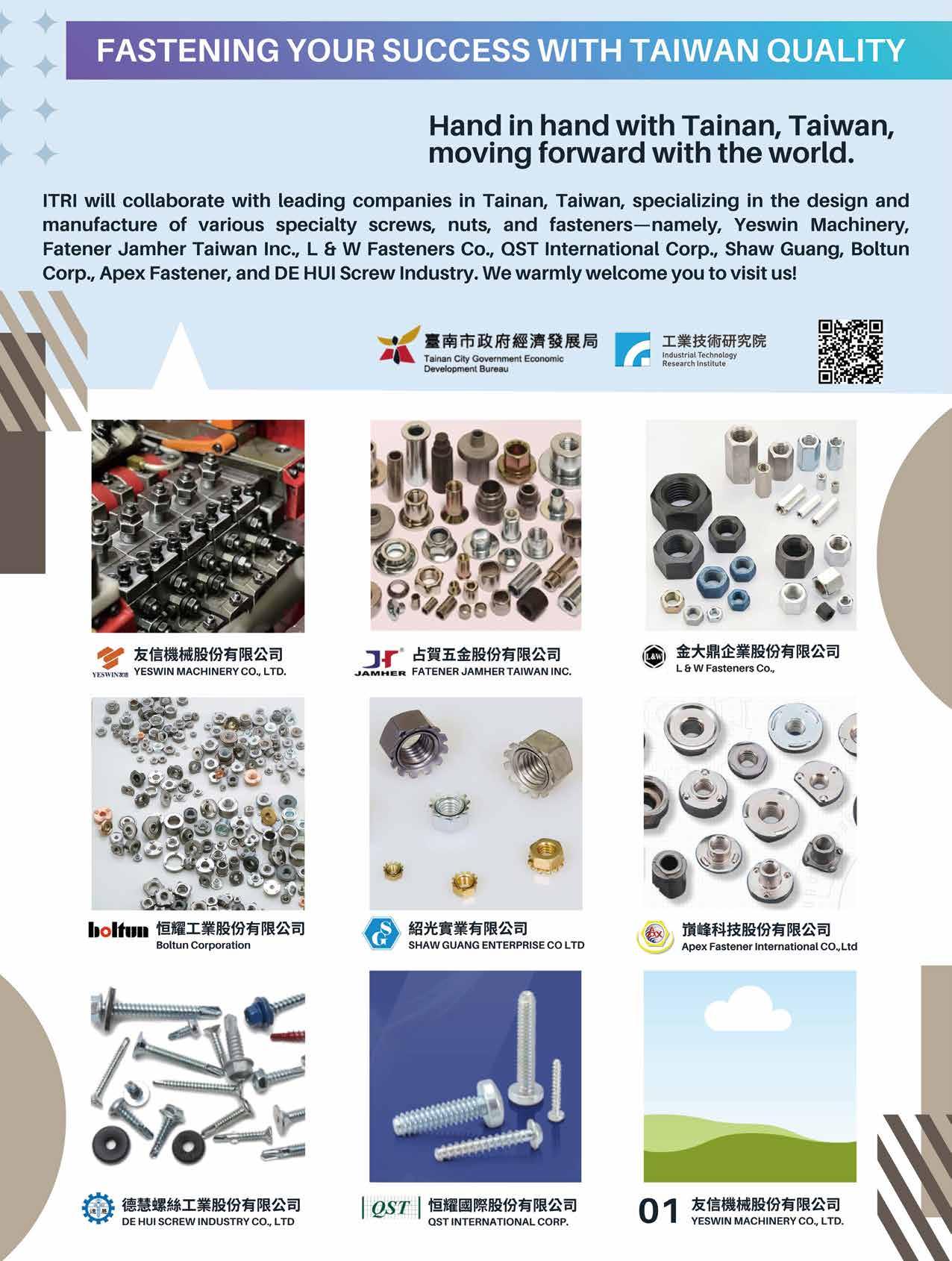



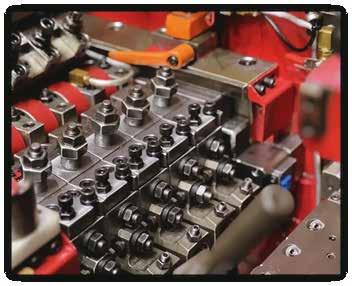

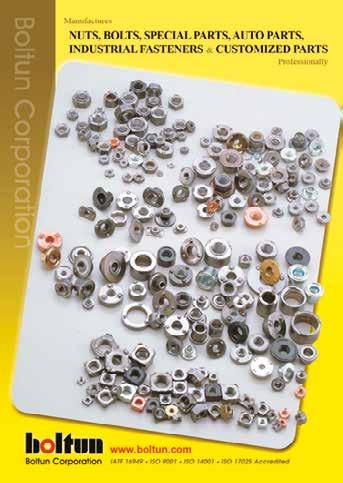



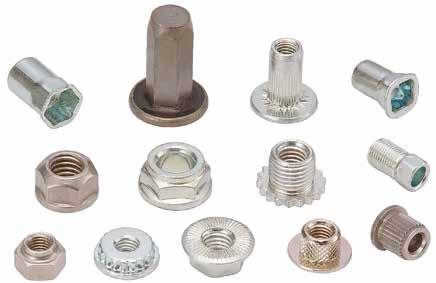

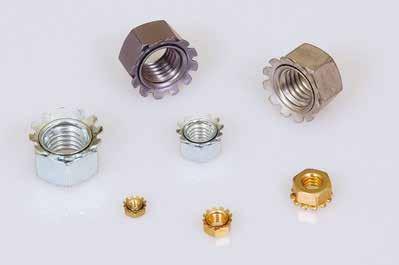

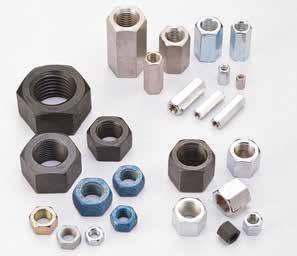
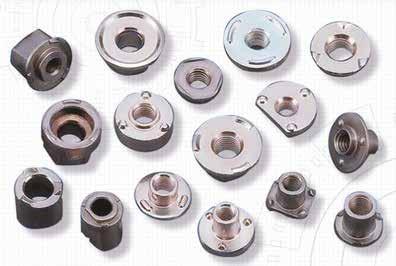

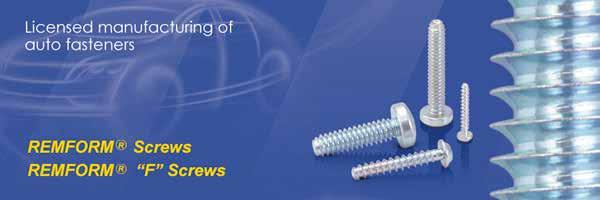


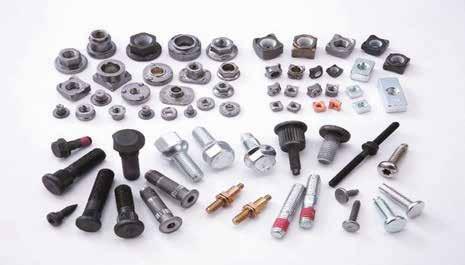



Poland's economy expanded by 2.9% in 2024 despite pressures from energy costs and EU Green Deal transitions. Industrial output particularly in automotive, white goods, and general machinery remains a major contributor to GDP, accounting for nearly 22% as of late 2024 (Statistics Poland, 2025). This industrial strength supports robust demand for both basic and specialty fasteners, alongside a growing appetite for advanced fastening tools.
According to data from the Polish Agency for Enterprise Development (PARP), Poland imported approximately €214 million worth of fasteners and fastening components in 2024, marking a 4.1% year-over-year increase. At the same time, exports reached €176 million, with a strong presence in markets such as Germany, the Czech Republic, Slovakia, and Sweden. Much of this trade focuses on bolts, screws, nuts, washers, and rivets made from steel, brass, or aluminum.
The fastening tools market also registered a noticeable expansion, with total imports of power-driven tools valued at over €96 million, supported by demand across automotive plants, construction sites, and light manufacturing facilities.

Poland is one of Europe’s largest vehicle component producers, housing over 300 tier-1 and tier-2 automotive suppliers. Electric vehicle (EV) production continues to rise in Katowice and Lower Silesia, driving up the use of lightweight aluminum fasteners, blind rivets, and vibrationresistant locking systems. These trends correspond with Poland’s export of specialized automotive fasteners valued at €64 million in 2024 alone (Eurostat, 2025).
Fastener consumption in Poland’s construction sector rose by 6.3% in 2024, according to the National Association of Construction Manufacturers. EU recovery funds and public-private partnerships continue to support road, rail, and residential projects. This has significantly increased demand for anchor bolts, heavy-duty expansion plugs, and galvanized steel fasteners.
As a major production hub for appliances and consumer electronics, Poland’s manufacturing sector uses high volumes of smalldiameter screws, captive fasteners, and torque-controlled assembly tools. The sector’s output grew 5.4% in 2024, according to GUS (2025), amplifying domestic consumption of high-precision fasteners and related tooling systems.
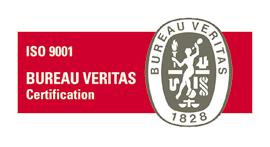



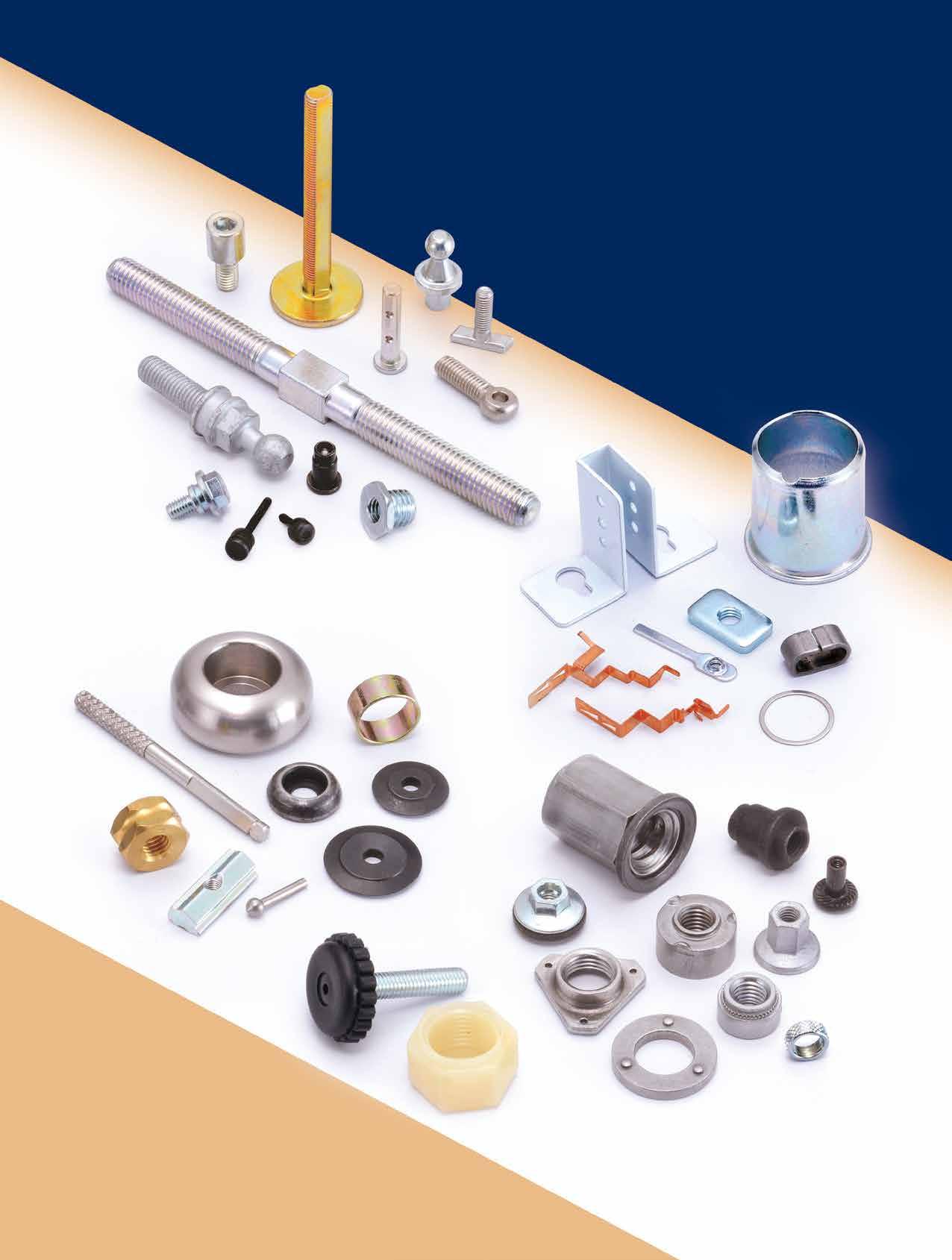

The fastening tools segment in Poland is evolving with a clear shift toward digitized and ergonomic solutions. Key trends in 2024–Q1 2025 include:
- Cordless Electric Tools: Demand surged by 8.1%, led by battery-operated torque wrenches, impact drivers, and angle grinders.
- Smart Assembly Tools: Increasingly adopted in automotive and aerospace manufacturing. These tools allow for torque verification, data logging, and MES integration.
- Growth in SME Usage: Affordable imports from Taiwan, Germany, and China have increased availability among SMEs involved in furniture, metalwork, and machine maintenance.
Retail and B2B e-commerce for fastening tools also gained momentum, now comprising roughly 27% of total sales, particularly among younger and digitally inclined buyers.

The table below summarizes Poland's key fastener-related trade figures for 2024 and early 2025 (source: Eurostat, UN Comtrade, 2025):
This data reflects a broadly expanding market, with construction fasteners and power tools showing the highest annual growth rates, supported by strong public infrastructure spending and industrial automation. The automotive segment maintains solid export strength due to Poland’s role as a Tier-1 supplier in Europe. Meanwhile, the industrial fastener category, though growing more modestly, still represents the highest total trade value, confirming its foundational role in Poland’s manufacturing ecosystem.

Poland remains one of Central Europe’s largest re-exporters of industrial components, acting as a logistics hub for both EU and nonEU flows. According to Volza export shipment data, Poland conducted over 140 distinct fastener export shipments in Q1 2025 alone, with consistent volumes to Hungary, the Czech Republic, Romania, and Germany.
The country’s bonded warehouse infrastructure, road-rail connectivity, and special economic zones (e.g., Katowice Special Economic Zone) enhance its appeal for multinational producers seeking just-in-time supply networks for fasteners and associated tools.

Fluctuating steel and aluminum prices remain a challenge. Steel input costs rose by 7.5% in late 2024, squeezing margins for smaller fastener producers and importers reliant on raw material precision.
While Poland offers a well-educated technical workforce, skill shortages in CNC machining, robotics, and digital tool operation are emerging. This poses a barrier to deeper adoption of advanced fastening technology.
Changes to EU carbon disclosure, REACH compliance, and the incoming Ecodesign requirements for tools are expected to increase costs, particularly for imported fastening systems and subcomponents.

- Invest in corrosion-resistant, weight-optimized fasteners for EV and aerospace clients.
- Embrace digital twin simulation to optimize fastening system design.
- Consider co-locating production with tool providers to create bundled offerings.
- Promote technical education in tool calibration, automation, and mechatronics.
- Simplify certification for SMEs under new EU procurement rules.
- Strengthen bilateral trade facilitation with Baltic and Balkan markets to diversify exports.

Poland’s fasteners and fastening tools sector in 2024–Q1 2025 reflects a growing, strategically vital industry aligned with national manufacturing strengths and EU industrial strategies. As automation and electrification redefine product requirements, Poland’s trade data underscores both opportunity and pressure to innovate. With continued investment in infrastructure, tooling technology, and workforce development, the country is wellpositioned to become a regional leader in fastening systems over the next decade.
Copyright owned by Fastener World / Article by Behrooz Lotfian
References
- Eurostat Trade Database (2025). EU Trade Statistics for Mechanical Fasteners.
- Statistics Poland (GUS). Industrial and Construction Output Reports, Q1 2025.
- Volza Shipment Analytics: Poland Fastener Exports, 2024–2025.
- UN Comtrade Database. HS Codes 7318 & 8467 Trade Flows – Poland, 2024.
- Polish Agency for Enterprise Development (PARP), 2024.
- MarketsandMarkets: Fastening Tools Market – Central Europe Forecasts (2024–2029).
- European Commission, EU Green Deal Implementation Roadmap, 2024–2025.
- Expand digital catalogs and support for e-commerce platforms.
- Integrate after-sales service and tool calibration to enhance value-added offerings
- Target Tier-2 manufacturing firms with modular fastening tool kits.


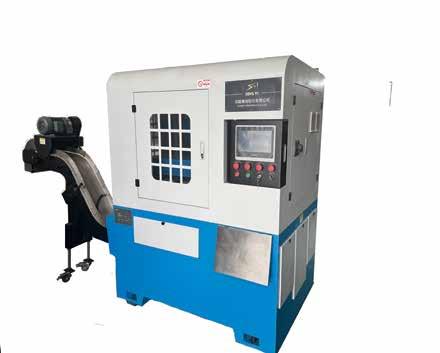
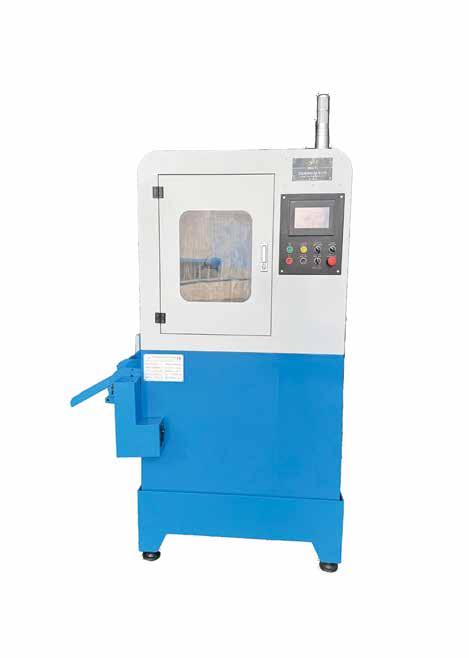





Slovakia may be geographically modest, but its industrial influence far outweighs its size. Tucked between Austria, the Czech Republic, Poland, and Hungary, the country has carved out a place as one of Europe’s most automotiveintensive economies, producing more cars per capita than any other nations in the world. In the first half of 2025, this high concentration of industrial output translated directly into healthy activities in the fasteners and fastening tools market.
While fasteners are a global commodity, Slovakia’ s market is defined by its integration into high-specification applications: vehicle assembly, precision machinery, and increasingly, electrification-related components. H1 2025 showed both steady growth and a subtle shift in product mix toward lighter materials and digitally connected tools.
The Slovak fasteners and fastening tools market in H1 2025 reflected resilience against a backdrop of moderate European growth and lingering global supply-chain adjustments.
• Industrial fasteners were estimated to have generated between USD 280–300 million in the first six months of the year, representing aroud 2.4% growth compared to H1 2024.
• Automotive fasteners expanded at a faster pace—about 5.0% year-on-year—as EV and hybrid production lines in Bratislava, Trnava, and Žilina ramped up.
• Fastening tools, including torque-controlled and battery-powered devices, accounted for USD 75–85 million in market value, growing roughly by 4.0% YoY.
Rather than explosive gains, the story in 2025 so far has been one of incremental strengthening—the kind that creates stability and predictability for suppliers and investors.
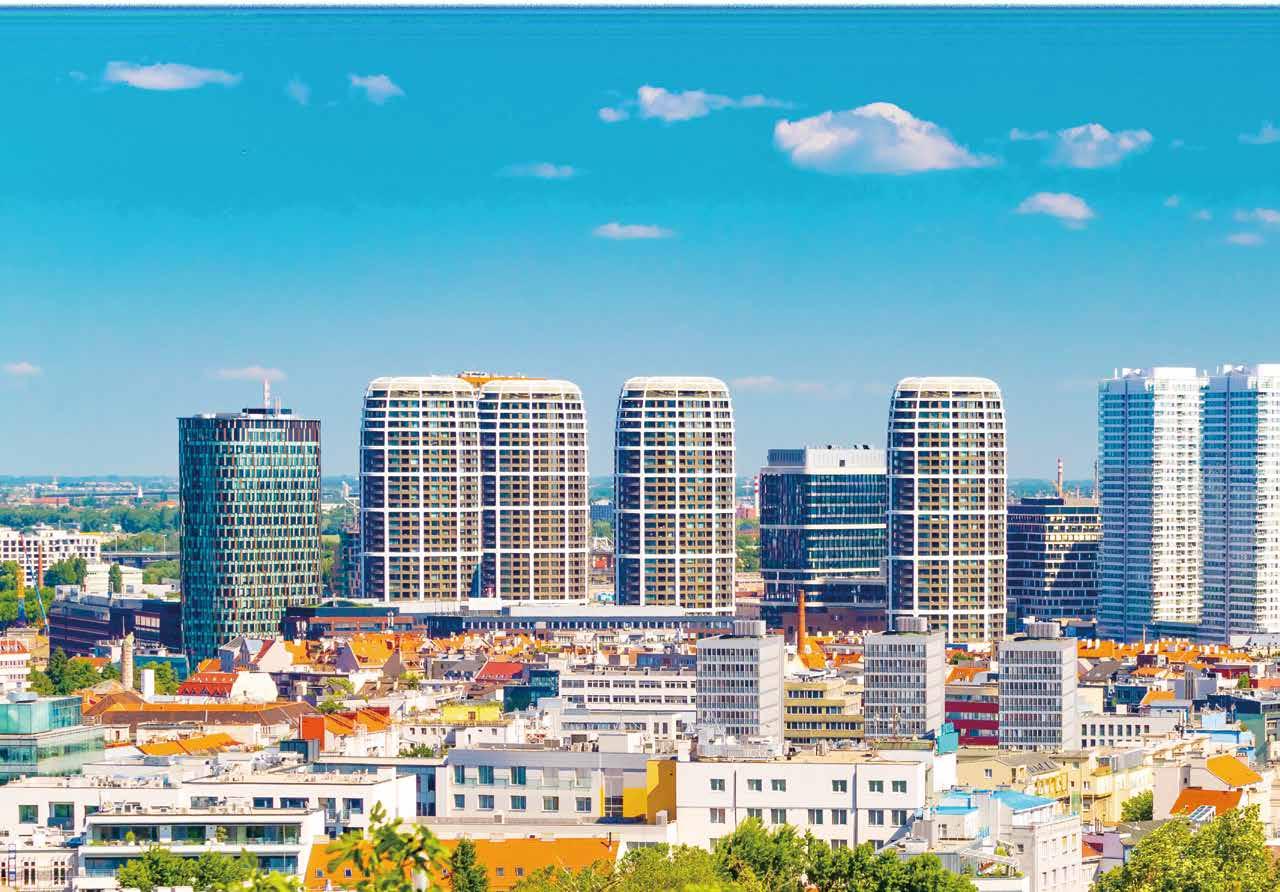
Slovakia’s economy entered 2025 with a manufacturing-heavy profile:
• GDP (nominal): About USD 135 billion, with real growth running at about 2.0% in the first half of the year.
• Industrial share of GDP: Roughly 34%, with automotive, engineering, and electronics leading.
• Unemployment: Near 5.5%, lower than pre-pandemic averages but higher than neighbors like Czechia—helping ease some labor-market constraints for manufacturers.
• Exports: Over USD 100 billion annually, with Germany, the Czech Republic, and France as main destinations. Automotive parts, machinery, and electronics dominate.
This economic composition naturally shapes fastener demand. Automotive assembly plants (Volkswagen, PSA/Stellantis, Kia) are the anchor clients for high-performance fastening products, while machinery producers and construction projects round out the broader base.
Unlike markets driven by small-scale fabrication or general construction, Slovakia’ s demand profile leans heavily toward OEM (original equipment manufacturing)-grade fasteners and high-reliability fastening tools.
• Automotive Assembly – With output exceeding 900,000 vehicles annually, the automotive sector accounts for nearly half of national fastener consumption. Trends in 2025 include greater use of coated aluminum bolts and rivets for weight savings, and torque-controlled assembly tools to ensure EV battery safety.
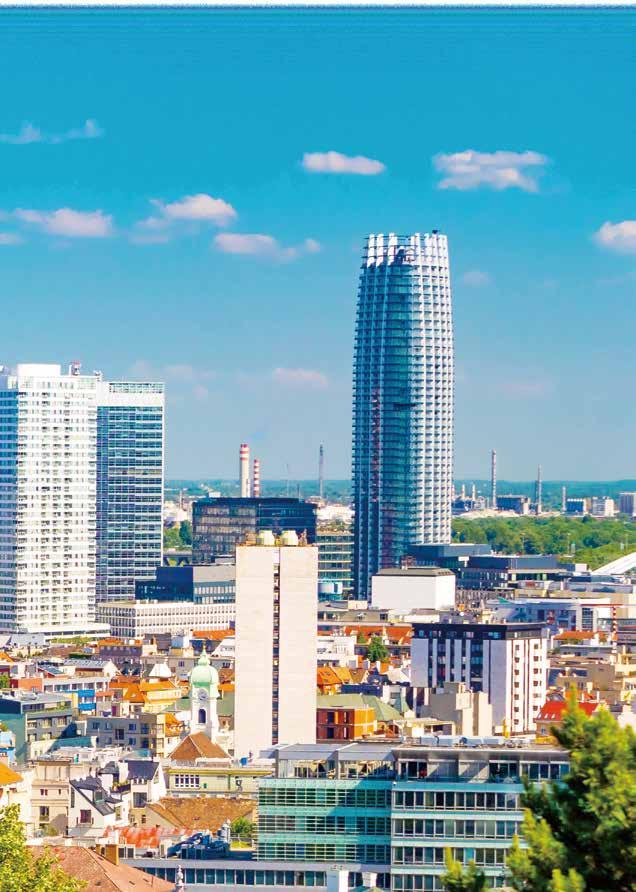
• Industrial Machinery & Equipment – Heavy-duty fasteners for robotics, machine tools, and production lines remain a consistent demand source, especially for exportbound machinery destined for Germany and Austria. The Machine Tools Manufacturing market's output is expected to be approximately US$2.14 billion in 2025, while the Construction Equipment Manufacturing market is projected to have an output of US$204.64 million in 2025.
• Construction & Infrastructure – EU-supported projects—highway upgrades, rail modernization, and public building renovations—keep standard fasteners in steady rotation, although this segment is less dominant than in larger neighboring markets. Slovakia’s real GDP is projected to grow by 2.2% in 2025, supported by lower inflation and stronger household purchasing power. From 2026 to 2029, the construction sector is expected to expand by 4.3% annually, boosted by major infrastructure, energy, and industrial investments funded partly by EUR799 million in EU recovery grants released after a rule-of-law dispute was resolved.
Several notable shifts are reshaping the Slovak fastener and tool landscape:
1. Material Innovation – Increased adoption of stainless steel and aluminum hybrids to combine corrosion resistance with lower weight.
2. Digital Integration – Battery-powered torque tools with real-time data logging are finding their way into automotive plants, aiding quality audits.
3. Localized Sourcing – Some OEMs are pushing for shorter supply chains within the Visegrád Group (Slovakia, Czechia, Poland, Hungary) to reduce lead times.
4. Specialized Coatings – Anti-corrosion and anti-galling coatings are becoming standard in components exposed to road salts and varying climates.
The Slovak fastener market blends local distributors, regional producers, and global brands:
1. Domestic specialists handle custom machining, lowvolume specialty fasteners, and on-site supply for large assembly plants.
2. Czech and Polish manufacturers provide regional supply continuity for standard components.
3. Global brands like Würth, Hilti, and Stanley Black & Decker maintain a strong presence, especially in fastening tools, leveraging distribution hubs in Bratislava and Košice.
Competition tends to center on quality consistency and logistics performance rather than just price, given the high-spec requirements of most Slovak industrial clients.
While growth is steady, a few constraints define the competitive landscape:
• Raw Material Costs – Steel and aluminum prices have moderated but remain sensitive to global market swings.
• Technology Investment – Smaller suppliers face capital barriers in adopting smart manufacturing and digital tooling systems.
• Dependence on Automotive Cycles – Any slowdown in European vehicle demand would have an outsized impact on the market.
• Import Competition – Low-cost fasteners from Asia remain a price anchor in the lower-spec segment.
Looking ahead to the second half of 2025 and into 2026, Slovakia’s fastener and fastening tools market is well-placed to benefit from:
• EV Expansion – Increasing EV battery and drivetrain assembly will require specialized fasteners and precision tools.
• EU Infrastructure Funding – Ongoing road, rail, and energy projects should keep demand for construction-grade fasteners healthy.
• Regional Supply Hub Potential – Leveraging its location, Slovakia could strengthen its role as a logistical pivot for central European fastener distribution.
References:
Forecasts suggest a 3.0–3.5% growth for industrial fasteners in Slovakia through 2028, with automotive-grade fasteners growing at closer to 5%. Fastening tools—especially cordless and data-enabled models—may see even faster uptake as OEMs and contractors modernize.
Strategically, success in this market will hinge on:
• Automation Integration – Meeting OEM quality control demands.
• Product Specialization – Focusing on fasteners that solve application-specific challenges.
• Supply Chain Resilience – Building redundancy into sourcing strategies to avoid delays.
Slovakia’s fasteners and fastening tools sector in H1 2025 tells a story of measured, sustainable progress rather than rapid disruption. While challenges persist—from global material costs to technological upgrade pressures—the country’s industrial structure, geographic positioning, and strong OEM relationships provide a solid foundation for continued growth. In a region where reliability and speed are as valuable as cost, Slovakia is quietly strengthening its grip on a critical link in Europe’s manufacturing chain.
• Statistical Office of the Slovak Republic – Industry Data 2025
• Eurostat – Manufacturing Output by Country (Q1 & Q2 2025)
• IMF – World Economic Outlook (April 2025)
• European Commission – Automotive and Industrial Production Reports 2025
• Market Research Future – Global Industrial Fasteners & Tools Forecast 2024–2029
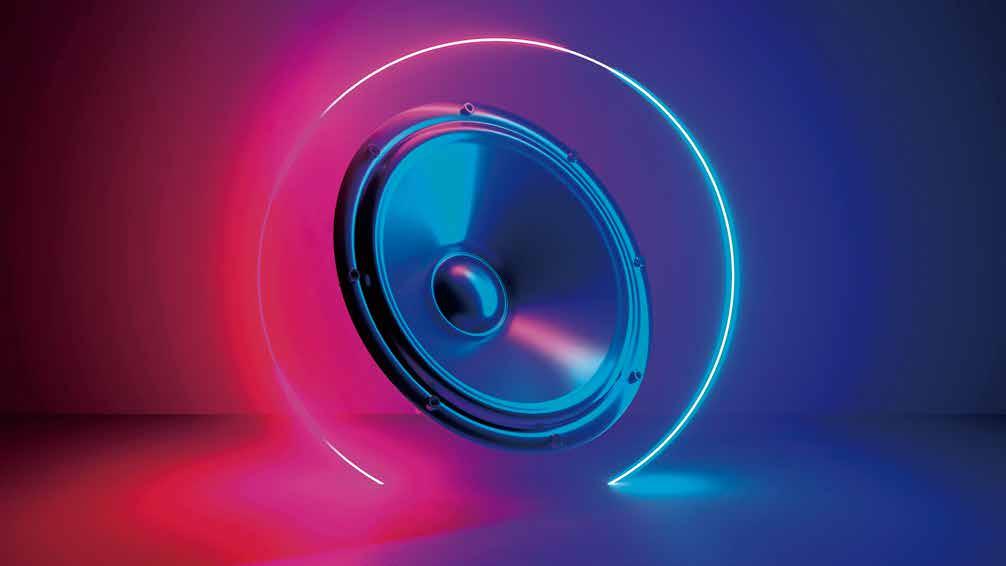


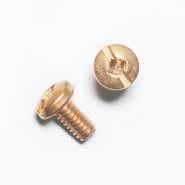

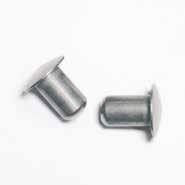
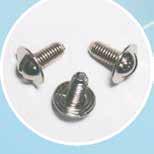
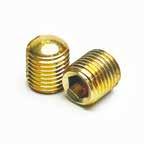
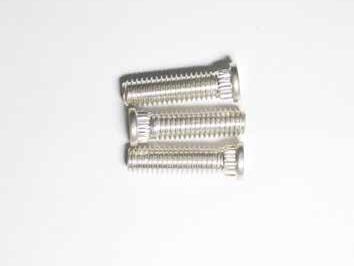
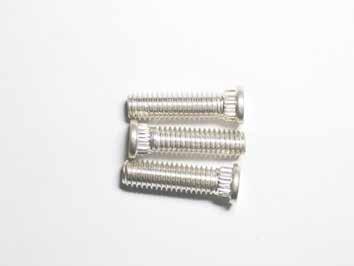
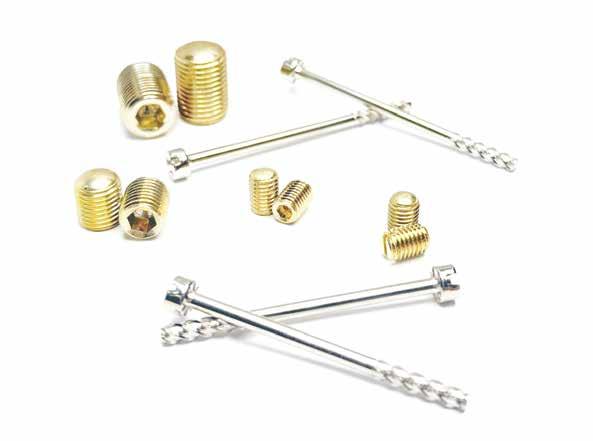
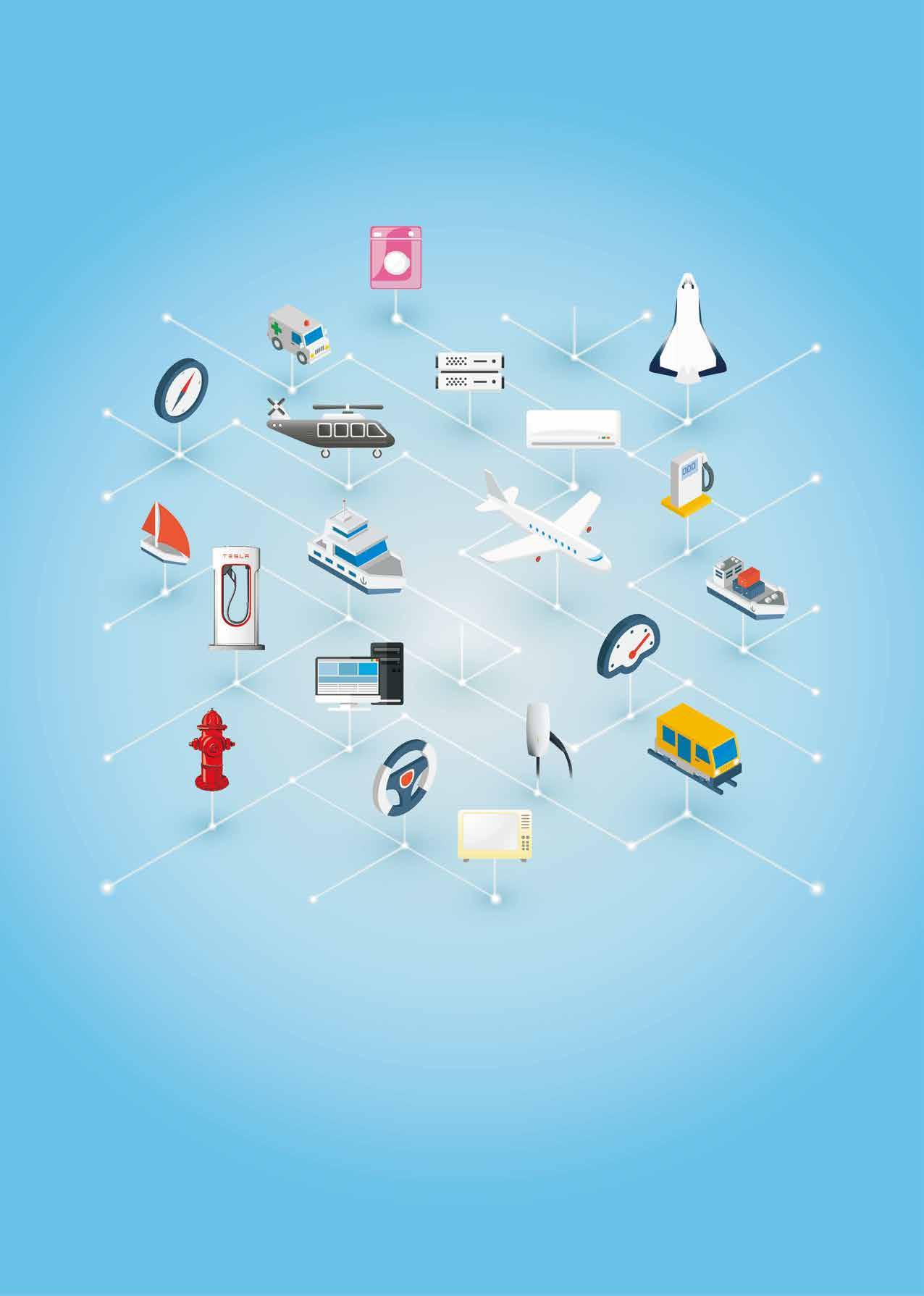
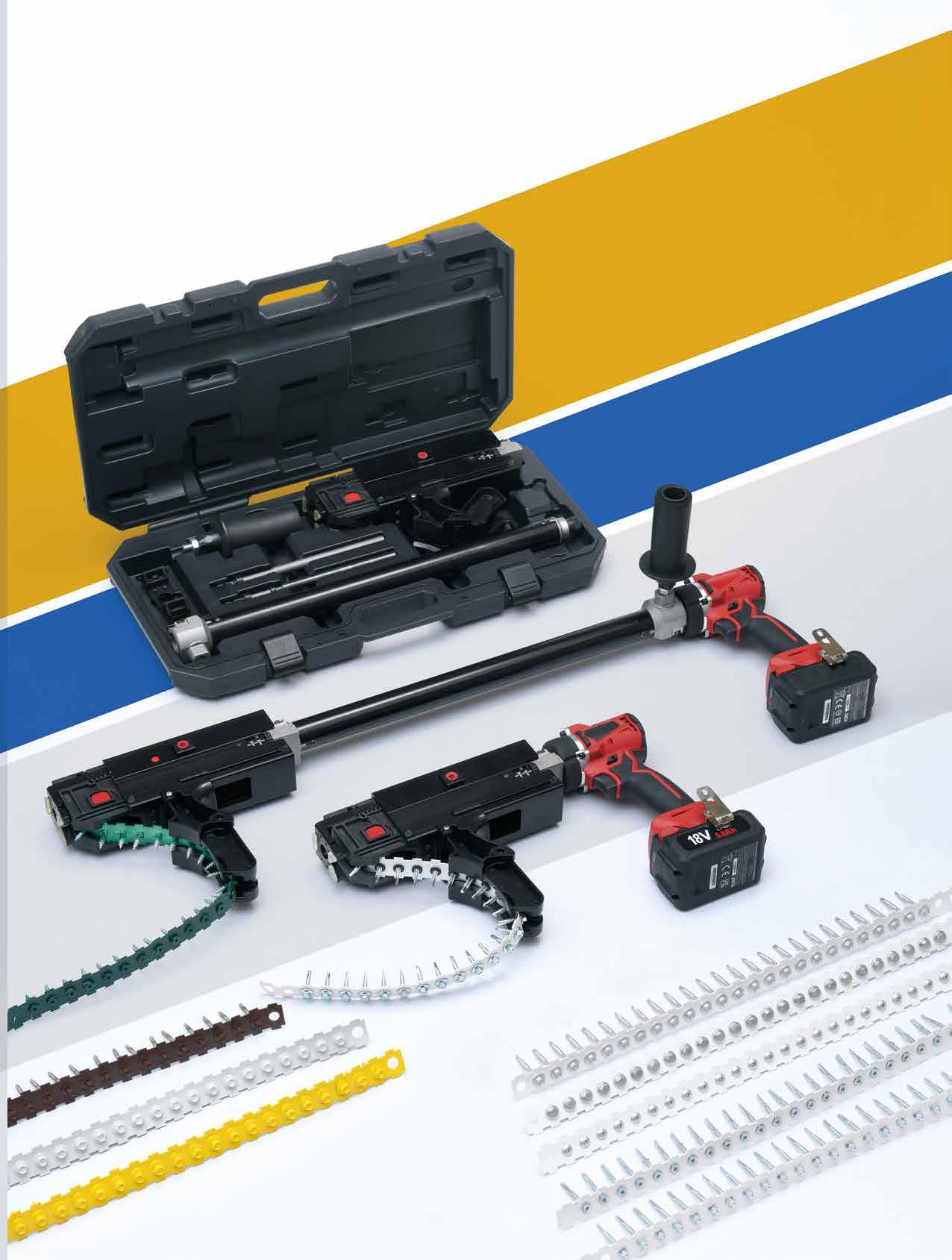











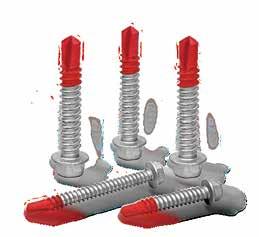
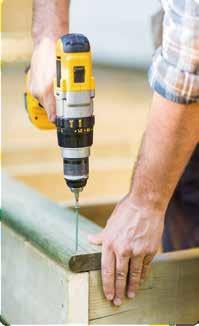
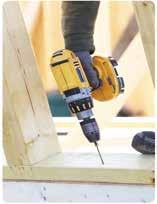
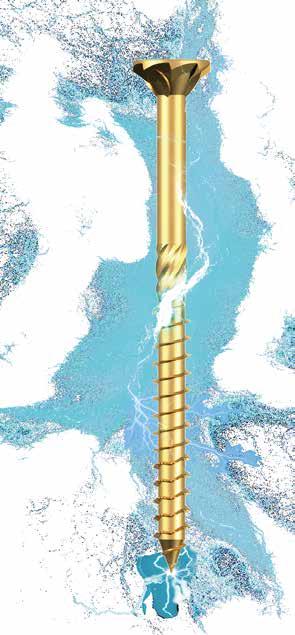

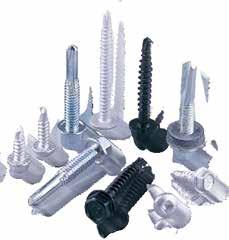




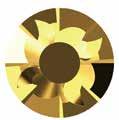
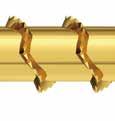
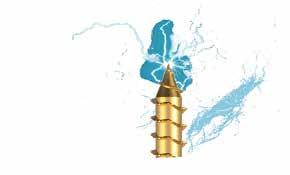







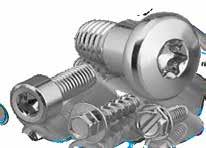








Hungary's fasteners and fastening tools market presents a compelling case for growth and strategic investment in 2025. Situated at the heart of Central Europe, Hungary is not only a key manufacturing hub for the automotive and machinery sectors, but also plays a pivotal role in regional supply chains extending into Western Europe and the Balkans. This article offers a detailed analysis of the current state of the market, grounded in genuine forecasts and supported by credible sources, while providing practical insights and projections for stakeholders across the value chain.
As of early 2025, Hungary’s economy remains industrially resilient, with manufacturing contributing nearly 20% to its GDP. The automotive sector, driven by global OEMs with local production facilities, continues to dominate exports and industrial output. According to the Hungarian Central Statistical Office (KSH), the industrial production index rebounded in Q1 2025 by 2.1% yearover-year after contraction in late 2024. This industrial momentum fuels consistent demand for a wide array of fasteners, from standard bolts and rivets to advanced, lightweight systems tailored for electric vehicles (EVs) and automated manufacturing.
According to 6Wresearch, the Hungarian industrial fasteners market is growing at a rate of 5.43% in 2025, with expectations to reach up to 12.71% CAGR by 2029. In monetary terms, the market is projected to exceed HUF 90 billion (about EUR 230 million) by 2029. This projection signals not just expansion but a structural transformation in product sophistication and tooling demand.
Parallel to industrial growth, Hungary’s integration into EU-funded infrastructure projects is boosting demand

for construction fasteners. Between 2021-2027, Hungary is expected to receive more than EUR 22 billion from the EU cohesion fund, much of which is allocated to transport, water systems, and energy efficiency infrastructure. These developments are increasing the need for high-load, corrosion-resistant fasteners, while light manufacturing and electronics are pushing demand for precision-engineered microfasteners and digitally enhanced fastening tools.
Three key industries are driving Hungary’s fastener demand:
Automotive Manufacturing: Hungary remains one of Europe’s key vehicle assembly hubs. With a growing share of EV and hybrid production, manufacturers are sourcing fasteners that meet stricter durability, weight, and thermal tolerance standards. Aluminum and high-tensile alloy fasteners are increasingly preferred, while modular vehicle platforms require more standardized fastening systems that improve speed and reduce variability on production lines.
Construction and Infrastructure: The domestic construction market expanded by 4.7% in early 2025 compared to the previous year, driven by largescale transport and residential projects. Structural fasteners, especially those with anti-corrosion coatings and compliance with seismic standards, are in high demand, particularly in transport, logistics, and renewable energy projects.
Industrial Equipment and Machinery: Hungary’s machinery and components sector grew by 6.3% in 2024, and this momentum continues into 2025. Local and foreign suppliers require customized fasteners for thermal control, automation, and energy applications. Torque-controlled fastening systems, digital verification tools, and assembly optimization software are now increasingly used in precision engineering environments.
The fastening tools segment, including electric drivers, torque wrenches, pneumatic tools, and ARguided fastening systems, is gaining significant traction across Hungary. Regulatory tightening around quality assurance and traceability in industrial assembly is driving demand for smart tools. Tool system suppliers report increased interest from both large assembly plants and SME subcontractors in:
• Electric torque tools with calibration sensors
• Battery-operated impact drivers with variable torque control
• Guided fastening solutions integrated with ERP or MES systems
Hungary’s tool distribution model is also shifting. B2B digital platforms now account for nearly 22% of tool sales, a figure expected to rise above 30% by 2026. The growth of e-commerce platforms serving industrial buyers is improving tool accessibility, particularly for remote construction and manufacturing zones.
Based on current trajectories and projections from industry sources:
2025: Fastener market growth at 5.43%, fastening tools segment estimated at about 6.0%.
2026–2027: Growth moderates (about 4.8–5.1%) due to anticipated EU regulatory transitions, tightening margins, and input cost volatility.
2028–2029: Strong recovery driven by Green Deallinked investments and increasing exports. Fastener CAGR may reach 12.71%, with continued momentum in fastening tool demand.
Hungary’s strong export infrastructure, combined with its role in nearshoring and supply chain resilience strategies, positions it ahead of several regional peers.



The chart below presents year-over-year percentage growth estimates for Hungary’s fastening tools market, alongside related construction sector growth and raw material cost trends. These values are derived from credible regional studies and global industry research—specifically on power tools and fastening solutions in Central and Eastern Europe—tailored to Hungary’s economic and industrial profile. The slight dip in 2027 likely reflects macroeconomic adjustment, followed by strong momentum through 2029. The easing of steel and aluminum price inflation further enhances the sector’s outlook.
For Manufacturers: Prioritize R&D in hybrid alloy fasteners, expand production of coated and multi-application fasteners, and invest in digital twin simulation for fastening process design.
For Distributors: Focus on vertical integration, providing both fasteners and tools. Leverage ERP and inventory analytics to enhance responsiveness and customer retention.
For Policymakers: Accelerate digital infrastructure in logistics parks, expand technical education subsidies, and harmonize standards across EU and non-EU supply chains to ease cross-border trade.
Hungary’s geographical location and developed logistics infrastructure support its role as a fastener distribution and re-export center. According to Volza, Hungary consistently exports fasteners to Poland, Romania, Austria, and Ukraine. In 2024, the country registered over 120 distinct export shipments of fastening components, indicating strong B2B and OEM supply network activities.
Local producers are gaining traction through ISO 9001 and ISO/TS 16949 certification, while foreign investors continue to expand fastener manufacturing capacity near Debrecen and Győr. The trend toward integrated packaging, tools and fasteners combined in tracked systems, is also helping Hungarian firms win supply contracts in electronics, defense, and construction.
Material Costs and Availability: Steel prices in early 2025 rose 9% yearover-year, while aluminum input costs increased by 11%. Sourcing consistent quality materials remains a barrier to growth.
Workforce Development: While Hungary has a strong vocational training tradition, specialized labor shortages, especially in robotics-based assembly environments, are limiting advanced tool adoption.
Certification and Compliance Costs: Smaller firms face significant overhead to comply with EU procurement standards and environmental reporting obligations.
Hungary’s fasteners and fastening tools market in 2025 reflects a rapidly maturing industrial ecosystem that is adopting advanced technology while building on a resilient manufacturing base. With structured investment from both public and private actors, and the support of EU funding cycles, the market is poised for high-value growth across automotive, energy, infrastructure, and precision engineering. For stakeholders ready to innovate and scale, Hungary offers both competitive access to the European market and the ability to influence fastener industry evolution over the next decade.
Hungary Industrial Fasteners Market, 6Wresearch (2022–2029)
Europe Industrial Fasteners Market Report, Credence Research, 2024
Grand View Research, Global Industrial Fasteners Market Outlook, 2024
MarketsandMarkets: Power Tools and Fastening Tools Forecasts, 2025–2029
Volza Export Shipment Data: Hungary, 2024
Hungarian Central Statistical Office (KSH): Industrial Production Index and Construction Output Reports, 2025
EU Cohesion Fund Budget Allocation 2021–2027 for Hungary, European Commission
Copyright owned by Fastener World / Article by Dr. Sharareh Shahidi Hamedani, UNITAR International University
The first half of 2025 proved to be a period of steady yet strategically significant growth for the Czech Republic’s fasteners and fastening tools industry. While the macroeconomic environment across Europe was marked by moderate GDP growth, high interest rates, and cautious investment sentiment, the Czech market demonstrated resilience due to its strong manufacturing base and export orientation.
Key Highlights:
• Stable Demand: Despite global supply chain pressures, Czech manufacturers maintained order volumes in both domestic and export markets.
• Technological Uptake: Increasing adoption of IoT-enabled torque control tools in high-precision assembly lines.
• Export Strength: Automotive fasteners remain the top export category, benefiting from Czechia’s role as a European vehicle assembly hub.
The strategic position of the Czech Republic in Central Europe—bordering Germany, Austria, Poland, and Slovakia— ensures that even moderate growth carries amplified impact across regional supply chains.
The Czech Republic might not be the first country that comes to mind when discussing global industrial supply chains, yet it plays a disproportionately large role in the European fasteners and fastening tools markets. Its manufacturing DNA is centuries old,

tracing back to Austro-Hungarian engineering traditions, and in the modern EU era, Czechia has evolved into one of Europe’s manufacturing powerhouses.
Industrial Backbone:
• Automotive Dominance: Home to Škoda Auto (a Volkswagen Group brand), Hyundai’s European plant in Nošovice, and Toyota’s operations in Kolín, Czechia produces over 1.2 million vehicles annually—a staggering figure for a country of just 10.5 million people.
• Engineering & Machinery: Czech companies are key suppliers of machine tools, industrial equipment, and precision components to Germany, Austria, and beyond.
• Construction & Infrastructure: Domestic infrastructure projects, EU-funded modernization programs, and housing developments sustain demand for general-purpose fasteners.
Strategic Geography:
Czechia’s location at the crossroads of Western and Eastern Europe offers logistical advantages:
• Easy truck and rail connections to Germany, Italy, Poland, and Austria.
• Access to European markets under the EU single market framework.
• Proximity to major OEMs and other suppliers in the automotive, aerospace, and heavy machinery industries.
The first half of 2025 is notable because it represents a turning point in post-pandemic industrial stabilization. While years 2022–2023 were defined by recovery and supply chain disruptions, and 2024 saw inflationary pressures, H1 2025 marks a shift toward strategic modernization. Manufacturers are no longer just catching up—they are upgrading. And in this environment, fastener quality, tool precision, and supply reliability have emerged as competitive differentiators.
Understanding the performance of the Czech fasteners and fastening tools markets in H1 2025 requires looking first at the economic backdrop that frames industrial activity.
Czech Economic Indicators – H1 2025
• GDP (Nominal): Approx. USD 360 billion (IMF est.), with a steady YoY expansion of 2.1% in real terms.
• Industrial Share of GDP: ~37%, one of the highest in the EU, signifying a manufacturing-driven economy.
• Exports: Over USD 230 billion annually, with automotive products, machinery, and equipment dominating.
• Inflation: Averaging 3.4% in H1 2025, down from 6–8% peaks of 2023, easing cost pressure on manufacturers.
• Unemployment: Around 3%, among the lowest in the EU— while positive socially, it tightens the labor market for skilled industrial roles.
• Automotive: 1.2 million vehicles assembled annually. There are a lot of OEM plants (Škoda, Hyundai, Toyota) plus dozens of other suppliers.
• Construction & Infrastructure: EU-funded transport and housing projects: bridges, rail upgrades, urban redevelopment. The Czech Republic construction market size was valued at USD 28.22 billion in 2024, and is predicted to reach USD 32.24 billion by the end of 2025.
• Engineering & Machinery: Czech machinery exports feed into German, Austrian, and Scandinavian industries. The Machinery & Equipment Manufacturing in Czech ranks 14th in Europe with regards to its 2025 revenue (€20.1 bn).
• Aerospace & Rail: Smaller but growing segments, with suppliers feeding into Airbus and rolling stock production. Czech aerospace exports are projected to climb to approximately USD1.42 billion by 2028, up from USD1.26 billion in 2023. This represents an average annual growth rate of 1.9%.
While global fasteners and fastening tools data are widely available, Czech-specific figures are less often published. To build realistic estimates, analysts typically:
1. Take global and European market values from industry research.
2. Apply regional share coefficients based on manufacturing output, export share, and sector mix.
3. Adjust for exchange rates and local consumption patterns.
• Industrial Fasteners: USD 124.2 billion (2024), CAGR ~3.4%.
• Automotive Fasteners: USD 30.76 billion (2025), CAGR ~5.3%.
• Fastening Tools: USD 9.46 billion (2025), CAGR ~4.6%.
• Europe accounts for ~18% of global industrial fastener demand.
• Czech industrial output is ~2.4% of EU manufacturing by value.
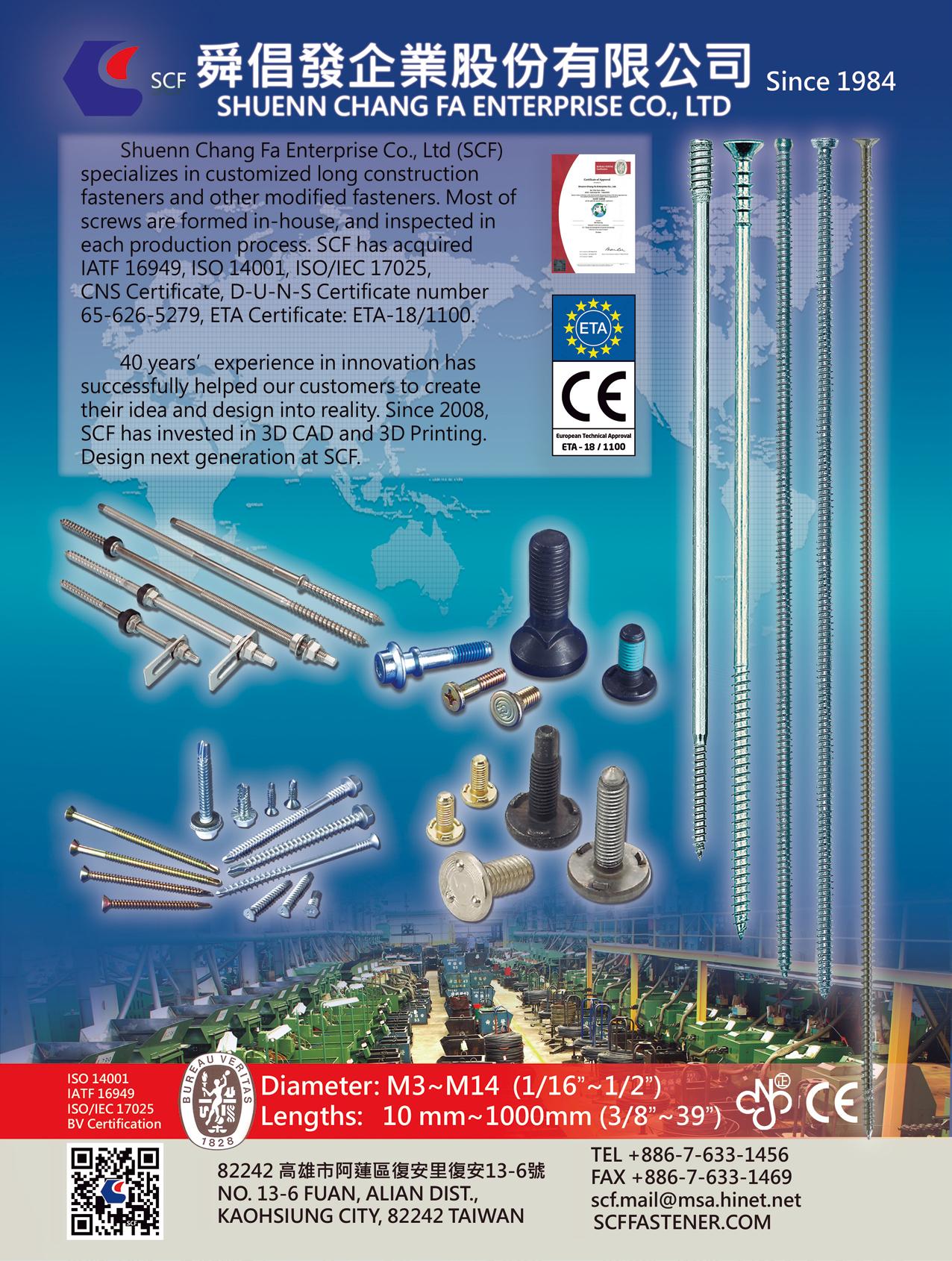
• Industrial Fasteners: Czech growth (~2.6%) is slightly above the EU average (~2.4%) thanks to strong machinery exports.
• Automotive Fasteners: Czech growth (~5.2%) closely tracks global sector pace, driven by EV assembly.
• Fastening Tools: At 4.4% growth, Czech adoption is robust, especially in cordless and torque-controlled devices.
1. Material Shift: Higher proportion of aluminum and coated fasteners vs untreated carbon steel.
2. Tool Upgrades: Factories replacing pneumatic tools with batterypowered smart drivers.
3. Supply Chain Stability: Reduced shipping delays and lower raw steel price volatility vs 2022–2023.
• Automotive: 38–40% of Czech fastener demand.
• Construction: 25–28%.
• General Engineering: 20–22%.
• Other (aerospace, electronics): 10–12%.
While the Czech fasteners and fastening tools market showed healthy growth in H1 2025, several challenges continue to influence strategic decisions for manufacturers, distributors, and end-users.
• Steel & Aluminum Costs: Although prices stabilized compared to the 2022–2023 spikes, fluctuations in global steel and aluminum markets can still compress margins.
• Specialty Alloys: Nickel and titanium-based materials, essential for aerospace and high-performance fasteners, remain subject to geopolitical supply risks.
• Skilled Manufacturing Staff: Czechia’s low unemployment rate (~3%) means many fastener and tool producers face hiring challenges.
• Impact on Growth: Companies are investing in automation to offset labor gaps, indirectly boosting smart tool adoption.
• Environment: RoHS, REACH, and EU waste directives require material and coating changes.
• Traceability: Automotive and aerospace industries demand full production traceability, adding cost and complexity.
• Global Dependence: Even local producers often rely on imported raw materials.
• Transport Disruptions: Occasional delays from rail and road congestion at EU borders can affect JIT (Just-in-Time) delivery schedules.
The Czech Republic’s fasteners and fastening tools markets demonstrated steady growth in H1 2025, supported by the country’s strong industrial base, strategic Central European location, and deep integration into global supply chains. Industrial fasteners reached an estimated USD 460–480 million in market value, automotive fasteners USD 170–185 million, and fastening tools USD 110–125 million, with YoY growth rates of 2.6%, 5.2%, and 4.4% respectively. Automotive manufacturing—particularly electric vehicle production—remained the key growth driver, spurring demand for lightweight, corrosion-resistant fasteners and advanced torque-controlled tools. Broader industrial modernization, EU-funded infrastructure projects, and the shift toward cordless and smart fastening systems further supported market expansion.
Despite these gains, the sector faces challenges from raw material price volatility, labor shortages, environmental compliance costs, and competition from low-cost imports and alternative joining technologies such as adhesives and laser bonding. However, with its manufacturing tradition, strong export position, and increasing adoption of Industry 4.0 practices, Czechia is well-placed to maintain growth momentum in H2 2025 and beyond—provided that industry players continue to invest in innovation, supply chain resilience, and high-value niche products.
References:
• Eurostat Industrial Production Database (2025)
• Czech Statistical Office – Manufacturing Output Reports (Q1 & Q2 2025)
• International Monetary Fund – World Economic Outlook (April 2025)
• Global Market Insights – Fasteners Market Outlook 2024–2030
• Future Market Insights – Automotive Fasteners Global Report (2025)
• Market Research Future – Power & Hand Tools Market Forecast (2024–2029)
• European Commission – REACH & RoHS Regulatory Updates (2025)
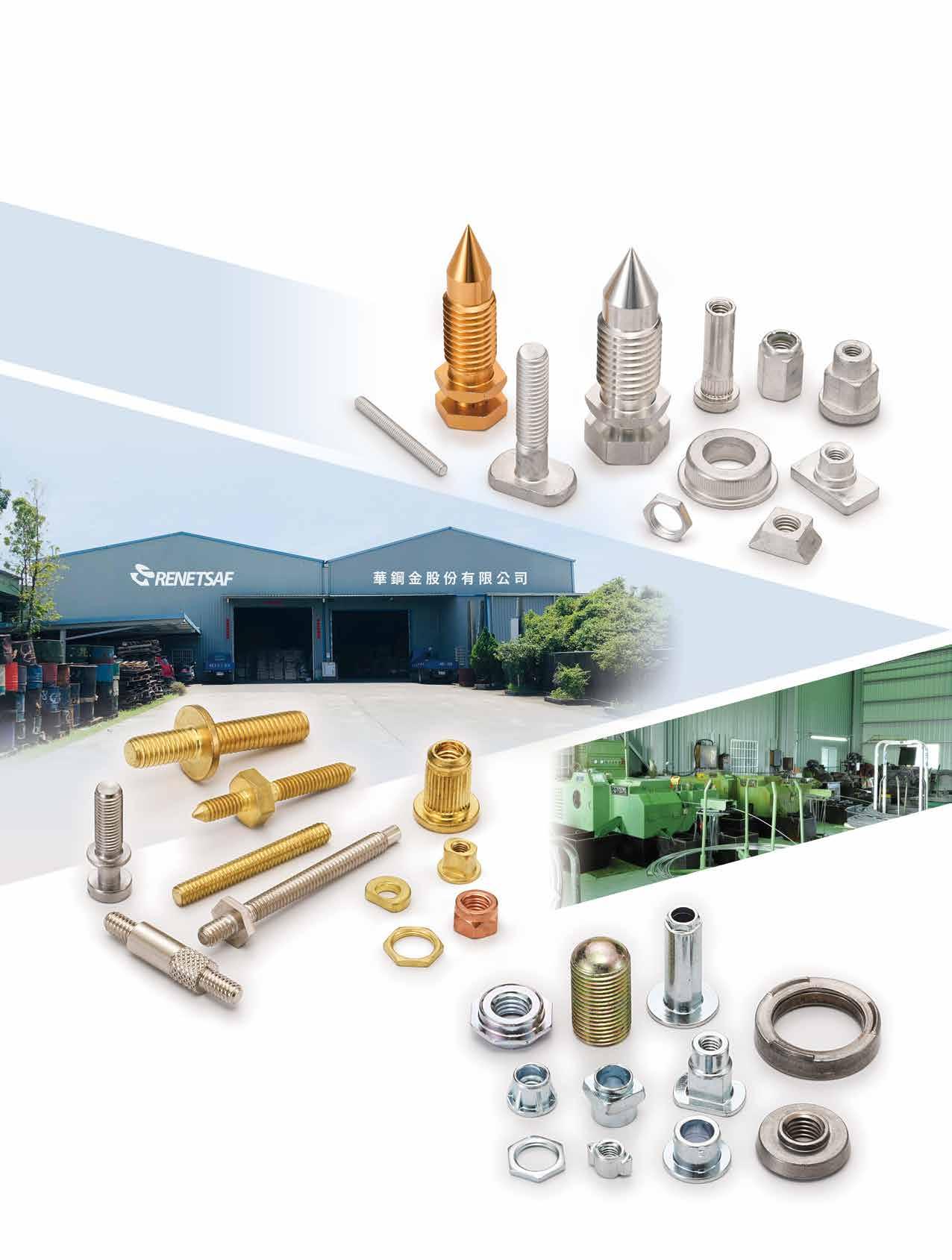
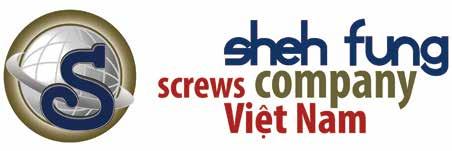

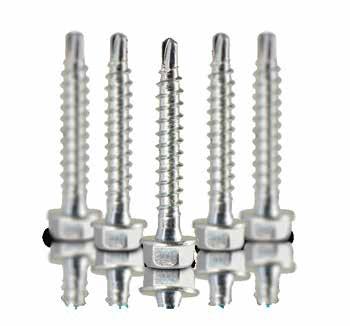
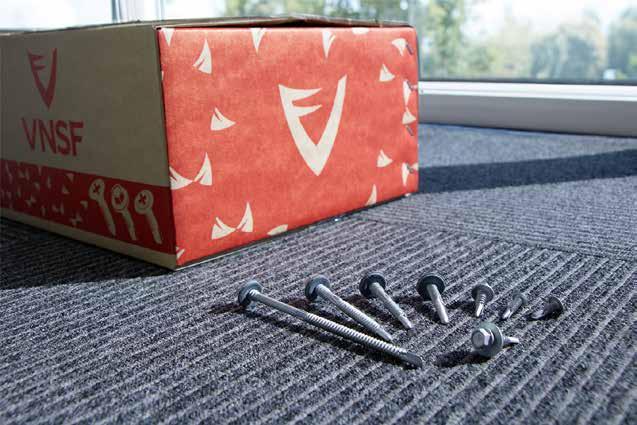

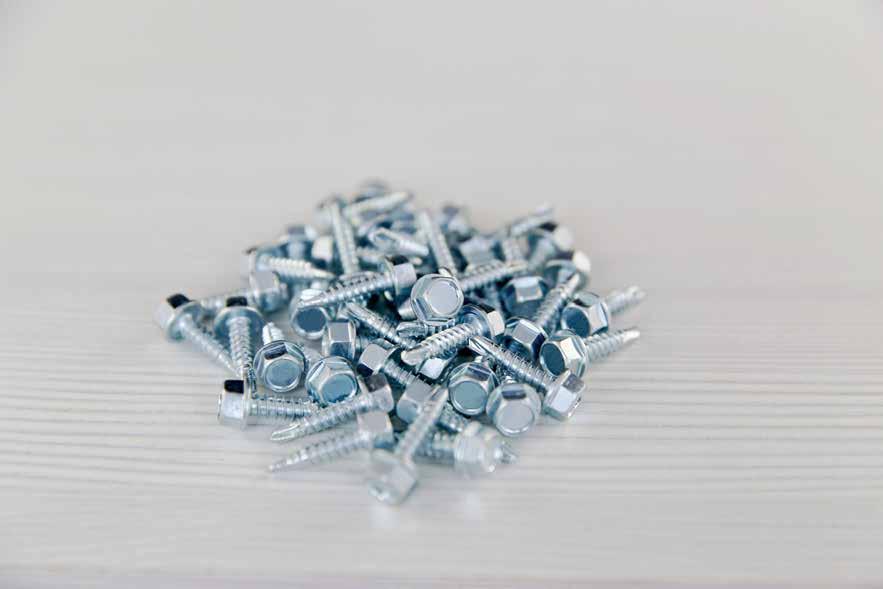
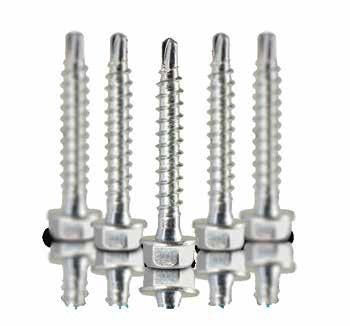
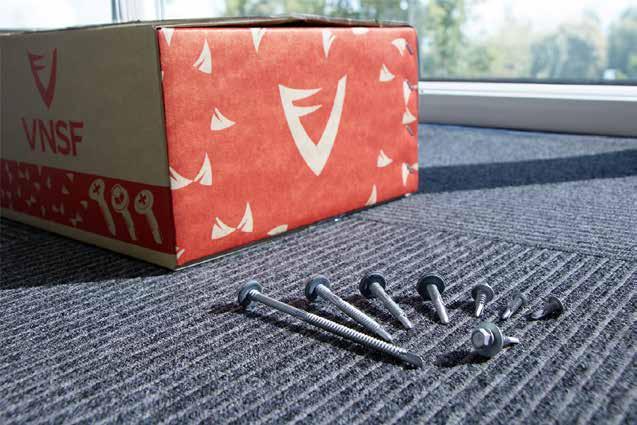
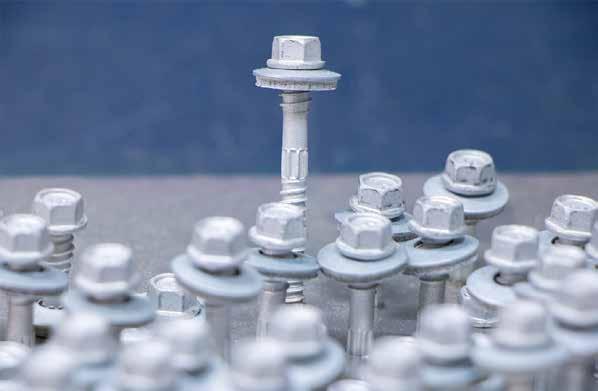
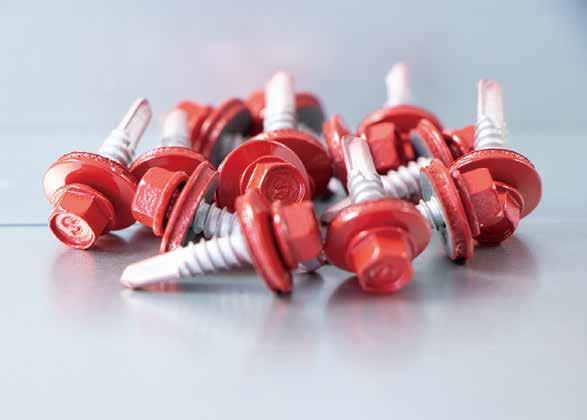

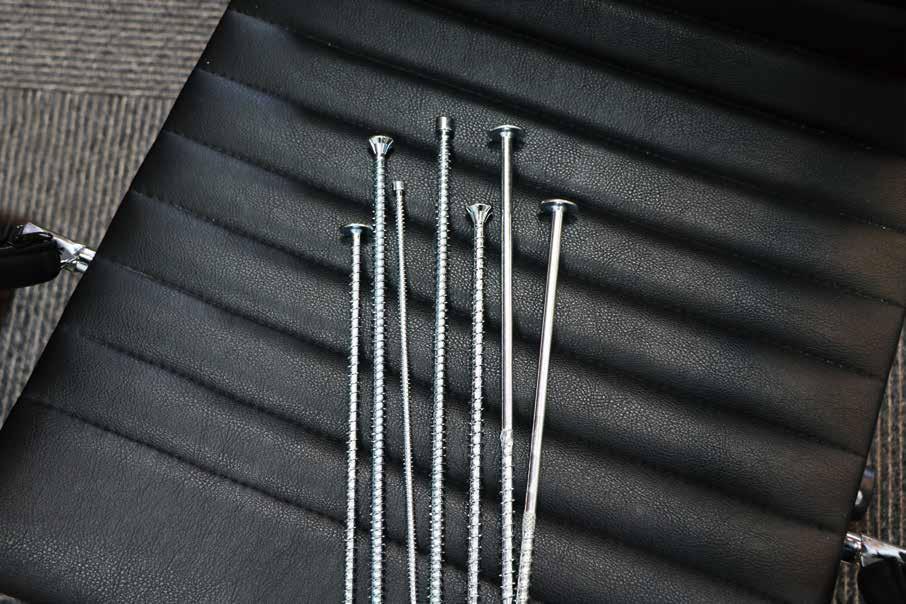


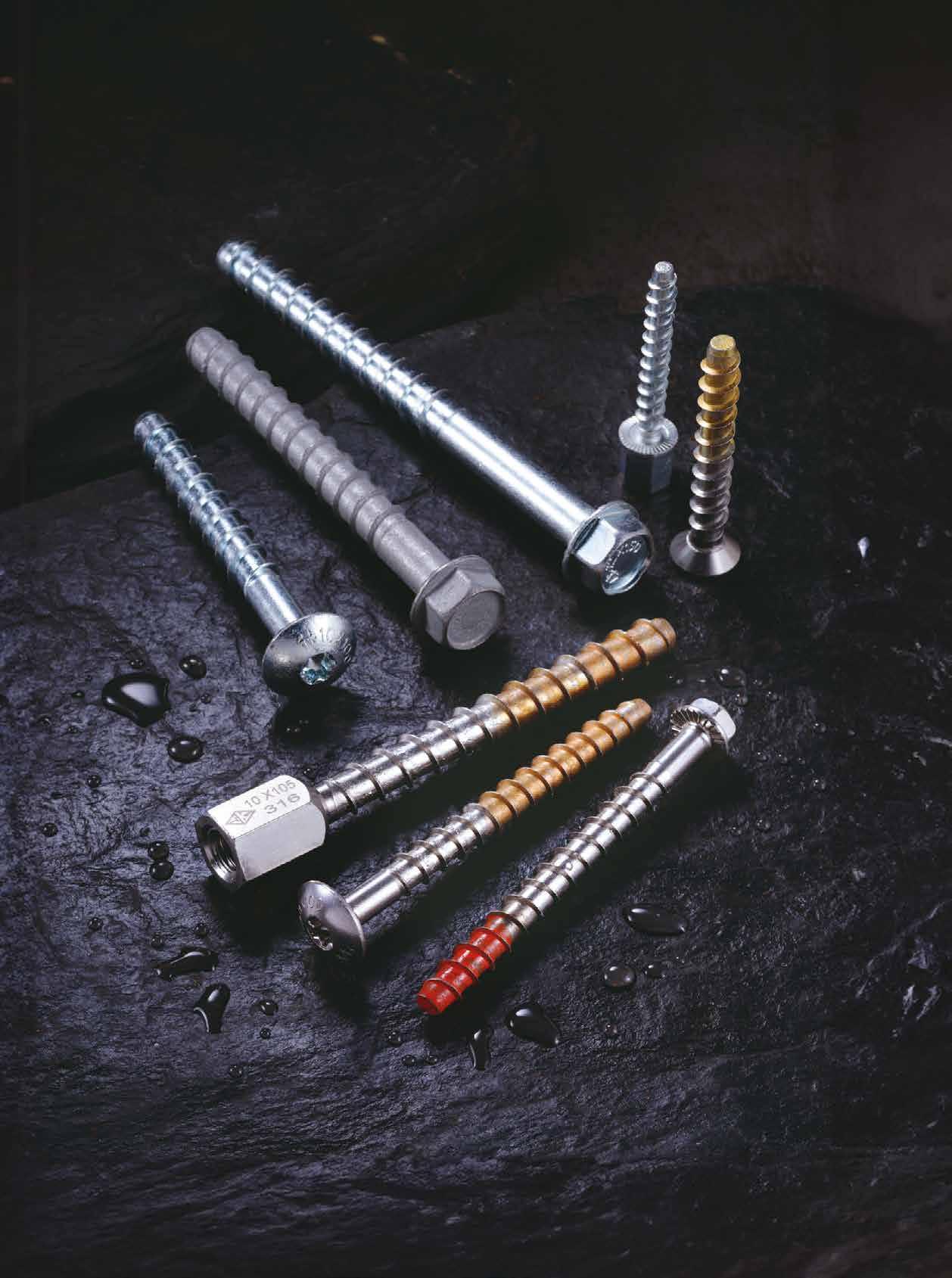

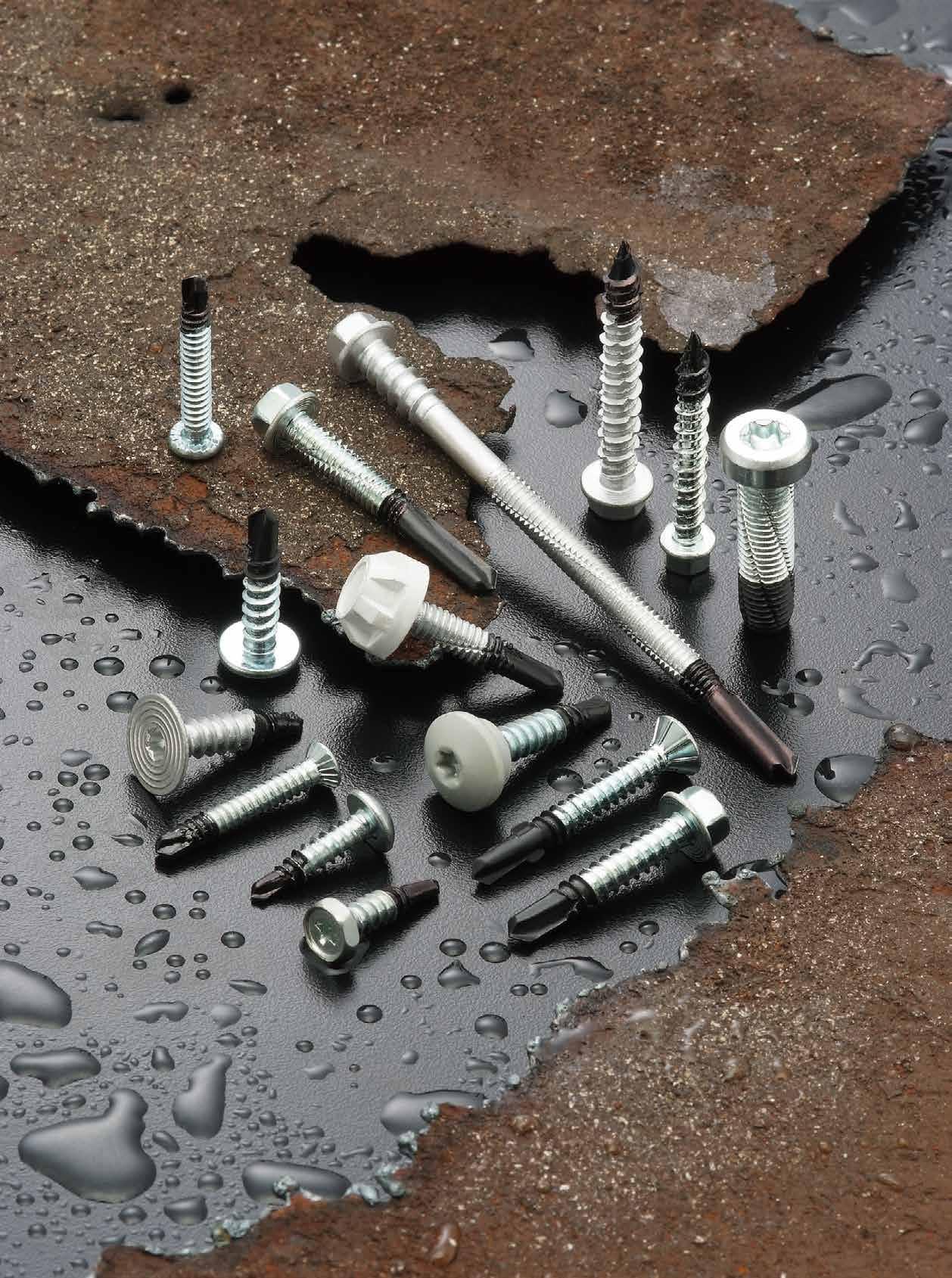
“Poorly maintained equipment and sloppiness can lead to serious accidents.”
We can encounter this old truth in preamble almost every day in various areas of economic activities. The latest dramatic explosion in a Malaysian (April 1, 2025) gas pipeline (Fig. 1) would be a reminder. Leaks in the gas pipeline send fire spreading to villages.
How much more pleasant is the sight of a bird flapping its wings on a leaky water pipe (Fig. 2). Unfortunately, emotional feelings play no role here. In both cases, the cause was a leak in the pipe; in the first case a gas pipe, and in the second, a water pipe.
There is no point in continuing to calculate the consequences of accidents caused by insufficient ongoing care of gas or liquid pipelines. It is important to analyze them and take the necessary measures. Pointing out possible causes and providing a proposal for appropriate measures is also the mission of this contribution.
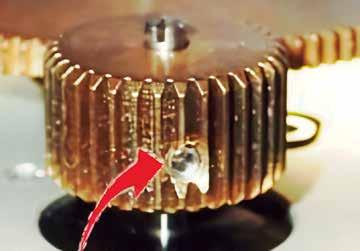

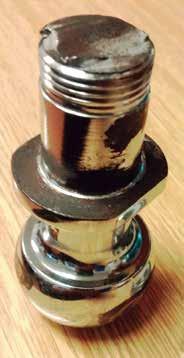
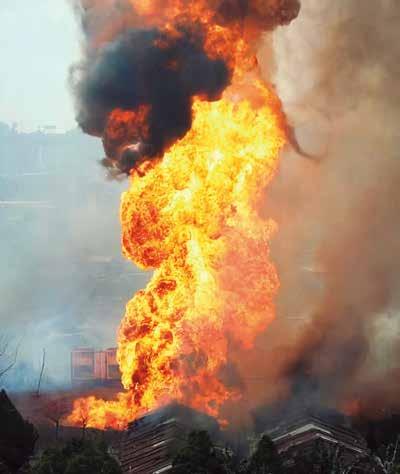

1. Incorrect screw installation
In July 2020, the ship Atlantic Huron, a 736-foot bulk carrier, lost its propulsion control. The ship was attempting to slow down, but instead it was speeding up. This led to the ship barreling into a pier, causing great damage. It was due to an incorrect installation of a small screw on the propeller machinery that controlled pitch (Fig. 3).
2. Incorrect material and excessive strain
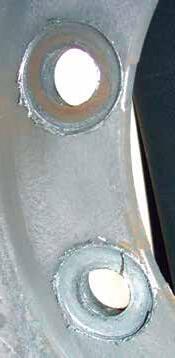
An error in choosing the material for the car wheel mounting bolts and their excessive strain (Fig. 4 - 6 ) caused a serious traffic accident.
One specific problem is pipe leakage, which can occur in three ways:
- Corrosion (Fig. 7 - 9)
- Loosening of bolted joints
- Damage to the seal on flanges
Corrosion itself is also a specific problem for pipelines. In contrast to the common types of corrosion of bolted joints, there is external or
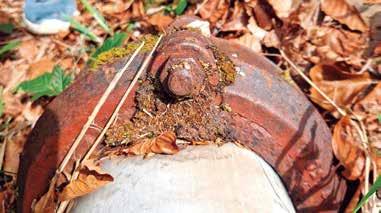
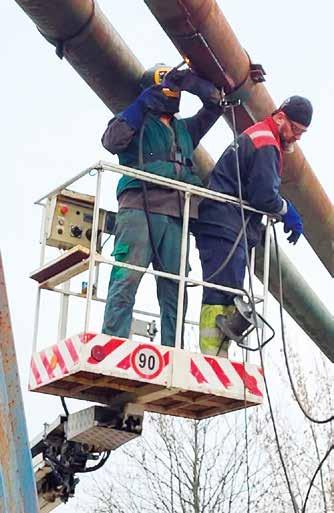
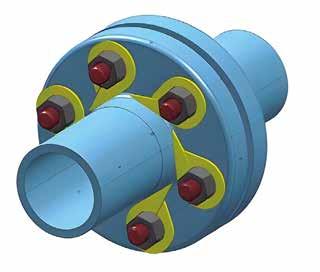
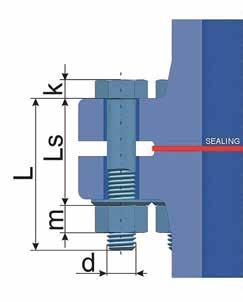
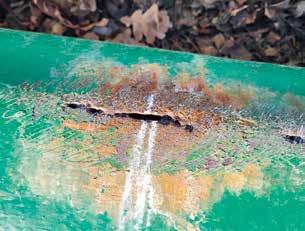
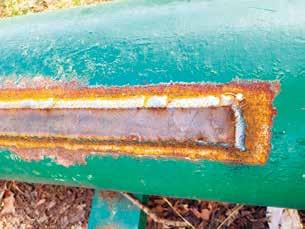
atmospheric corrosion and internal corrosion as a result of the effect of aggressive components contained in the transported medium. It is not uncommon for it to be a combination of both. Welding a steel sheet (Fig. 9) is only effective for a short time. If the area around the weld is not treated properly, it corrodes very quickly.
It is also important to take into account the fact that pipe repairs often take place in hard-to-reach places (Fig. 10). Sometimes it is a difficult and expensive matter. Not only pipeline repair at height is at least twice as expensive, it is also more difficult than on the ground. The same applies to routine checks of the condition of bolted joints in hard-toreach places.
The role of screw connections is not only to connect, but also to prevent the disintegration of already connected parts, so that the above-mentioned cases of accidents can never occur. Loosening of prestressing force in flanged pipe joints means loss of tightness and leakage of medium into the surroundings. A preventive measure is needed here, which should be considered as a proper investment and not as an expense item.
One of them is the installation of a lock point (Fig. 11). It is a simple, inexpensive and, above all, effective method of bolting locking. However, it is necessary to tighten the screws correctly beforehand.
One of the factors that determine the success of joint tightness when tightening a flange is the tightening sequence of the bolts, which ensures a balanced tension throughout the joint (Table 1).
However, loss of tightness can also be caused by degradation of the sealing washer (Fig. 12); therefore special attention must be paid to the selection of suitable materials.
Here too, the proven rule applies that the designer must know in what environment and under what operating conditions his future design node will operate. This should be contractually stipulated on the customer's side, because it is very important.
It is not for nothing that it is said that even small mistakes can cause big problems. This is also fully true for the technique of mechanical joining of components. This article provides a few practical examples that confirm this.
Finally, a few useful tips:
1. Important screw connections must be clearly visible and easily accessible for possible repair or replacement.
2. Bolted connections must not be the weakest link in the structure.
3. Regular inspection and maintenance are important.
4. In the case of manual replacement of a car wheel, visit an authorized service center as soon as possible.
5. Precise tightening.
6. When installing car wheels, respect the coefficient of friction. It is not the same to tighten aluminum and steel wheels.

The first half of 2025 has reaffirmed Romania’s evolving role within the European industrial landscape, particularly in the market for fasteners and fastening tools. Driven by consistent demand in the automotive sector, expanding infrastructure projects, and growing adoption of renewable energy systems, Romania is transitioning from a volume-based supplier toward a hub for specialized, highperformance fastening systems. Although still emerging compared to Germany, France, or Italy, Romania’s performance during this period points to a deliberate move toward precision, integration, and digitalization across its fastening-related industries.
Romania’s fasteners sector is being shaped by regional dynamics and domestic industrial development. The European industrial fasteners market reached around USD 28.5 billion in 2024, growing at an average annual rate of 4.8 percent through 2032. Although Romania accounts for a relatively small share of this total, it is now recognized as one of the fastest-growing national markets in the region.
According to industry projections, Romania’s industrial fasteners market is expected to grow at a compound annual growth rate of 15.36 percent through 2027. This far exceeds the average growth rates of more mature markets such as
Copyright owned by Fastener World / Article by Shervin Shahidi Hamedani
Germany and France, which typically range between 3 and 5 percent. This surge reflects Romania’s expanding manufacturing base, its increasing role in European supply chains, and rising demand for quality-assured, application-specific fastening systems across industries.
As shown in the above chart, Romania’s performance stands out due to the combination of foreign direct investment in manufacturing, increasing domestic assembly capacity, and adoption of lean production techniques.
The H1 2025 period was marked by steady orders from key domestic sectors. At the core of this performance is the rising demand for fasteners across automotive, construction, and renewable energy sectors. Industrial manufacturers are increasingly seeking high-strength, lightweight, and environmentally compliant fasteners, especially in response to evolving product standards, international regulatory pressure, and the shift toward electric vehicles. Romanian suppliers and distributors are beginning to align with these requirements by investing in advanced fastening technologies, expanding their R&D capabilities, and forming partnerships with global fastener producers.
Moreover, government support in the form of R&D incentives and investment in advanced manufacturing ecosystems has contributed to an environment conducive to innovation. This is evident in the growing number of domestic and international players adopting sustainable fastener materials, modular designs, and digitalized inventory systems. With continued emphasis on safety, performance, and carbon reduction across all major industries, Romania’s fastener sector is expected to consolidate its position as a dynamic and technically capable contributor to the broader European market.
Despite high growth potential, challenges persist. These include increased competition from low-cost importers, tightening EU sustainability regulations, and volatility in steel and alloy input prices, all of which are reshaping procurement strategies in real time during H1 2025.

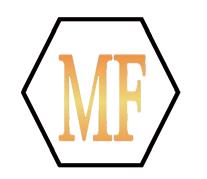
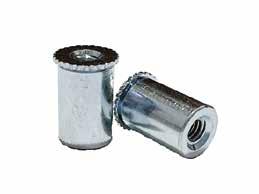
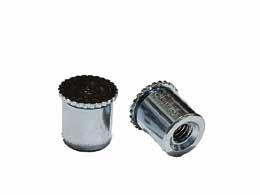
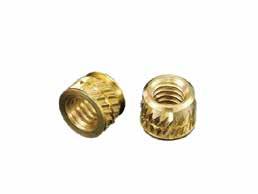


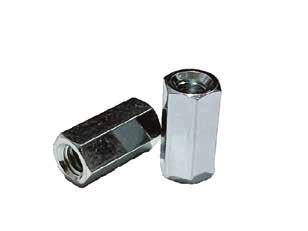



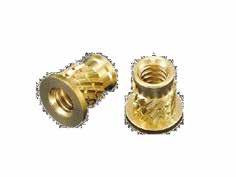
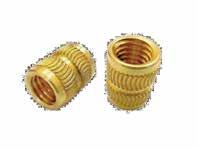
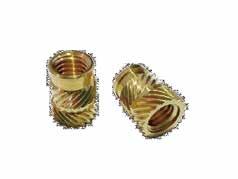
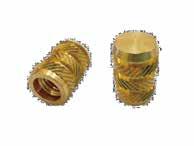
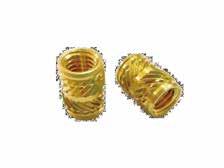
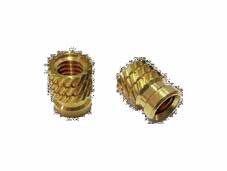
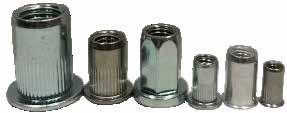








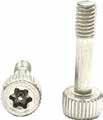
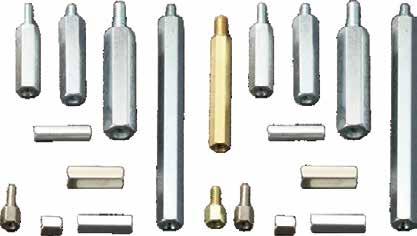
Romania produced 284,216 vehicles in the first half of 2025, putting the country on track to exceed 550,000 units by year-end. This steady production level reinforces Romania’s role as a key vehicle manufacturing hub in Eastern Europe and directly drives demand for automotive fasteners.
According to an industry analysis, Romania’s automotive fastener market is growing steadily due to the increasing use of advanced fastening technologies in vehicle assembly. Lightweight materials, electric drivetrains, and modular platforms require fasteners that offer higher strength-toweight ratios, corrosion resistance, and torque precision. The trend is especially strong in electric and hybrid vehicles, which demand specialized components for battery enclosures, thermal shielding, and electrical integration.
Key players in the Romanian market are responding by innovating product lines and partnering with global suppliers. There is a noticeable shift toward sustainable fastener solutions that support recyclability and meet EU environmental regulations. Despite strong growth potential, local suppliers face challenges from low-cost imports, material price fluctuations, and the pressure to meet strict automotive quality standards. Investment in R&D, precision tooling, and compliance systems remains essential to sustain competitiveness in this segment.
The first half of 2025 saw continued investment in solar energy projects across Romania, reinforcing solar as one of the most dynamic drivers of specialized fastener demand. Although mid-year figures for installed capacity are still being compiled, procurement activity for solar-specific mounting systems has increased notably since Q1, according to regional suppliers.
In 2024, Romania’s solar fasteners market was valued at USD 6.8 million, and projections through 2034 point to more than USD 14 million in market value. The first half of 2025 has aligned closely with this trajectory, driven by utilityscale projects and accelerated rooftop deployment under EUsupported energy transition programs.
Fasteners tailored for photovoltaic systems, such as stainless-steel clamps, anti-corrosion bolts, and wind-rated mounting anchors, have gained prominence in procurement specifications during H1 2025. With more tenders issued in Q2 and construction scheduled for late 2025, fastener suppliers are seeing demand for faster delivery times, weatherproof performance, and lifecycle durability.
Romanian demand for fastening tools expanded noticeably through the first half of 2025. Technical buyers in sectors like automotive assembly, construction, and machinery manufacturing increasingly purchased torque-controlled tools, programmable screwdrivers, and battery-powered drivers with built-in feedback systems.
Globally, the assembly fastening tools market was valued at around USD 3.5 billion in 2024, with forecasts pointing to USD 5.4 billion by 2034, supported by a 4.5% CAGR, growth driven by automation trends across industrial and infrastructure sectors.
In Europe, the market accounted for approximately USD 1.02 billion in 2024, with an expected growth at 3.9% annually through 2032, reflecting high adoption of precision fastening equipment among manufacturers.
Embedded within this shift, Eastern Europe's consumption of fastener-grade power tools is projected to grow at 8.2% CAGR from 2025 to 2031, indicating rapid regional modernization and upgrade cycles in tool usage.
Linking to H1 2025, Romanian distributors report a surge in mid-year tooling orders, particularly in Q2 procurement rounds. Tools favored by buyers include battery-operated torque wrenches and cordless impact drivers equipped with digital logging capabilities, reflecting rising demands for traceability, present both in export-strict industries and in large-scale domestic projects.
Despite a lack of direct data for Romania, the H1 2025 uptake indicates alignment with broader European patterns. Suppliers bundling tools, calibration services, and maintenance support have experienced stronger order volumes and deeper client relationships during this period.
Romania’s fasteners and fastening tools sector is on track to close 2025 with double-digit growth, driven by strong H1 momentum across automotive, solar, and general manufacturing. Local suppliers are increasingly integrated into EU-wide supply chains, while the demand for application-specific fasteners and advanced tools continues to rise.
Although Romania still imports a significant share of fastening tools, the first half of 2025 showed a marked shift toward regional sourcing and service-based procurement. With European demand for high-spec fastening solutions expected to grow steadily through 2030, Romanian firms that invest in quality systems, customization, and bundled services are likely to gain competitive ground.
If current industrial expansion trends hold, Romania could emerge as a key sourcing destination for both fasteners and tools within the Eastern European corridor by year-end 2025.
References
• 6Wresearch – Romania Automotive Fastener Market Overview
• Grand View Research – Automotive Fasteners Market Size, Share & Trends
• Global Market Insights – Industrial Fasteners Market Size Report, 2024–2032
• The Freedonia Group – Global Industrial Fasteners Market Study
• Market.us – Assembly Fastening Tools Market Size and Growth Forecast
• Credence Research – Europe Assembly Fastening Tools Market by Region (2024–2032)
• Cognitive Market Research – Europe Fastening Power Tools Consumption Forecast
• Statista – Romania Vehicle Production Statistics (2025 YTD)
• LinkedIn Industry Pulse – Eastern Europe Fastening Power Tools Trends



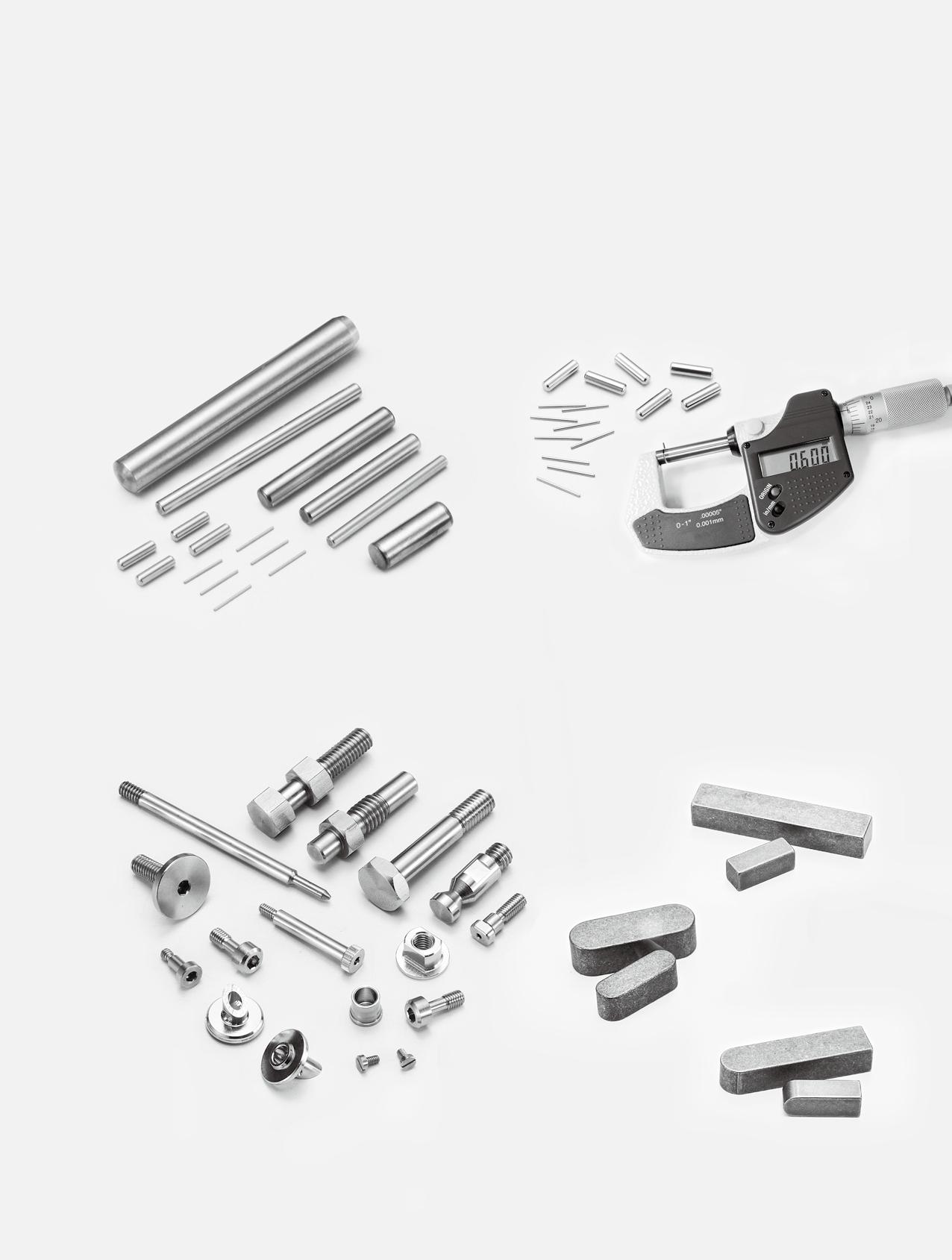





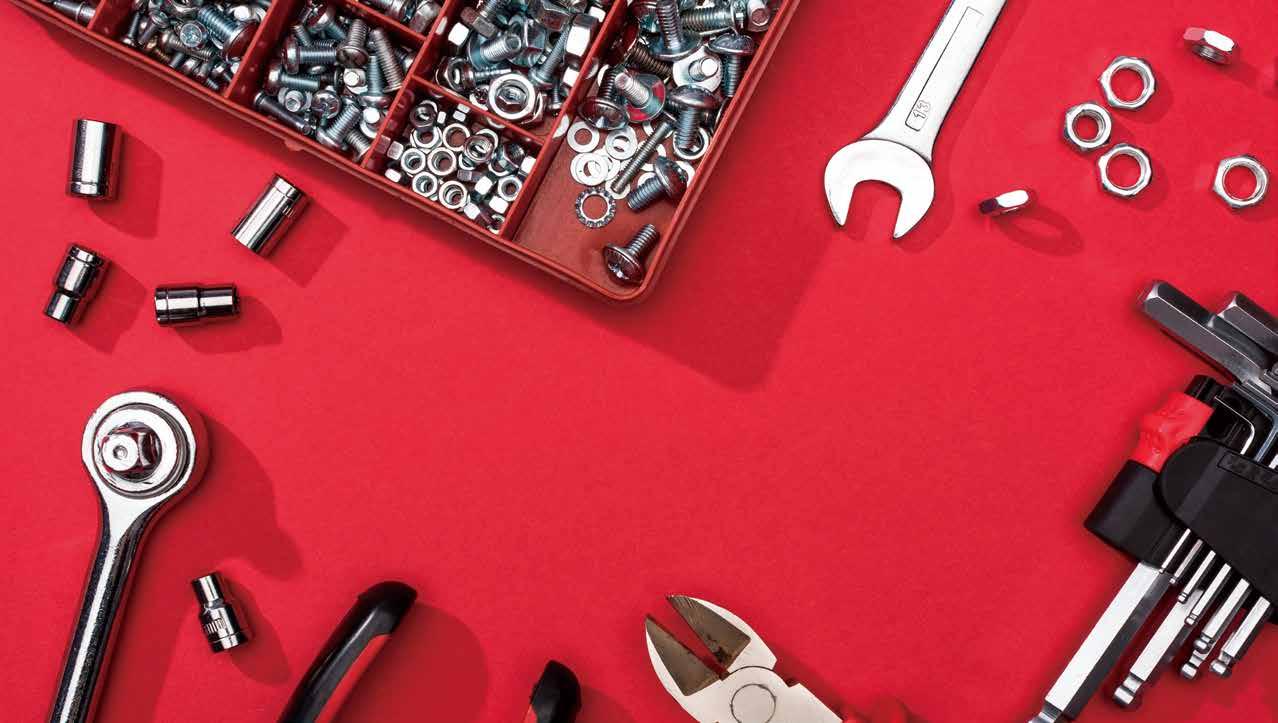









Bulgaria's industrial sector continues robust expansion, significantly influencing demand for fasteners and fastening tools in 2025. With a stable economic environment and advantageous geographic positioning in Eastern Europe, Bulgaria is emerging as an increasingly strategic market. Anticipated growth above global averages is primarily driven by thriving sectors such as automotive manufacturing, heavy machinery, construction, and infrastructure developments, boosted by European Union's investment initiatives and supportive governmental policies.
By mid-2025, Bulgaria's economy is demonstrating strong resilience, maintaining a GDP growth projection of around 2.6%. The manufacturing sector, representing about 27% of Bulgaria’s GDP, remains a robust contributor to national economic stability and growth. The ongoing surge in infrastructure projects, including large-scale construction of transport corridors and residential buildings, has significantly boosted the demand for industrial-grade fasteners.
Automotive assembly, notably buoyed by the electric vehicle (EV) sector, has witnessed marked acceleration. Major European automakers have expanded their Bulgarian operations, incorporating advanced lightweight materials such as aluminium and titanium alloys and corrosion-resistant coatings. Fastening tools have seen considerable market traction, supported by industrial modernization, increased investments in precision and automation technologies, and a growing do-it-yourself (DIY) culture.
Bulgaria’s industrial fasteners market is forecasted to experience a steadily rising growth trajectory between 2025 and 2029. The annual growth rate is expected to start at approximately 8.8% in 2025 and gradually increase to around 9.56% by 2029. By 2027, the growth rate is projected to stabilize near 7.98%, underscoring Bulgaria’s solid performance within the European region, led predominantly by Germany, followed by the United Kingdom, France, Italy, and Russia. These figures point to a consistent upward trend, supported by Bulgaria’s expanding manufacturing capabilities, increasing foreign direct investment, and integration into pan-European supply chains.
The Bulgarian industrial fastener market is specifically projected to reach around BGN 0.65 billion (€0.33 billion) by the end of 2025. These estimates are grounded in a comprehensive analysis incorporating Bulgaria’s proportional share of Europe’s industrial output, its relative GDP standing, and sector-specific growth factors such as infrastructure development and industrial modernization.
Industrial fasteners, essential to sectors like construction, transportation, and machinery, constitute the bulk of this market. Demand is particularly strong for standard and specialized fasteners used in civil engineering, structural installations, and export-oriented equipment manufacturing.
Within this segment, the automotive fasteners sub-sector is gaining momentum and is expected to reach approximately BGN 0.17 billion by the end of 2025. This growth is being driven by increased vehicle assembly operations, especially in electric vehicle production, and a market shift toward lightweight, durable components. Fasteners made from coated steel, aluminium, and titanium alloys are becoming increasingly favoured for their strength-to-weight advantages and enhanced corrosion resistance.
The chart below illustrates the projected annual growth rates for Bulgaria’s industrial fasteners market from 2025 through 2029. It highlights the country’s positive market momentum and reinforces expectations for long-term sector expansion.
A temporary dip in 2027 (down to 7.98%) may reflect cyclical adjustments in industrial demand, project funding delays, or material supply fluctuations

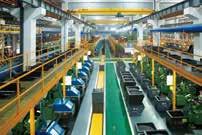
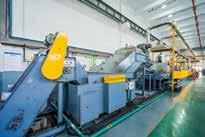
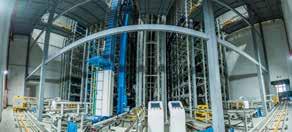





across European markets. Nonetheless, the return to stronger growth in 2028 and 2029 suggests that underlying fundamentals remain sound and growth is expected to regain pace quickly.
• Leverage digital and automation technologies to optimize manufacturing processes, improve product quality, and reduce operational costs.
• Develop strategic partnerships with automotive and construction industry leaders to expand market reach.
Distributors and retailers should:
• Diversify product portfolios to include advanced and specialized fastening tools catering to both professional and DIY markets.
• Expand online presence and digital sales platforms to meet increasing consumer preferences for e-commerce.
• Enhance after-sales services and customer support to foster long-term client loyalty.
Policymakers and industry associations should:
• Continue aligning national manufacturing standards with EU regulatory frameworks to facilitate seamless market integration and trade.
The market for fastening tools continues its growth trajectory, projected to reach around BGN 0.12 billion by the end of 2025. This figure is similarly derived from market analyses considering growth in the industrial, automotive, and construction sectors, as well as consumer adoption trends in precision and automated fastening technologies.
High demand for precision torque tools, cordless electric drills, automated fastening equipment, and augmented reality (AR)-assisted systems has characterized market growth. Industrial upgrading initiatives, accelerated construction activities, and the expanding DIY consumer segment further contribute to strong tool sales. Manufacturers and distributors report increased adoption of advanced power fastening tools, driven by efficiency, precision requirements, and worker safety considerations.
Looking forward to the latter half of 2025, market optimism remains strong. Continued infrastructure investments, supported by EU funds and robust domestic policies, will fuel sustained demand growth across fasteners and fastening tools. The automotive sector, particularly in EV production, is expected to further increase its utilization of advanced fastening solutions, maintaining consistent demand for specialized components.
Construction projects are poised to sustain their vigorous pace, significantly driving market demand for reliable, high-quality fastening systems and related tools. Enhanced adoption of digital solutions, automation, and precision technologies in fastening tools is also anticipated to rise sharply, offering further market expansion opportunities.
However, stakeholders must remain vigilant regarding global raw material prices, especially steel and titanium, as these could introduce inflationary pressures. Strategic emphasis on innovation, product differentiation, and strict compliance with European regulatory standards will remain essential.
The Bulgarian fasteners and fastening tools market presents numerous strategic opportunities for stakeholders due to its economic outlook, industrial expansion, and increasing integration into European supply chains. To fully capitalize on these opportunities, industry stakeholders must strategically position themselves by leveraging current market trends, proactively addressing potential challenges, and innovating to meet evolving customer expectations. Key strategic recommendations include:
Manufacturers should:
• Prioritize innovation and invest in advanced materials and coatings to meet evolving industry demands.
• Promote industry-specific training programs and skill development initiatives to ensure a skilled workforce, critical for sustained industry growth.
• Encourage public-private partnerships to drive investment and innovation in the fasteners and fastening tools sector.
Bulgaria’s fasteners and fastening tools market presents not only a promising growth story but also a strategic convergence point within Europe’s evolving industrial ecosystem. As the country continues to attract foreign manufacturing investment, strengthen its infrastructure pipeline, and embrace technological upgrades in both product design and tooling systems, it is carving out a competitive niche in high-demand segments such as automotive, construction, and energy.
For manufacturers and suppliers, this is a call to action to integrate into a market that values precision, quality, and efficiency, traits increasingly demanded by modern assembly lines and infrastructure projects. For policymakers and investors, the growth trajectory signals a broader industrial transformation aligned with EU priorities for innovation, resilience, and green infrastructure.
Those who proactively invest in this landscape, whether through advanced fastening technologies, strategic supply chain positioning, or local partnerships, stand to gain significant returns. Bulgaria is no longer just a peripheral manufacturing site; it is fast becoming a vital hub in Europe’s fasteners and fastening tools value chain.
References
European Fastener Market Analysis Report, Market Research Future, 2024.
Bulgaria Industrial and Economic Report, World Bank, 2024. Global Automotive Fasteners Market Report, Technavio, 2025. Global Power Tools Market Analysis, Allied Market Research, 2024. Bulgarian National Statistical Institute Economic Reports, 2025. EU Infrastructure Investment Plans and Projections, European Commission, 2024-2025.
6Wresearch. (2024). Bulgaria Industrial Fasteners Market (2025– 2029) – Forecast and Trends.
The term ‘Fastener’ is used so often to describe anything that will hold something together that we neglect the actual function of the individual parts used and the joint they connect. A fastener connection usually involves two or more components used to fasten the joint, such as a bolt and a nut or washer.
Basically, we need to define how a fastener is to be used and under what type of conditions it experiences in order to determine if it can be reused.
A critical application is one that can cause physical harm or damage. Such as: amusement rides, pressure vessels, motorized vehicles, nuclear power plants and so forth. These applications apply cyclic stresses to the fastener in the form of dynamic loading and heat expansion and contractions.
These types of stresses lead to stress raisers that are mostly invisible to visual inspection. However, the larger problem here is not with reusing the bolt, it is with reusing the nut because the threads of the nut have deformed with the first tightening application . The threads are damaged to the point that reuse of the nut, even at the same torque, will not produce the same clamp load as before causing the joint to lose clamp load and further promote fatigue stress cracks.
Fasteners are relatively inexpensive when compared with the associated liability and damage that could result. Replace it.
If maintenance logs are not kept, there is no way of knowing how many times the bolt and nut have been removed and replaced for scheduled maintenance. Replace it.
When the nut is tightened against the threads of the male fastener, the threads of the nut become compressed. The threads of the nut do not return to its normal pitch dimensions when unloaded. Unlike tensioning, when a material is compressed, it will remain slightly compressed, thereby permanently changing the thread pitch of the nut.
This change is usually not noticeable. That is, most likely the nut can still be freely threaded along the mating threads of the fastener. However, if the nut is threaded beyond the point where the joint ended and resistance is met, that indicates the threads of the bolt have been permanently stretched into yield.
This applies to steel (ferrous) fasteners that were installed under controlled conditions. The operative word here is ‘ controlled ’ because the fasteners must be installed to produce a clamp load greater than the service loads and there has been no damage to the joint surfaces, such as embedment or warping. If the conditions of use are not known, then do not take any chances: Do not reuse.
Non-ferrous fasteners (stainless steel, nickel alloys, silicon bronze, titanium, etc.) will all work harden once placed under a tensile load. Here, one needs to apply discretion; if it is a small fastener, 5/16” or less, chances are it may be reused. But, once a fastener has work hardened, its mechanical properties become severely compromised.
Therefore: if any threaded fastener, ferrous or non-ferrous, has experienced any loading beyond its proof load or yield strength, that fastener should never be reused again in any application as it no longer safely represents its intended mechanical or physical properties.
Torque is a function of friction. Friction is caused by the deflection of the threads of the nut when tightened. Therefore, when the nut is tightened again, the extra thread friction between the bolt and nut threads from the thread deformation of the nut will prohibit the same amount of tightening from occurring.
Tests conducted under controlled conditions have determined a new nut and fastener will consume approximately 90% work friction between the mating threads and at the nut interface when tightening. Therefore, only 10% wrenching energy is applied to tensioning the fastener after the 90% friction has been overcome. If the threads of the nut deflect enough to increase the friction between the threads by only 2% when the nut is reused, then the amount of wrenching energy available to tighten the nut decreases to 8%. The overall torque output still adds up to 100% but the fastener is tightened 2% less.
A nut can be used safely a maximum of four times. Exceptions would be using an impact gun to install the nut, which would decrease the life of the nut, or by using a lubricant, which would increase the life of the nut.
Decades ago, the plating of choice was zinc. At that time, zinc plating solutions were made with a cyanide electrolyte. This was about 40-60% efficient, promoted hydrogen embrittlement and produced a rough, porous surface. Hence, the ‘k’ factor (commonly referred to as the coefficient of friction) was higher than the products plated with the newer non-cyanide zinc alkaline and zinc acid plating solutions in the mid 70’s. These new electrolytes were over 90% efficient, reduced hydrogen embrittlement problems and produced a much smoother deposit. This changed torque values and the ‘k’ factor. Yet many torque value tables, and the ‘k’ factor, were never changed.
For decades, we have had fairly stable torque tables for plated zinc fasteners. Until now. The torque world has changed since the adoption of RoHS (Restriction of Hazardous Substances) Directive 2002/95/EC which banned the use of hexavalent chromium, Cr+6. The valence number is its oxidation state and the Cr+6 has been found to be a carcinogen. The Cr+6 has been replaced with trivalent chromium (Cr+3), a noncarcinogen coating.
The Cr+6 produced an iridescent yellow color which provided better corrosion resistance than the clear chromate conversion coatings, primarily due to its thicker coating. The Cr+3 coatings are thinner than the +6 and therefore have a much lower corrosion resistance rating in a standard comparative neutral salt spray test. To compensate, the coatings need to be thicker or have a supplemental top coat or sealer applied. The hexavalent coating was self-healing whereas the trivalent coating is not.
It is the variation with the thickness of the Cr+3 conversion coatings produced by different plating companies that is producing a wide variation in torque values on fastener products with the Cr+3 conversion coatings. Notably, recent torque experiments have shown that with many of the Cr+3 fasteners, previously stated torque values had to be increased by 7-10%.
Adding any form of lubricant will alter the torque-tension relationship. Primarily, the torque will be lower than the dry torque values. Again, this is because by reducing friction between the threads the applied torque must also be reduced. The lower the k value, the lower the friction and the greater the torque needs to be reduced.
Common lubricants are:
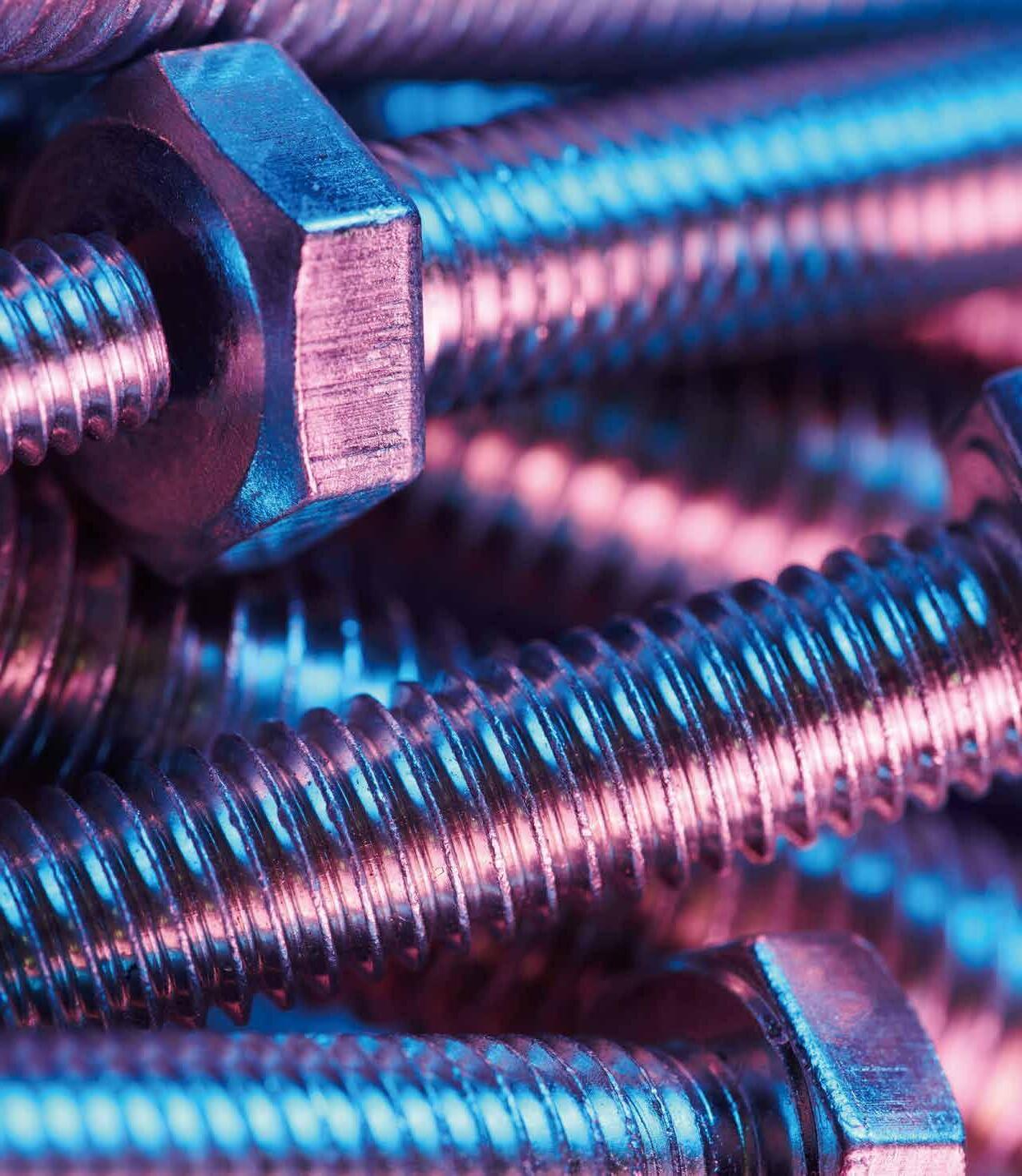
Some examples of common k factors are:
k = 0.30 Black, non-plated fasteners.
k = 0.235 Socket Head Cap Screws, as received.
k = 0.23 Stainless Steels (300 series)
k = 0.21 Zinc plated, trivalent chromium
k = 0.20 Zinc plated, hexavalent chromium
k = 0.17 Phosphate and oil
k = 0.15 Zinc plated locknut with wax (also depends upon the wax)
k = 0.134 Some Organic Dip-Spin Coatings with Top Coats
k = 0.12 Metallic Anti-Seize (copper, nickel, aluminum with wax)
k = 0.09 Cadmium plated locknut with wax
k = 0.08 LPS Anti-Seize
Standardizing products, vendors and platers can help control variables and reduce potential customer problems.
Taiwan Fastener Trading Association Chairman Arthur Chiang cautioned that U.S. tariffs from the Trump administration and the EU’s Carbon Border Adjustment Mechanism (CBAM) could trigger another round of global inflation. Trump viewed CBAM as an "unequal trade arrangement," with the EU and UK taxing imports based on carbon pricing to shield their industries from unfair competition. This policy ensures European companies remain competitive despite domestic carbon costs. Initially scheduled for January 1, 2026, CBAM implementation was postponed by one year, with plans to exempt small importers importing less than 50 tons or emitting under 100 tons of carbon annually, benefiting nearly 90% of importers. This delay offers relief to less-prepared countries in southern Europe. The EU will propose detailed rules in February 2026 and plans to raise fines for deliberate evasion by three to five times. Compliance processes and tax scopes are simplified, with final measures expected by September.
The recent doubling of U.S. tariffs on steel imports— from 25% to 50% since June 2025—has raised alarms in Canada’s steel industry about potential exclusion from the U.S. market. The tariffs were imposed amid ongoing trade tensions, targeting steel and aluminum from various countries including Canada. In response, Canada has introduced its own tariff-rate quotas and 50% surtaxes on steel imports beyond set limits from non-free trade partners to protect domestic producers. While some Canadian steel companies are concerned about lost market access, others express confidence that they will adjust by seeking new markets and increasing efficiency. The Canadian government also plans to bolster the use of Canadian steel in domestic projects, including housing and defense, to offset challenges. Despite the uncertainty, industry leaders emphasize collaboration with the government to navigate the evolving trade landscape and safeguard jobs and production in Canada’s steel sector.
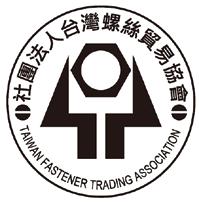
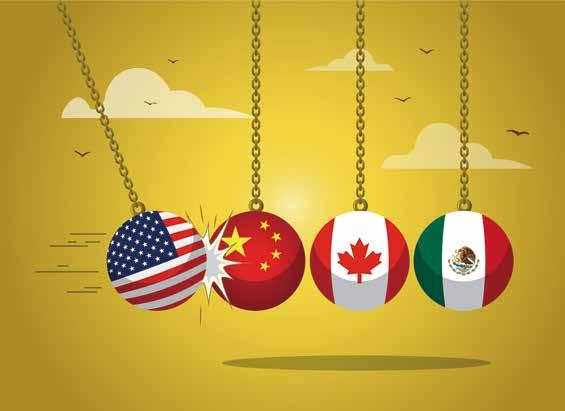
Steel industry leaders warn that steel dumping—selling ultra-low-priced steel into Canada—is worsening market conditions despite tariffs. Algoma Steel CEO Michael Garcia says existing tariffs harm revenue, and doubling them threatens U.S. business viability. Zekelman Industries’ CEO accuses China of rerouting cheap steel through Asian countries to avoid tariffs.
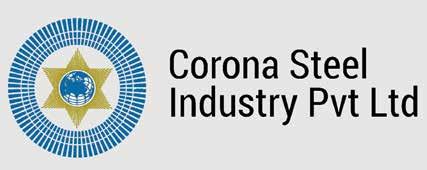
For years, the US has been a major market for Aditya Garodia, director of Corona Steel Industry Pvt Ltd, exporting over 100 steel products like fasteners from his West Bengal factory. However, after US President Trump imposed tariffs, business slowed significantly. Garodia said clients delayed orders and payments, with 30 percent of orders canceled after the tariff increase. Domestic demand also dropped due to cheaper Chinese competition. He stressed that India’s future steel exports depend on negotiating lower US tariffs.
Foundry owners across India report a steep decline in orders from US clients, describing the tariffs as a “nail in the coffin” for their businesses. Despite vigorous efforts by Indian industry representatives and the government to secure tariff exemptions and explore alternative markets, the trade restrictions remain firmly in place. With ongoing challenges from global trade tensions and economic instability, the tariffs exacerbate pressures on India’s metal industry. The situation highlights the broader risks facing exporters amid shifting international trade policies under US administration changes. Indian foundries are now forced to innovate and seek new opportunities, but the shadow of the tariffs continues to limit growth and profitability. The persistence of these tariffs serves as a cautionary tale about the long-term consequences of protectionist trade policies on global supply chains and developing economies.
Automakers such as Ford are feeling the deepening effects of the sweeping tariffs imposed during the Trump administration, which were intended to protect U.S. manufacturers but are now causing widespread challenges. Ford projects a net tariff cost of USD 2 billion in 2025, despite manufacturing 80% of the cars it sells domestically. CEO Jim Farley highlighted that these tariffs disproportionately hurt Ford by giving Japanese rivals a significant cost advantage, especially as the U.S. recently lowered tariffs on Japan from 25% to 15%. The resulting price gap means Kentucky-built Ford vehicles may cost thousands more than comparable Japanese models, impacting competitiveness. In addition to rising costs, industrial leaders are warning about “slow decision-making” due to uncertainty in trade policies. Companies face difficulty planning long-term investments and supply chains because many tariff agreements remain incomplete or vague, creating a “napkin deals” problem — agreements so preliminary they could be jotted on a cocktail napkin but falter under scrutiny. This regulatory unpredictability is exacerbating operational challenges for carmakers and other sectors, potentially leading to spending pullbacks and slower growth. Automakers are increasingly looking at regionalizing production and sales to manage tariffs differently across continents. However, the combination of tariffs and evolving regulations is prompting some companies to reconsider globalized strategies entirely, underscoring a fundamental shift in international trade that could slow the automotive industry's innovation and expansion.
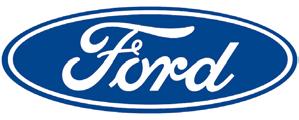

A pioneering cross-industry consortium comprising global steelmakers, energy giants, and mining companies has initiated Asia's first independent, industry-led study to explore Carbon Capture, Utilization, and Storage (CCUS) hubs across the region. Participants include BHP, ArcelorMittal Nippon Steel India, JSW Steel, Hyundai Steel, Chevron, and Mitsui & Co. The study aims to identify largescale CCUS projects with strong potential for CO2 storage and commercial use, focusing on hard-to-abate sectors like steelmaking. By leveraging shared infrastructure and economies of scale, the initiative targets cost reduction and economic viability. The year-long project will also examine regulatory frameworks, cross-border CO2 transport, and commercialization pathways. This landmark effort seeks to accelerate decarbonization efforts in Asia’s steel sector and create practical solutions that contribute to regional climate goals while supporting economic growth and industrial sustainability.
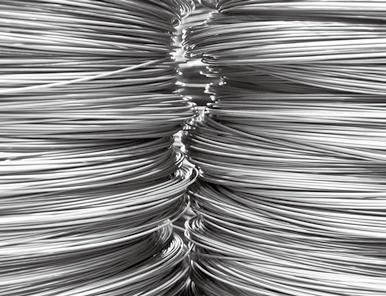
China’s steel exports hit a record 30.7 million tons in the second quarter of 2025, marking an 11% year-over-year increase and surpassing export levels from a decade ago. Despite trade barriers imposed by Asia, Europe, and the U.S., Chinese steelmakers boosted exports by shifting focus to non-tariffed products and emerging markets such as Southeast Asia and the Middle East. In the first half of 2025, total steel exports grew 9% year-over-year, helping stabilize production amid weakening domestic demand due to a sluggish real estate market. Semi-finished steel exports surged over 300% in the first five months of 2025. Forecasts suggest total steel exports in 2025 could reach 125 million tons. Analysts highlight that trade defense measures have had limited impact on curbing China’s export growth, underscoring export activity as a crucial pillar for China’s steel industry.
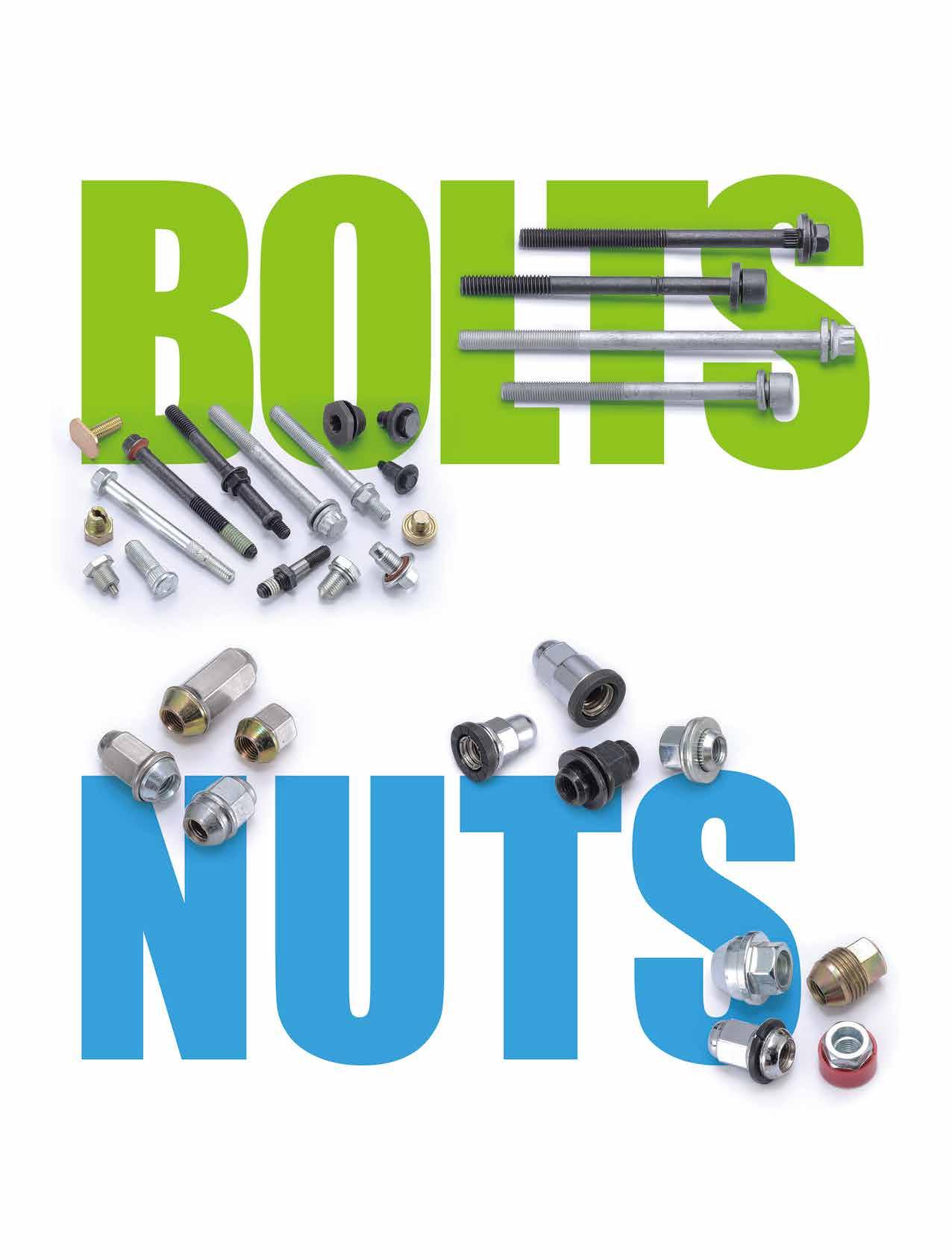

SUMEEKO, a manufacturer of automotive fasteners, experienced profit pressure in Q2 2025 due to prepayment of tariffs for OEM clients, new plant expenses in the U.S., and exchange losses from New Taiwan Dollar appreciation. Despite this, the North American market demand remains stable, supporting operations. The company’s U.S. facility, currently undergoing product certification, secured around USD 17 million in orders, but revenue contribution this year is expected to be limited. The Taiwan plant, which exports mainly to the U.S., showed relatively strong performance despite currency challenges, while the German facility aims to improve operations and reach breakeven this year. Approximately 60-70% of SUMEEKO’s revenue comes from OEM clients, with most U.S.-bound products facing tariffs below 20%, and a minority between 20-25%.
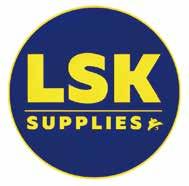
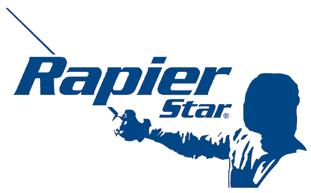
Glasgow-based LSK Supplies, Scotland’s largest independent supplier of architectural ironmongery and building materials, has partnered with construction fastener specialist Rapierstar to add their products to LSK’s portfolio for the first time. Celebrating its 25th anniversary in 2025, LSK operates nine trade counters across Scotland, offering over 5,000 products including fixings, ironmongery, tools, PPE, and plumbing supplies. The Rapierstar range includes
StarFix masonry screws for window and door frames, StarTurn premium wood screws, and StarDeck decking screws. This addition aligns with LSK’s strategy to offer respected brands across all trades. To support growth, LSK is also expanding with a new distribution center and upgraded trade counters in Glasgow. The launch of LSK’s online store now offers UK-wide access to their full product range with technical support. LSK’s operations manager, Ryan Cairley, expressed enthusiasm about the partnership and the enhanced product availability for customers, while Rapierstar’s technical consultant affirmed the strong relationship and future growth prospects.
IKEA has started replacing the plastic bags used for packaging screws and fittings with paper-based bags made from production waste, aiming to eliminate virgin plastic usage by 2028. This change is part of IKEA’s “Plastics Out Agenda,” which seeks to phase out plastic consumer packaging. The new paper bags, produced in IKEA’s factories in Slovakia and China, include a thin plastic coating for durability but remain recyclable, with ongoing efforts to replace the coating with renewable materials. The initiative began in 2025 with new product launches such as the STOCKHOLM 2025 collection and parts of the PAX and KALLAX ranges. This shift will reduce IKEA’s annual virgin plastic consumption by approximately 1,400 tons. Packaging Development Leader Maja Kjellberg emphasized that even small changes like this are vital steps toward a sustainable future by inspiring broader packaging innovations. IKEA’s move signifies a major advance in its commitment to using only renewable or recyclable materials in all packaging by 2028.
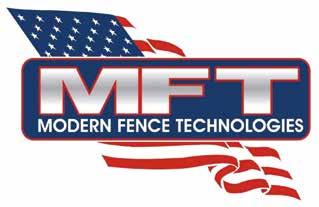
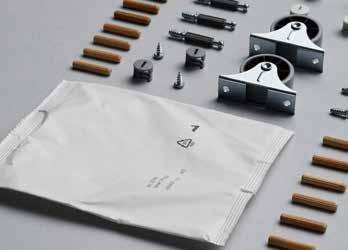
Modern Fence Technology (MFT) announced its line of American-made fence hardware and accessories, designed to offer contractors, retailers, and DIY enthusiasts durable and visually appealing fencing solutions. With a growing consumer preference for U.S.-made products linked to superior craftsmanship and quality, MFT stands out by producing reliable, high-grade hardware meeting strict standards. Their product range includes gate hinges, latches, fence brackets, PVC post caps, and finishing pieces critical for fence integrity. Highlighted products include the 5" x 5" New England Cap, providing decorative and weather protection for posts, and the Bolt & Nut Combo, engineered for long-lasting and secure connections in gates and hinges. Customer testimonials praise MFT’s quality, pricing, and service, emphasizing hardware longevity and community values. The company continues to support domestic manufacturing as demand for American-made fence products rises.
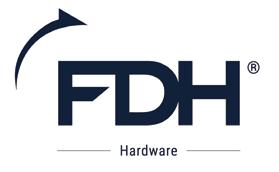

FDH Hardware, a division of FDH Aero, has signed a two-year supply agreement with MS Aerospace, a leading manufacturer of high-strength fasteners for critical aerospace and defense applications. The contract designates FDH Hardware's Arlington International Aviation Products (AIAP) brand as the primary supplier of MS Aerospace fasteners for the Lockheed Martin F-35 program, one of the largest military aircraft initiatives globally. This agreement introduces fixed-price fasteners for F-35 manufacturing partners, aiming to improve pricing stability and streamline the supply chain. As AIAP consolidates demand across its customer base, fixed pricing is expected to extend to other MS Aerospace fasteners and clients. Rick Ferguson, AIAP Vice President of Sales, highlighted their shared commitment to quality, consistent pricing, and on-time delivery. Mike Ross, Director of Sales at MS Aerospace, expressed optimism about growing this partnership. This collaboration strengthens both companies' positions in the aerospace market and exemplifies FDH Aero’s commitment to responsive supply chain management and customer service.
ASAP Semiconductor, a California-based distributor, is expanding its inventory to meet the growing global demand for aircraft fasteners. Serving aerospace, aviation, defense, and related industries, ASAP is increasing stock of key fasteners including pins, screws, bolts, nuts, and washers made from steel, bronze, titanium, and other materials. This move responds to rising aircraft production, fleet expansions, retrofits, and MRO activities, alongside supply chain disruptions and geopolitical challenges. By leveraging data analytics of industry trends, procurement behaviors, and market conditions, ASAP refines its offerings to meet evolving aerospace requirements. The company is also enhancing its online platform with advanced search features and catalog improvements to simplify customer procurement. Internally, ASAP is investing in workforce growth, warehouse optimization, and real-time inventory management to provide timely delivery, especially for urgent Aircraft-on-Ground situations. CEO Joe Faruqui emphasized the critical role of fasteners in structural safety and assured commitment to reliable supply for aerospace customers worldwide.
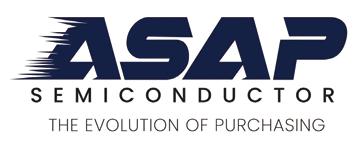
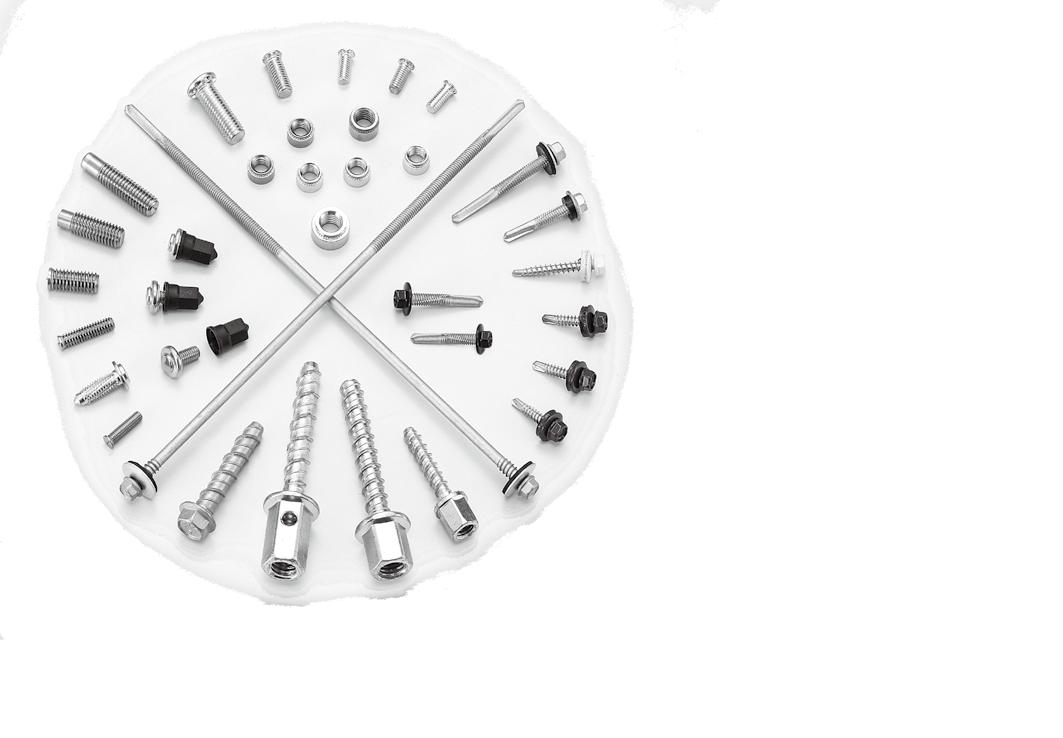

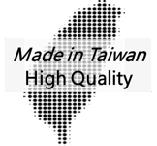
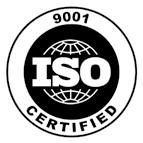




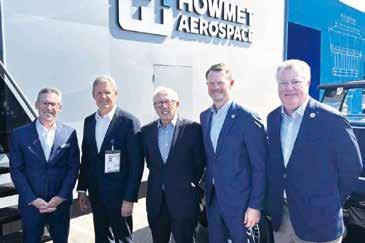
At the Paris Air Show, Tennessee Governor Bill Lee, Economic Development Commissioner Stuart C. McWhorter, and Howmet Aerospace Inc. officials revealed plans for a significant expansion in Morristown, Tennessee. This marks Howmet Aerospace’s second expansion in under a year, adding 217 new jobs following the 50 positions announced in Hamblen County in July 2024. Howmet Aerospace is a global leader in advanced engineered solutions for aerospace and transportation, producing jet engine components, fastening systems, forged aluminum wheels, and more. The company already employs over 1,000 people in Hamblen County, making it one of the largest regional employers. Governor Lee emphasized the importance of workforce development in securing the state’s economic future and welcomed the creation of hundreds of highquality jobs. Commissioner McWhorter praised local partnerships, including the city, county, TVA, and state legislature, for facilitating the expansion. Merrick Murphy, president of engine products at Howmet Aerospace, highlighted the critical role of Morristown operations in developing next-generation quieter and cleaner engines. The expansion reflects Howmet’s commitment to growing its presence in East Tennessee with strong community and government support.

British High Commissioner Harriet Thompson visited Springs and Bolts Co. Ltd. in Kumasi, Ghana, marking a significant milestone in UK-supported investments in Ghana’s manufacturing sector during her farewell tour in the Ashanti Region. The visit underscored the UK’s role in advancing Ghana’s ambitions as a competitive manufacturing hub in West Africa. Through the UK’s Jobs and Economic Transformation (JET) program, implemented by the Palladium Group, Springs and Bolts received technical support and grant funding, enhancing its capacity and enabling investor readiness.
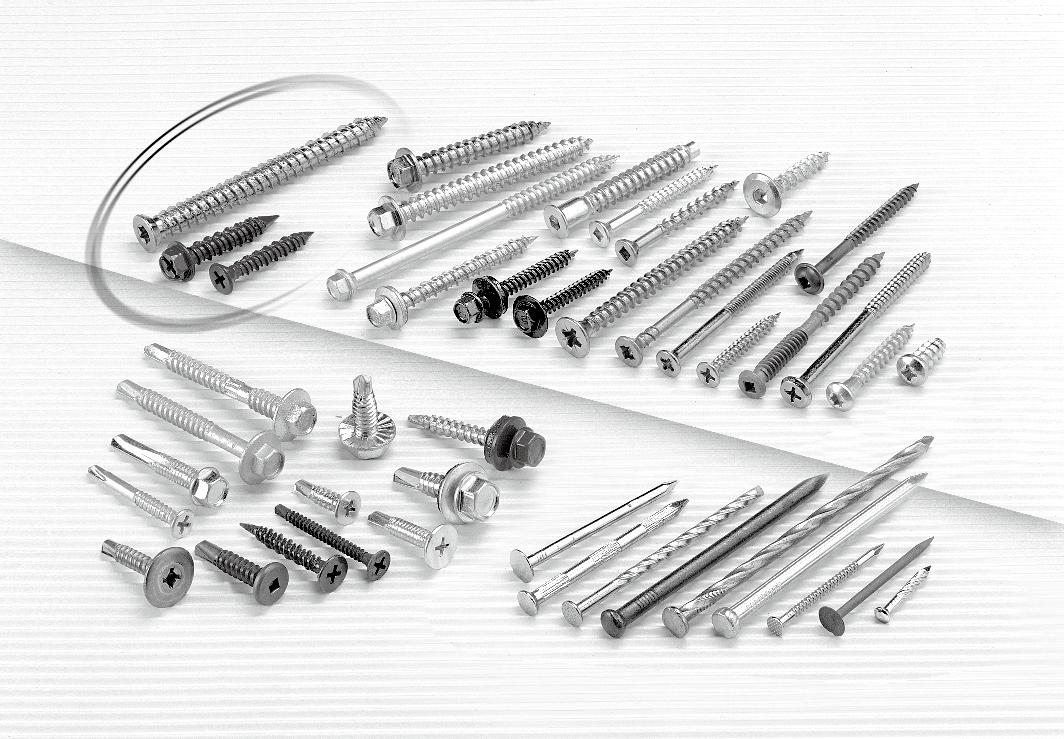

Early this year, the company secured significant follow-on investment via the Ghana Investment Support Programme (GhISP), enabling construction of a new, modern factory for large-scale production of automotive leaf springs and launching Ghana’s first fasteners manufacturing plant. This expansion will boost local value chains, create over 200 skilled jobs, and expand exports to five new West African markets. CEO Derrick Asamoah Boahen praised UK's support for enhancing investor confidence and enabling growth and diversification. Commissioner Thompson highlighted the factory as a prime example of British investment fostering local businesses, innovation, and stronger UK-Ghana ties. Springs and Bolts aims to begin full production by the end of 2025.
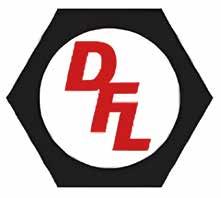
Newly inducted Punjab Industry Minister Sanjeev Arora faces a challenge as several Ludhiana-based industrialists plan to invest Rs 15,000 crore in Madhya Pradesh (MP) over the next five years. This surge follows MP Chief Minister Dr. Mohan Yadav’s recent visit to Ludhiana, where discussions with business leaders led to this investment boost. Concerned about Punjab’s investment outflow, MP Vikram Sawhney stressed the need to build a strong local ecosystem with world-class infrastructure and industrial zones to retain investment and jobs.
The move threatens Punjab’s economy.
Gurmeet Singh Kular, president of the Federation of Industrial and Commercial Organizations (FICO), criticized the Punjab government for insufficient support, citing issues with promised fiscal incentives and refund schemes excluding major sectors. Shiromani Akali Dal president Sukhbir Badal highlighted lawlessness and gang violence in Punjab as reasons for the exodus, accusing political instability of damaging the state’s economy. Key investors committing to MP include Deepak Fasteners (Rs 1,300 crore) and others, with expected employment for 20,000 youth. An industrialist noted better subsidies and safer conditions in MP compared to Punjab, influencing investment decisions.
Wolverhampton Electro Plating (WEP), part of the Anochrome Group, is conducting PFAS-free coating trials for a major automotive fastener manufacturer supplying leading OEMs. The initiative supports the automotive industry’s efforts to phase out harmful Per- and polyfluoroalkyl substances (PFAS) in coatings due to their environmental persistence and health risks. Over the past six months, WEP has been testing PFAS-free zinc flake coatings using advanced equipment such as cyclic corrosion systems, salt spray chambers, and friction testing tools. The trials assess coatings from GEOMET NOF, Magni, Dörken, and electroplated topcoats from Macdermid. WEP collaborates closely with fastener engineers to validate that PFAS-free options deliver equal or superior performance compared to traditional coatings.
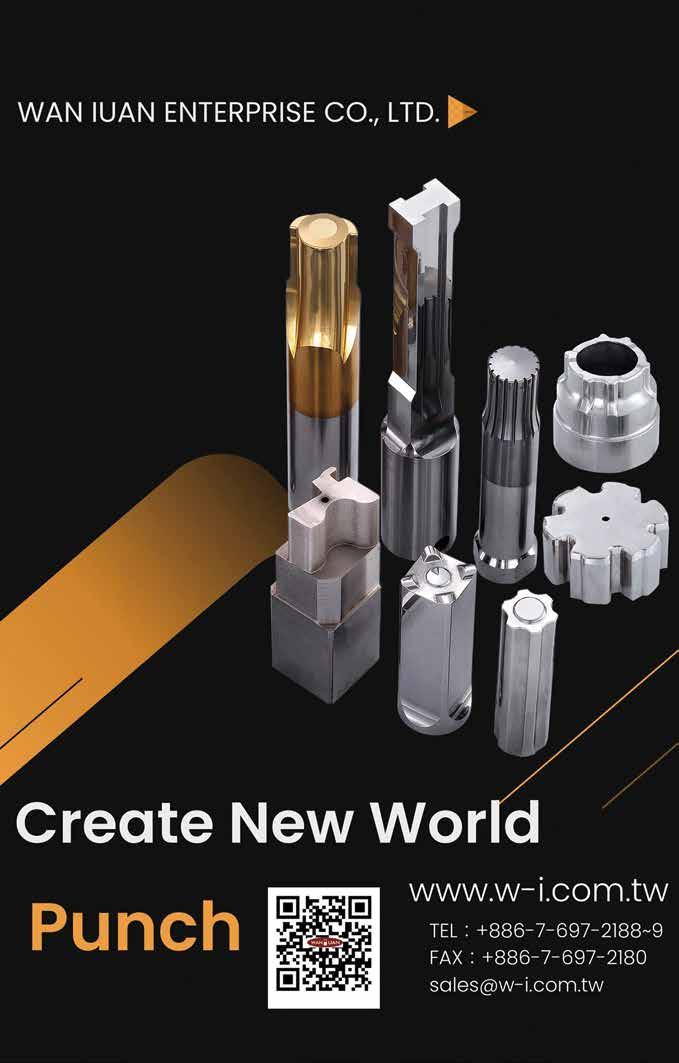
Denis Rainbird, WEP’s general manager, emphasized the group’s technical expertise and state-of-the-art facilities, showcasing their commitment to sustainable manufacturing. The ongoing trials, led by technical and support managers from WEP and Anochrome, aim to facilitate safer, eco-friendly automotive components while complying with evolving regulations. Eliminating PFAS supports environmental safety by reducing soil and water contamination, aligning industry practice with responsible manufacturing goals.
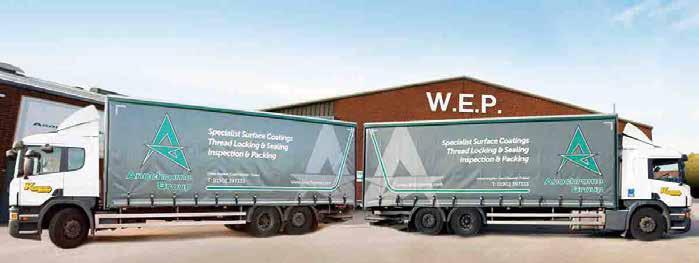
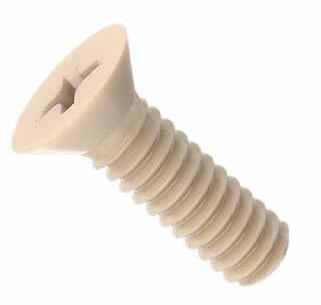
Accu Ltd., a UK manufacturer of specialized threaded fasteners, played a critical role in advancing Whale Wise’s dronebased whale monitoring project. Whale Wise monitors humpback whales to study threats like fishing gear entanglement. Their original drone setup for capturing lidar and photographic data was heavy and bulky, limiting flight time and risking damage during landing. To solve these issues, Tandem Ventures Ltd., partnered with Mouser Electronics, designed WHASER— a compact, lightweight lidar and camera module that attaches to drones without impairing flight. To maximize flight efficiency, Accu Ltd. supplied high-performance fasteners specifically engineered for marine environments. Accu’s Polyfix screws, made from corrosion-resistant A2 stainless steel, eliminated the need for embedded nuts, simplifying assembly and reducing weight. More notably, Accu replaced heavier bolts with lightweight PEEK bolts—six times lighter than traditional stainless steel—significantly extending drone flight times. These precision-engineered fasteners streamlined WHASER’s design, minimized material usage, and aligned with Whale Wise’s sustainability goals. Thanks to Accu Ltd.’s expertise, the drones can better monitor whale size, health, and entanglement scars, improving conservation efforts for these majestic creatures.
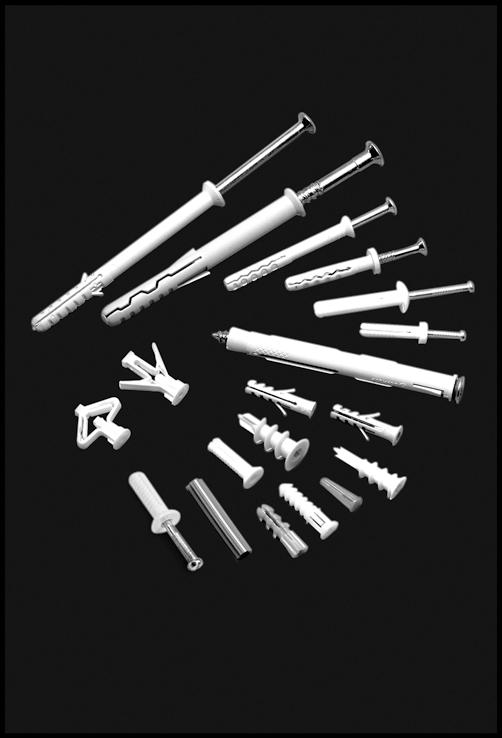


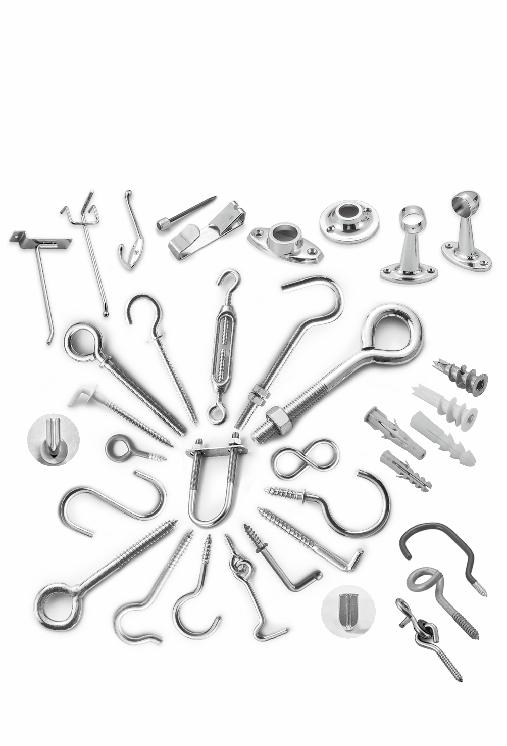

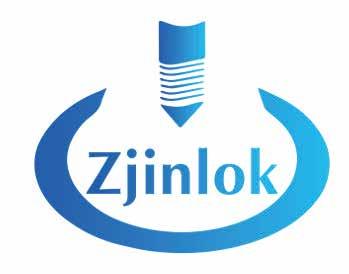
ZJK Industrial Co., Ltd., a high-tech precision parts manufacturer, announced the deployment of newly developed semi-automatic punching equipment for captive screw production. This advanced technology has increased production efficiency by over three times while reducing manual labor by 50%, significantly cutting costs. Captive screw production traditionally involves complex assembly and manual punching due to multiple components and quality challenges.
The new system uses a circular workbench with an adjustable stamping mechanism, allowing integration into automated assembly lines without manual intervention. ZJK’s innovation addresses manufacturing complexity and meets strong market demand for these fasteners. This advancement enhances ZJK’s competitive edge in sectors including AI infrastructure, consumer electronics, electric vehicles, and aerospace.
Spartan Fastener, a fastener manufacturer and distributor based in southeastern Wisconsin, has acquired American Jebco, a specialty fastener and rivet supplier located in Cicero, Illinois. This acquisition immediately expands Spartan's product lineup, manufacturing capabilities, and supply chain efficiency, enhancing its position in key markets across North America.
Founded in 1903, American Jebco serves various industries including automotive, construction hardware, and fire safety equipment. The company focuses on precision specialty fasteners and shifted away from high-volume rivets in 2015 to prioritize engineered, custom components.
Key leadership from American Jebco, including Vice President of Sales Eddie O'Connor and Materials Manager Pete O'Connor, will remain in place to ensure operational continuity and maintain valued customer relationships. Spartan Fastener's CEO Tim Cash described the acquisition as a major milestone in the company's growth strategy, emphasizing a shared commitment to quality and service. Eddie O'Connor expressed optimism about the combined strengths positioning the companies for a strong future.


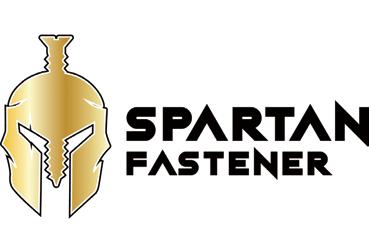
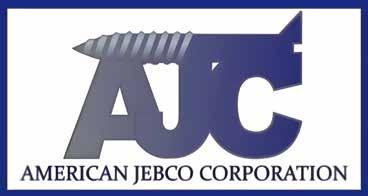
Gabriel India has formed a joint venture (JV) with South Korea’s JINHAP by investing 26.8 crore to acquire a 51% stake in Jinhap Automotive India Private Limited (JAIPL). This JV, expected to close by October 2025, marks Gabriel India's entry into the automotive and industrial fasteners market, a segment critical for vehicle assembly and safety. The venture aims to manufacture high-quality fasteners, tapping into India's substantial import market for these components.
Gabriel India targets revenue of 200 crore by 2030 through this initiative. The JV also gains access to proprietary fastener manufacturing technology via a license from JINHAP. This strategic move diversifies Gabriel India’s portfolio beyond its core shock absorbers and ride control systems, aligning with industry trends for advanced, lightweight, and corrosion-resistant fasteners. With automotive manufacturers seeking integrated solutions, this partnership strengthens Gabriel India’s market position domestically and internationally.
Have you ever looked up at a metal roof and seen row after row of bright shiny screw heads reflecting back at you in the bright sun and wondered why they didn’t do a better job of camouflaging them? Although many metal roofs exhibit this very situation, the fact is that even more roof systems have made great effort to disguise all the exposed fasteners. They do this by painting their heads so that they simply blend into the surroundings. This is but one example of where painted heads provide a unique and creative solution to a problem.
Considering all the fasteners used in the world, only a very small percentage have painted surfaces, such as heads or collars. For these unique situations painted heads provide several advantages and solutions:
• Improve Aesthetics
√ Camouflage- by painting the exposed surfaces of the fastener in a complementary color to its surroundings, the fastener can be disguised to be less prominent or even made virtually invisible.
√ Color Matching- matching the exposed surfaces of the fastener with the color of the surrounding materials provides a cohesive look that is desired in certain applications, like furniture, metal roofing, and composite wood decks.
√ Surface Uniformity- Traditional platings and coatings for fasteners typically exhibit some degree of variation in the surface conditions like iridescence, hue, contact marks, and texture. Painted fasteners can eliminate all these conditions and provide a uniform and extremely attractive surface.
• Improve Protection from the Elements
√ In unison with traditional platings and coatings, painted surfaces can provide additional protection against rusting and oxidation in outside or moist environments.
√ Painted surfaces can also improve protection against other harsh environmental elements, particularly U.V. from exposure to sunlight.
• Cost Effectiveness
√ Pre-painting exposed surfaces can eliminate labor costs necessary to prep and paint unpainted fasteners.
√ Pre-painted fasteners improve quality, as the application process produces significantly more durable finishes that are less likely to chip or flake than parts painted in-place.
• E-coating: E-coating, also known as electrophoretic deposition, is the process of applying paint to conductive surfaces using electric current. This common automotive paint finish can be applied to fasteners, although they must be coated in bulk, which means the paint finish is applied to the entire fastener. When properly controlled it does not fill recesses or threads and can provide excellent corrosion protection. However, it is limited with colors, most often available only in gray or black.
• Spray Application: Selective areas of a fastener, usually just the head, can be painted using spray methods. Parts are fixtured in racks, the heads cleaned, and an even layer of paint sprayed on the head. The trays are delivered to an oven where the paint is cured.
• Powder Coating: Once again, this is usually a selective process, although entire parts can be powder coated. Parts are fixtured, often in a sleeve so that only the head is exposed and directed past a nozzle which releases dry powderized paint. This is usually done electrostatically, so that the powderized paint is drawn to and adheres to the area to be painted. Once the powder is applied, parts will be shuttled into an oven where the heat melts the powderized paint and fuses it to the surface.


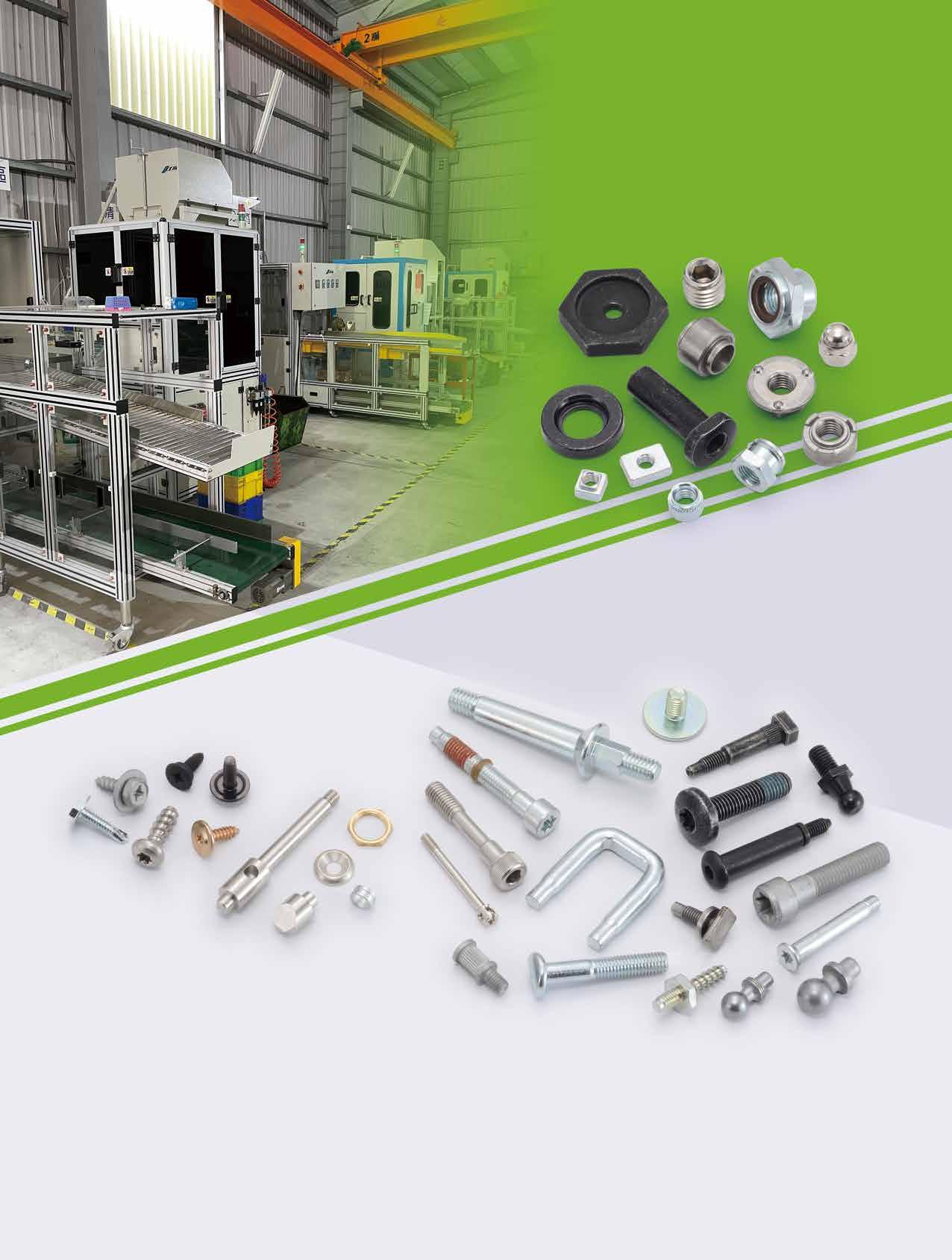

• Commercially applied liquid paint methods, although usually oven cured, do not provide as durable a finish as powder coating. Powder Coating develops a strong bond which is less likely than liquid paint to chip or flake off.
• During the powder coating curing process, the powder melts into a uniform, smooth, and very durable surface. This gives powder coated parts a very attractive appearance.
• Both powder coating and liquid paint have unlimited color options.
• Painting stainless steel heads can reduce the efficacy of stainless steel because the paint can inhibit the protection mechanism generated by the formation of chromium oxides.
• Metal Roofing and Siding Screws: Many of the screws and bonded neoprene sealing washers have heads painted to match the color of the metal sheeting. Especially on roofs that have exposed screws, the painted heads blend them into the surrounding sheet and make them less distinguishable. [See Figure 1]
• Composite Decking Screws: Composite deck boards have become very popular for decks and porches. Many of these use hidden connectors but others screw through the top of the board. In these installations typically a screw with a painted head is used to disguise the fastening point. [See Figure 2]
• Gutters: Gutter screws are usually matched with the color of the gutter. This provides a more professional-looking job. [See Figure 3]
• Vinyl and Aluminum Clad Windows: Screws with color matched heads are often used with colored trimmed aluminum and vinyl clad windows.
• Automotive: Door strikers and door latch hardware in cars are often powder coated to provide a nice, aesthetic appearance.
For applications where the fastener must blend in with its surroundings, painted heads and other surfaces are a good solution. Most paint options allow for a wide range of color choices and are used in applications like metal roofing, composite deck boards, and colored trim. Like many special technologies, different solutions provide varying levels of performance and cost, making this a good option for many users.
Copyright owned by Fastener World
Article by Laurence Claus
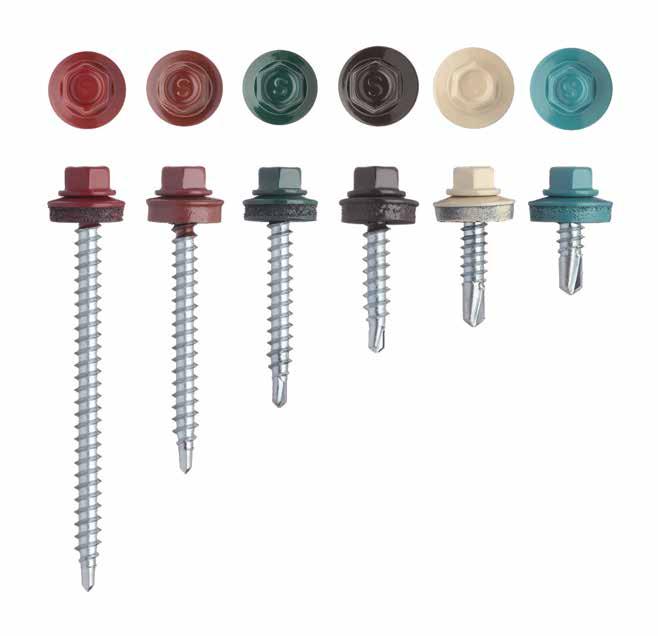

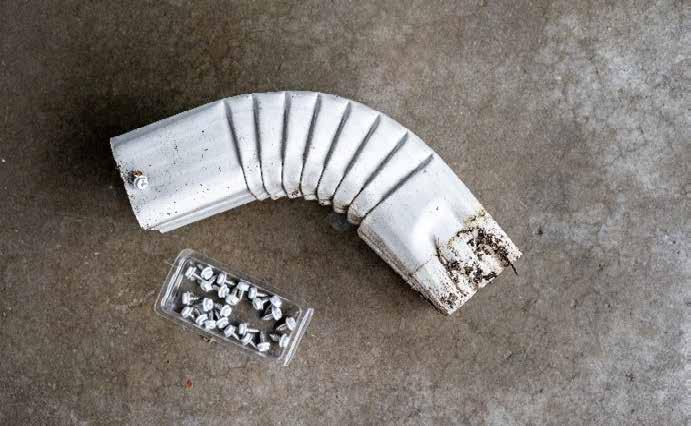
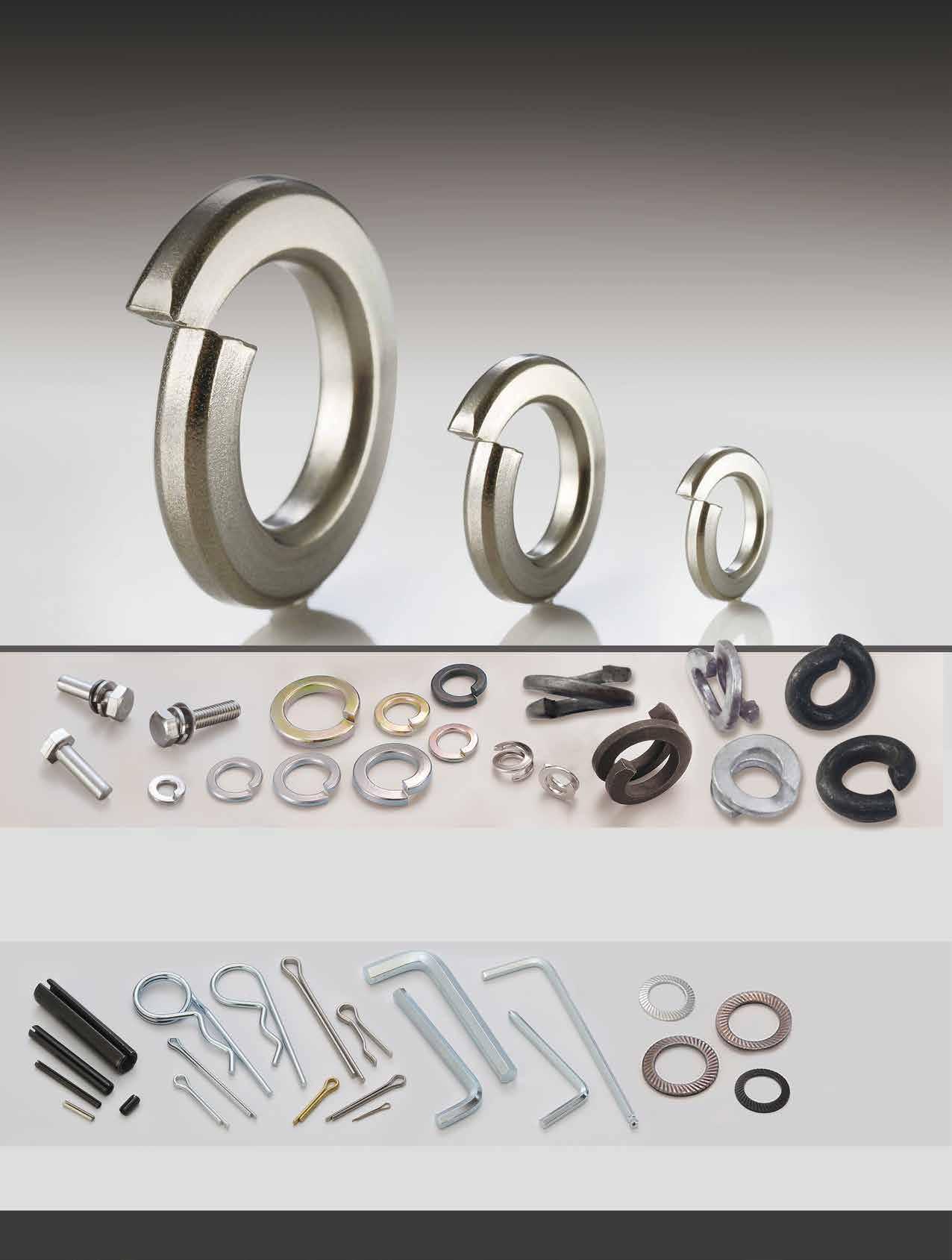

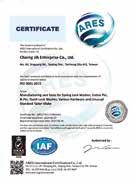
Mevotech released new TTX Stabilizer Bar Link, part number TXMS40836, enhancing its Terrain Tough Extreme (TTX) product line with full front-end coverage for both 12th and 13th generation Ford F-150 trucks (2009-2020 models). This new stabilizer bar link kit is engineered to provide superior durability, optimized compression control, and easier installation, making it ideal for demanding commercial and passenger vehicle use.
The TXMS40836 features advanced technologies including Repel-TEK™ surface treatment to resist rust and corrosion, and upgraded rubber bushings with knurling to secure the stabilizer bushing firmly in place. The design also includes a unique Labor Saver™ barrel nut that reduces installation time and effort. Mevotech’s in-house and third-party durability testing ensures the stabilizer bar link delivers reliable, long-lasting performance, meeting the high standards required for heavy-use vehicles.
With this release, professional technicians can now access a complete range of TTX suspension and steering components for Ford and Lincoln trucks and SUVs in North America, supporting over 9 million vehicles. Mevotech continues to lead in providing robust, high-performance aftermarket parts designed for longevity and ease of installation.
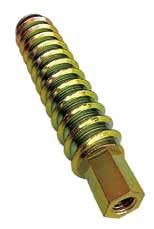
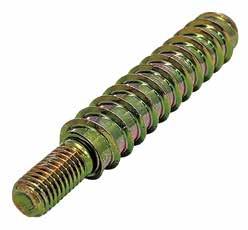
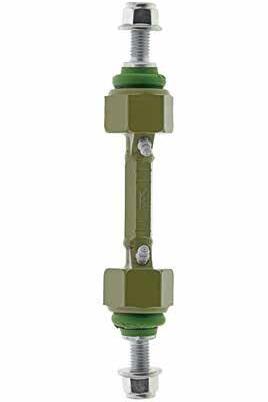
Japanese company Toneji has announced the launch of new products in its T-LSB (lag screw bolt) series—Type E and Type H—starting sales this summer.
The T-LSB series is a fastening component used for various types of wood material joints in construction, including wood-to-wood, wood-to-steel, and wood-to-RC (reinforced concrete) connections. The newly developed Type E and Type H enhance compatibility with diverse joint types such as wood-steel hybrid structures and RC components.
The installation method for Type E involves using a dedicated sleeve and a standard nut. The sleeve is attached to the male thread section at the rear end of the T-LSB and screwed in until the flange of the sleeve tightly contacts the wood surface. After confirming the T-LSB is fully screwed into the wood, the sleeve is removed using an electric torque wrench’s reverse mechanism and reaction arm. The work is completed by ensuring the wood joint surface aligns flush with the rear male thread start point of the T-LSB.
For Type H, installation is performed by screwing it in with an electric torque wrench until the hexagonal portion at the end of the T-LSB is fully embedded in the wood (which requires a counterbore in the wood).
The introduction of Type E and H furthers the versatility and ease of use of wood structural joints, meeting various construction needs effectively.
E-Z LOK has launched threaded inserts specifically designed for 3D printing to address the issue of fragile threads in 3D-printed parts. These metal inserts provide durable and reusable threads that withstand repeated fastening and disassembly without damaging the parts.
The product line includes two main series: the E-Z Press and E-Z Fin (press-in inserts), which are suitable for quick installation and prototyping; and the E-Z Sonic series, which uses heat staking to securely embed the inserts into plastic parts. Available in various metric and imperial sizes, these inserts come in kits with installation tools, making them easy to integrate into design and production workflows. E-Z LOK threaded inserts are ideal for 3D-printed enclosures, fixtures, medical prototypes, aerospace components, and custom tooling, offering excellent wear resistance and crack prevention, even under extreme torque and frequent use.
With the growing adoption of 3D printing technology, E-Z LOK threaded inserts provide a reliable solution to enhance the strength and lifespan of printed parts, helping to bridge the gap between rapid prototyping and functional end-use products.

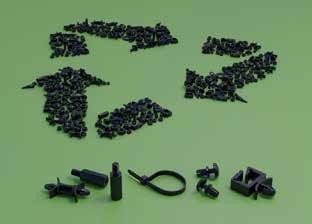
TR Fastenings, a global leader in engineering and part of the Trifast plc Group, has made significant advances in sustainable materials by developing a new range of plastic fasteners and components made entirely from 100% recycled nylon. After extensive research and development, TR's recycled nylon fasteners demonstrate strong mechanical performance comparable to those made from prime-grade materials, while achieving up to a 90% reduction in CO2 emissions related to raw materials.
Andrew Fletcher, Head of Plastics & Rubber (Commercial & Technical) at TR Fastenings, emphasized that this initiative is central to the company’s strategy to provide engineering-led, environmentally responsible solutions. As environmental regulations tighten across industries such as lighting, power, data, and water infrastructure, demand for durable, eco-friendly components grows. TR Fastenings identified a key opportunity in engineered fasteners, which have been overlooked in sustainable plastic markets.
The company undertook rigorous trials, including mechanical testing, molding trials, and accelerated heat aging, to validate materials. The recycled nylon fasteners tested include cable ties, fir tree mounts, push lock rivets, drive fasteners, wire saddles, snap rivets, fir tree clips, and threaded pillars. These are widely used in smart infrastructure applications, such as securing data cables and fastening control systems. With commercial launch nearing, TR Fastenings invites engineers to collaborate for sample testing and integration. Looking ahead, TR Fastenings plans to enhance flame retardancy and expand its sustainable materials portfolio, continuing to lead innovation in smart infrastructure solutions.
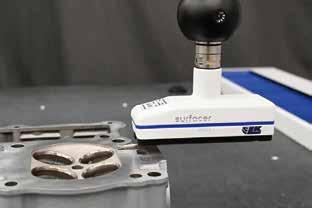
LK Metrology has introduced the SURFACER SRP, a high-resolution surface roughness probe designed for use on any coordinate measuring machine (CMM) with a standard probe head. With a resolution of one micron, this plug-and-play probe allows manufacturers to integrate surface roughness measurement directly into the CNC measuring cycle without needing secondary inspection. This streamlines inspection by combining multiple measurement processes into a single setup, saving significant time and cost.
It features three interchangeable probe modules for measuring various surface types, including flat, conical, cylindrical, concave, convex, and grooves. It communicates wirelessly with the CMM via Bluetooth 4.0, ensuring easy data transfer and installation. The probe’s skid system guides the stylus precisely, capturing microscopic surface irregularities with exceptional accuracy. An integrated preload mechanism isolates the stylus from machine vibrations for consistent results, while the stylus force is minimal, preventing surface deformation.
With a measurable roughness range of 0.5 to 6.5 Ra, it measures fine-scale surface variations critical for component function, durability, and performance. LK Metrology highlights that integrating roughness measurement into a single platform improves accuracy, reduces inspection time, and enhances product quality. This innovation supports manufacturers in optimizing surface finishes, which impact friction, wear, sealing, corrosion resistance, and bonding effectiveness.
GelSight has newly launched the Modulus system, featuring an innovative single-lens reflex modular design that allows real-time swapping of lenses and cameras. This design adapts to the inspection of bores, tight spaces, and open surfaces with complex and previously unreachable geometries, delivering tactile measurements with micron-level precision.
Modulus integrates GelSight’s leading software platform to provide fast, reliable, and repeatable surface measurements, replacing costly and destructive methods such as disassembly or replica workflows. Its upgraded gel technology offers enhanced durability and improved user experience and accuracy. At the same time, Modulus’s portability opens new inspection possibilities for the aerospace, automotive, and high-precision manufacturing industries.
This system assists engineers and field teams in performing precise internal measurements, saving time and preventing scrap or rework. It also supports expandable lenses and cameras, aligning with digital and AI-driven product design requirements. Paired with GelSight Mobile 4.2 software, it offers easy one-click reporting and comprehensive defect tracking. Modulus was expected to ship in August 2025, set to revolutionize mobile metrology by enabling high-precision inspection anywhere.
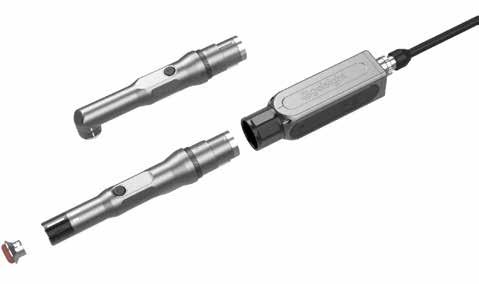
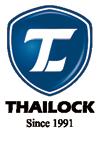
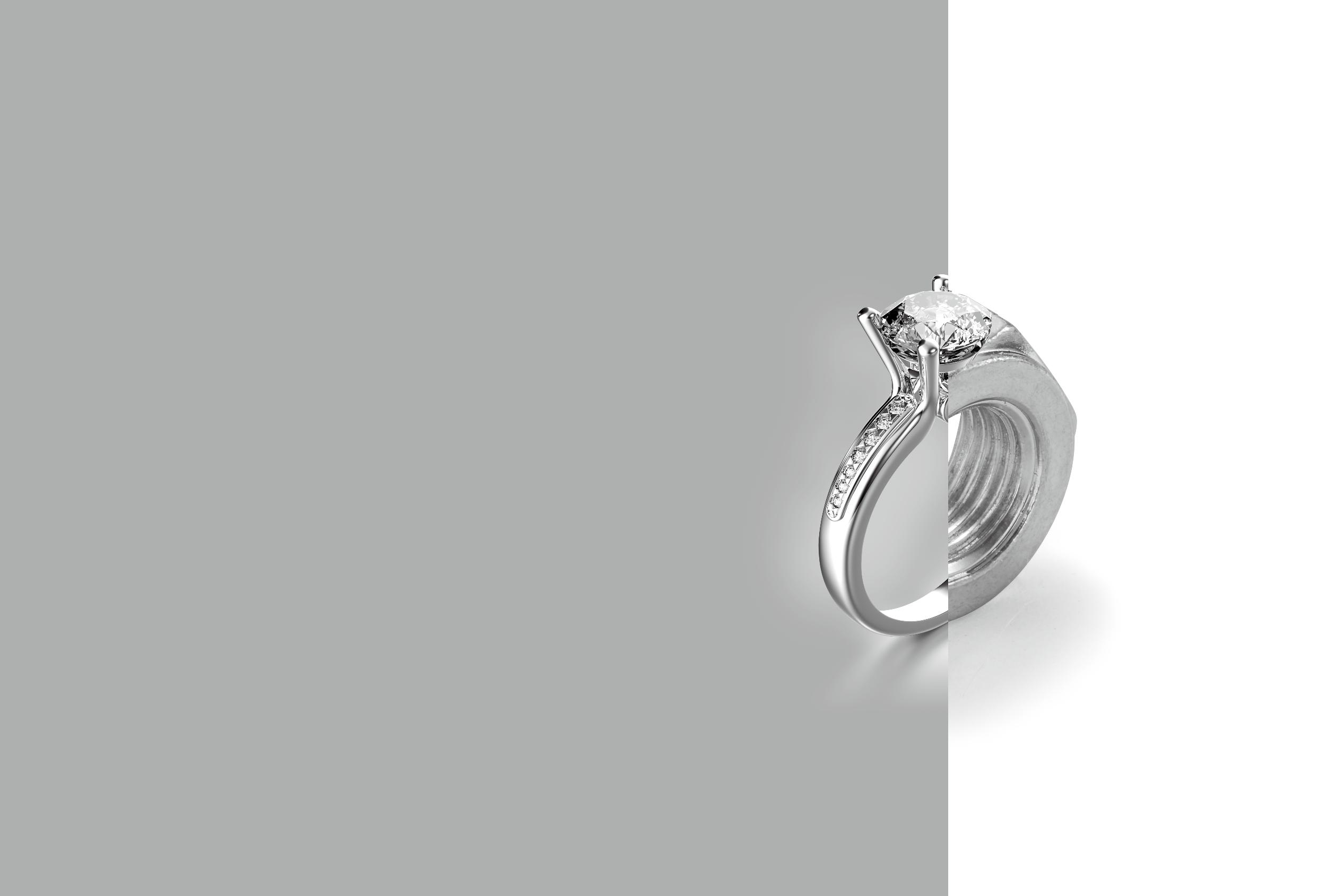



Source:
Sorted by net revenue / Compiled by Fastener World

In the category of fastener manufacturers, a total of 9 companies are ranked in the top 1,000. This is 4 companies more, compared with 5 companies listed last time by Commercial Times. Zhejiang Dongming Stainless Steel Products and Gem-Year Industrial continue to remain the top two Taiwanese fastener companies in China. After dropping out of the ranking last year, Xiamen Boltec jumped to third place this year and replaced Suzhou New Best Wire Tech.
The 2025 ranking list includes 4 more entrants than in 2024: Xiamen Boltec, which produces and sells fasteners; Gem-Safe, which sells fasteners; new entrant Xiamen Bolwir (specializing in coiled wire drawing and spheroidizing processing); and new entrant Suzhou Yeswin (producing and selling standard fasteners and parts). Additionally, Zhejiang Dongming Stainless Steel Products, Gem-Year Industrial, Suzhou New Best Wire Tech, and Chun Yu (Dongguan) Metal Products have all been on the list continuously for the past three years. Except for Zhejiang Dongming, the other three have even appeared on the list for the past four years, making them regulars on the ranking list.
In 2025, the entrants with increased revenue, which are a total of 4 companies, are marked with an upward red arrow. This number stays the same with last year. In terms of revenue growth, Suzhou New Best Wire Tech experienced the highest increase, reaching 3.79%, while Gem-Safe saw the largest decline, dropping by as much as 23.19%. Regarding pre-tax profit margin, the new entrant Suzhou Yeswin ranked the highest, achieving 15.50%.
In 2025, there are 4 companies on the list with revenues exceeding RMB 1 billion, doubling the 2 companies in 2024. Moreover, the total number of entrants has nearly doubled, indicating that the revenue competitiveness of leading Taiwanese-owned fastener companies in China has improved over the past year. Notably, up to three of the listed companies are subsidiaries of QST International, whereas in 2024, QST International had no subsidiaries ranked among the top 1,000. This demonstrates strong revenue growth momentum for QST International in the past year. Gem-Year Industrial also has two subsidiaries on the list. On the other hand, the parent companies of the listed entrants are almost the same as in 2024, revealing that the market of Taiwaneseowned fastener companies in China is overall divided among six dominant players: Tong Ming Enterprise, Gem-Year, New Best Wire Industrial, Tycoons Group Enterprise, Chun Yu Works, and QST International.
News
provided
by:
John Wolz, Editor of FIN (globalfastenernews.com) Mike McNulty, FTI VP & Editor (www.fastenertech.com)



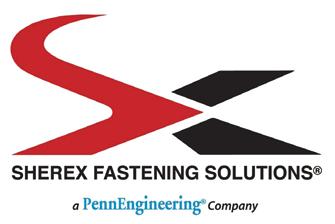
Facing steep tariffs imposed by U.S. President Donald Trump, fastener manufacturers and distributors are hiking prices. Sherex Fastening Solutions recently announced a price increase. “As you may be aware, the latest round of the U.S. government’s Section 232 Tariffs increased its tariff on steel and aluminum products from 25% to 50% on

June 4, 2025,” Sherex president Adam Pratt announced. “To address this, we must implement a 12% price increase on new orders to our standard, catalog parts made from non-U.S. steel and aluminum, effective August 1, 2025.” This adjustment does not apply to products made from domestic wire in its U.S. facilities.
“Please know that we have worked diligently to absorb as much of the increased costs as possible to minimize the impact on you. We will continue to monitor the tariff situation closely. Should the tariffs be modified or removed, we will promptly reassess our pricing to reflect those changes.” Buffalo, NY-based Sherex manufactures engineered fasteners, tooling and automation. The company was acquired by PennEngineering in 2024.
The Sherex announcement follows news that Brighton-Best International (BBI) also increased prices to counteract the impact of U.S. tariffs. A subsidiary of Taiwan-based Ta Chen International, BBI has over 90% of sales concentrated in the North American market. Following the price adjustment, BBI’s gross margin improved to 39% in April to May, up from 33.5% in the opening quarter of 2025, while shipments are forecasted to grow by 2-4% this year. BBl reported Q1 revenue rose 3% to NT$5.878 billion (US$200.8 million), with net profit after tax climbing 32% to NT$766 million.
After declining in the first quarter of 2025, the FIN Fastener Stock Index rose 9% in the second quarter, besting a 7.9% gain by an index of related industrial stocks. Specialty alloys supplier Carpenter Technology achieved the highest gain, growing 52.5% in stock value during Q2. Other FINdex companies recording double-digit gains included Howmet Aerospace (up 43.4%), TriMas (up 22%), Chicago Rivet (up 12.3%), Fastenal (up 11%), and



Dorman Products (up 10%). Park-Ohio lost the highest percentage of stock value during Q2, dropping 17.3%. Other fastener companies recording losses included Stanley Black & Decker (down 11.9%), Simpson Manufacturing (down 1.1%), and Tree Island Steel (down 1.1%).
During the first six months of 2025, the FINdex grew 6.1% compared to 4.9% growth by an index of related industrial stocks. Howmet Aerospace showed the strongest first-half growth, gaining 70% in share value. Chicago Rivet recorded the largest decline, falling 22.8%.
National Machinery acquired Drawing Technology Inc. (DTI), a wire drawing machinery company based in Rockford, IL. Terms of the deal were disclosed. DTI will continue operations from its Rockford facilities. Founded in 2000, DTI provides wire handling, processing and drawing equipment for the automotive, aerospace, construction, and industrial manufacturing industries. Ohio-based National Machinery, which marked its 150th anniversary in 2024, specializes in advanced cold forming technology, with facilities on four continents.

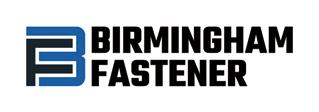


Birmingham Fastener launched ZincFast, a new company providing hot-dip galvanizing services. ZincFast’s galvanizing process provides maintenance-free protection for fabricated steel “in even the harshest conditions.” The company galvanizes a range of products, from small nuts and bolts to larger miscellaneous steel structures, and specializes in spinner batch for high-quality thread fit. Factory controlled processes allow for consistent quality and service.
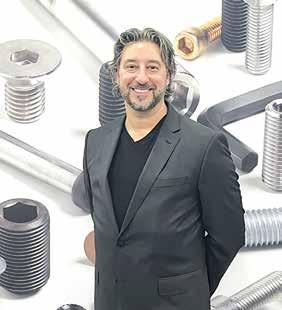
Setko Fasteners & Distribution, Hampshire, IL, USA, announced that after more than a decade of dedication to the company, Kelly Poholarz has acquired full ownership and now serves as the sole proprietor
and CEO. Kelly has been a cornerstone of the Setko team with over 30 years in the fastener industry, guiding growth and innovation across a wide range of fastener products. This includes socket head cap screws, set screws, shoulder bolts, hex and 6-lobe keys, dowel pins and much more. Setko has expanded its specialty product offerings to include items like brass and nylon tipped set screws while also enhancing service capabilities with options such as blanket orders and custom finishes – all reinforcing their role as both a domestic and import supplier.
“I’m honored to lead Setko into its next chapter,” Kelly said. “Our unwavering focus on quality, custom solutions, and personal service has defined us for many years, and I’m excited to build on that legacy.” Setko Fasteners has grown into a trusted partner within the industrial fastener sector, serving North American markets with both domestic manufactured and imported products tailored to exact print specifications. As sole owner, Kelly is committed to building on Setko’s strengths in customized socket products, rapid fulfillment, and client-focused supply chain solutions. With Kelly at the helm, Setko Fasteners looks forward to continuing its tradition of reliability, innovation and excellence for existing and future customers across industries.
Kelly continued, “I’m incredibly proud of my team at Setko! Their unwavering commitment to delivering exceptional service ensures that every customer receives a top-tier experience. Each member of the Setko family goes above and beyond to guarantee complete satisfaction, making customer care one of our highest priorities.”

① SPAX and TRUFAST hired Ryan Edwards as director of sales – Mass Timber for North America. Based in Coeur d’Alene, ID, his career spans two decades in construction, including mass timber. “Mass timber represents the future of sustainable construction,” stated Edwards. “SPAX’s proven fastener technology and TRUFAST’s building envelope innovations provide a complete, performance-driven package for modern mass timber projects.” Ohio-based SPAX and TRUFAST are part of Altenloh, Brinck & Co US — a division of the German-based company that manufactures and distributes engineered fasteners for the residential and commercial building material industries.
② Eight months after acquiring Bristol Machine Co., Industrial Threaded Products (ITP) relocated BMC to its facility in Rancho Cucamonga, CA, from nearby Ontario, CA. Founded in 1975, BMC manufactures and distributes fastening systems and industrial products for the construction, marine, and power (solar, wind energy, pole-line) industries. Products include fastening systems, concrete anchors, anchor bolts, clevis assemblies, full threaded rods, and TC bolts. Founded in 1979 by Ron Futrell, ITP supplies fasteners to commercial manufacturers and construction wholesale distributors.
③ AFC Industries hired Brandi Lynn Miller as director of customer solutions. She will manage the company’s VMI programs. Based in Chicago, Miller has experience in project management, procurement and engineering with Optimas Solutions, Axium Packaging and StretchTech. Cincinnati-based AFC provides supply chain management for fasteners, tooling and assembly components to OEMs. AFC services include VMI, stock and release programs, light assembly, kitting and private labeling.
④ Crouch Sales Co. launched a new website with a new company logo. “Our updated platform simplifies the process of placing orders and requesting quotes, ensuring a user-friendly interaction,” the company stated on LinkedIn. Founded in 1966, Crouch Sales is a family-owned fastener distributor with a Texas-based warehouse of bolts, nuts, screws, and anchors.
⑤ LoneStar Group hired Matt Hull as business development manager to support AmeriBolt, LoneStar Fasteners Houston, and LoneStar Sealing Technologies. His career includes nearly two decades at Fastenal, where he served in leadership roles. Based in Virginia, Hull will focus on quick-turn solutions across custom fasteners, precision gaskets, and engineered components — all manufactured and distributed through LoneStar’s facilities.
⑥ ND Industries, Inc. hired fastener veteran Ryan Grew as business development manager. Prior experience includes working for EFC International, Big Bolt, Optimas Solutions, Stanley Engineered Fastening, and Fastenal. Founded in 1955, Detroit-based ND Industries manufactures adhesives, sealants and thread-locking technologies for fasteners and assemblies. Acquired by H.B. Fuller in 2024, ND Industries has 13 U.S. divisions plus facilities in Taiwan, China and Turkey.



LindFast Solutions Group (LSG), Blaine, MN, USA, a Nautic Partners LLC portfolio company named Mike Spencer as Chief Executive Officer (CEO) and Steve Dean as Chief Commercial Officer (CCO). LSG is a master distributor of standard and specialty fasteners and tapes with specialty manufacturing capabilities, servicing a broad base of national, regional and local distribution customers in North America.

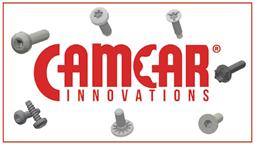

Camcar Innovations® announced a strategic partnership with Mule Technology™, for a major step forward in a shared mission to modernize and streamline the fastener manufacturing industry.
The collaboration joins Camcar’s expertise in advanced fastening solutions and global reach with Mule’s retrofittable hardware, purpose-built to optimize and simplify fastener production. Delivered technologies will drive gains in efficiency, scalability and operational accessibility.



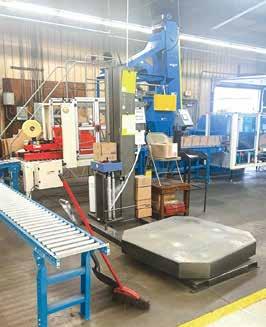
Brainard Rivet, Girard, OH, USA, reports, “We’ve upgraded our packaging process with a fully automated, start-to-finish system—and the results speak for themselves. From forming and sealing boxes to automated filling and palletizing, the system eliminates manual steps and cuts hours. It’s more efficient, more organized and safer for our team.” A full update is available online at the Brainard Rivet website blog.


Huyett expanded manufacturing operations with two state-of-the-art Swiss lathes. This increases Huyett’s capacity for producing precision, tight-tolerance, custom fasteners and components. The lathes feature multi-turret tool positions for milling, tapping, drilling, slotting, threading, knurling, end slits, hex heads, etc., on both ends.
Cold-heading bolt manufacturer, Auto Bolt USA, Cleveland, OH, USA, announced the appointment of Dianna Barnes, CFS, as its new Sales Operations & Marketing Manager. With over seven years of experience in the fastener industry and over a decade of customer relationship expertise, Barnes brings a wealth of industry knowledge and a strong customer-centric approach to the Auto Bolt team. She will lead key initiatives to enhance customer experience, streamline sales operations and expand marketing outreach.
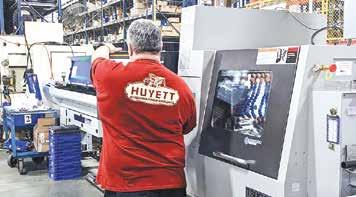
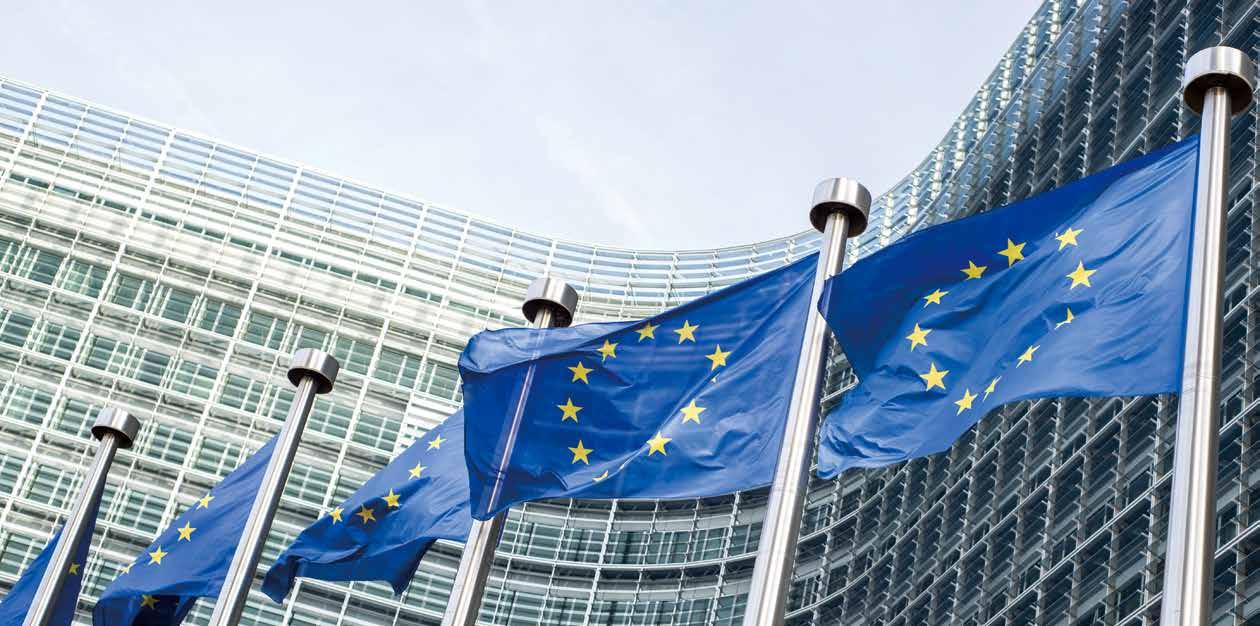


Würth Group’s preliminary figures for the first half of 2025 indicate a slight trend towards a return to growth. In the first half of 2025, Würth Group was able to increase its consolidated sales by 2.2% to €10.4 billion (adjusted for currency effects, growth was 2.7%), while generating an operating result of €475 million.

Overall, Würth Group reports that the business climate appears to be improving slightly, despite the erratic US economic policy. The number of orders the Group received over the past few weeks points to an acceleration in growth in the second half of 2025. For now, Würth Group is entering the coming months with cautious optimism. Measures taken by Germany’s newly elected federal government are fostering a sense of optimism in the national economy, which could quickly replace the previous pessimism and dissatisfaction among the population.



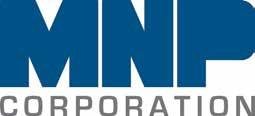
Just a few months after announcing the acquisition of Right Tight Fasteners, a key player in the Indian market, Italianbased Fontana Gruppo is continuing its growth strategy with the acquisition of US-based MNP Corporation, a company specialised in the design and production of fasteners for the automotive, earthmoving and agricultural sectors.
Giuseppe Fontana, CEO at Fontana Gruppo, outlines: “We are continuing our strategy of expanding into the local markets served by our customers, who demand timely and efficient service. Thanks to this acquisition, we will be able to significantly increase our production capacity while maintaining our high-quality standards, becoming the largest fasteners manufacturer in North America and worldwide.”
Giuseppe continues: “With strong roots in Italy, we have always pursued a localisation strategy that allows us to seize opportunities on every continent, keeping our minds and eyes open to the world. In this regard, the United States, where we have had a presence for many years, continues to represent a strong market.”
Founded by Larry Berman and headquartered in Utica, Michigan, MNP Corporation is a leading manufacturer in the fastener industry. Today, it employs 1,000 people and operates five production facilities in Michigan and Illinois. Terri Chapman, CEO at MNP Corporation, states: “This company has been my family’s legacy since 1970, and I’m proud to pass it on at a time of strength, with confidence in its future.”

La.Ro Srl has officially joined the KEA Industrial Group, representing a strategic step for both parties and forming a new European hub specialised in cold forming – with KEA already having production sites in France and Poland.

This new collaboration, through the integration of their respective expertise and production structures, gives rise to a European industrial group highly specialised in the production of complex cold formed components for various industrial sectors. The companies within the group boast a long and solid history in the industry. Bonioni SAS has been active for over 70 years and La.Ro for more than 50 years. This industrial heritage reflects technical competence, organisational solidity, as well as deep market knowledge. The benefits of this new industrial configuration include integration of highly qualified technical know-how, greater production capacity and flexibility, as well as consolidated commercial presence across key European markets. A distinguishing feature of this project is also the participation of the Ghezzi family – founders of La.Ro – in the KEA holding, as well as their continued operational role within the new structure. This ensures strategic and managerial continuity, preserving the values that have always characterised the company. “This new collaboration strengthens our ability to innovate, expand and respond even more effectively to the needs of our customers,” comments La.Ro. “We are particularly excited to embark on this new journey with KEA. We believe that one of the strengths of this new Group lies in the people – a cohesive, competent and passionate team that have built solid and recognised companies over time. This transition represents an opportunity to further enhance our human capital and foster the development of new skills in an international context.”


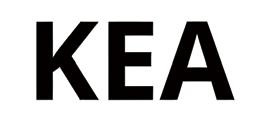
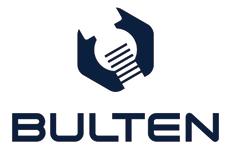
Bulten Group has reported net sales amounted to SEK 1.337 billion (€119.8 million) for the second quarter of 2025, a decrease of 8.8% on the same period the previous year (Q2 of 2024: SEK 1.466 billion). Operating earnings totalled SEK 61 million, equating to an operating margin of 4.6% – with restructuring costs of approximately SEK 8 million having a negative impact on operating earnings.
Bulten Group is a leading global manufacturer and distributor of fasteners to the automotive industry, as well as other industries – such as consumer electronics. Headquartered in Gothenburg, Sweden, the company has approximately 1,900 employees around the world. Axel Berntsson, president and CEO at Bulten Group, reports: “Our Q2 results were in-line with both the previous year and the previous quarter. Sales to segments, such as medtech and consumer electronics were strong, while volumes for light vehicles fell slightly as a result of the downturn in the automotive sector.” In June, Bulten also decided to initiate a strategic review of which products should be manufactured in-house versus externally sourced in the future, as well as how the company should be organised. The review includes an assessment of the potential consequences of consolidating and/or divesting one or more of the Group’s manufacturing facilities.


Swedish premium fastener manufacturer BUMAX has strengthened its market presence in Türkiye, following the signing of a new strategic agreement with Standart Civata (STD) – a renowned distributor of high-quality fasteners
The partnership marks a significant milestone in the BUMAX international growth strategy, aimed at strengthening its distribution network and brand presence in key markets. “We are thrilled to partner with Standart Civata, a company that shares our commitment to quality and customer satisfaction,” states Jacob Bergström, regional sales manager at BUMAX. “This collaboration will enable us to better serve our Turkish customers and expand our footprint in this important market.” Kuntay Ayberkin, general manager of Standart Civata, adds: “BUMAX’s premium stainless steel fasteners are a perfect fit for the Turkish market, and we are excited to work together to bring these high performance products to our customers. The technical training and local support provided by BUMAX will be invaluable in ensuring the success of this partnership.”
BUMAX recently held an in-depth training session for the Standart Civata team in Izmir, Türkiye, to raise awareness of the unique characteristics and capabilities of BUMAX fasteners. This included a deep dive into the full range of BUMAX grades and products, and how they can overcome particular customer challenges by providing properties, such as high strength, corrosion resistance, anti-galling and temperature resistance. Founded in 1982, Standart Cıvata operates as part of Norm Holding –Türkiye’s market leader in fasteners, hardware and customised fastening solutions. With a trade-focused model and a dedicated team of over 160 experts, Standart Cıvata is committed to delivering top tier service and product quality. With more than 45,000 pallets of capacity in its sales and logistics centres and 15,000 tonnes of inventory spread across strategic hubs in İzmir, Manisa, Kocaeli, and Ankara, Standart Cıvata ensures fast delivery to all provinces of Türkiye and exports to over 50 countries worldwide. Its logistics operations are supported by its own fleet and third-party warehouse and distribution partners.

Provided by Irem Yaren BAYSAL, Editor of Fastener Eurasia Magazine www.fastenereurope.com

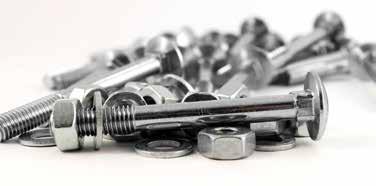


Annual changes in the four industry sectors were: mining production value up by 28.30%, manufacturing by 24.02%, electricity, gas generation and distribution by 22.10% and water supply by 55.74%.
Annual changes in main industrial groups were an increase by 21.91% for intermediate goods, increase by 31.35% for durable consumer goods, increase by 26.40% for non-durable consumer goods, increase by 20.82% for energy, increase by 28.34% for capital goods, monthly.
• Cost pressure: Steel-based fasteners are directly affected by cost increases in the manufacturing industry. The annual producer price increase close to 24% requires companies to develop more careful strategies in the supply of intermediate goods and capital investments.
• Supply chain effect: The high increase in both intermediate goods and capital goods can drive up the costs of raw materials and spare parts used in production.
• Need for price adjustments: The rising cost trend of durable and non-durable consumer goods may necessitate the reflection of price increases in final products.
• Sustainability and competition: In order to maintain competitiveness in the domestic market and exports, it is important for manufacturers to invest in areas such as efficiency, coating technologies and automation.
TurkStat's July 2025 data show that the upward trend in producer prices creates a strong cost pressure in the fastener sector. In particular, the 24% annual increase in the manufacturing sector will force companies to review their price strategies and turn to efficiency-oriented improvements.

In the first half of the year, Turkey's crude steel production decreased by 1.7% to 18.3 million tons.
In the first half of the year, final product consumption decreased by 2.6% to 18.6 million tons.
• Export: In the January-June period, exports of steel products increased by 18.6% in terms of quantity to 7.7 million tons and by 8.8% in terms of value to 5.2 billion US dollars compared to the same period of 2024.
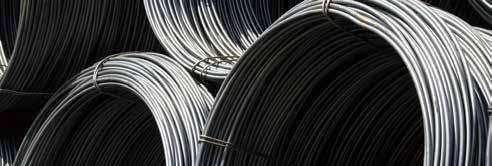
• Import: In the January-June period, imports of steel products increased by 12.6% in terms of quantity to 9.3 million tons and decreased by 0.3% in terms of value to 6.5 billion US dollars compared to the same period of 2024.
• Foreign Trade Balance: Although the ratio of exports to imports, which was 73.5% in the January-June period of 2024, increased to 80.2% in the same period of 2025 thanks to the upward trend in exports, this ratio lagged behind 83.4% in the 4-month period due to the high rate of increase in June imports.

According to the June 2025 data announced by the World Steel Assocation, crude steel production decreased by 5.8% compared to the same month of the previous year to 151.4 million tons, and in the January-June period, it decreased by 2.2% compared to the previous period to 934.3 million tons.
In the January-June period, China's crude steel production decreased by 3% compared to the same period of the previous year and amounted to 514.8 million tons. India's crude steel production, which ranks second, increased by 9.2% to 80.9 million tons, while Japan's production decreased by 5% to 40.5 million tons.


In the January-July period of 2025, total production of all vehicle types increased by 1 percent compared to the same period of the previous year, while automobile production decreased by 4 percent. In this period, total production of all vehicle types was 834,838 units and automobile production was 521,447 units.
In the January-July period of 2025, the total market of all vehicle types increased by 6 percent compared to the same period of the previous year and amounted to 739,903 units. In this period, the automobile market increased by 7 percent and amounted to 572,198 units.
In the commercial vehicle group, in the January-July period of 2025, total commercial vehicle production increased by 11 percent and light commercial vehicle group production increased by 14 percent compared to the previous year, while heavy commercial vehicle group production decreased by 9 percent. Compared to the January-July period, the commercial vehicle market increased by 3 percent, the light commercial vehicle market increased by 6 percent, while the heavy commercial vehicle market decreased by 8 percent.
In the January-July period of 2025, compared to the same month of the previous year, exports of all vehicle types increased by 9 percent on a unit basis, while automobile exports decreased by 5 percent. In the same period, exports of all vehicle types amounted to 630,992 units and automobile exports amounted to 36,136 units.
In the same period of 2025, exports of all vehicle types increased by 14 percent in US dollar terms compared to the same month of the previous year. According to the data of Uludağ Automotive Industry Exporters' Association (OIB), exports of all vehicle types amounted to USD 23.5 billion in this period, while automobile exports increased by 12 percent and amounted to USD 6.9 billion.
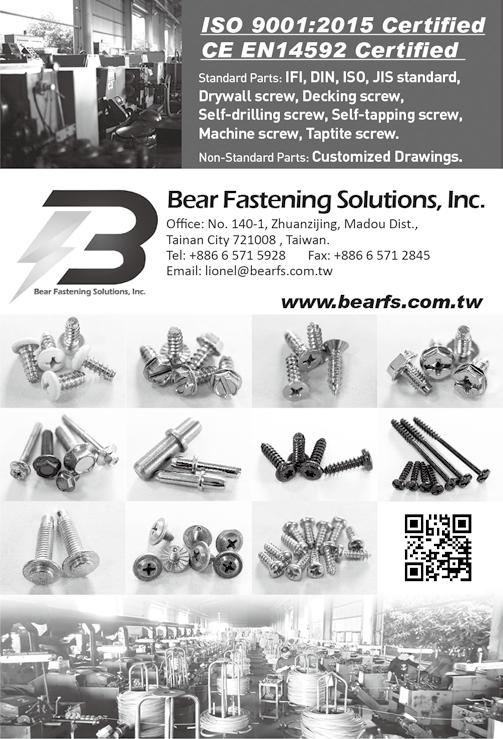


On July 16, 2025, Mr. Mário Cezar de Aguiar, president of FIESC (the Federation of Industries of the State of Santa Catarina, Brazil), led a delegation of metalworking industry executives to a meeting with Mr. Geraldo Alckmin, the Brazilian Vice President and Minister of Development, Industry, Commerce, and Services (MDIC). The discussion focused on ways to counteract the effects of tariffs imposed by the United States under President Donald Trump.
“Retaliation would be the worst course of action, as it would only increase losses for Brazilian industry. Besides working to reduce tariffs, we need alternatives—such as extending the deadlines for their implementation—to give companies time to reorganize and explore new markets,” said Aguiar.
“Even if tariffs don’t return to previous levels, we must reach a rate that keeps the U.S. market relevant for Brazilian exports,” the FIESC president emphasized. He added, “Industries in Santa Catarina intend to collaborate closely with their North American customers, who can exert pressure on their government by highlighting the impact these tariffs have on consumers. The vice president understands the numbers and fully recognizes the importance of this issue.”
Accompanied by executives from Brazilian fastener manufacturers, Aguiar also stressed the need to include semi-finished steel and aluminum products in trade defense strategies, aiming for tax equality. “At present, we face an influx of Chinese products, with fasteners arriving in Brazil at prices so low they nearly match the raw material costs paid by Brazilian manufacturers,” he said. Aguiar concluded by noting the significance of the sector in Santa Catarina, which provides many jobs.
Source: www.fiesc.com.br
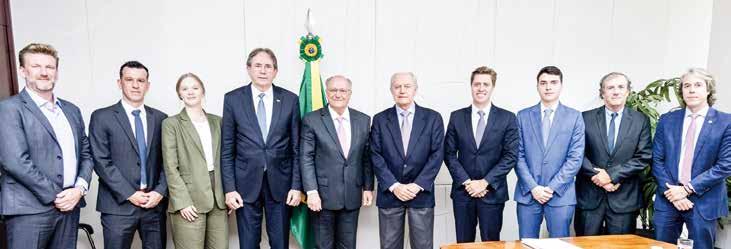


Left to right: Rafael Arnold (Rex), Ricardo Fey (Fey), Barbara Boewing (Metalbo), Mário C. Aguiar, Geraldo Alckimin, Carlos R. Schneider and Hugo Schneider (Ciser), Ricardo S. Castelhano and Fernando Suarez (Jomarca), Rodrigo Zerbone (Camex)
The local production is practically the same as in the year 2024; however, now we have the factor of Trump.
Over the past decade, Brazil has produced an average of about 33 million tons of steel annually, with roughly 28% of that amount exported to overseas markets. Meanwhile, steel imports into Brazil have remained steady at around 6 million tons per year.
In 2024, the United States was Brazil’s second-largest steel customer, importing about 4 million tons of Brazilian steel. Iron and steel products ranked as Brazil’s second most exported category to the U.S., with total sales reaching approximately US$ 2.8 billion that year. The tariffs imposed during President Trump’s administration have created complete uncertainty about the future—both for Brazil and internationally. What’s especially troubling is that the United States, which has a trade surplus with Brazil, is applying tariffs as high as 50% on steel and other products, including orange juice and coffee. So, “good morning,” Mr. Trump—Brazil is still waiting for a clearer path forward.
Sources: www.mdic.gov.br; www.acobrasil.org.br; www.bbc.com/portuguese

Brazil’s purchase of fasteners can exceed US$ 1.3 billion in 2025.
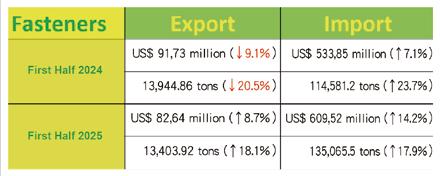

The event was titled “Fasteners and Coatings: Industry Innovations and Challenges”
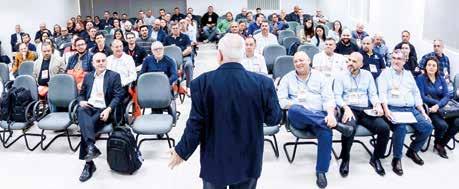

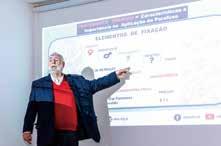
In 2024, Brazil imported a total of US$ 1.132 billion worth of fasteners, with US$ 111 million (9.8%) delivered to the state of Santa Catarina. São Paulo led with US$ 528 million (46.6%) in imports, while neighboring Paraná received US$ 45.7 million (9%). This highlights the strong industrial presence not only in Santa Catarina but also in the surrounding region. In May, Blumenau, Santa Catarina, a fastener coatings conference was hosted by ABTS, the Brazilian Surface Treatment Association. The event brought together local experts, professionals from automakers, suppliers, and general users.
The conference, held by the Micro and Small Business Association (AMPE), located near the famous Blumenau pavilion at Oktoberfest, was titled "ABTS: Fasteners and Coatings: Innovations and Challenges in the Sector." Its main speaker was Dr. Roberto Garcia, a physicist and chemist known for his extensive expertise and passion for advancing knowledge about fasteners. The event also featured a special presentation by Patrícia Neumann, Supplier Quality Engineer at Volvo do Brazil.
Based on the 14.2% increase in Brazilian fastener imports during the first half of 2025, it is possible that total imports for the year will reach a record high of US$ 1.291 billion. In terms of volume, imports have risen by 17.9% (in 2024, Brazil imported 255,868.6 tons).
However, this growth could be even higher.
Economic activity in Brazil during January to June is usually slower compared to the warmer second half of the year. This suggests that import volumes and values could increase further in the coming months, potentially pushing 2025’s fastener imports beyond US$ 1.3 billion and close to 300,000 tons—setting a new record.
Source: www.gov.br/en

Raw Material Prices Help, but Not Enough to Solve the Local


In the USA and Europe, none of the ten largest companies are banks; in Brazil, five of the top ten are. A strong banking sector isn’t necessarily bad, but it can indicate that domestic manufacturing has not been prioritized. What does this mean for domestic fastener manufacturing?
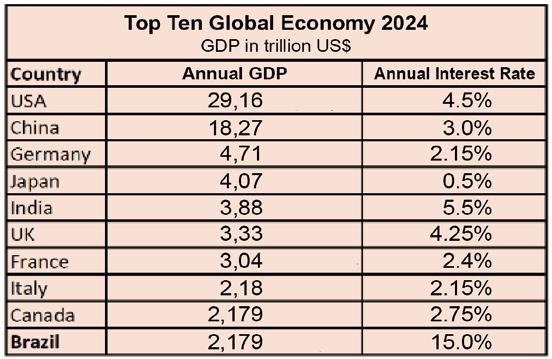
One reflection of this is how companies finance capital investments. In Brazil, 59–74% of machinery and equipment purchases are financed with companies’ own funds; in the USA, only 18% is self-financed. This shows that financing is costly for Brazilian businesses—annual interest rates have been around 15%. The COVID-19 pandemic that broke out in 2020 served as a laboratory for dealing with shortages: steel and other inputs became scarce and very expensive. Fortunately, steel—which accounts for roughly 40% of a fastener’s cost—has been recovering since the end of 2020. As of July 7, 2025, prices have fallen in four of the last five months. Nevertheless, a large volume of finished fasteners from China has arrived in Brazil, often priced about 30% below the local manufacturing cost. Over the past 12 months, this has contributed to a 25% decline in domestic production, hurting local jobs and effectively turning Brazil into a net exporter of jobs in this sector.



Böllhoff Brazil Team: Tayssa Prezotto, Simone Lazarotti (Ana Teresinha Jesus, Rotary Club of Jundiaí Conexão), Edna Murakava and the Doctors of Joy group
On July 23, 2025, Böllhoff Brazil held the 11th edition of its donor recruitment campaign to support
people suffering from bone marrow cancer. With the help of the Rotary Club of Jundiaí, SP, and the Blood Center of Unicamp (State University of Campinas, SP), the entire program took place at the Böllhoff Bone Marrow Institute, located in the company’s Jundiaí unit.
“Supporting the bone marrow registry is vital to saving lives. Bone marrow produces blood cells, and a transplant can be the only hope for patients with serious illnesses like leukemia. Each new registration increases the chance of finding a compatible donor, giving patients a fresh chance at life,” said Simone Lazarotti, Böllhoff’s executive secretary, campaign coordinator, and Rotarian. She added, “In addition to our supporting organizations, we were delighted to have the ‘Doctors of Joy’—a fun, animated group. The campaign will continue on November 19, 2025. Participating is easy but can make a huge difference for those in need and deeply touch the hearts of donors. We invite everyone to join us!”
by Sergio Milatias, ‘Revista do Parafuso’ (The Fastener Brazilian Magazine) revistadoparafuso@revistadoparafuso.com www.revistadoparafuso.com


Since President Trump took office in the United States, new tariff policies have been introduced successively, leading to a tariff rate of automotive and scooter related products exported to the U.S. that generally exceeds 20% for most countries. Although ASEAN countries, after multiple negotiations in August, have reduced tariffs to levels close to that of Indonesia, this also indicates the U.S. recognition of the potential niche and strength of the Indonesian industry. Indonesia is among the first ASEAN countries to have reached an agreement with the U.S. and was the first to obtain a relatively preferential tariff rate of 19%. Indonesia possesses abundant raw material resources, a large domestic market, and low labor costs, demonstrating potential for export expansion and attracting foreign investment. This advantage might influence U.S. import procurement and supply chain arrangements, making Indonesian mid-low grade auto part and scooter price competitive.
This attractiveness draws multinational car manufacturers to redirect orders and invest in Indonesia. Additionally, Indonesia holds advantages in steel and aluminum supply and labor costs, actively promotes upgrade of the automobile and scooter industry, and develops new energy vehicles. Therefore, if Indonesia effectively leverages tariff and cost advantages, it has the opportunity to become a new emerging export base for automobiles and scooters.
Table 1 illustrates major countries from which the U.S. imported automobiles and scooters globally from 2020 to 2024. In the last five years, the U.S. automobile and scooter imports increased to 223.5 billion USD, with a compound annual growth
rate (CAGR) of 10.8%. Among these, Mexico ranked first at 50.01 billion USD, benefiting from proximity to the U.S. market and supply chain clustering, accounting for 22.4% of the total. Japan and South Korea ranked second and third, with shares of 18.6% and 17.0%, respectively. South Korea's CAGR reached as high as 23.1%, showing its aggressive gain in the U.S. automotive parts market. Neighboring country Canada ranked fourth; however, some of its market share has been replaced by competitors. Although China accounted for only 2.1%, its CAGR of 16.4% shows there were short-term U.S. demand for Chinese products. The countries that the U.S. imported from were concentrated in North America and East Asia, showing a pattern of "regional concentration + diversification across emerging markets."
Analysis by Category of Automobiles and Scooters Imported Globally by the U.S.
Table 2 shows the the top 10 categories of automobiles and scooters imported by the U.S. globally from 2020 to 2024. In recent years, the U.S. import has centered on passenger cars, with the main category being small passenger cars with engine displacements of 1,500cc and 3,000cc (HS code 870323), accounting for 94.09 billion USD or 42.1%. Next is passenger cars above 3,000cc (870324), at 31.49 billion USD or 14.1%. Electric passenger vehicles (870380) have grown rapidly to 23.02 billion USD, with a remarkable CAGR of 90.1%. Overall, U.S. automobile and scooter imports were dominated by large passenger cars and the high growth of electric vehicles, highlighting that electrification and high value-added vehicles are firmly positioned as the future mainstream in the U.S. Although U.S. steel and aluminum tariffs have not included complete vehicles in the taxation scope, steel products and automotive fasteners are already included, thus still impacting the automobile and scooter supply chain.
Table 3 shows the major countries from which Indonesia imported automobiles and scooters globally from 2020 to 2024. In the past five years, Indonesia's imports of these products increased to 2.73 billion USD, with a CAGR as high as 42.3%, indicating rapid expansion of Indonesian domestic market demand. During 2024, Indonesia's imports of automobiles and scooters from China surged significantly to 800 million USD, with a CAGR close to 200%, signaling that China is now leading the local Indonesian supply-demand market. China has become the largest supplier with a 29.3% market share. Although Japan, formerly the top supplier, experienced a CAGR of 34.5%, it was surpassed by China in 2024 but still holds a 27.8% market share. Germany and Thailand grew to 300 million USD and 230 million USD respectively, reflecting European and Southeast Asian influence on high-end vehicle models and components. Other rapidly growing countries included India (39.2%), South Korea (77.7%), and Vietnam (56.8%). Overall, Indonesia's sources for automobile and scooter imports were gradually concentrating on China, Japan, Germany, and others, indicating the formation of a regional supply chain coopetition, with more intense future competition expected.
Table 3. Major Countries from Which Indonesia Imported Automobiles and Scooters Globally from 2020 to 2024
Table 4 is the top 10 categories of automobiles and scooters imported by Indonesia globally from 2020 to 2024. Among the product categories, passenger electric vehicles (HS code 870380) sharply increased from 10 million USD to 1.04 billion USD, with a CAGR as high as 254.1%, becoming the largest import category and accounting for 37.9% of total imports. This growth was closely related to the Indonesian government's favorable policies for the electric vehicle industry, including tax incentives and exemptions on the import of electric vehicle materials and machinery, as well as tax-free periods. The second largest import category was internal combustion engine vehicles, indicating that there remained a fundamental demand for fuel vehicles, but growth rates for most fuel vehicles slowed or even declined. This reflects a market shift gradually moving toward new energy vehicles, indicating Indonesia's import market transition from traditional fuel vehicles to being centered around electric vehicles, reflecting changes in policy orientation and consumer behavior that have transformed the industry.
Table 5 shows major countries to which Indonesia exported automobiles and scooters globally from 2020 to 2024. In recent years, Indonesia's automobile and scooter exports increased to 7.2 billion USD, with a CAGR of 15.5%. The main export destinations were Southeast Asia, the Middle East, and Latin America. The Philippines was Indonesia's largest export market, with exports totaling 2.2 billion USD, accounting for 30.6% of the total and a CAGR of 12.3%. Vietnam and Saudi Arabia accounted for 15.6% and 12.2%, respectively, with growth rates of 13.8% and 18.5%. The top three export destinations reflect Indonesia's enhanced competitiveness in the ASEAN and Middle Eastern markets. Mexico and the UAE have grown rapidly in recent years, both with CAGRs exceeding 40%, with exports to Mexico exceeding 500 million USD, highlighting cross-regional expansion potential. It is also noteworthy that although exports to Latin American countries like Chile and Peru were not large in volume, their CAGR showed significant growth.
Table 6 is the top 10 automobile and scooter categories exported by Indonesia globally from 2020 to 2024. Small passenger cars with engine displacements between 1000cc and 1500cc (HS code 870322) and small passenger cars between 1500cc and 3000cc (870323) took up most of Indonesia's export. In 2024, exports of these two categories reached 3.81 billion USD and 1.04 billion USD respectively, accounting together for nearly 70% of total exports, indicating that mid-sized and mainstream car models were the pillars of Indonesia's exports. Low displacement scooters (HS code 871120) also maintained a scale of 990 million USD, accounting for 13.8%. Notably, electric vehicles and emerging car models were rapidly entering the market. Although electric vehicles (HS codes 870380 and 870390) were not yet among the top 10 export products, their CAGR reached 463.8% and 62.7% respectively, demonstrating the growing potential of new energy vehicle exports. While Indonesia's main export strength remains traditional fuel vehicles, it is clearly moving toward new energy vehicles and higher valueadded products.
(1) Comparison of Global Market and U.S. Import Structure: Indonesia's automobiles and scooters currently hold a low market share in the U.S. (exports to the U.S. are only about 97 million USD, less than 1.0%), but Indonesia exhibits high growth potential with a global export CAGR of 42.3%.
(2) Comparison of Tariffs between Indonesia and Competing Countries: U.S. tariffs on Japanese automobiles and scooters have been reduced from 27.5% to 15%; U.S. tariffs on South Korean automobiles and scooters are set at 15%; ASEAN countries such as Malaysia and Thailand have tariffs at 19%, and Vietnam at 20%. Most automobile and scooter parts excluding complete vehicles (steel, aluminum fasteners, or products) are subjected to a 50% tariff under the U.S. Section 232 steel and aluminum measures. Since countries return to similar tariff bases, Indonesia's competitiveness in the U.S. market depends on fundamental industrial factors such as mineral resources, location, costs, capacity, technology, and regulations.
(3) Analysis of Indonesia's Export Categories: Indonesia’s main exports are cars with engine displacements of 1000cc to 3000cc and low-displacement scooters, which together account for more than 80%. This shows Indonesia's mass production and cost advantages in mid-to-low-tier automobiles and scooters, matching demand in the U.S. mass market. Although Indonesia's new energy vehicle export value is small, its growth rate is significant, aligning with U.S. electrification policies.
(4) Change of Export Market Landscape: Indonesia's automobile and scooter exports to Mexico and UAE have CAGR exceeding 40%, showing competitiveness in cross-regional markets. Indonesia can focus mass-produced mid-to-small displacement automobiles and scooters on U.S. entry-level vehicles and the immigrant market with lower purchasing power, becoming a pricecompetitive source.
(5) Indonesia's Investment in the Electric Vehicle Market and Foreign Manufacturers' Local Investments: The Indonesian government has established the state-owned Indonesia Battery Corporation (IBC), with cooperation talks involving China, Japan, and South Korea. The company vertically integrates mining, nickel smelting, battery precursor and cell production, acting as a holding company managing the battery industry. Japanese manufacturers (Toyota, Honda) and South Korean manufacturers (Samsung, Hyundai, LG) have invested in Indonesia’s automobile or electric vehicle market.
(6) Potential Supply Chain Shifts: Foreign automobile and scooter manufacturers may consider using Indonesia as an export base by shifting part of their production lines there, leveraging Indonesia's nickel resources, growing steel and aluminum capacity, low labor costs, and ASEAN hinterland advantages. Combined with U.S. new energy vehicle policies and foreign investment pace, this could upgrade local industries to become a global emerging supply base.
(7) Challenges and Limitations: Since Indonesia still relies on imported components, lacks advanced technology and brand influence, it will be difficult in the short term to replace existing suppliers on a large scale. Infrastructure and logistics efficiency need improvement, but Indonesia has opportunities for breakthroughs in some markets.

This is a follow-up article of "Indian Fastener Market (Part 1: Market Observation)” previously published in China Fastener World Magazine No. 74. It further analyzes the trends in India's fastener market using customs data from the Ministry of Commerce and Industry of India, while exploring the current state of bilateral fastener trade between India and Taiwan.
Continuing from Part 1, statistics from 2023 indicate that India ranks as the ninth-largest exporter and twelfth-largest importer of steel fasteners globally. The top five export destinations were the U.S., Germany, Netherlands, United Kingdom, and Saudi Arabia, while the top five import sources were China, Japan, South Korea, Germany, and the U.S. Tables 3 and 4 summarize the latest trade statistics for top 5 import and export partners in 2024, including average prices for exports and imports (refer to Table 5).
Despite weak global demand for fasteners in 2024, India's fastener export value grew by 7.94% year-on-year (YOY), while its import value increased by 1.96% YOY (refer to Table 1). The average price for India's fastener exports to various countries ranged between USD 1.82 and USD 3.40 per kilogram (refer to Table 5). While exports to Germany had a higher average price (USD 2.92/kg) compared to the overall export average (Table 2), other export destinations showed prices closer to India's import price from China (USD 2.49/kg, Table 2). The data reveal that India’s primary competitor in the global fastener market is China. Despite ongoing investigations by India’s Ministry of Commerce and Industry into China’s
dumping practices (with the investigation period spanning from April 1, 2022, to March 31, 2023, and damage assessment periods from April 1, 2019, to March 31, 2020, and from April 1, 2020, to March 31, 2021, as well as from April 1, 2021, to March 31, 2022), the Ministry announced on February 7, 2025, the termination of anti-dumping investigations on fasteners originating from or imported from China. Nevertheless, in 2024, China continued to dominate the Indian fastener market by supplying large quantities at low customs prices, becoming India’s largest supplier. In contrast, countries like Japan, South Korea, Germany, and the U.S. supply highervalue fasteners to meet India’s market demands. From a global supply chain perspective, both India and China are categorized as suppliers of low-cost fasteners. However, India’s demand for fasteners appears to be shifting towards higher-value products.
Table 1. Indian Fastener Trade Statistics by Type in 2021-2024
Source: https://trendeconomy.com/data/h2/India/7318 https://tradestat.commerce.gov.in/
Table 2. Changes in Average Unit Price and Overall Average Unit Price of Various Steel Fasteners Exported from India in 2024 Compared to 2023
Table 3. Trading Value and Quantity
https://tradestat.commerce.gov.in/
The analysis of 2024 trade data between India and Taiwan regarding steel fasteners is summarized in Table 6. Comparing the trade values and weights between India and Taiwan from Table 6 with Table 4 showing the top 5 import sources for Indian fasteners. Despite Taiwan's struggles with a downturn in fastener exports in 2024 (refer to Fastener World Magazine No. 209), Taiwanese manufacturers and sellers have not actively expanded into the Indian market. Only a few Taiwanese companies and limited fastener products have entered India's market. Most Taiwanese fastener businesses have yet to monitor India's market demand and development. Excluding low-priced fastener products, and based on the import quantities, values, and average prices of fasteners from Japan, South Korea, Germany, and the U.S. in 2024, if Taiwan aims to supply high-value fasteners to India's market, what capabilities does it have to replace Japan, South Korea, Germany, and the U.S.? There is no concrete investigation or evaluation made by Taiwan's government or relevant associations. Under India's "Make in India" policy, many multinational companies are moving production facilities to India. This has led to a significant growth in industries such as computer, communication, and consumer electronics, green energy, and automobile manufacturing. Consequently, there is increasing demand not only for high-value fasteners in automobile manufacturing but also in computer, communication, and consumer electronics, green energy, and factory construction industries. These areas represent potential new growth opportunities for high-value fastener markets.
Although the world’s economy is shifting from "Made in China" to "Made in India," Taiwan remains the third-largest fastener exporter worldwide and holds a leading position in the global fastener industry. Taiwan's advanced manufacturing technology enables its fasteners to meet international demands while maintaining high quality. Furthermore, Taiwan's well-developed supply chain clusters enhance its capacity for innovation and diversification, allowing its fasteners to expand into industries such as EVs, aerospace, semiconductors, electronics, medical devices, and energy. With Taiwan's mature precision manufacturing technology and capability to supply high-value fastener products, it has the potential to replace fasteners from Japan,
South Korea, Germany, and the U.S. in meeting India's market demands. However, value and quantity data from 2024 on trade between India and Taiwan regarding steel fasteners indicates that only a few Taiwanese companies have focused on supplying India's market needs. Most Taiwanese fastener companies remain unfamiliar with India's demand for fasteners. Despite being the third-largest global exporter of fasteners, Taiwan has yet to rank among India's top five import sources for fasteners. Taiwanese fastener industry's efforts to expand into the Indian market remain limited and require further strengthening. Individual companies face significant challenges in penetrating India's fastener market due to their individual limited capabilities. Taiwanese government's New Southbound Policy is an essential part of Taiwan's external trade strategy. If the government could broaden its scope to include India's fastener market within its trade strategy, it could guide relevant associations and companies into this market. By addressing India's local fastener needs and connecting with local resources, a mutually beneficial collaboration model could be established. Proper governmental support could help Taiwanese fastener companies build localized clusters in India and act as a platform for identifying, creating, integrating, and facilitating bilateral trade opportunities.
Source: https://tradestat.commerce.gov.in/
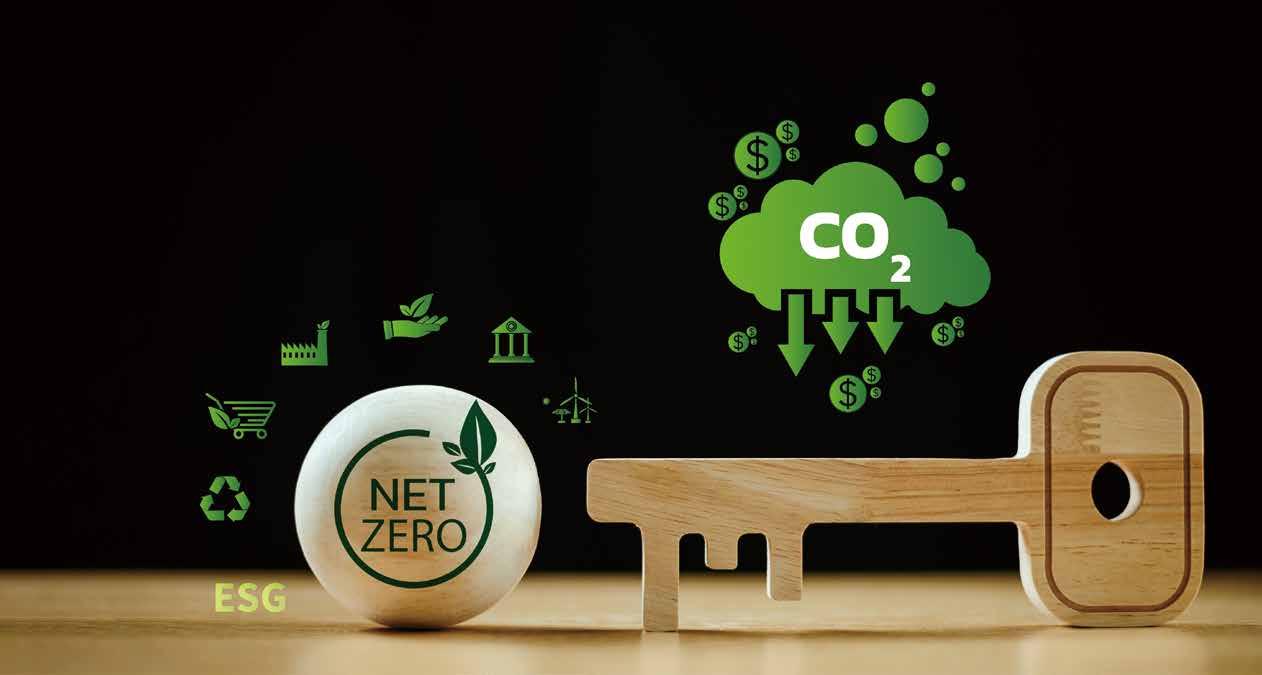
As the Carbon Border Adjustment Mechanism (CBAM) transitions from legislative concept to enforceable reality, it is beginning to reshape trade and compliance practices for a wide range of industrial products, including fasteners. Screws, nuts, bolts, washers, rivets, and other mechanical fixings—especially those made from steel, aluminum, or coated alloys—are all affected. While not always explicitly listed in the initial annex of CBAM, fasteners made from the covered base materials fall under indirect scrutiny due to the high emissions intensity of their inputs. Companies operating within this sector—be they importers, distributors, processors, or integrated manufacturers—must quickly adapt to a new regulatory environment that monetizes embedded emissions in international trade.
This article examines the specific implications of CBAM for the fasteners industry, highlighting compliance challenges, emissions optimization opportunities, and practical strategies for procurement and supply chain adaptation.
For companies dealing with fasteners, a key hurdle lies in tracing the carbon footprint of semi-finished and finished components. Many bolts and screws are produced from wires rods, bars, or coils that have undergone upstream processing such as hot rolling, pickling, and drawing. These transformation steps are often performed outside the EU, and emissions from these precursor stages must be included in the embedded emissions calculation under CBAM.
In the current transitional phase, importers must collect emissions data from the production site where the last substantial transformation occurred. For fasteners made from
imported steel or aluminum, this means engaging directly with mills or intermediate processors to identify emissions from casting, rolling, or extrusion, depending on the product route.
The European Commission has not yet published the Benchmark Values for many CN codes relevant to fasteners. Without these references, importers cannot determine whether their goods exceed the emissions intensity thresholds that trigger certificate obligations. The procedure for thirdparty verification of declared emissions is also still under development, raising concerns about timing and clarity for full compliance in 2026.
Multi-origin production adds complexity. For example, a bolt forged in one country from wire produced in another, using billets cast elsewhere, may involve several CBAM-relevant stages. Emissions tracking across these steps require a robust precursor identification and allocation method.
A positive development for smaller operators is the revision introduced by the Omnibus Package. The previous monetary threshold of €150 per shipment has been replaced by a mass-based threshold: importers bringing in less than 50 metric tons of CBAM-covered goods per quarter are exempt from filing declarations.
This change simplifies the burden for small fastener importers who manage lower-volume, high-mix shipments. However, once the quarterly threshold is exceeded, the declaration requirement applies to all relevant imports retroactively for that quarter. Monitoring cumulative tonnage is essential to ensure compliance.
Countries like China, Turkey, and South Korea have introduced emissions trading systems (ETS). Although not recognized by the EU for deduction under CBAM, these schemes signal a global move toward carbon pricing. For fastener manufacturers in these countries, carbon intensity is becoming a competitiveness factor.
Until formal EU recognition is granted, European importers must assume all embedded emissions are uncompensated. This impacts cost modeling and pricing, particularly for highvolume, low-margin standard products like DIN fasteners.
CBAM encourages companies to reduce specific embedded emissions (SEE). For fasteners, this begins with sourcing materials from low-emissions steel or aluminum producers. EAF-based steel powered by renewables or aluminum smelted using hydropower can significantly lower SEE.
Operators should also assess emissions from finishing processes like coating, plating, or galvanizing. These may not be directly regulated but contribute to total emissions and influence procurement decisions.
Digital systems for emissions tracking and supplier declarations offer long-term advantages. Automating CBAMrelated reporting and integrating it into ERP platforms reduces the administrative burden and improves transparency.
A European distributor assessed its hex bolt supply chain from Southeast Asia. The product's steel wire came from blast furnace-based billets, resulting in high emissions. By switching to a Turkish EAF-based source with emissions declarations, the distributor cut its CBAM exposure and avoided potential certificate costs.
Another importer of aluminum rivets from China renegotiated sourcing after discovering that electrolysis contributed most of the emissions. Moving to a hydropower-based smelter reduced emissions by over 40%.
CBAM certificates will be priced according to the weekly average EU ETS. Fasteners, often sold under long-term contracts, require predictable pricing. Larger importers are beginning to explore EUA-based financial instruments to hedge against future cost volatility.
While CBAM certificates are not yet tradable, shadow pricing models in ERP systems help simulate potential costs and inform sourcing and margin strategies.
CBAM represents a significant change in trade and compliance for the fasteners industry. While it introduces reporting and cost obligations, it also creates incentives for cleaner sourcing, supply chain optimization, and investment in emissions tracking.
Operators should:
- Engage with suppliers to obtain real emissions data.
- Monitor the 50 MT quarterly exemption threshold.
- Prepare for Benchmark Value publication and thirdparty verification rules, or rely on consultants for forecasts.
- Consider financial hedging and digital integration.
Those who prepare now will be better positioned to remain competitive in a market where carbon intensity is no longer invisible but monetized and monitored.
Copyright owned by Fastener World / Article by Luigi Villani
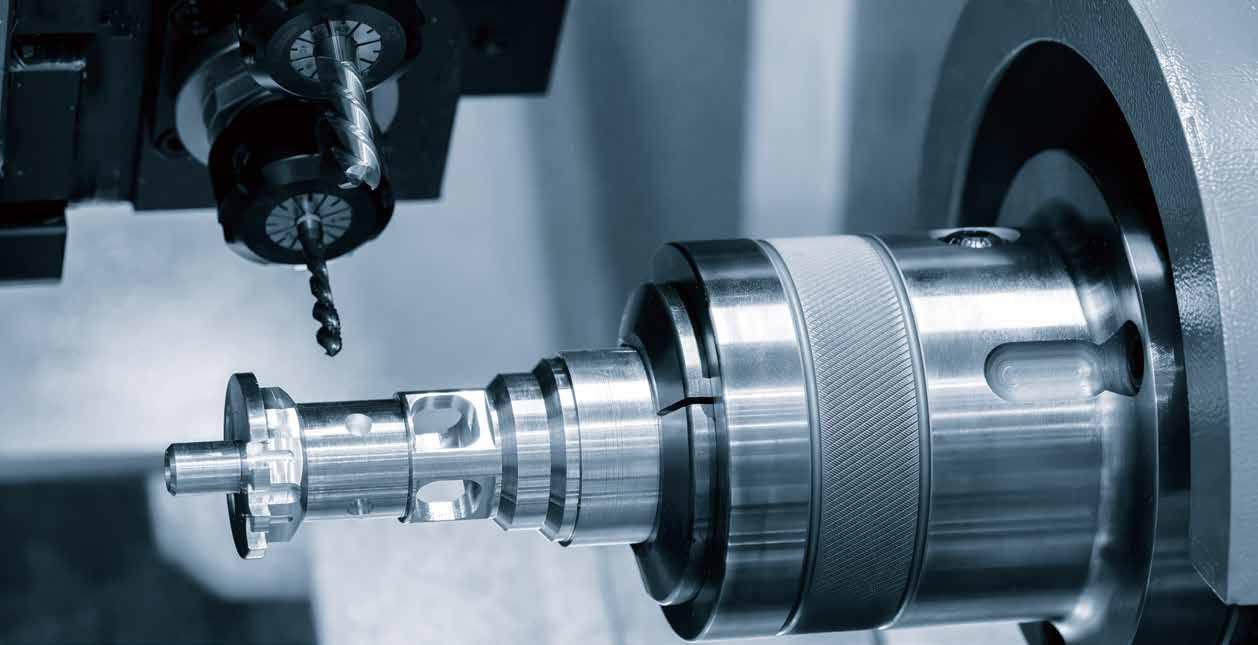
In Aug. 2025, the US officially imposed “reciprocal tariffs” on Taiwan, resulting in a sharp increase in the tariff rate for Taiwanese machine tools exported to the US from the original 4.7% to 24.7%, far exceeding the rate of 15% applied to Japan, S. Korea, and the EU, which has dealt a severe blow to Taiwan's export competitiveness. As a key pillar supporting Taiwan's manufacturing sector upgrade, the machine tool industry has long been a cornerstone of global supply chains and high-end processing demands. It now faces unprecedented challenges.
Although the Presidential Office and Executive Yuan of Taiwan have emphasized that this is a temporary measure and continue to negotiate for reasonable tax rates and the elimination of cumulative calculation methods, the industry has already felt the pressure from policy risks and market uncertainties. This situation has not only drawn significant attention from the int’l trade community, but has also forced Taiwanese businesses to rethink their global strategic deployment. Facing high tariff barriers, Taiwan's machine tool industry must accelerate technological upgrades, strengthen brand differentiation, and actively expand into emerging markets such as India, Mexico, and Southeast Asia. By combining government support with the advantages of low-carbon manufacturing, the industry can maintain resilience and competitiveness amid the turmoil.
This article classifies Taiwan's major exported machine tools into 7 categories based on the globally recognized HS Code classification system. Table 1 shows Taiwanese machine tool exports, organized by machine tool type and total export value in 2024.
Table 1. Taiwanese Machine Tool Exports in 2024 Unit: 1,000 US$
Machining centers, unit construction machine (single station) and multistation transfer
Machine tools for deburring, sharpening, grinding, honing, lapping, polishing or otherwise finishing metal or cermets by means of grinding stones, abrasives or polishing products
Machine tools (incl. way-type unit head machines) for drilling, boring, milling, threading or tapping by removing metal, other than lathes (incl. turning centers) of heading 8458
Machine tools for planing, shaping, slotting, broaching, gear cutting, gear grinding or gear finishing, sawing, cutting-off and other machine tools working by removing metal or cermets, not elsewhere specified or included
Table 2. U.S. Top 10 Import Origins of Machine Tools (HS8457) from 2020 to 2024
Overall, Taiwan's machine tool industry not only boasts a comprehensive product line and technical depth, but also plays a key role in the global manufacturing transformation and smart factory trend. In the past, through continuous innovation and int’l expansion, Taiwan's machine tool industry has gradually established a brand image for mid- to high-end machine tools and cultivated strong export competitiveness and industrial resilience.
This article will focus on the top 3 Taiwanese machine tool exports, namely 8457, 8458, and 8462, as the primary analysis subjects. First, based on U.S. Customs import value statistics, the 3 machine tool categories (8457, 8458, and 8462) imported into the US from 2020 to 2024 are organized into Tables 2, 3, and 4, respectively, and ranked by the 2024 data.
Statistics on US imports of machine tools (HS8457) from 2020 to 2024 show that Japan and Germany remained the top 2 suppliers, maintaining their dominant positions over the past five years. In 2024, the US imported US$ 528,527,000 and US$ 436,075,000 worth of machine tools from Japan and Germany, respectively, reflecting their technological maturity and brand trustworthiness. S. Korea also remained in third place, demonstrating its stable supply capacity for processing equipment.
Taiwan ranked 4th for five consecutive years, but the import value had declined annually since peaking at US$ 167,449,000 in 2022, falling to US$ 97,991,000 in 2024. This indicates that the US market's demand for Taiwanese machine tools is limited, possibly due to high tariffs and competitive pressures. Italy and Switzerland remained in 5th and 6th place, respectively, with European brands still holding a significant market share.
It is worth noting that countries such as the Netherlands, Spain, Austria, and Brazil have risen in the rankings in recent years, indicating that the US market is becoming increasingly diversified in terms of supply sources. Overall, the US machine tool market is highly concentrated among technologically advanced countries. If Taiwan wishes to maintain its competitiveness, it must strengthen its technological differentiation, enhance its brand image, and actively seek tariff preferences and mutual recognition of technology to avoid being marginalized.
Statistics on U.S. imports of machine tools (HS8458) from 2020 to 2024 show that Japan and S. Korea have consistently ranked as the top 2 suppliers, maintaining their dominance in the market over the past five years. In 2024, their respective import values reached US$ 446,068,000 and US$ 273,103,000, demonstrating their technical advantages in high-precision machining equipment and stable supply capabilities. Germany and Taiwan have alternated between the 3rd and the 4th places. Taiwan reached a peak of US$ 115,274,000 in 2022, but declined to US$ 98,151,000 in 2024, indicating that competitive pressure and U.S. tariff policies may have impacted export performance.
Thailand and Italy ranked the 5th and the 6th, respectively. Thailand has grown rapidly in recent years and maintained its ranking in 2024 despite a decline in the import value, reflecting its penetration in the mid-range processing equipment market. China remained in the 7th place, with stable import values but no significant growth. Spain, Austria, and Switzerland fluctuated between the 8th and the 10th places, indicating that the US market is becoming increasingly diversified in terms of supply sources.

Overall, the US machine tool market is still dominated by technologically advanced countries. If Taiwan wishes to maintain its competitiveness, it needs to strengthen its technological differentiation, enhance its brand image, and actively seek tariff reductions and green manufacturing certification in order to solidify its position in the US market.
Statistics on US imports of machine tools (HS8462) from 2020 to 2024 show that European technological powerhouses maintained their dominant position, with Germany and Italy ranking the 1st and 2nd for five consecutive years. In 2024, their respective values reached US$ 270,845,000 and US$ 255,811,000, demonstrating their technological advantages and market credibility in the field of high-end processing equipment. Japan, however, has seen its market share decline from the 1st place in 2020 to the 3rd place in 2024, indicating that its competitiveness in the U.S. market is being squeezed by European brands.
S. Korea and Austria performed exceptionally well, with significant growth in import values over the past five years. In 2024, they ranked 4th and 5th, respectively, reflecting the effectiveness of their technological upgrades and supply chain integration. Canada remained stable in the 6th place, demonstrating the stability of N. American supply. Switzerland and China maintained their mid-range positions, with fluctuating import values but no significant breakthroughs.
Taiwan has ranked 9th for five consecutive years, with limited growth in the import value since 2020, reaching only US$ 59,759,000 in 2024. This indicates that Taiwan still needs to strengthen its technological differentiation and brand positioning in the highend processing equipment sector. Overall, the US market for HS8462 is highly competitive. If Taiwan wishes to increase its market share, it must combine lowcarbon manufacturing, smart processing, and policy initiatives to secure mutual recognition of technology and tariff reductions.
On the other hand, this article discusses the future strategy formulation of the machine tool industry based on the export values of three machine tool categories in Taiwan, namely 8457, 8458, and 8462. The results are summarized in Tables 5, 6, and 7, and explained as follows.
Table 5. Taiwan's Top 10 Export Destinations of Machine Tools (HS8457) from 2020 to 2024
Statistics on Taiwan's exports of machine tools (HS8457) from 2020 to 2024 show that the structure of the export market is gradually transforming, with a trend of “China maintaining its leading position, India rapidly rising, Europe fluctuating, and the US declining.” Although China has maintained its top position for five consecutive years, its export value has declined annually since reaching a peak in 2021, dropping to just US$ 151,469,000 in 2024, reflecting the market saturation and the impact of geopolitical risks. Turkey, however, has demonstrated strong growth momentum, securing the second position since 2022. Despite a decline in the export value in 2024, it has maintained its ranking, reflecting its manufacturing sector upgrade and the competitiveness of Taiwanese products.
The US market has shown a significant decline, peaking at US$ 152,990,000 in 2022 and dropping to US$ 87,206,000 in 2024, indicating that high tariffs and policy uncertainties have severely impacted export performance. Notably, the Indian market has performed exceptionally well, with the export value doubling over the past five years, reaching US$ 45,281,000 in 2024 and rising to the 4th place, reflecting strong demand for high-end processing equipment. European markets such as the Netherlands, Italy, and Germany have experienced greater volatility, reflecting the impact of local economic conditions and ESG policy directions.
Overall, Taiwan's machine tool (HS 8457) export market is shifting from traditional powerhouses to emerging manufacturing countries. Manufacturers should accelerate their expansion into promising markets such as India, Southeast Asia, and Mexico, and combine low-carbon technology and smart manufacturing to strengthen their global competitiveness.
Statistics on Taiwan's exports of machine tools (HS8458) from 2020 to 2024 show that the export market structure has remained stable with some changes, presenting a pattern of “three strong markets remaining stable, India rising, and Europe fluctuating.” China has maintained its top position for five consecutive years. Although the export value dropped to US$ 168,428,000 in 2024, it remained significantly higher than other markets, indicating that its manufacturing industry scale remained attractive. The US and Turkey consistently held the 2nd and 3rd positions, respectively. Despite slight fluctuations in export values, they continued to demonstrate stable demand and a solid foundation for long-term cooperation.
Notably, the Indian market has experienced rapid growth, with the export value reaching US$ 25,227,000 in 2024, doubling over five years and maintaining its position as the 4th-largest market. This reflects the country's manufacturing sector upgrade and expanding demand for high-end processing equipment. European markets such as the UK, the Netherlands, and Italy showed fluctuations, significantly influenced by economic conditions and policies, but they remained within the top 10. Southeast Asian markets such as Thailand and Vietnam demonstrated stable growth potential, making them suitable for medium- to long-term investments.
Overall, Taiwan's machine tool (HS8458) export market is diversifying. Manufacturers should strengthen their technical adaptation and local services in India, Southeast Asia, and Europe, and combine government resources to promote low-carbon and smart manufacturing upgrades to enhance global competitiveness.
Statistics on Taiwan's exports of machine tools (HS8462) from 2020 to 2024 show that the market focus is gradually shifting from traditional powerhouses to emerging manufacturing countries. Although China has remained in the 1st place for five consecutive years, its export value has declined year by year since peaking in 2021, falling to just US$ 60,789,000 in 2024, reflecting market saturation and geopolitical risks. The US remained firmly in the 2nd place, with relatively stable fluctuations in the export value, indicating sustained demand for highend processing equipment.
India's market performance has been impressive, with the export value doubling over the past five years to reach US$ 33,061,000 in 2024, rising to the 3rd place and demonstrating the strong momentum of its manufacturing upgrade and infrastructure expansion. Vietnam and Thailand also maintained steady growth, ranking 4th and 5th, respectively, indicating the long-term potential of the Southeast Asian market. Mexico, meanwhile, saw rapid growth from US$ 1,877,000 in 2020 to US$ 15,868,000 in 2024, reflecting the impact of the shift in the US supply chain and the trend toward nearshoring manufacturing.
Overall, Taiwan's machine tool (HS 8462) export market is diversifying. Manufacturers should accelerate their expansion into India, Mexico, and Southeast Asia, and combine smart manufacturing and low-carbon
compatibility,
resilience.
In the face of drastic changes in the global trade landscape, Taiwan's machine tool industry is struggling to maintain a reasonable ROI due to the 24.7% tariff imposed by the US. Compared to the 15% tariff applied to Japan, S. Korea, and the EU, Taiwanese products face significant constraints on price competitiveness in the U.S, resulting in compressed profit margins. Rather than continuing to invest resources in a market characterized by high policy risks and uncertain trade conditions, it would be more prudent to adjust strategies and shift focus toward more promising and stable markets. Of course, if Taiwanese government can secure competitive tariff treatment, the U.S. could still serve as an important target market for development.
Emerging manufacturing countries such as India, Mexico, and Vietnam have risen rapidly in recent years, with strong demand for infrastructure and industrial upgrade. Export data has already shown significant growth. India's exports of HS8462 reached US$ 33,061,000 in 2024, making it the 3rd largest market, with other items also continuing to rise. Mexico has become an alternative gateway to N. America due to the relocation of US supply chains.
Southeast Asian countries such as Vietnam, Thailand, and Indonesia possess labor and policy advantages, making them suitable for medium- to long-term investments. In Europe, ESG and carbon neutrality policies are driving increased demand for high-efficiency, low-carbon emission equipment. If Taiwan introduces a low-carbon industrial chain, it’ll gain an advantage in green procurement. Not focusing on the US market too much isn’t a retreat, but a strategic reallocation. Only by proactively shifting lanes can we seize new opportunities.
Copyright owned by Fastener World / Article by Dr. Wayne Sung
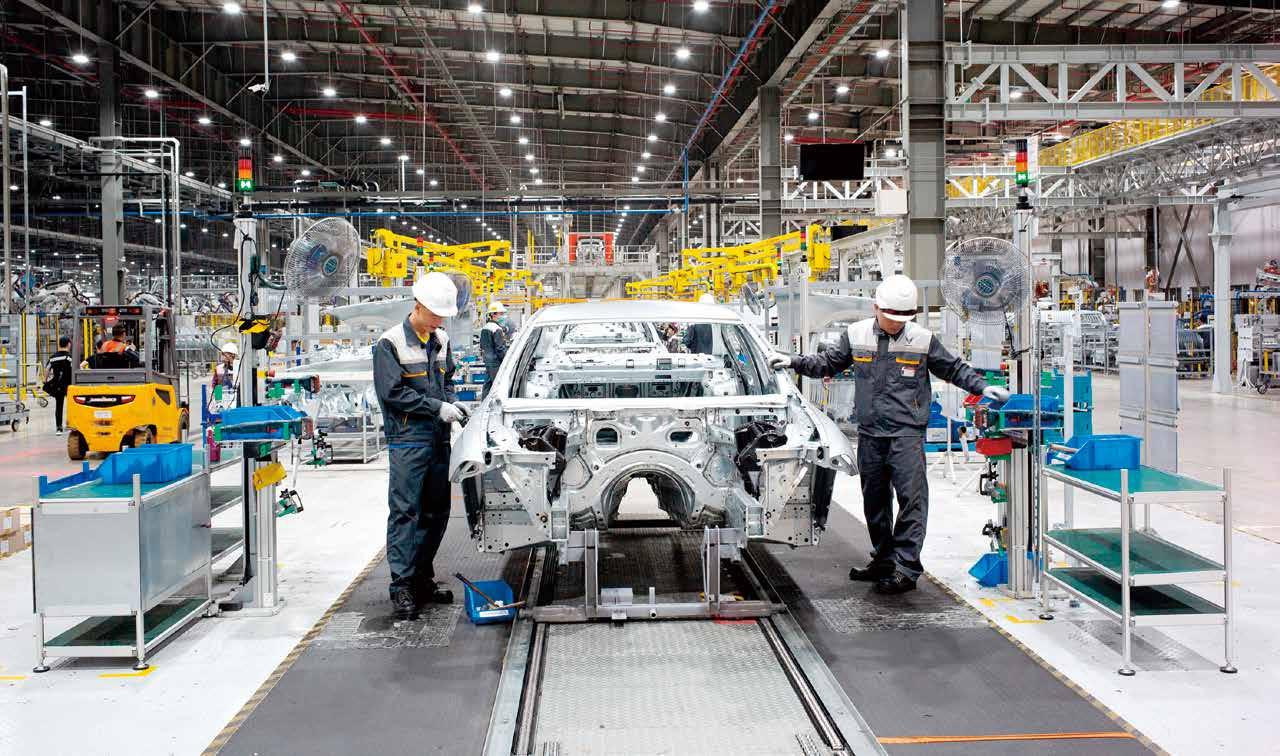
Vietnam is located on the eastern part of the Indochina Peninsula, bordered by the Gulf of Tonkin and the South China Sea to the east and south, adjacent to Yunnan and Guangxi Provinces of China to the north, and neighboring Laos and Cambodia to the west. It covers an area of 331,000 sq km with a coastline of over 3,200 km. Since the end of 2024, its population has exceeded 0.1 bn. Since implementing its Renovation policy in 1986 and establishing a socialist-oriented market economy in 2001, Vietnam's national economy has developed rapidly, becoming one of the fastest-growing economies in Asia and the world. Its annual GDP growth rate has consistently remained above 6%, propelling the country from one of the poorest in the world into the ranks of middle-income countries.
Vietnam has been in a state of prolonged war since the mid-20th century, and it was only after the reunification of North and South Vietnam that the country began to recover and rebuild. Due to the prolonged conflict and communist rule, Vietnam severely lacked the conditions necessary for developing its automotive industry, resulting in weak R&D capabilities and production technology in this sector. Before the reform and opening-up, Vietnam's domestic demand for cars primarily relied on importing complete vehicles from the former Soviet Union or importing auto chassis from East Germany, which were then assembled into medium- and large-sized passenger vehicles at factories in locations such as Tỉ nh Hoà Bình, Ba Dinh, Nam Ha, Haiphong, and Da Nang. Following the dissolution of the Soviet Union and the reunification of East and West Germany, Vietnam lost its original import sources. To ensure the supply of the
domestic car market, the Vietnamese government established policies allowing foreign investment to set up car assembly plants in Vietnam. In 1991, two joint-venture (JV) car assembly plants were established: the Vietnam Mekong Automobile Company, a JV between S. Korea and Vietnam, and the Vietnam Motors Corporation (VMC), a JV between Japan, S. Korea, and Vietnam. These JV assembly plants gradually laid the foundation for Vietnam's automotive industry.
In 2024 Vietnam's total vehicle ownership was estimated to reach approx. 900,000 units, with 48.4% being commercial vehicles and buses and 51.6% being small and mediumsized passenger vehicles and microcars. Vietnam's auto parts manufacturing, assembly, and production capabilities are insufficient, with most vehicles being assembled and sold locally by int’l brands. Most auto parts manufacturers are foreign-owned, and key components for passenger vehicles, commercial vehicles, or trucks are largely dependent on imports.
In recent years Vietnam's economy has grown rapidly, domestic demand has expanded, and it has signed tariff and trade agreements with many countries, making it the core of economic development among ASEAN. Its automotive industry has seen active investment and expansion. In addition to domestic carmakers (e.g., VinFast and Thaco) actively expanding their production, Korean Hyundai has partnered with Vietnamese carmakers to establish a JV for car production. Since Jan. 2018, ASEAN have abolished import
and export tariffs on cars, which could pose risks of decline for Vietnam's car manufacturing and parts industries due to car and part imports from Thailand and other ASEAN. The Vietnamese government is actively cultivating strategic car models for the market, developing supporting industries, and expanding resource integration plans for car manufacturers. Simultaneously, it is actively constructing steel mills required for the automotive industry and large-scale car factories, striving for industrial transformation.
Vietnam is actively integrating into the int’l community and has signed several FTAs with other countries. A recent report released by its Ministry of Industry and Trade (MIOT) points out that the new FTAs have not only brought Vietnam hundreds of millions of USD in export revenue each year, but also have helped Vietnam attract foreign investment.
Vietnam's exports to major FTA markets, such as the EVFTA, the CPTPP, and the UKVFTA, have all shown a growth trend. In terms of the CPTPP, Vietnam's trade value with CPTPP member countries in 2024 increased by 12.1% compared to 2023, reaching US$134.5 billion. Vietnam's exports to Canada grew by over 18.9%, and exports to Brunei grew by over 151.2%. With the signing of the EVFTA, Vietnam's trade value with the EU in 2024 increased by 7.8% compared to 2021; meanwhile, the value of goods imported by the EU from Vietnam reached 76.54 billion USD. Regarding the UKVFTA, Vietnam's trade surplus with the UK in 2024 exceeded 7.83 billion USD.
Although Vietnam's exports to the aforementioned markets have grown, the share of these markets in Vietnam's total exports remains relatively small (even less than 10% in some provinces). Notably, Vietnam's FTA utilization rate is lower than expected, with the EVFTA at 26.1%, the UKVFTA at 24.4%, and the CPTPP at just 5.0%. Vietnamese enterprises exporting products to FTA markets are relatively few in number, primarily due to the fact that most Vietnamese products fail to meet the quality, food safety, and manufacturing technology standards required by FTA markets. Currently, many FTA import markets are raising technical standards and imposing non-tariff barriers, while Vietnamese enterprises have not proactively enhanced their capabilities to meet the qualifications required for FTA preferential treatment.
The vast majority of Vietnam's export products are raw materials or products manufactured by foreign importers. Very few Vietnamese companies are able to export their own brand products to FTA markets, and there is still room for improvement in terms of brand building and positioning. In comparison, high-yield products exported by European, US, and Japanese invested companies still account for the vast majority of Vietnam's export revenue, including footwear, mobiles & components, machinery & equipment, as well as motor vehicles such as cars, motorbikes, components, etc.
The Vietnamese MIOT believes that it is necessary to accelerate the compilation and publication of legal documents related to FTA commitments and conduct regular reviews. It hopes to collaborate with other ministries and local governments to build an ecosystem that fully leverages the opportunities presented by FTAs. Funding should be set aside to support
enterprises in fully utilizing FTAs, especially new small and medium-sized enterprises, and to seek financing sources from int’l financial institutions.
Since joining the WTO in 2007, Vietnam has actively developed industrial parks through policy incentives and foreign investment, fostering an export-oriented economy and attracting global industrial supply chain shifts. It has emerged as a key destination for overseas investment and a rising manufacturing hub in Asia, transitioning from an agricultural nation to a major producer and exporter of electronic products. Since 2012, electronic products have become Vietnam's largest export commodity. Since 1991, Vietnam has established JV car assembly plants and now possesses its own domestically developed car brands.
Vietnam is the only country that has signed FTAs with major trading partners such as the US, Japan, China, the EU, S. Korea, and the UK. It has joined or is negotiating a total of 19 FTAs, of which 15 have taken effect, one has been negotiated and is awaiting signature, and three are currently under negotiation. Table 1 shows the countries/regions with which Vietnam has signed FTAs and their implementation schedules. The aforementioned 19 FTAs provide Vietnamese enterprises with advantages, effectively promoting trade activities, business connections, and bringing Vietnamese products to end consumers in many major markets. Meanwhile, the number of goods eligible for preferential tariffs under FTAs has also increased. In 2024, the total export value under FTAs using preferential Certificates of Origin (C/O) reached US$108.4 billion, representing 33.8% of Vietnam's total export value of US$320.7 billion to FTA- signed markets.
Vietnam has reduced import tariffs on car components since Jan. 2008, cutting rates by 3–5% for components of small passenger vehicles with 5–7 seats and vehicles with 16+ seats. Import tariffs on components for small passenger vehicles with 5–7 seats in Vietnam range from 20–25%, while those for vehicles with 16+seats range from 13–17%. In line with the development of Vietnam's automotive industry, import tariffs on cars will continue to decrease annually. In 2014, the import tariff on cars within ASEAN was 50%. It then reduced to 35% in 2015, 20% in 2016. 10% in 2017, and 0% in 2018. The import of cars has impacted Vietnam's domestically produced cars, making many car manufacturers hesitant to invest. To mitigate the risks associated with the gradual tariff reduction, the government has implemented industrial policies to increase the localization rate of car assembly and components in Vietnam.
The Vietnamese government adheres to focusing on the automotive industry as the core of industrial development, hoping to increase the domestic production ratio of auto parts, assembly, and complete vehicle production. In response to requests from car manufacturers, Vietnam has repeatedly lowered import tariffs on complete vehicles in order to stimulate car assembly production. Meanwhile, in order to foster the development of the automotive industry, “automotive” has been designated as a highly protected industry and subject to high tariffs, including import tariffs and special consumption taxes. According to the ASEAN FTA and Vietnam's trade liberalization commitments, the government is preparing countermeasures. The Vietnamese Minstry of Commerce has recommended developing the automotive industry through tax policies, pointing out that large enterprises should be encouraged to develop the automotive industry on the basis of equal treatment for domestic and foreign manufacturers, and that car manufacturers and parts assemblers should develop peripheral industries to deepen their integration into the global automotive industry’s value chain.
Many car assembly manufacturers continue to request tax incentives from the government. The car manufacturing industry is eligible for tax incentives and preferential policies for acquiring land for factory construction. The Vietnamese Ministry of Finance, in cooperation with the Ministry of Commerce, has submitted a proposal to the Central Government for approval and has formulated preferential policies for automotive investment and production, including the implementation rules for the Special Consumption Tax Law on Cars. In 2018, Vietnam abolished import tariffs on ASEAN cars in accordance with the ATIGA, completely opening up its domestic car market. Coupled with the implementation of the ASEAN FTA and a significant amount of domestic demand, this
has actively attracted more int’l car manufacturers to set up operations in Vietnam.
Vietnam encourages int’l leading car manufacturers to establish a presence in Vietnam. To enable the domestic industry to prepare early, the MOIT has introduced policies to assist the Vietnamese automotive industry in enhancing its competitiveness. Under these policies, Vietnam imposes high tariffs on imported luxury vehicles and incentivizes domestic enterprises or JV to engage in auto parts production or complete vehicle assembly (CBU) within the country. The government also reduces tariffs on exports. The Vietnamese government's adjustments to policies related to the automotive industry and components aim to promote reform, openness, and internationalization. The government is developing the automotive sector as a key industry, not only to meet domestic demand but also to enter ASEAN and the int’l market.
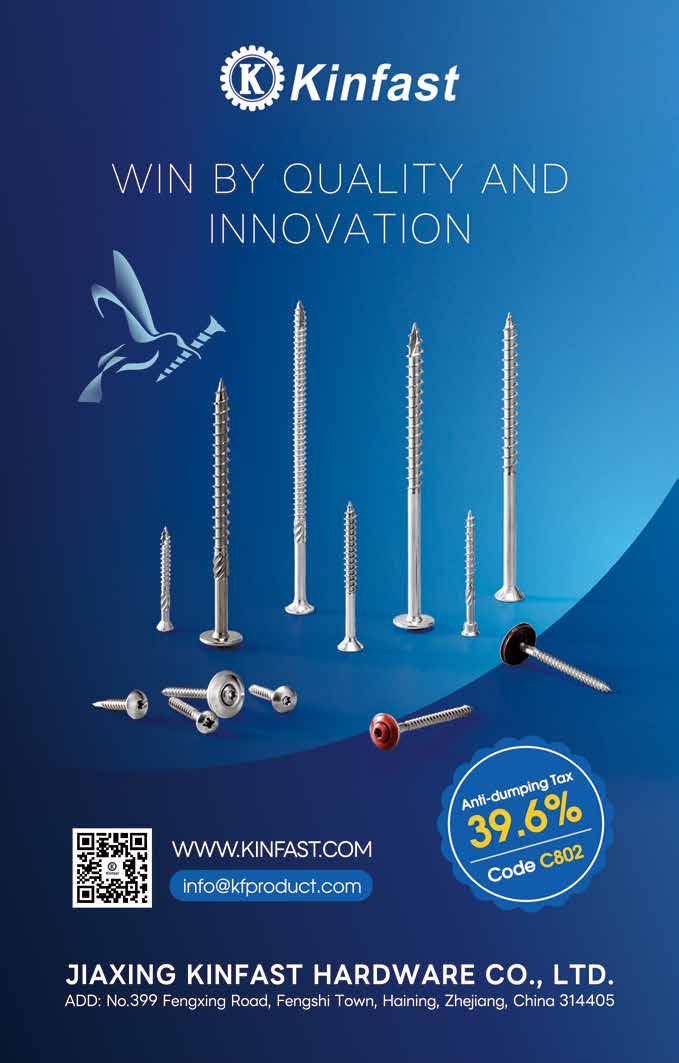
Copyright owned by Fastener World / Article by Gang Hao Chang, Vice Editor-in-Chief
MTA Vietnam took place at Halls A and B of Saigon Exhibition and Convention Center (SECC) in Ho Chi Minh City from July 2 to 5, attracting about 380 exhibitors from Vietnam, Asia (Taiwan, India, Japan, China, Thailand, S. Korea, Malaysia, Singapore, Indonesia, Israel), Europe (Germany, UK, Italy, Austria, Netherlands, France, Switzerland, Finland) and the US. Moreover, Japan, Singapore, China, etc. were presented in the form of national pavilions.
Since its inaugural edition in 2005, MTA has continued to play an important role in facilitating two-way exchanges between the global manufacturing industry and Vietnam's local market, and introducing the most advanced manufacturing products, technologies and product solutions from around the world to the Vietnamese manufacturing industry. Exhibitors in 2025 mainly came from the fields of automation, cutting tool systems, factory equipment, material handling, measurement and inspection technology, metal cutting machines, metal forming/sheet metal cutting machines, tools & dies, software and design systems, surface treatment and heat treatment.
In order to provide exhibitors and visitors with a deeper understanding of the latest manufacturing technologies and trends, the organizer also invited associations and industry experts to hold a number of market and technology seminars on topics ranging from automation to AItomation, investment/development/ collaboration opportunities in Vietnamese semiconductor industry, digital transformation, smart sustainable manufacturing, sourcing, clean energy, manufacturing technologies, raw material processing, and many other topics. There were also matchmaking meetings with German and Japanese companies for buyers.
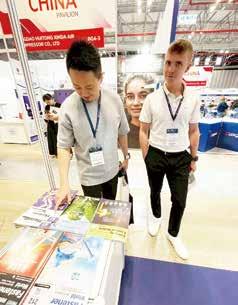
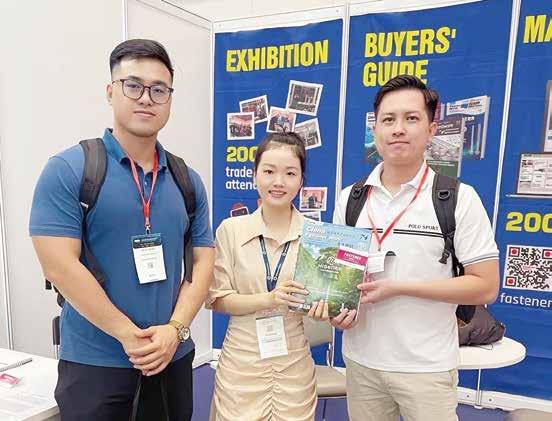
Fastener World also went to the exhibition again this year. In addition to disseminating the latest sourcing magazines, we also introduced the optimized online product and supplier search platform to the professional buyers coming to our booth. Many buyers who read our magazines on site or scanned the QR code to enter our online B2B buying & selling platform all said that the abundant information on fasteners, hardware, components, tools, machinery and peripheral suppliers was very helpful for them to find more sources for future purchases.
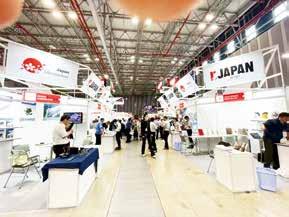
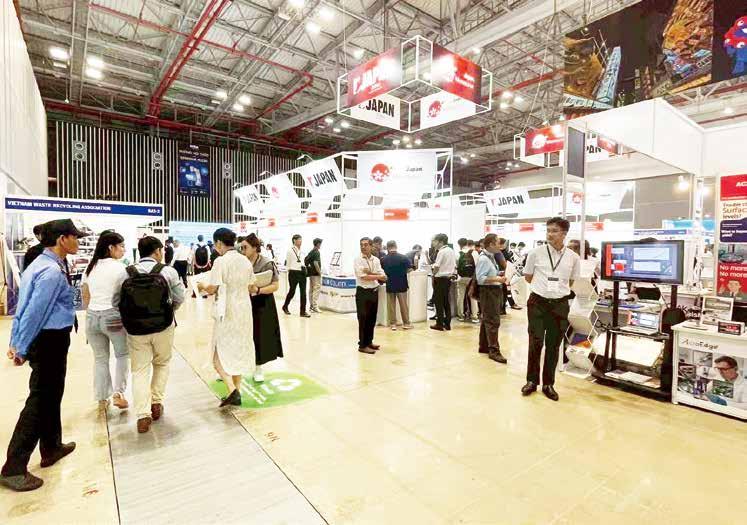
The organizer has announced that the show will be held again on July 01-04, 2026 at Hall A & B, S.E.C.C- Ho Chi Minh City. Please stay tuned to our official website at www.fastener-world.com for more information.
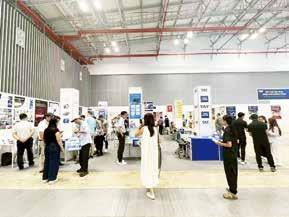
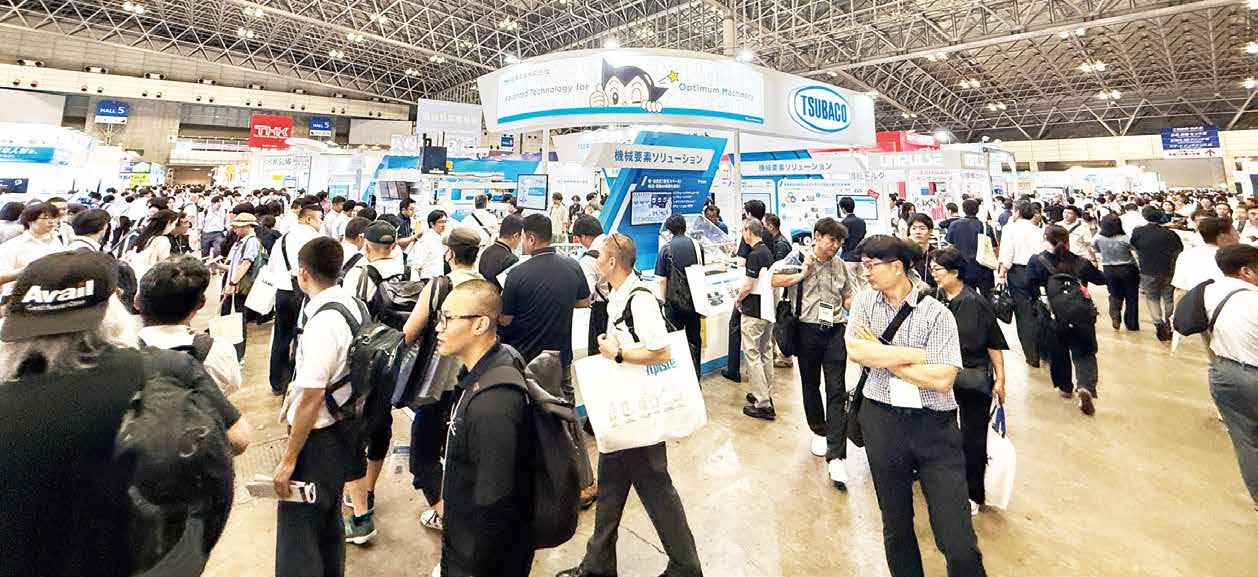
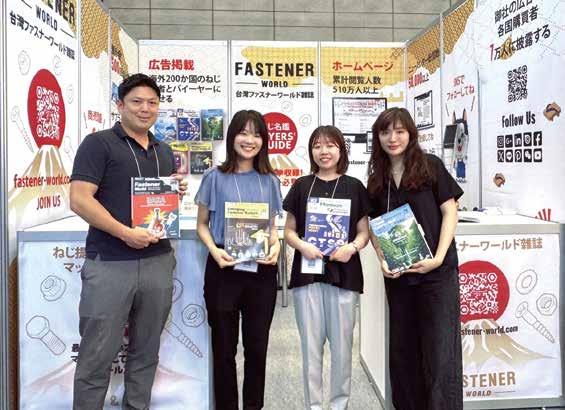
Manufacturing World is held in Tokyo, Osaka, Nagoya and Fukuoka by turns in different months of a year, and the edition in Tokyo is the largest of them all in terms of scale. On July 9-11 this year, Manufacturing World was grandly held at Makuhari Messe in Tokyo. The concurrent shows included Design Manufacturing Solutions Expo, Mechanical Components & Technology Expo, Medical Device Development Expo, Factory Facilities & Equipment Expo, Additive Manufacturing Expo, Manufacturing Cyber Security Expo, Smart Maintenance Expo, Measure/Test/Sensor Expo, Manufacturing DX Expo, and Industrial ODM/EMS Expo.
This year's event featured 11 pavilions and attracted 1,975 Japanese and overseas companies to exhibit the most advanced metal parts and components, facilities and equipment, manufacturing technologies, IT technologies, digital transformation and AI solutions, etc. According to the latest figures released by the organizer, the 3-day exhibition attracted a total of 55,749 visitors, mainly from the automotive, heavy industry, electronics, machinery, precision equipment and many other fields. During the exhibition period, the organizer also invited many Japanese and overseas leading business executives and renowned experts to hold a number of manufacturing-related industry trends and technology exchange seminars, which attracted many visitors interested in market trends and the latest manufacturing technologies to make appointments to listen to the seminars.

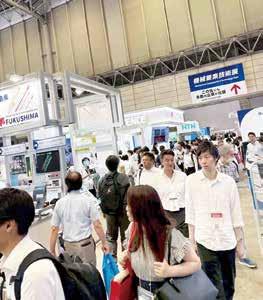
According to the observation of Fastener World's staff at the show, Tokyo located in the Kanto region of Japan is a pivotal city where many well-known manufacturers of electronic equipment, precision instruments, medical equipment, heavy industry, machinery, construction equipment, semiconductors, as well as automobiles and peripheral parts set up their factories or headquarters, which demonstrates a huge manufacturing momentum. The number of exhibitors this year was similar to that of last year. Roughly 20-30 exhibitors were related to the fastener industry and were mainly from Japan and China. There were also a few from Europe, Taiwan, Thailand.
The organizer has announced that the next show will be held on July 1-3, 2026 at Tokyo Big Sight. For more show information, please keep following us on our official website at www.fastenerworld.com.
Copyright owned by Fastener World / Article by Gang Hao Chang, Vice Editor-in-Chief

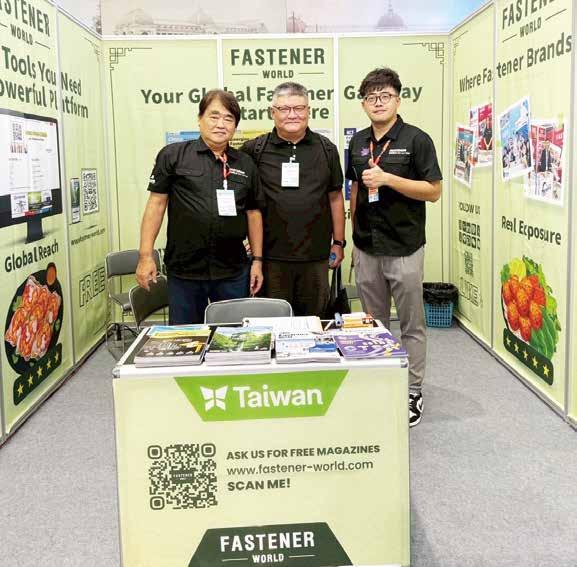
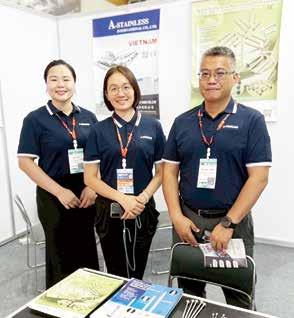
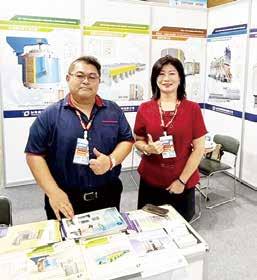
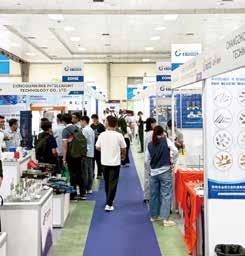
Fastener and Fixing Vietnam is Vietnam’s leading event in the fastener industry. This year, it was held concurrently with the Vietnam Manufacturing Expo (VME) from August 6 to 8, gathering exhibitors and professionals from diverse fields including assembly and installation systems, construction/industrial fasteners, and machinery. The exhibition provided participating companies with a gateway into one of Southeast Asia’s most important manufacturing hubs.
Although most exhibitors were domestic Vietnamese companies, the exhibitors also included A-Stainless International and Tainan Chin Chang Electrical from Taiwan. Besides local Vietnamese visitors, we also observed Bossard and Würth at the event. As these two German firms have local branches in Vietnam, they sent personnel from their Vietnamese offices to visit the show. Fastener World leveraged the opportunity of this show to promote magazines and introduce high-quality fastener companies to the Vietnamese market.
Overall, Vietnam’s economic growth has slightly slowed in recent years due to tariff impacts. However, the local government remains actively committed to infrastructure and technological development, showing strong determination for expansion. At this exhibition, we noticed that Chinese exhibitors had a competitive advantage in pricing, while Taiwanese companies advancing into the Vietnamese market held stronger capabilities in machinery, molds, and stamping products.
Additionally, Vietnam is actively developing green transportation policies centered on electric motorcycles, providing subsidies and continuing related battery R&D. The government encourages the public to switch to electric motorcycles. Although policy support for electric cars is less apparent, the overall direction toward electrification is clear. From a market perspective, Vietnam’s industrial development is still in its early stage. However, with major companies like Bossard and Würth already established locally, combined with Southeast Asia becoming a global investment hotspot in recent years, Vietnam’s development potential in the next decade is not to be underestimated.
The dates of the next edition of the show have yet to be announced. For the latest event information, stay tuned to Fastener World’s official website at www.fastener-world.com.
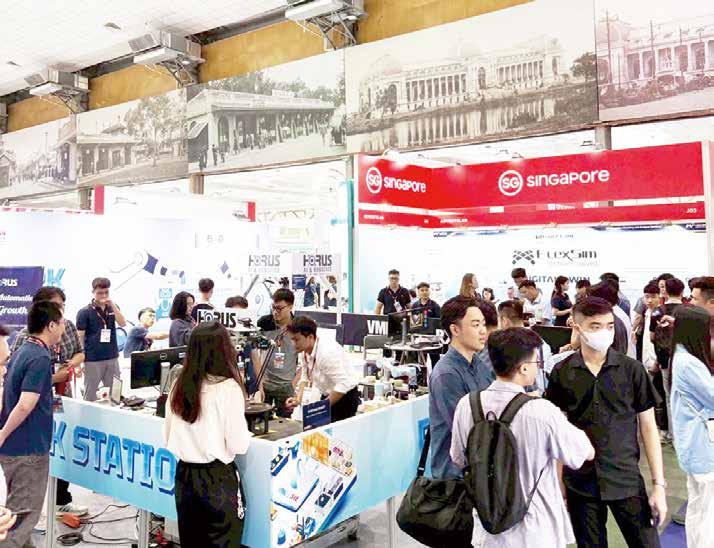



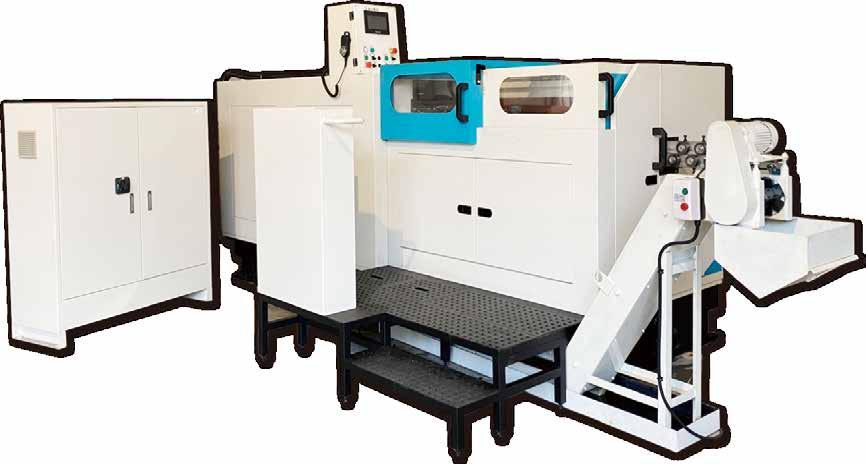

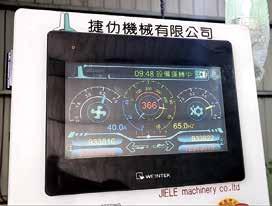
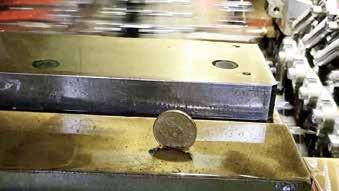




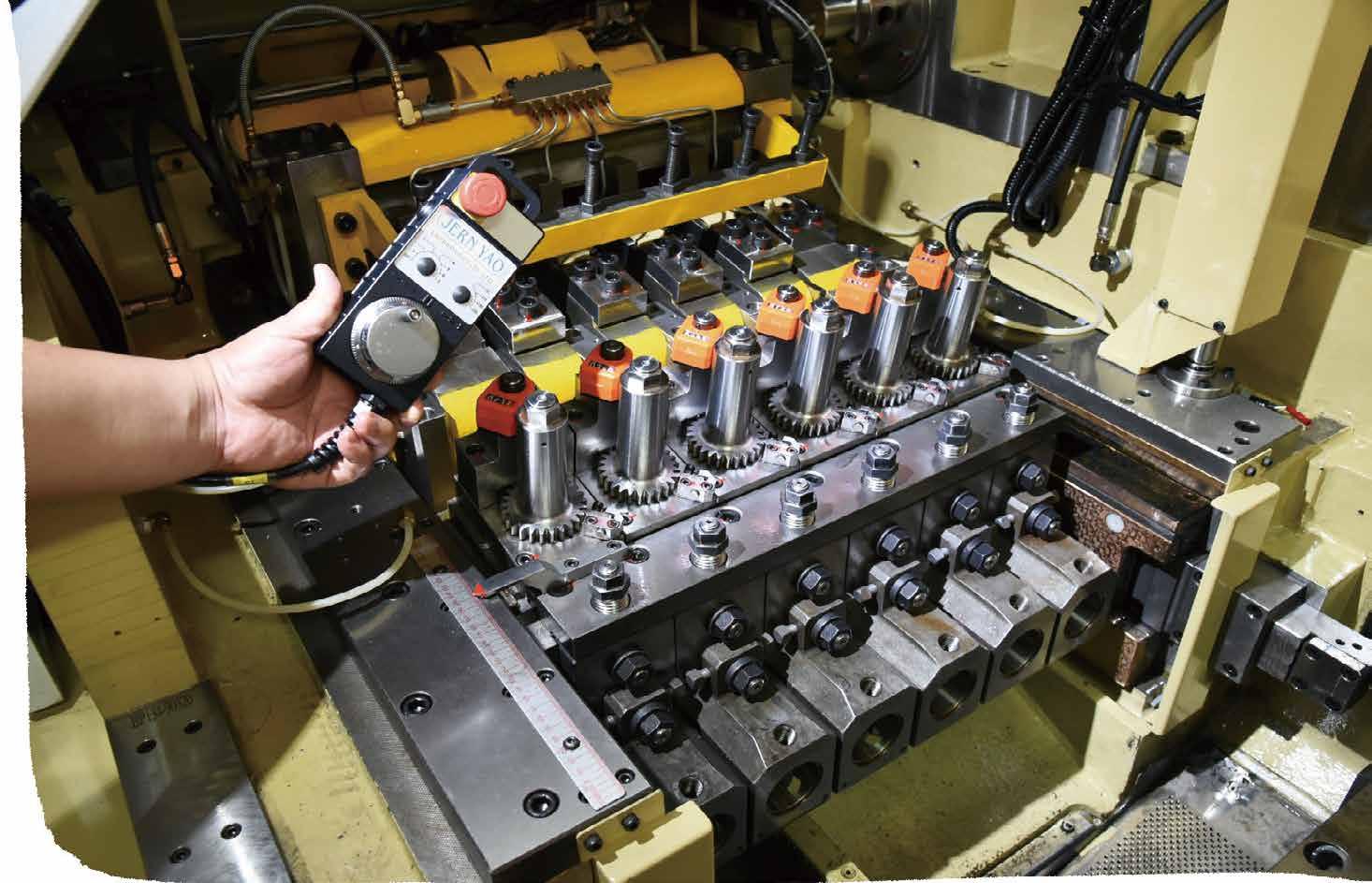

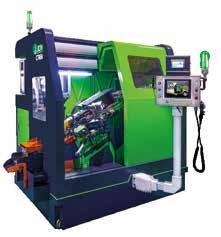
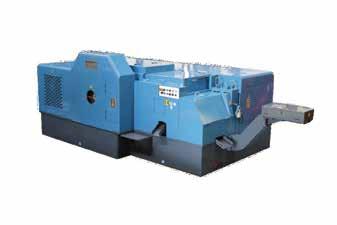

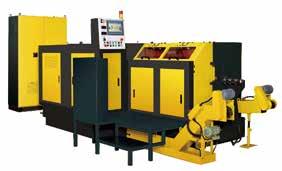

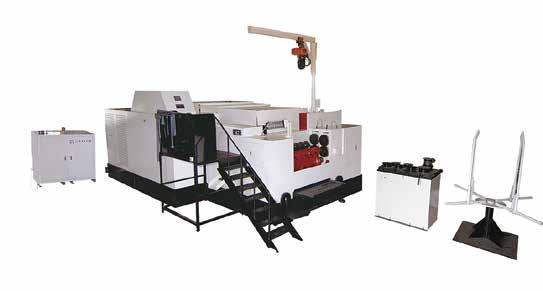
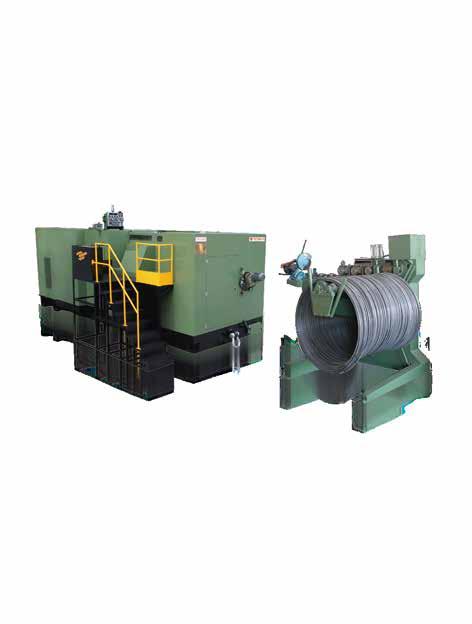
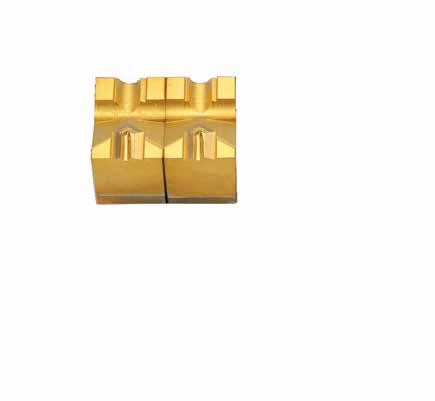













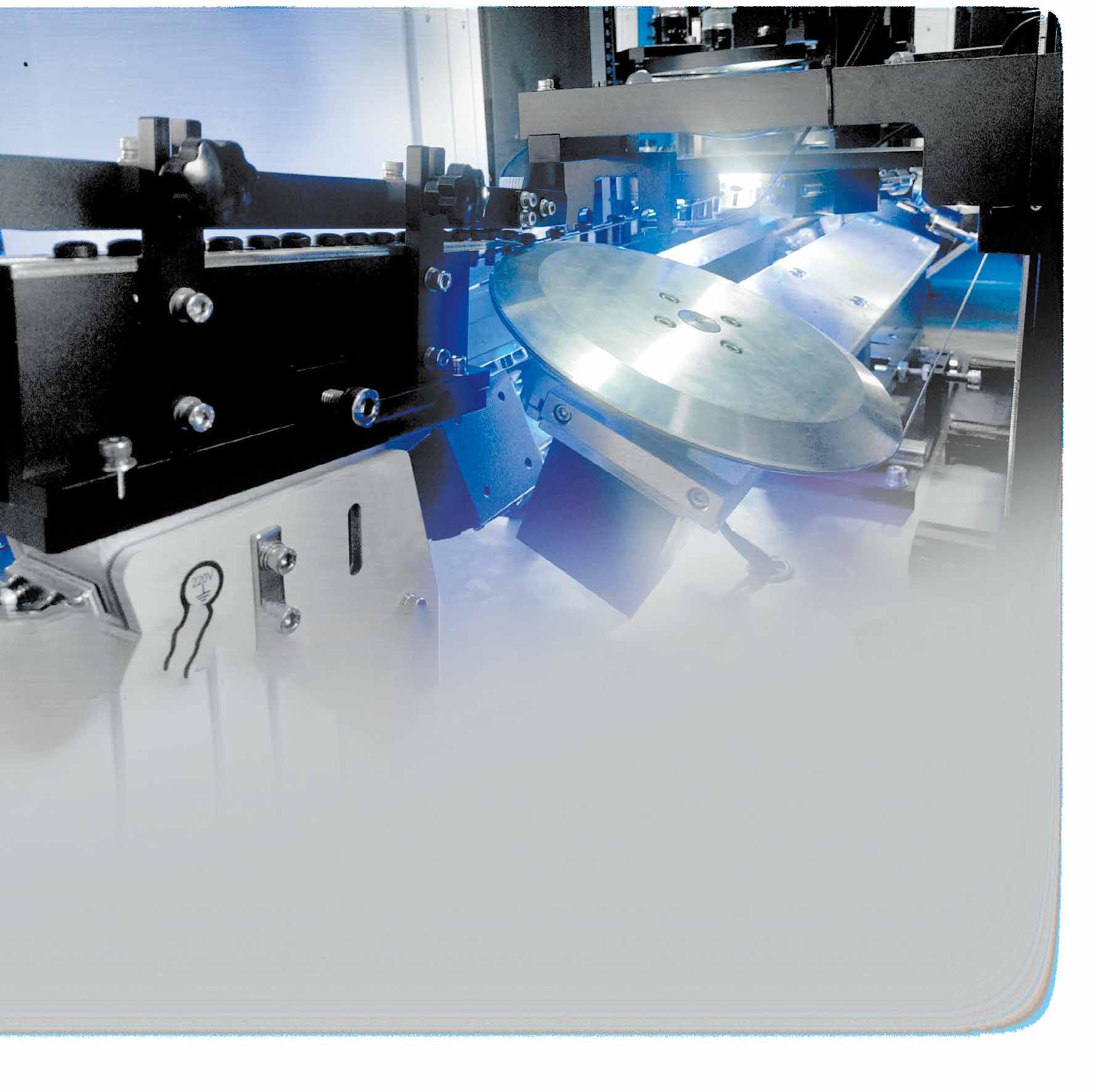
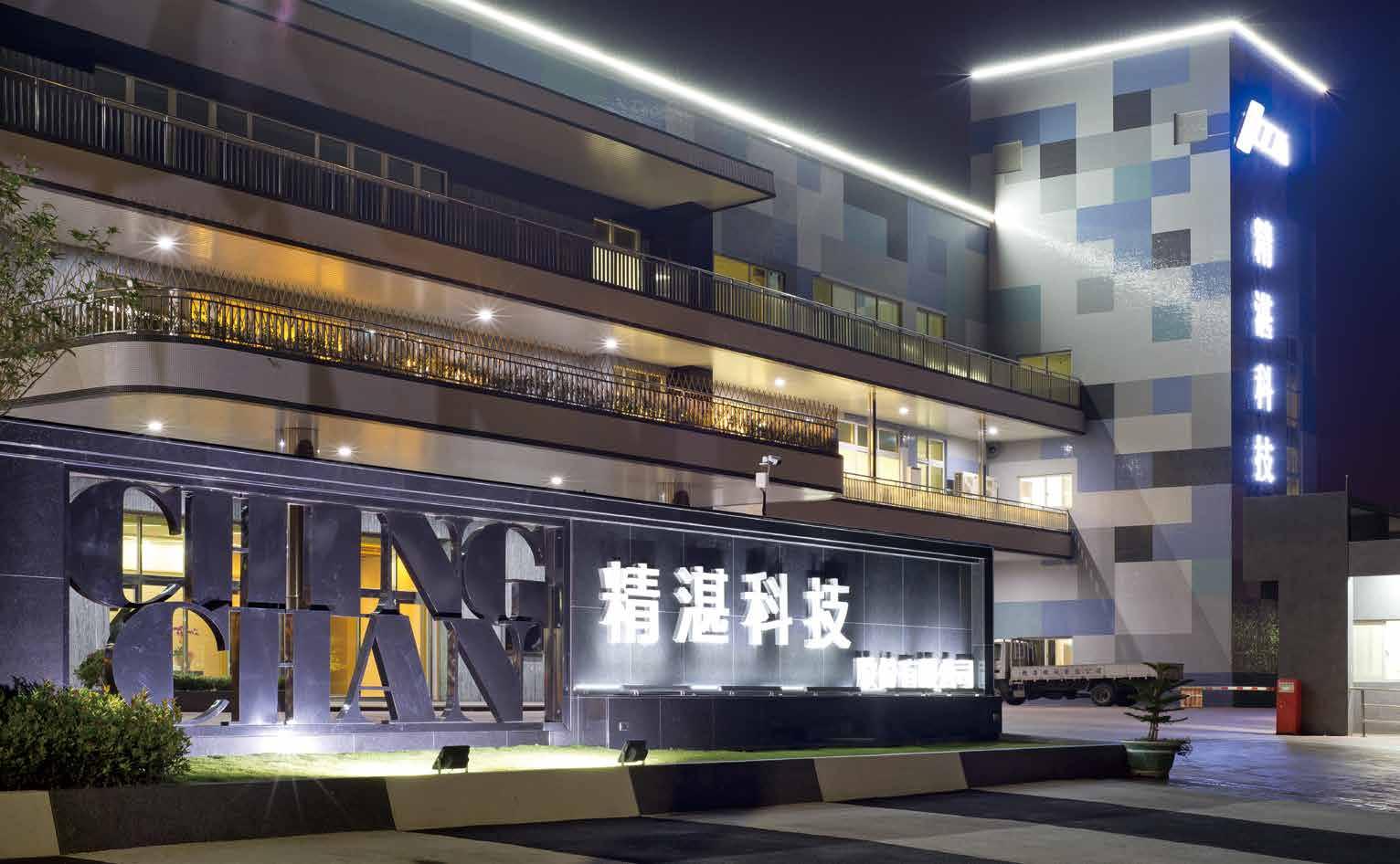








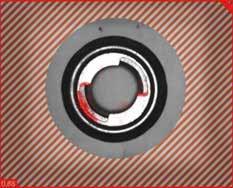

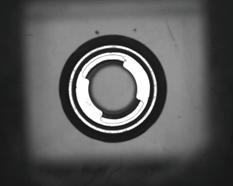
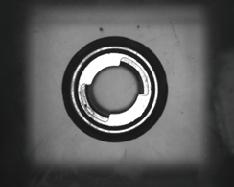


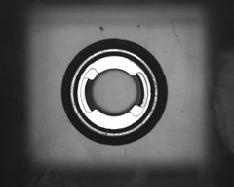
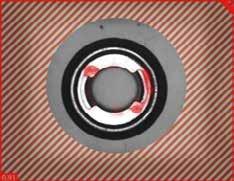
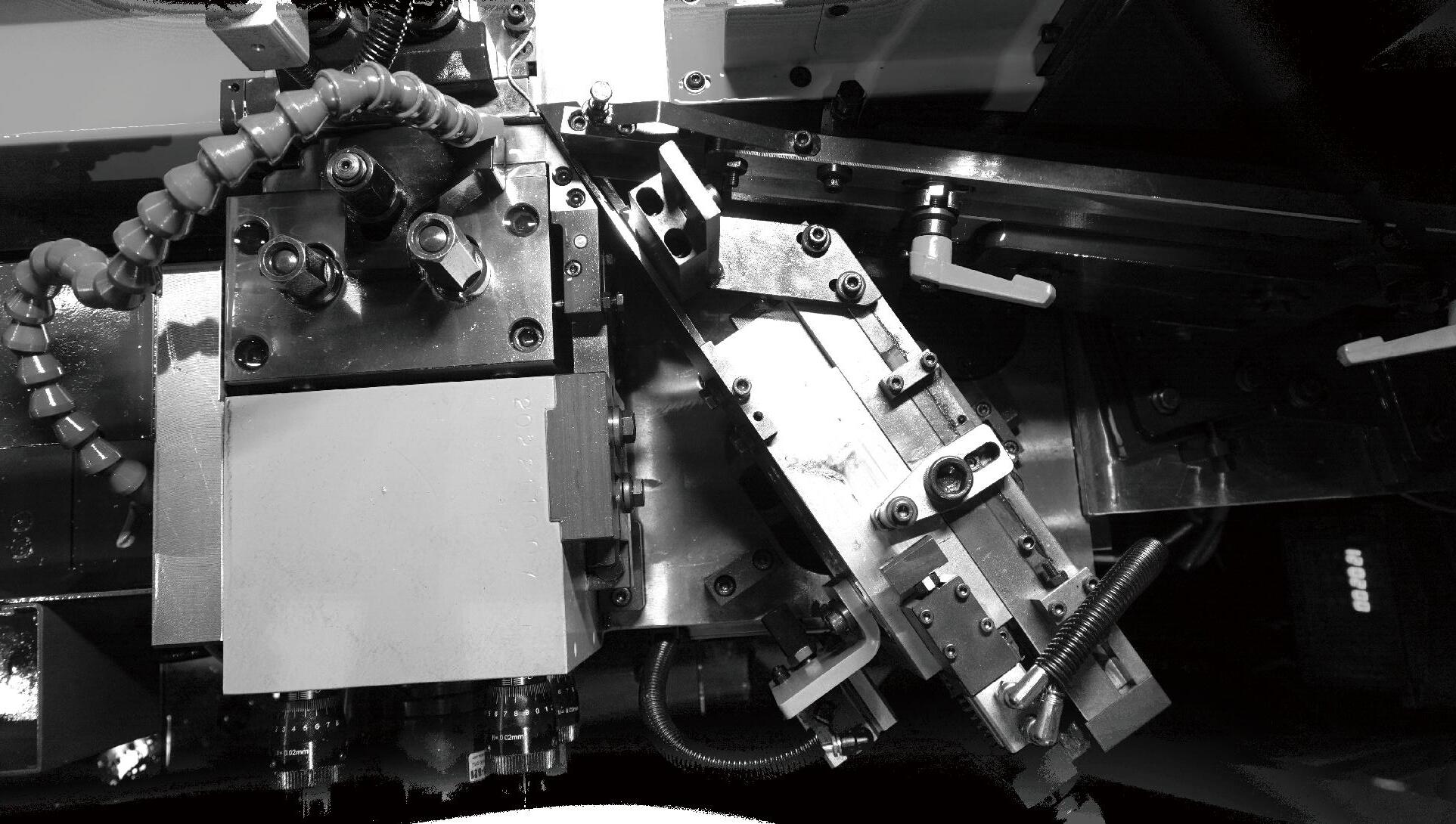
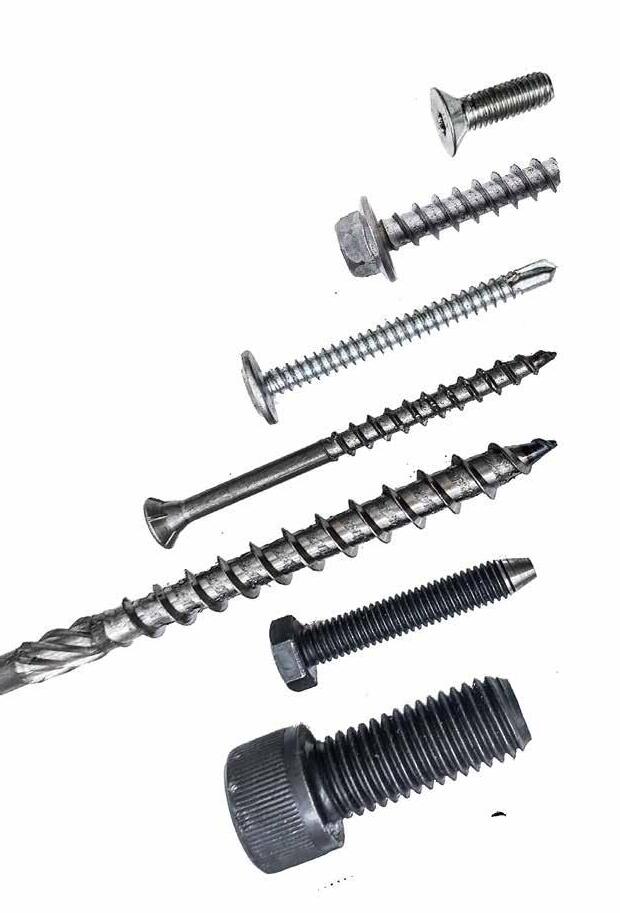
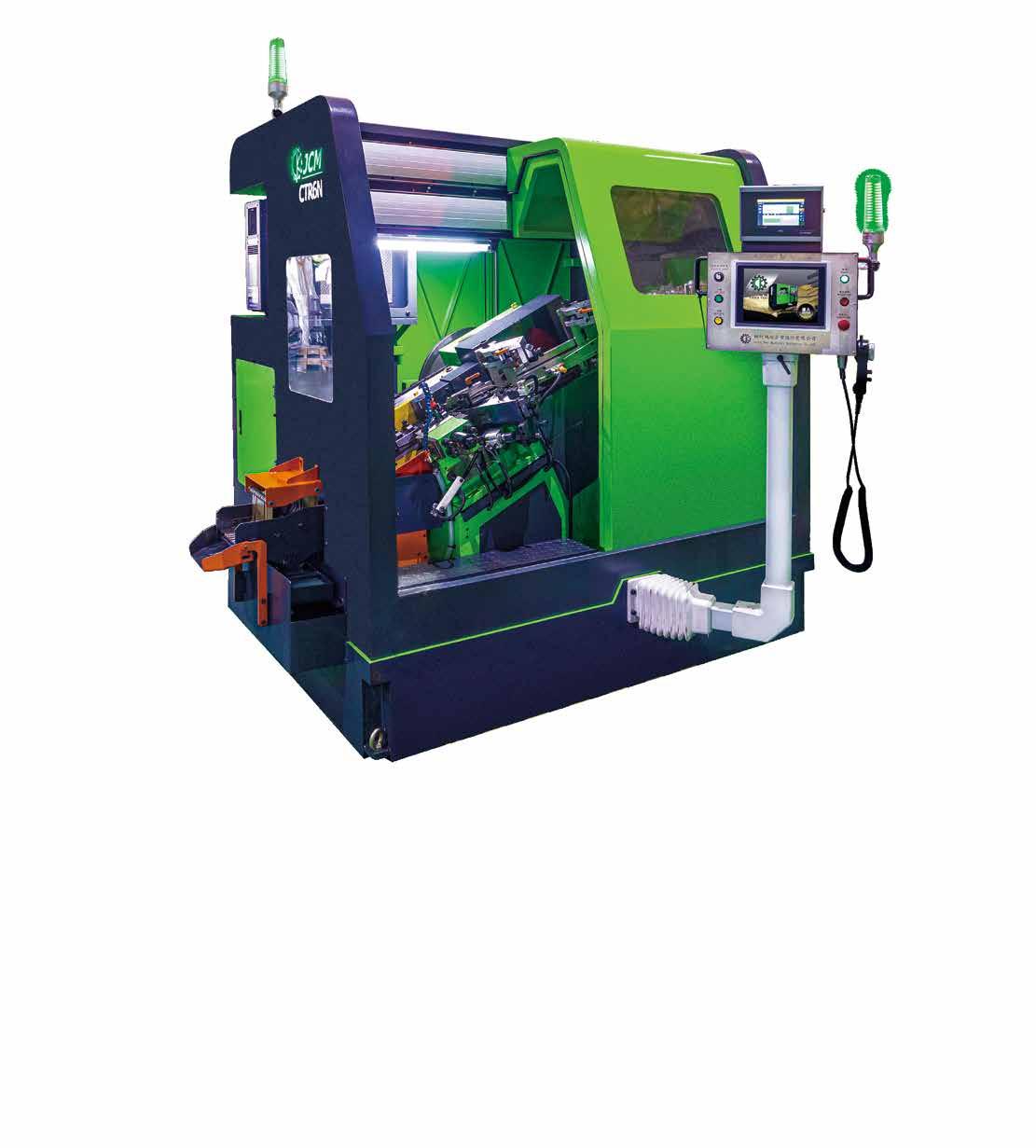


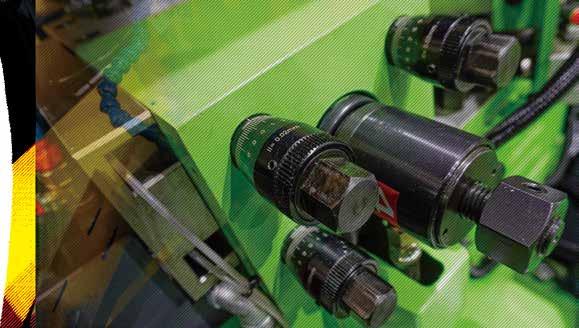

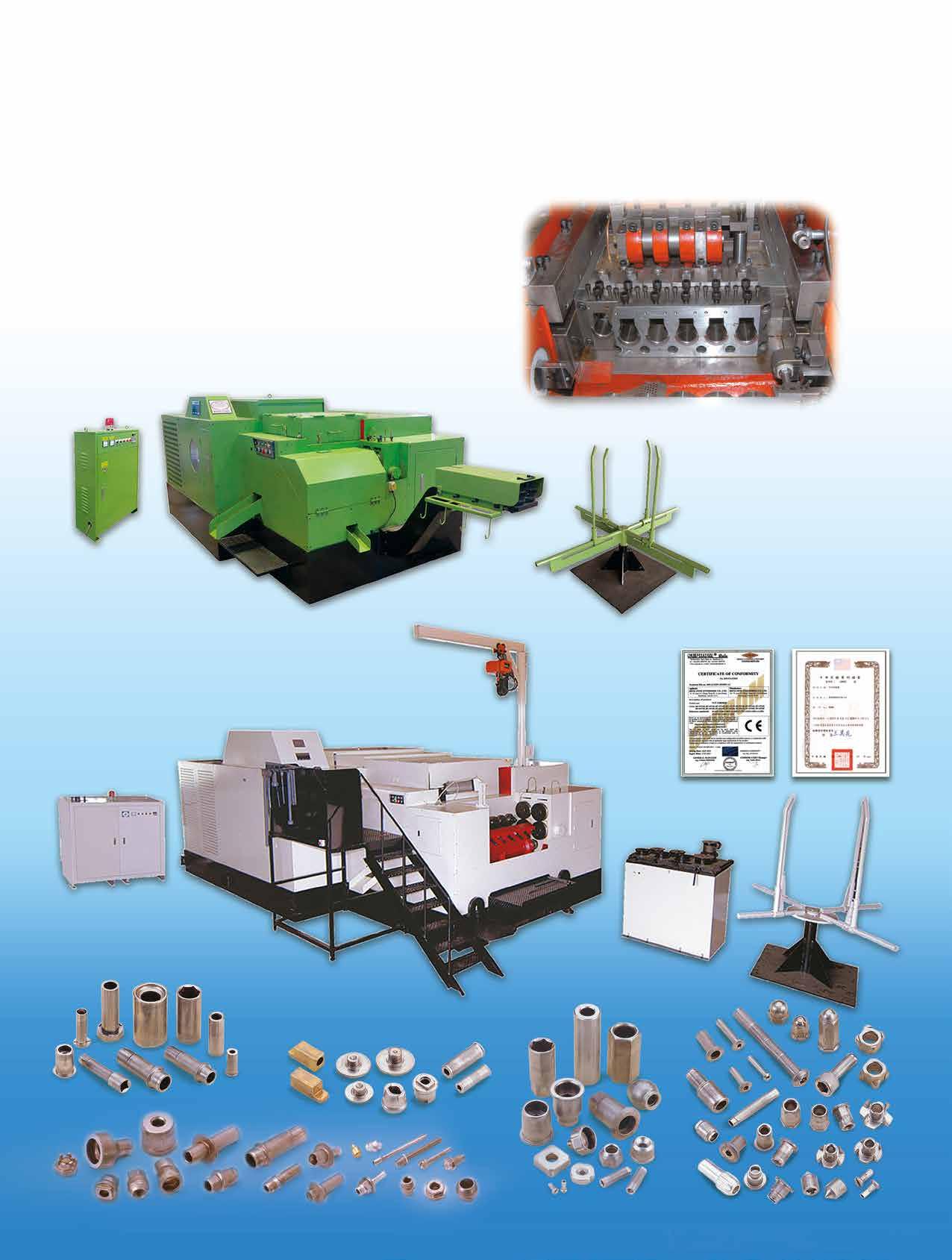





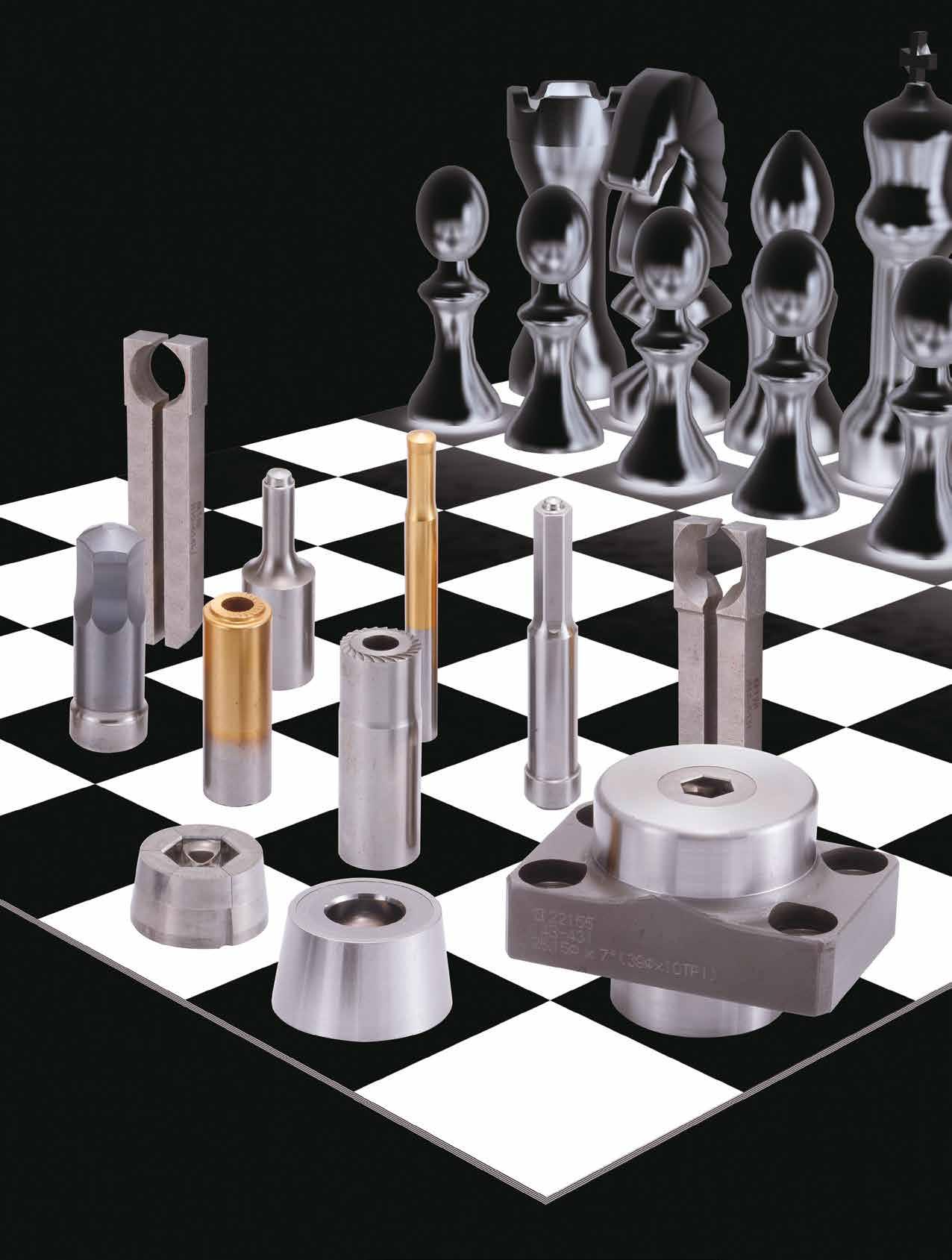



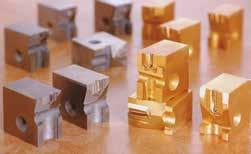
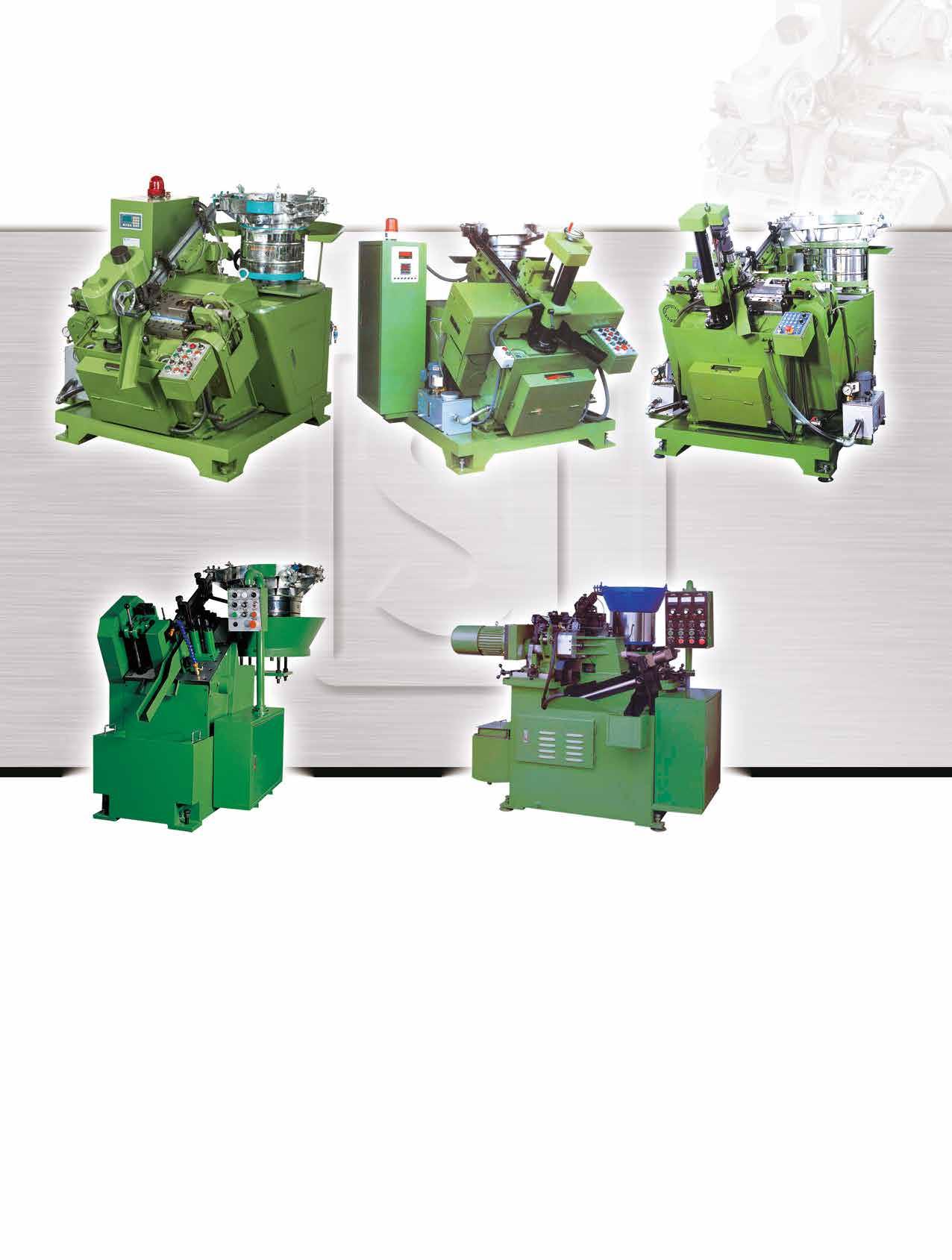

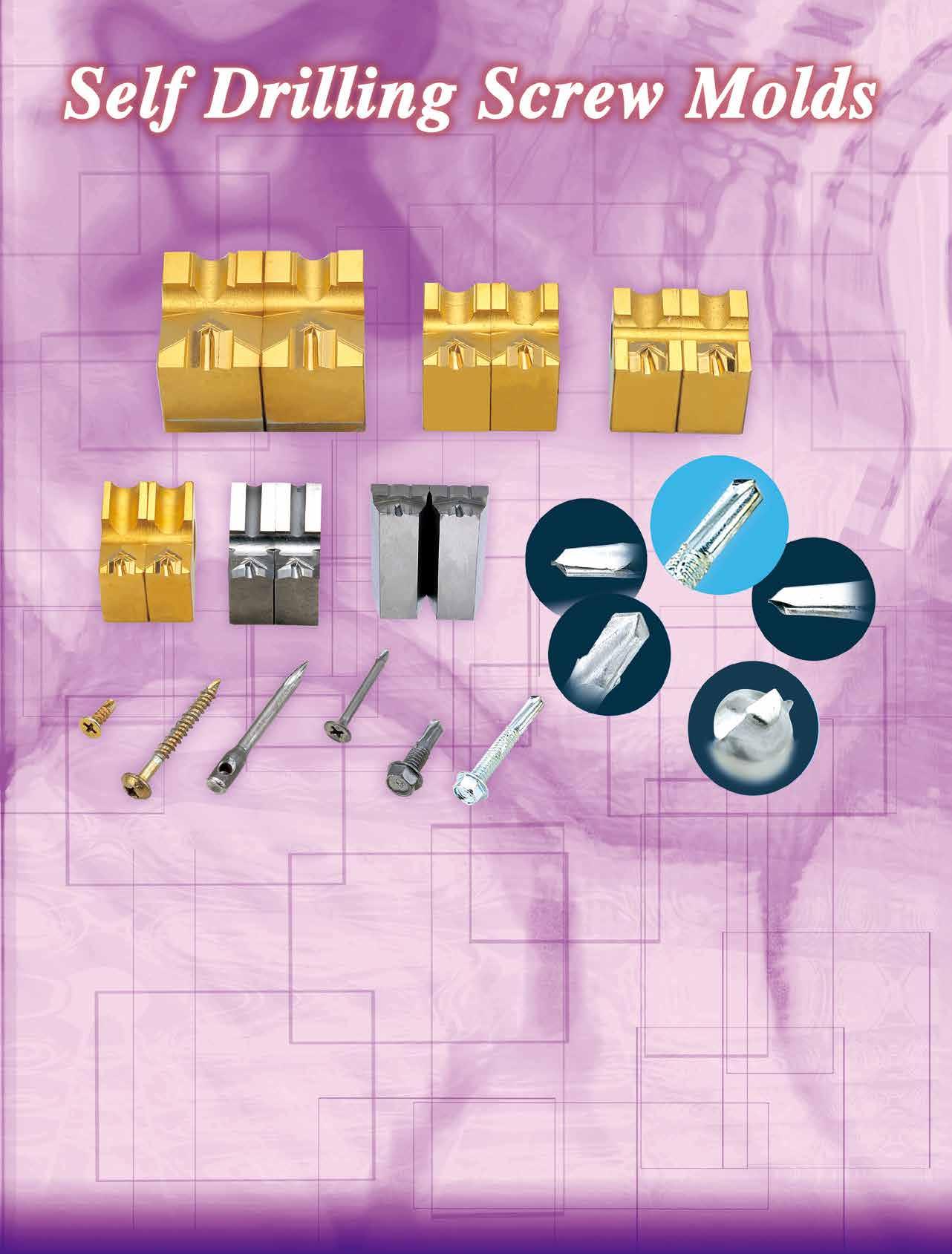
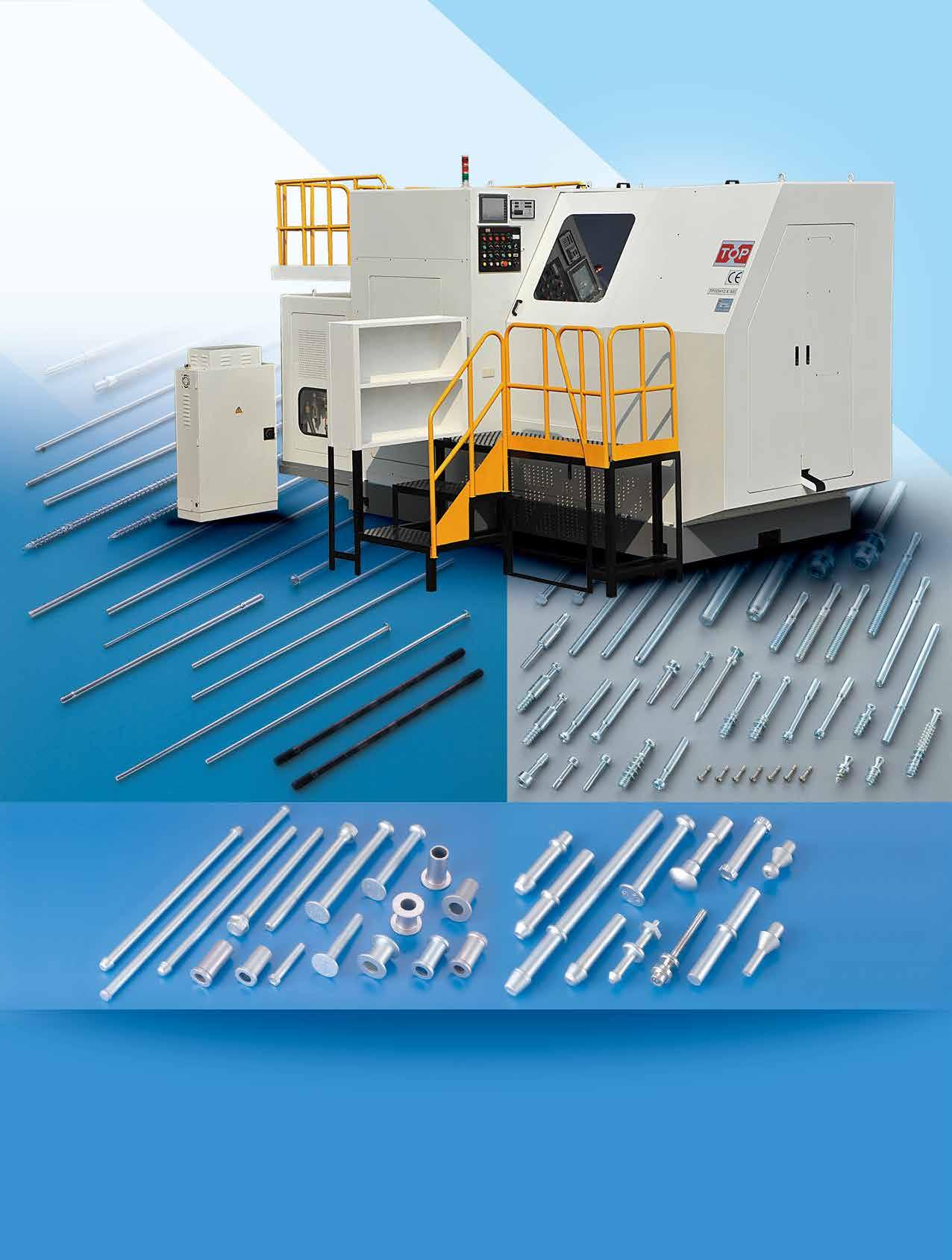








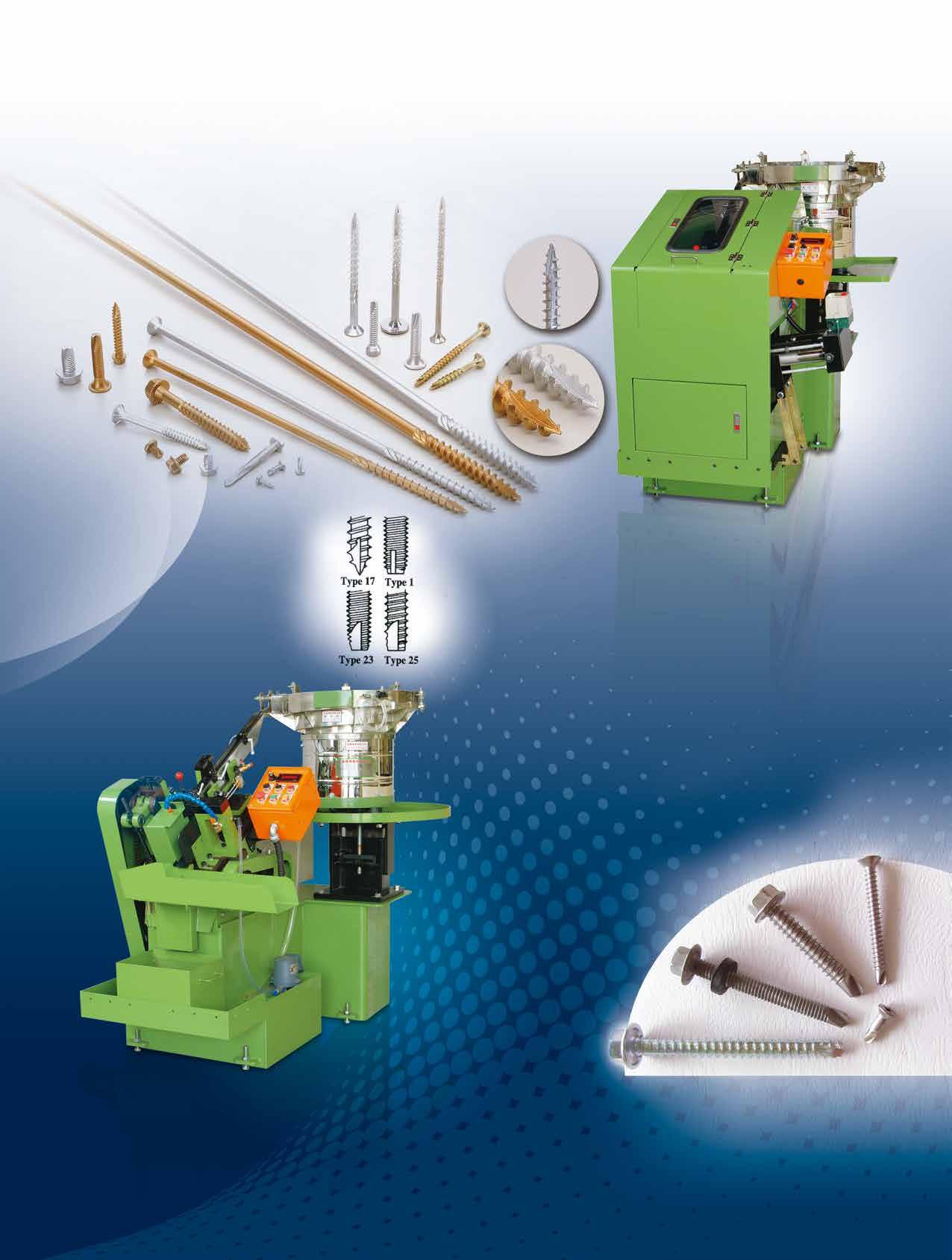
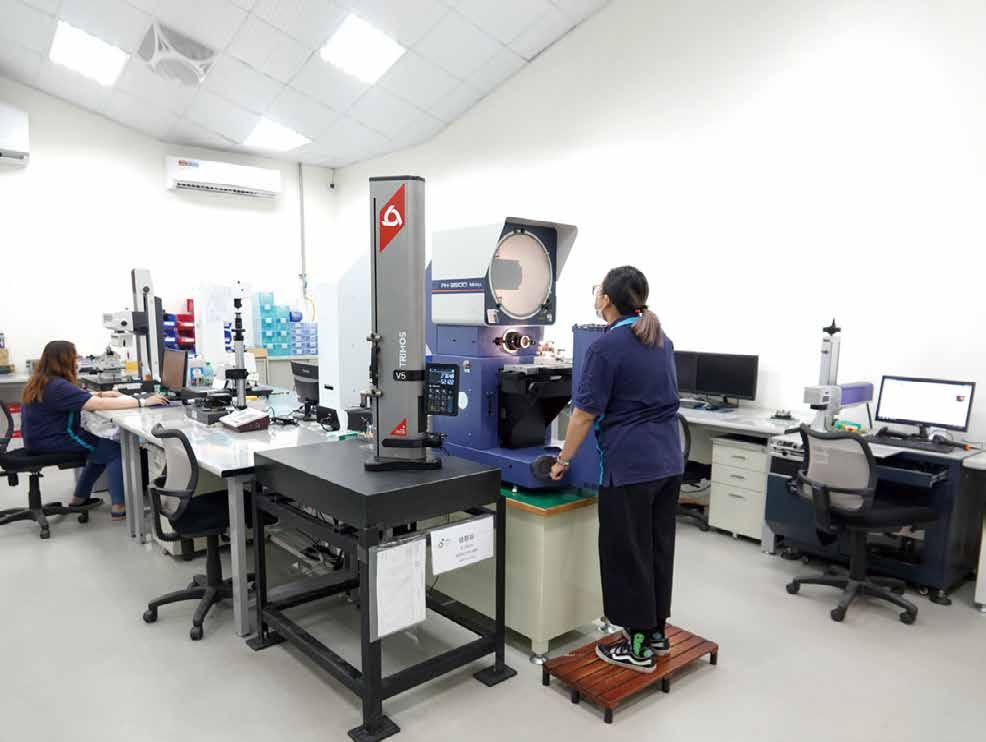

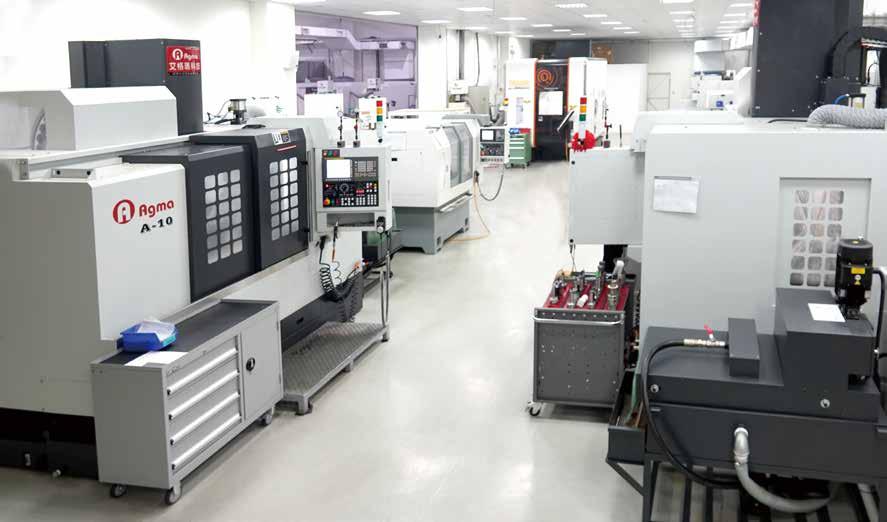

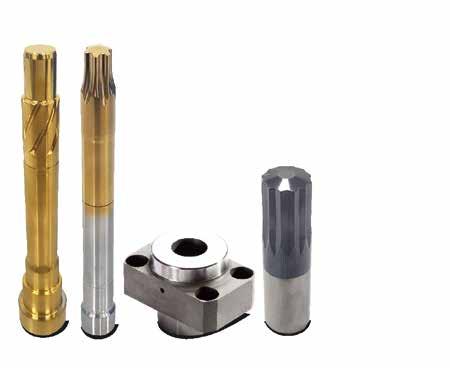
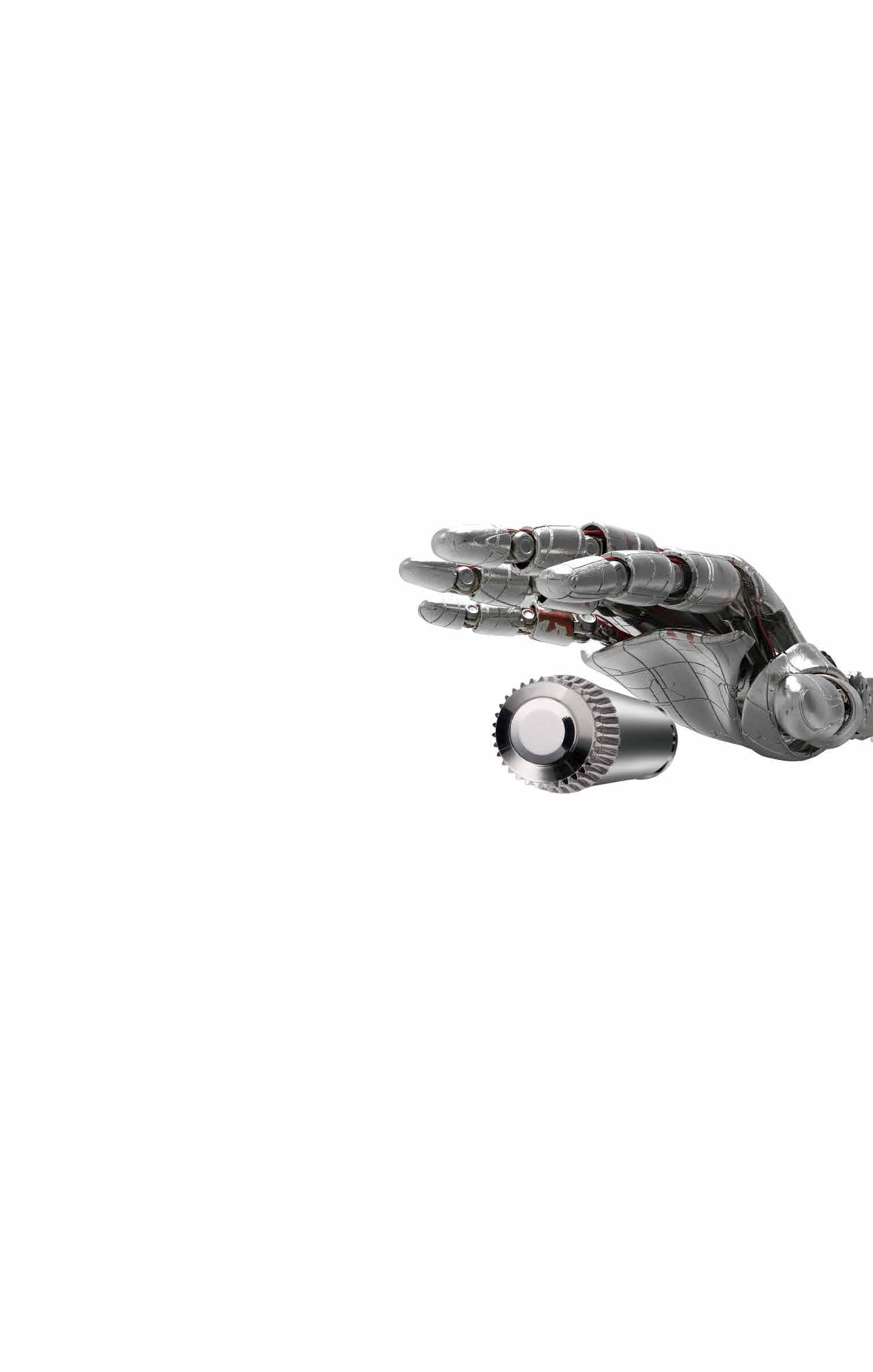

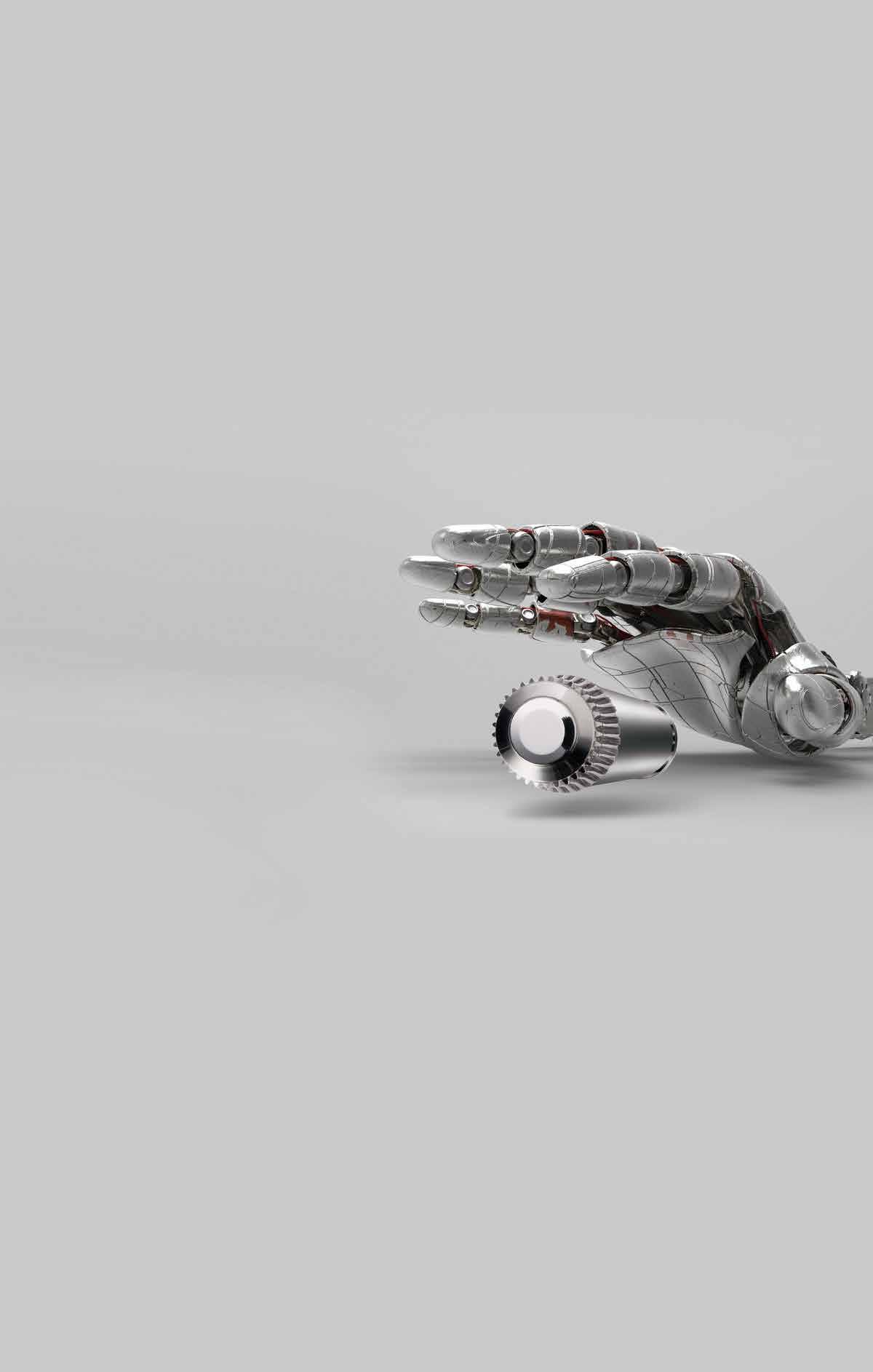
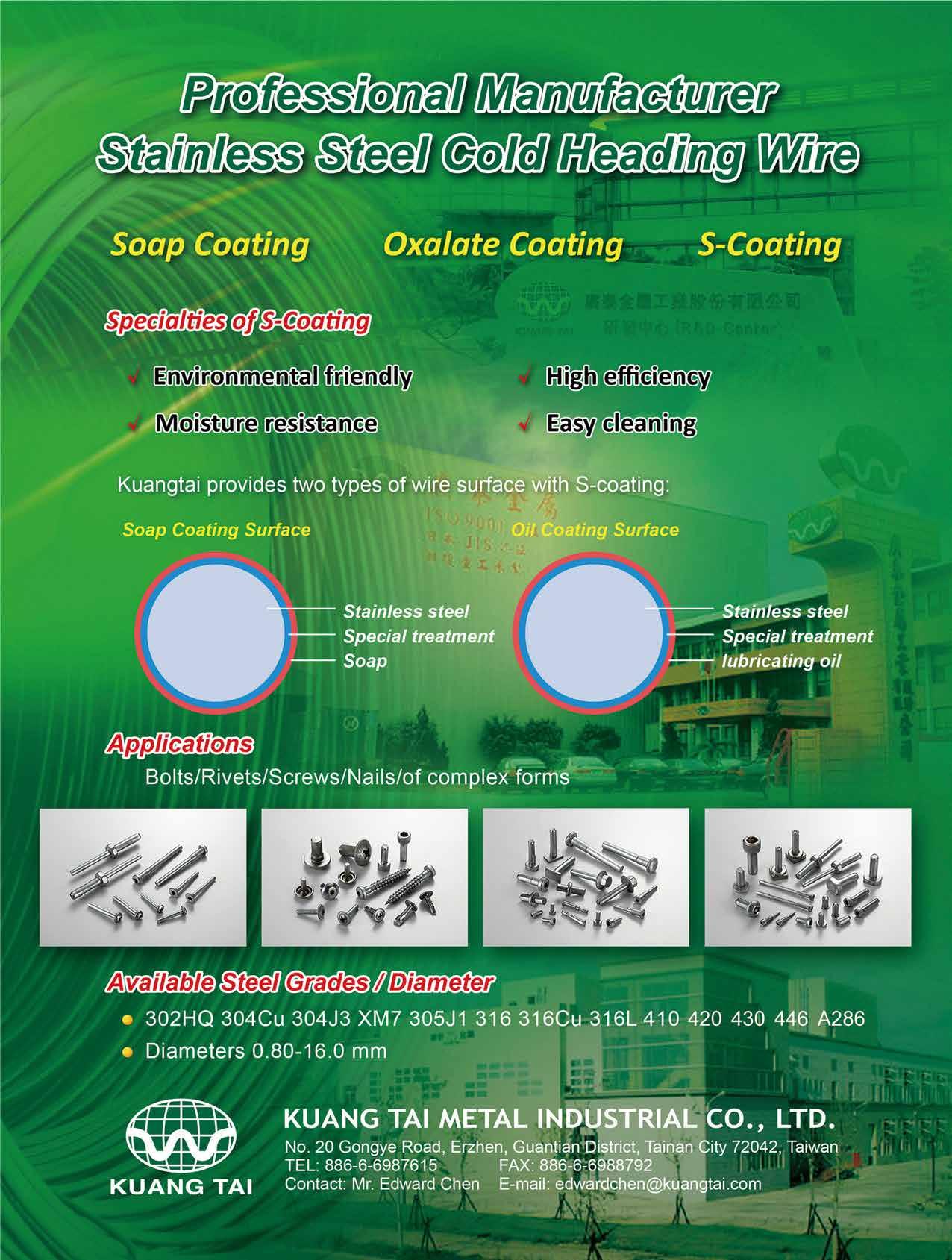
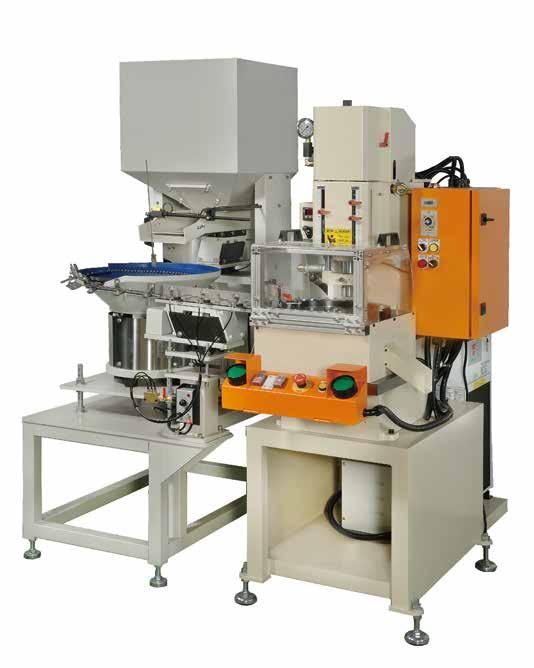
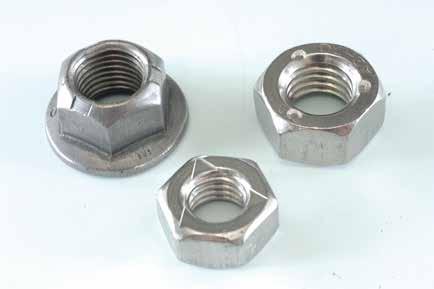
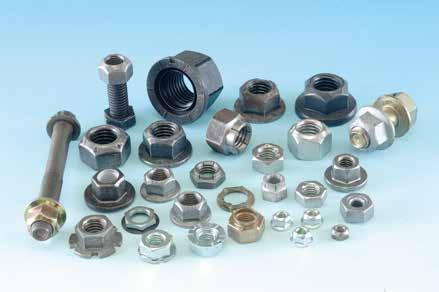
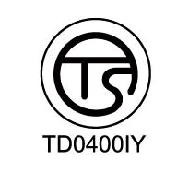
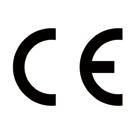
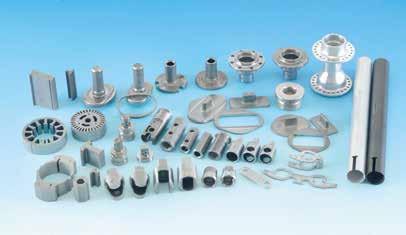
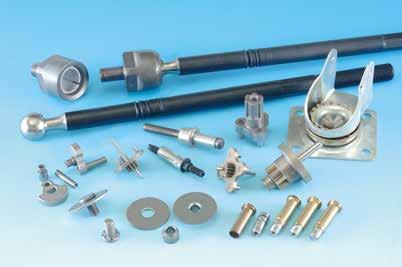


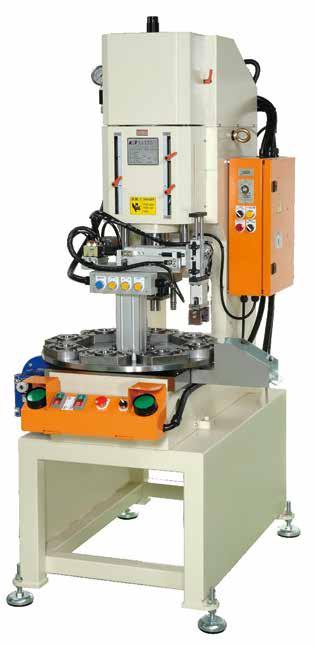


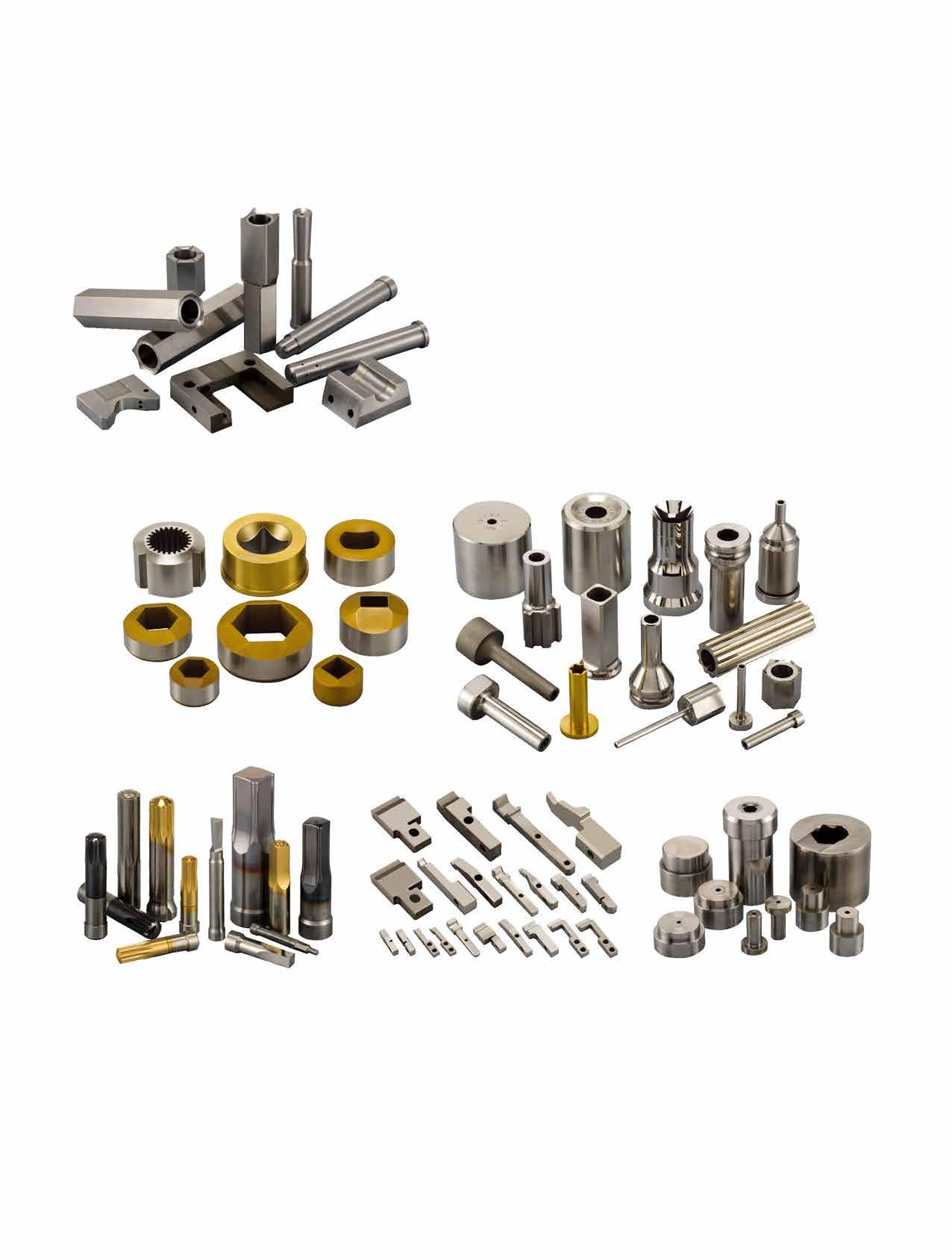

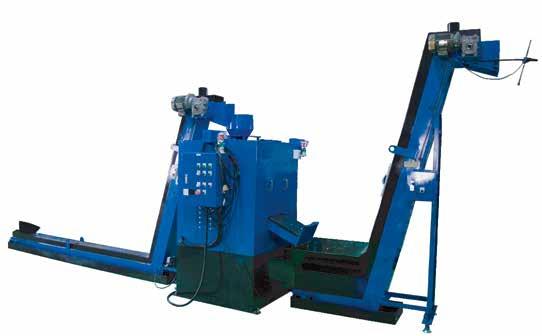
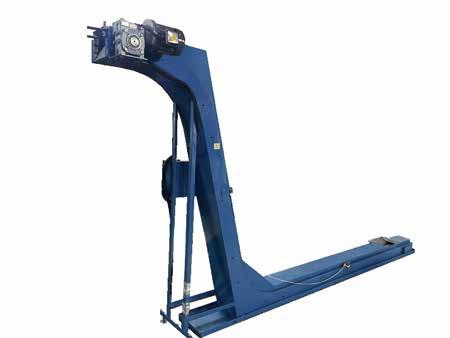
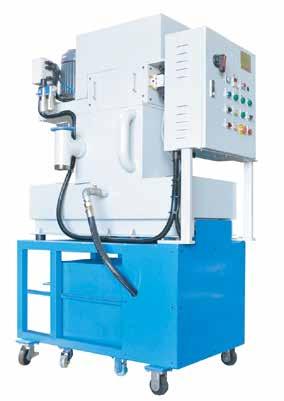
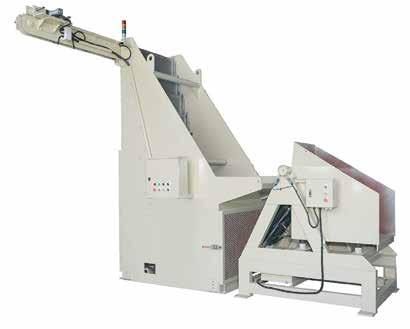
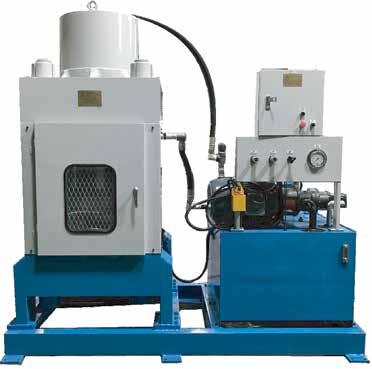

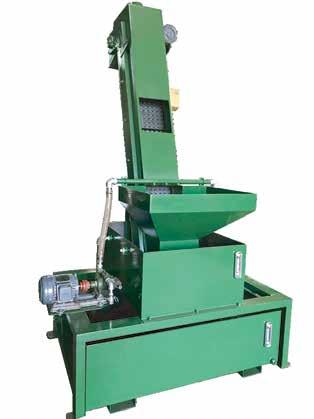
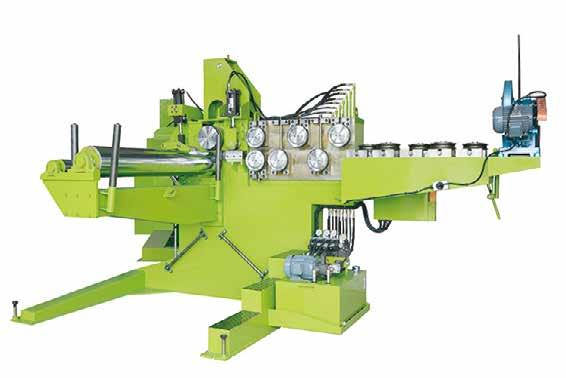
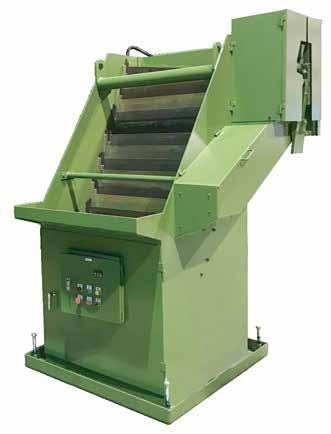
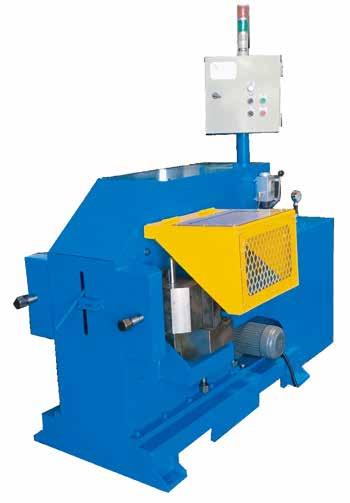

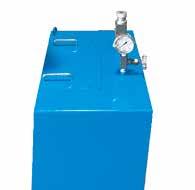
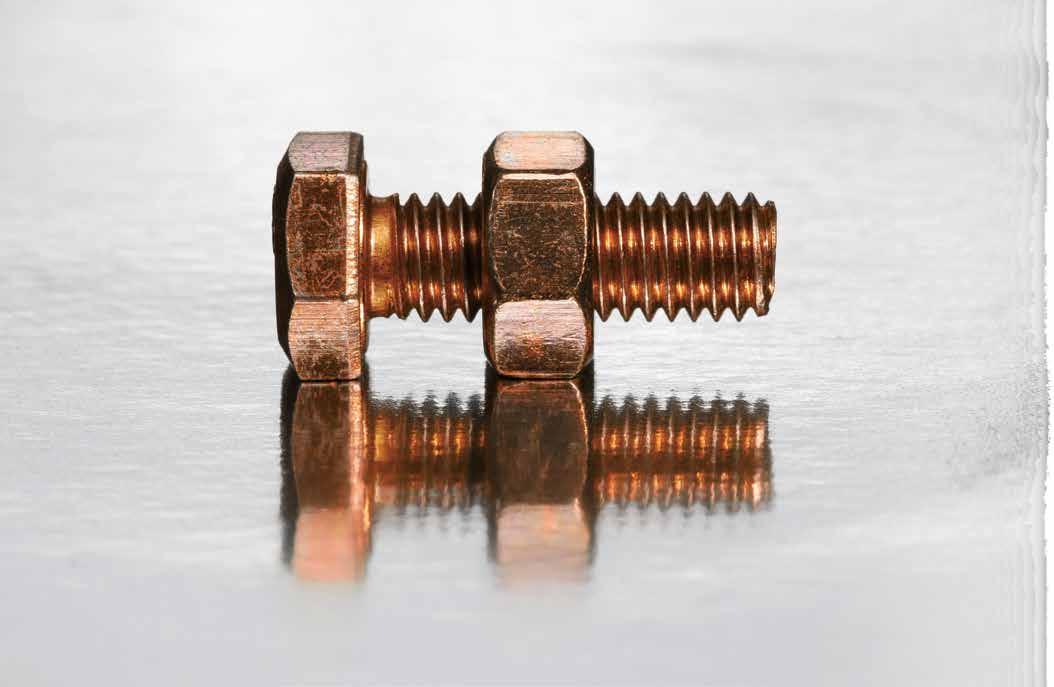
Data note: The data for this article is derived from the US Census trade statistics. US Census trade statistics analyze imports and exports on all modes of transportation. That value is calculated in USD by general CIF for imports and FOB for exports. Copper in this article is defined as any product under HS Code 74 (copper and articles thereof), HS Code 7412 (copper tube or pipe fittings, for example couplings, elbows and sleeves) and HS Code 7415 (nails, tacks, drawing pins, staples, and similar articles of copper or with copper heads, screw, bolts of copper). The volume in terms of mass is recorded in Gross Weight (KG).
Table 1. US Import Jan-May 2025 (HS 74)
Main query filters: HS Code : 74 - Copper and articles thereof
The U.S. government has announced a sweeping 50% tariff on all copper imports, set to take effect on August 1, 2025. The measure stems from a national security investigation launched earlier this year and marks one of the most aggressive trade interventions in the copper sector to date. Currently, the U.S. sources roughly half of its copper from international partners, primarily Chile, Canada, Mexico, and Peru. In response to the aggressive tariff, copper imports surged between March and May 2025 as traders raced to import as much supply before the deadline. While short-term price spikes are expected, analysts warn that domestic copper
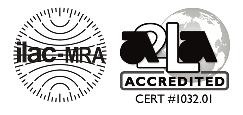
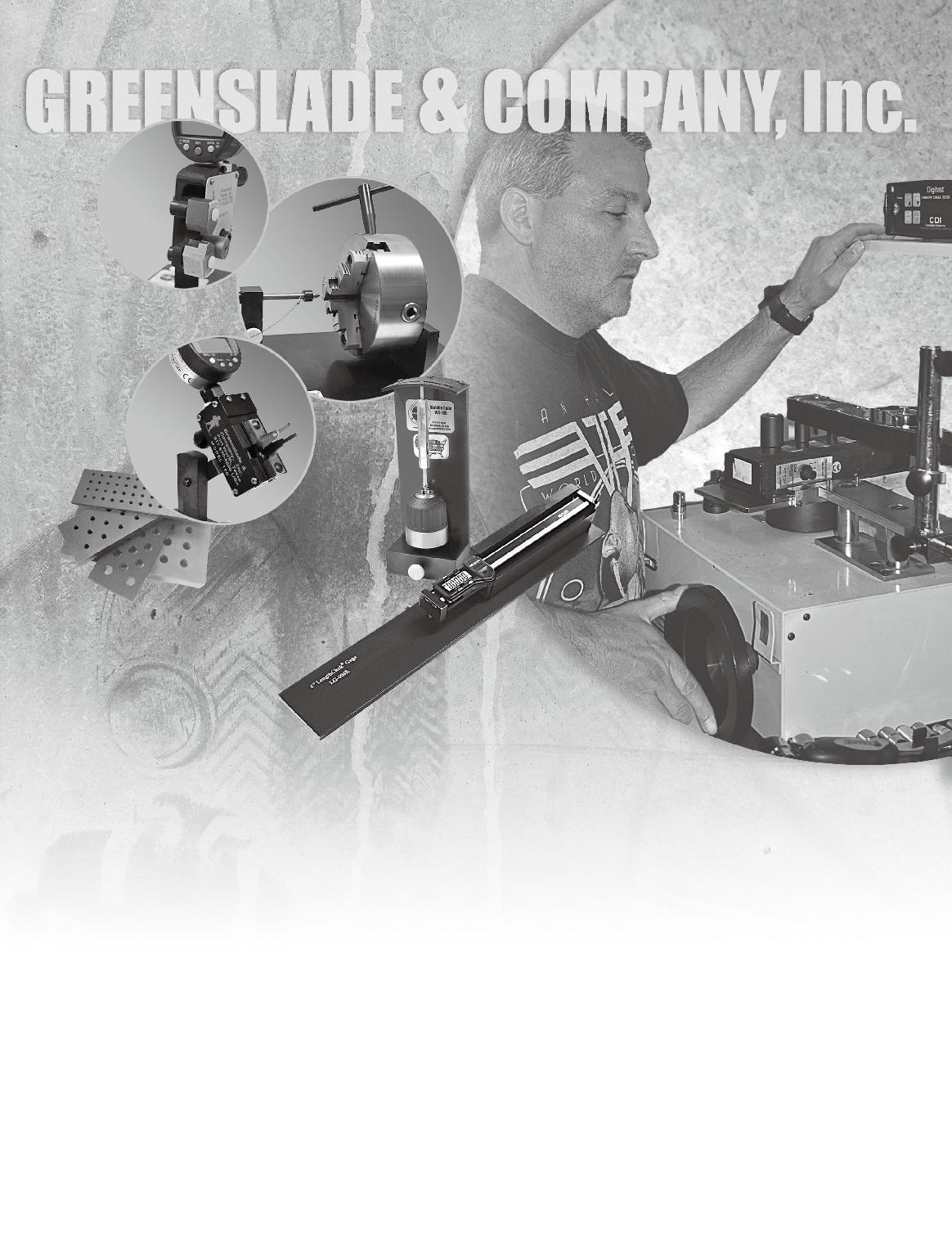



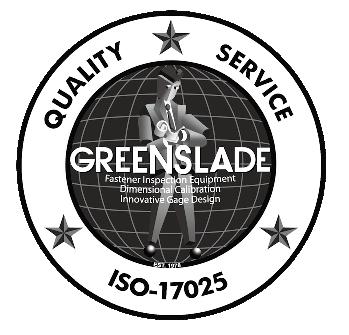
1: Year-over-Year Increase in U.S. Copper Imports by CIF Value (HS 74), May 2024 vs May 2025
1,000,000,000
900,000,000
8/00,000,000
700,000,000
600,000,000

production won’t fill the gap anytime soon, as smelting, refining, and mining expansions require years to materialize. The announcement has also rattled global suppliers, many of whom now face mounting uncertainty over how refined, semi-finished, and scrap copper will be treated under the new trade regime.
Copper’s reach into the economy is extensive, arguable more than many realize. It’s essential for wiring, printed circuit boards, EV batters, solar panels, and a wide range of industrial and consumer goods. The construction sector depends heavily on copper for electrical systems, grounding, and plumbing. Automobile manufacturers heavily depend on copper wiring and connectors. With a sharp increase in tariffs, the risk of pass-through inflation is becoming a growing concern among economists.
The fastener industry, often overlooked in broader trade discussions, is particularly vulnerable. Copper and its alloys such as brass and bronze, are frequently used in fastener coatings, anti-corrosion applications, and specialty components for electronics. U.S. fastener manufacturers that depend on imported semi-finished copper or alloy inputs now face the prospect of rising material costs. Foreign fastener producers selling into the U.S. could also see reduced competitiveness if the 50% tariff applies to their raw material base. While alternative metals like zinc or aluminum may offer a partial buffer, switching materials introduces technical tradeoffs and could trigger costly re-certification processes.
Table 2. US
Table 4. US Import Jan-May 2025 (HS 7412) Main query filters: HS Code : 7412 - Copper tube or pipe fittings (for example, couplings, elbows, sleeves)
In May 2025, U.S. copper imports surged by 103% in CIF value USD and 109% in volume compared to the same month in 2024, reflecting a sharp pre-tariff buying spree. Imports from Chile being one of the United States’ primary copper suppliers, increased nearly 95% in value year-over-year. Meanwhile, shipments from India, Peru, and South Korea recorded even more dramatic spikes, rising between 200% and 300%, underscoring the global rush to meet U.S. demand ahead of the impending 50% tariff.
Figure 2: Month-over-Month Increase by CIF Value (HS 7412), 2025
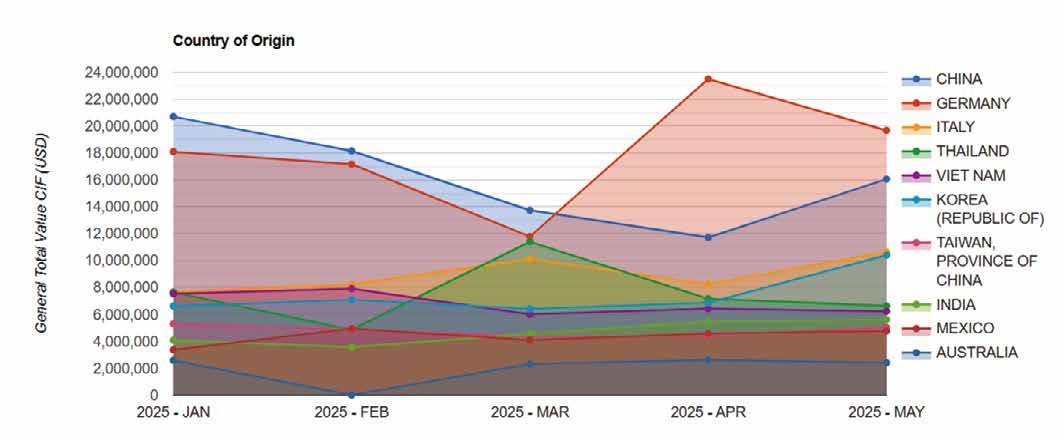
Country of Origin
Main query filters: HS Code : 7415 - Nails, tacks, drawing pins, staples (except those for office etc.) and similar articles of copper or with copper heads; screws, bolts etc. of copper
U.S. copper imports in May 2025 saw a dramatic increase compared to January 2025—rising by 103% in value and 100% in quantity. Among the most significant surges were exports from Australia, which soared by an astonishing 6,120%, and the Democratic Republic of Congo, which climbed by 1,464%. In total, copper imports in May were valued at US$3 billion, more than double the US$1.4 billion recorded in January. Chile remained the leading source, accounting for nearly 33% of total copper imports in May, followed by the Congo and Canada, each contributing approximately 12%.
Altogether, during the first five months of 2025, the U.S. imported US$10.5 billion worth of copper —already approaching the full-year total of US$17.3 billion recorded in 2024. Copper imports have been steadily increasing in recent years. For example, the total import value rose by nearly 17% from 2023 to 2024, signaling growing demand even before the announcement of new tariffs.
Among the many subcategories of copper, imports classified under HS 7412 have shown consistent growth during the first five months of 2025. In May alone, imports in this category reached US$101.5 million, marking the highest monthly value so far this year. Germany and China were the leading suppliers, accounting for 19% and 17% of total import value in 2025, respectively. Germany notably increased its exports of HS 7412 to the U.S. by nearly 39% in 2024 compared to 2023, while other key partners such as Vietnam and Thailand saw increases of 83% and 58%, respectively, during the same period.
As for HS 7415 the total import value in 2025 through May reached US$59.7 million. Taiwan remained the dominant supplier, contributing 30% of that value, followed by China at 18% and India at 13%. Notably, imports in this category rose by 11% between January and May 2025. Several trading partners significantly increased their exports to the U.S. during this time, including South Korea (up 127%), Germany (up 46%), and India (up 37%). Over the past few years, Taiwan has consistently been the largest exporter of HS 7415 to the U.S., supplying between 28% and 33% of the total annual value.
U.S. exports of HS 7412 (copper tube or pipe fittings) experienced a slight overall decline of nearly 1% in May 2025 compared to January 2025. Exports to key trading partners such as Germany, Saudi Arabia, and Singapore fell significantly during this period, with decreases
ranging from 30% to 38%. In contrast, exports to Israel surged by an extraordinary 3,297%, reaching a value of US$547,467 in May alone. Similarly, exports of HS 7415 (copper nails, screws, bolts, and similar fasteners) saw a modest 2% drop in value over the same period. However, some markets showed growth: exports to Israel, South Korea, and the United Kingdom all recorded notable increases, indicating shifting demand dynamics within specific international markets.
Main query filters: HS Code : 7412 - Copper tube or pipe fittings (for example, couplings, elbows, sleeves)
While uncertainty around the implementation of the copper tariffs remains, U.S. officials have begun signaling the possibility of exemptions for key allies such as Canada, Australia, and Chile. Industry groups are actively lobbying for carve-outs on specific product categories, including semi-finished goods and scrap. The recent surge in copper imports suggests that many U.S. importers have already acted swiftly, stockpiling inventory in anticipation of tighter trade conditions.
As U.S. demand begins to taper following the pre-tariff surge, the global copper market may be entering a new era of commodity nationalism. International copper flows are already showing signs of redirection. Major exporters like Chile and Peru are expected to pivot toward Asian and European buyers, while China—still the dominant player in refining and component manufacturing—may use this opportunity to deepen its trade ties with Latin American producers. In this shifting landscape, manufacturers must reevaluate their sourcing strategies, bolster supplier diversification, and invest in material innovation to build resilience and stay competitive in a more complex global market.
Copyright owned by Fastener World / Article by Sabrina Rodriguez
